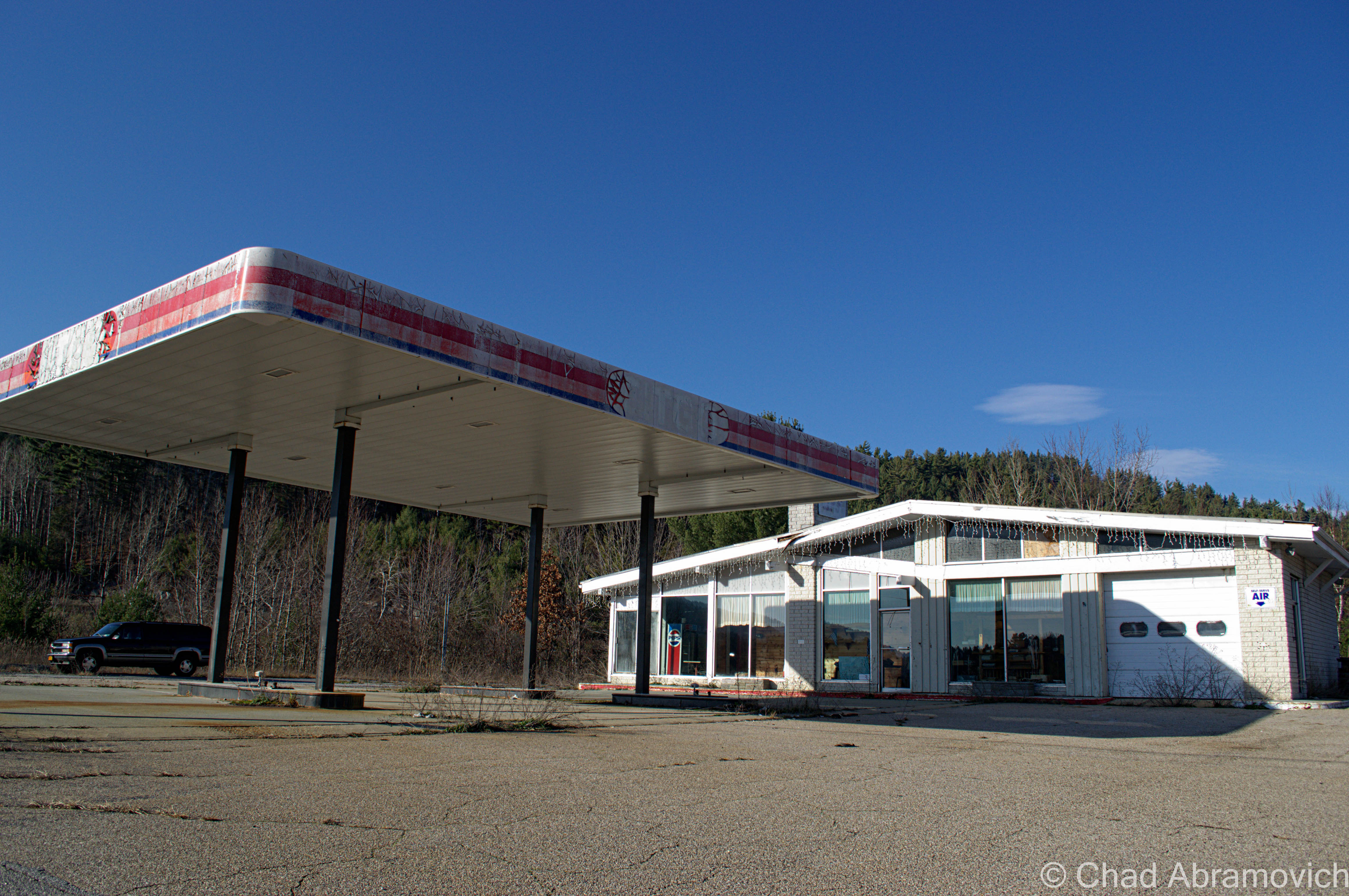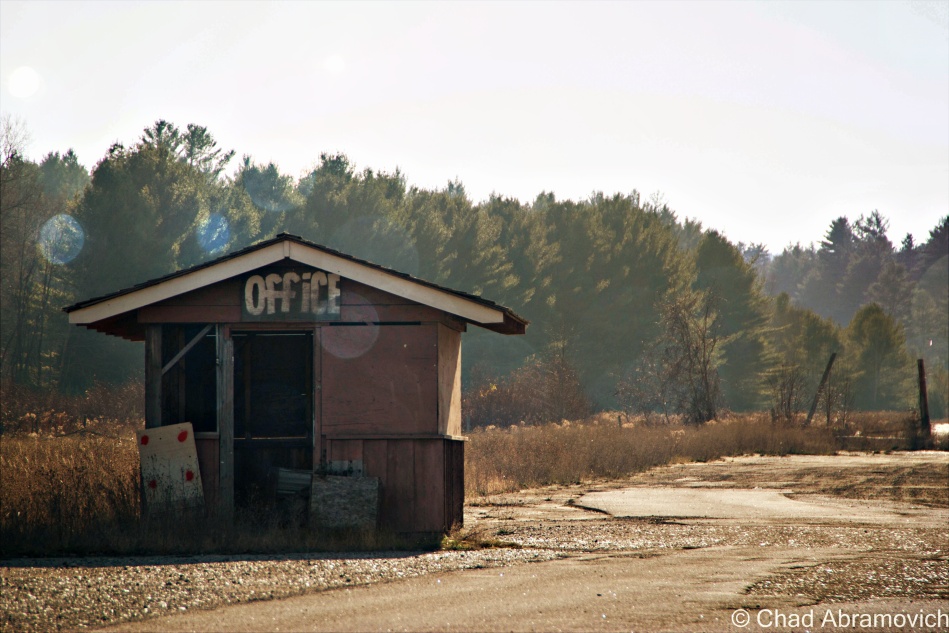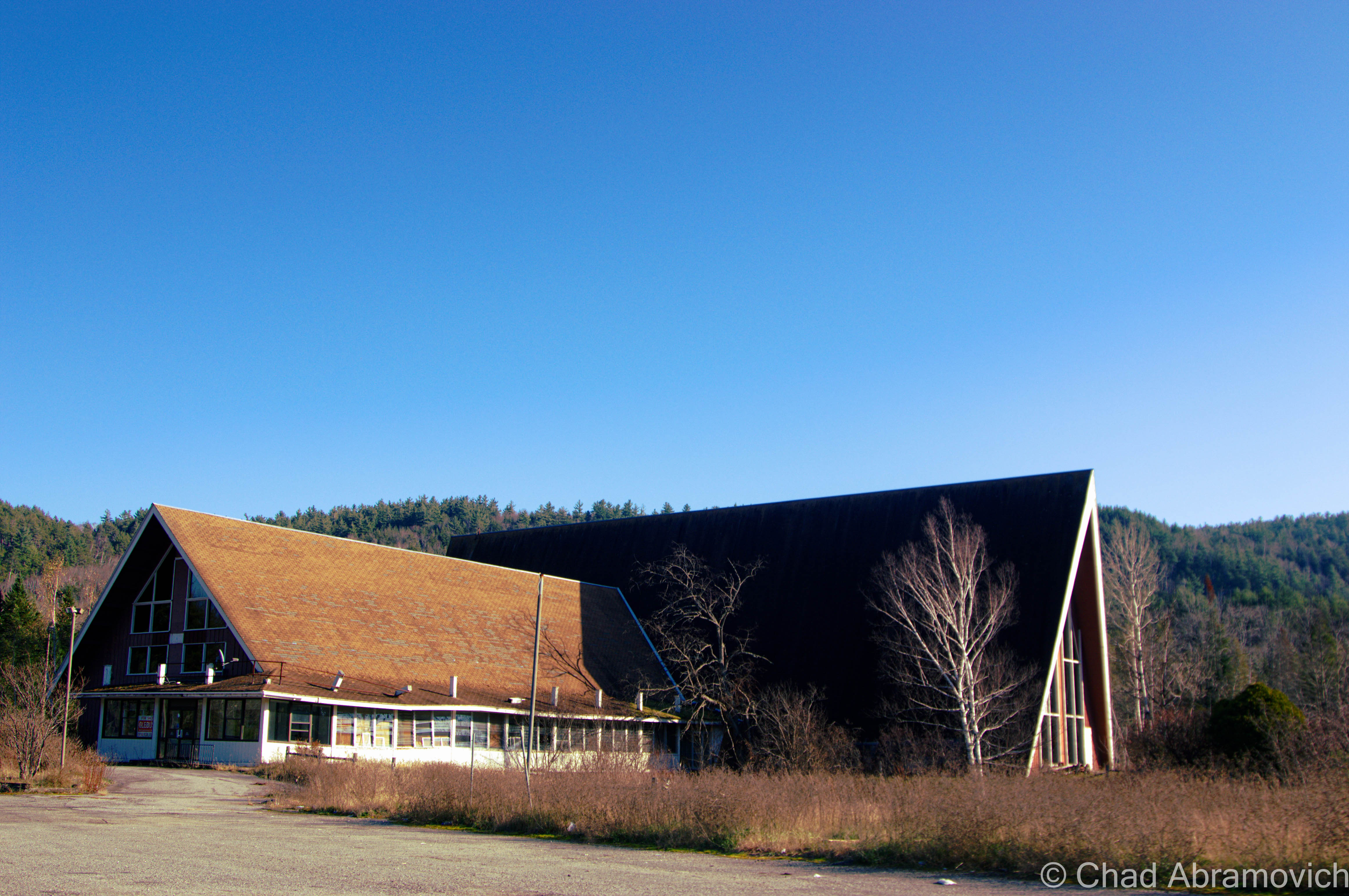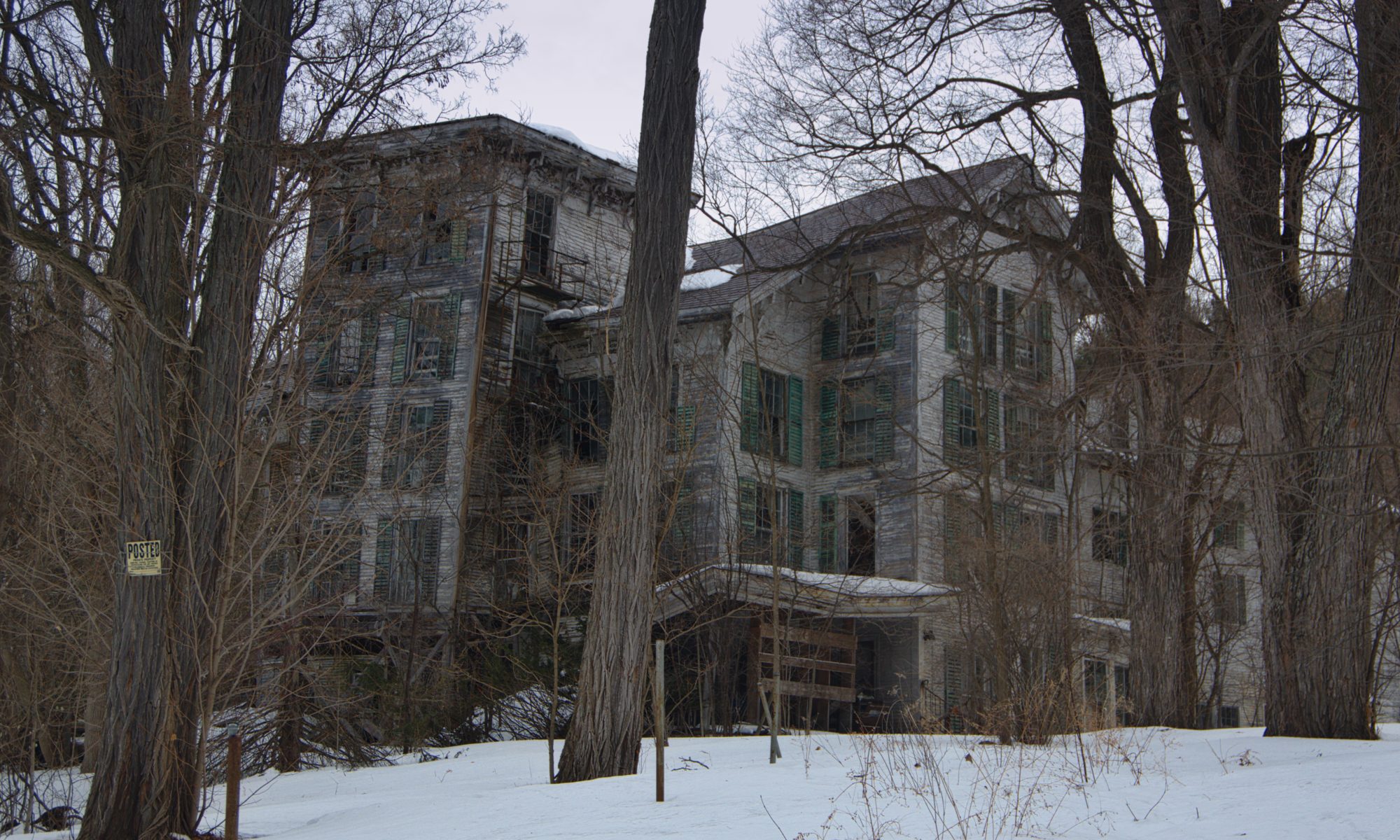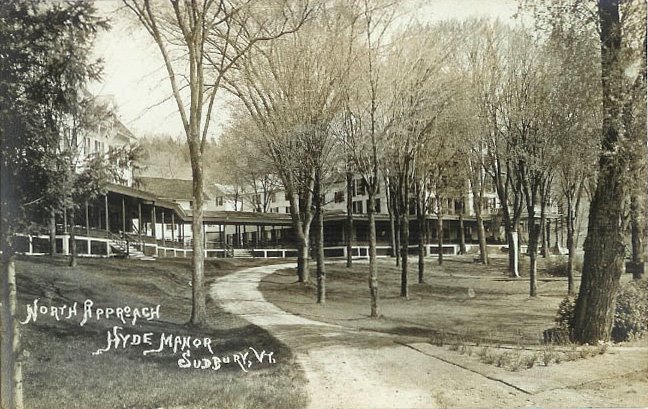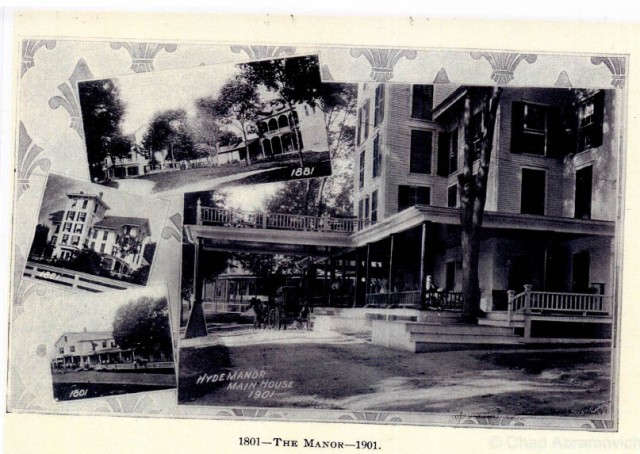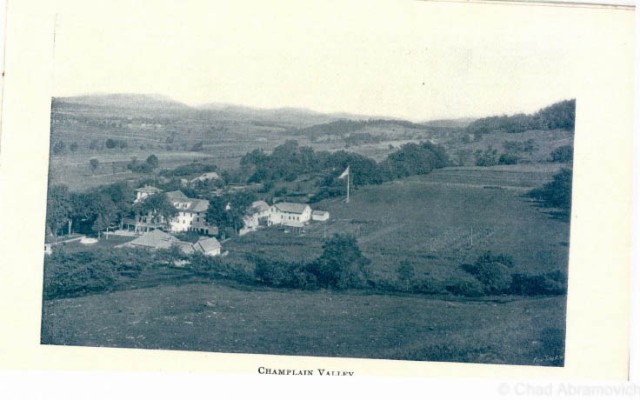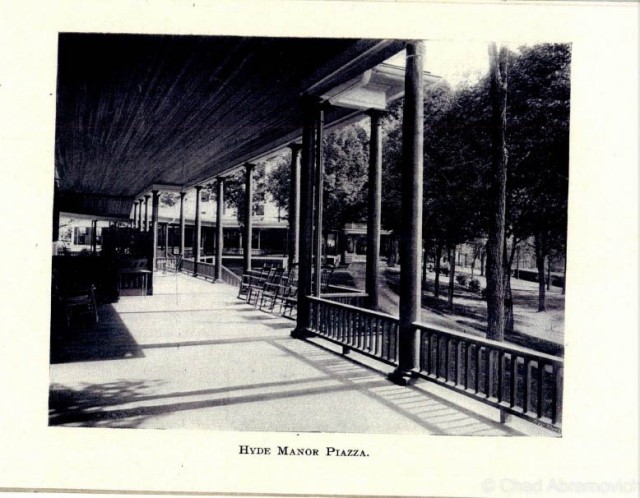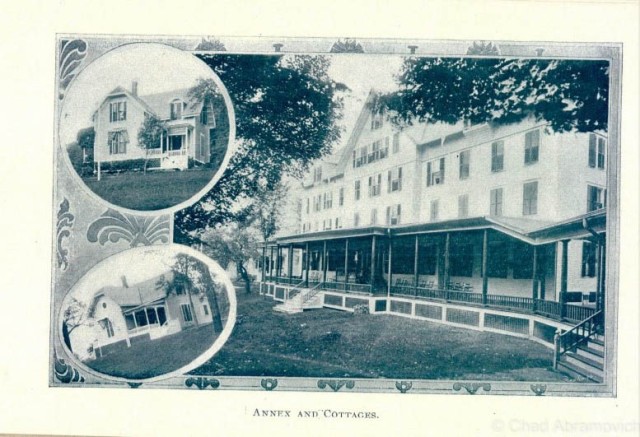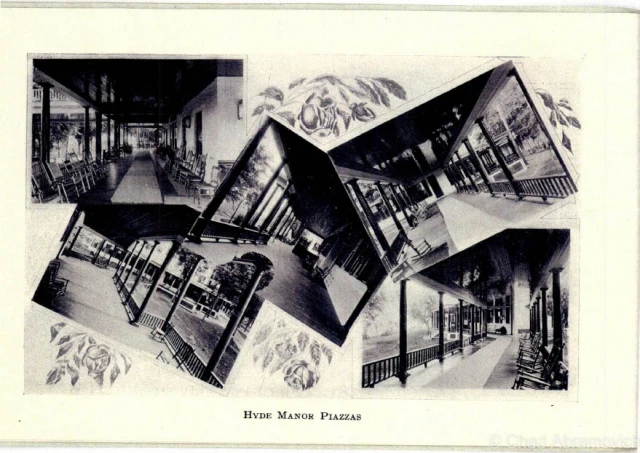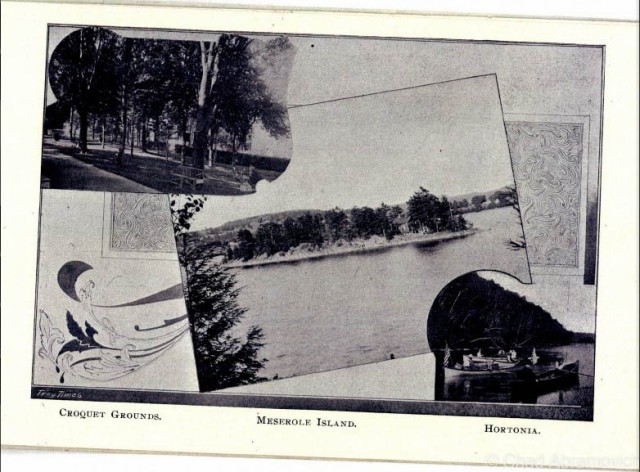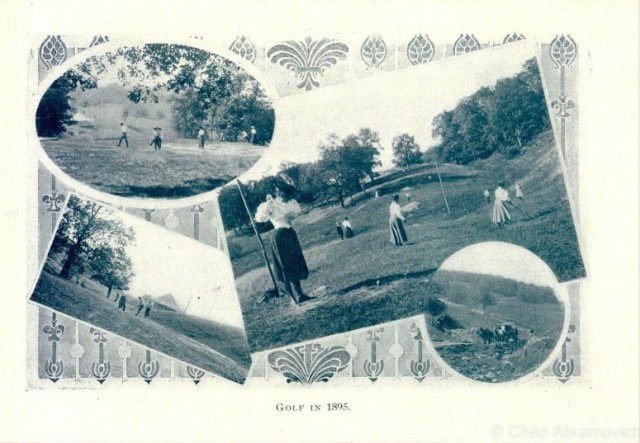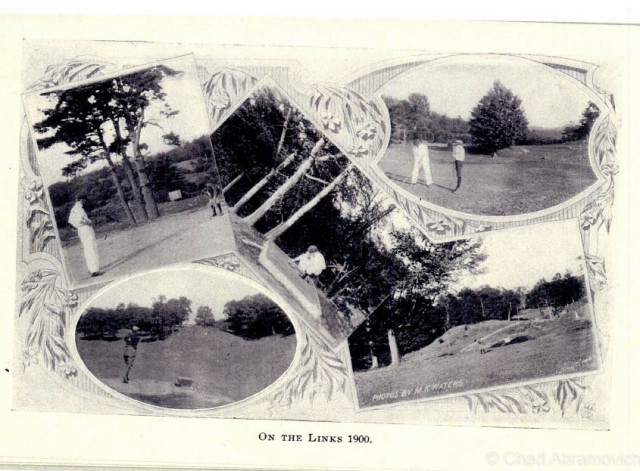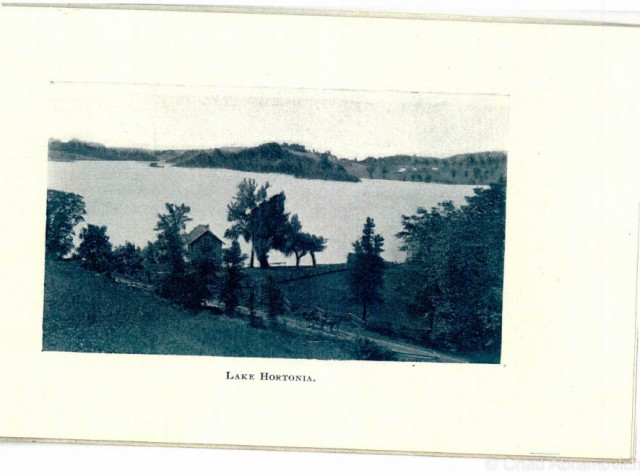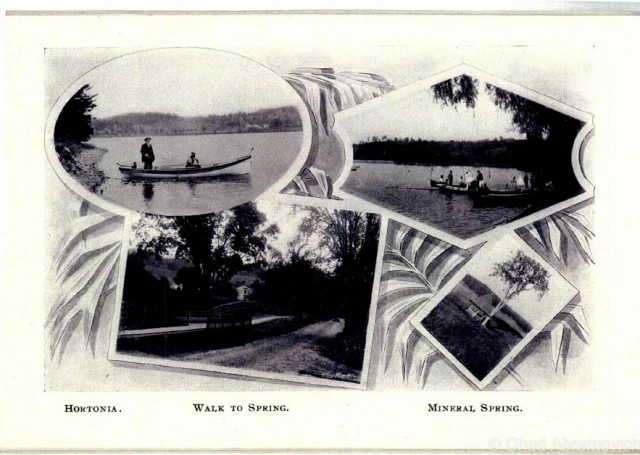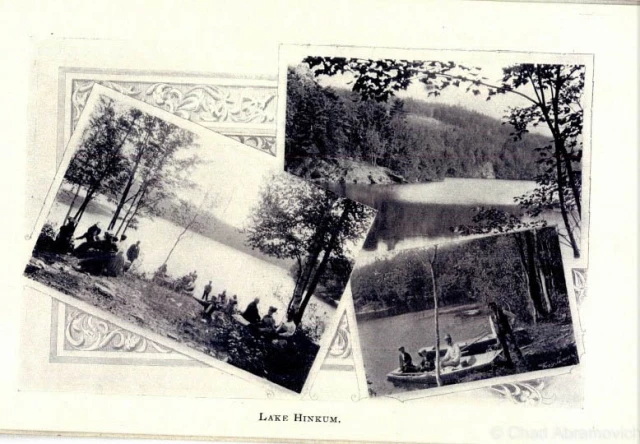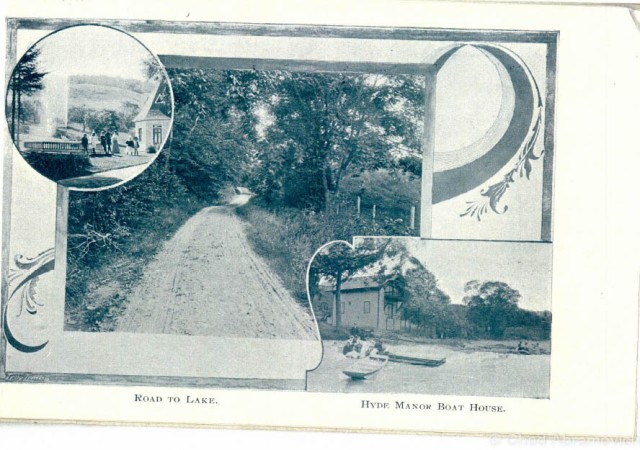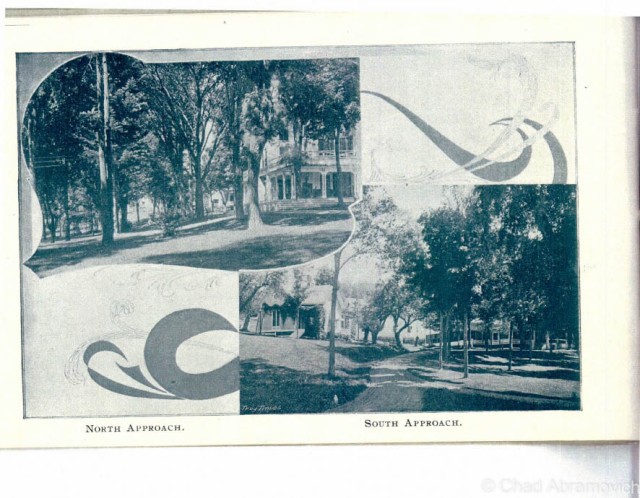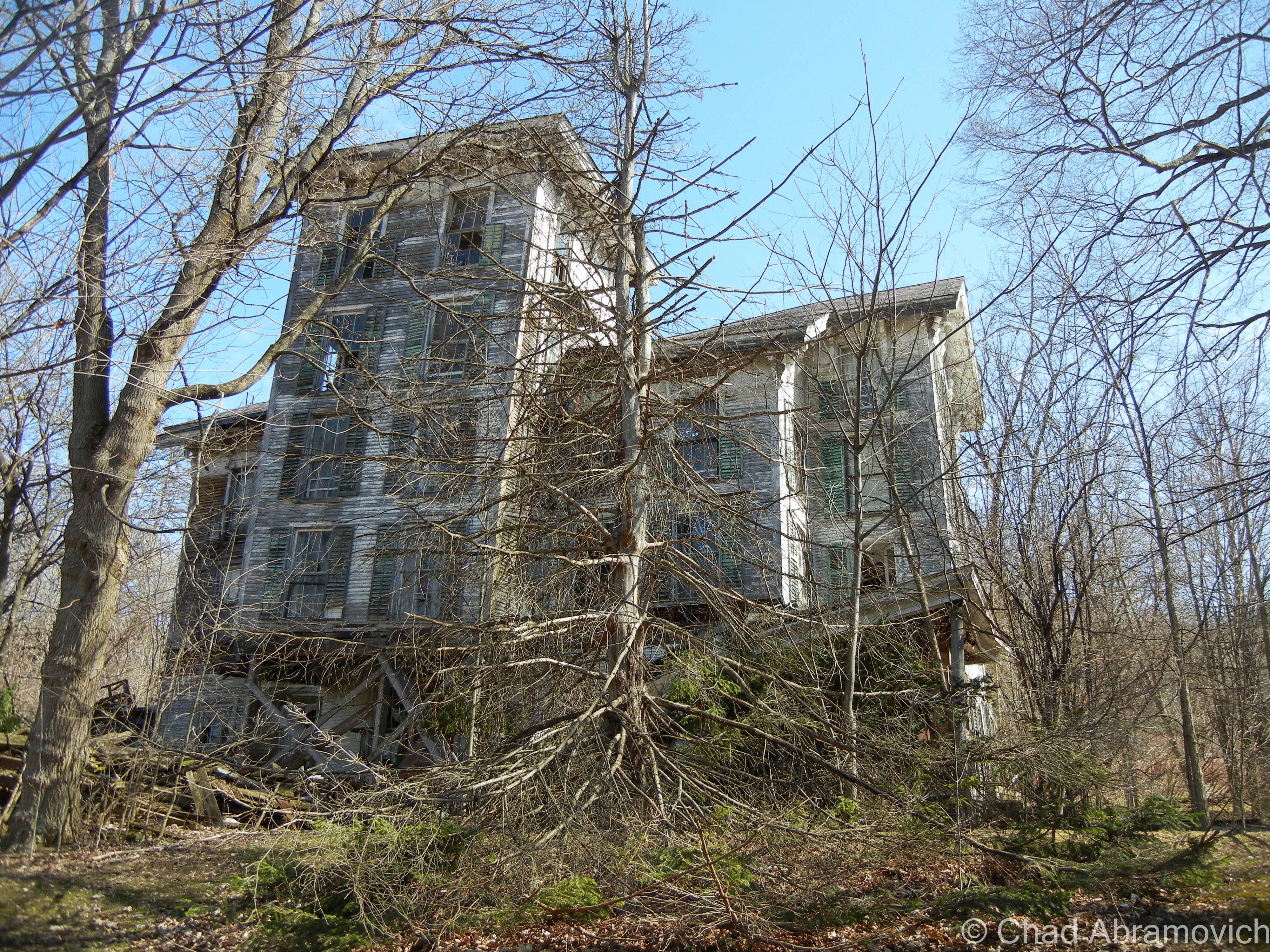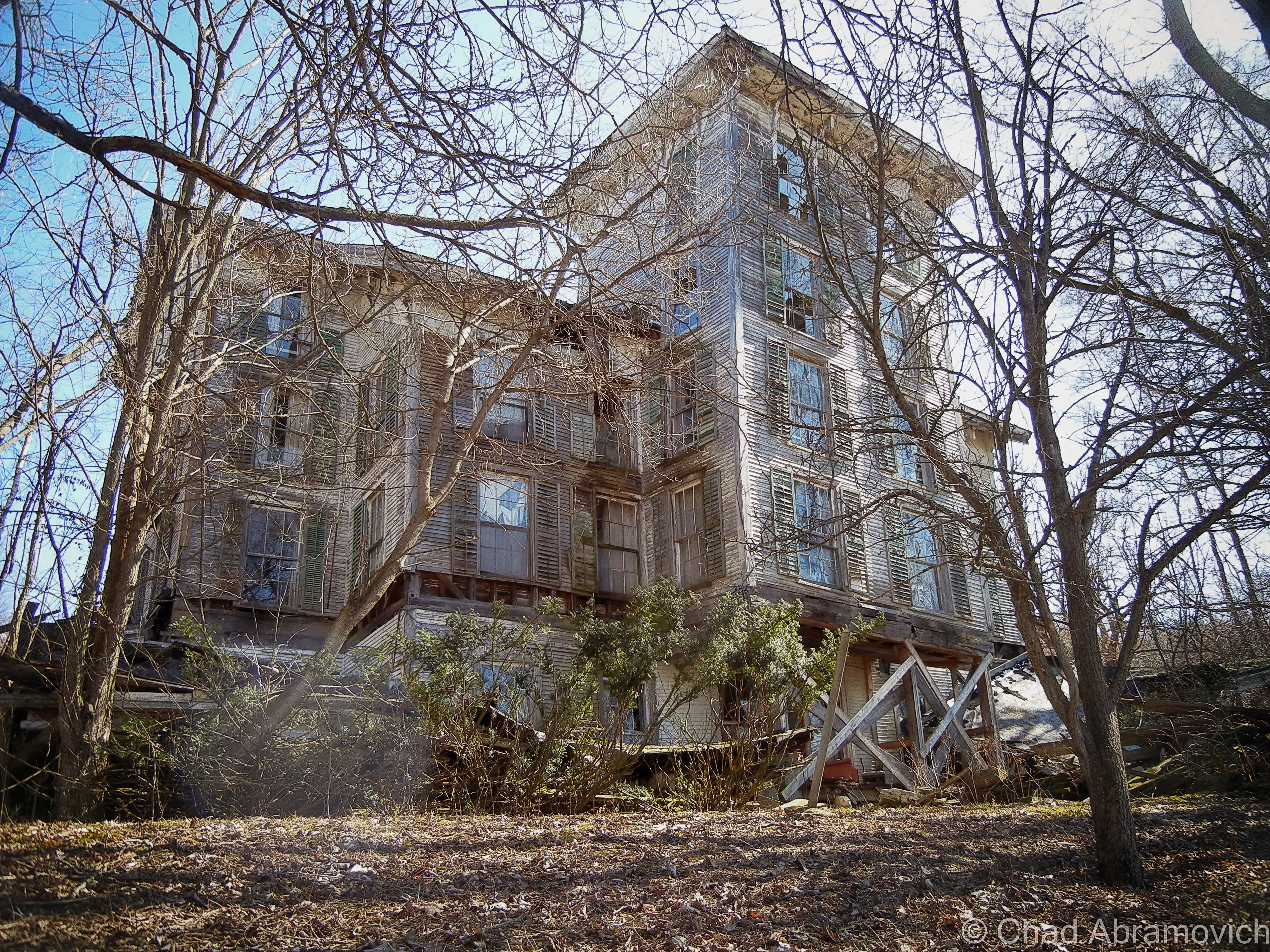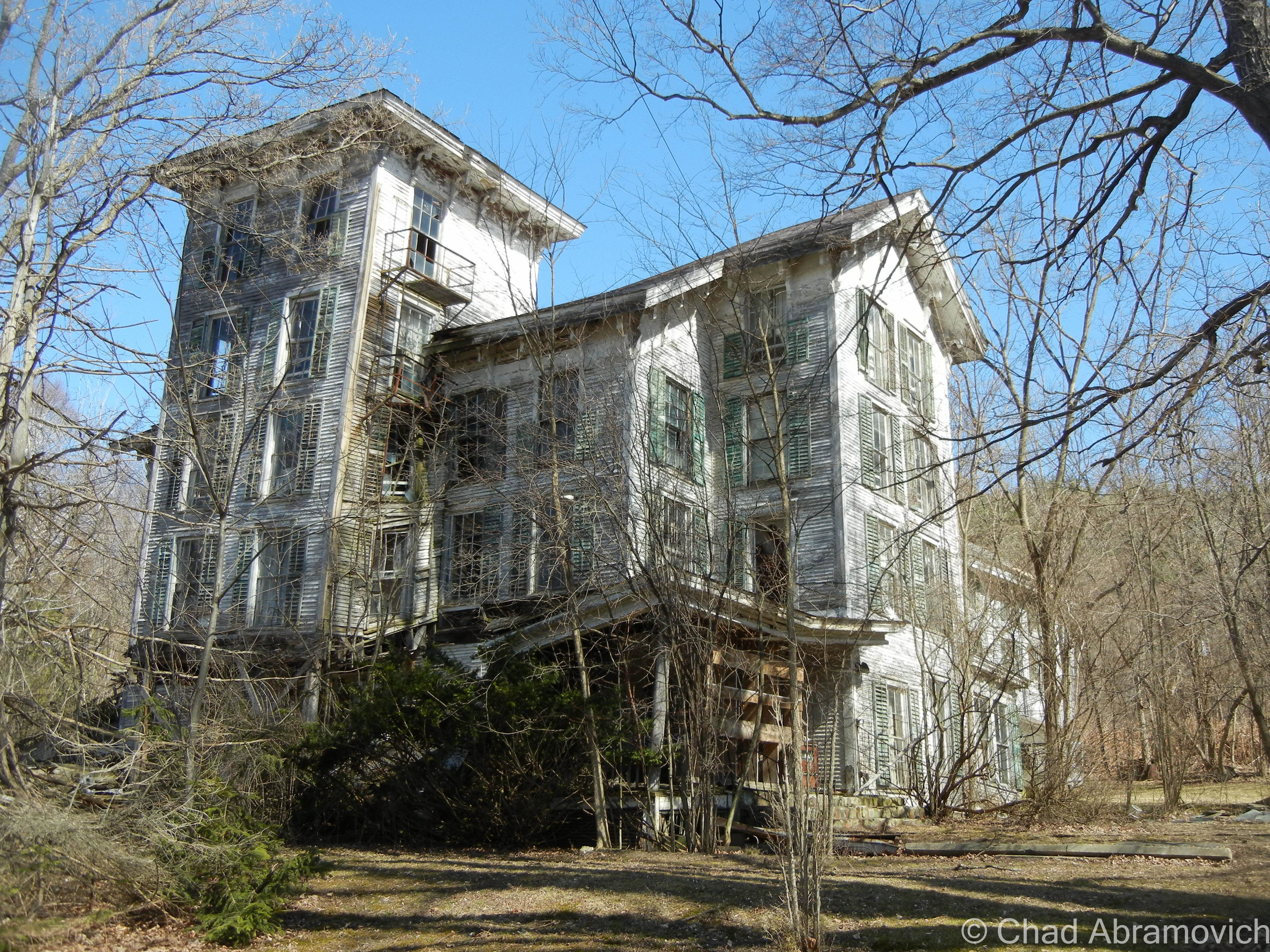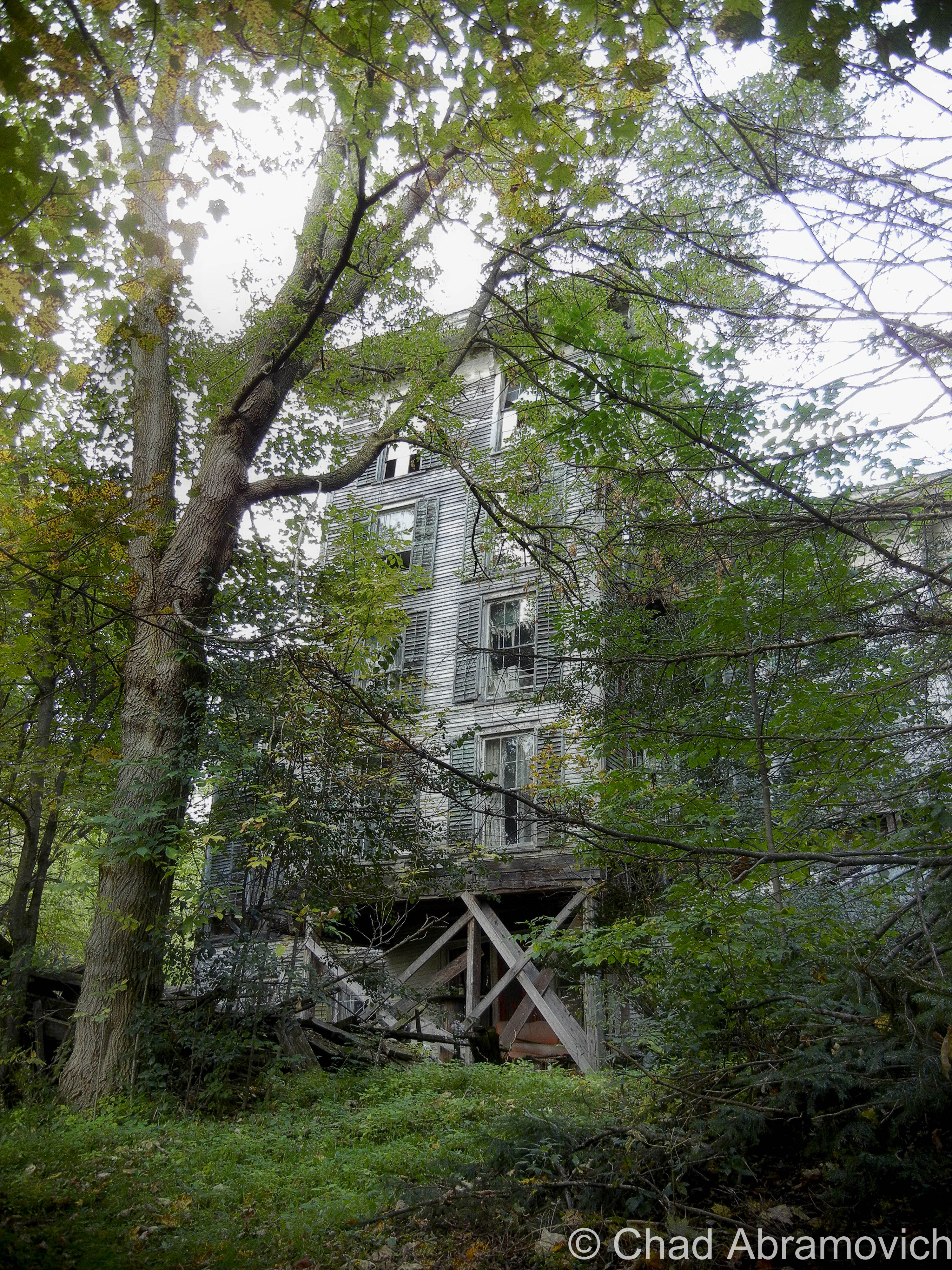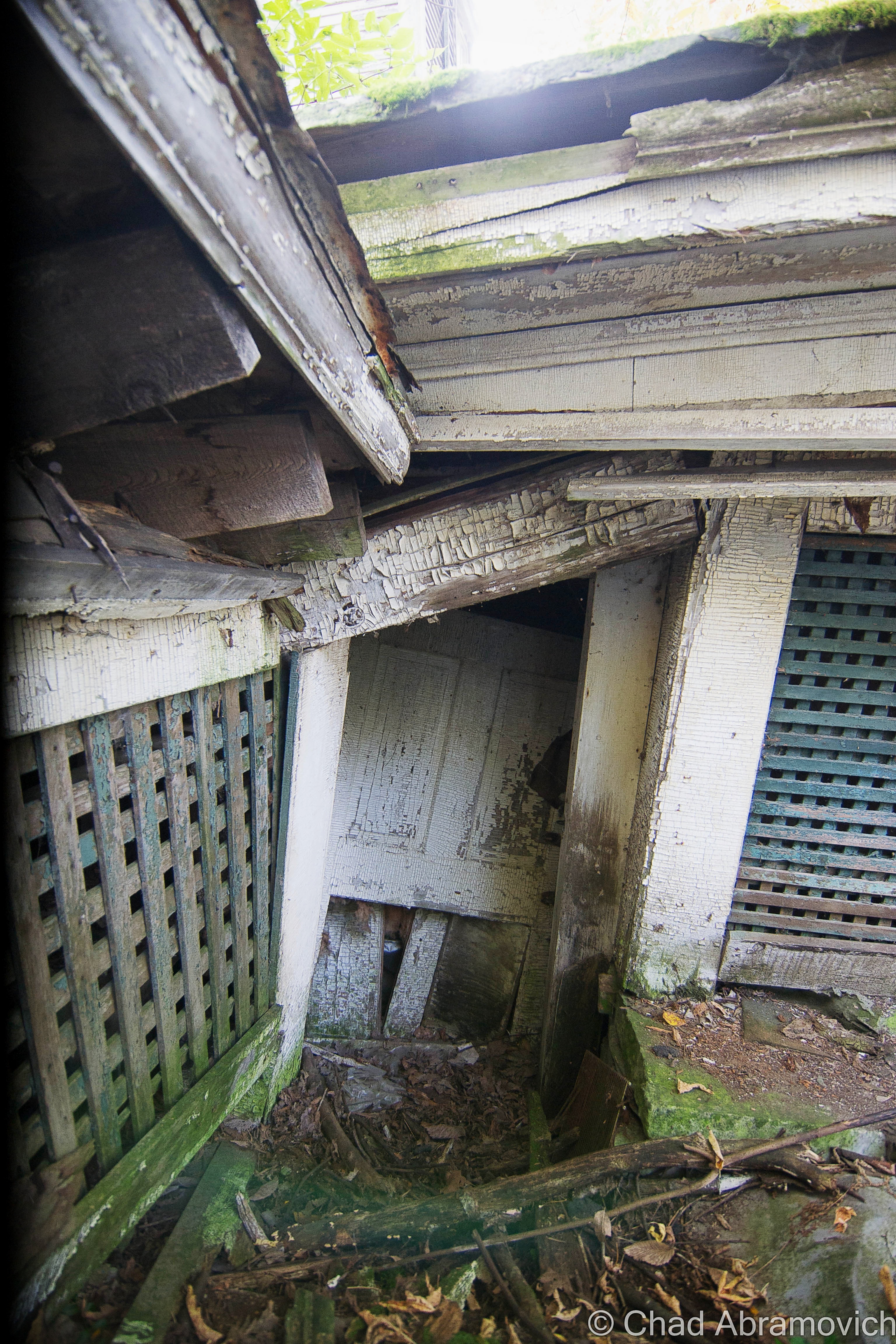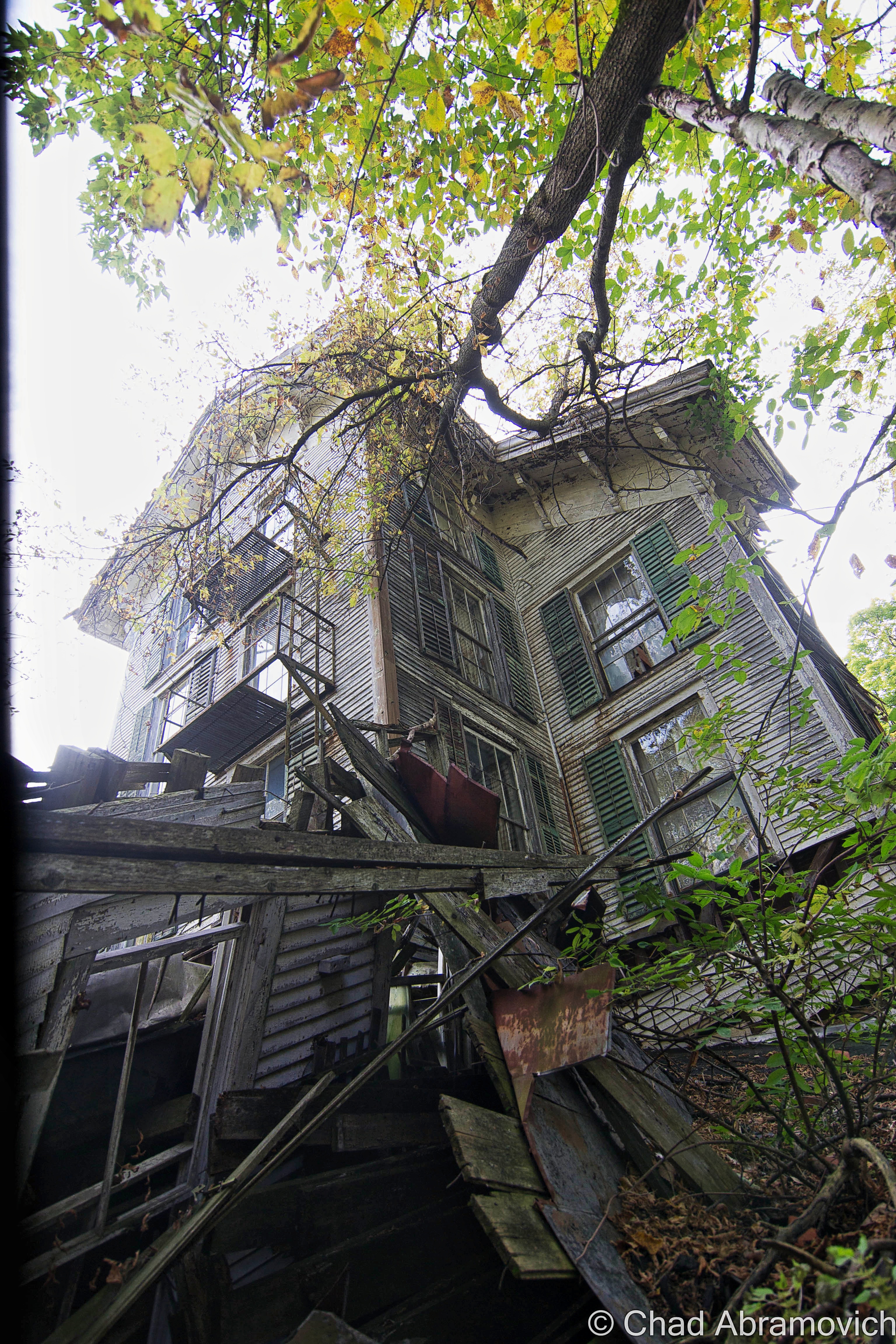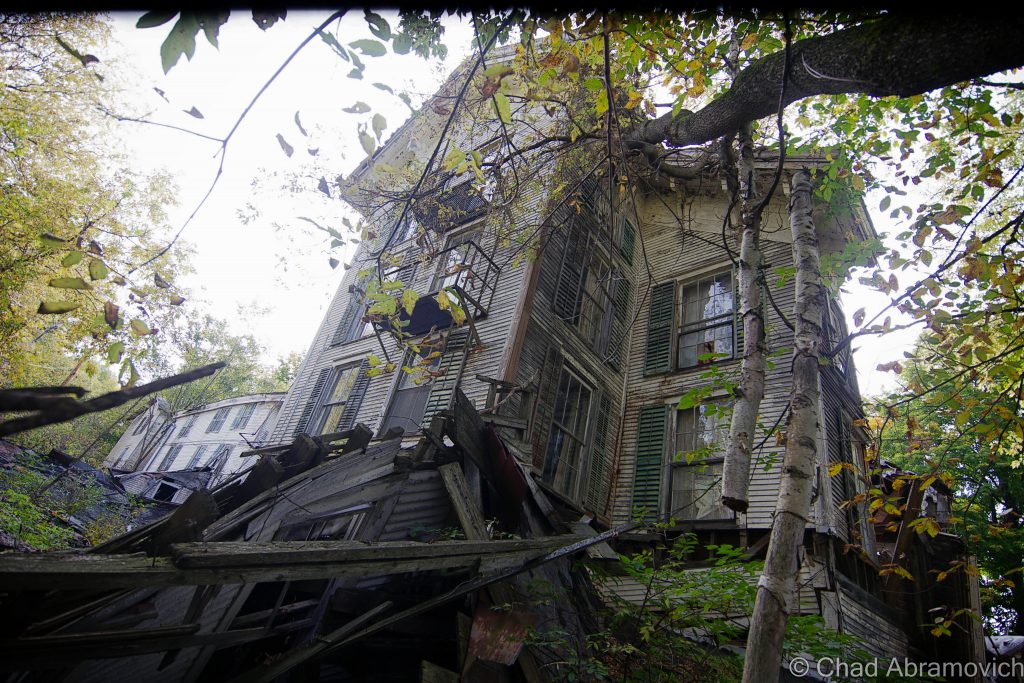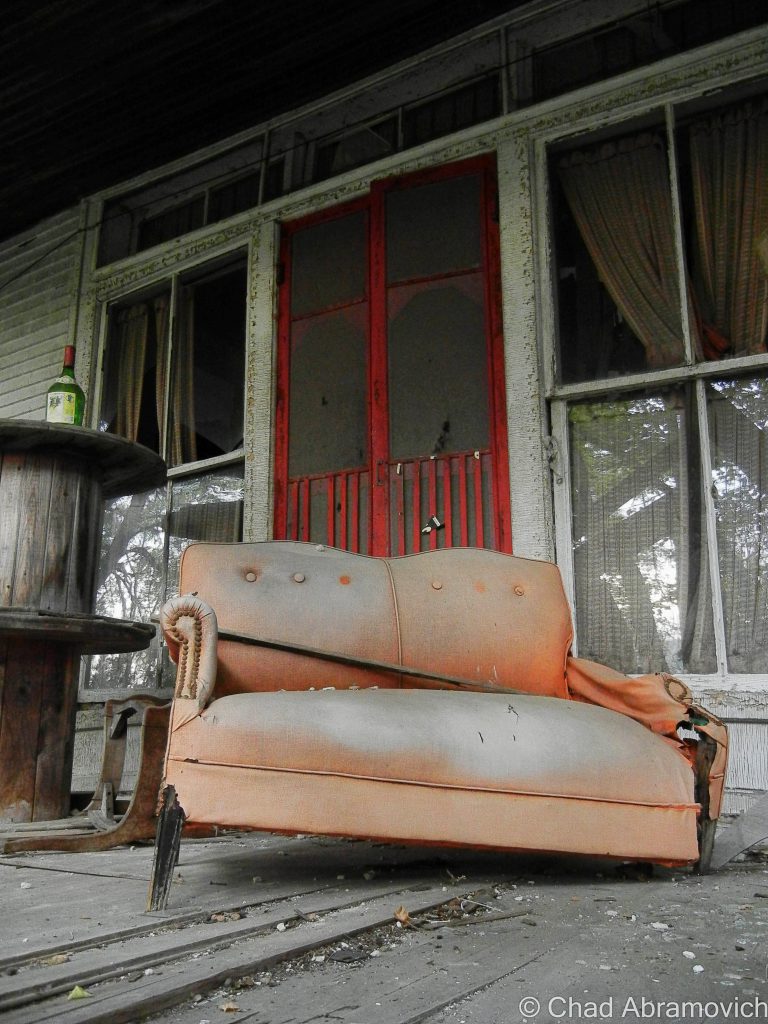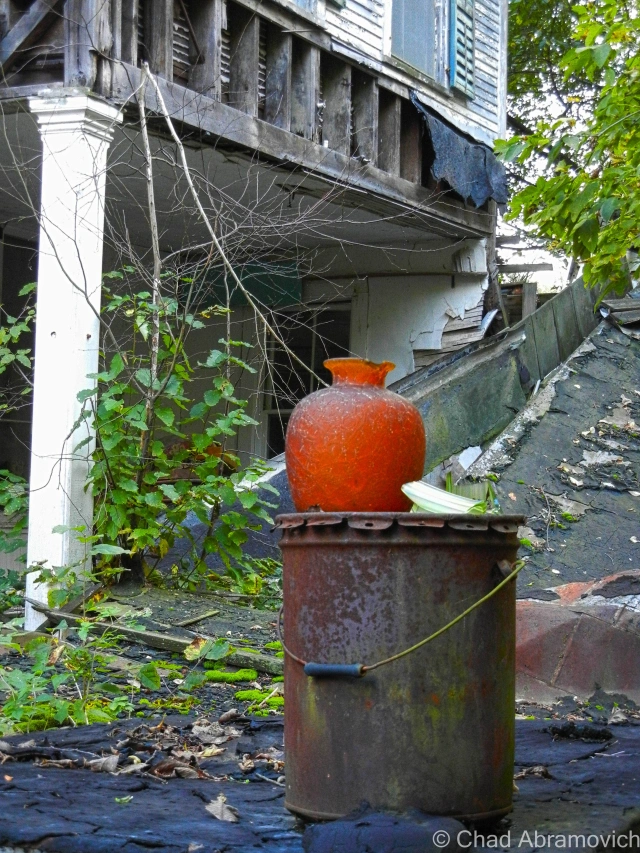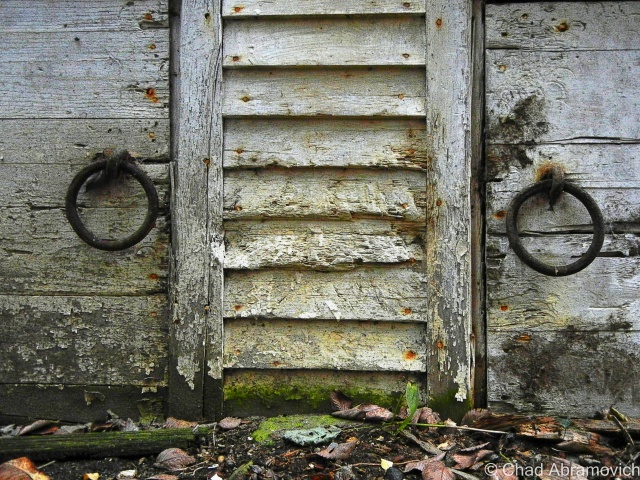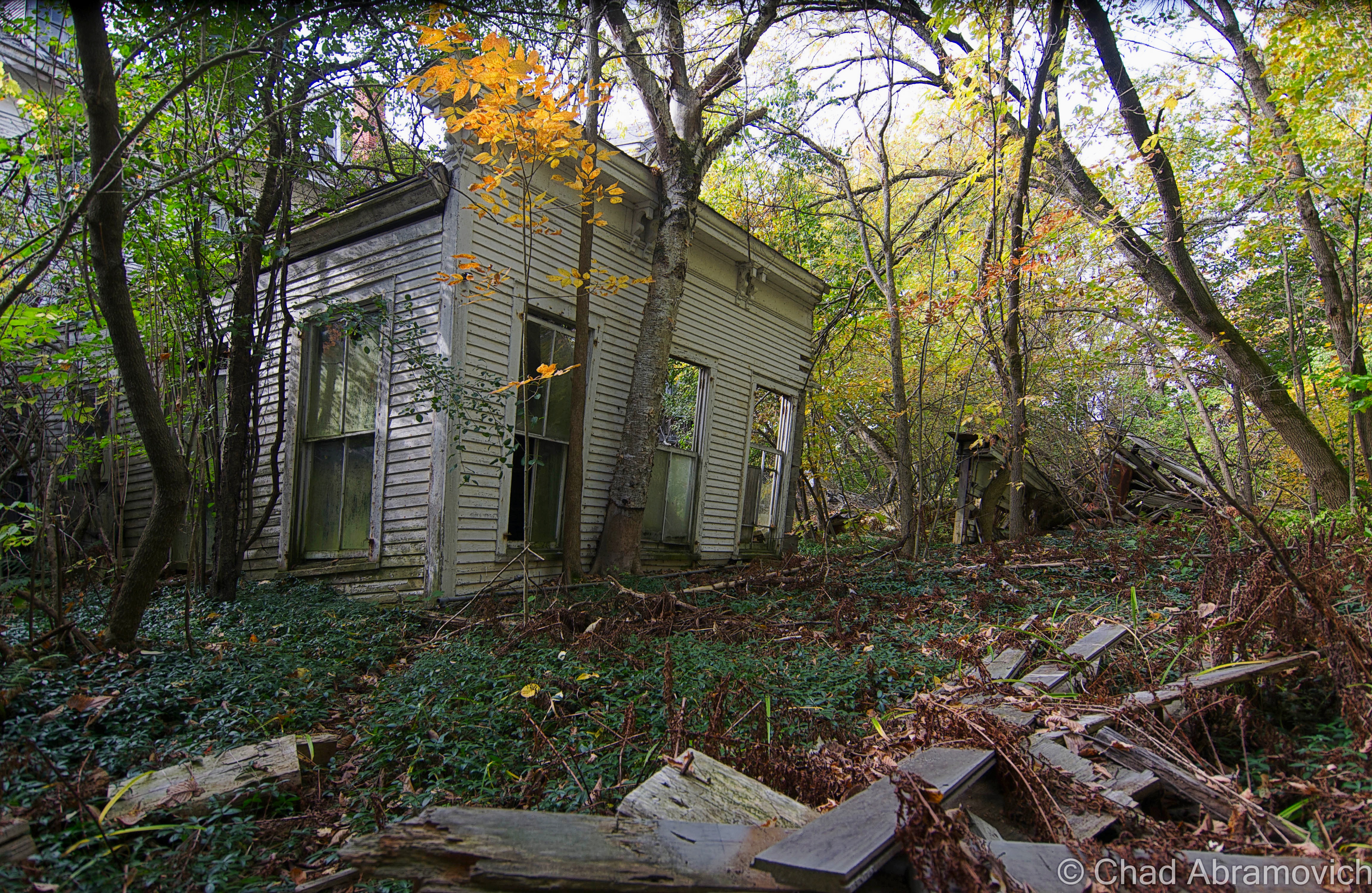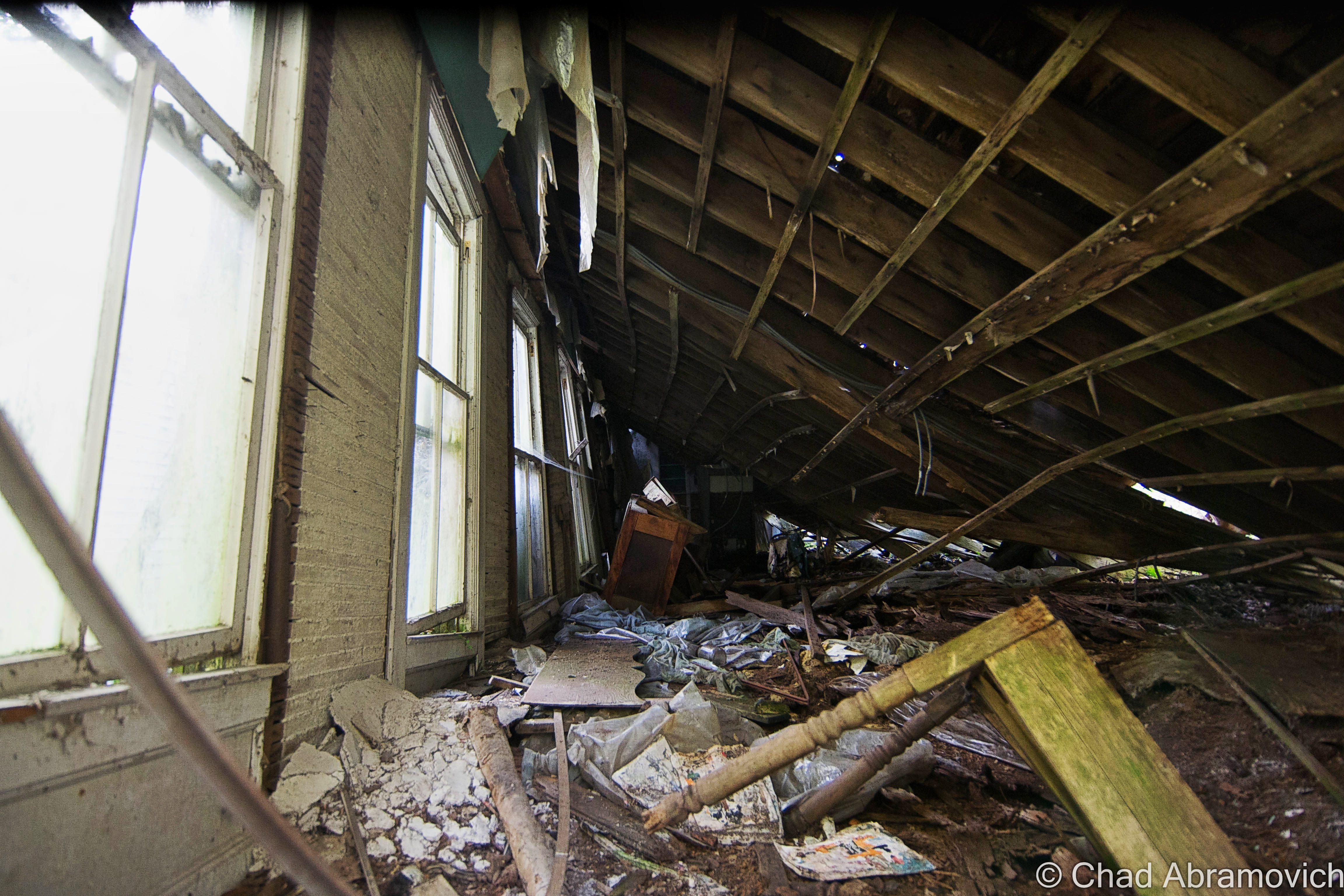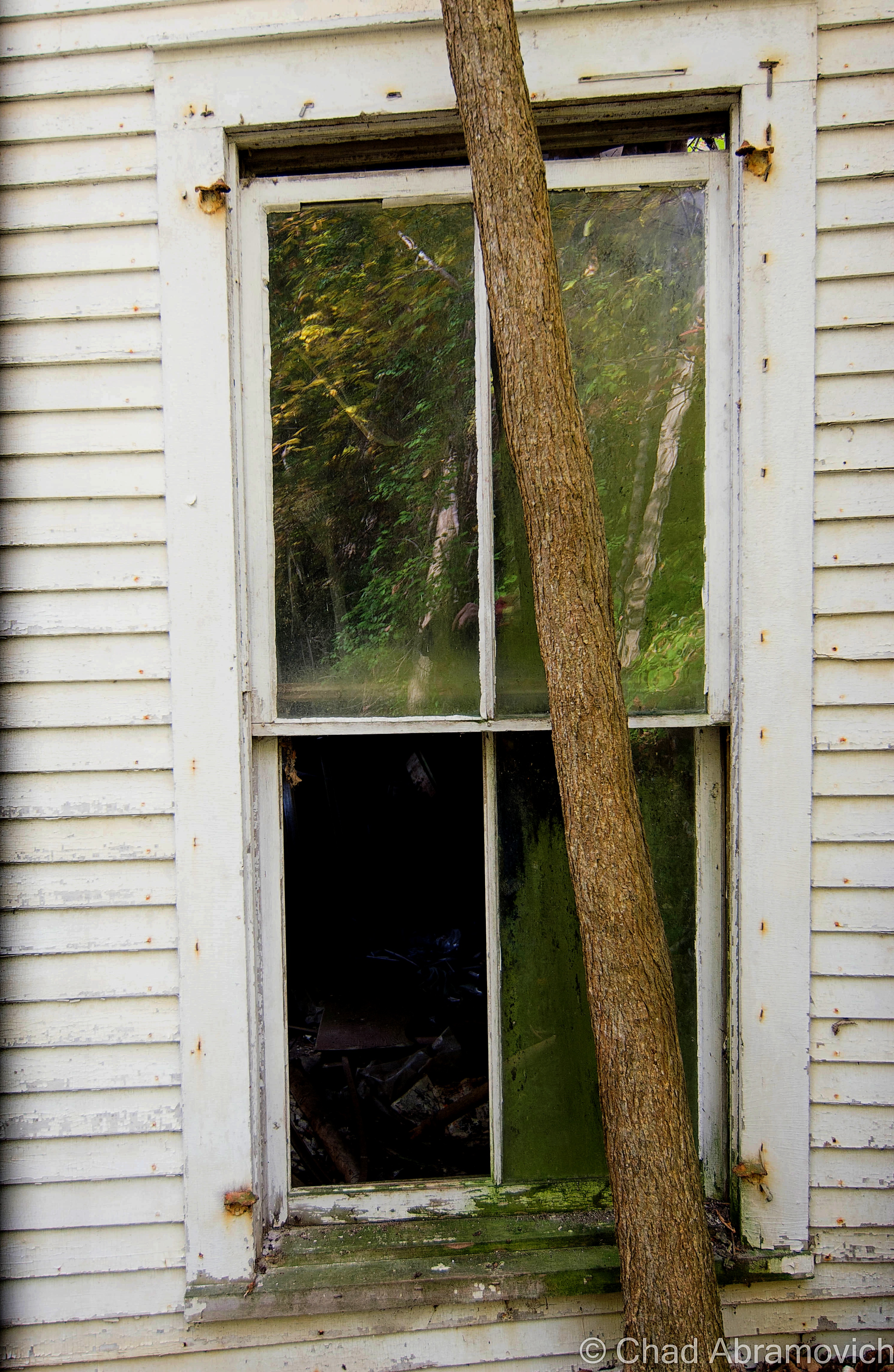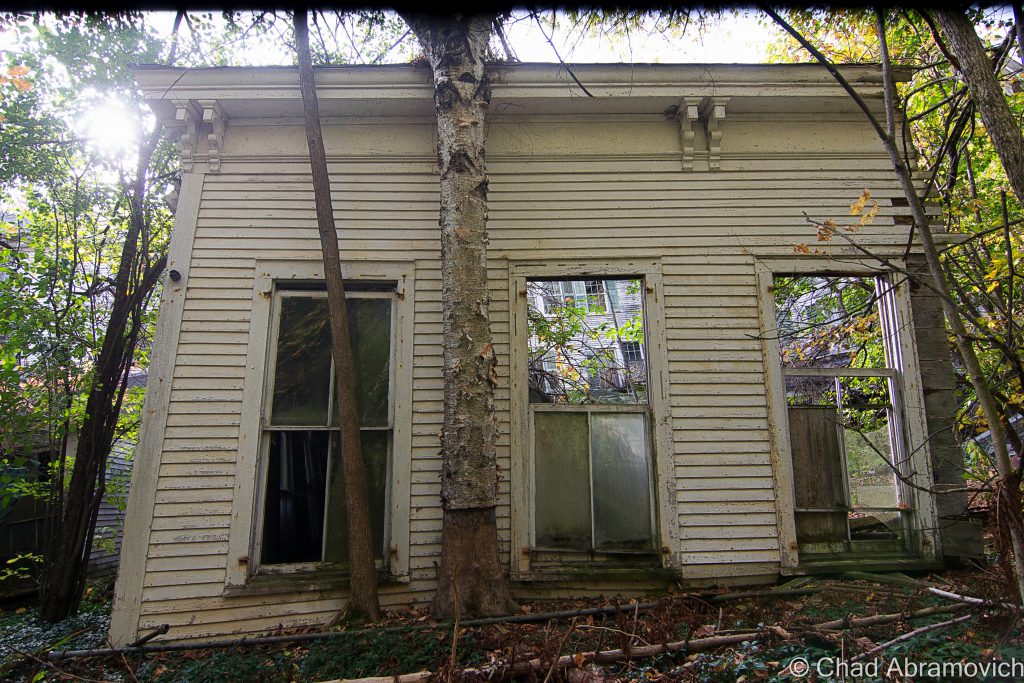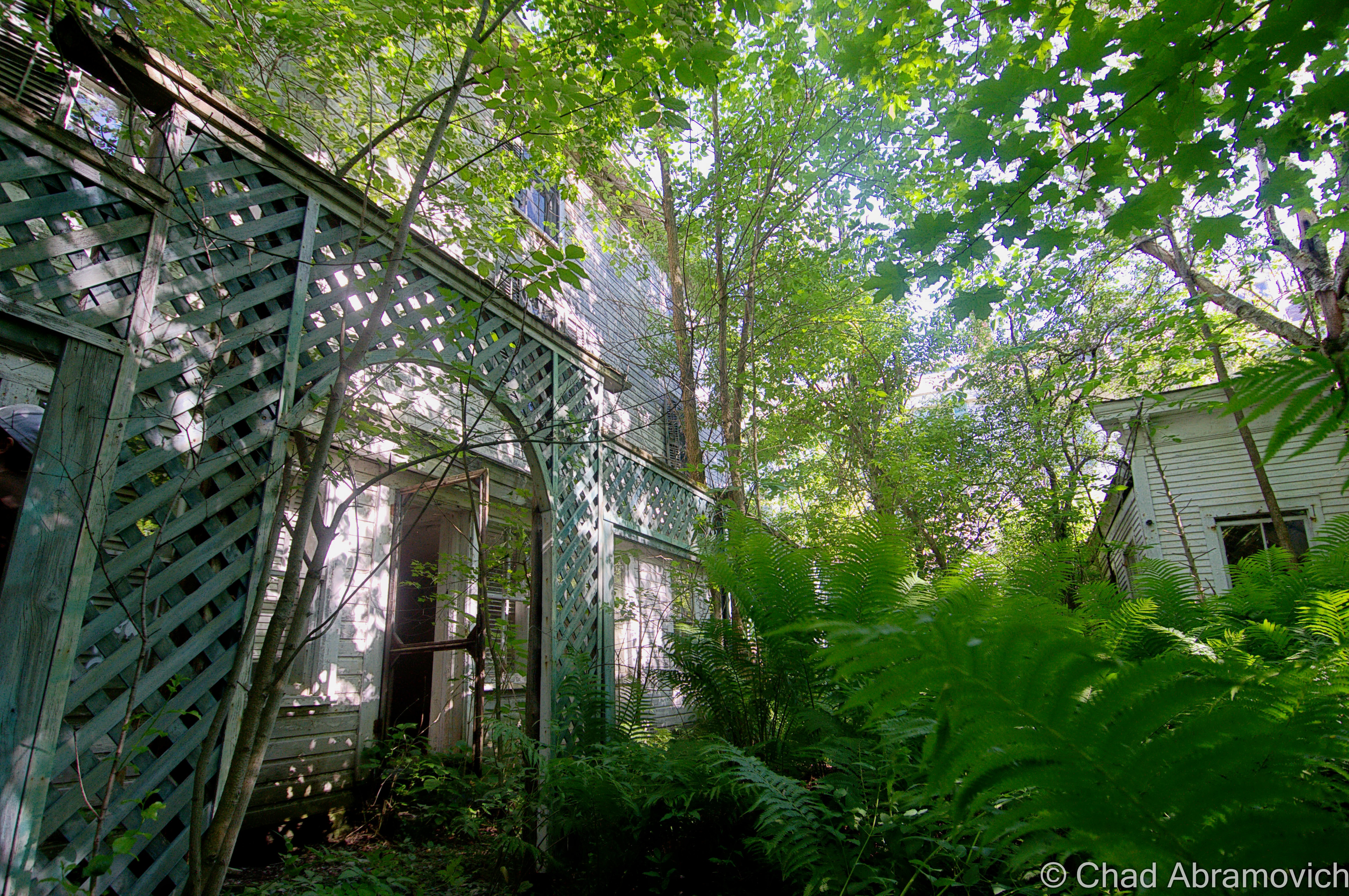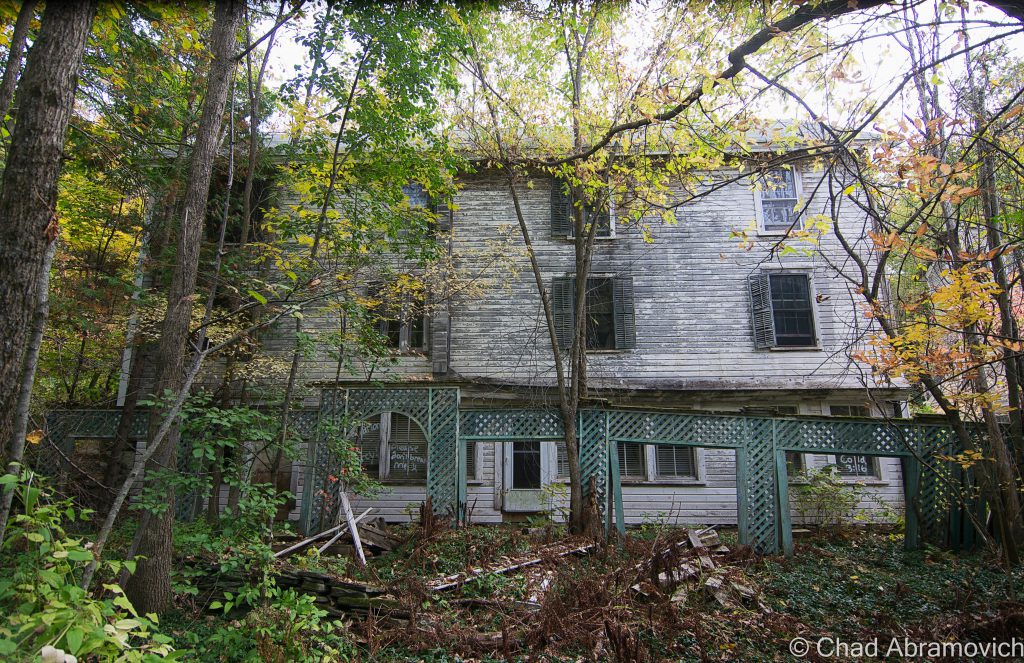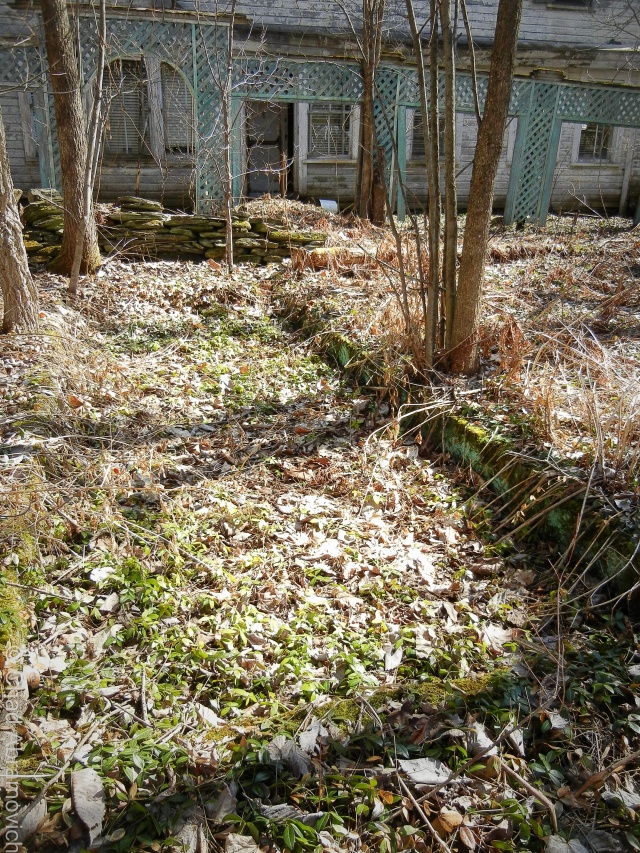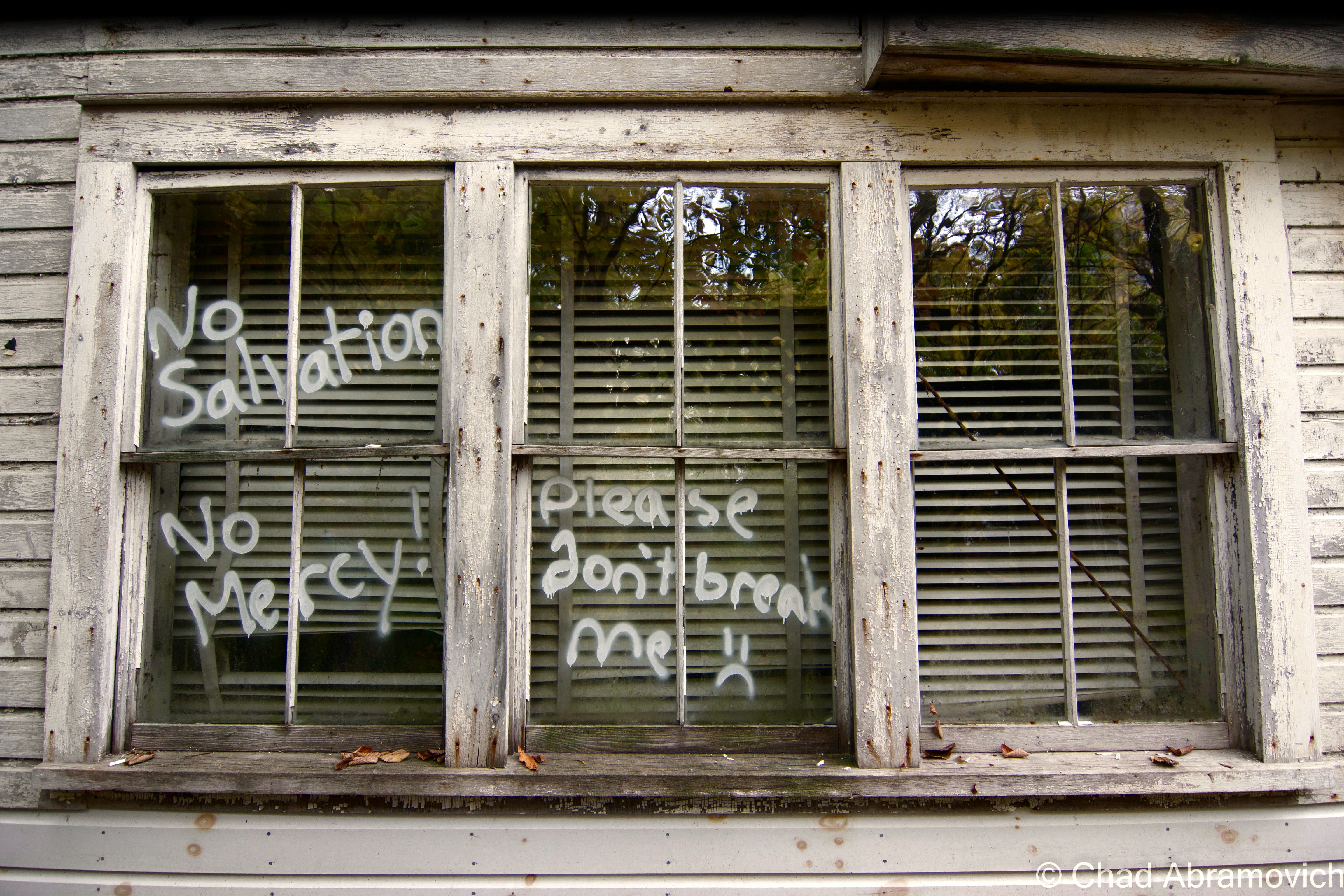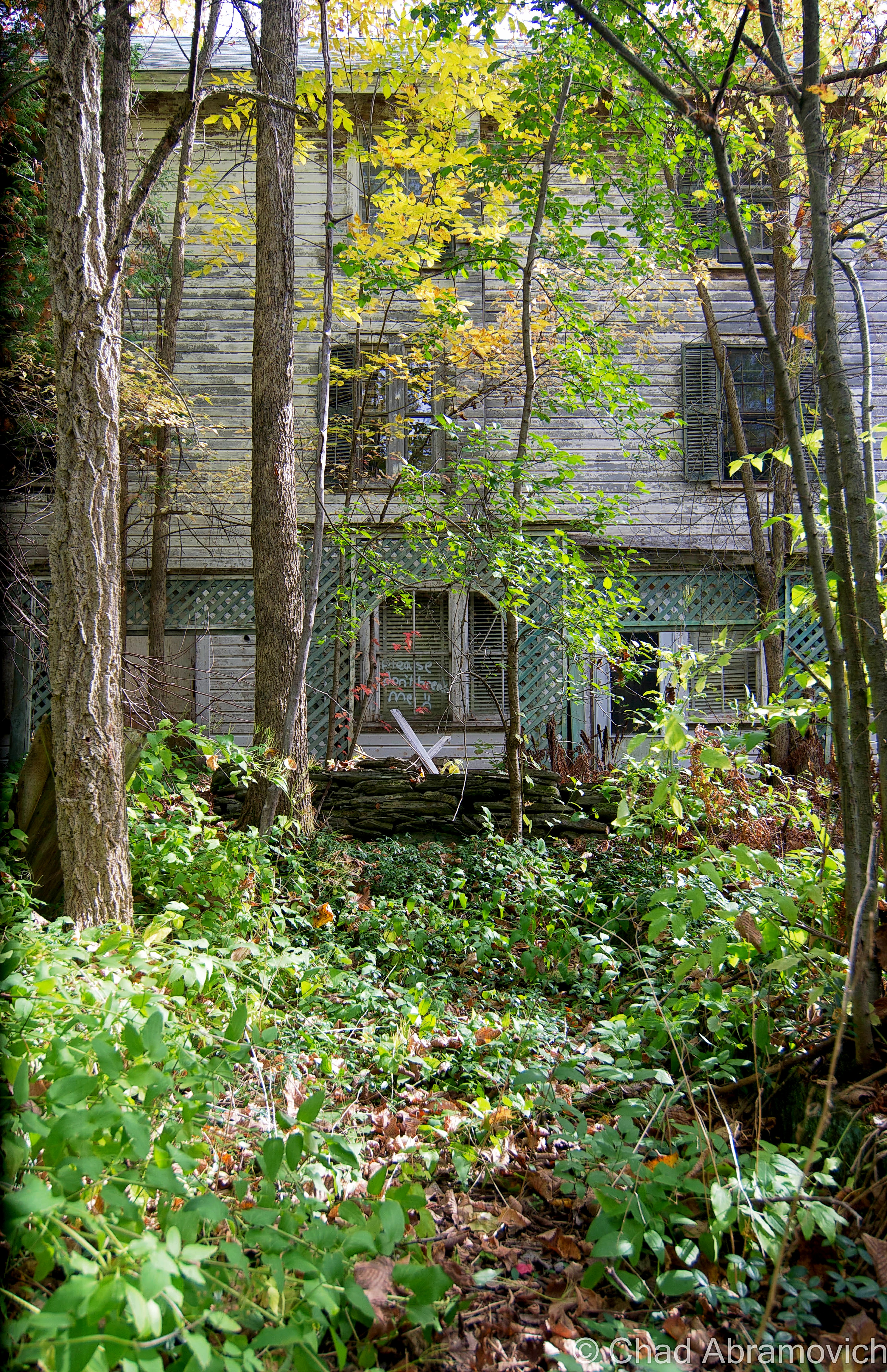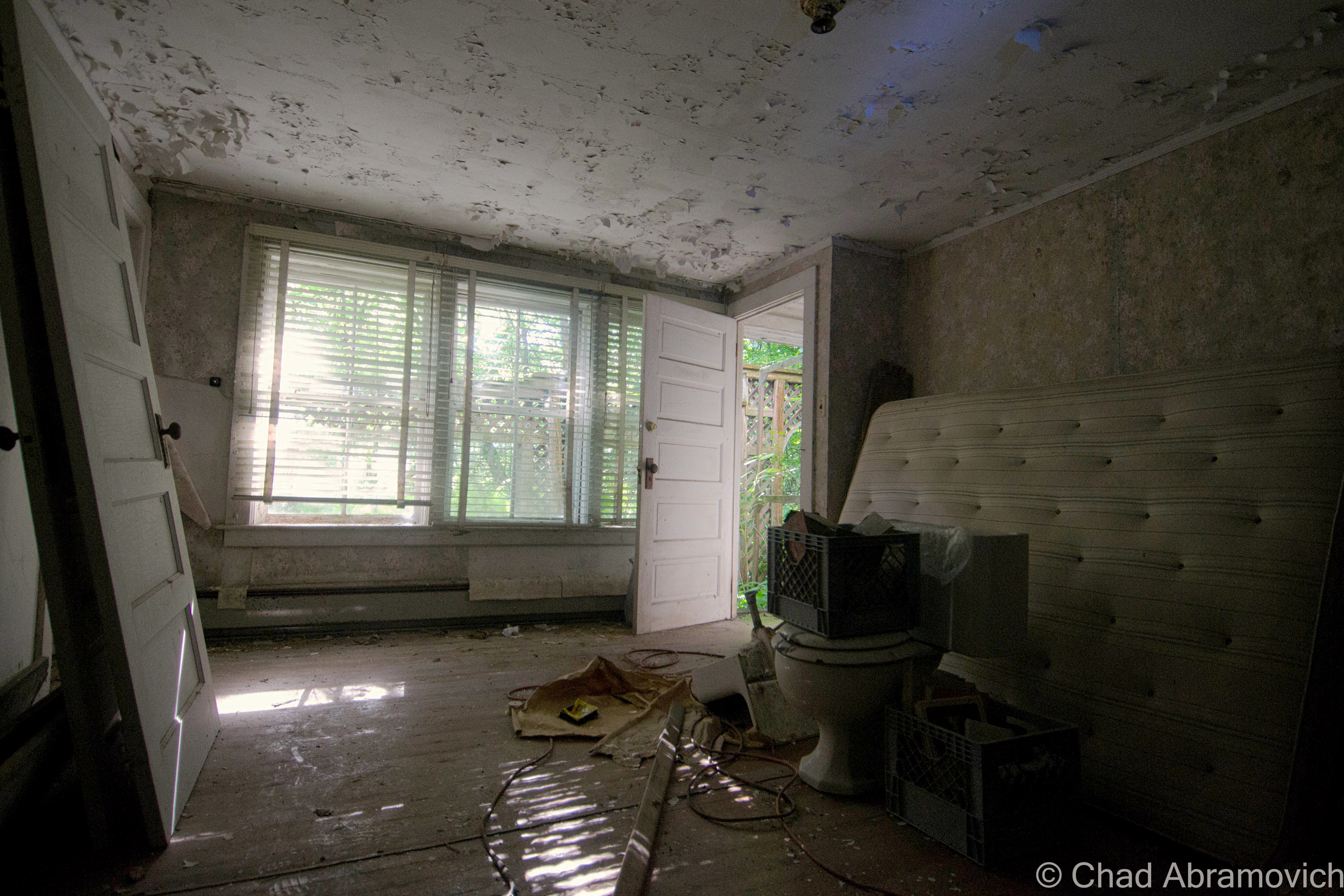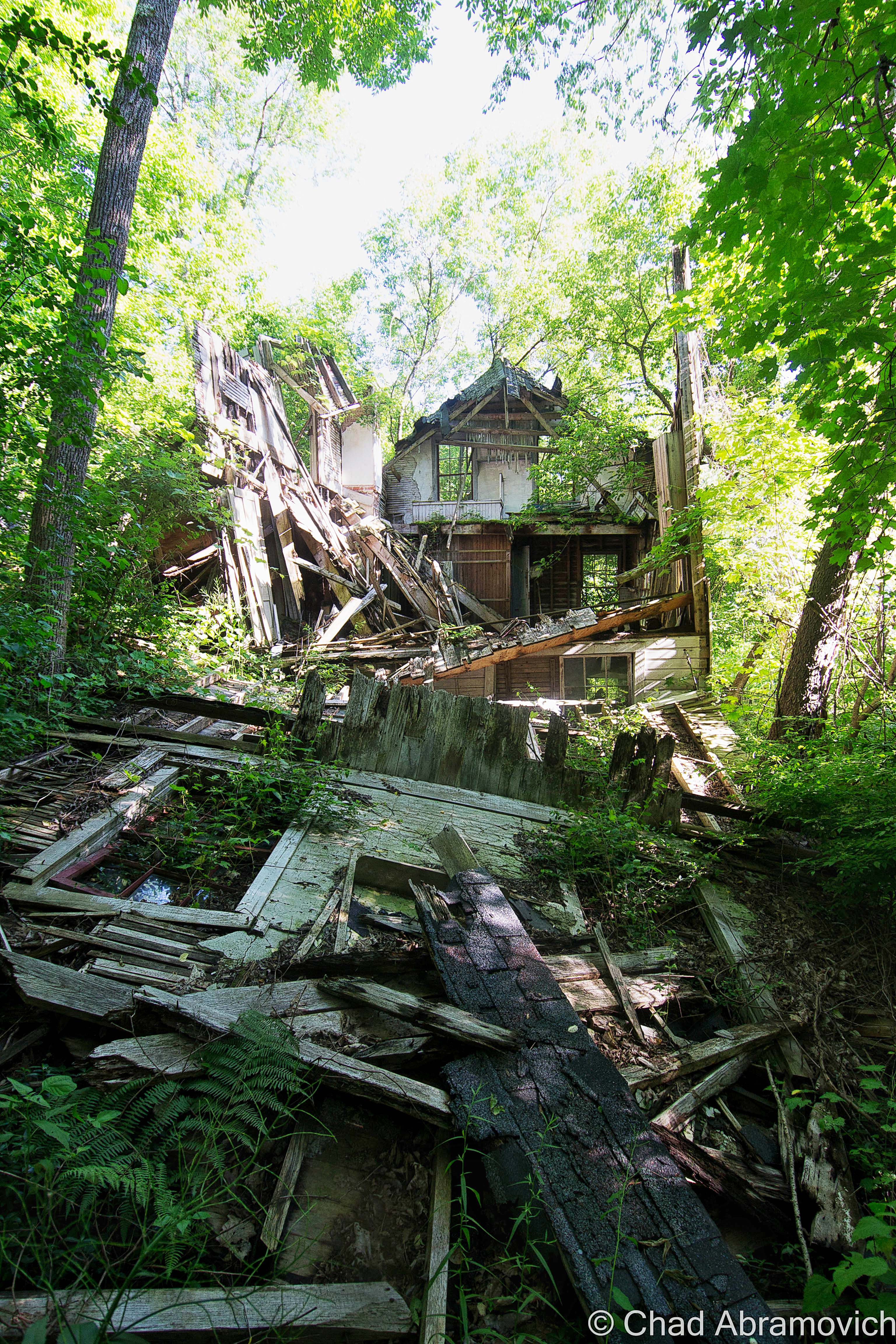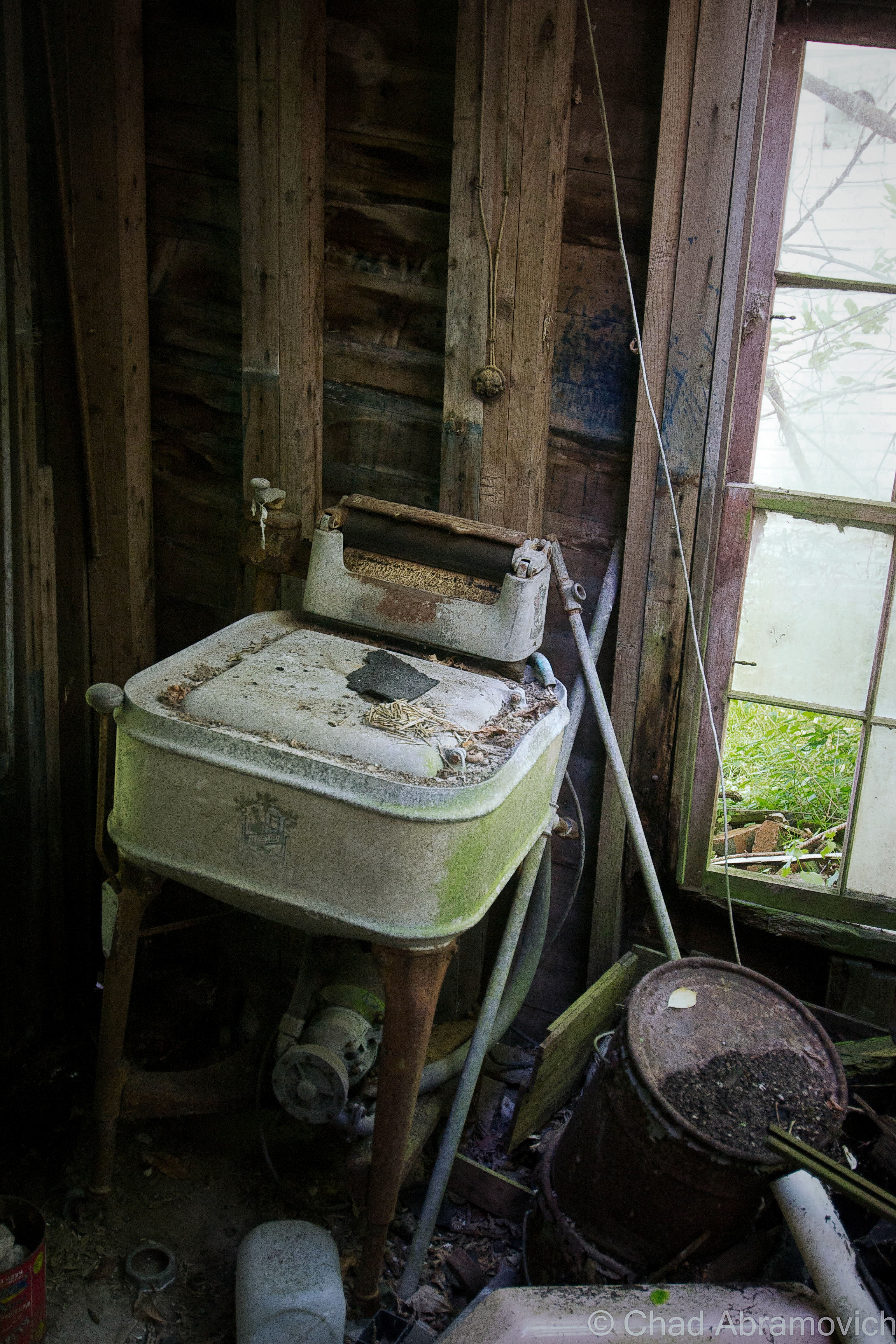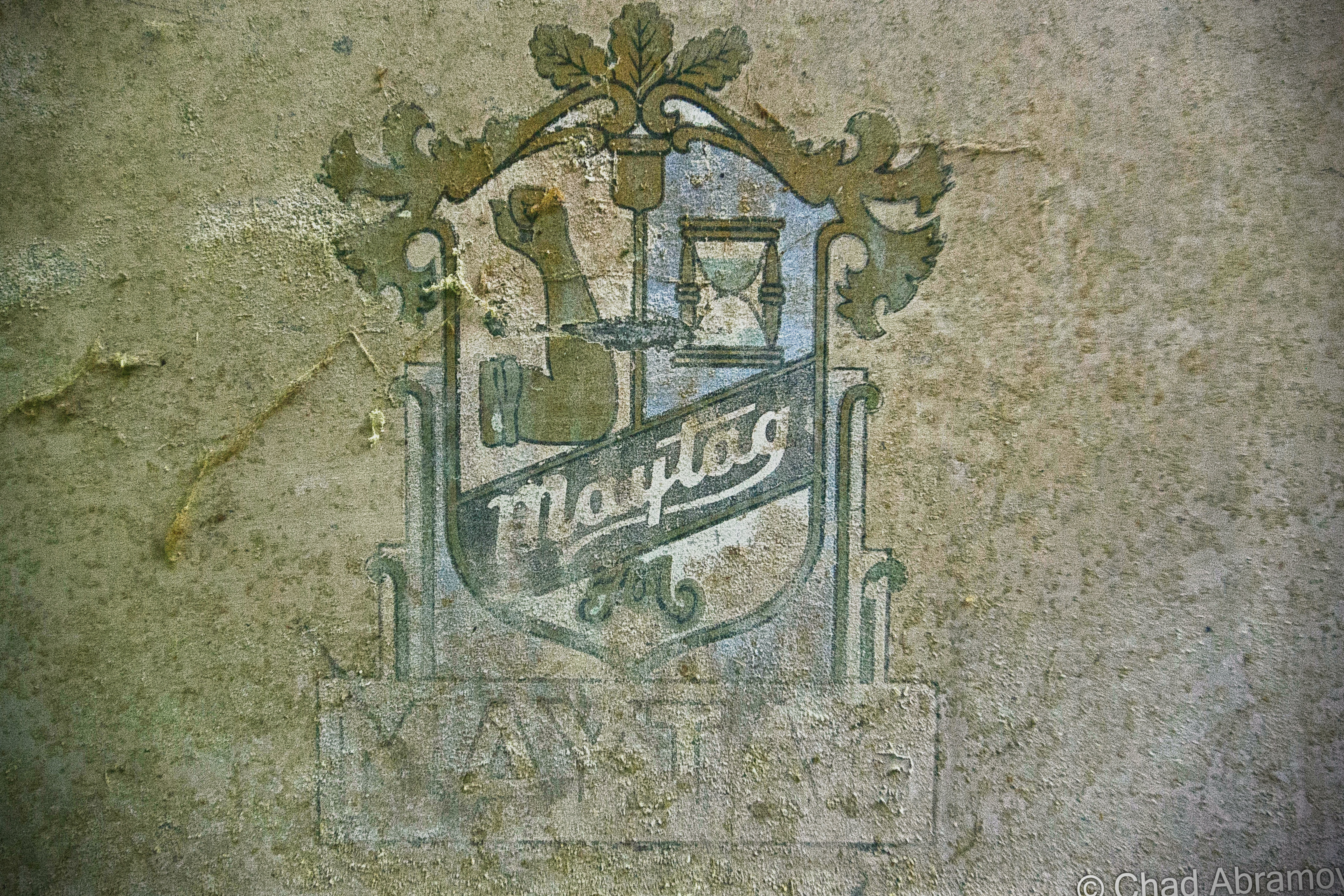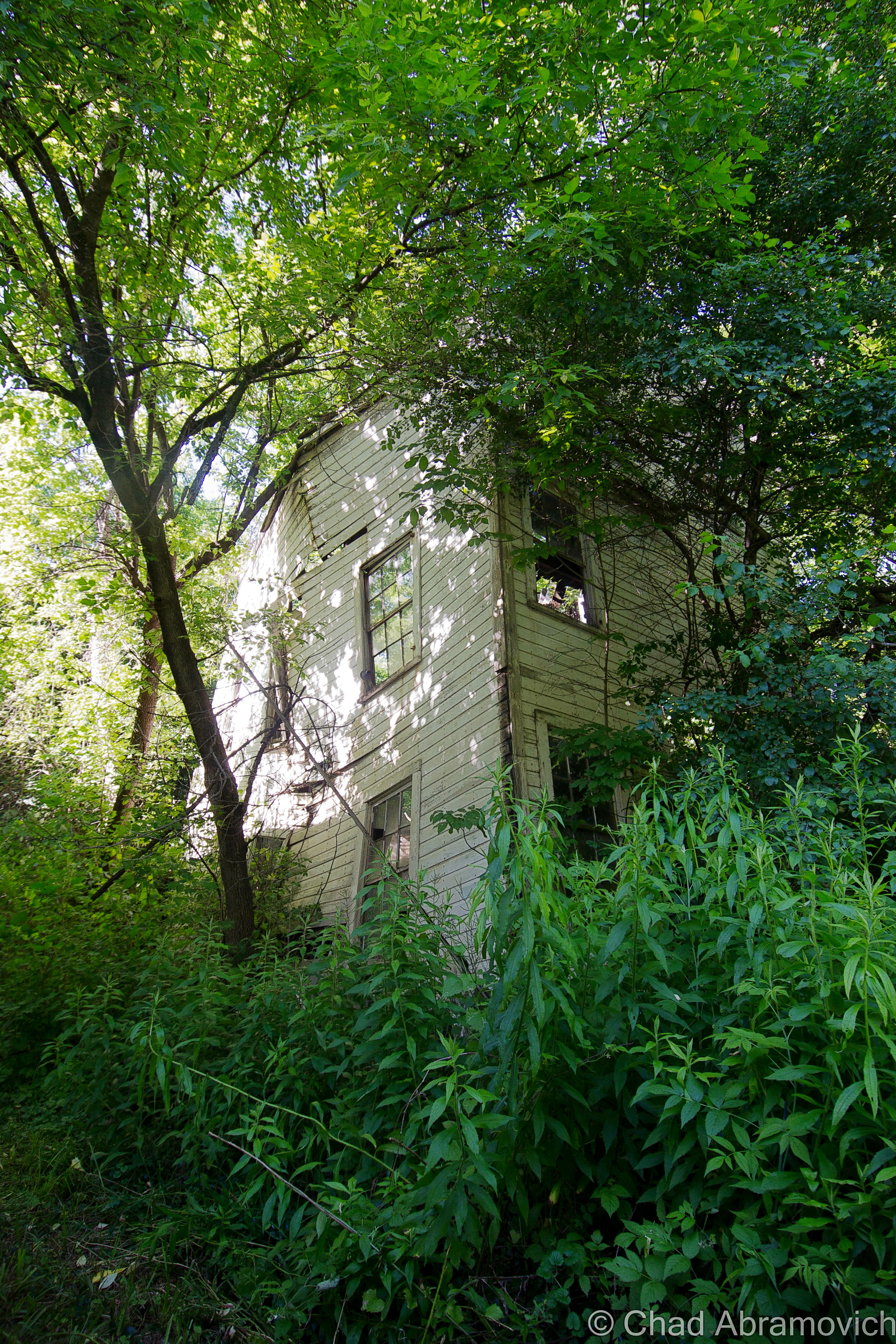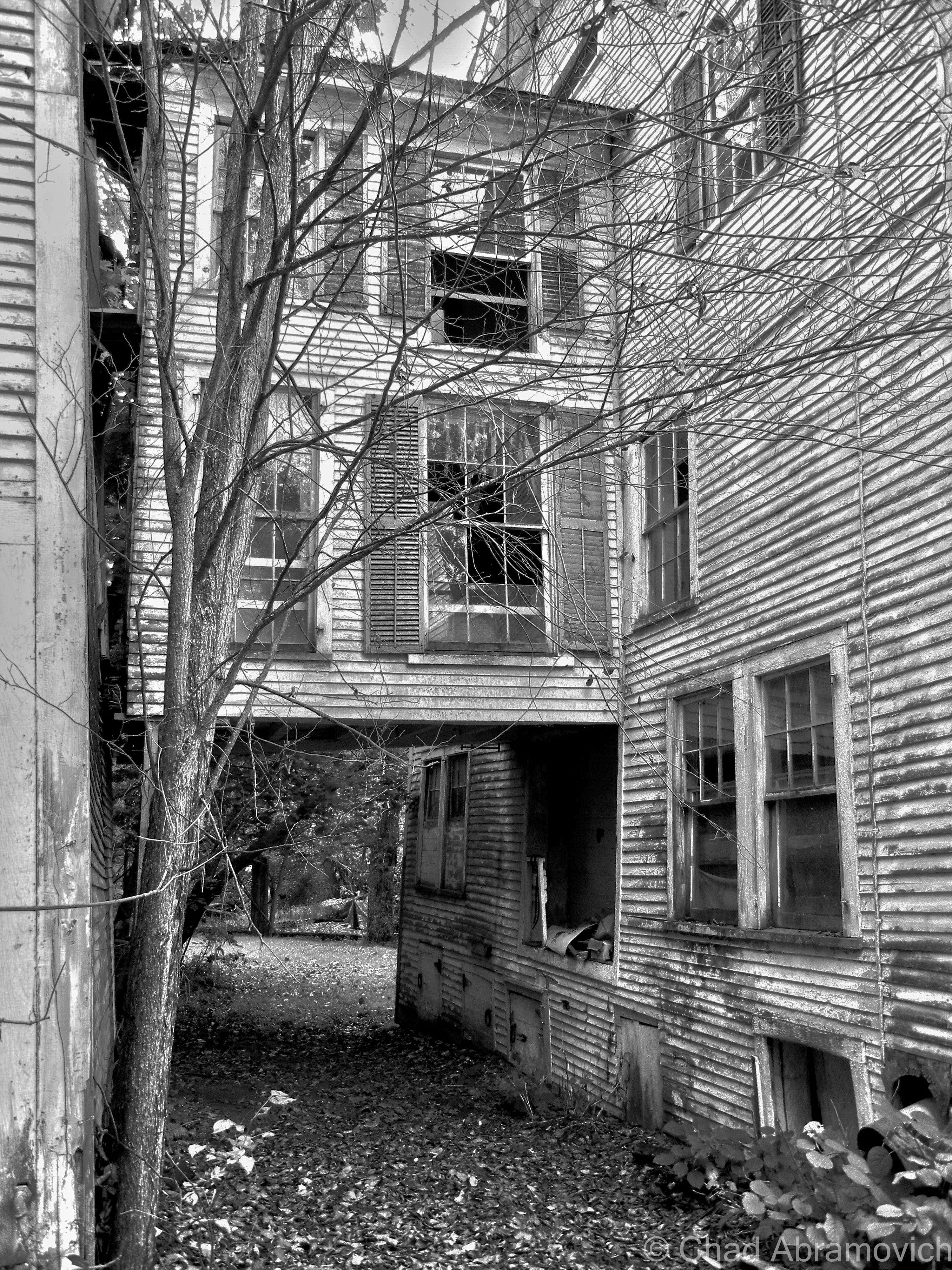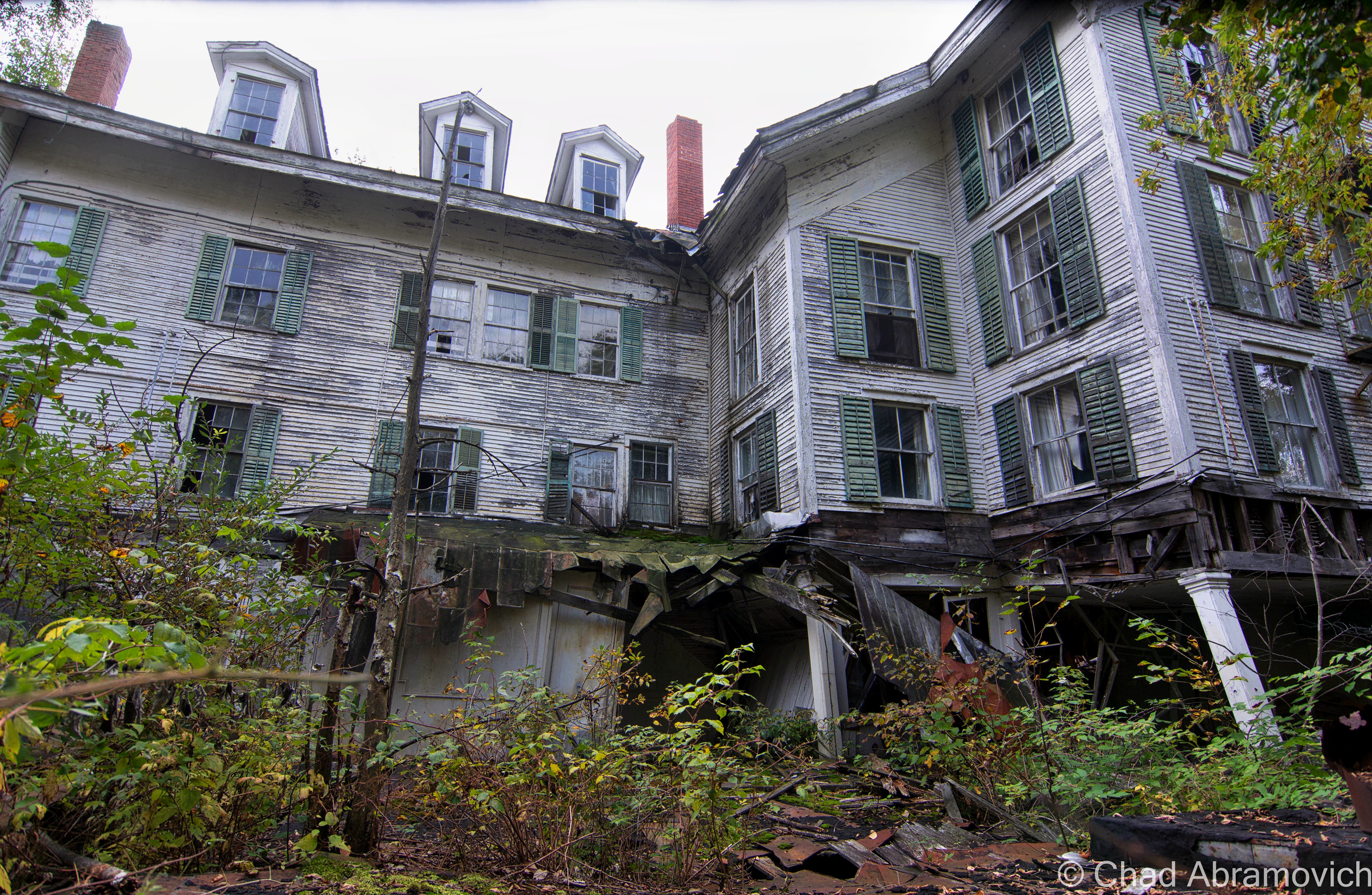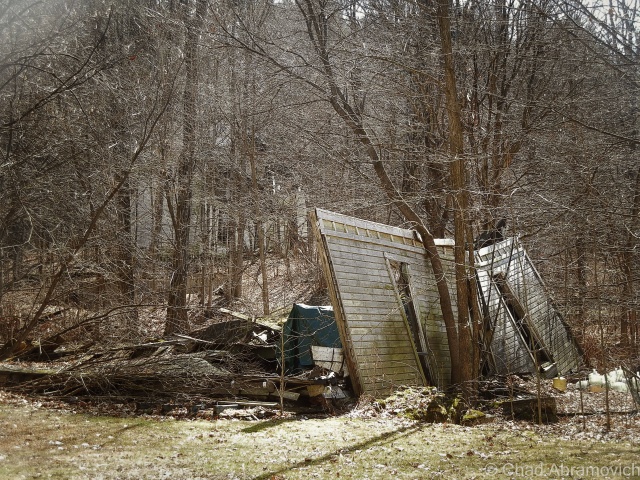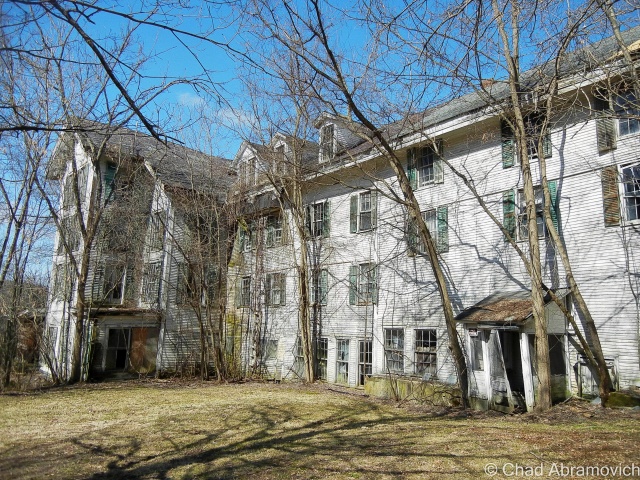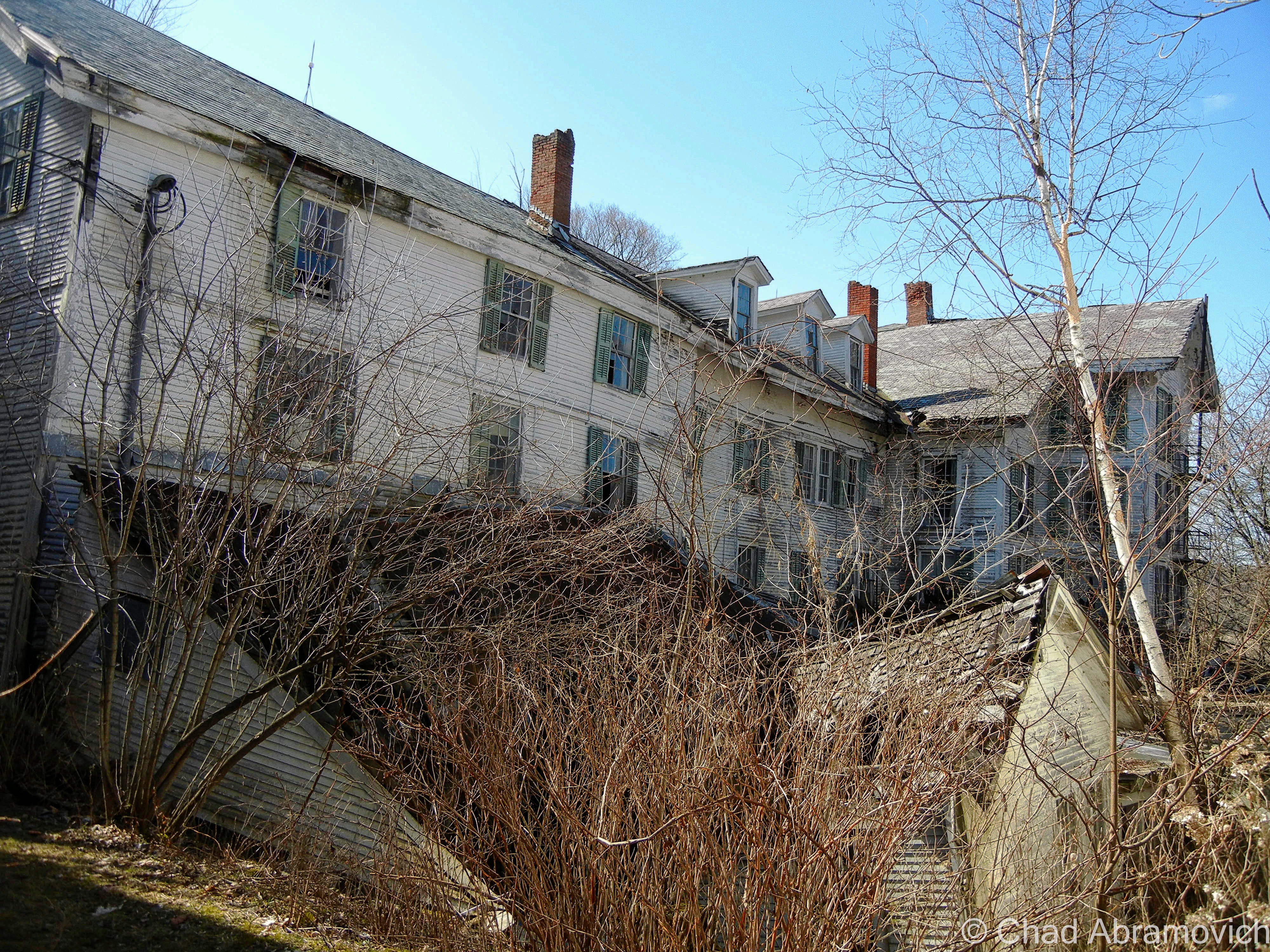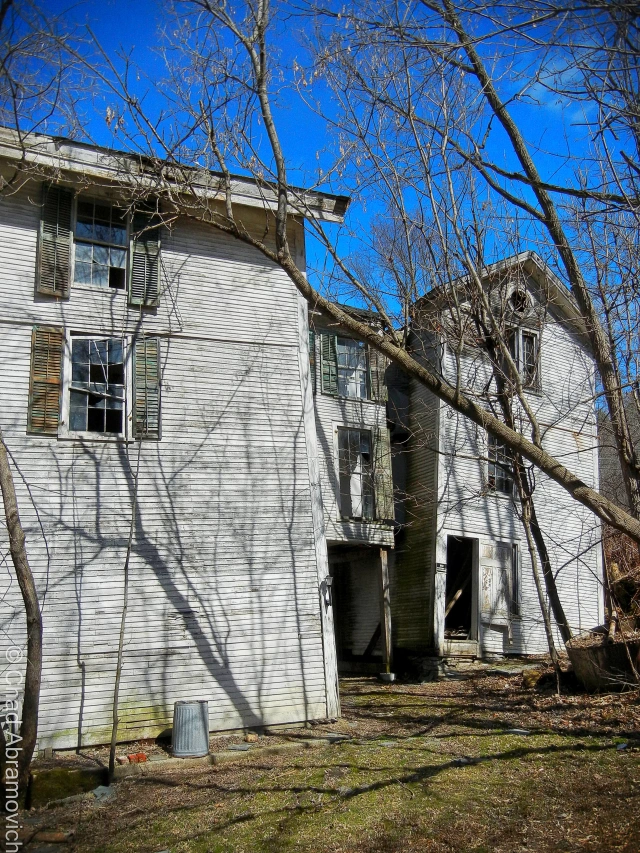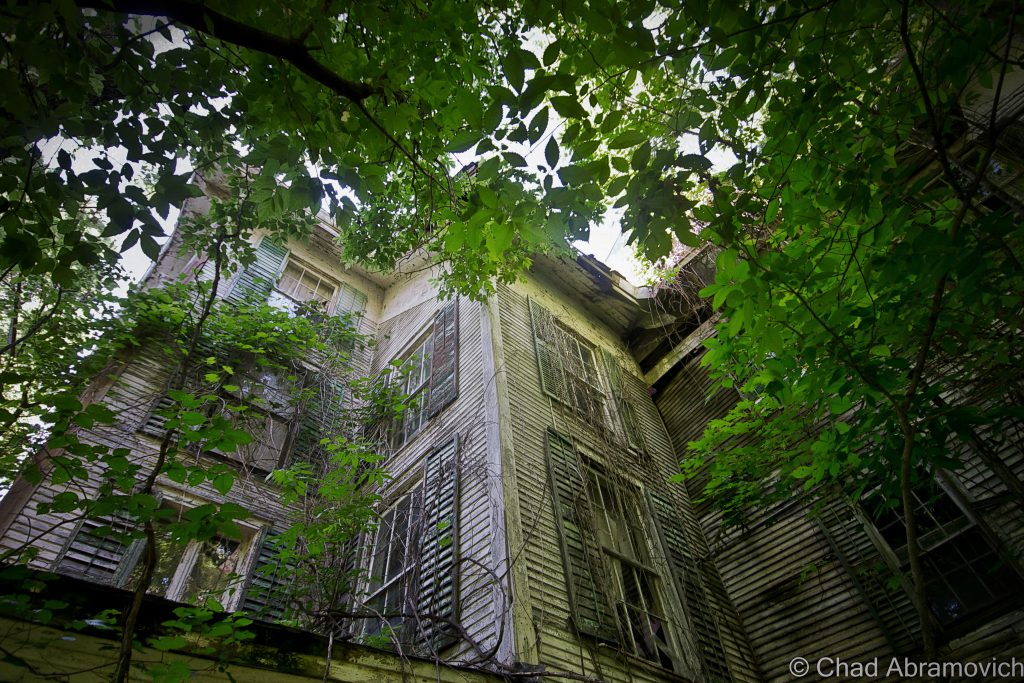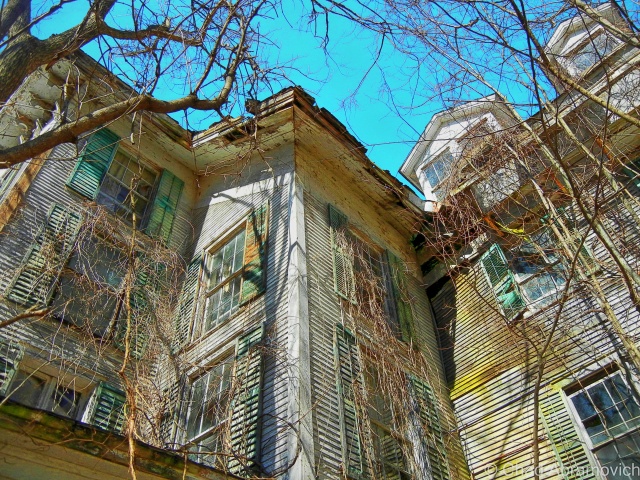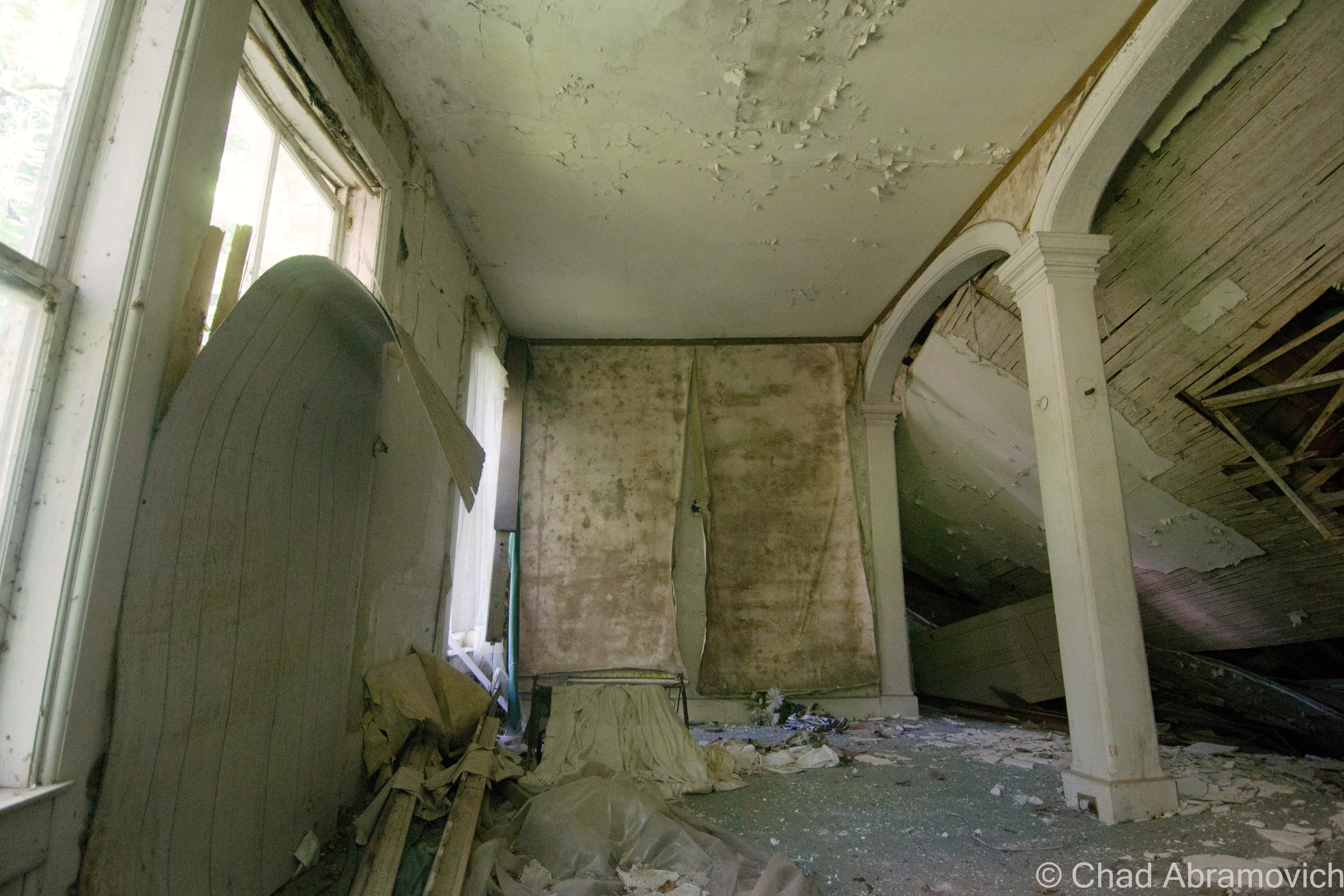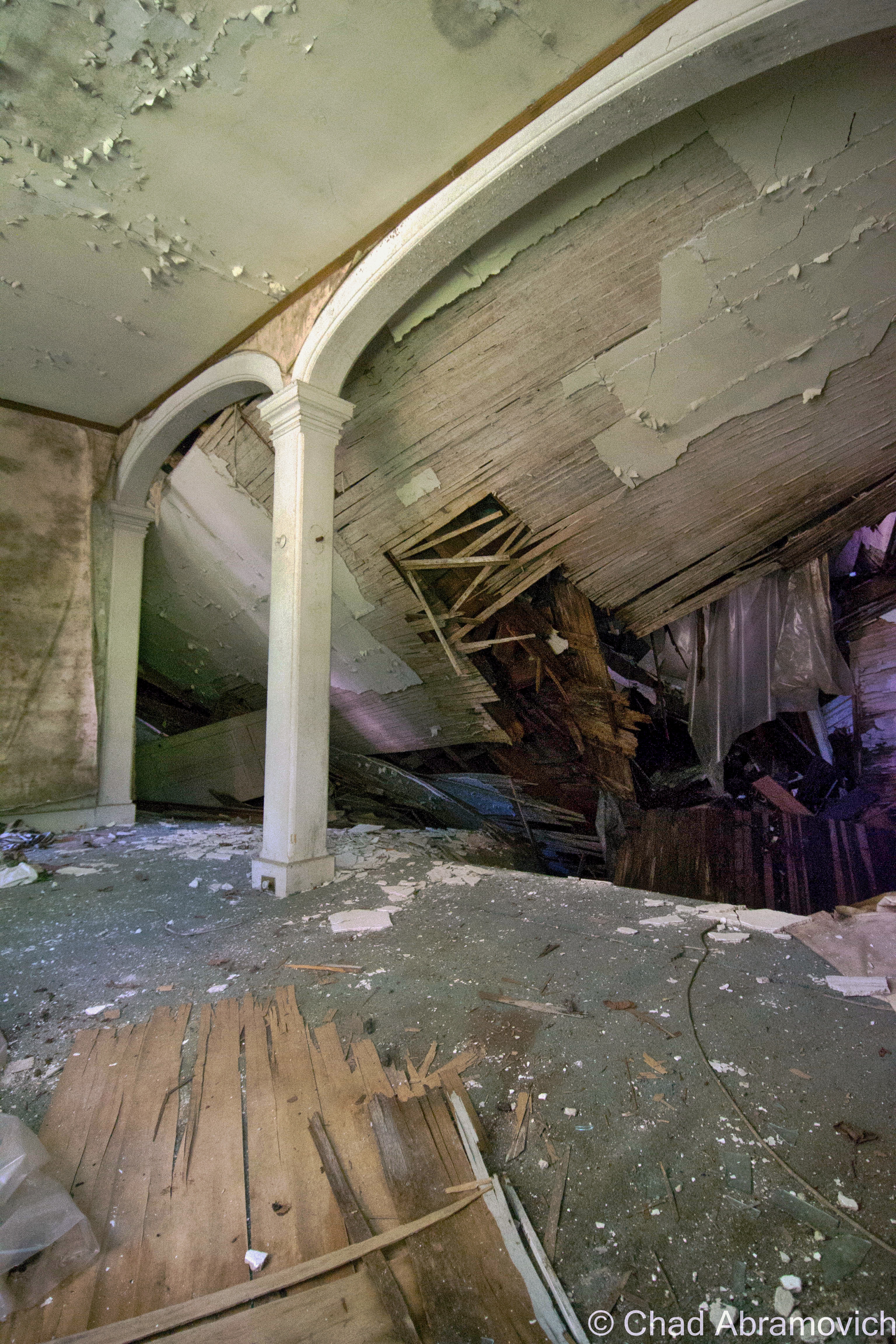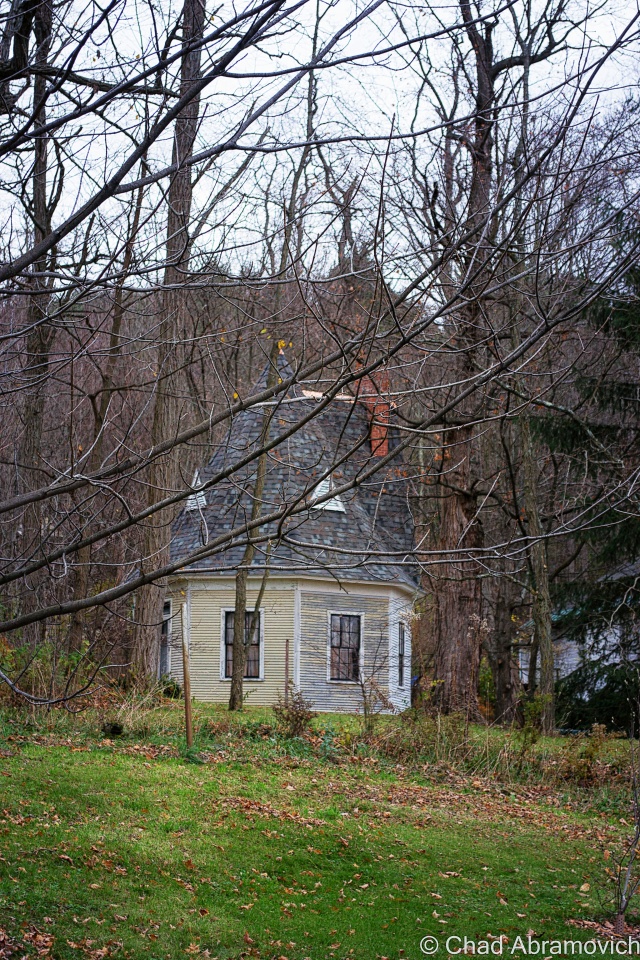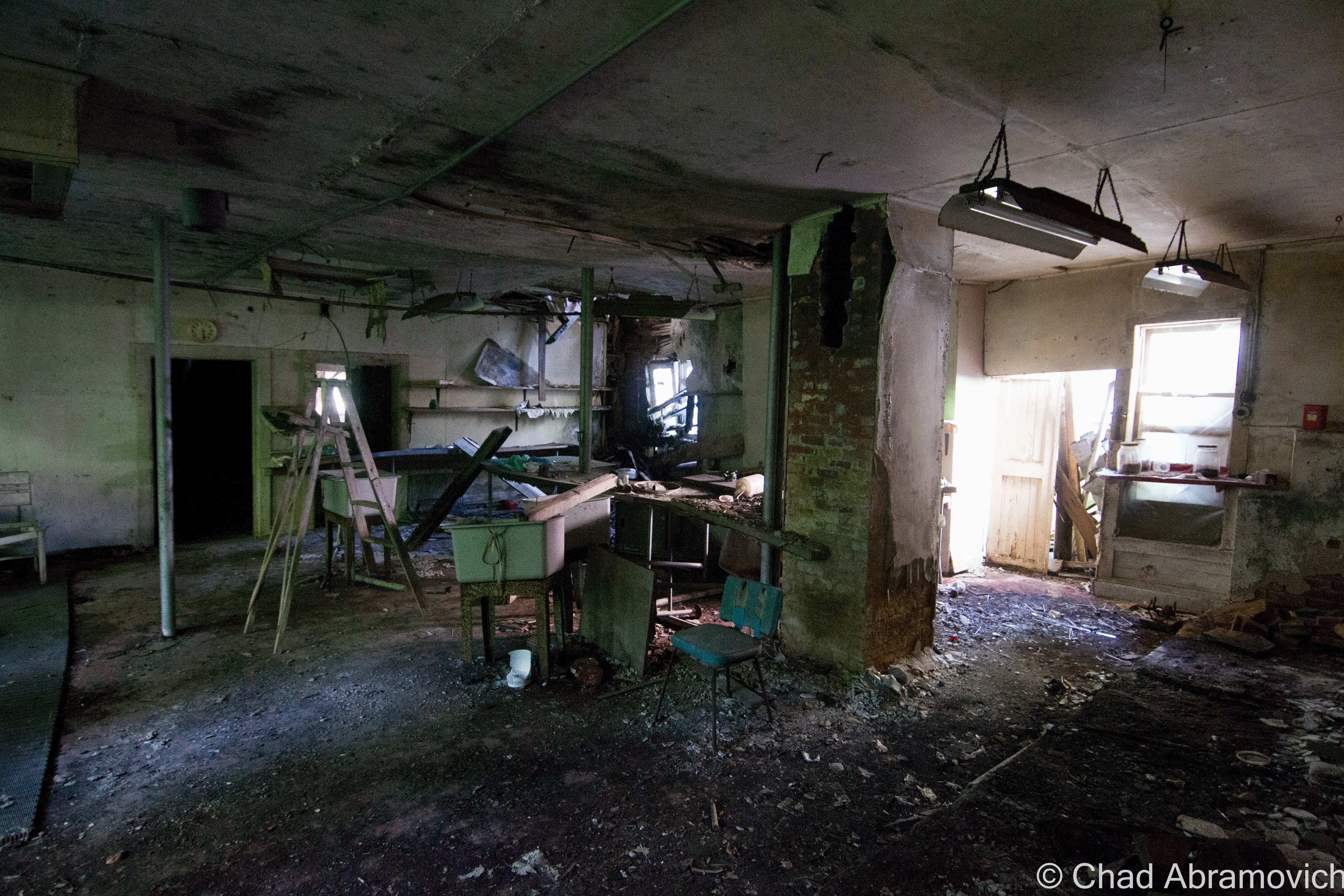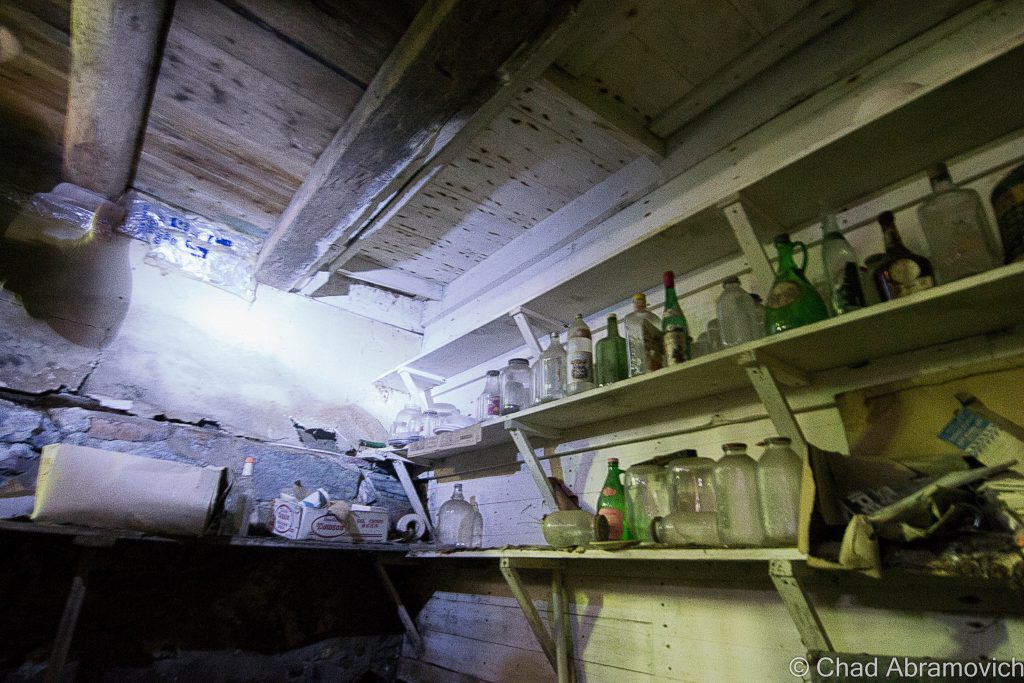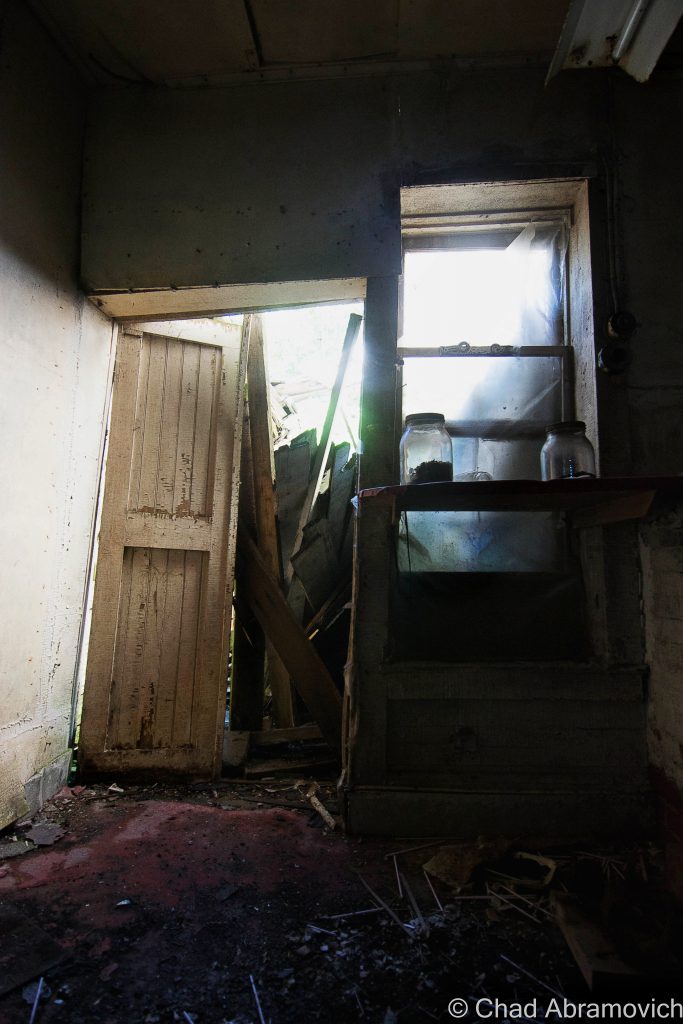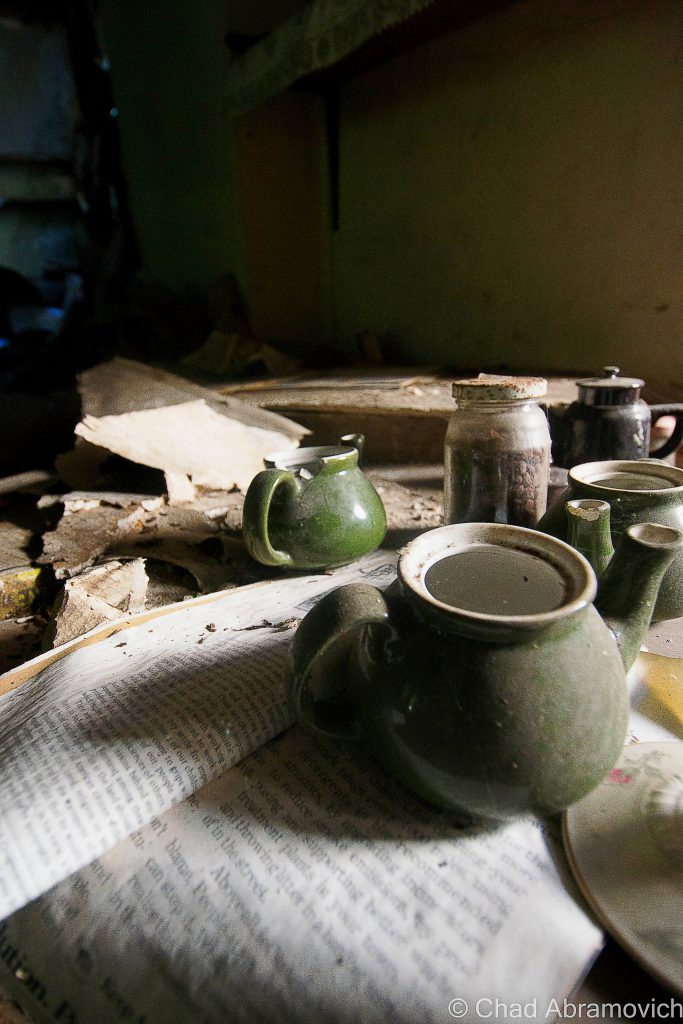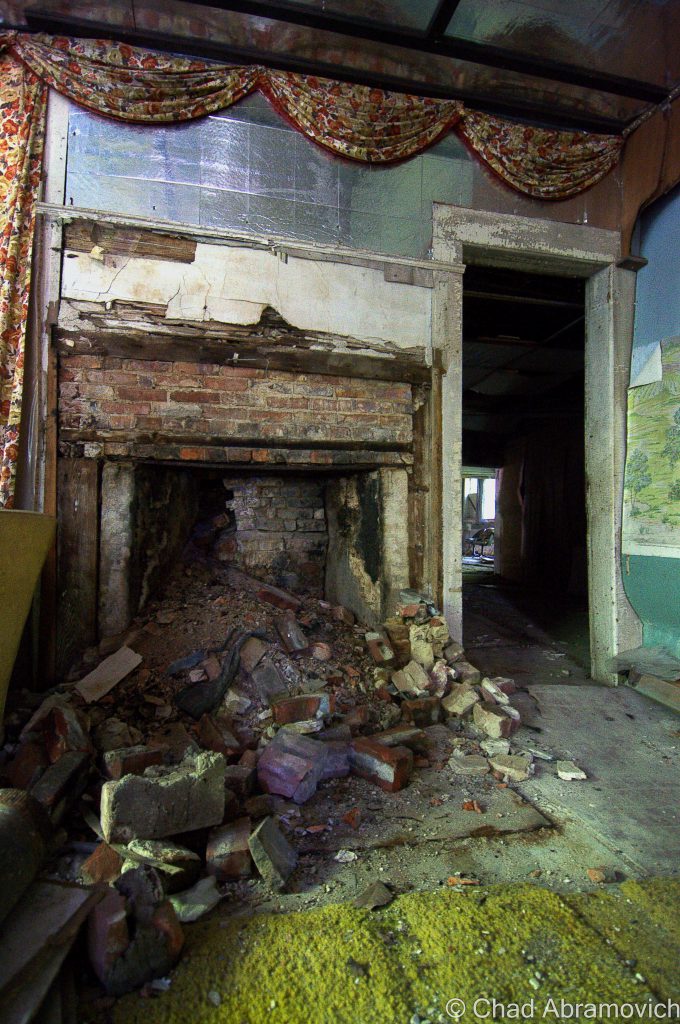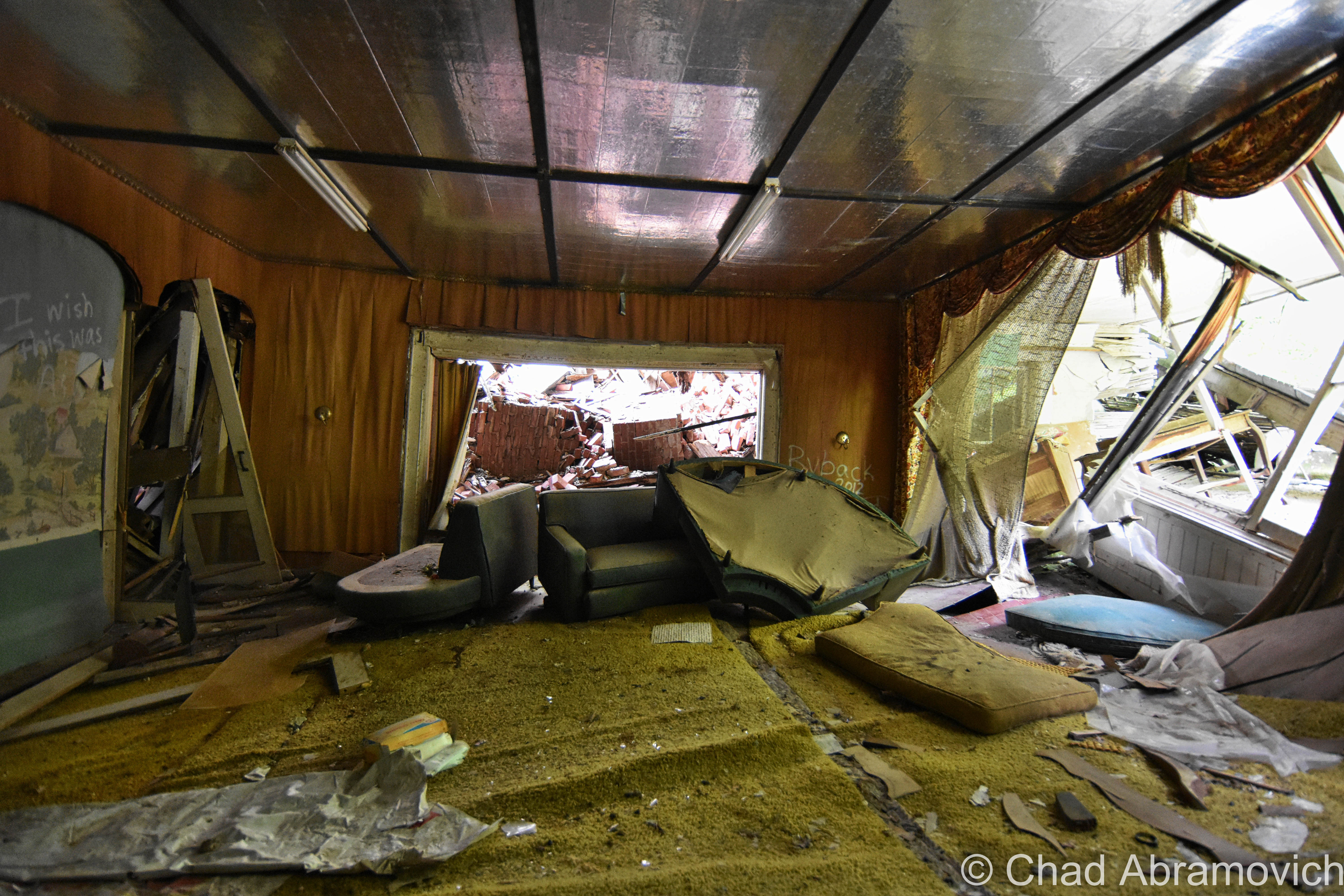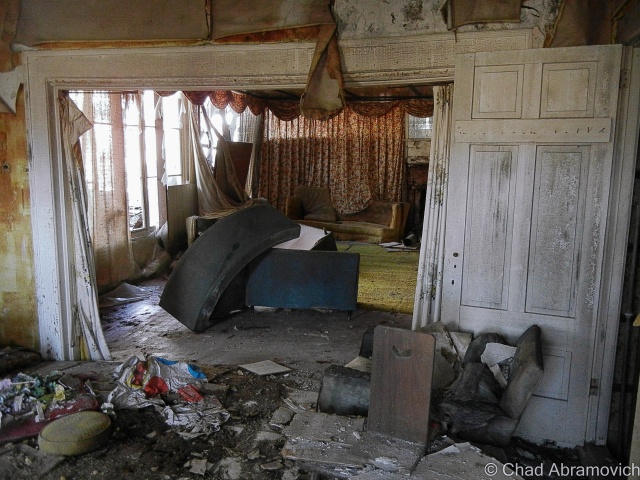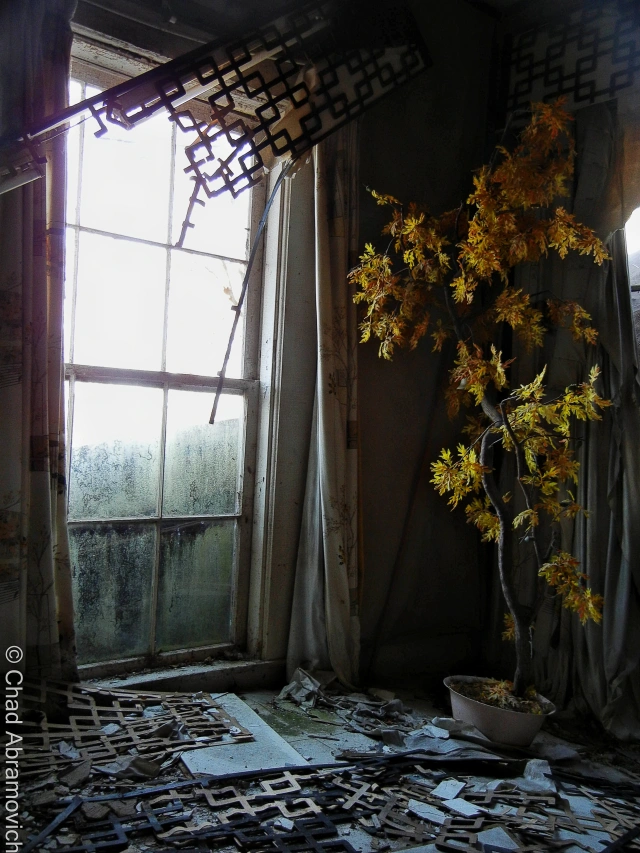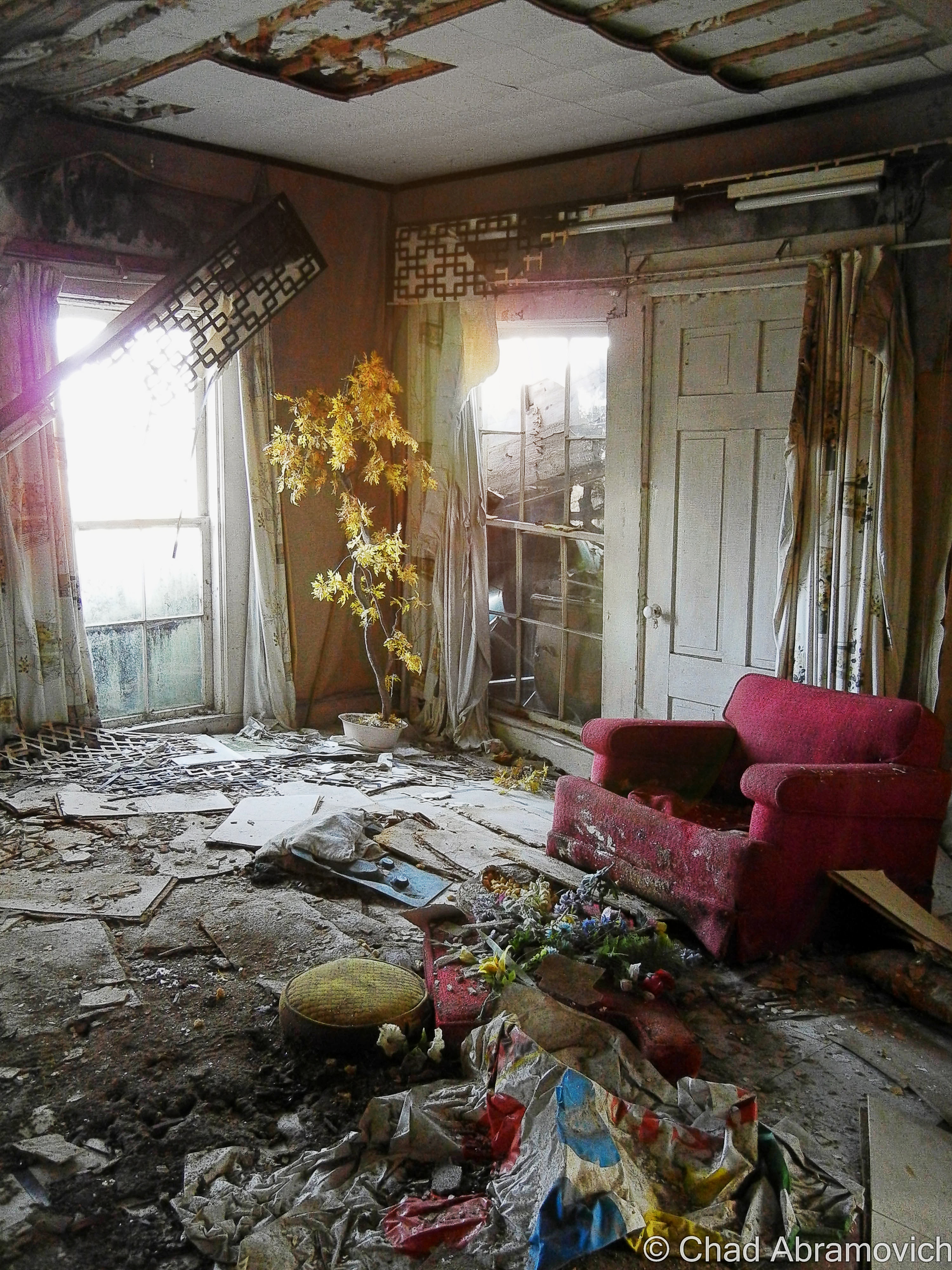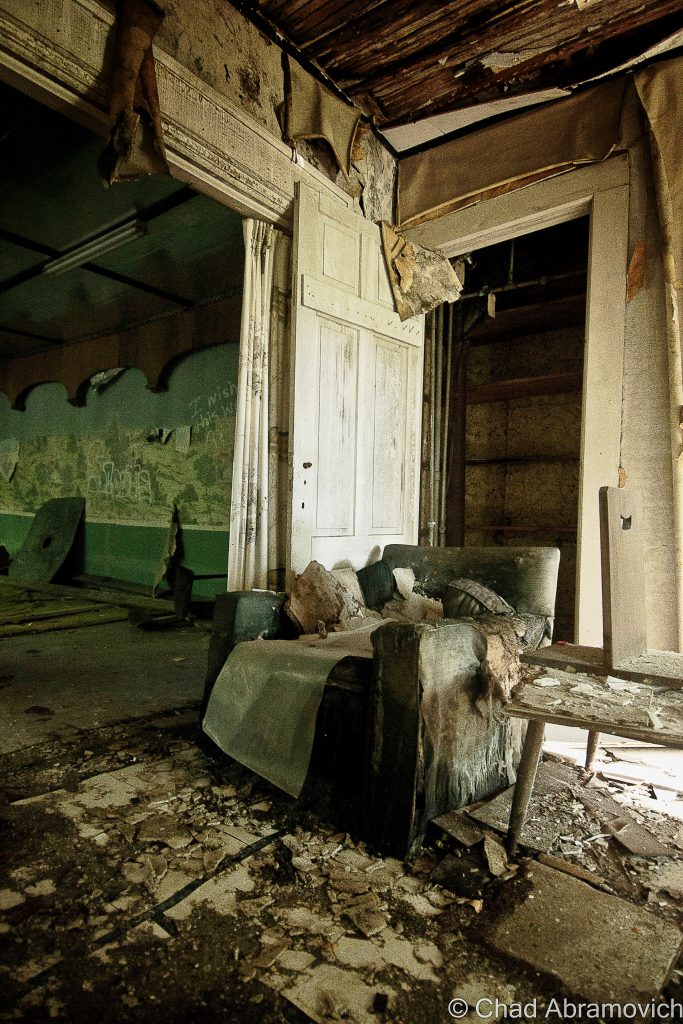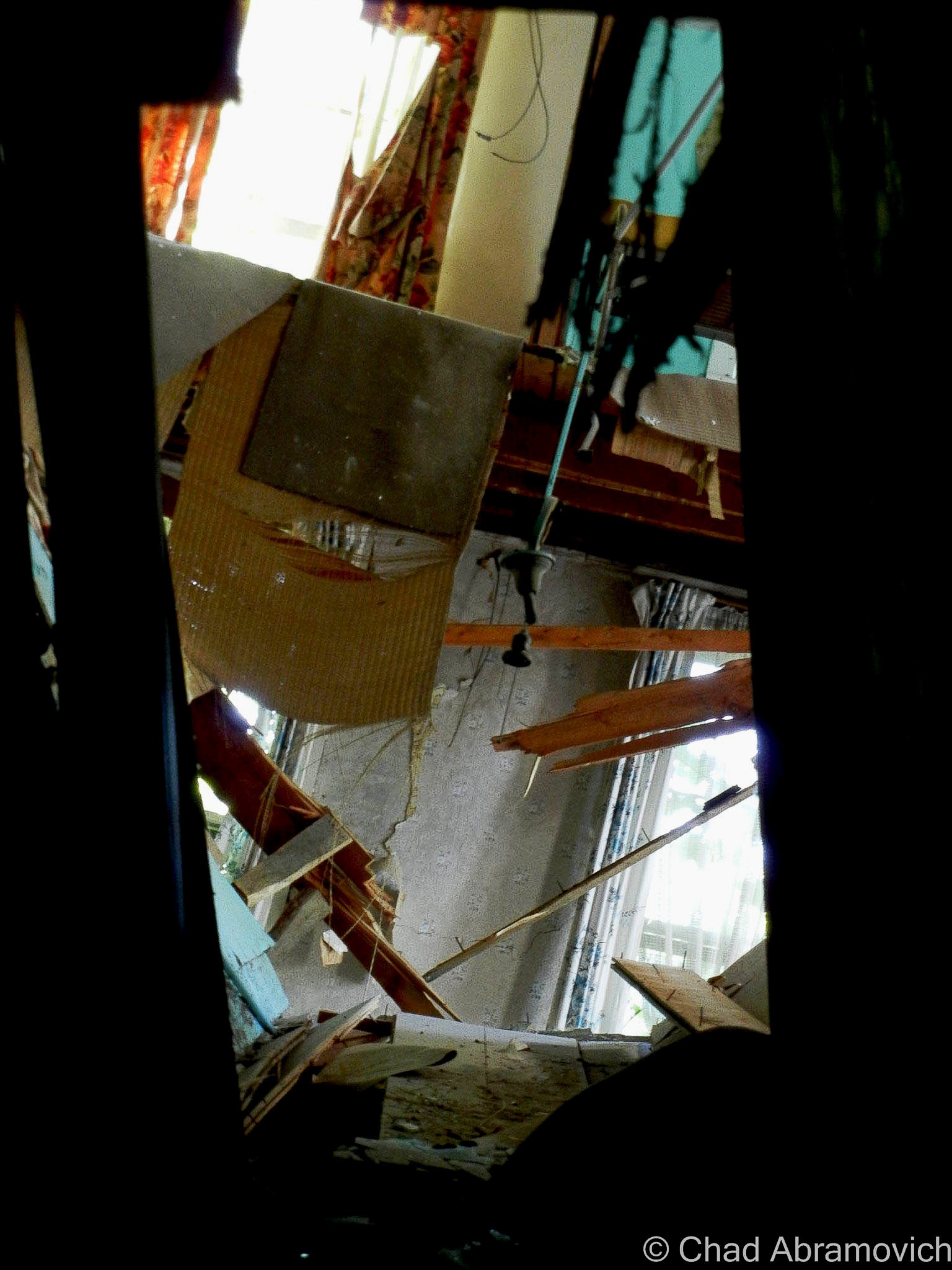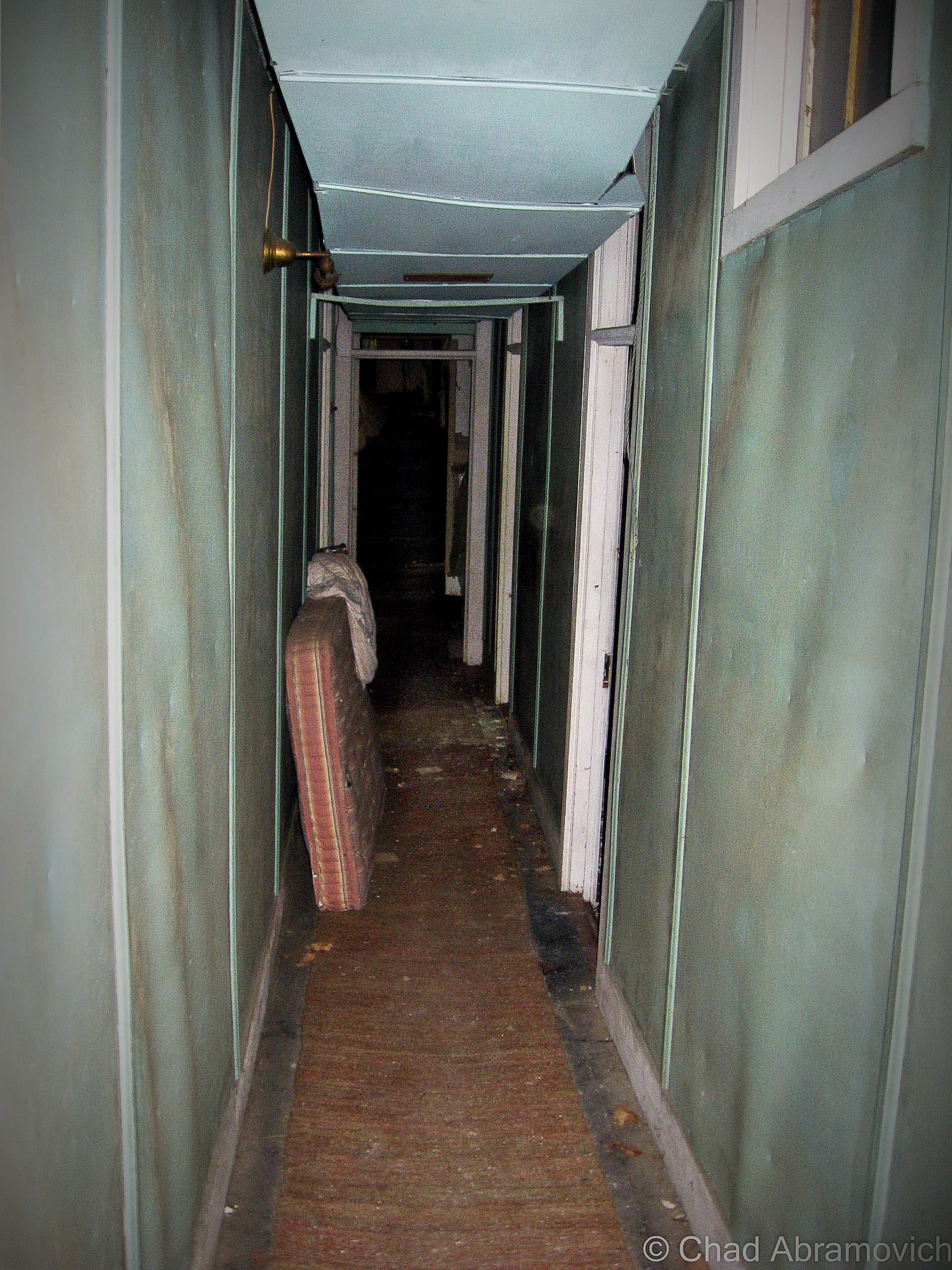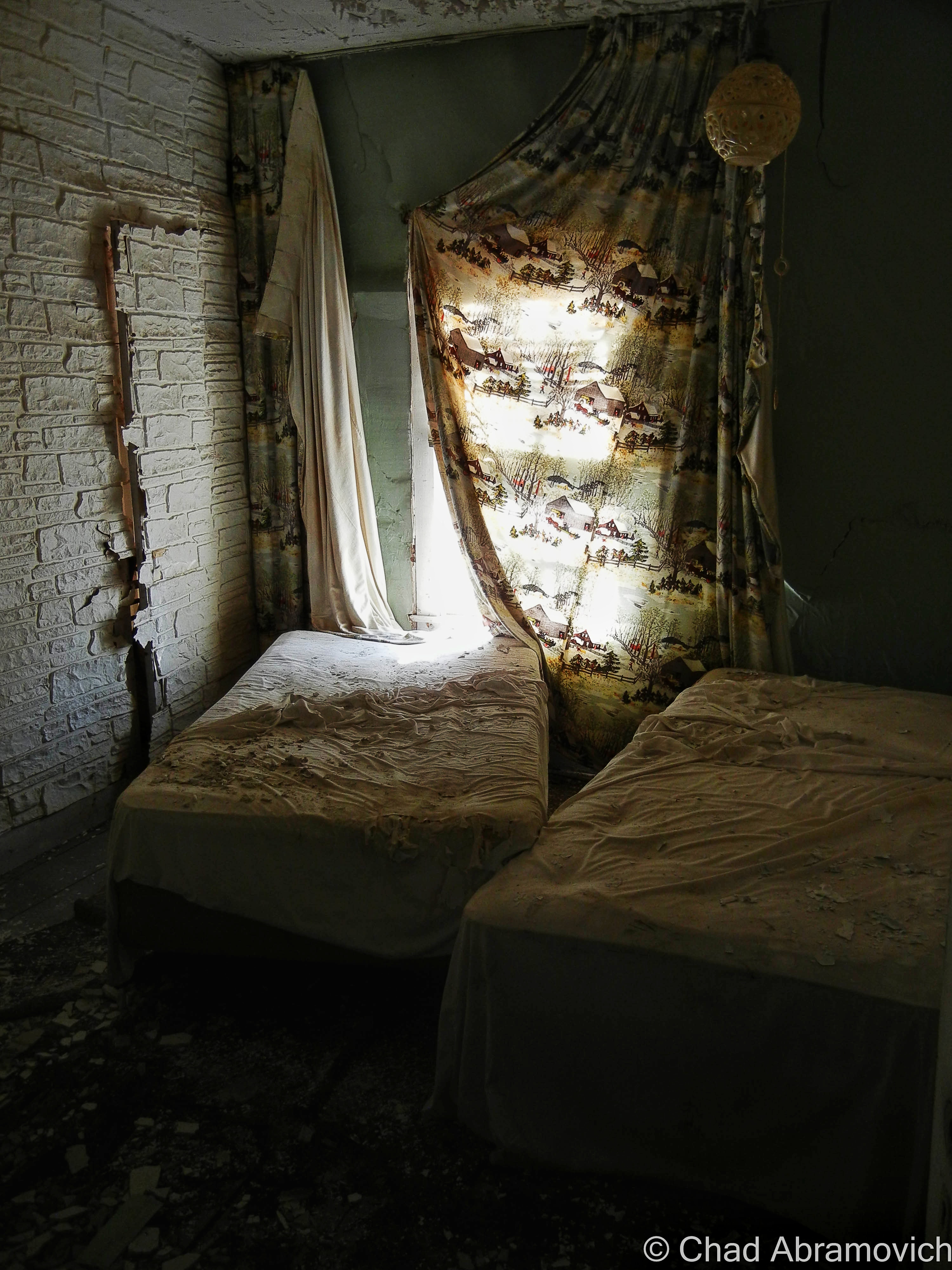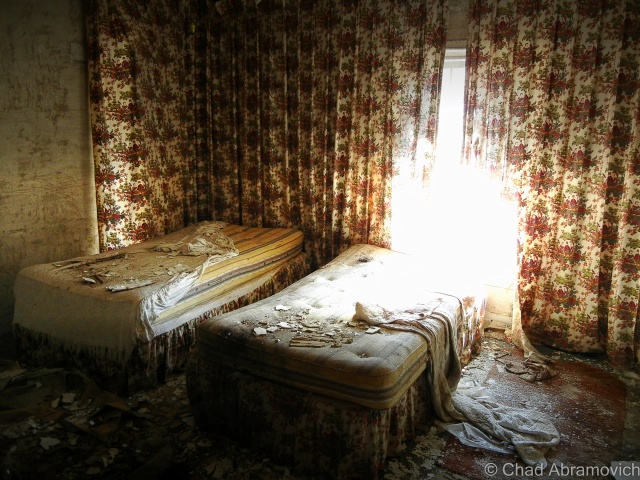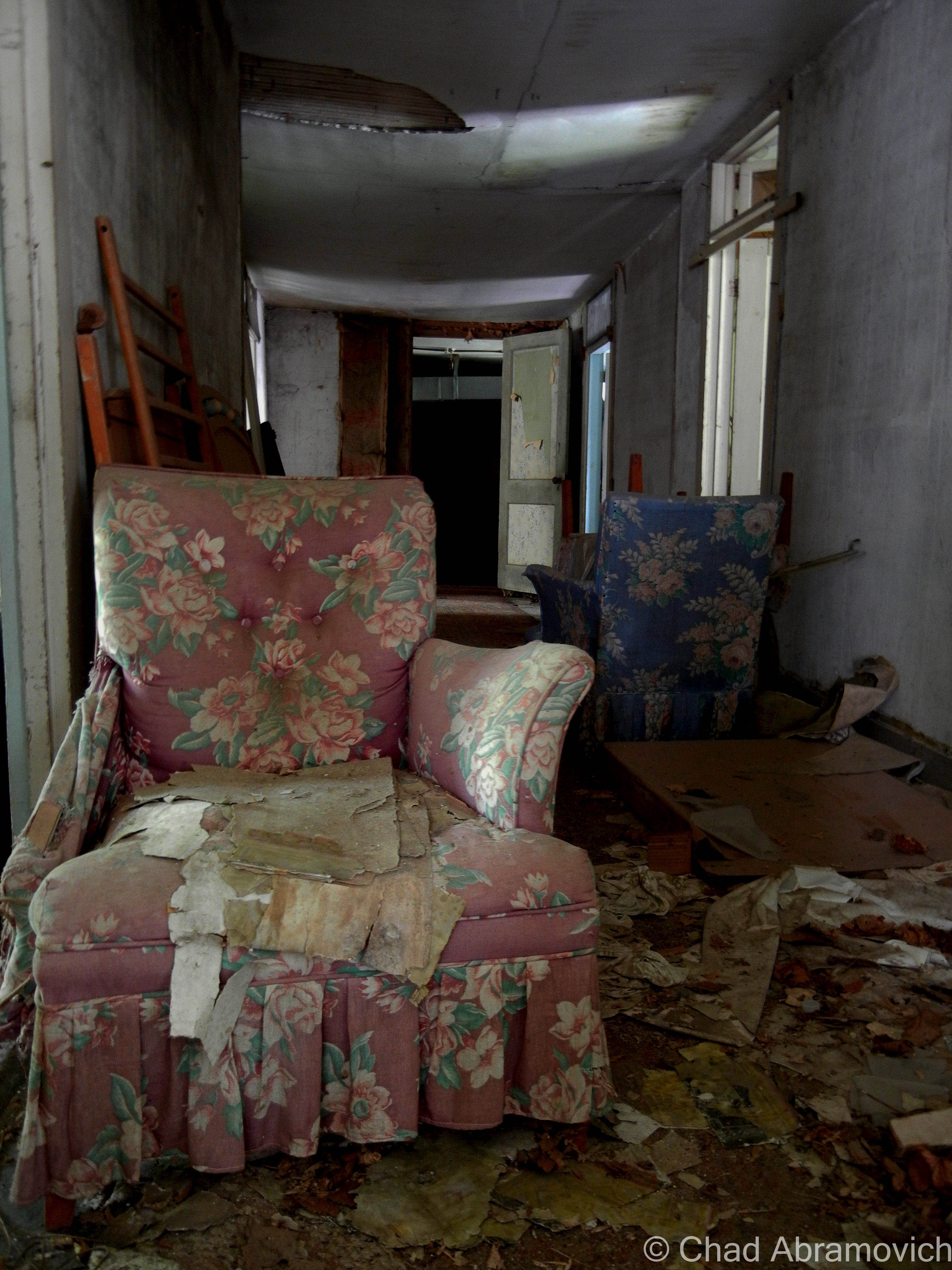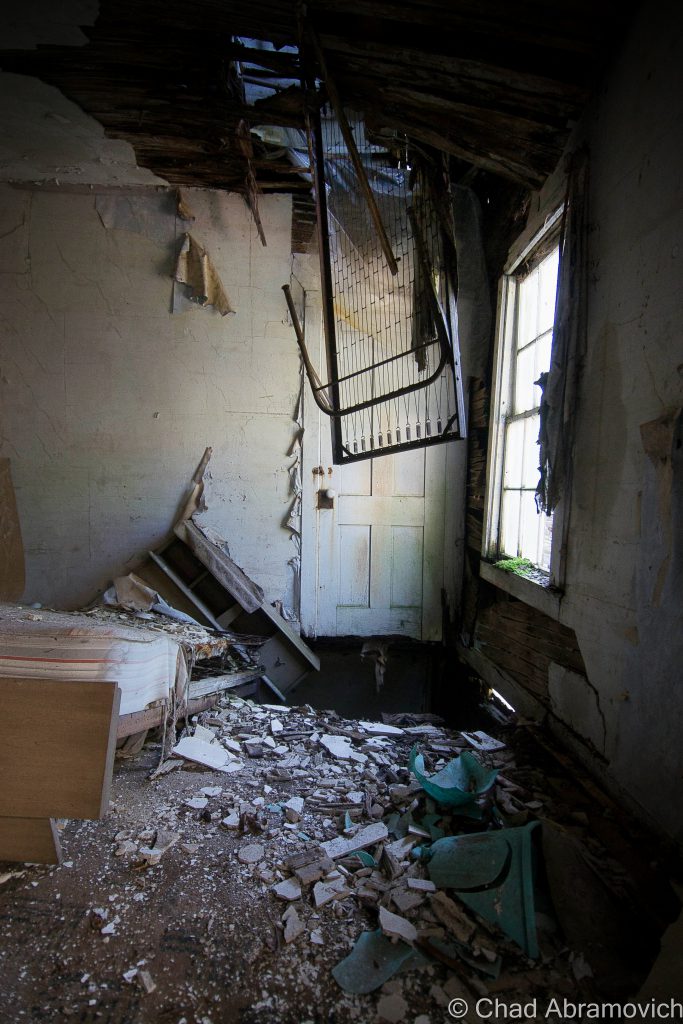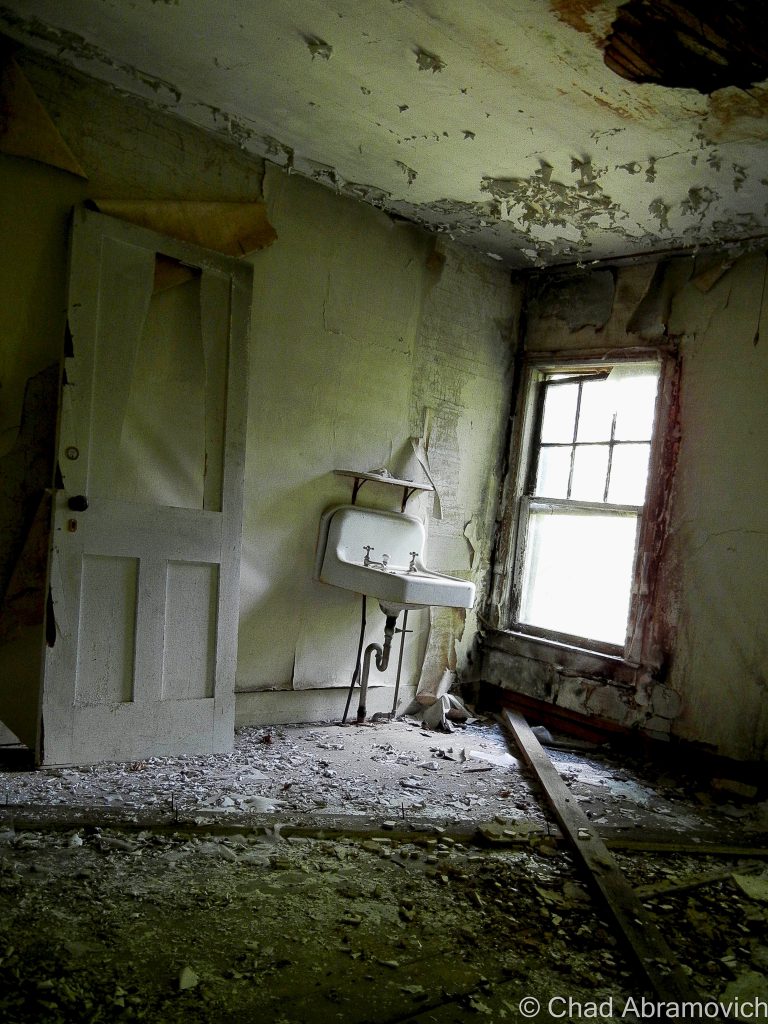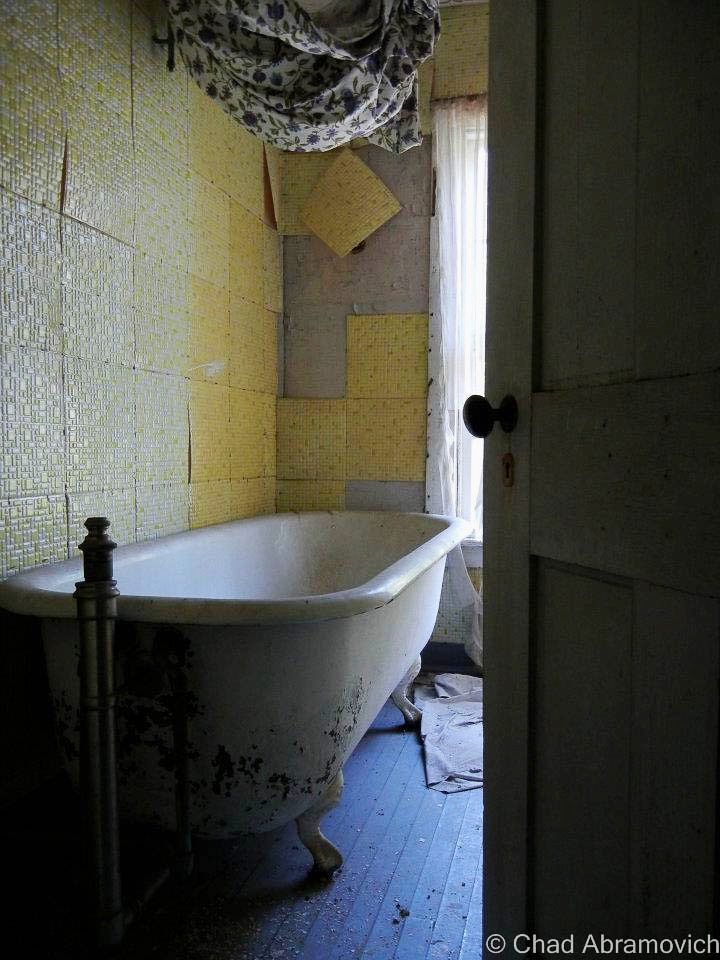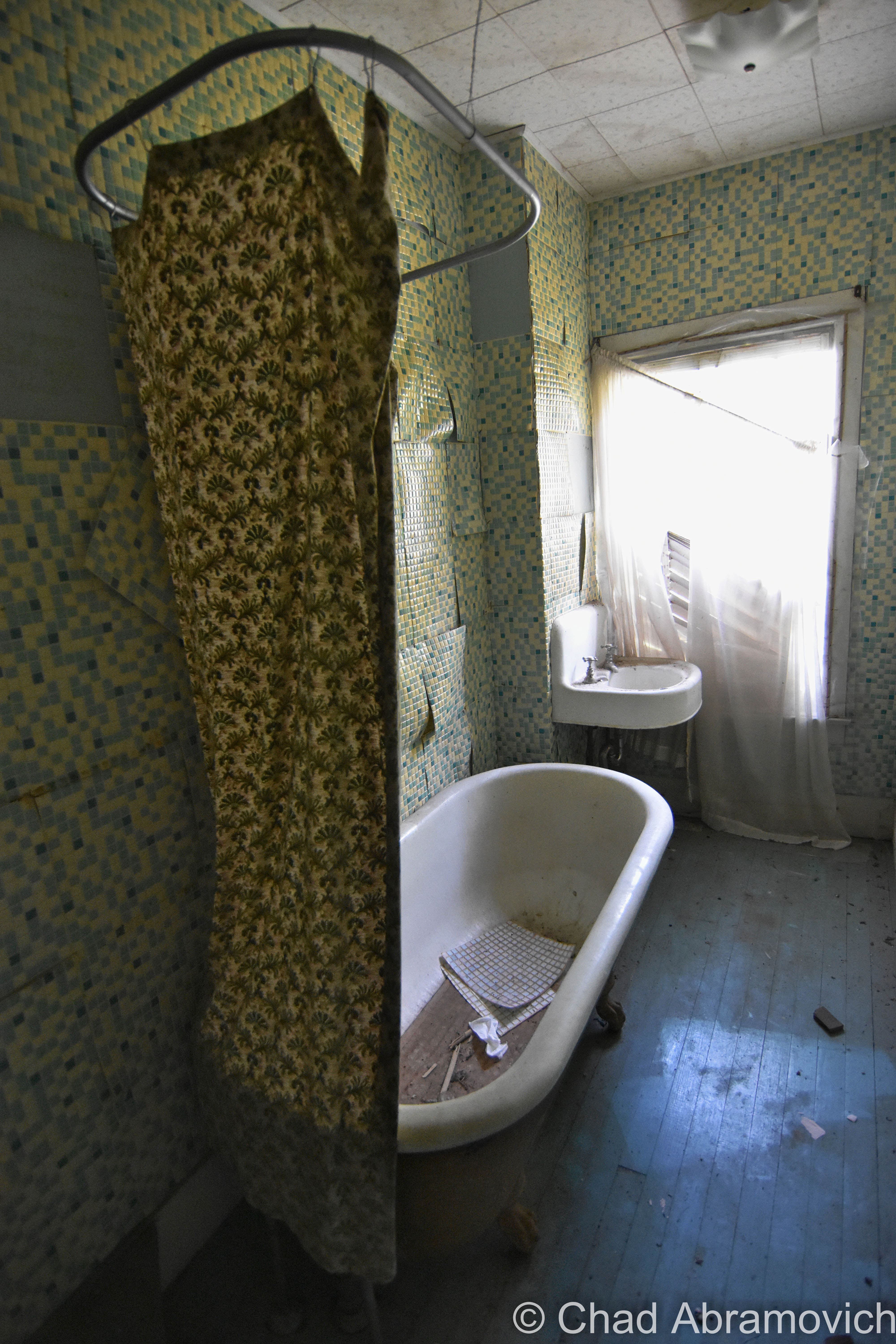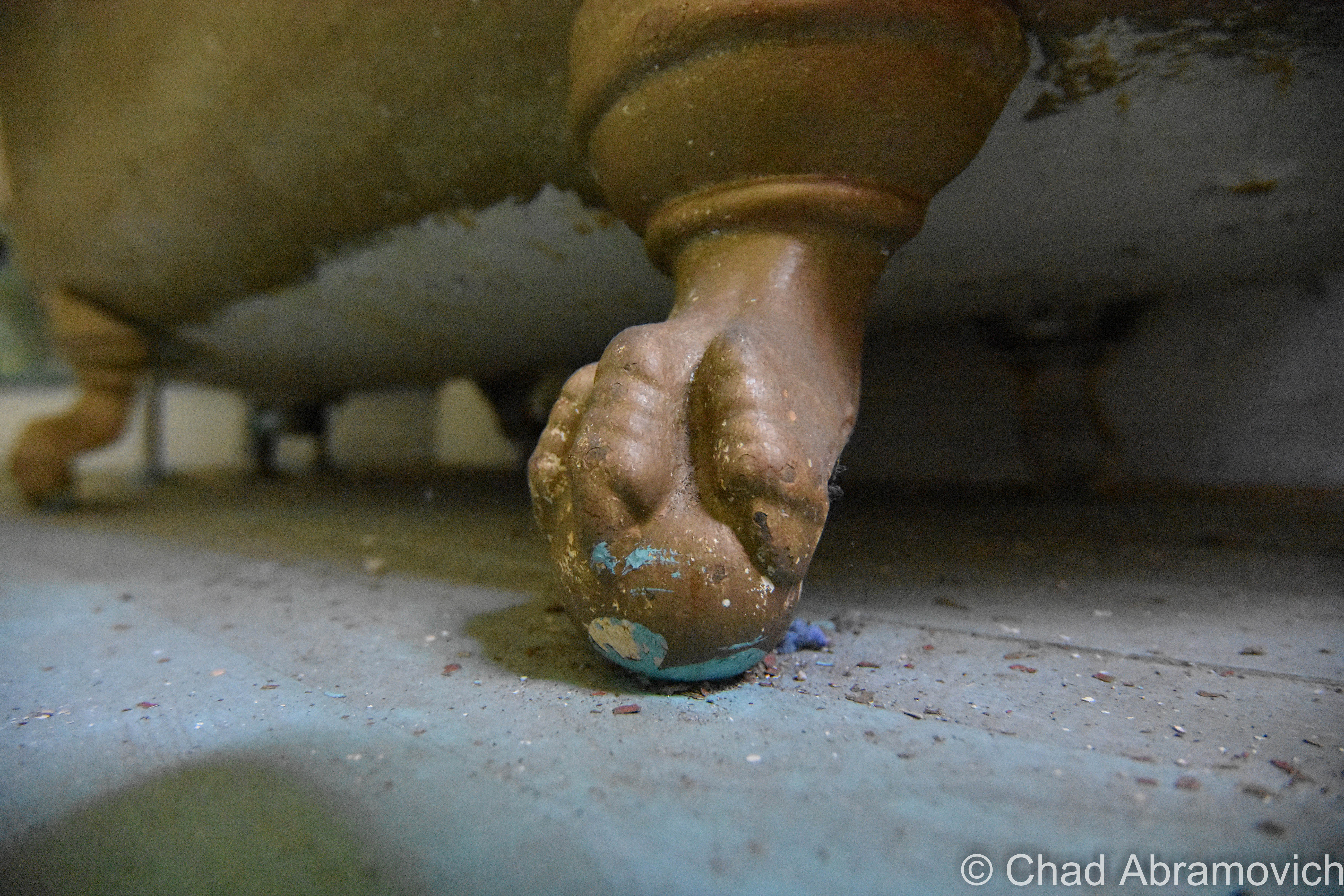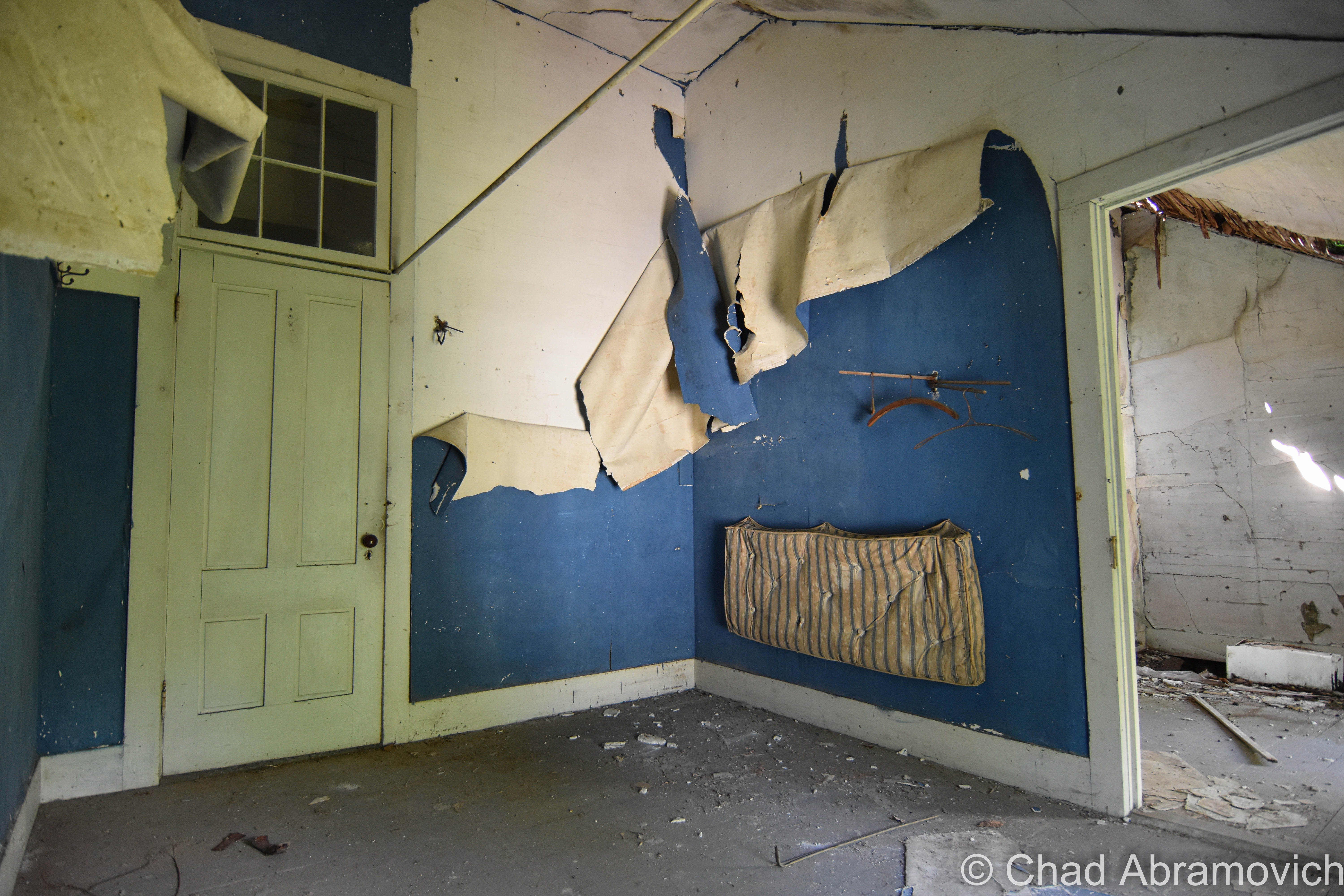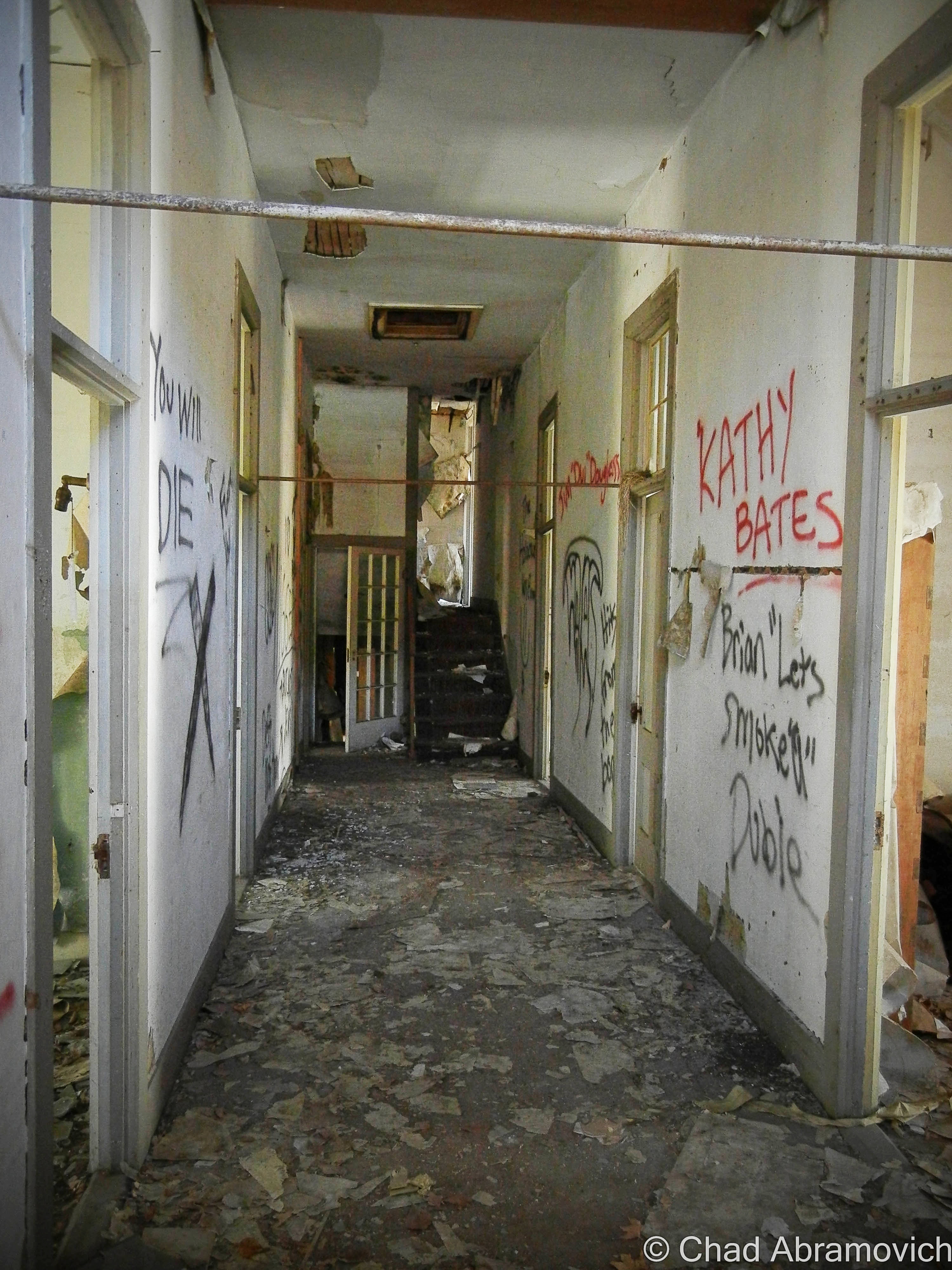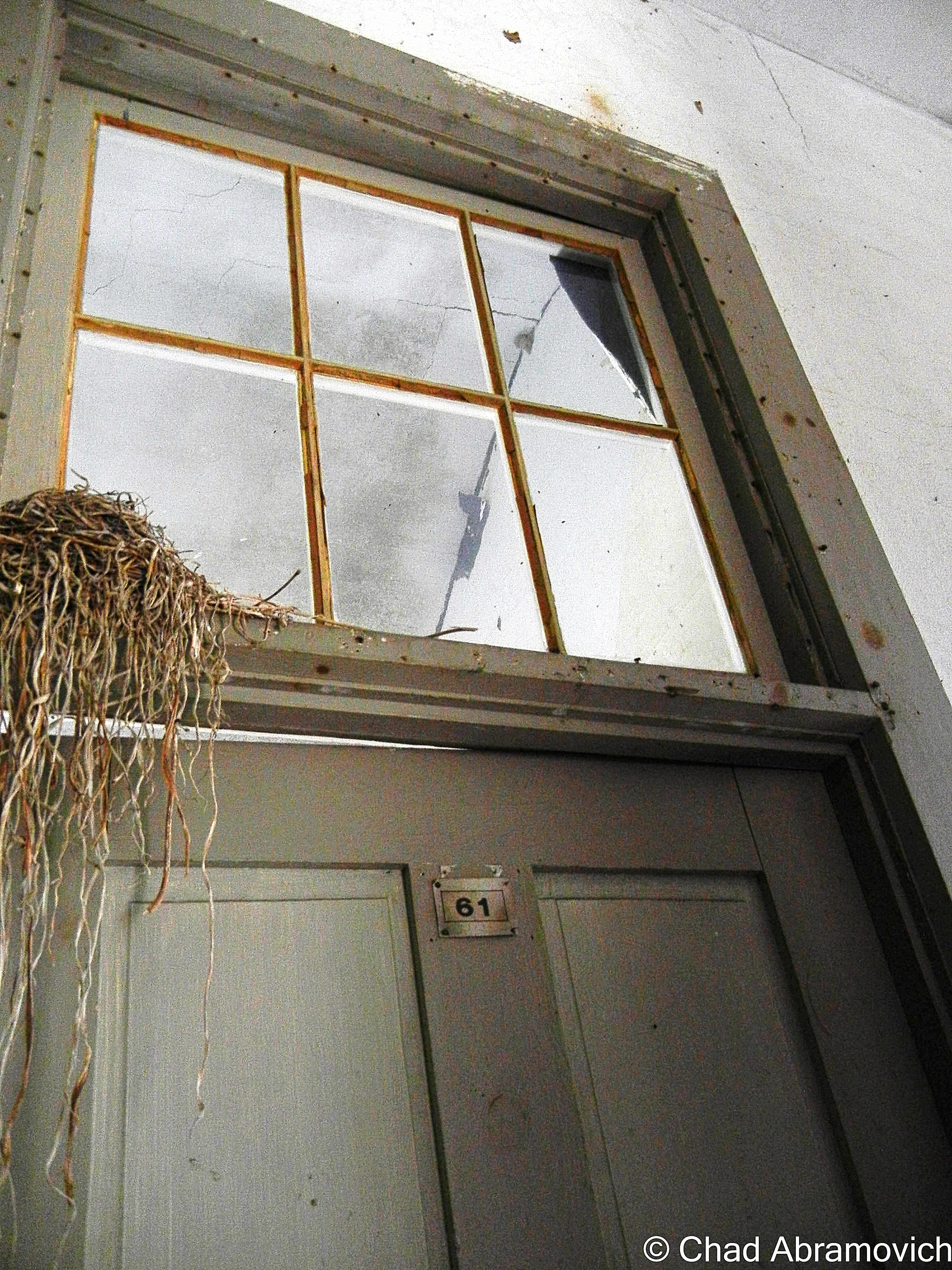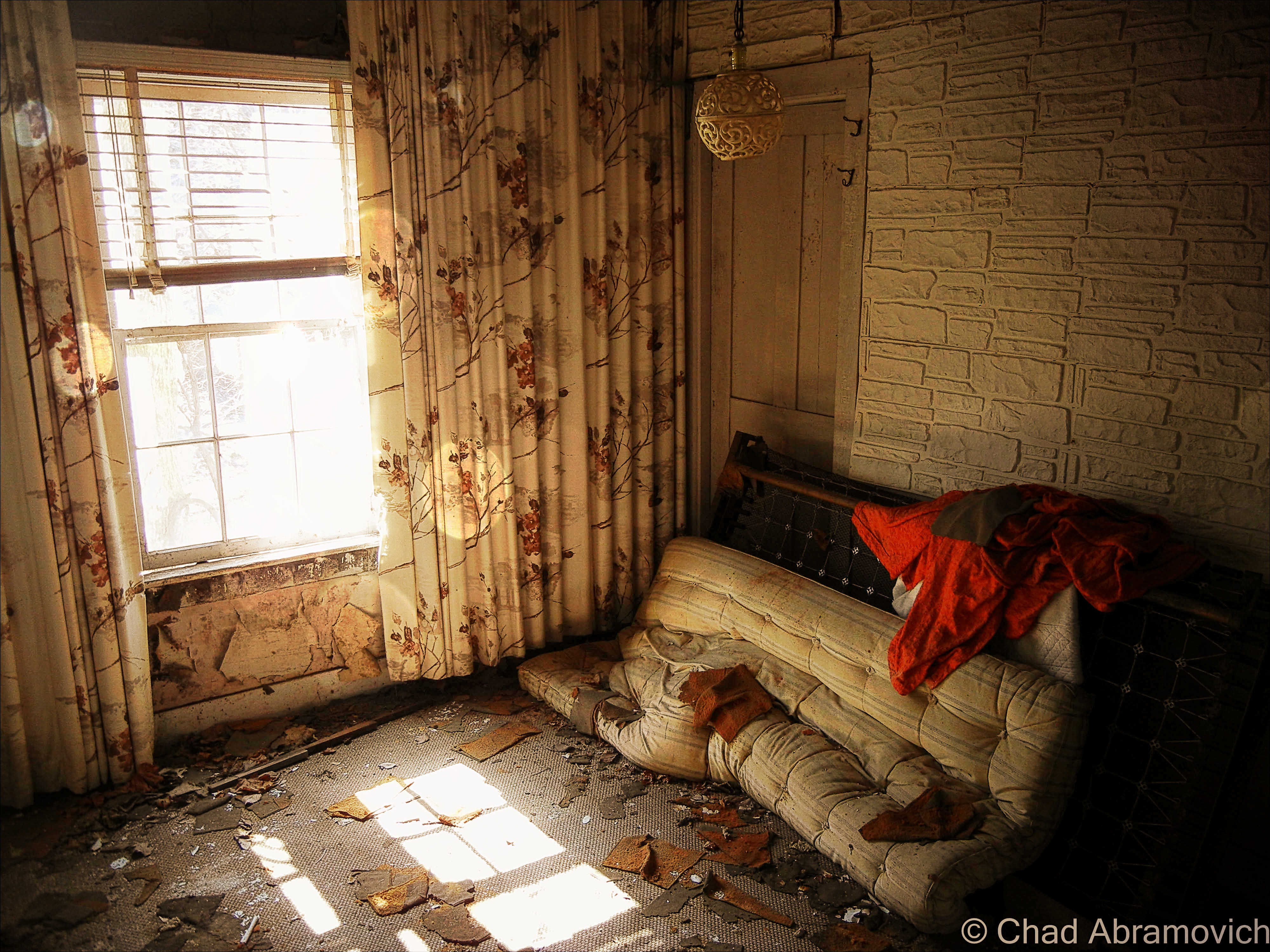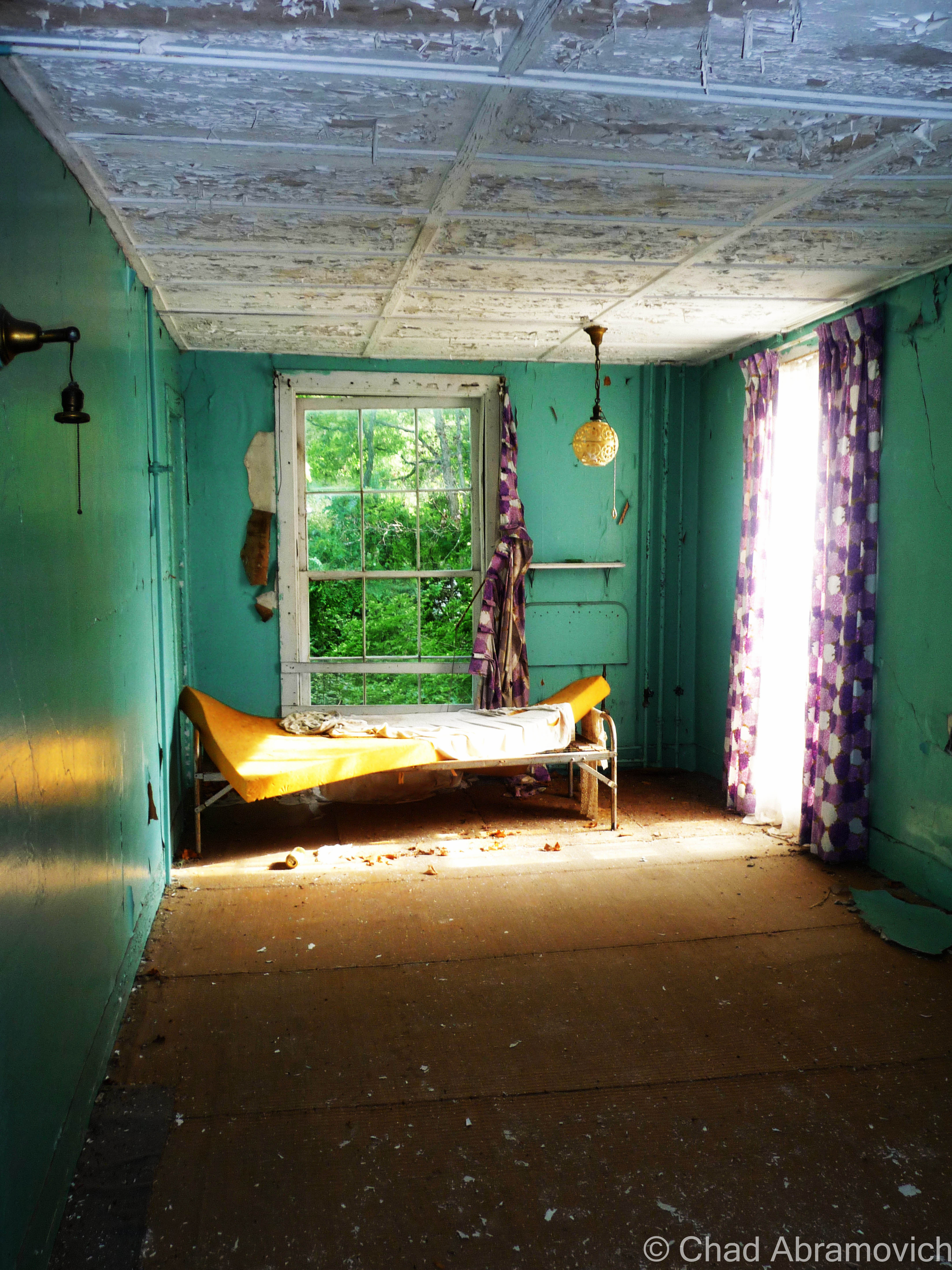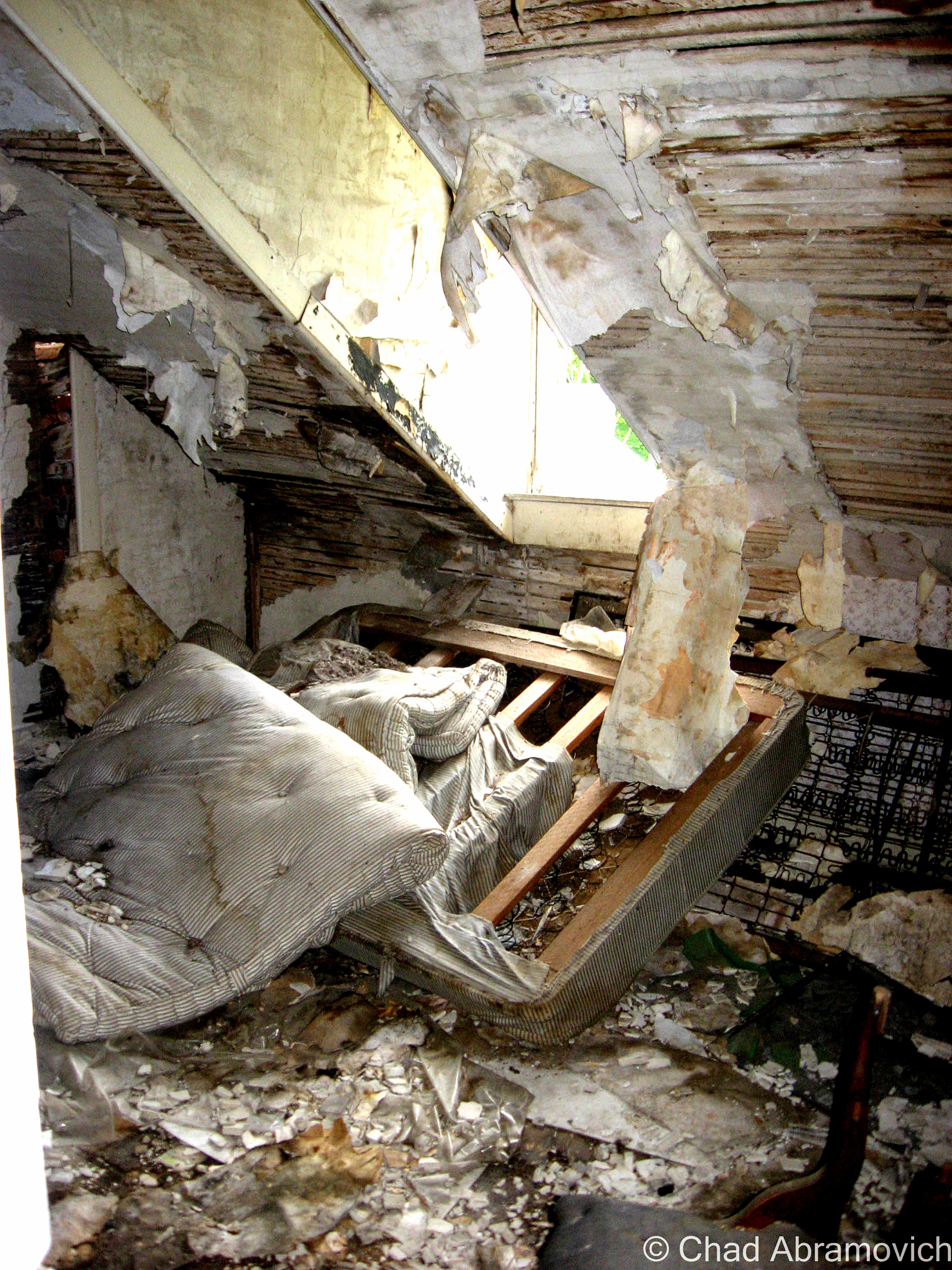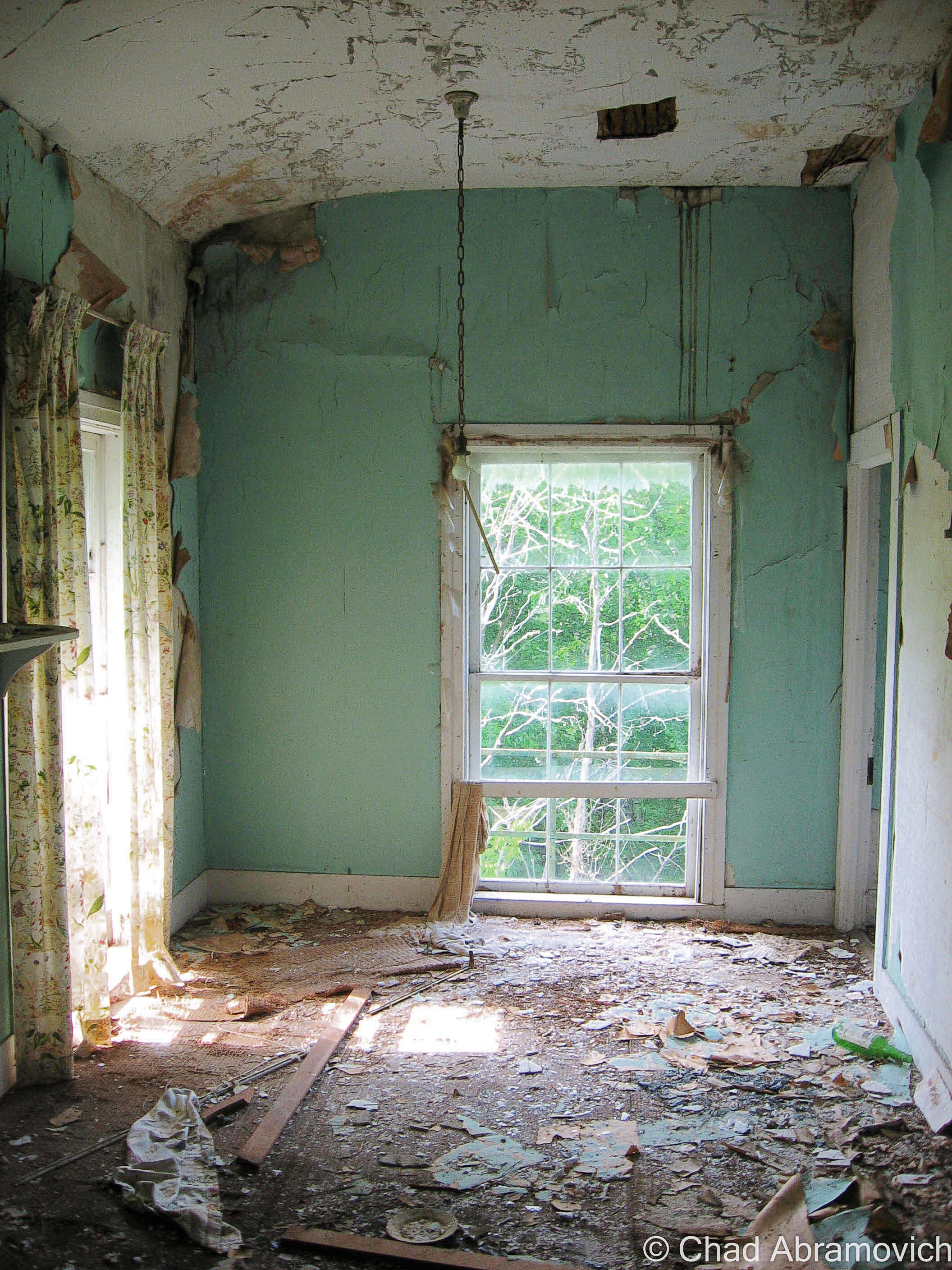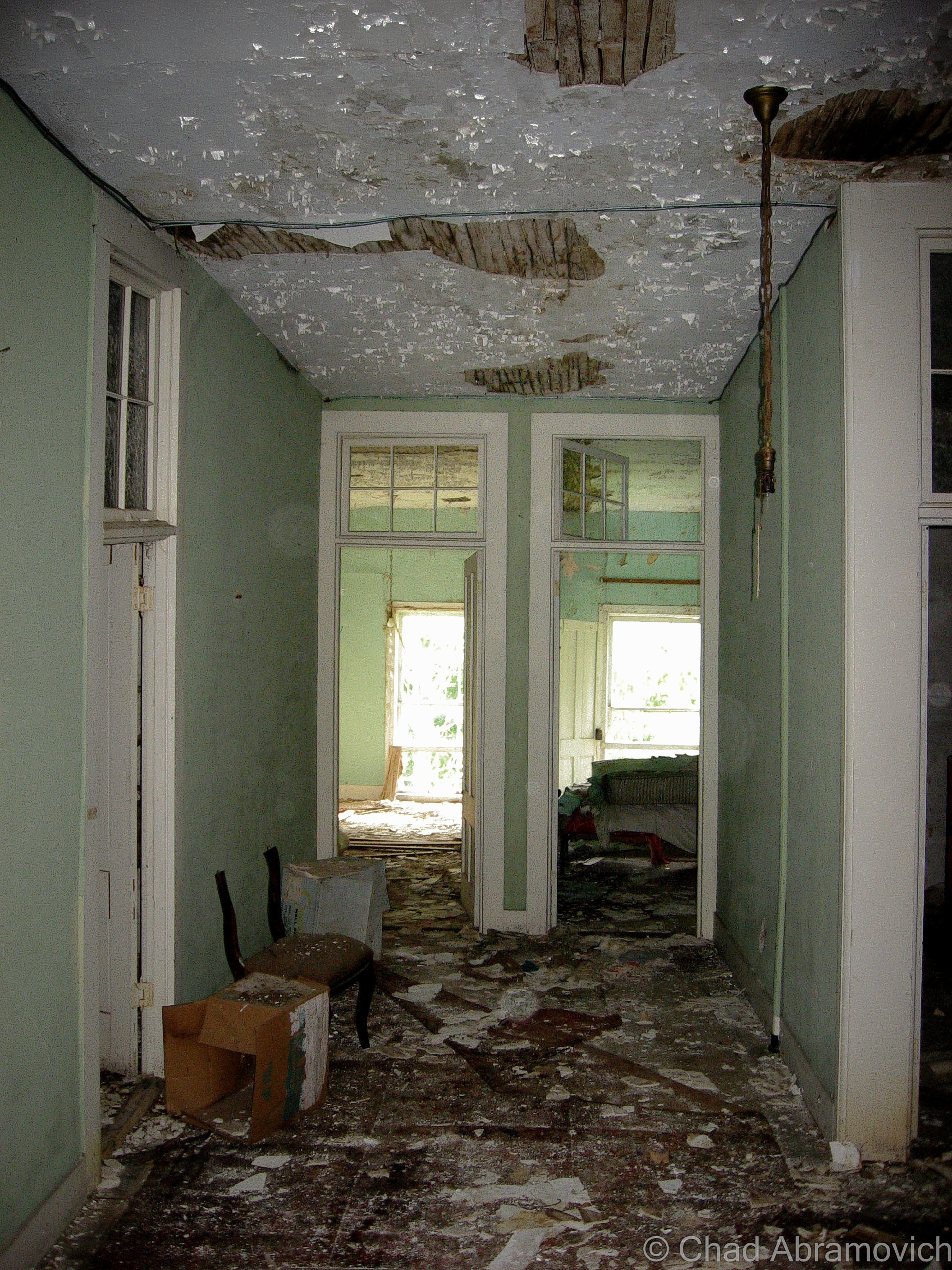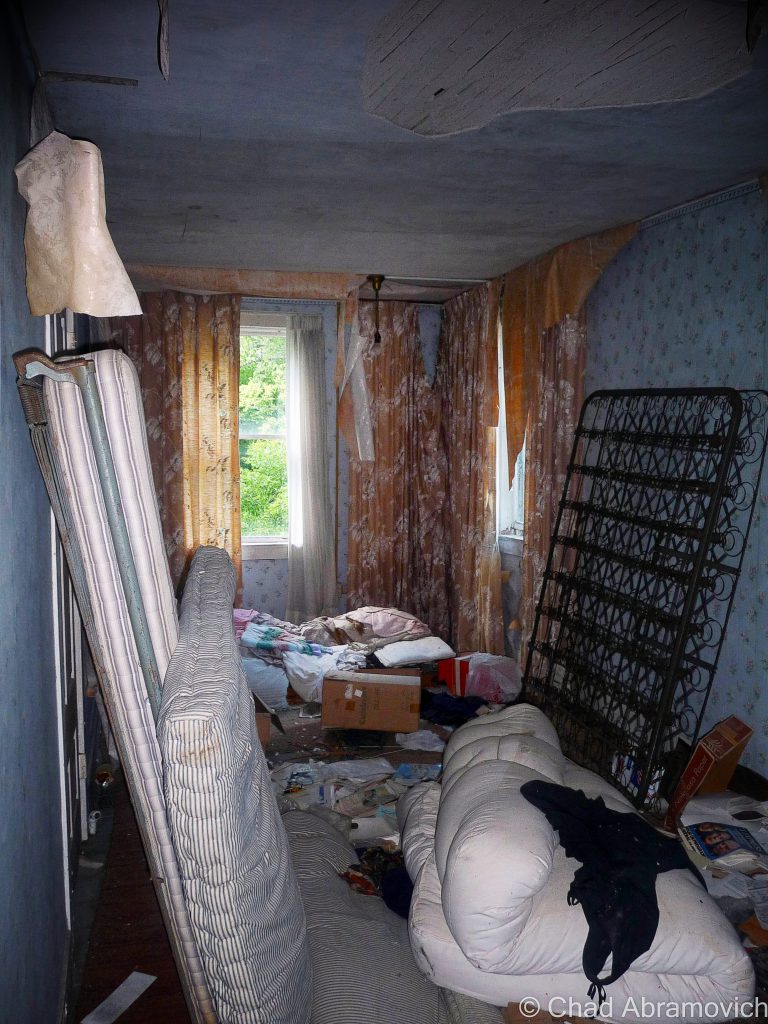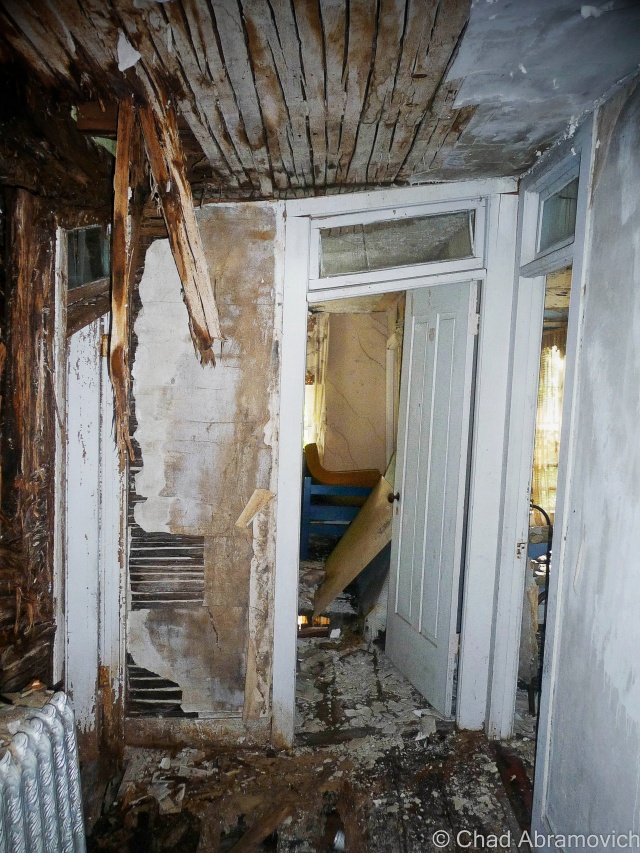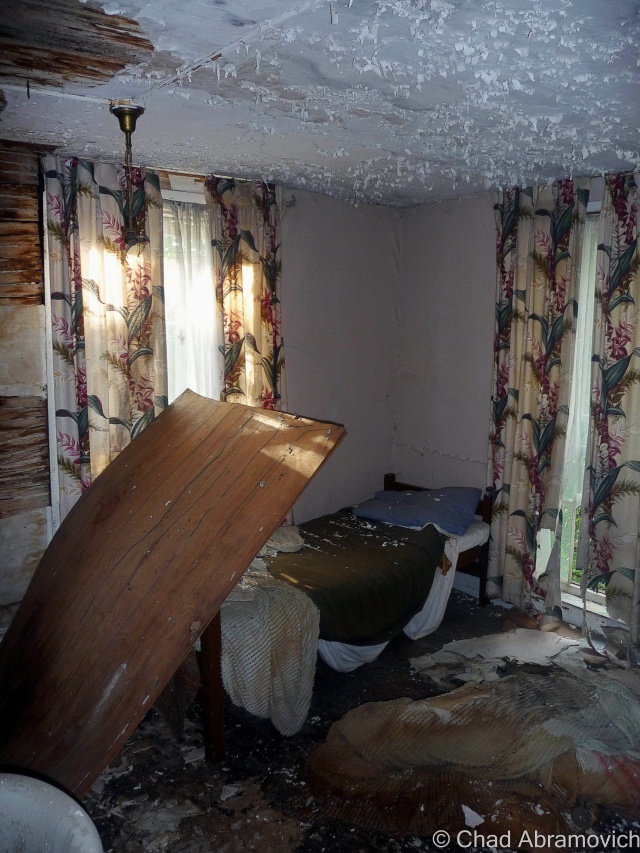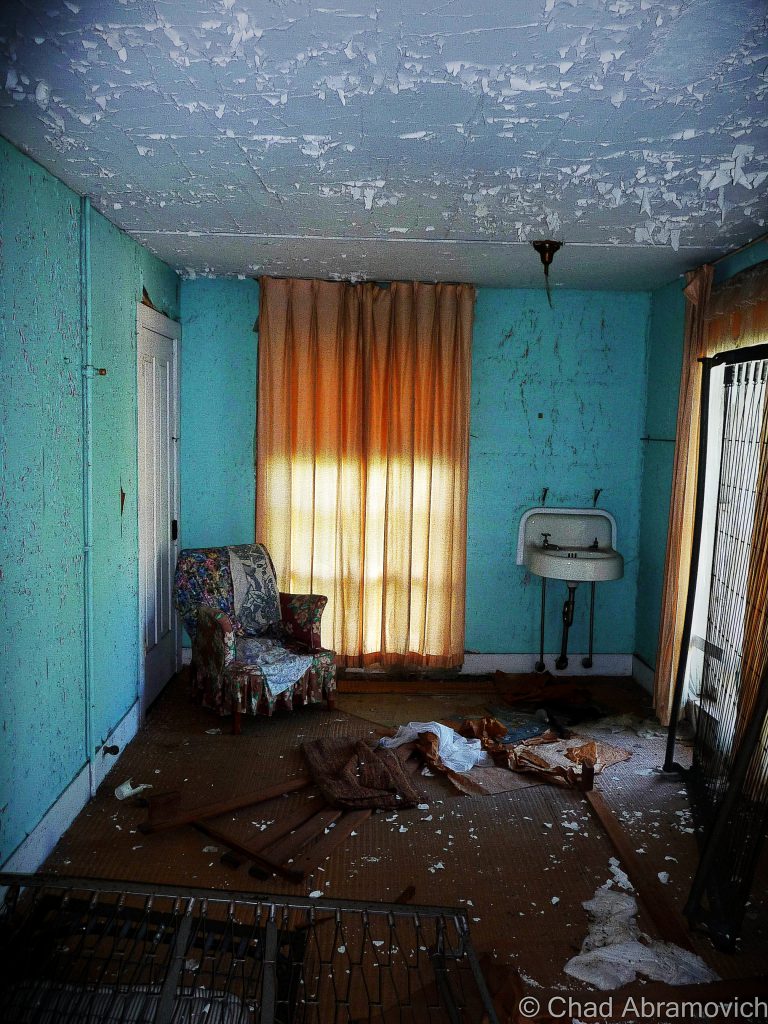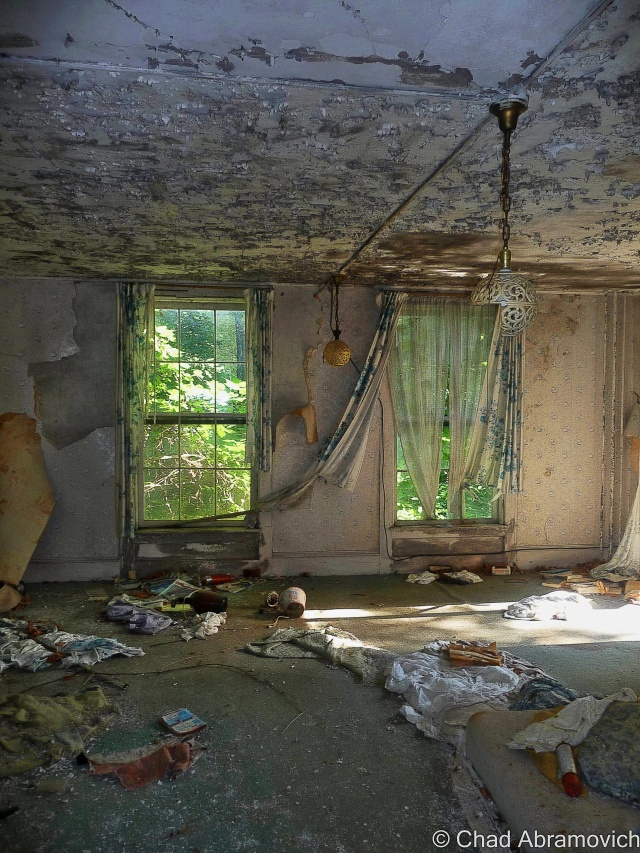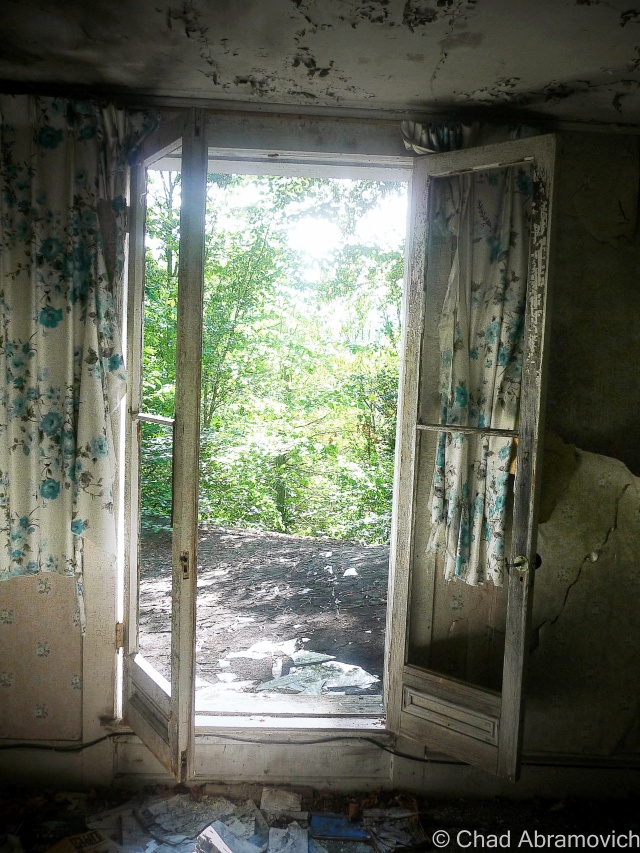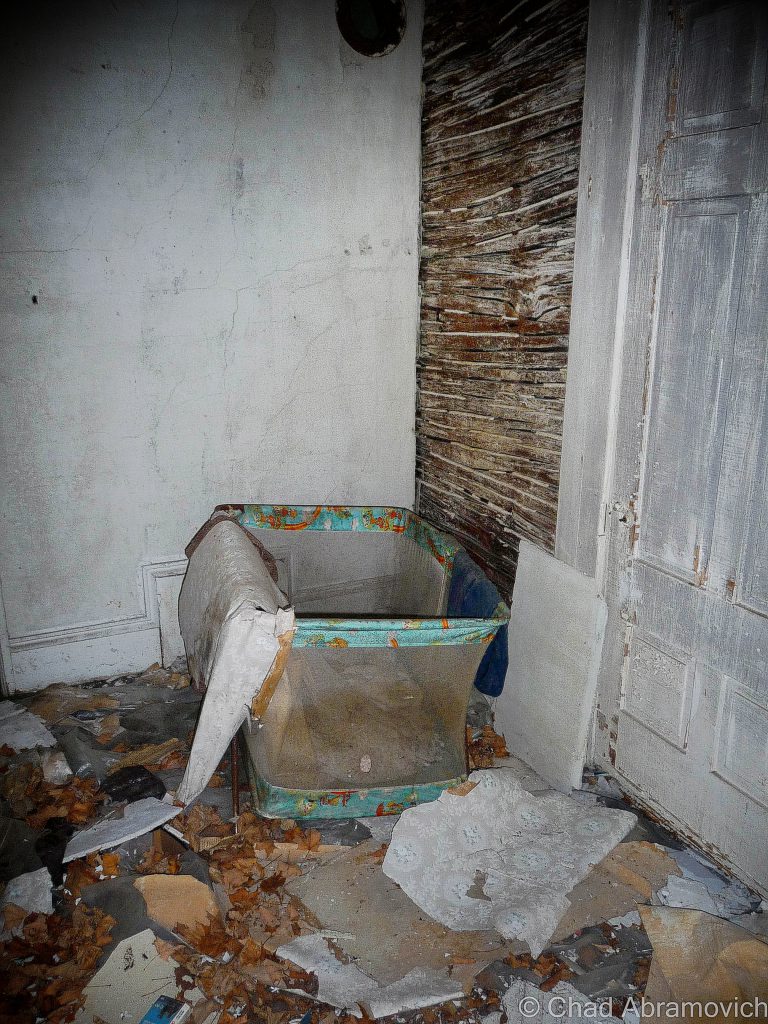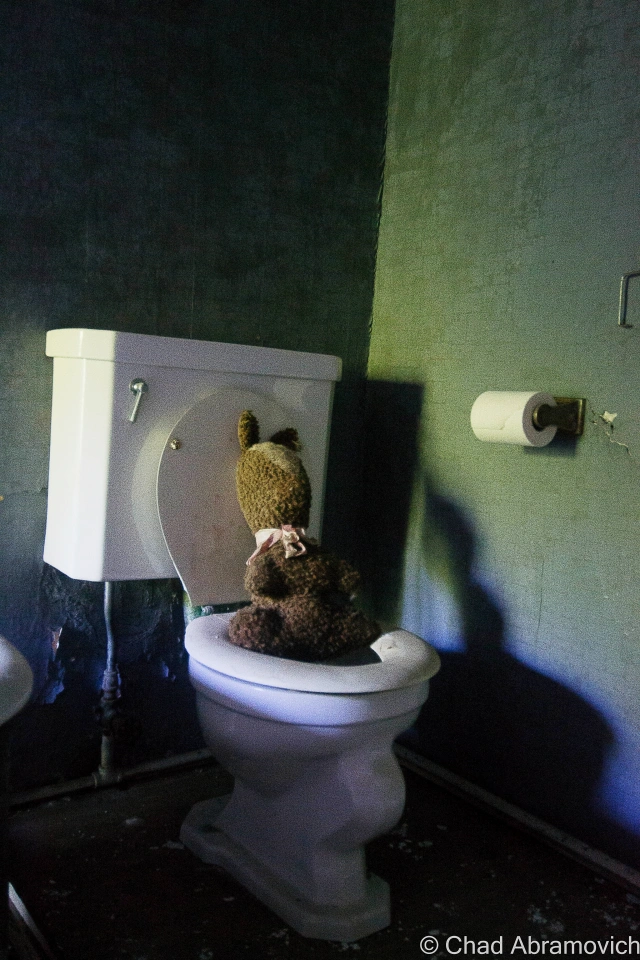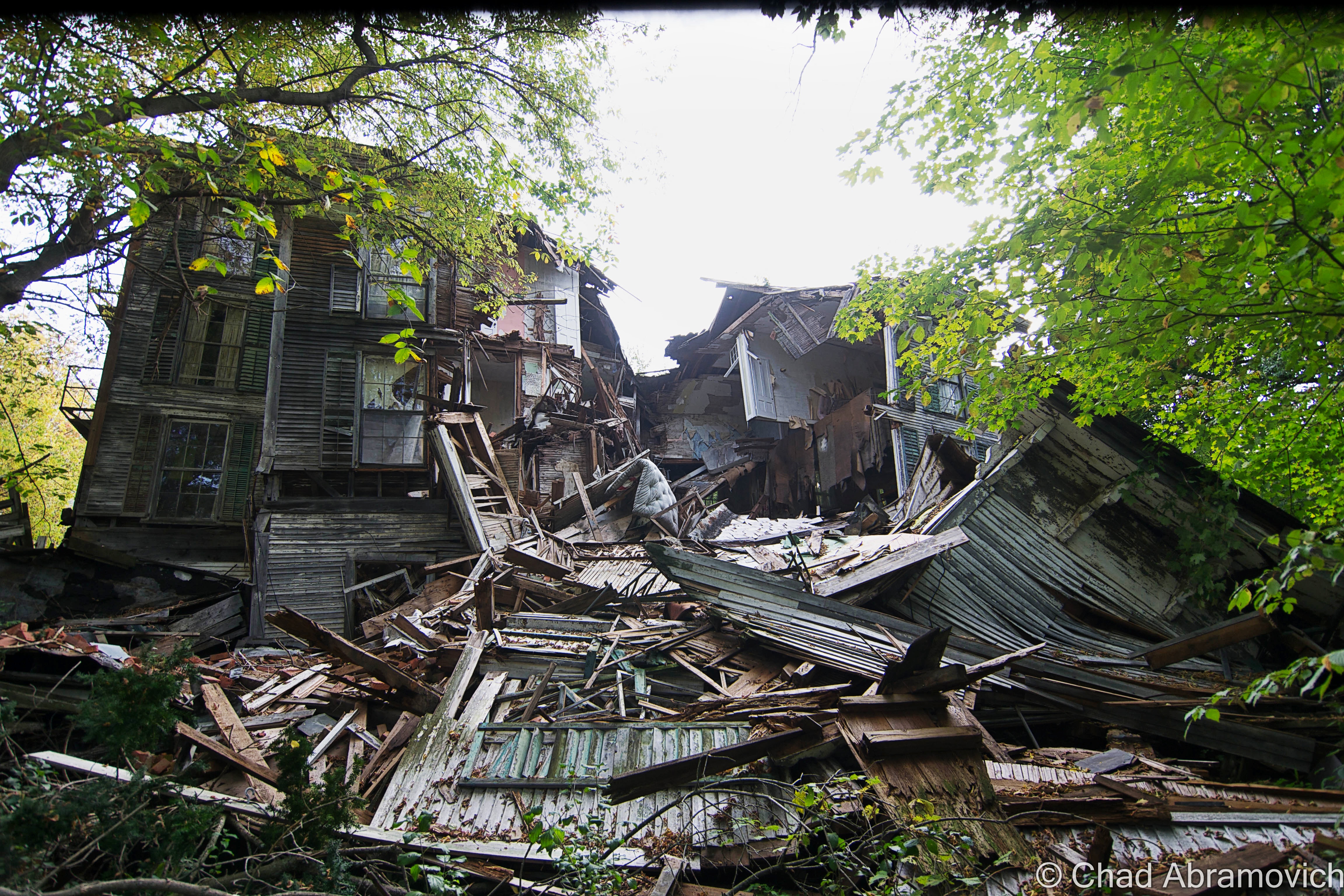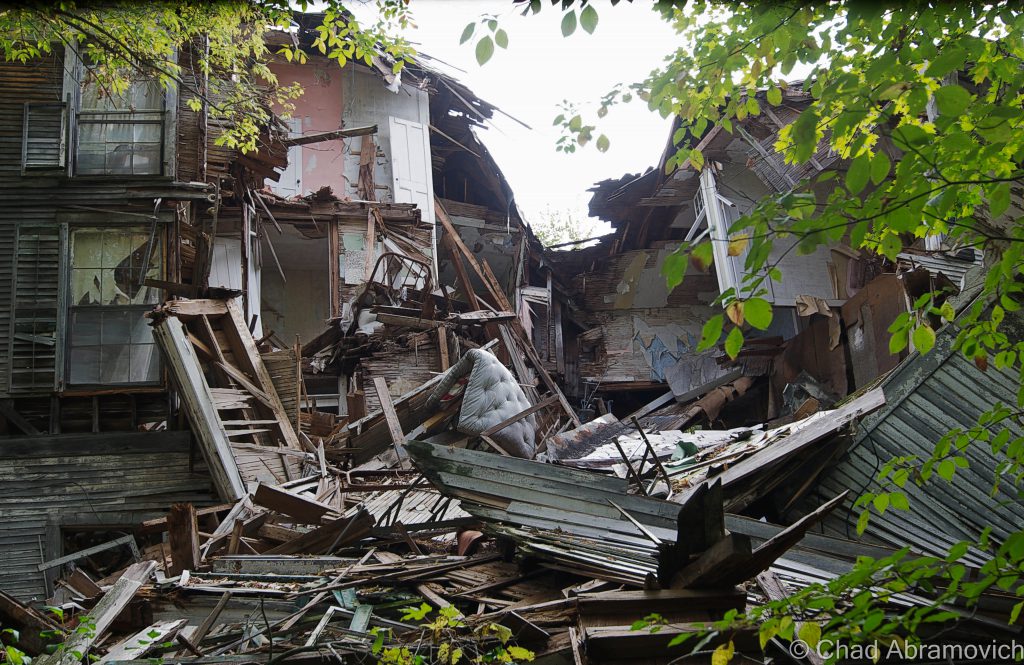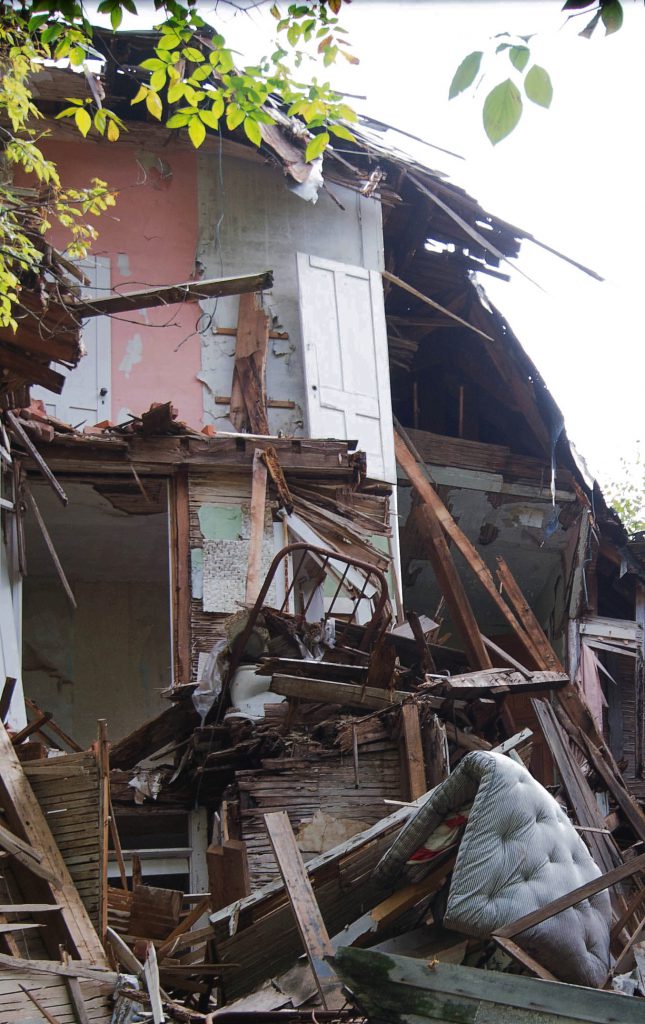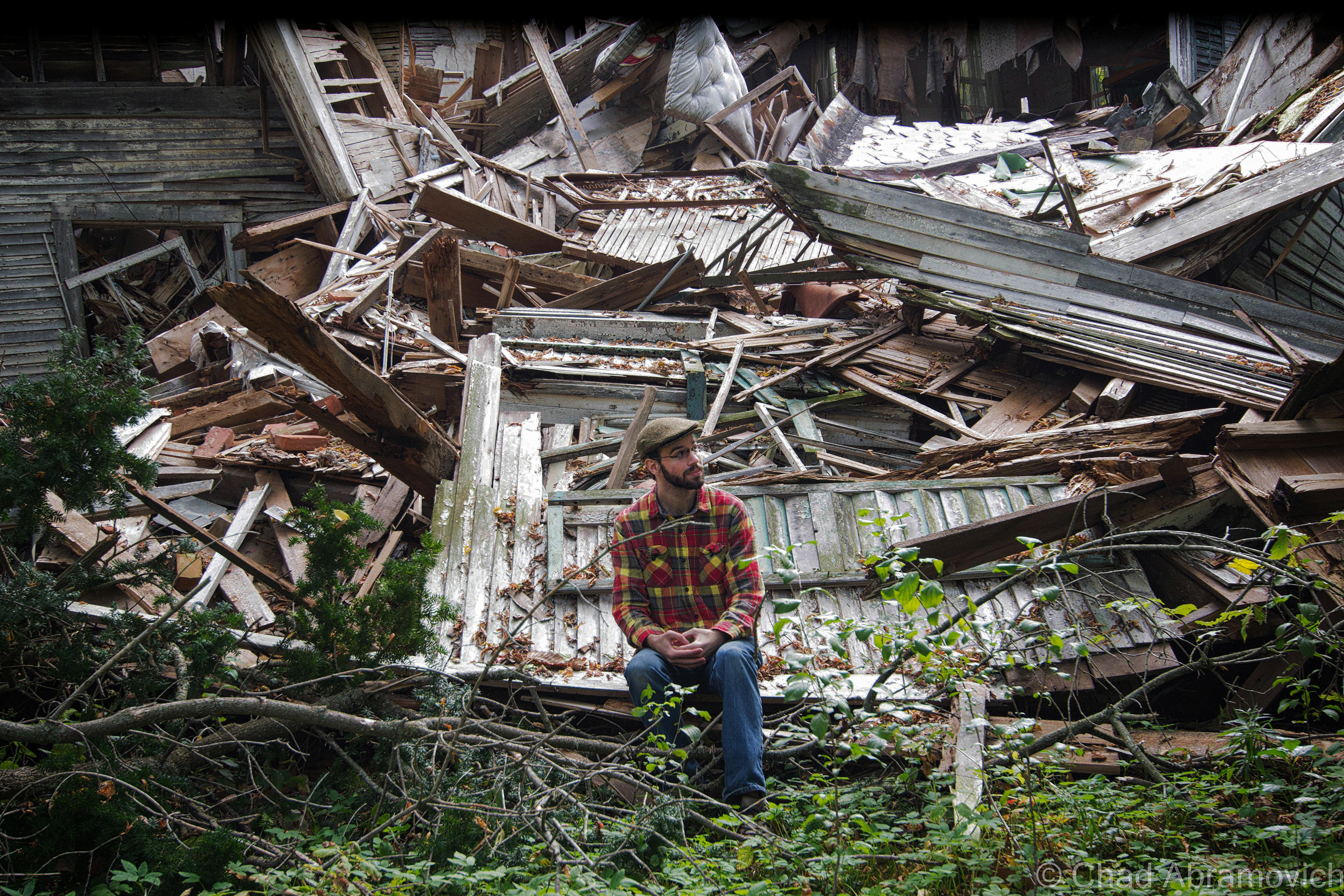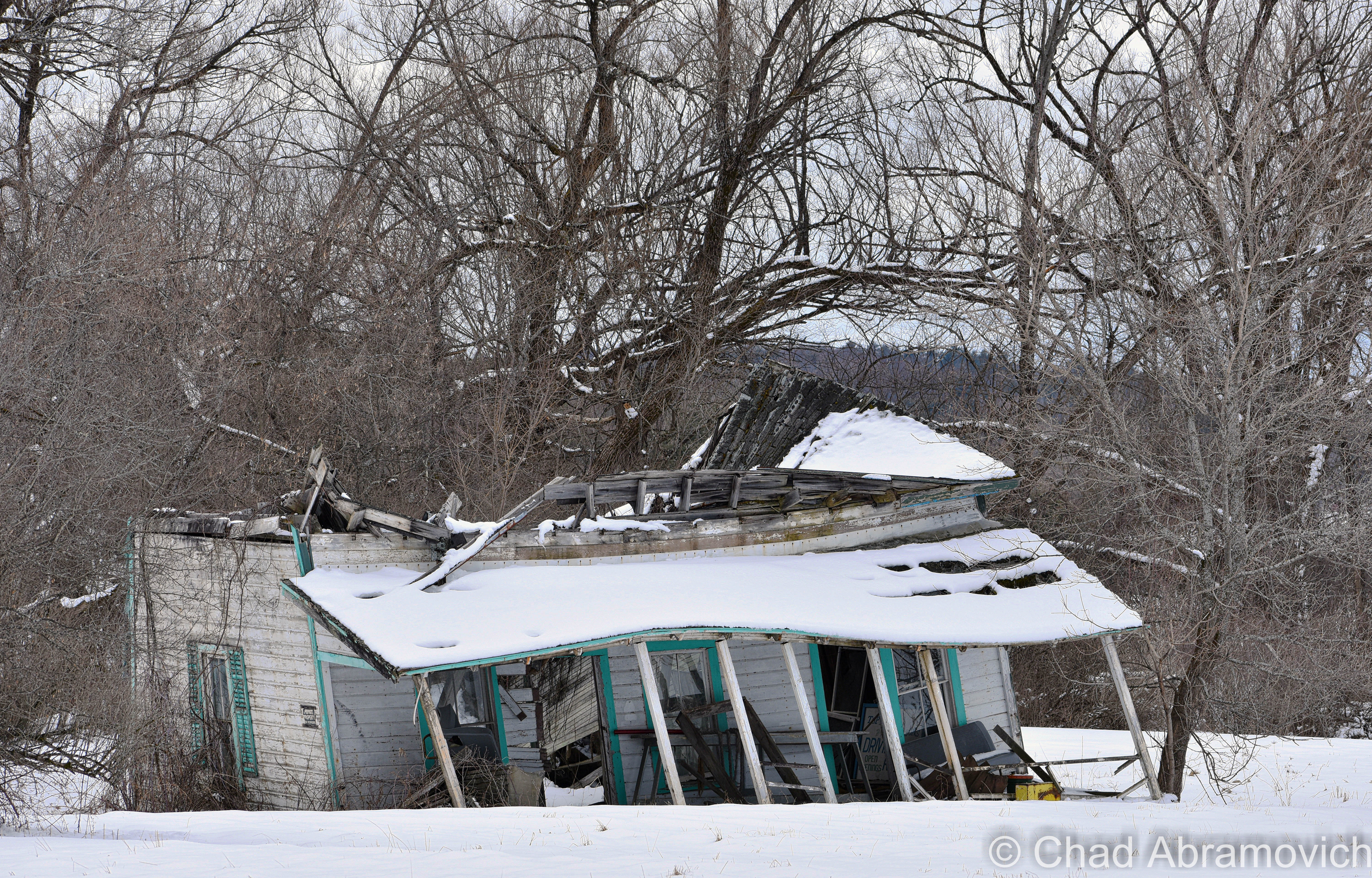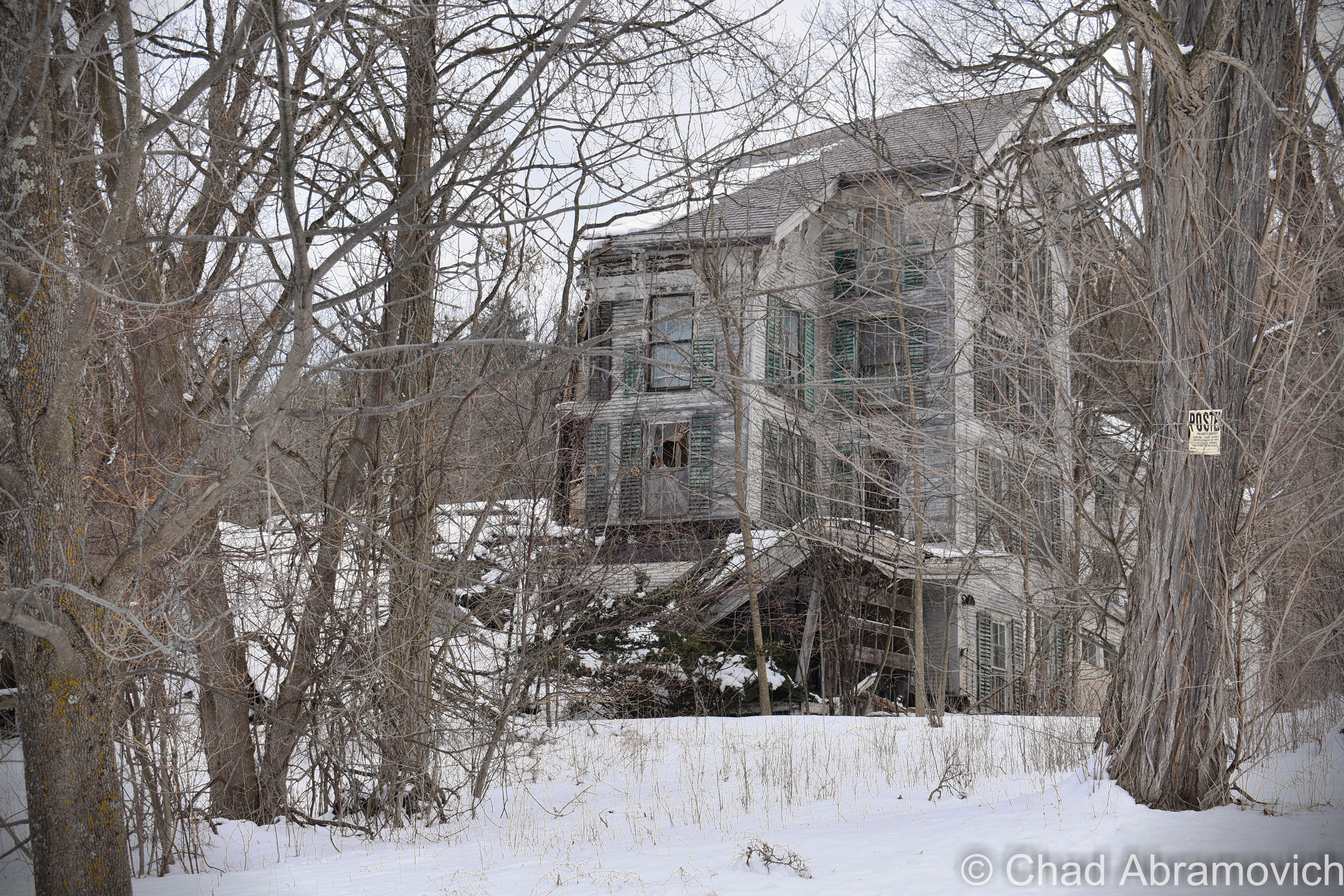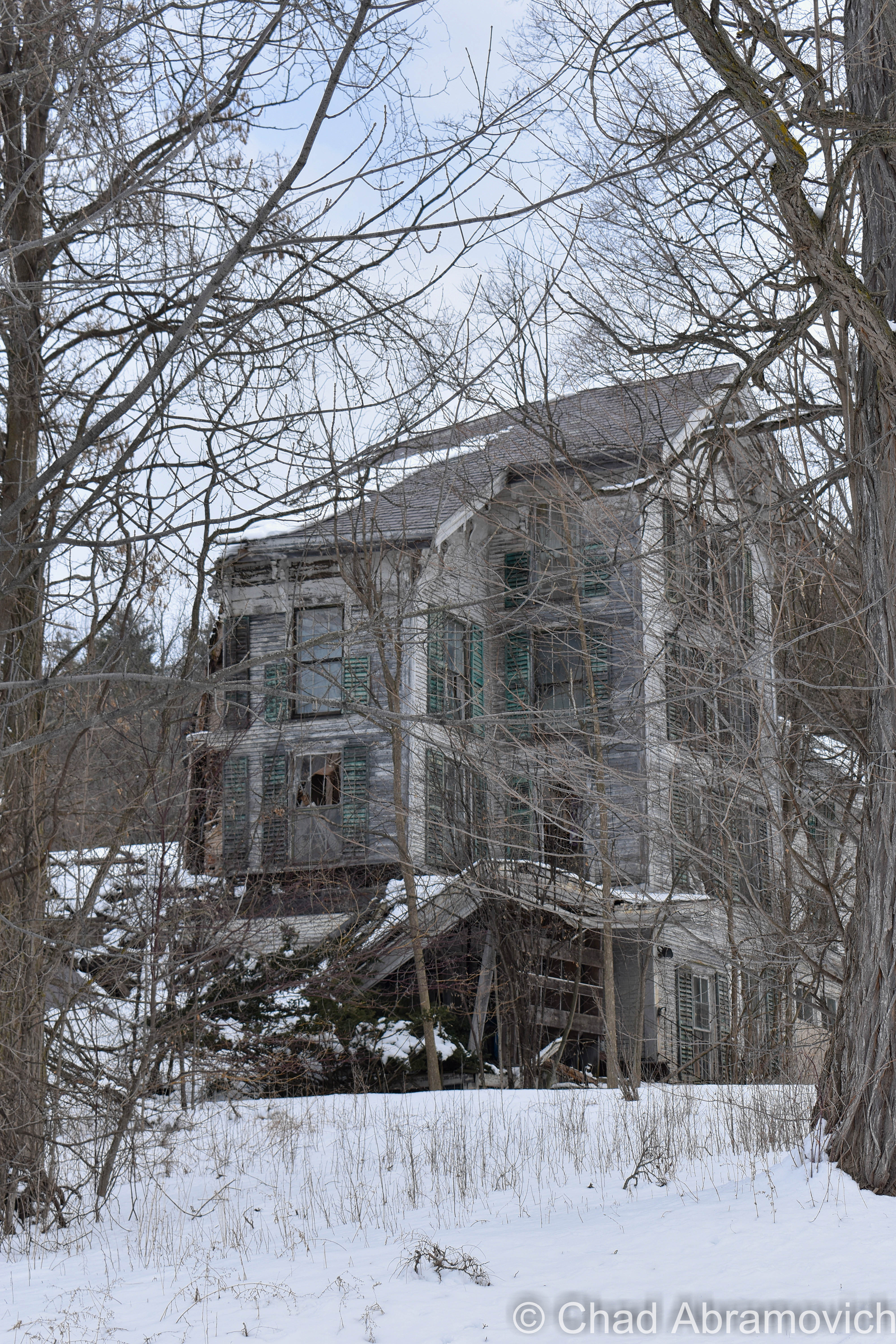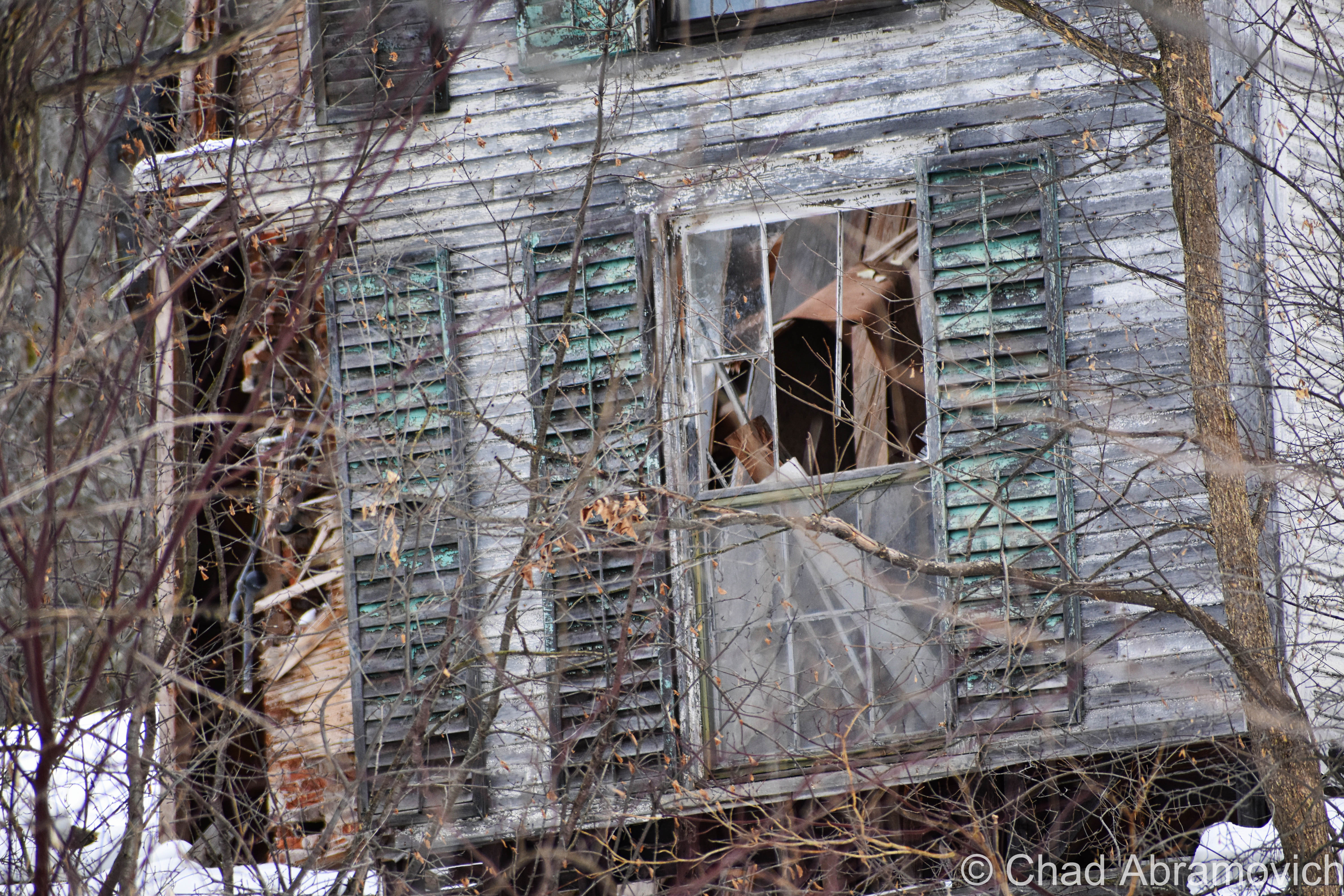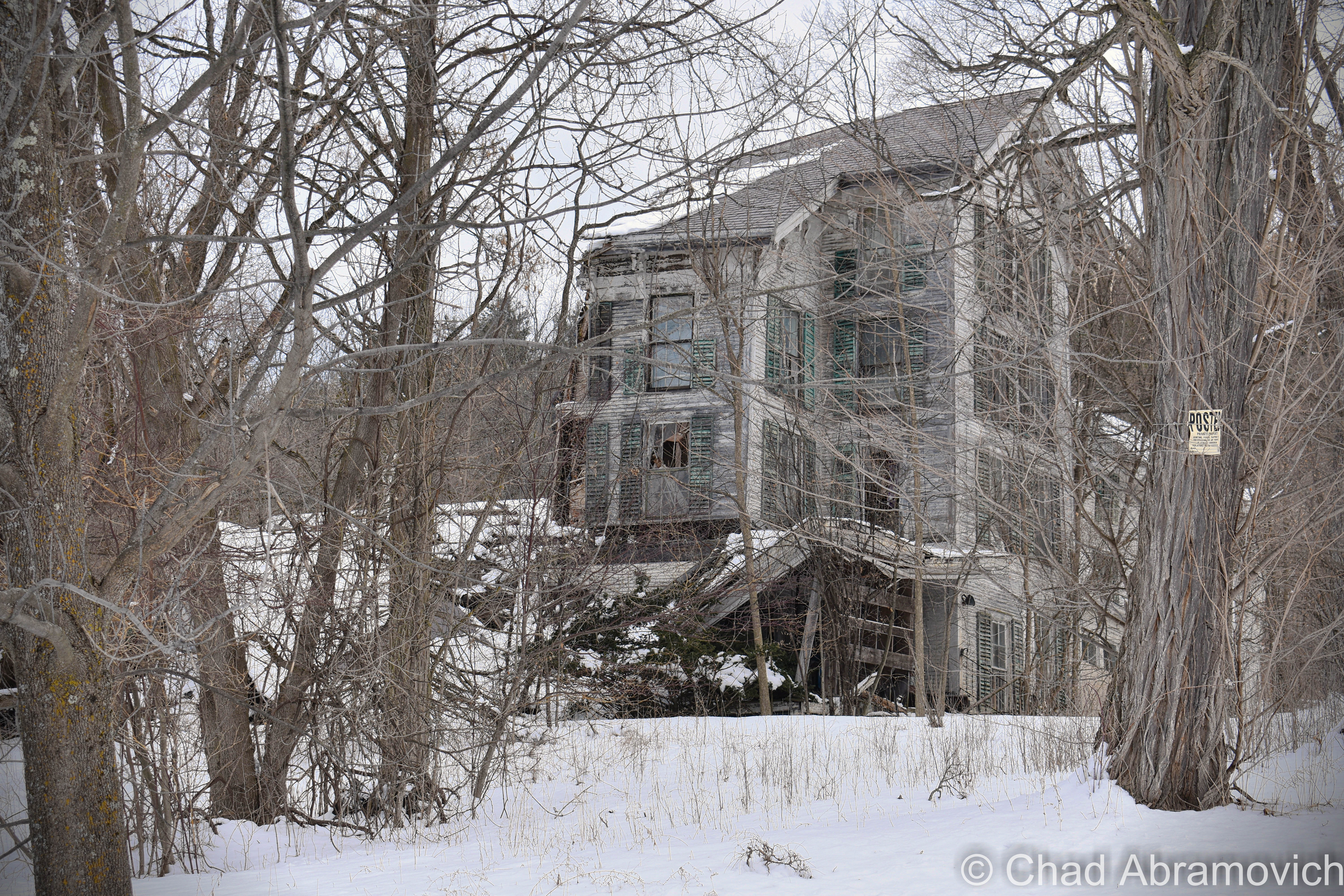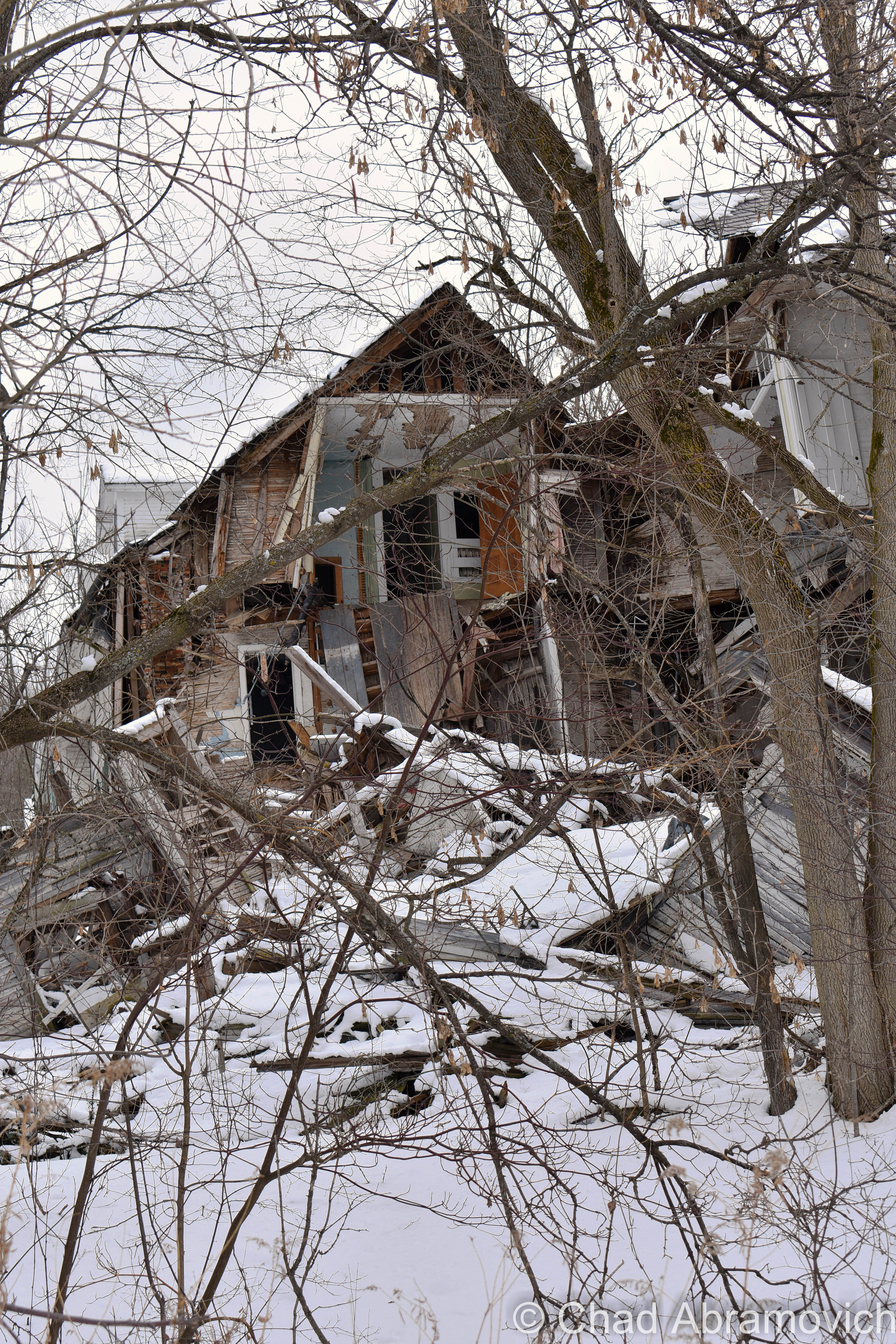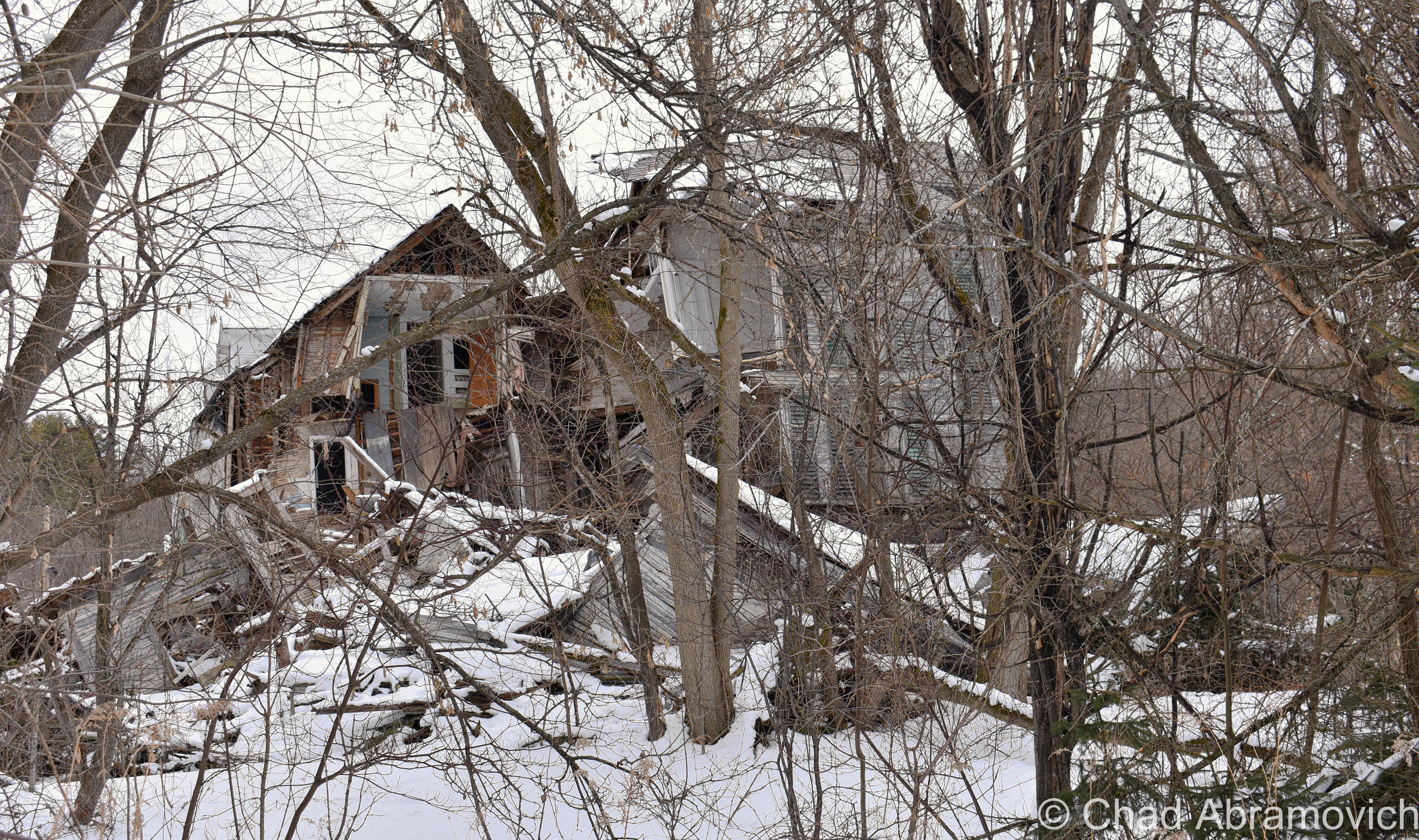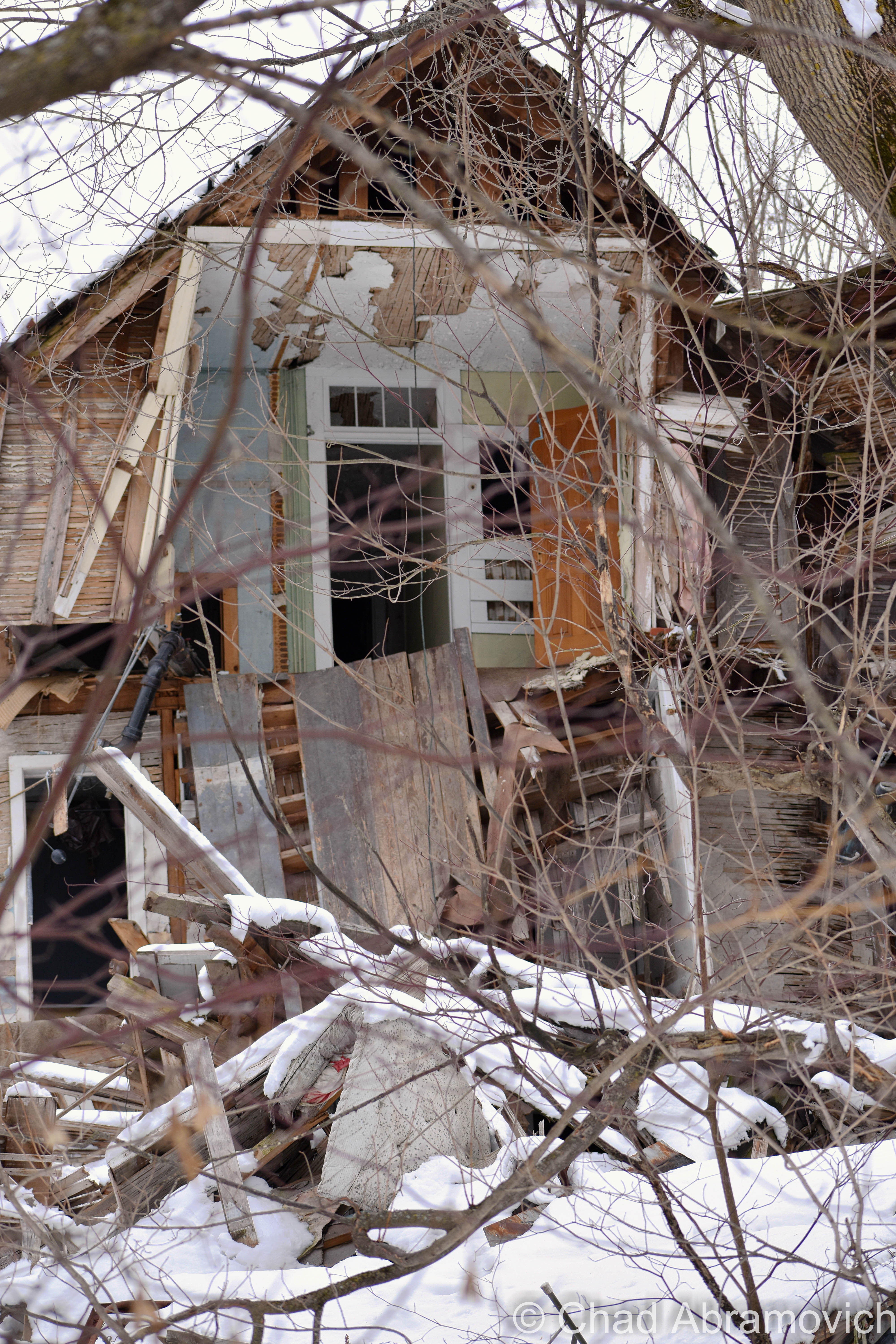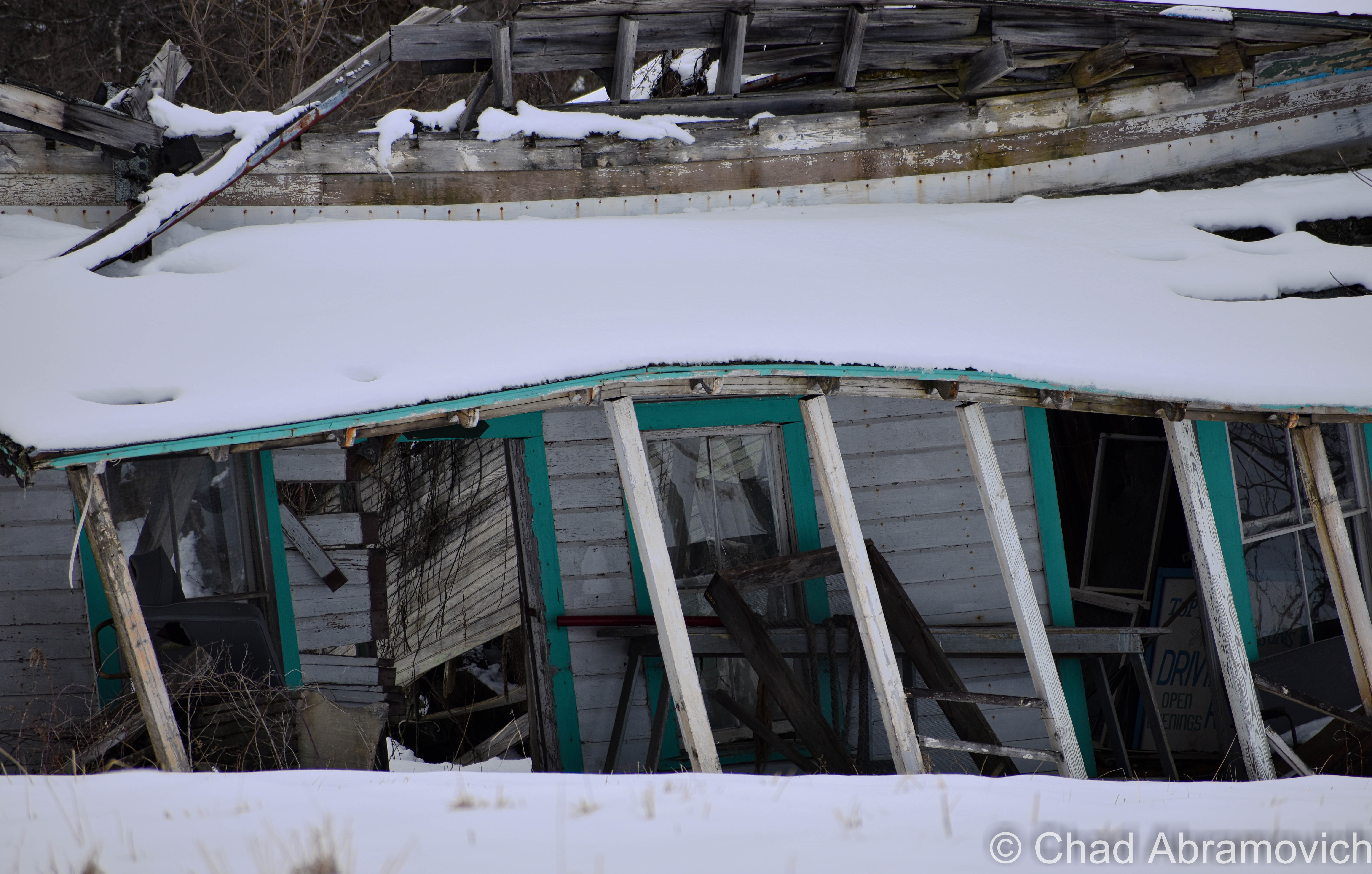Everything changes, a truth that I’ve always fought a stubborn battle with. This town, once rolled over and turned into a sought after destination built around its exploitable mineral springs, has since witnessed its appeal, it’s many hotels, and it’s identity all become ghosts.
In the 19th century, natural springs were discovered in a hollow near town that had high levels of sulfur, magnesium, and iron in them – which were thought to have medicinal properties if mixed just right – that exact recipe changing quite a bit over the intervening mineral springs craze period, depending on what serial publication you subscribed to. Some even professed that these waters were the equivalent to the fountain of youth. The village capitalized on that, and its efforts were successfully rifled.
In a time period in America where a sizable roster of traditions and foundational history were sparked and now only largely recalled – it’s main drag eventually became dressed up with handsome grand hotels that you’d expect to see from that era, many rising above 4 stories and wearing broad porches and clapboard facades as its reputation swelled to an estimated 10,000 visitors coming in every summer, including the likes of the Vanderbilt’s, which is a name everyone loves to tote about if they had any relation to their area.
Business and tourism stopped coming around during the roaring 20s and the depressed 30s, but after World War 2, the diminutive village was rolled over again by the Jewish community of New York City, who brazenly decided that if they were going to face discrimination in the area’s existing vacation towns, than they’d make a place of their own – and with the natural springs and a bunch of existing hotels and infrastructure, the village was opportune for investment.
But the area and its springs were recanted by the 1980s, and it’s increasingly run down appearance as well as the construction of an interstate highway miles north that moved traffic away from the village, only helped to make it forsaken. What hasn’t been torn down today of those aforementioned hotels were left to transition into decrepitude, and strangely memorialize a haunting tradition of wreck that has plagued more than this town. The village today is pretty archetypal small-town America, it’s just littered with a surprising number of abandoned hotels that mark time and make us pause. Unlike many small towns out east – it was built using the grid system like you’d find a city or planned development to be oriented like. That arrangement accounts for the number of bathhouses and hotels that were once packed in the ravine the community sits in. But today – many of these bygone structures have been torn down because of how dangerous they got, leaving many of the “blocks” as woodlots occasionally interrupted by a stop sign. I liked all the patches of forest in between some pleasantly up-kept old houses, it gave the area lots of character.
I had traveled a few hours out of Vermont to explore one of the remaining ruins, a forsaken property ensnared by sickly looking pines that were once intended to landscape, now left to their own devices and slowly intend on consuming the unattended street the large structure molders on.
From what I was able to dig up, it was built around 1927 as a sister hotel to a much more opulent establishment behind it, now also in ruins. But, this was intended more as a long stay property. Guests here would rent rooms by the week or month.
When you checked in, you were given two sets of keys. One for your room, and another to a kitchen unit across the hall. It seems most floors, apart from the fourth floor had them. This may have also been an afterthought – as a desperate attempt at a creative solution when business began its slow descent and they found themselves with a surplus of hotel rooms that weren’t generating profit.
It seems that the business kind of limped along towards its later years, in a weird fluctuating state of wondering if it was alive or dead, just barely making it into the 21st century before closing in 2004.
Having a bummer of an experience a few years ago at another abandoned hotel in this town when I was chased away by a very disgruntled woman who power walked out her front door with four dogs on a leash and howled at us a reminder of how we were trespassing, I was really hoping for a good experience this time around.
Meeting up with a good compadre from my college days, whose meetups always seems to happen inside a smelly abandoned building of some sort, we set off for an adventure.
It started off awkward, which turned my nerves up a bit loud. This is the kind of burb that everyone takes the time to look at you suspiciously or slow down their car when you walk by if you’re not a local. But after getting off the main drag, things got pretty quiet, and though it was already a hot and sultry evening, there was a slight breeze that brought the perfume of wildflowers.
I read somewhere that the springs still made the town smell like “rotten eggs”, but I didn’t detect that at all. I’m a little sorry I missed the springs themselves because I was later told that there is a dipper handy at the sulfur springs near one of the old bathhouses, and you can still sample them today.
Getting in proved to be a bit more challenging than anticipated. But then again, I did say I wanted an adventure…
After climbing up a wobbly and very evidently out of code fire escape while doing some acrobatic maneuvers that might have vaguely impressed a free climber, we found ourselves stepping carefully over the threshold into a completely different atmosphere.
The silent interior immediately began to smother us with its festering rot, exhaust from its past and advancing water damage. The floors ebbed and groaned beneath our feet as our boots sank into the stretched, threadbare carpets. We actually spent a good 5 minutes or so debating whether we actually wanted to enter or not, because the floors were so deceptively sketchy.
This was not the kind of place you wanted to find yourself injured and incapacitated inside of. But, because you’re reading this blog post, that means we decided the reward was greater than the risk.
Once we got away from the northern section of the building, conditions were surprisingly disparate. Rooms were strange time capsules, in decent states of preservation. It was fun scrutinizing over mid-century furniture, beds, rotary phones and even nob television sets that could still be observed, and better yet, mildly free of vandalism. Clothes, blankets, bars of soap, and other miscellany had been left behind. Most of the doorways had transoms, another feature which you don’t see in modern construction. Many of the bathrooms didn’t have bathing facilities though, and the ones that did were only stand up showers. I read that patrons would do that at the springs, I guess.
There was a heaviness to the place that I just couldn’t describe. Me and my friend both exclaimed that our good moods grew cold and were replaced by a feeling of depression. The narrow hallways, cramped rooms and perpetual shadow that fell on the building built a rather grim atmosphere that looked so gone and hollow, only reinforced by its ugly outdated decor that seemed to bring a big broken heart of an existence.
I had heard from a few other friends and explorers that his hotel was shockingly preserved, thanks to it being very unknown in the emergent “urbex” frenzy of the internet. I even saw striking pictures online of a clean front desk with house plants still sitting on its countertop – it made the hotel look like it was simply closed for the weekend as opposed to years. But when I tromped around, it seems that this place too eventually fell victim to the less respectable aspects of human nature. Entire stretches of authentic tin ceiling, a feature of old buildings which I really love, had been pulled down. We didn’t see it on the floors, so I assume it was scrapped and sold for cash. Decor like light fixtures, an ugly yet obligatorily photographable landmark piano and the front desk had been clobbered. Some features, like an original old fashioned elevator with grate doors and a brawny yet ornate safe was still more or less in great condition and tucked away in the dark innards of the hotel.
But it was the relics from the place’s operational days that gave us a weird impression. Though we were only amateur archaeologists, we had noticed there were several signs that had been taped to walls around the hotel, all handwritten by the same person. The signs, now water stained and curling at their corners, were either yelling at guests or yelling at employees, with words like “no” capitalized and triple underlined, which added a bit of discomfort to the place. I have no idea what sort of place this was in its heyday, but finding all these signs made me assume that in its last days, it seemed like a drab, down on your luck sort of experience. I bet Anthony Melchiorri would have made a disapproving beeline towards the general manager’s office if he read one of those signs.
Every level up the grand staircase was a bit more to bear. The fourth floor was nauseating. It was 92 degrees outside, but upstairs the mercury was boiling towards 100, and the air was stale and fetid, making our breaths labored and my eyes water. Hornets seemed to have colonized the upper levels, coming through structural instability and it’s broken wooden windows. Plenty of them were swarming around us as we attempted to explore the upper corridors.
We wound up putting some arm muscle into opening one of the old wooden windows, which hideously groaned in their frames and sent a dusting of grit and lead paint down on our shoulders, but the fresh air coming in from outside was wonderfully refreshing. Far more than it’s view.
We appeared to be looking at the inside of the “U” shape of the building, and from that perspective, we could see just how bad the exterior damage was. To my disorientation, it was still pretty bright outside. The inside gave no impression of that due to just how dark it was already getting. As we descended back down the stairwell, I could see the crumbling form of another abandoned hotel from the dirty windowpanes, just over the treeline. This may be one of the only places I’ve visited where you can see more than one abandoned property from another abandoned property.
We left when the shine of the sun wasn’t reaching its way in anymore, and the black vibes came. The talked about restoration of a grander hotel just north of it suggested completely razing this property in its new set of plans, for a parking lot. Structurally, I think the only sensible move would be to demolish it. Though I’m all for preservation, this building is now far too gone. But these rumors have been circulating for years, and the hotel still stands.
I really needed this explore. I needed to get revved up about something and be underneath a spell that only the intoxication of an adventure can bring my way. If you’ve seen my Stuck in Vermont video interview, I talked about how and why this activity, this hobby, is meaningful to me. And this road trip really served as a valuable reminder. I had been losing my wits underneath suffering some terrible anxiety the past weeks, and this was such a relief.
Exploring educates me about several things, and often the stories and nuances of the places featured in my blog parallel the human experience. At least I find. Like the atmosphere of a place you explore affecting you, we are imbibed by our weather, as are the people around us. I flourish in the presence of passion and love, and when I’m doing my thing, I wear that grin and those cherry bombs on my sleeve for all to see. I’ve learned that anxiety doesn’t get me anywhere, but I feel it anyway. Sometimes, like this hotel or other places finding themselves inducted into the fables of the fallen, you can’t be entirely responsible for your own fate. And maybe most prevalent, life always moves on and our stories are always more connected than distance implies. There’s a story to every corner of these places.
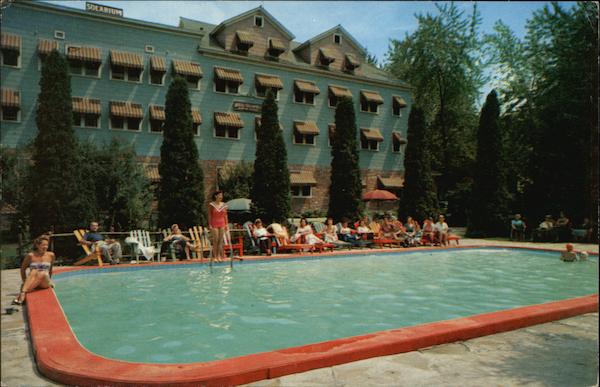
—————————————————————————————————————————————–
To all of my fans and supporters, I am truly grateful and humbled by all of the support and donations through out the years that have kept Obscure Vermont up and running.
As you all know I spend countless hours researching, writing, and traveling to produce and sustain this blog. Obscure Vermont is funded entirely on generous donations that you the wonderful viewers and supporters have made. Expenses range from internet fees to host the blog, to investing in research materials, to traveling expenses. Also, donations help keep me current with my photography gear, computer, and computer software so that I can deliver the best quality possible. Seriously, even the small cost equivalent to a gas station cup of coffee would help greatly!
If you value, appreciate, and enjoy reading about my adventures please consider making a donation to my new Gofundme account or Paypal. Any donation would not only be greatly appreciated and help keep this blog going, it would also keep me doing what I love. Thank you!
Gofundme: https://www.gofundme.com/b5jp97d4




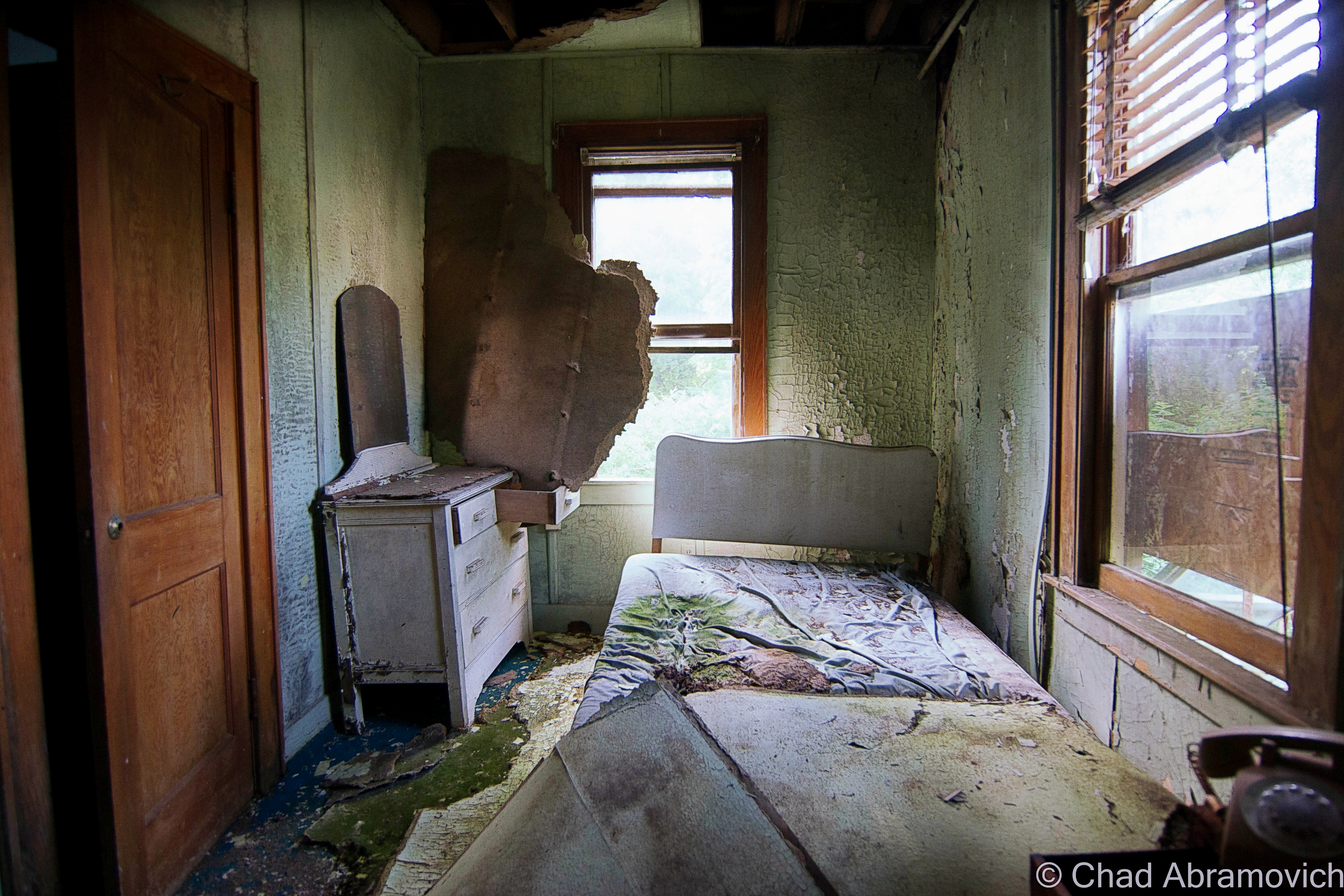
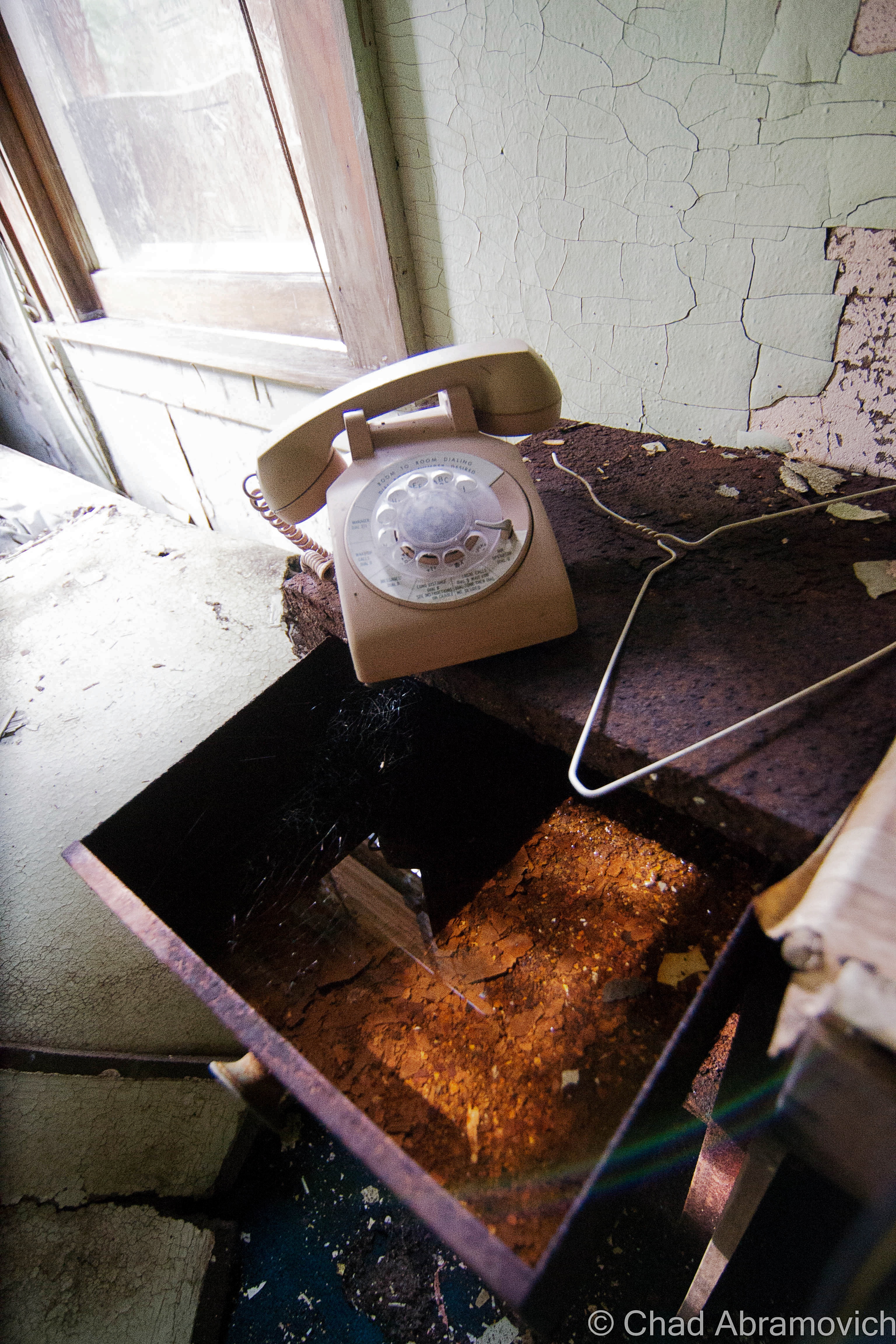
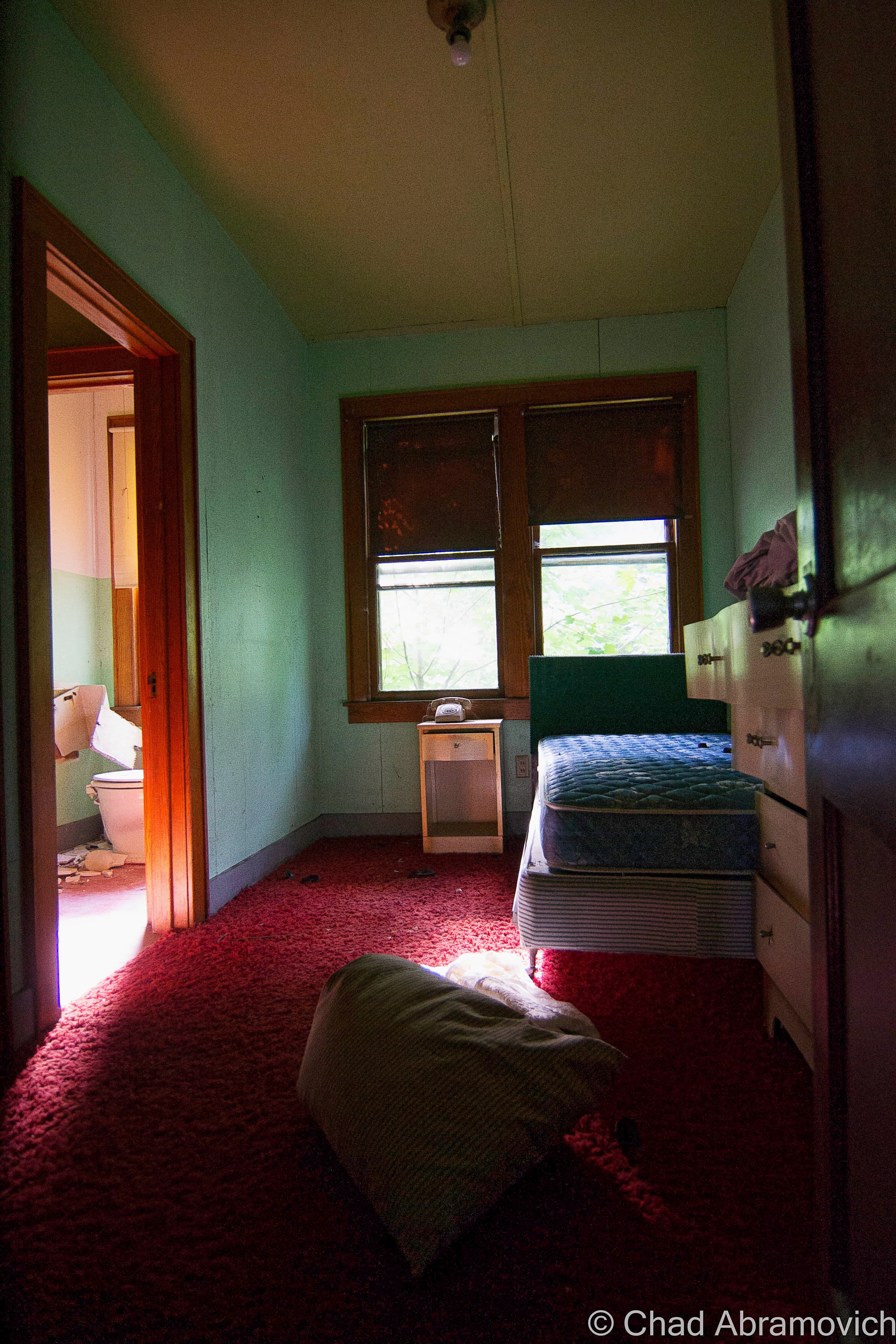
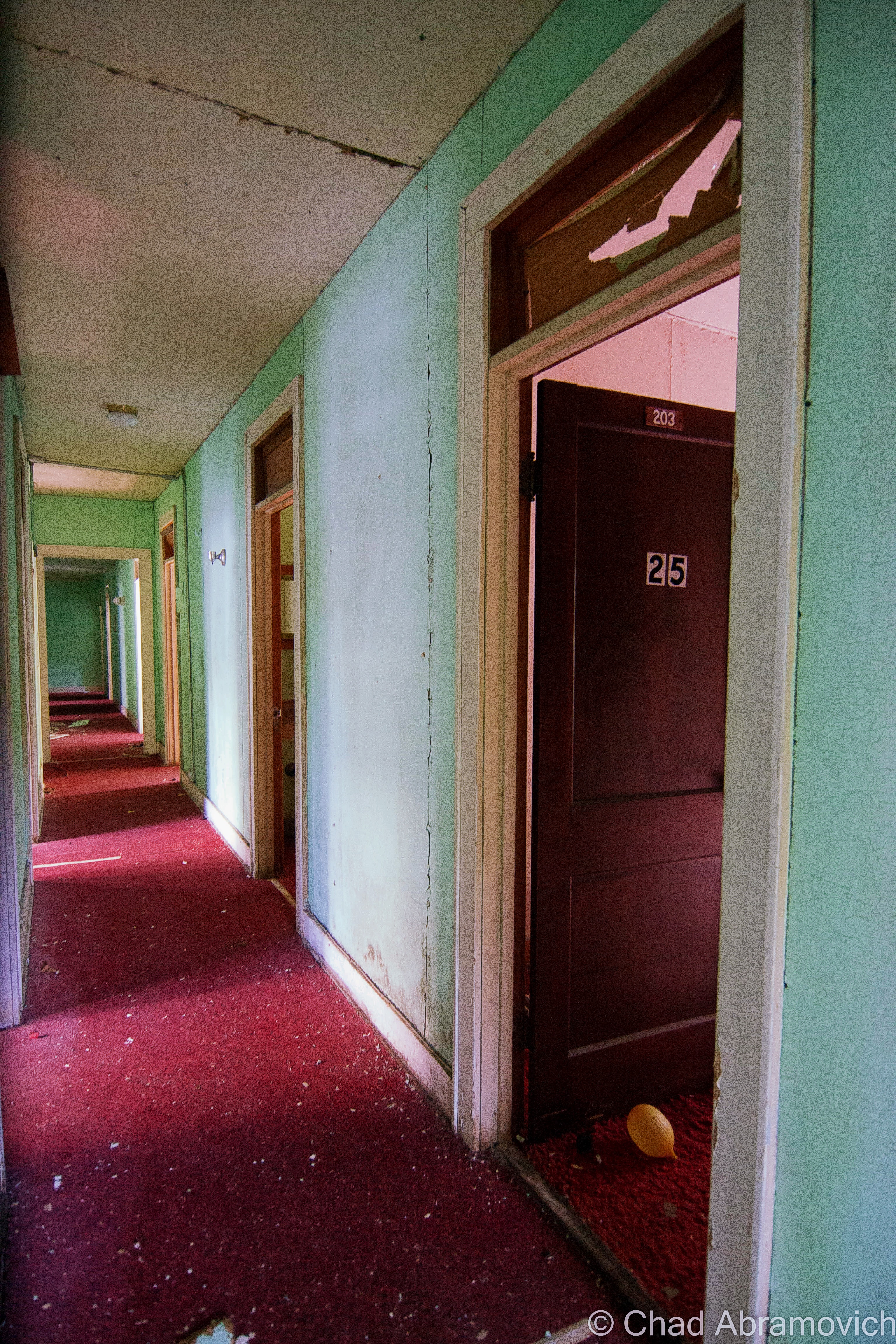
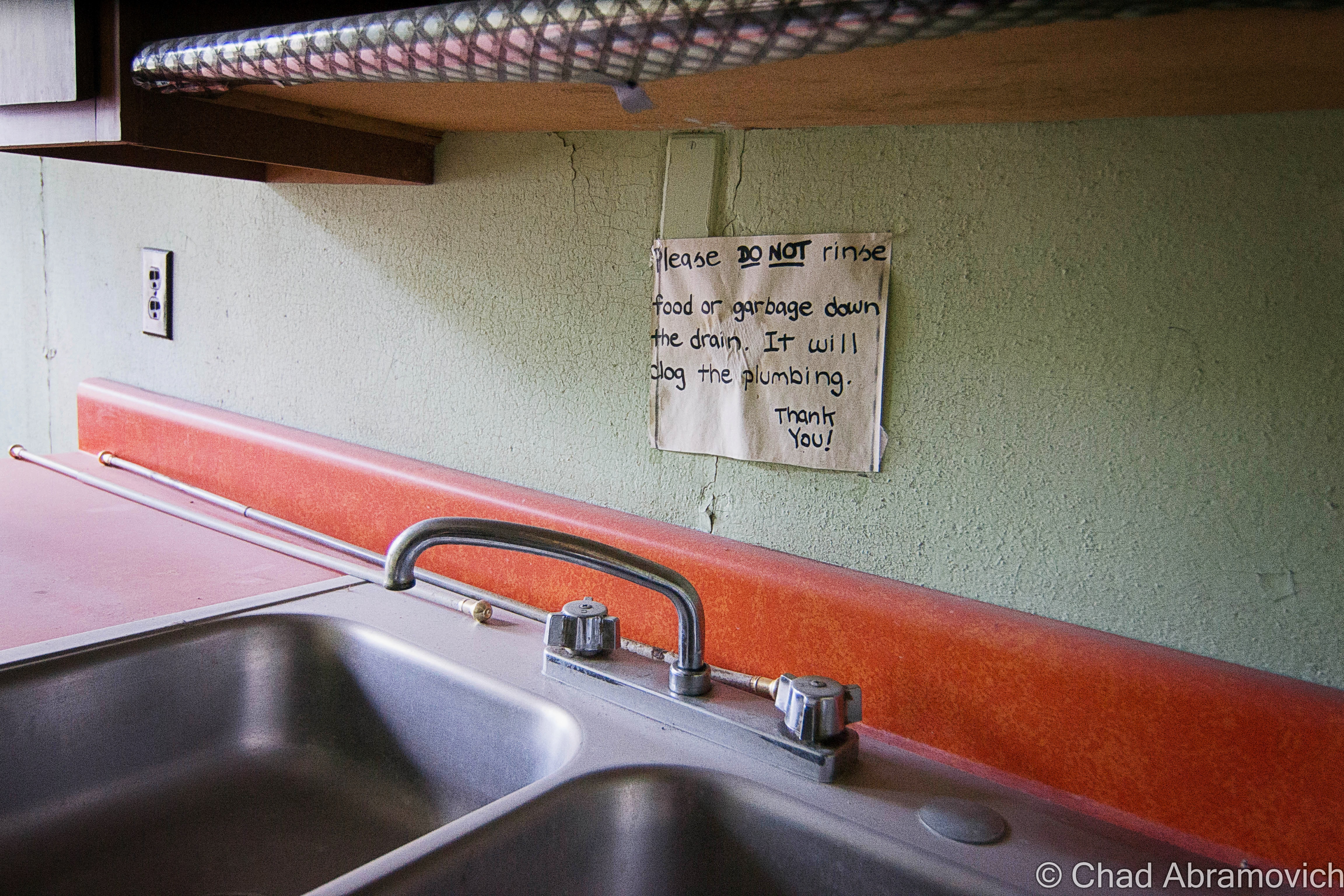
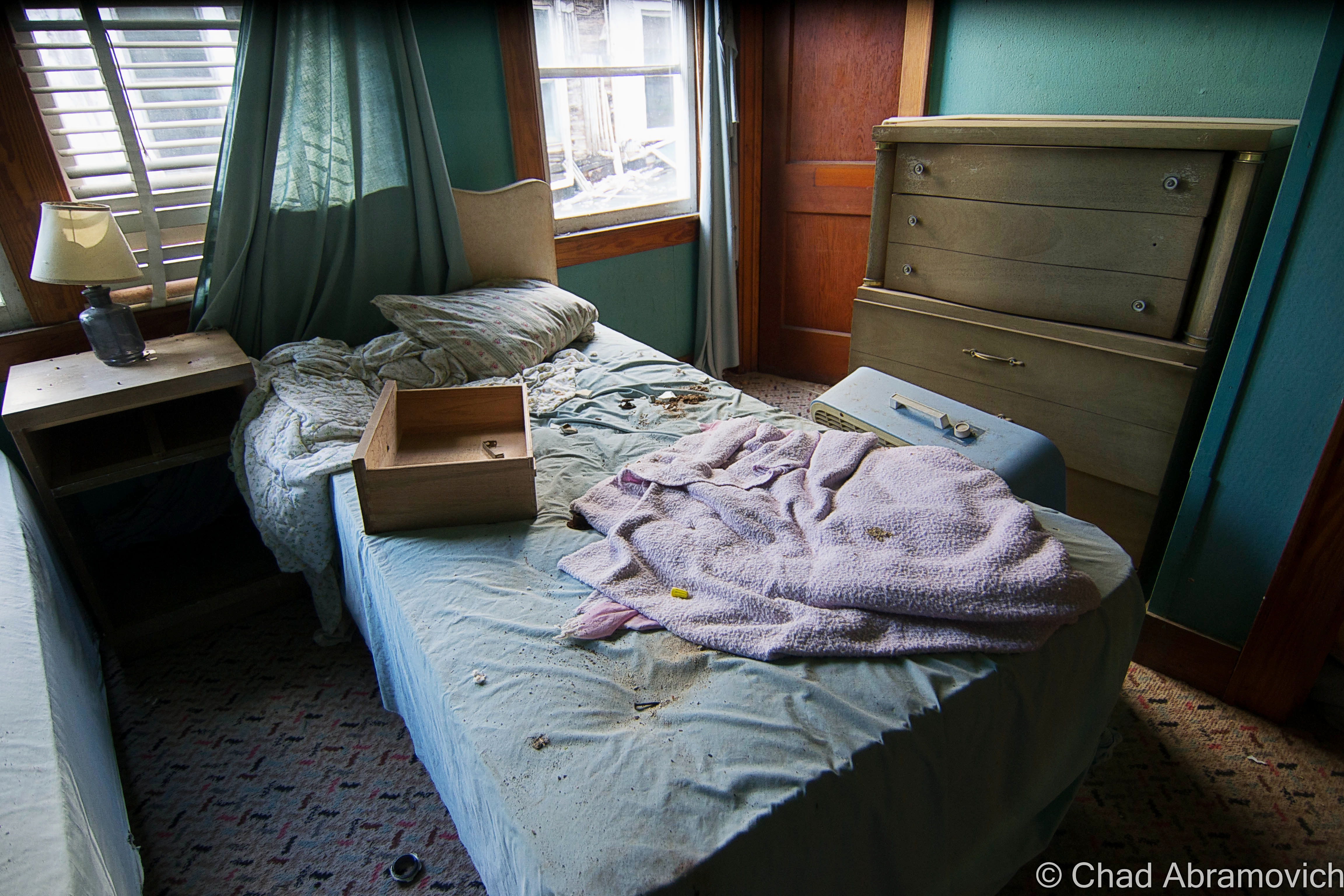
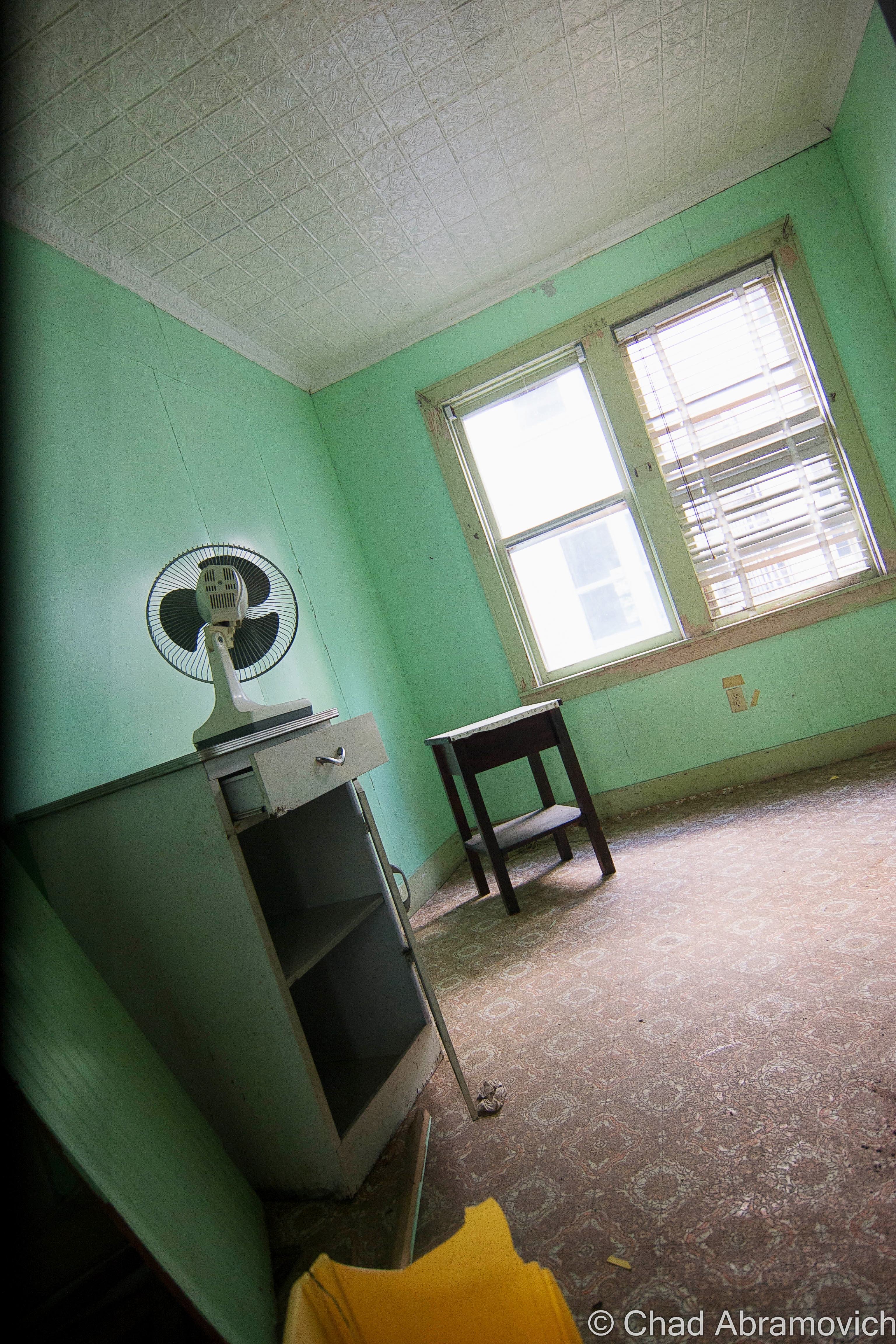
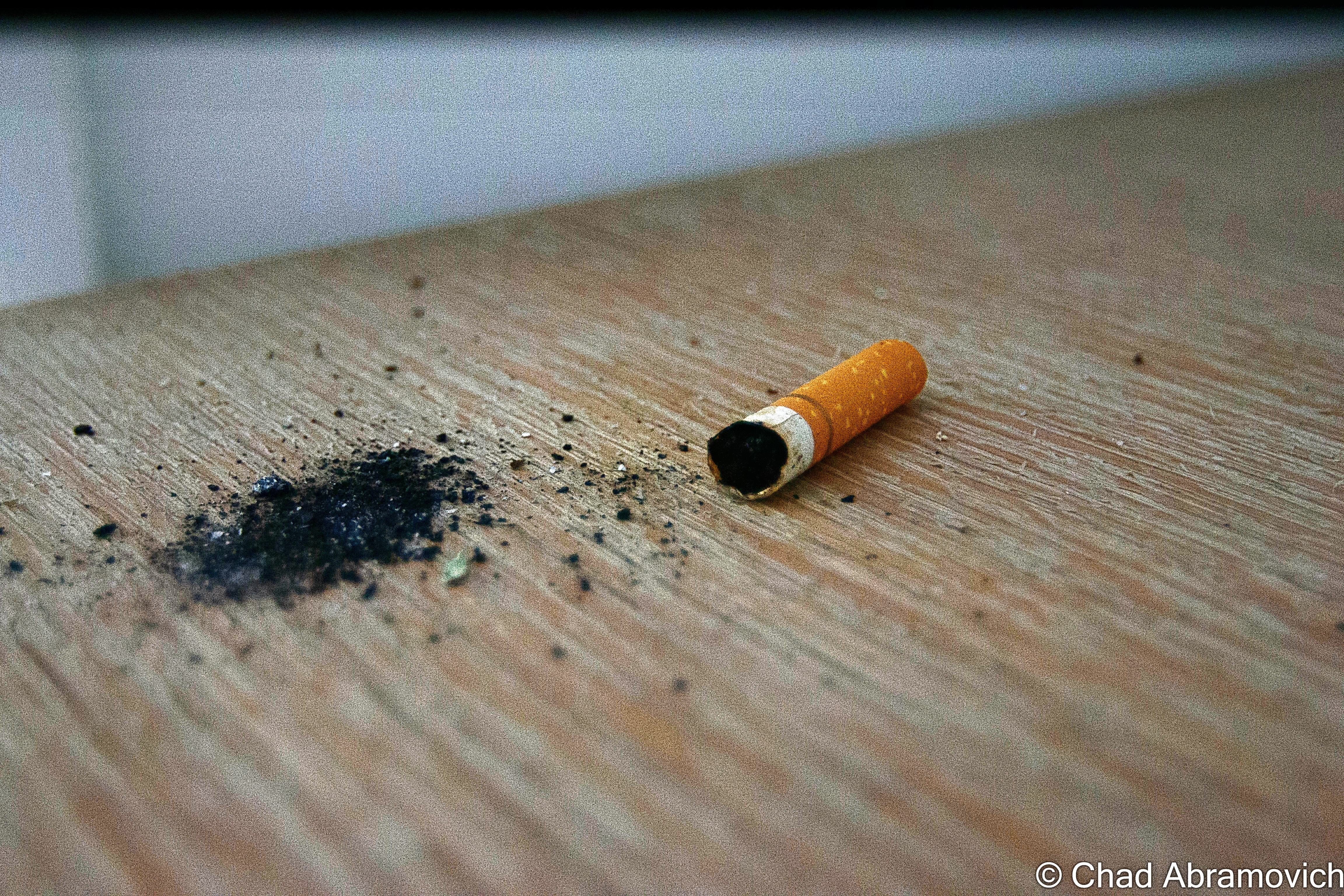
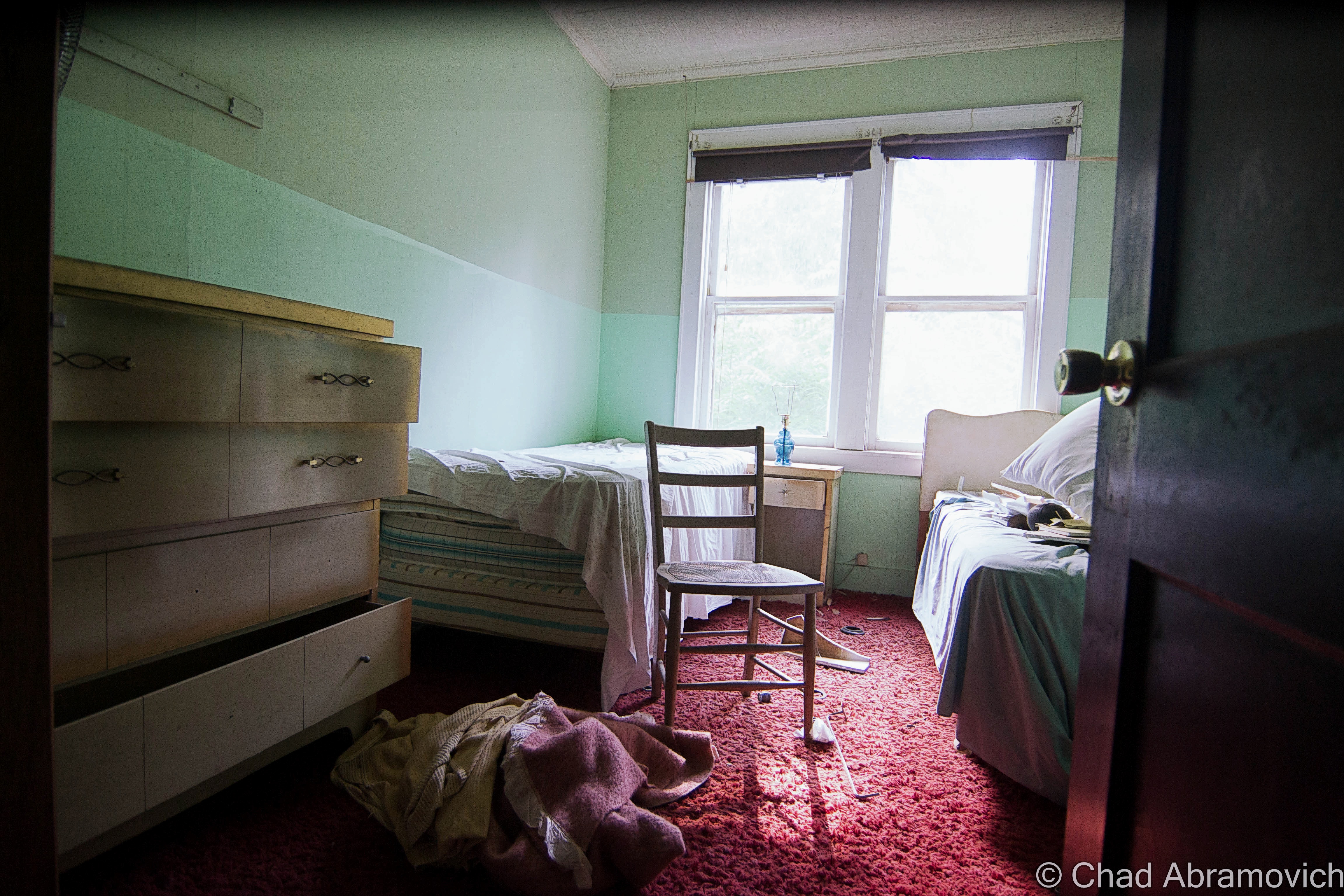
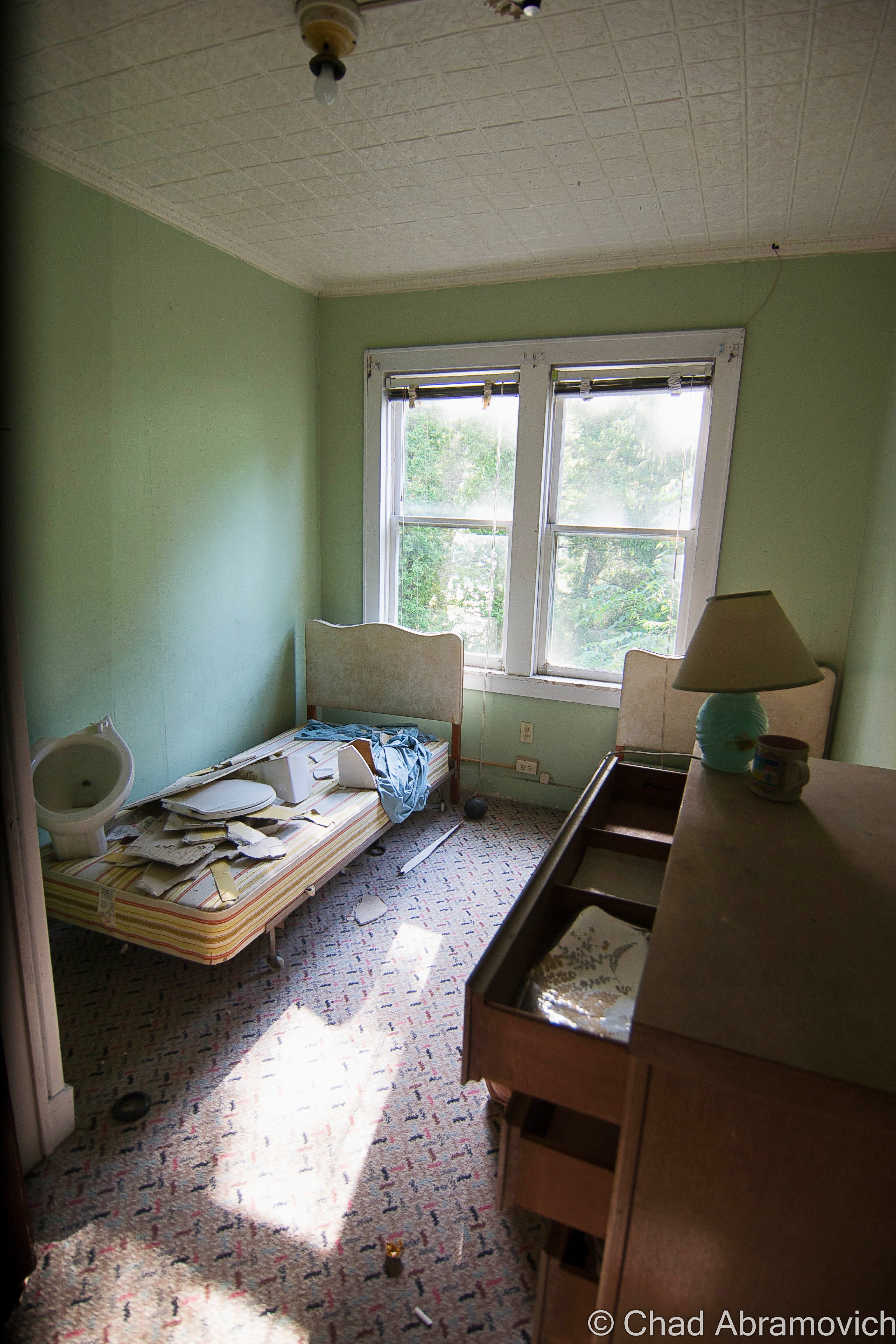
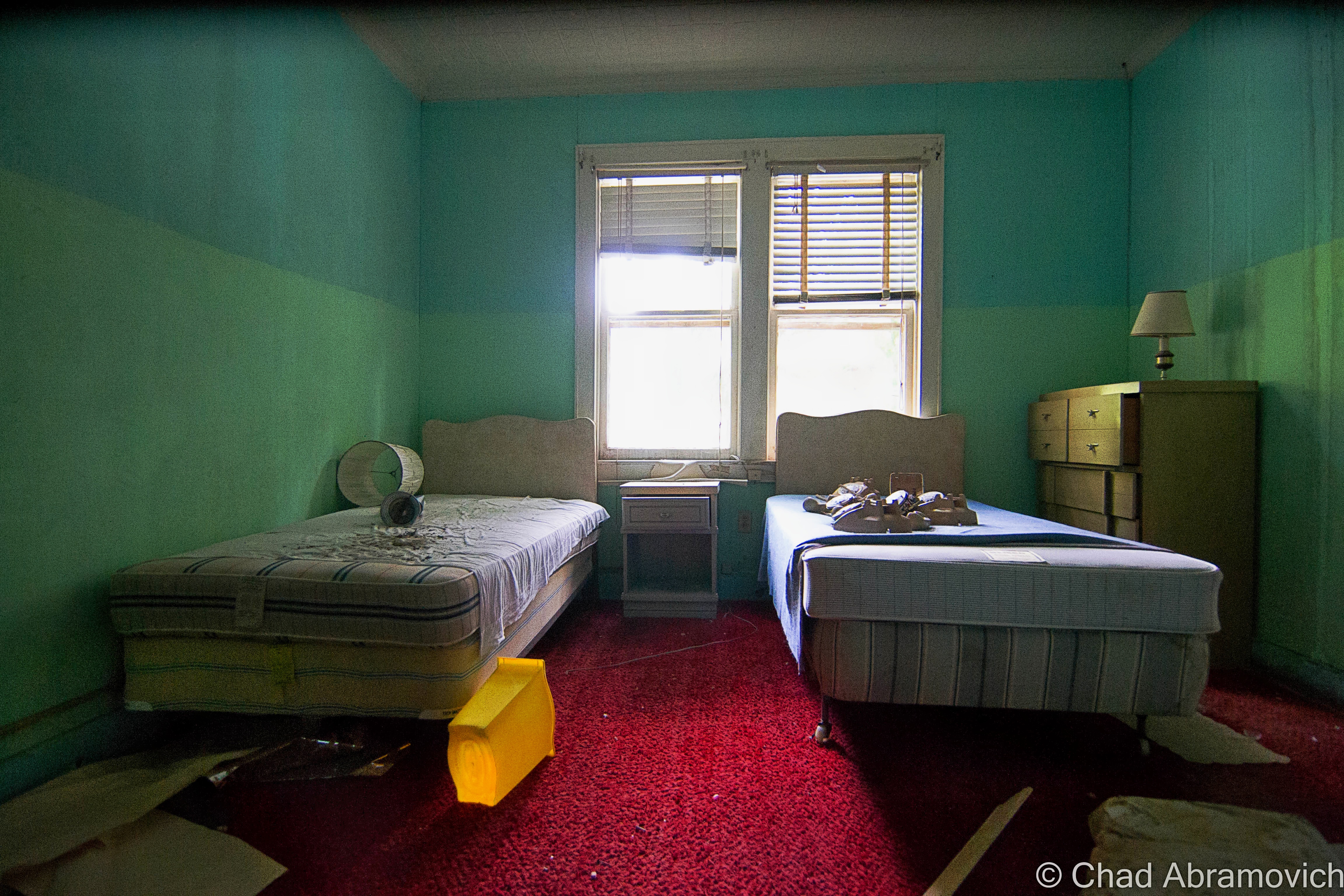
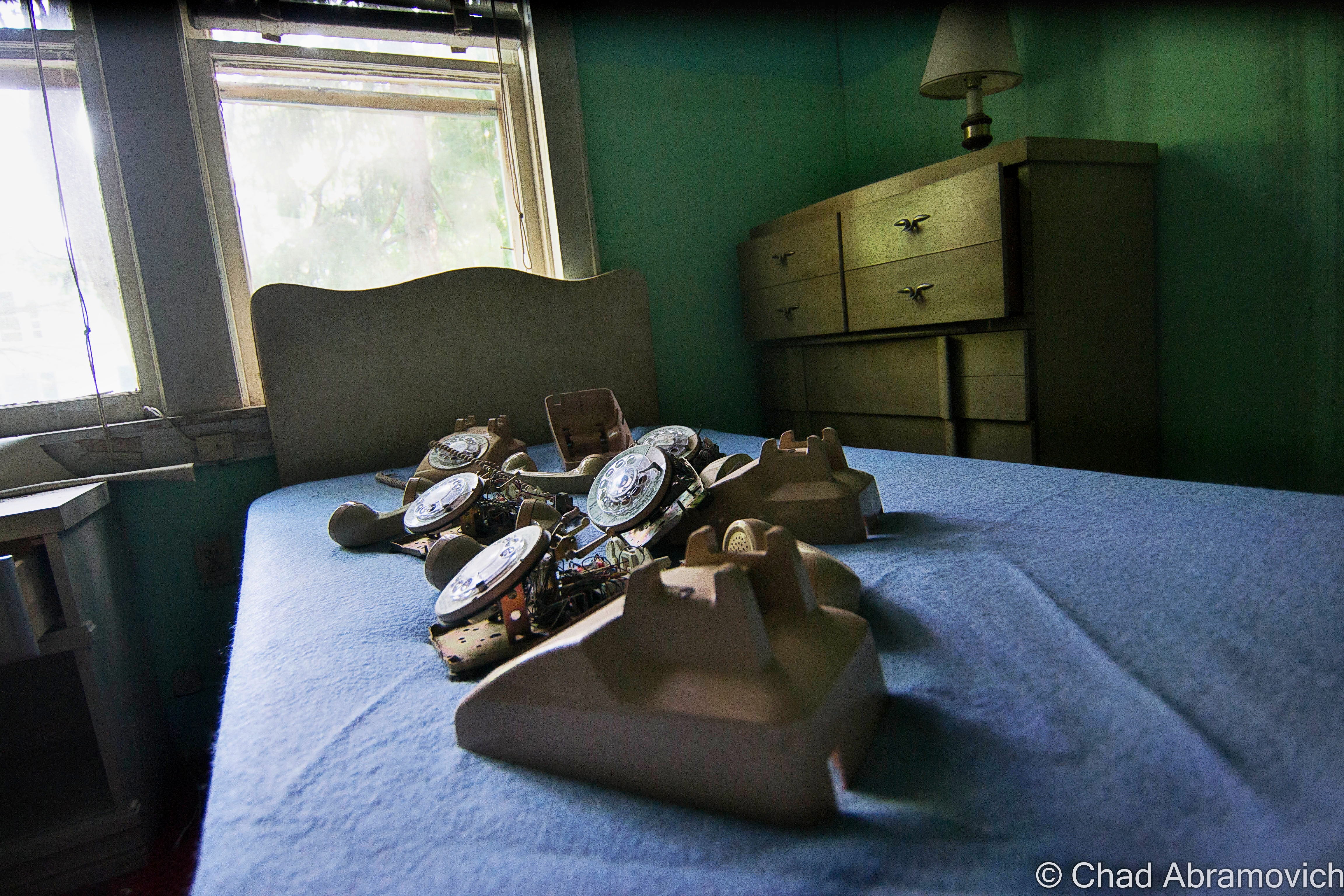
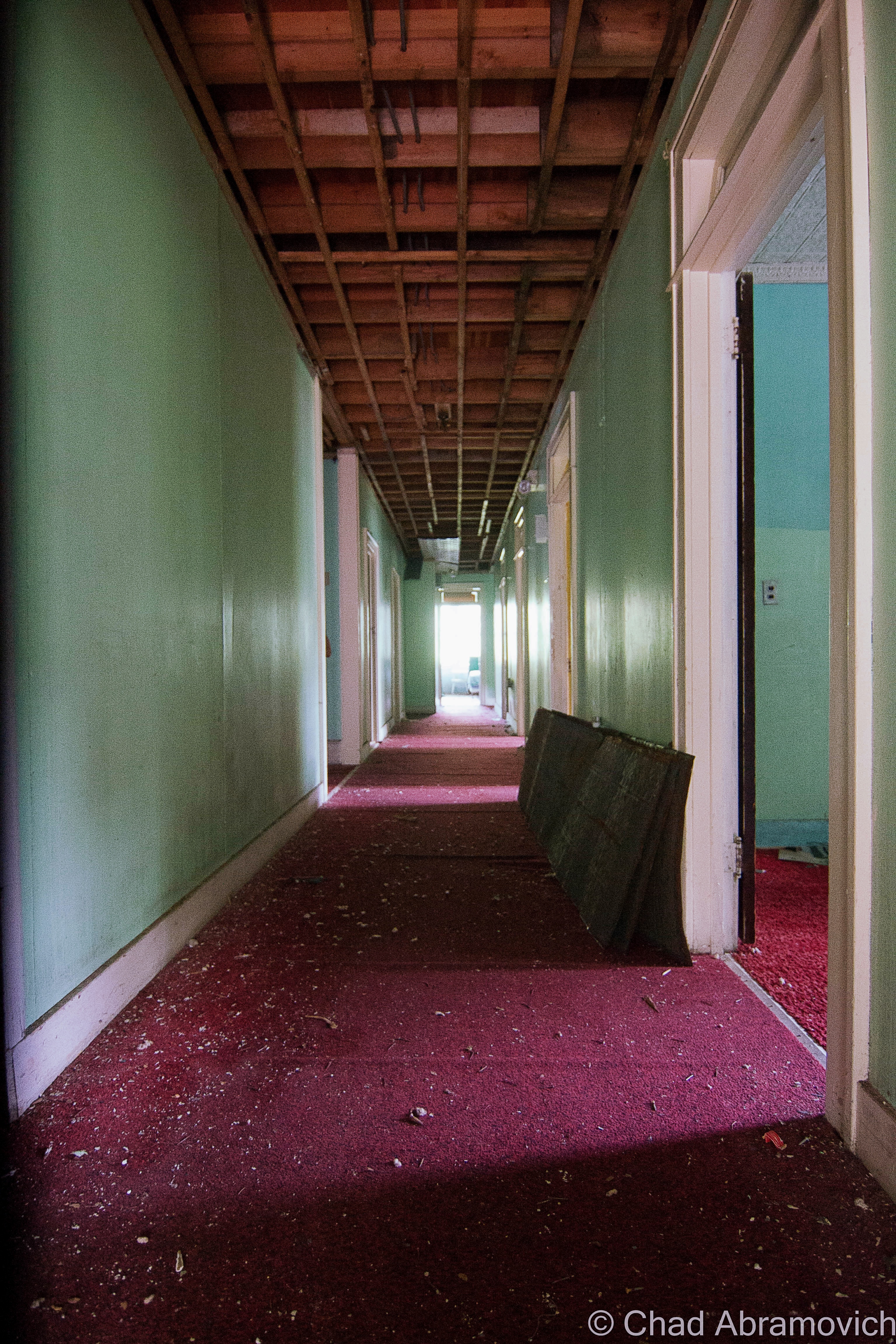
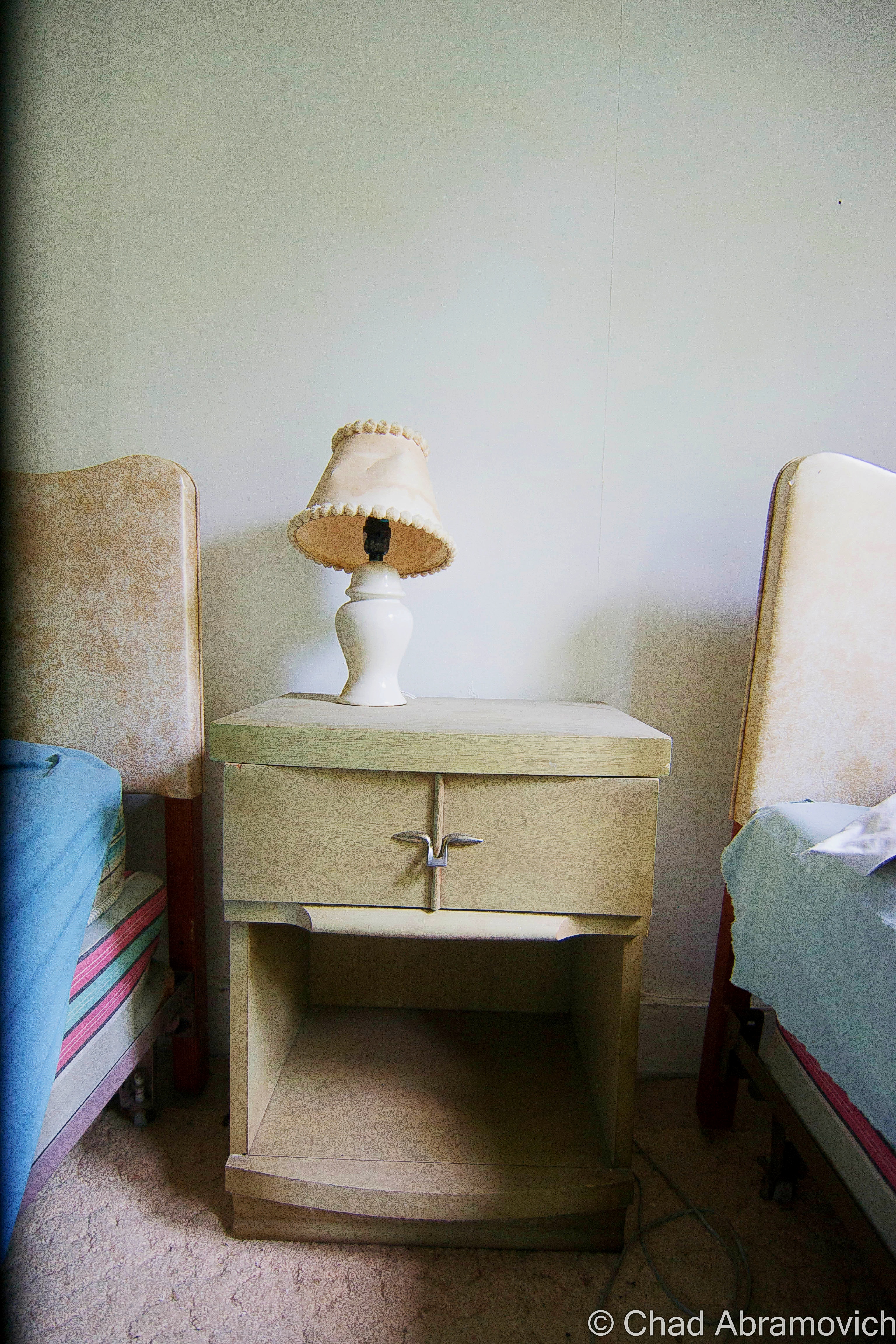
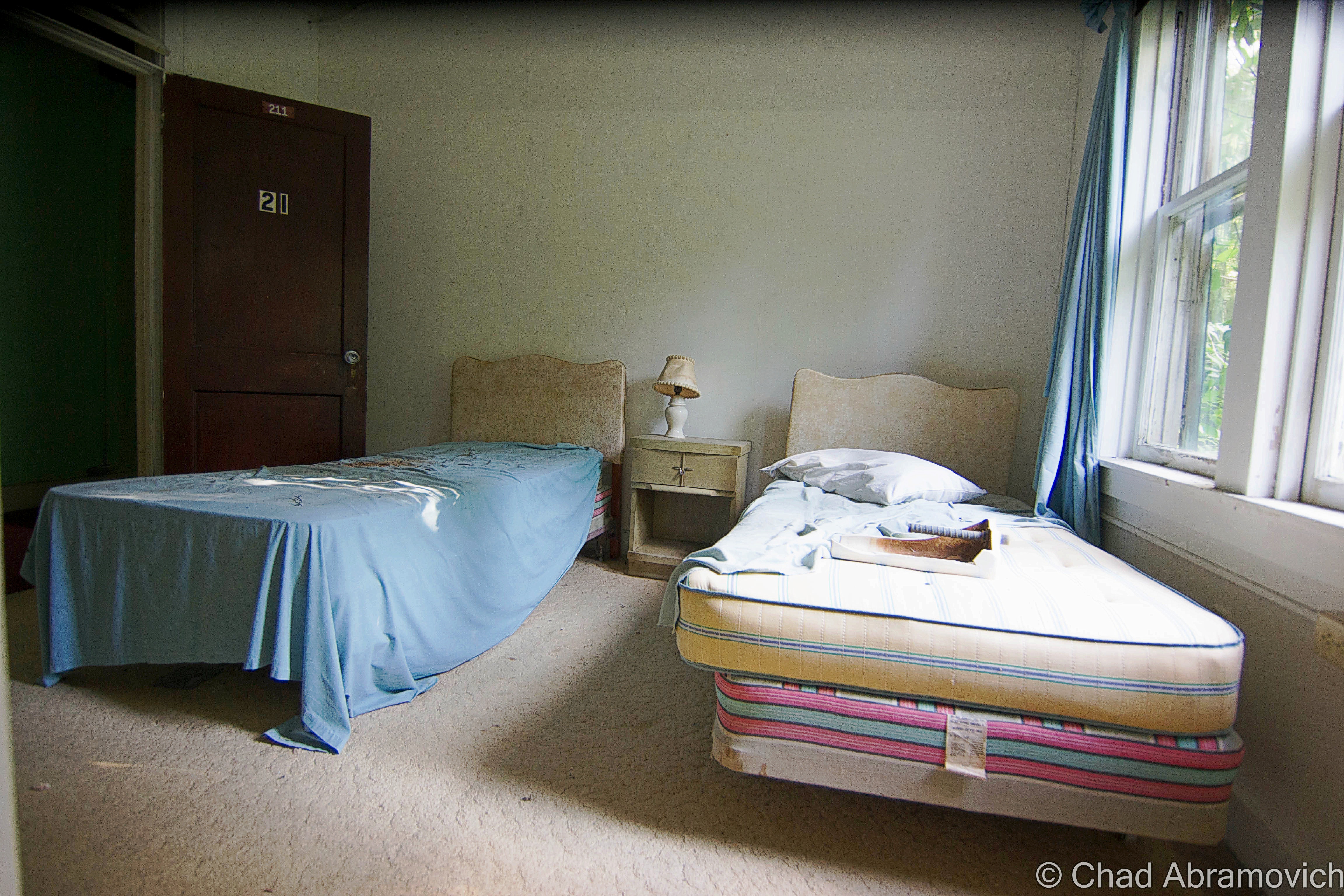
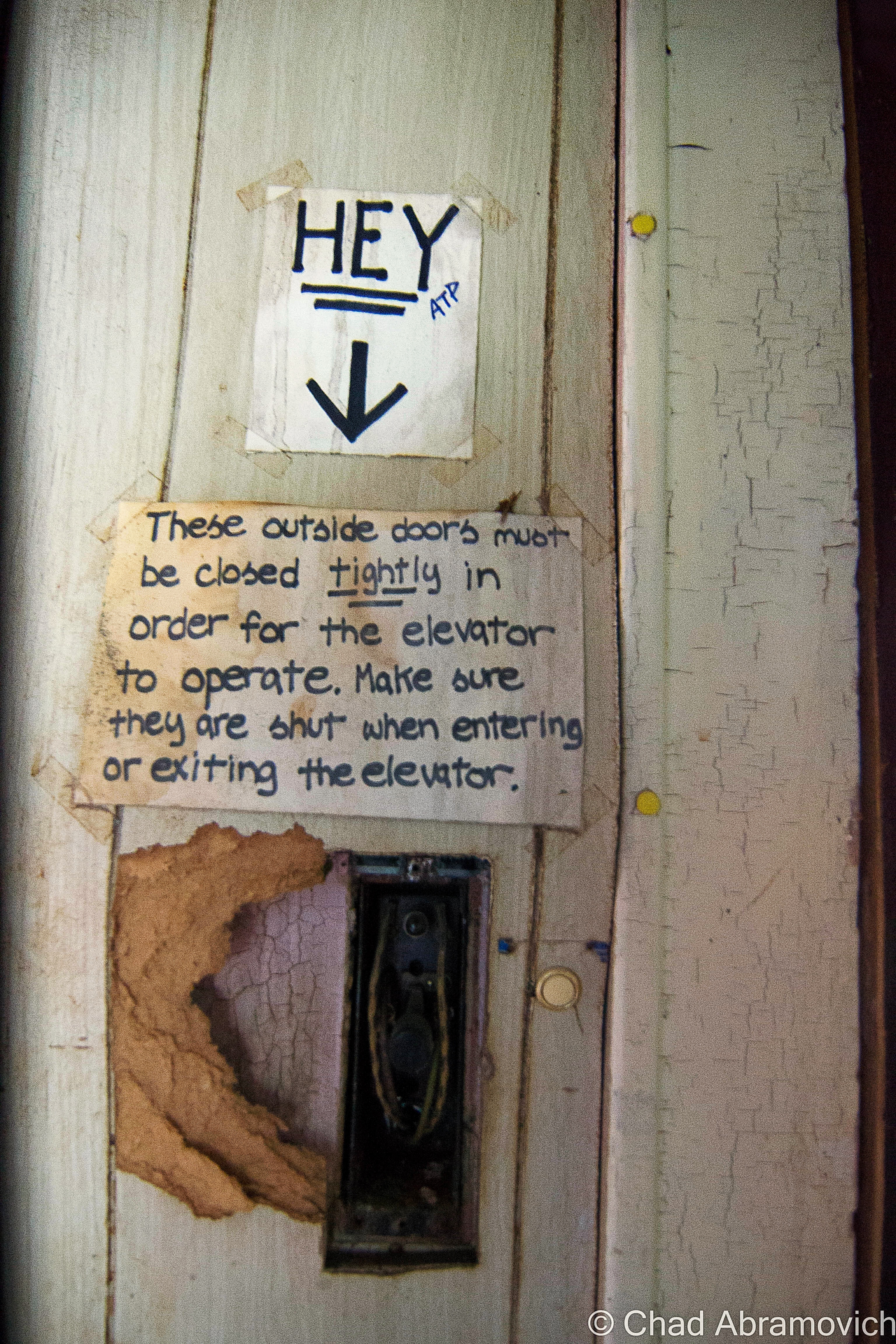

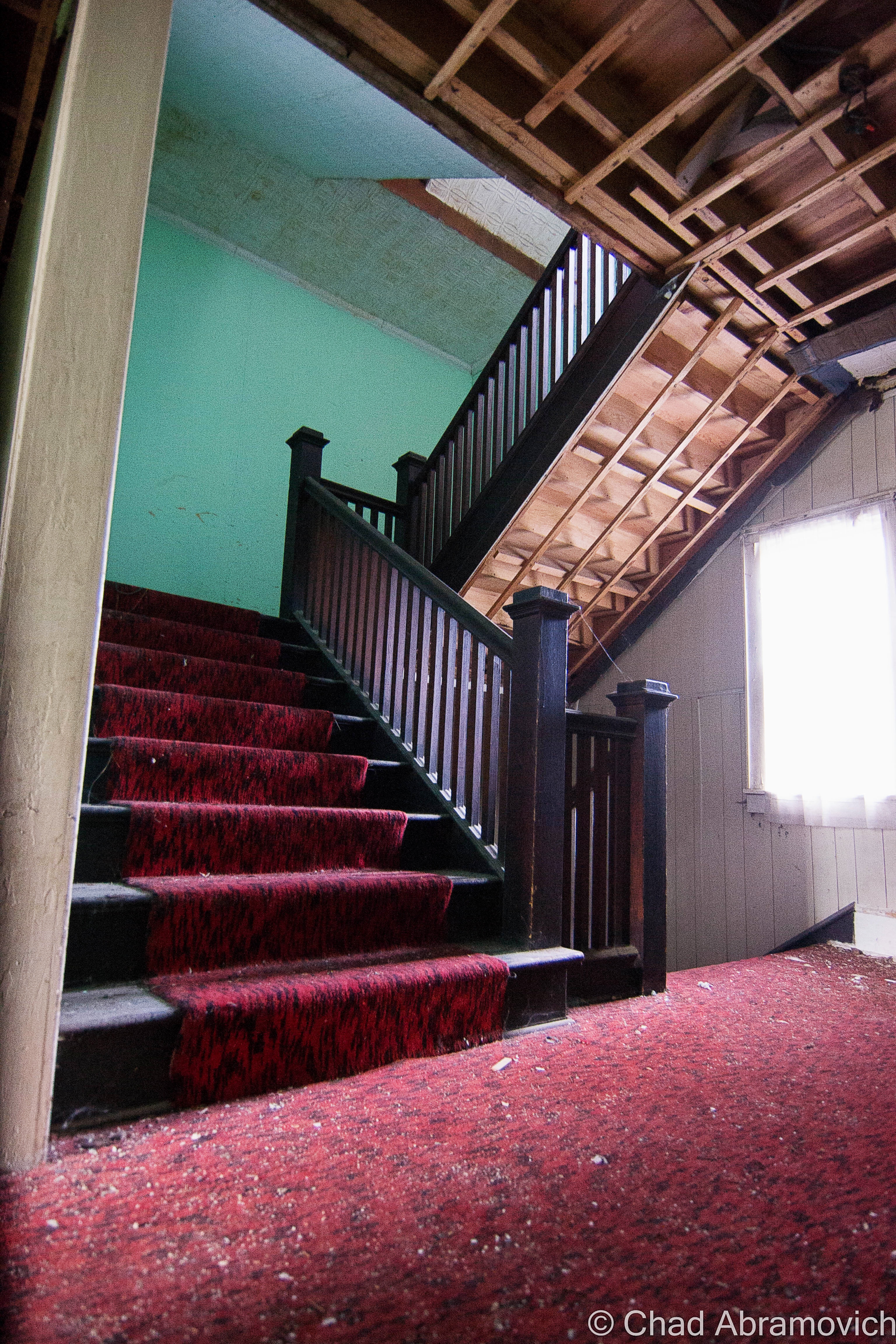
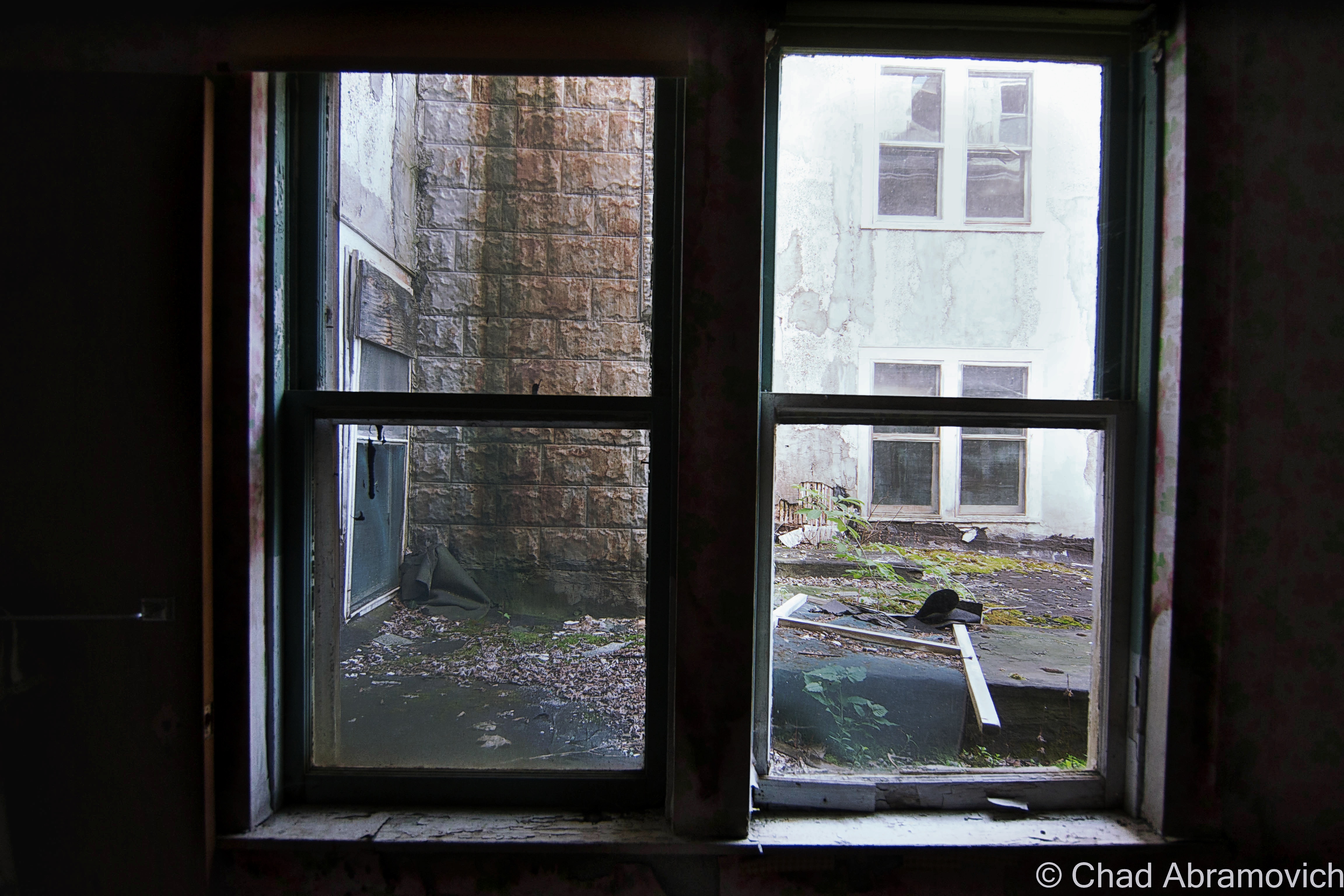
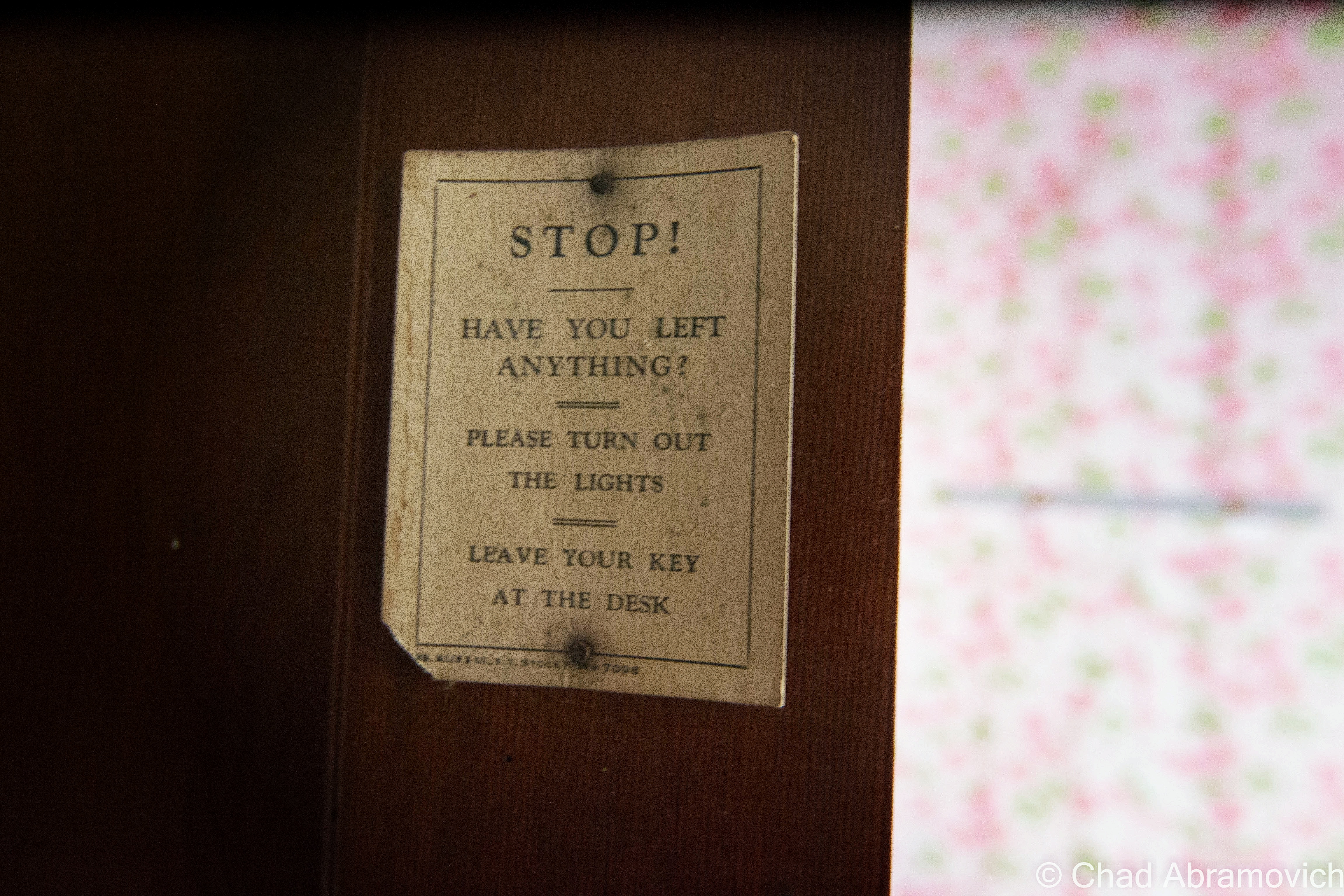
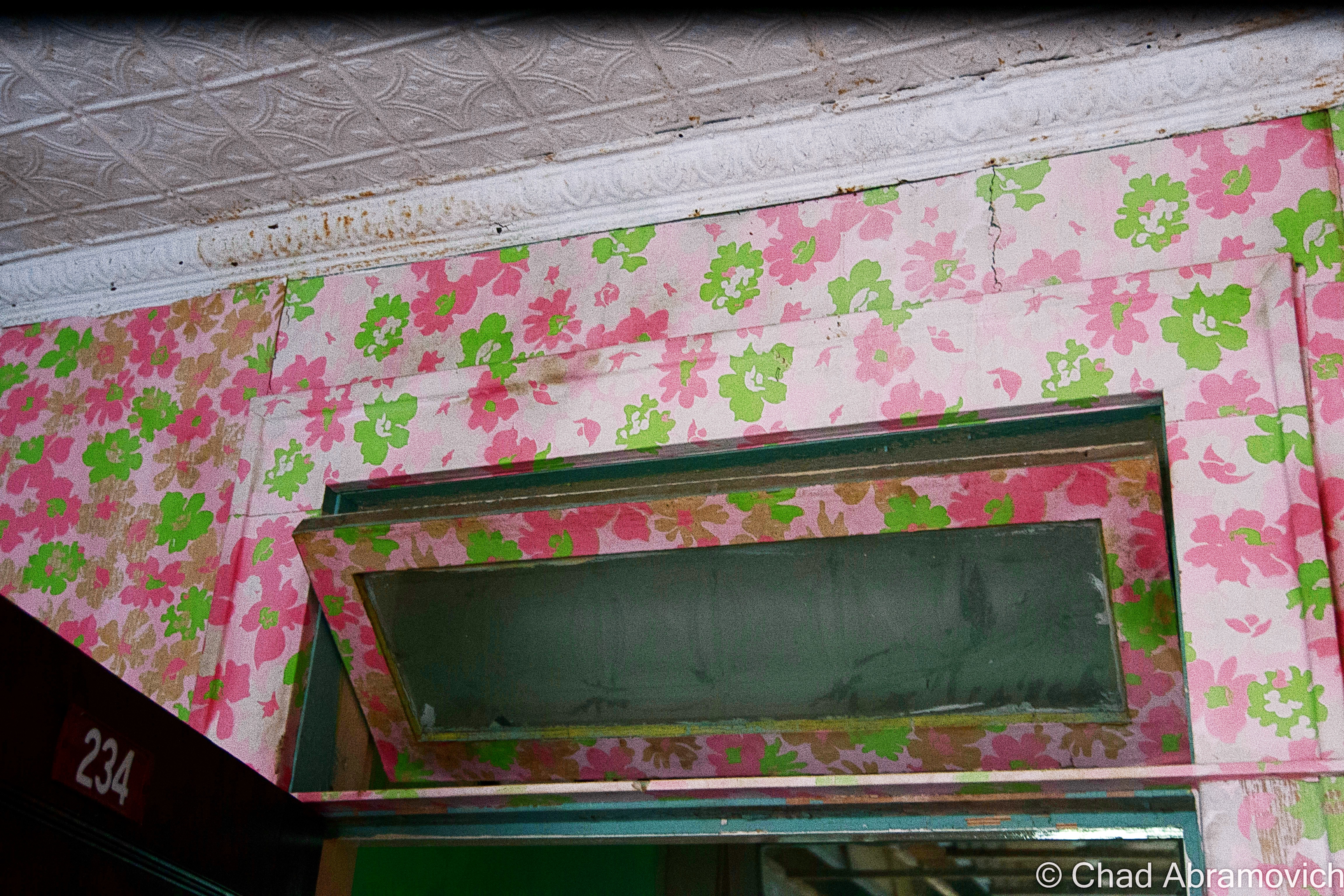
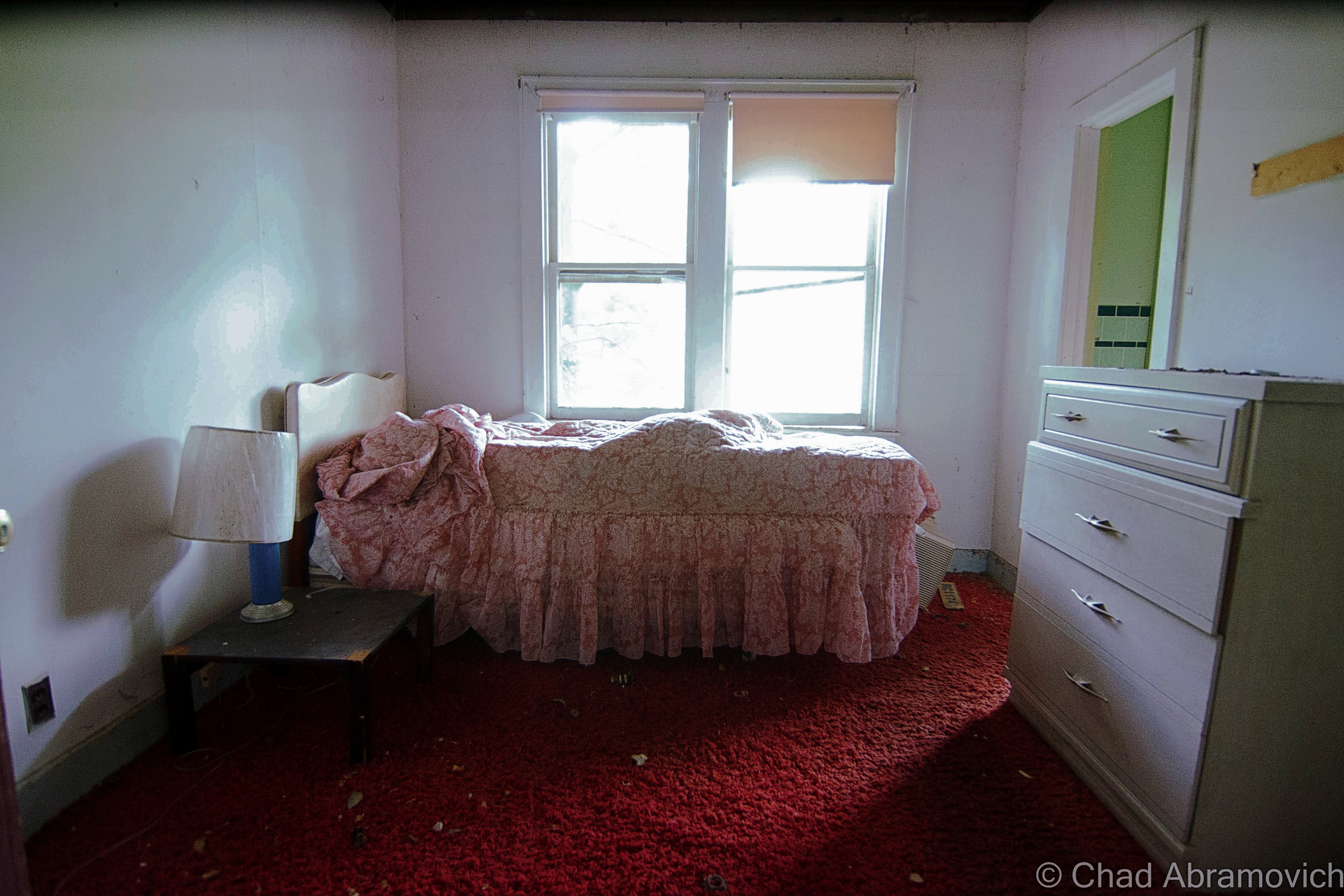
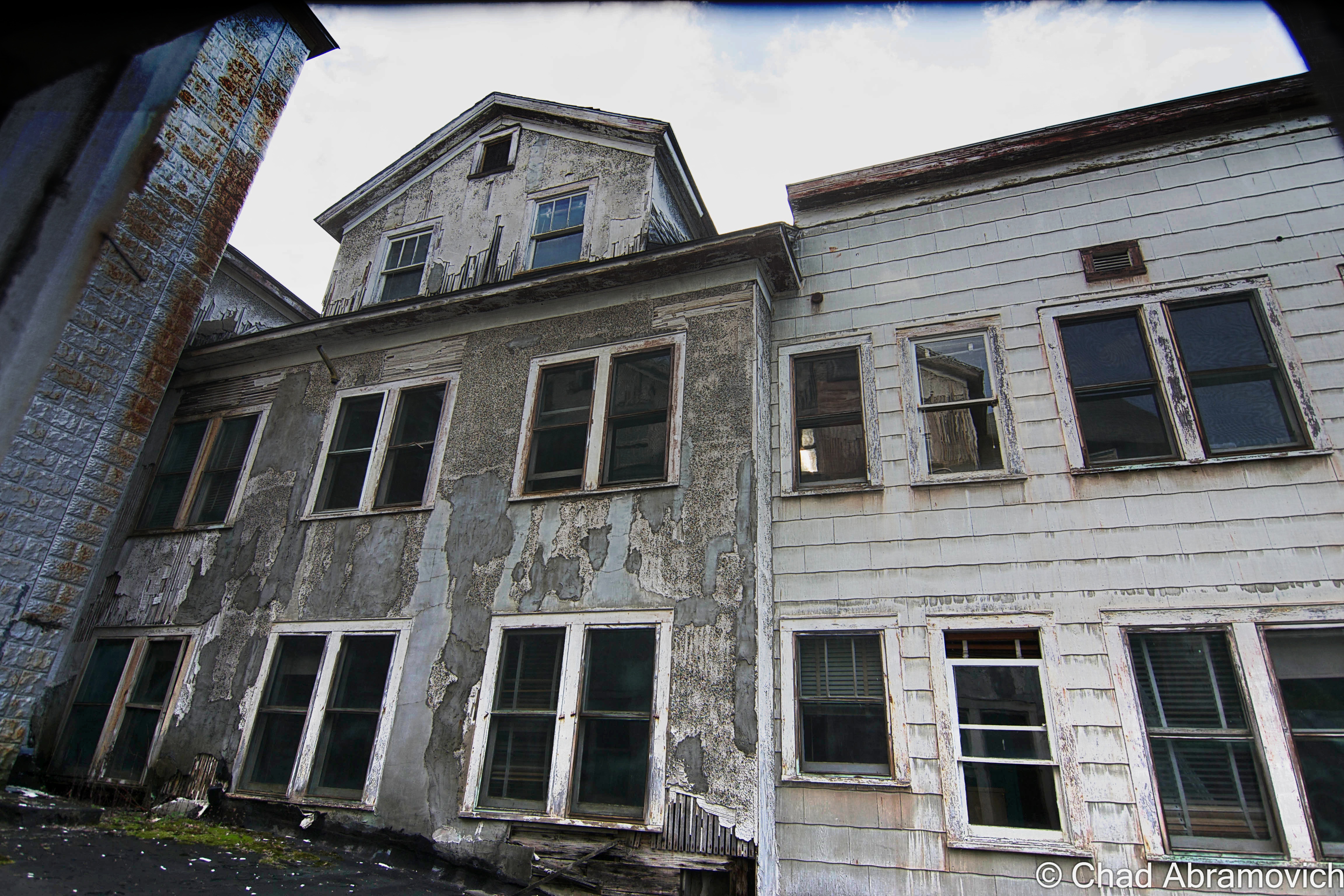
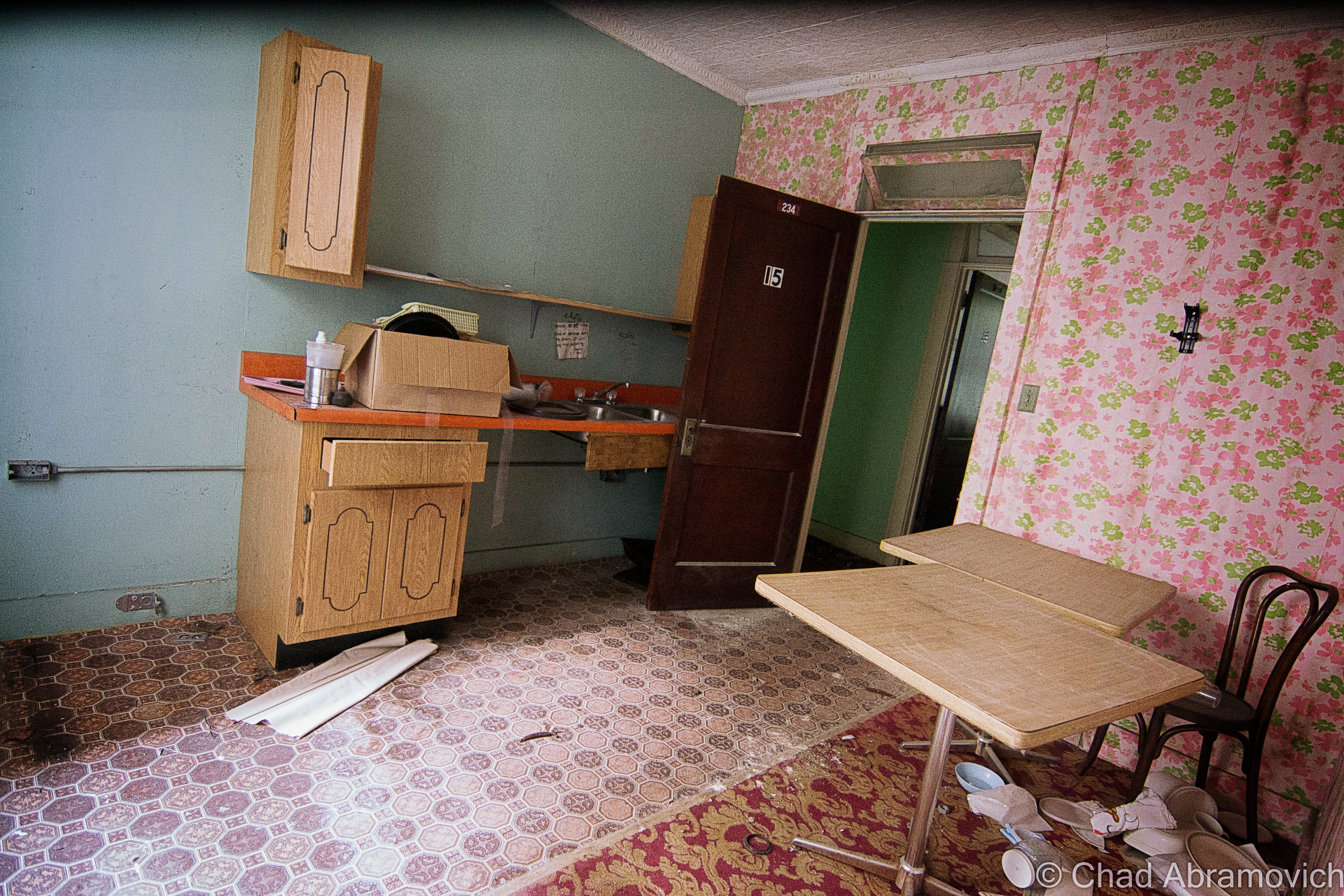
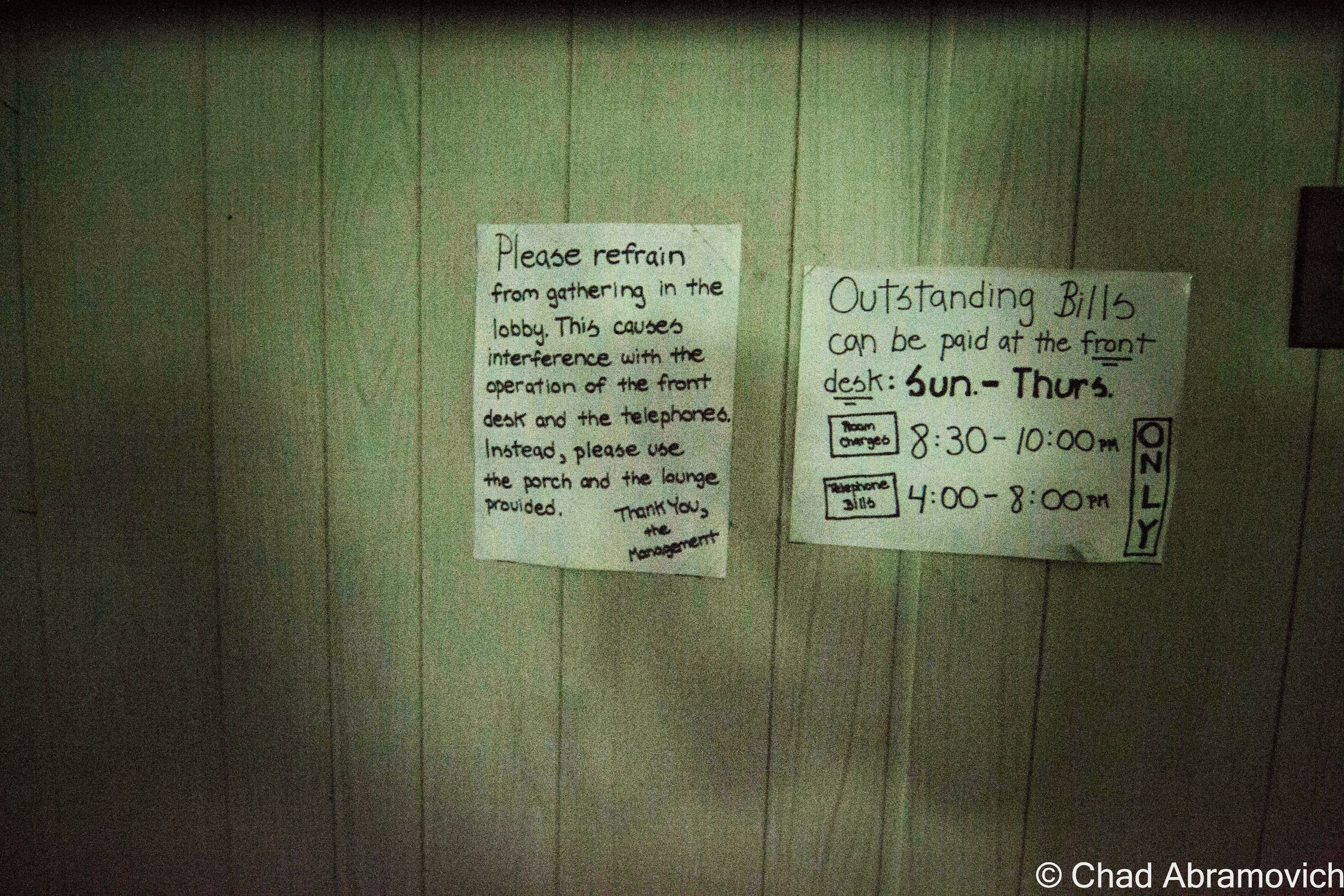
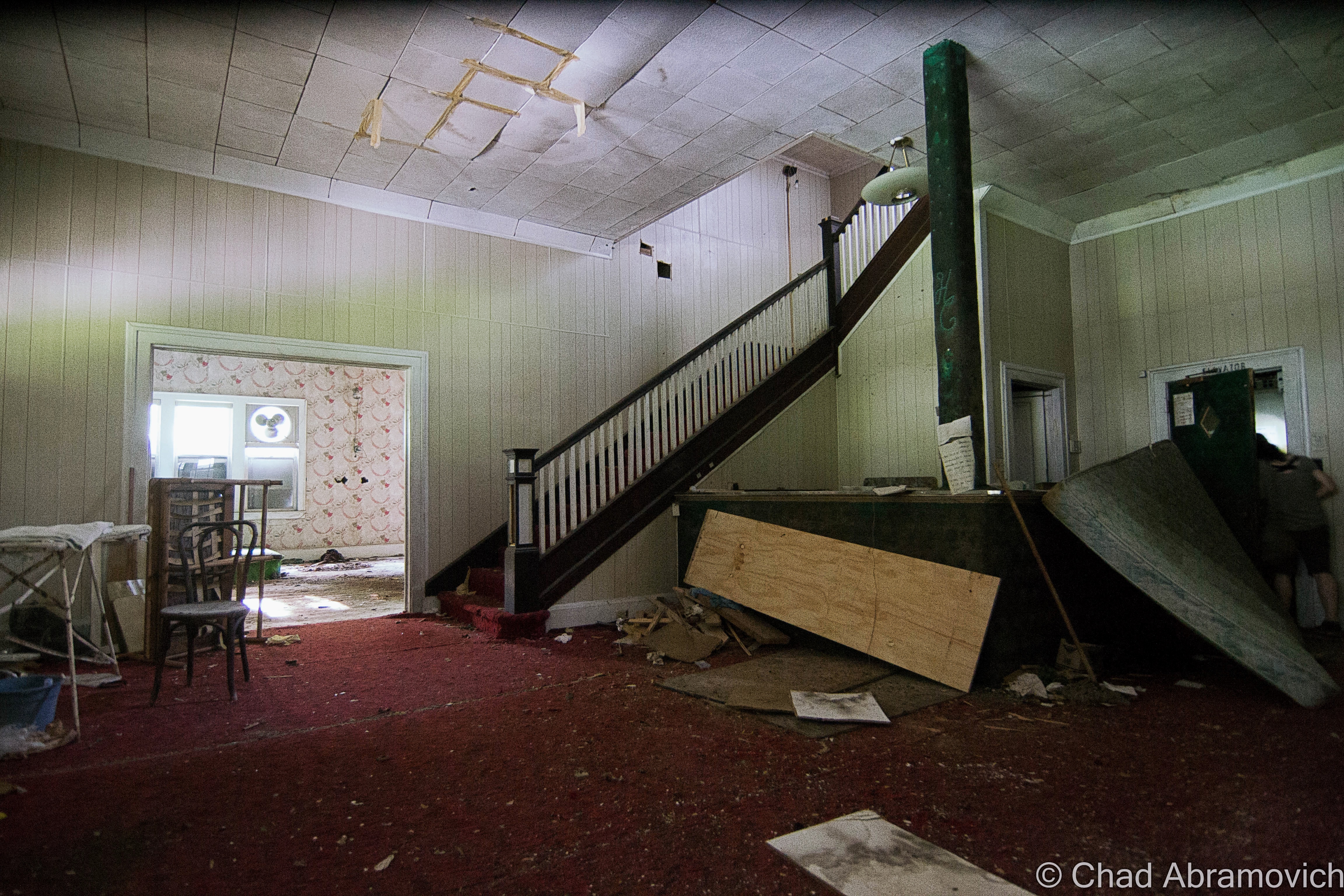
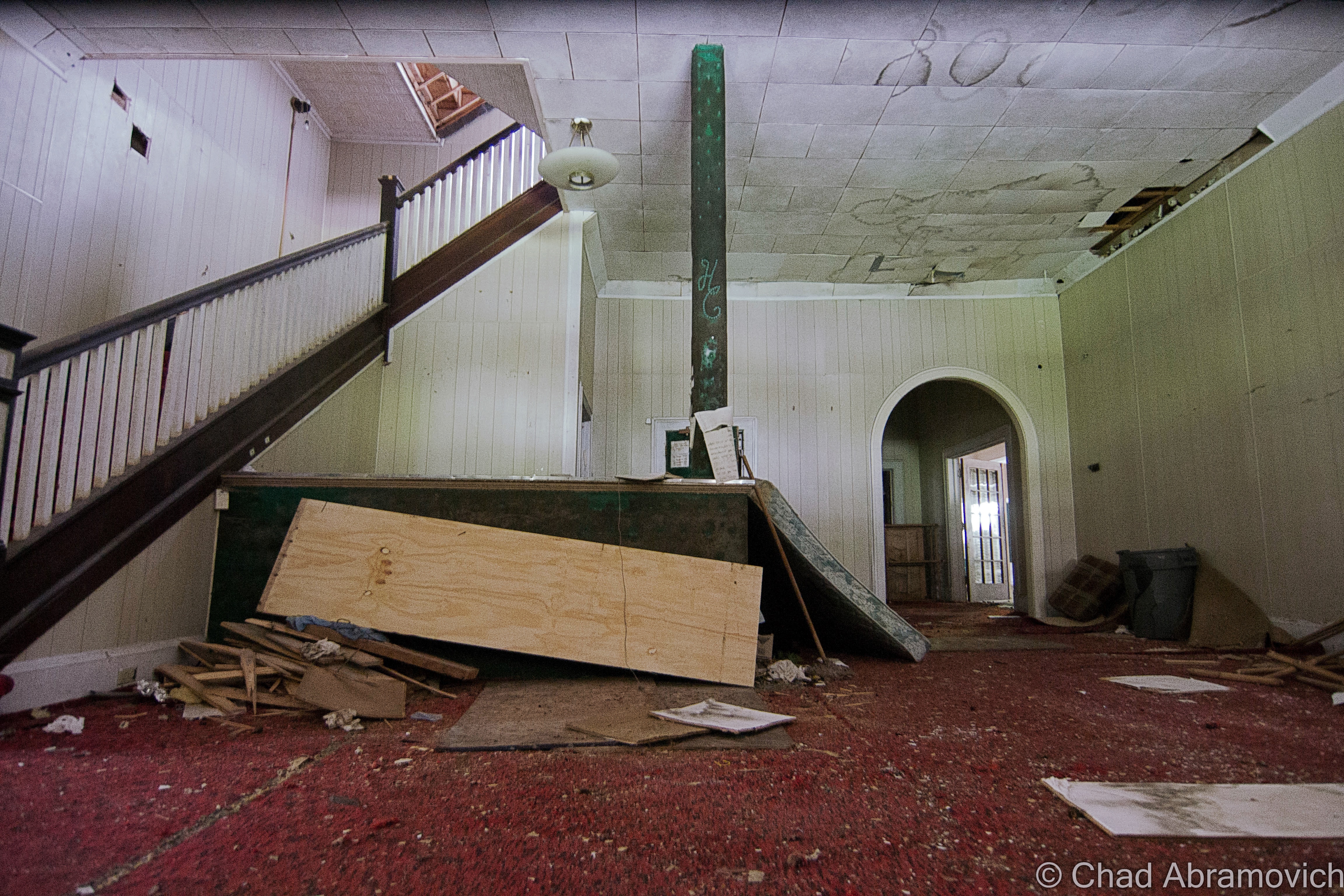
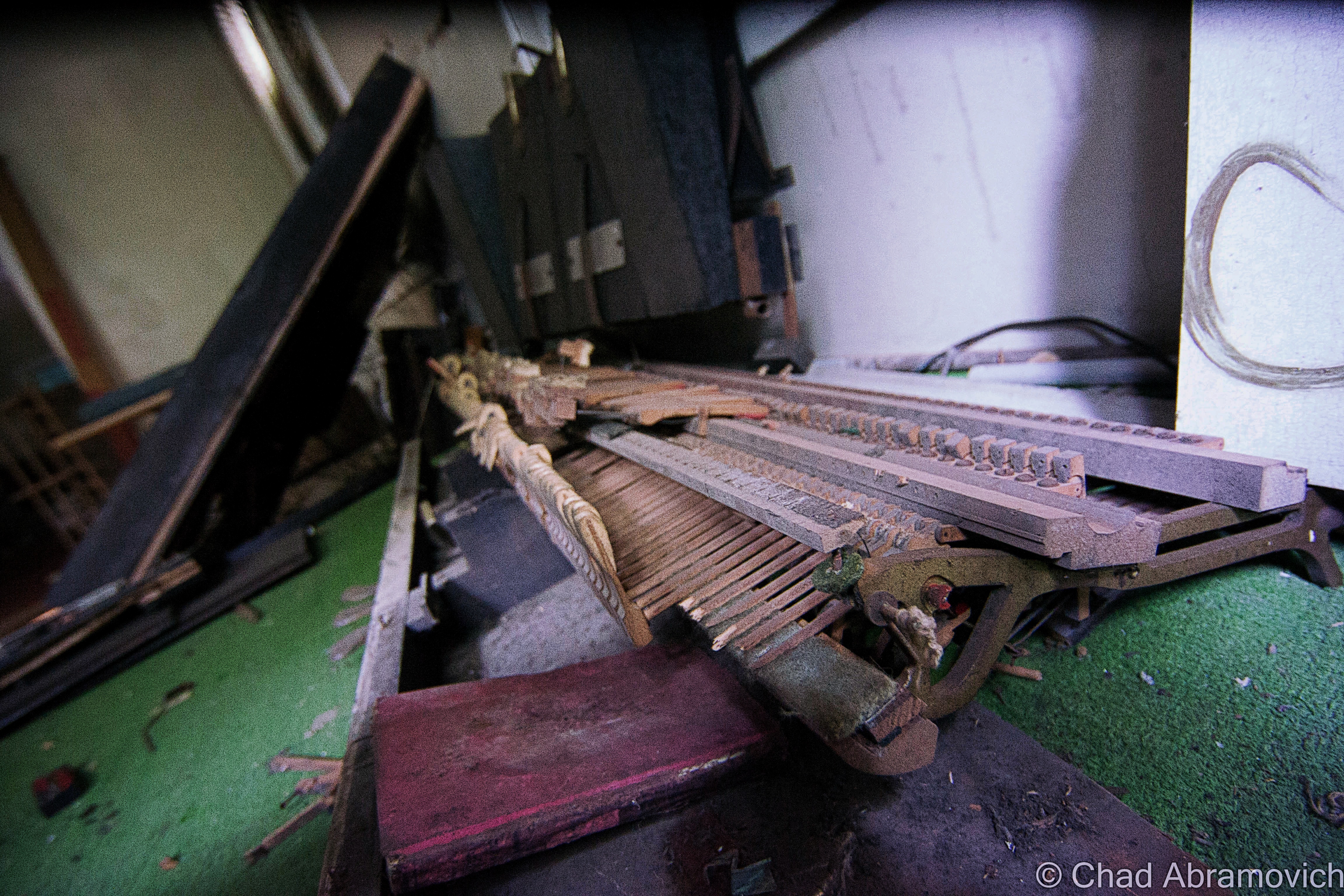

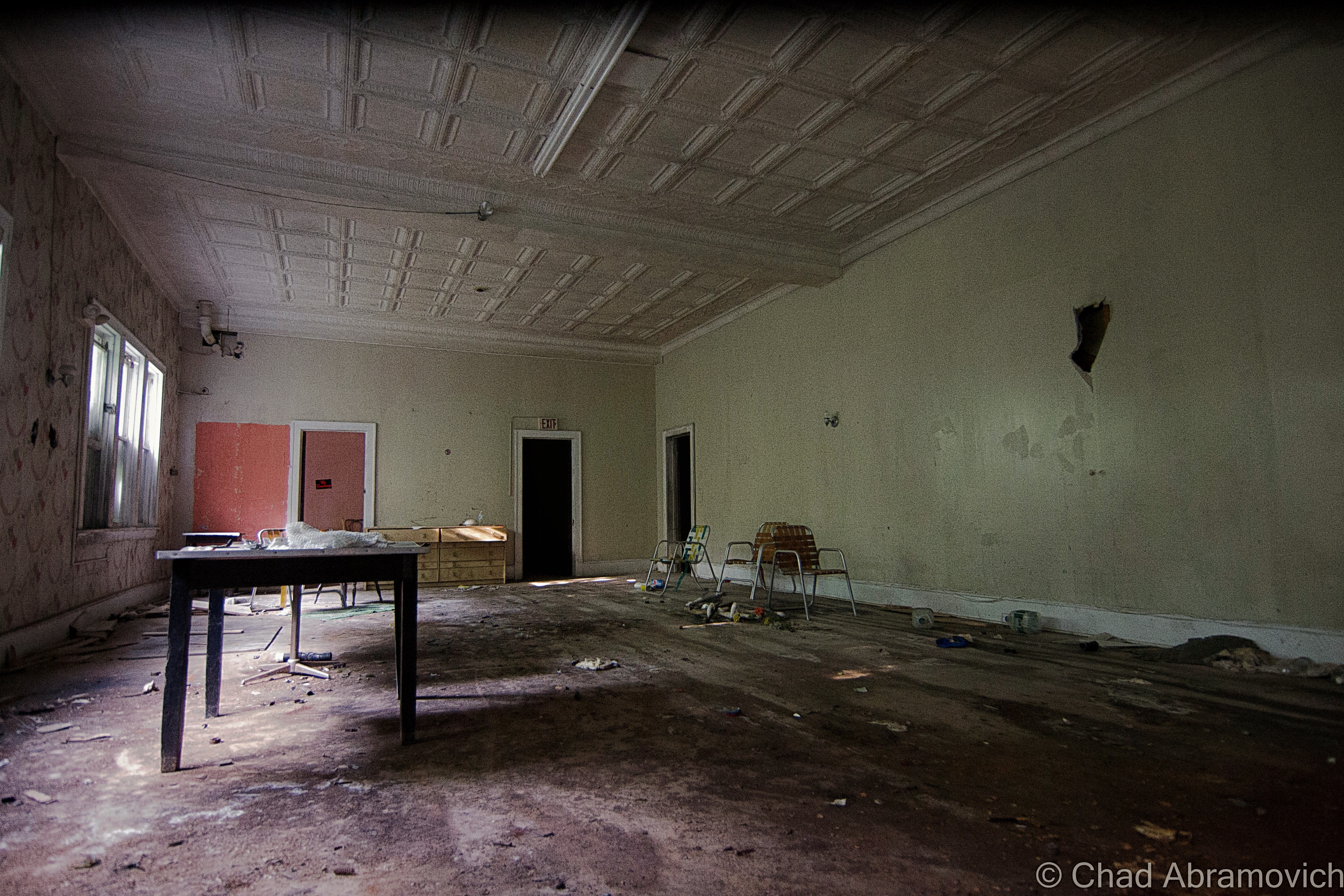
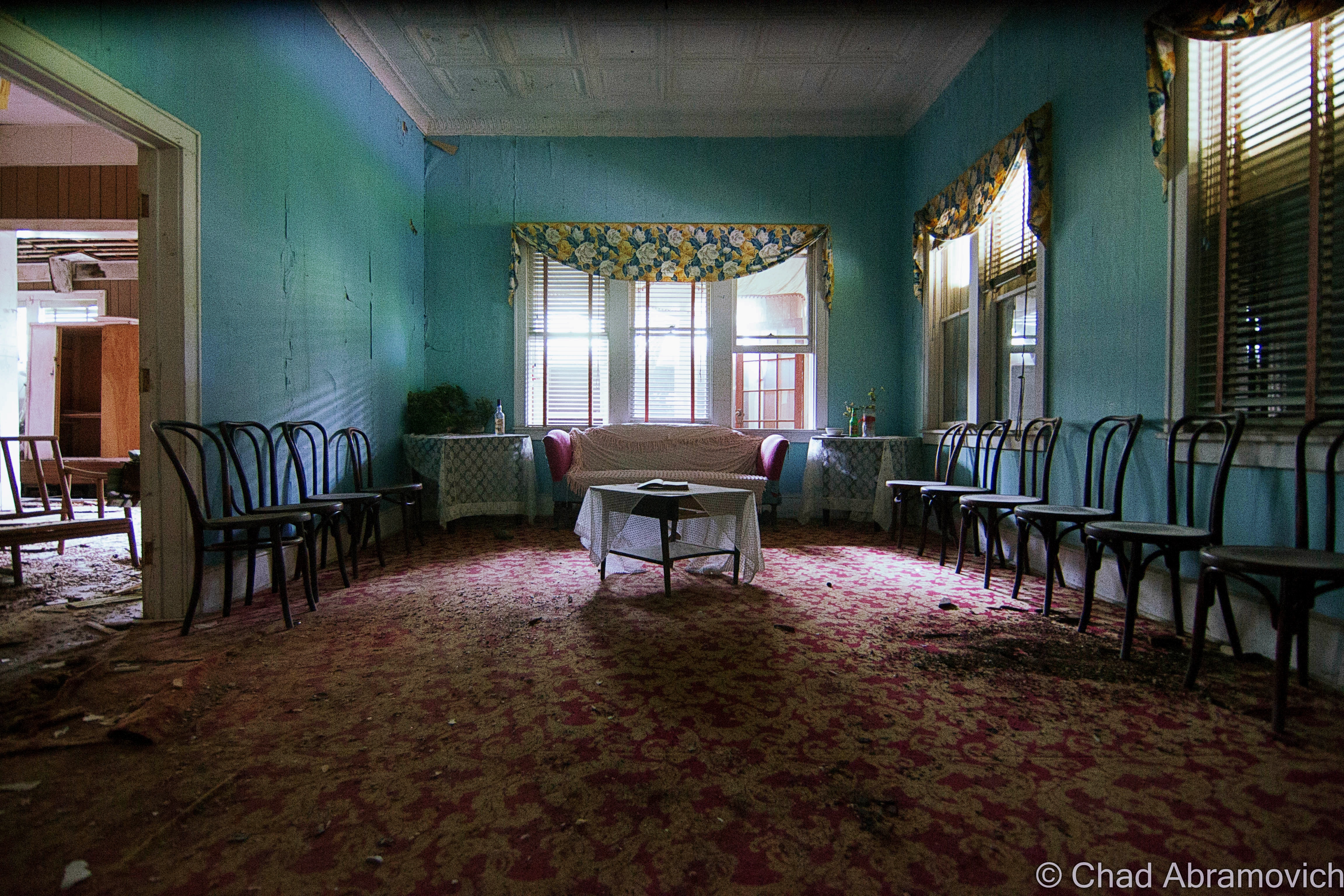

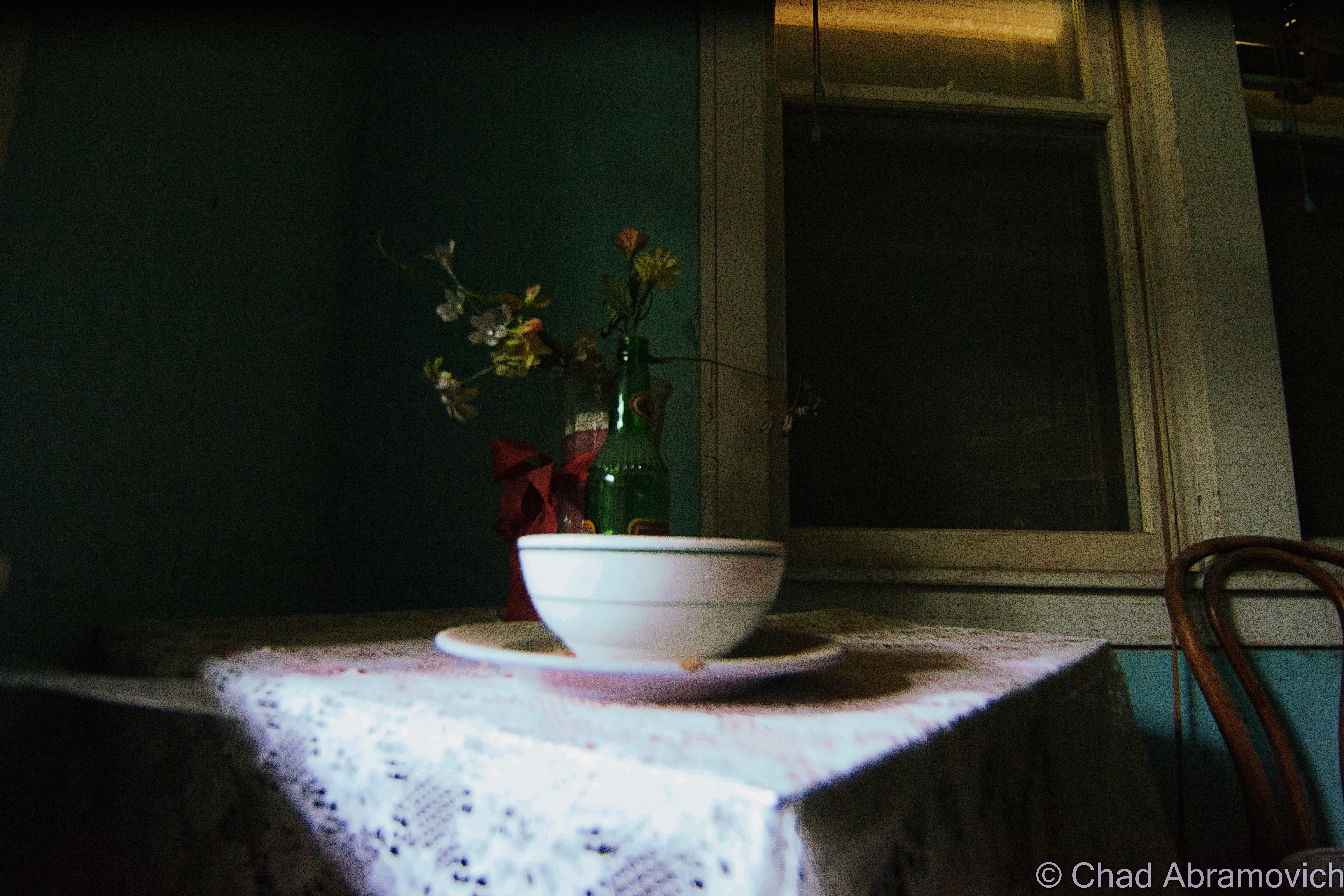
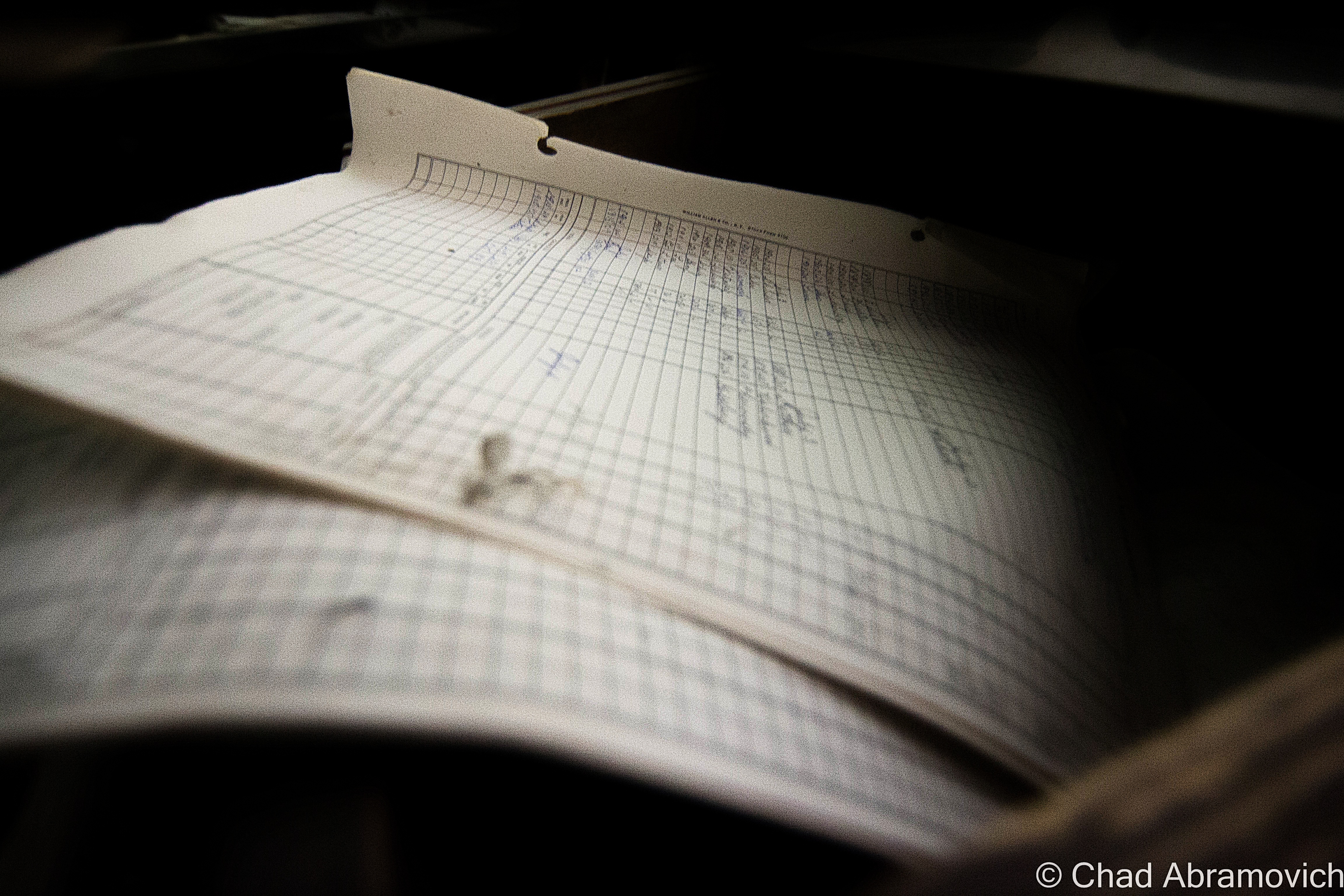

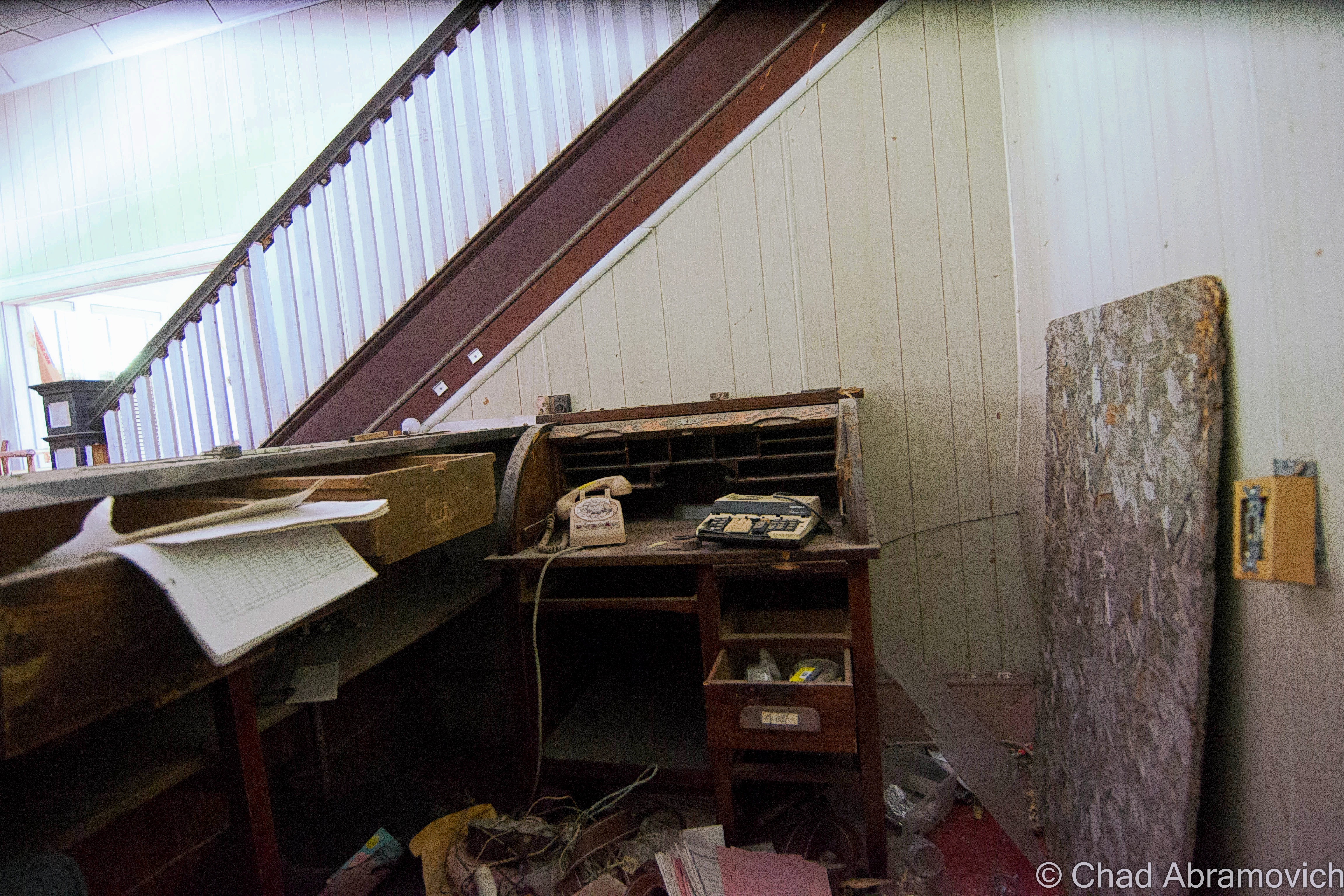
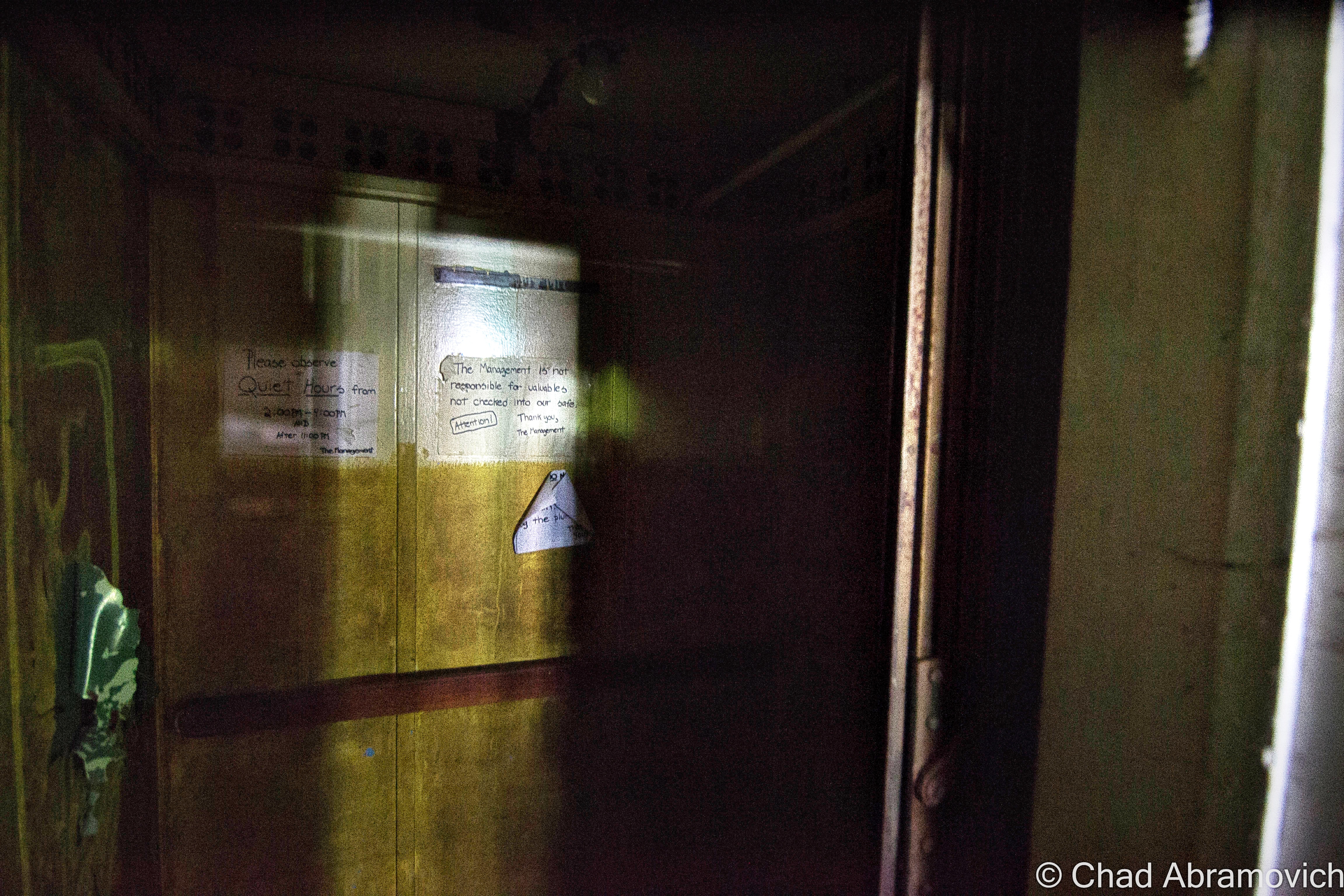


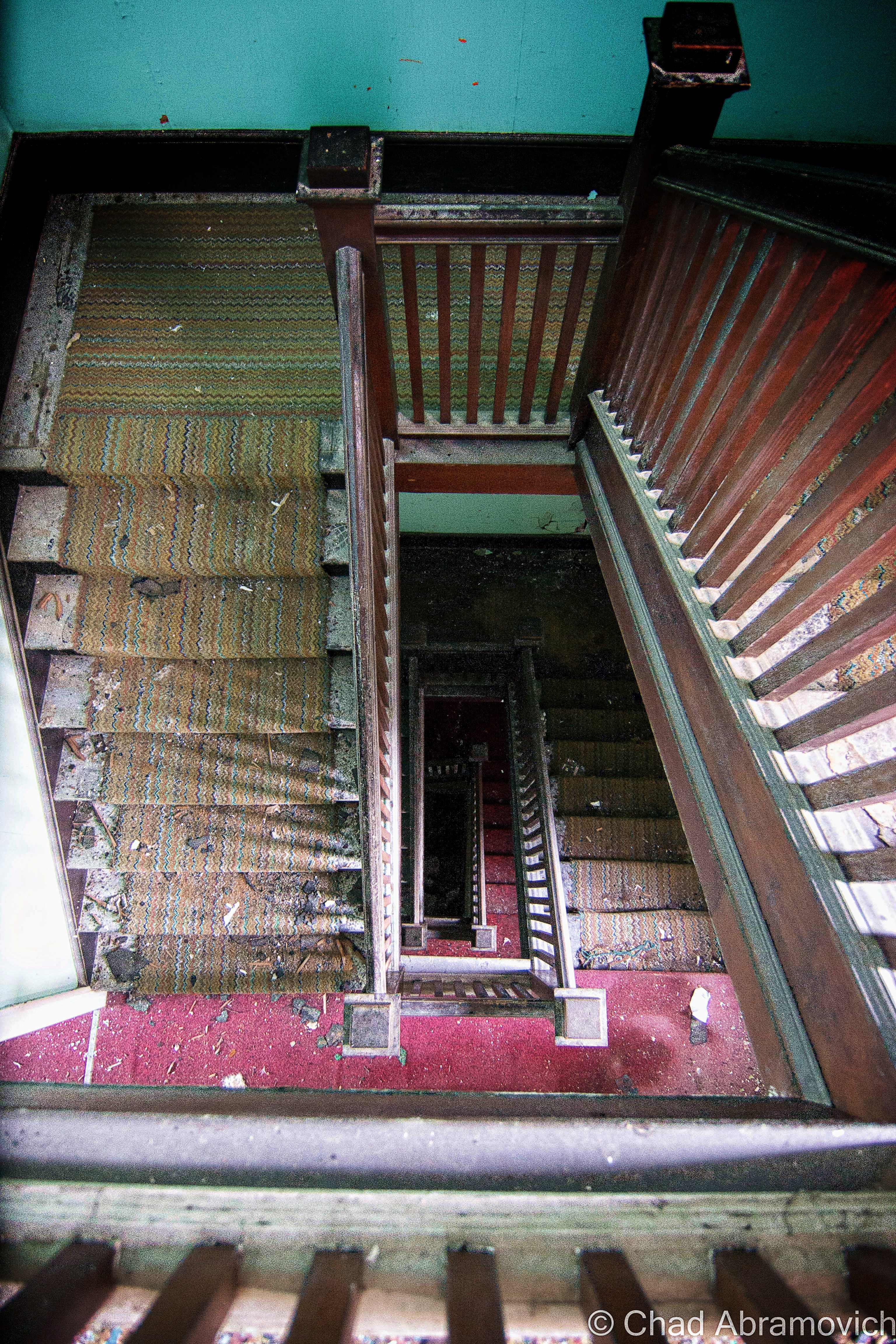


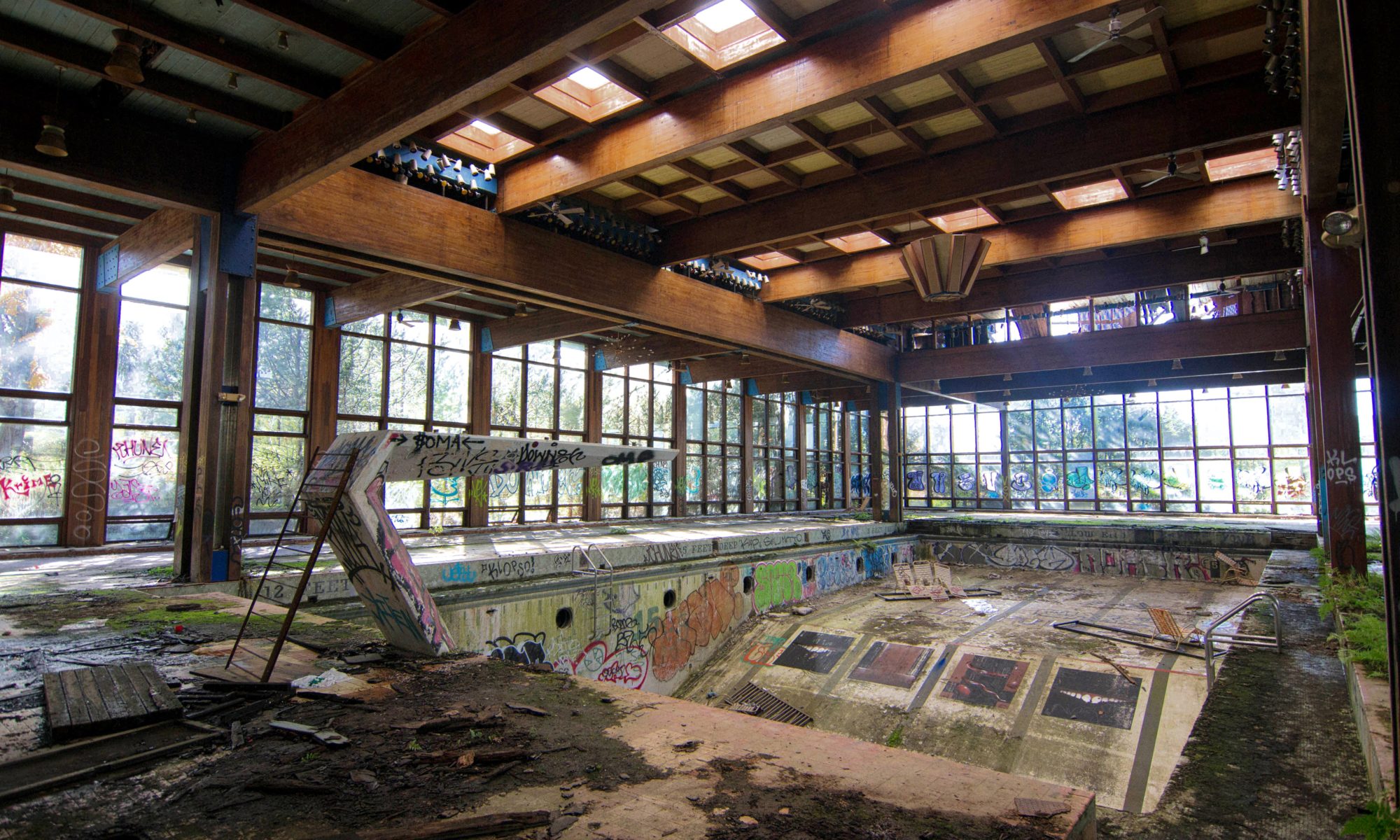
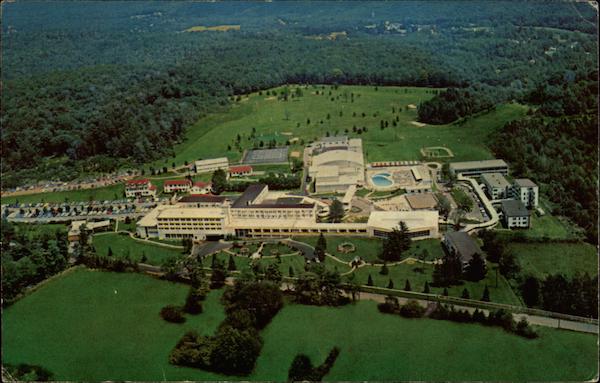
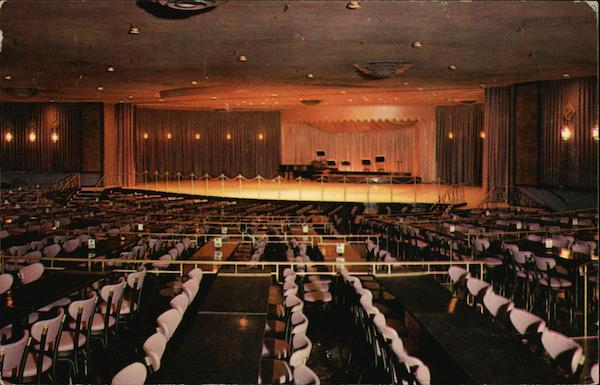
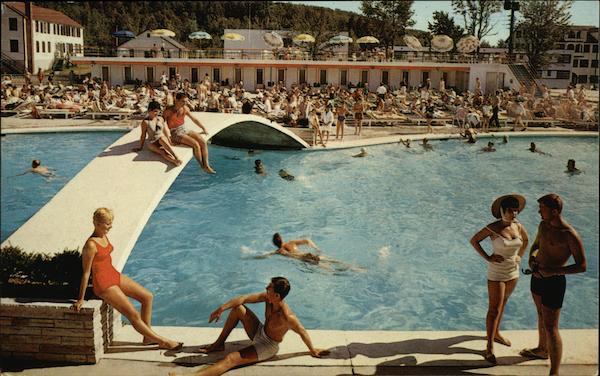
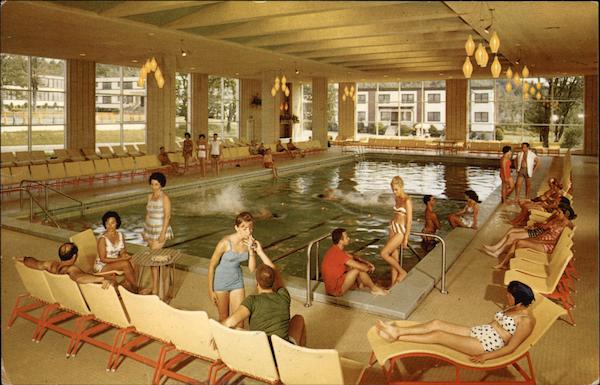
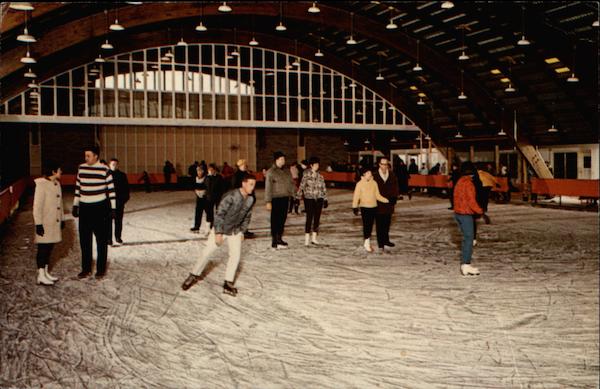
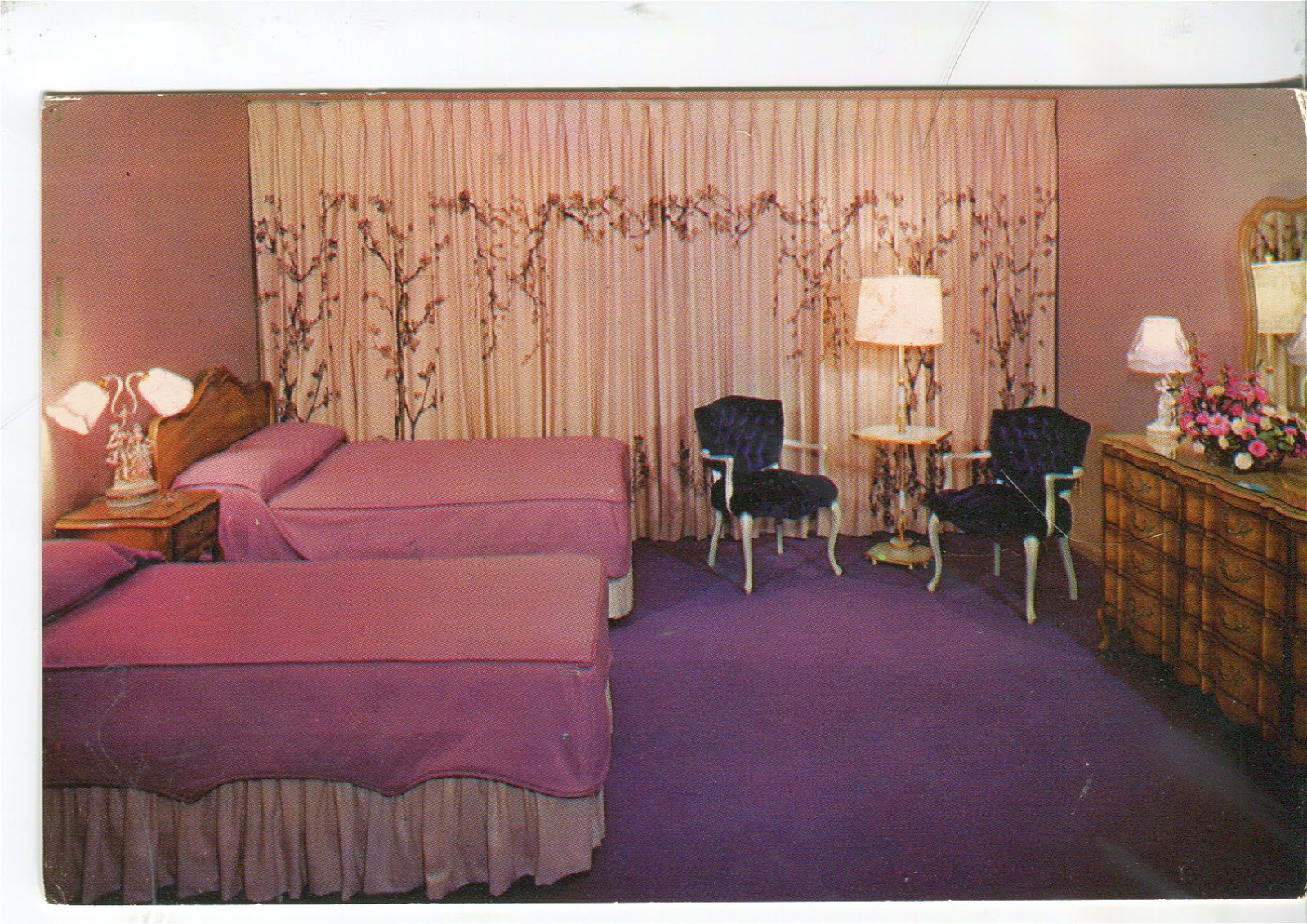
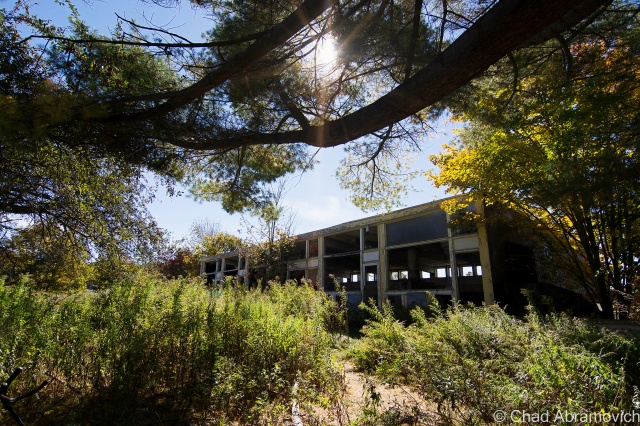
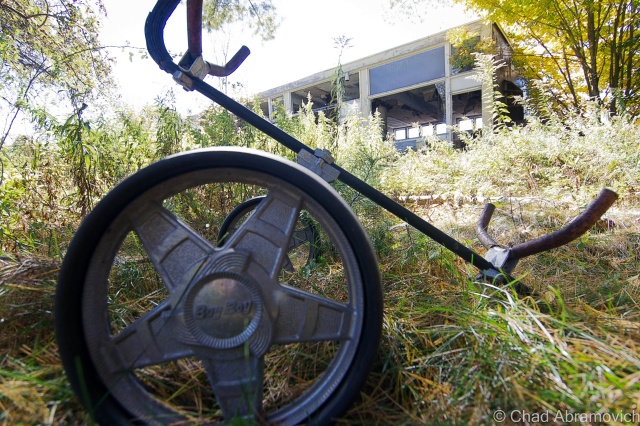
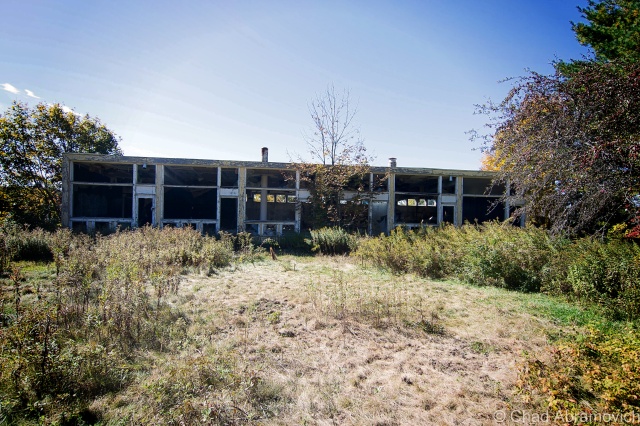
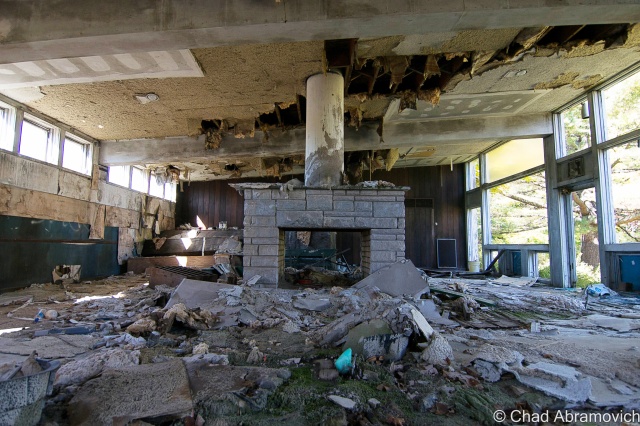
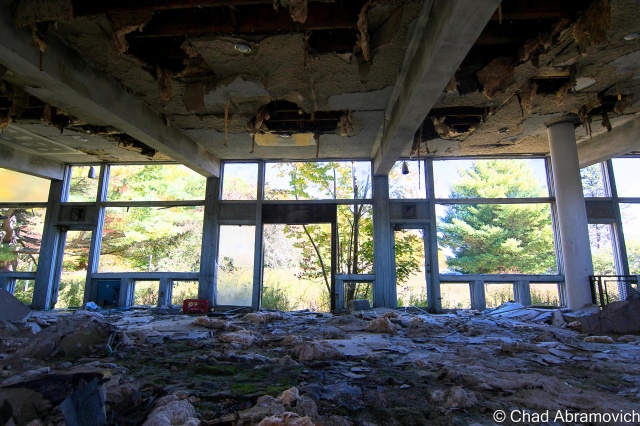
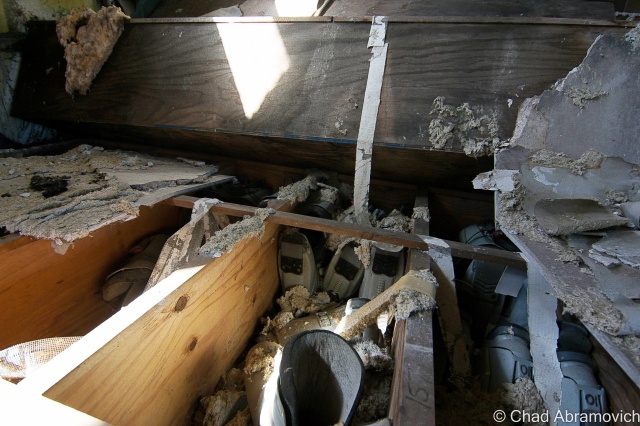
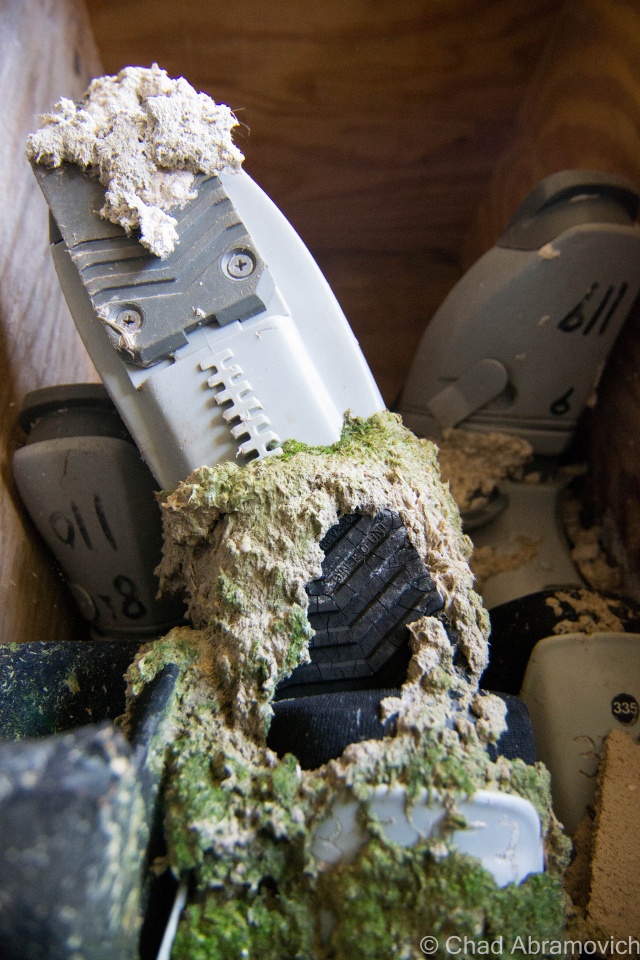
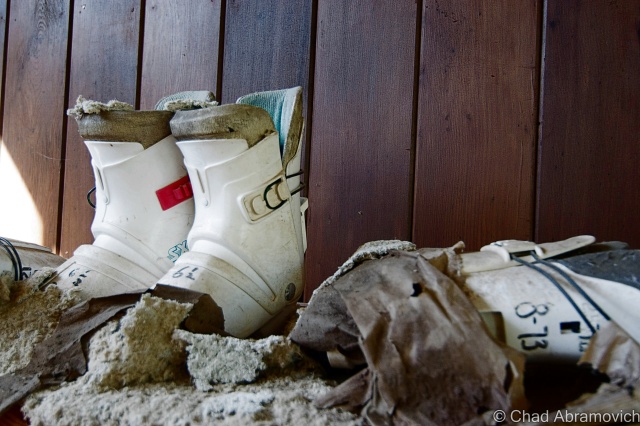
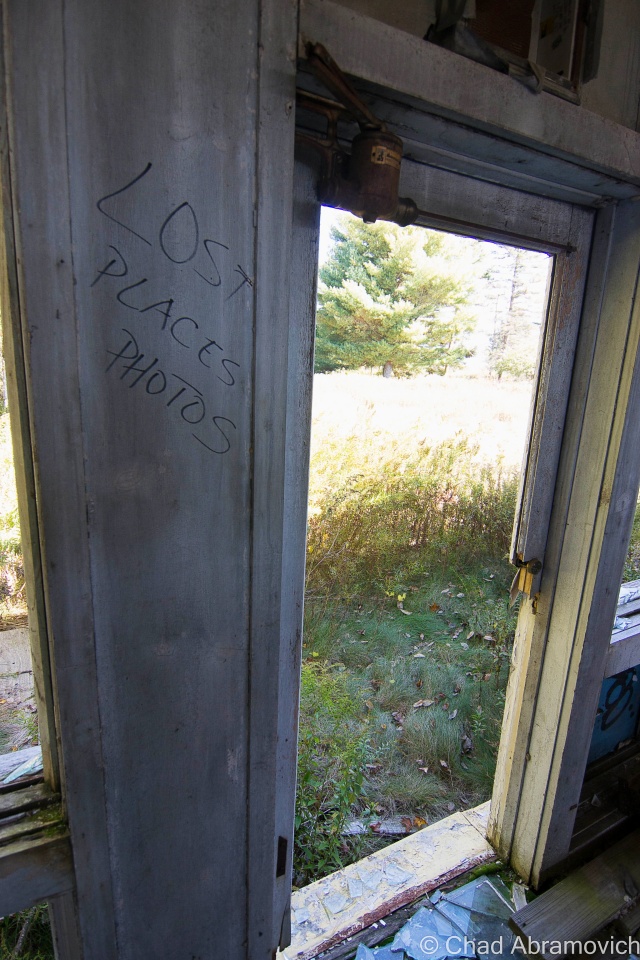
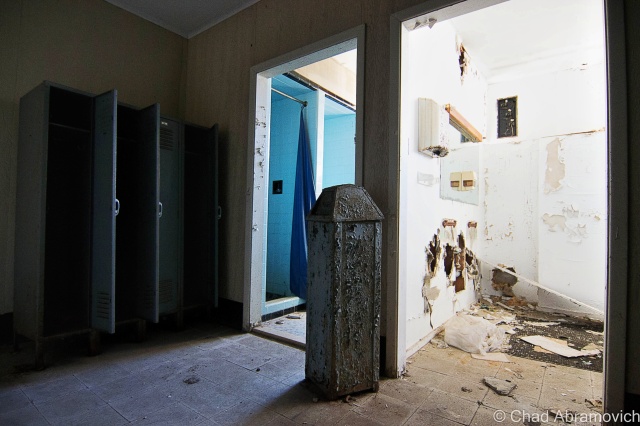
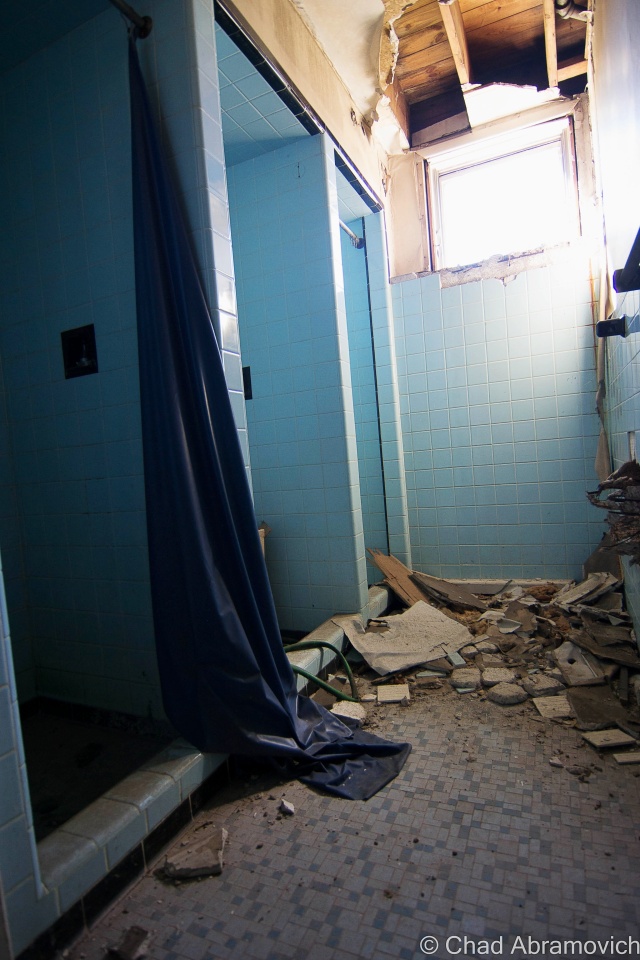
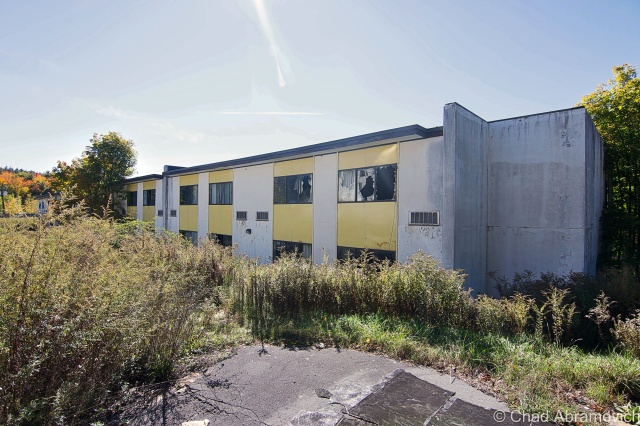
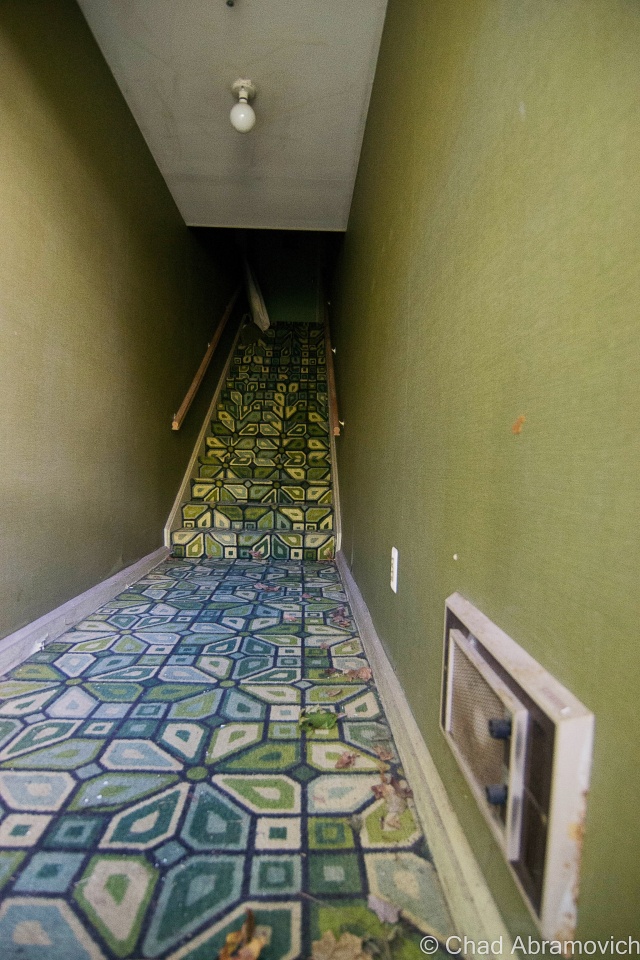
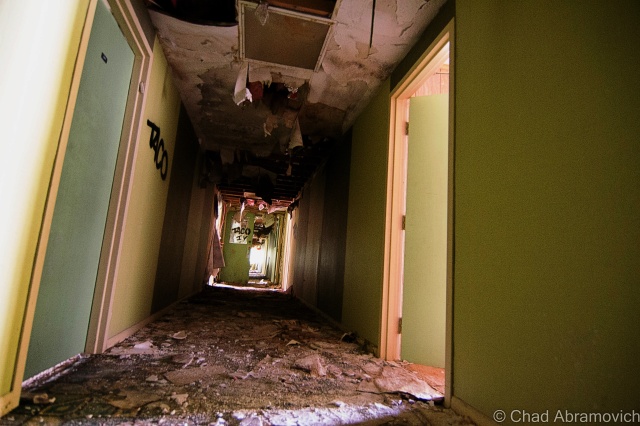
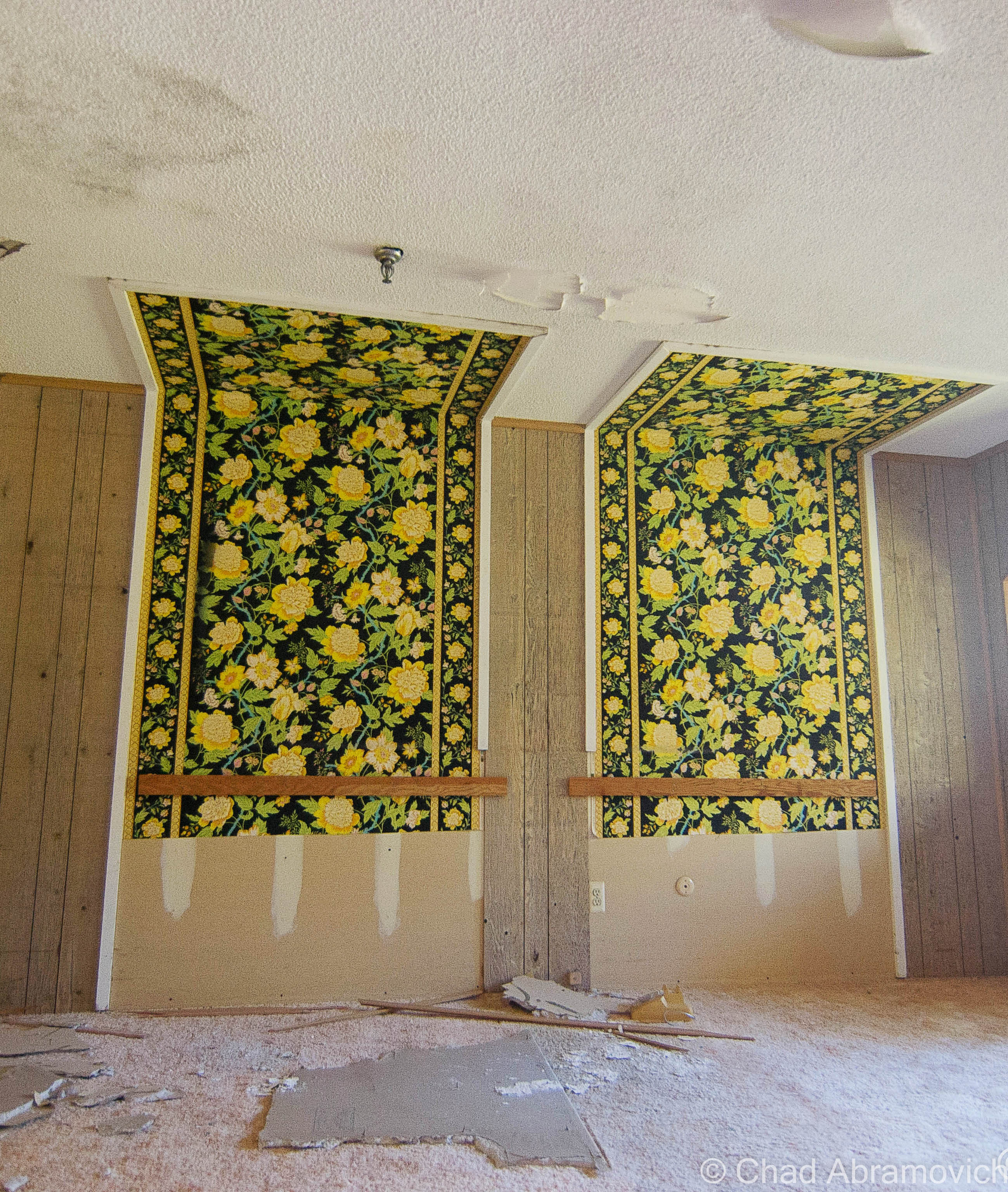
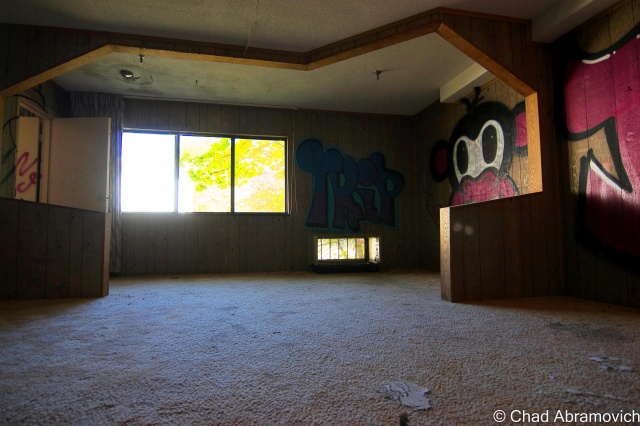
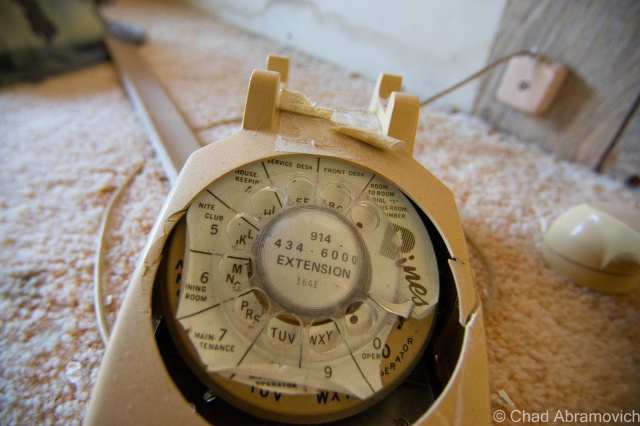
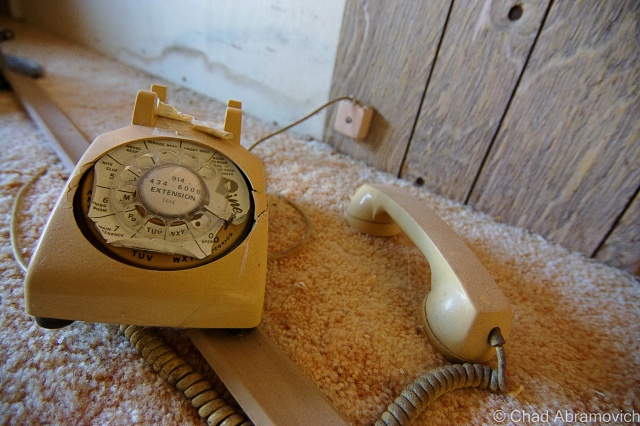
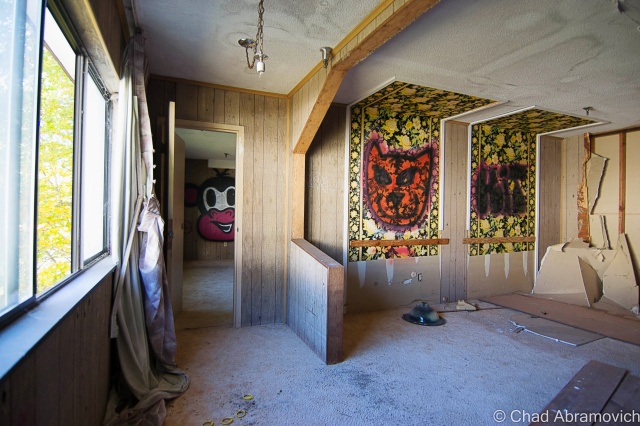
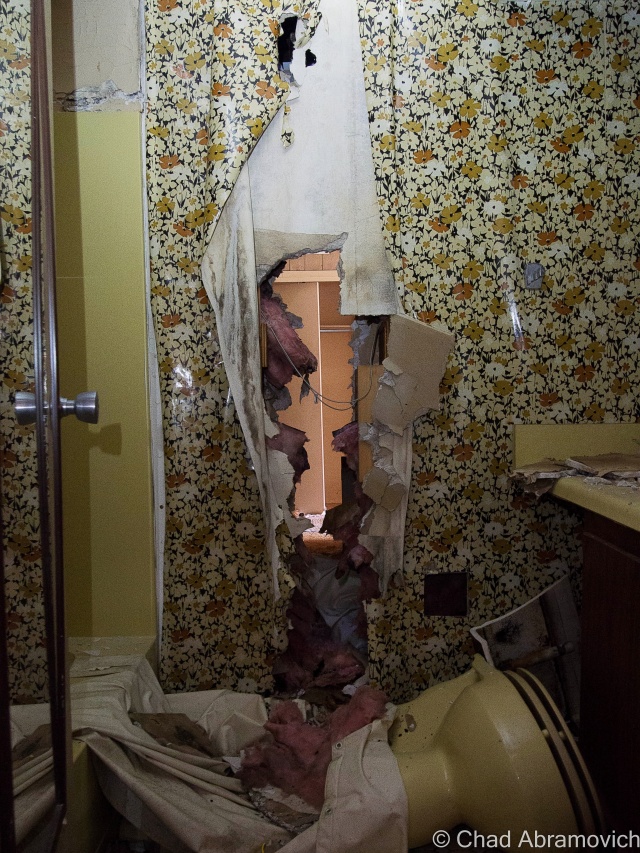
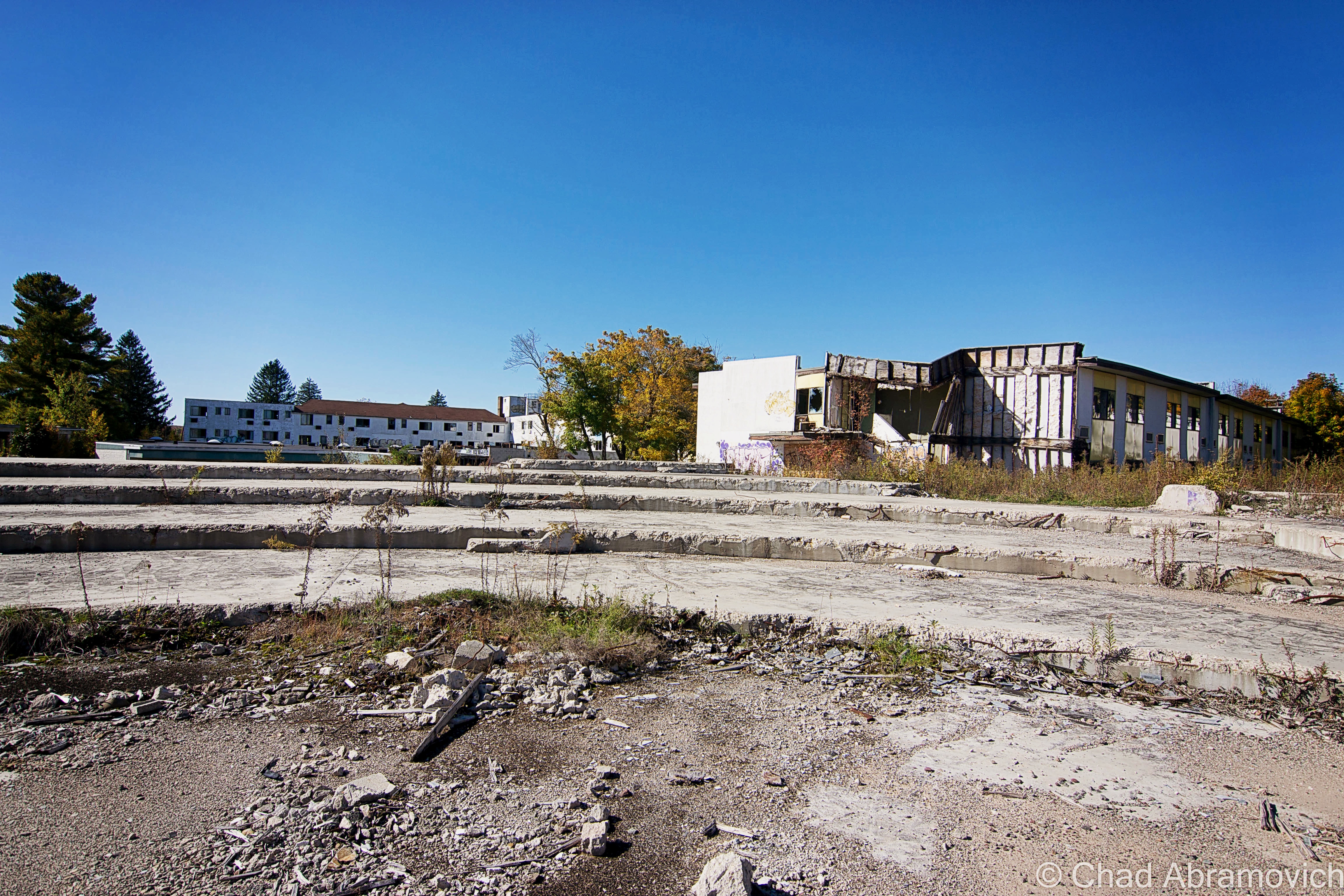
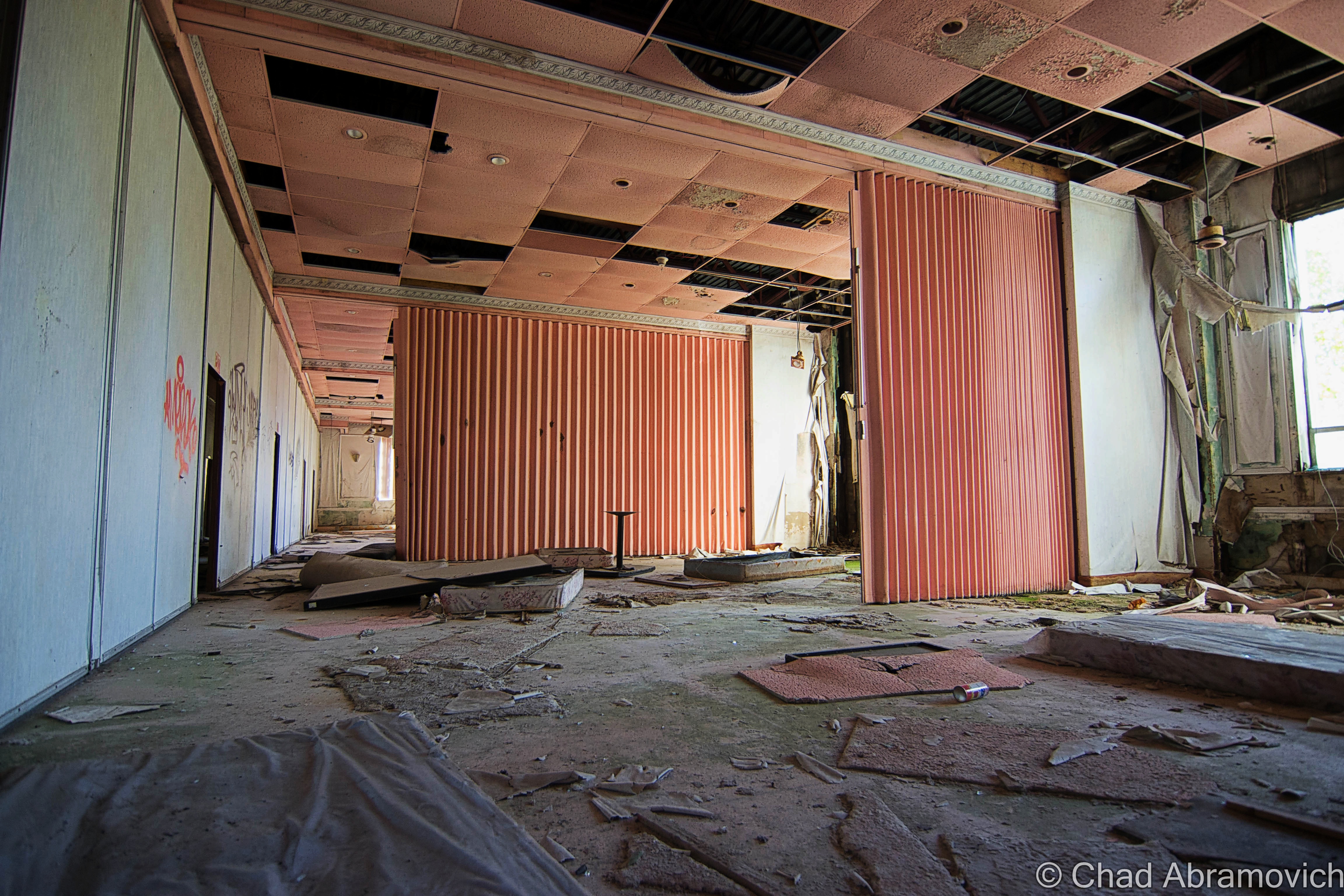 In the 1990s, convention centers were becoming Catskills de rigueur, so many hotels, including The Pines, built them up on their properties.
In the 1990s, convention centers were becoming Catskills de rigueur, so many hotels, including The Pines, built them up on their properties.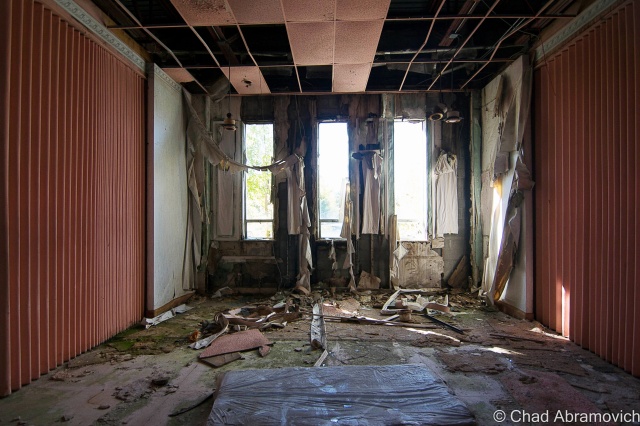
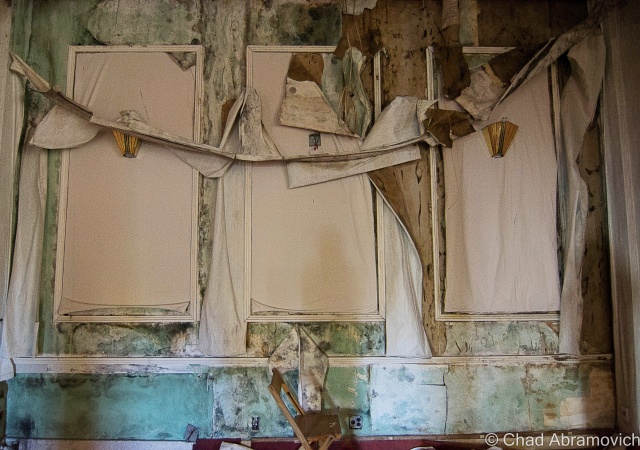
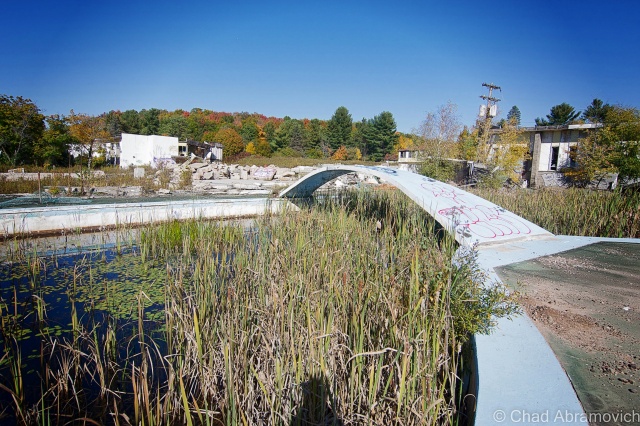
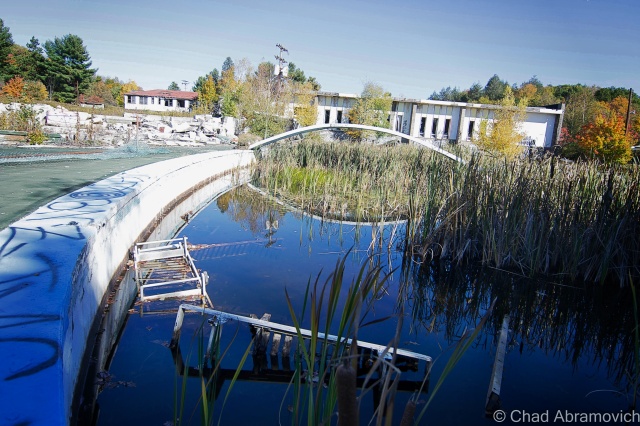
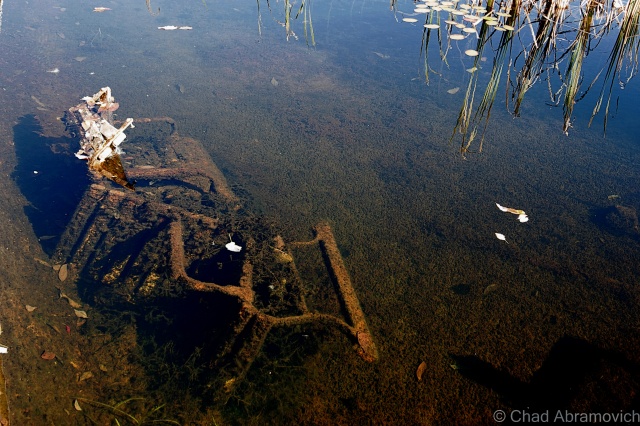
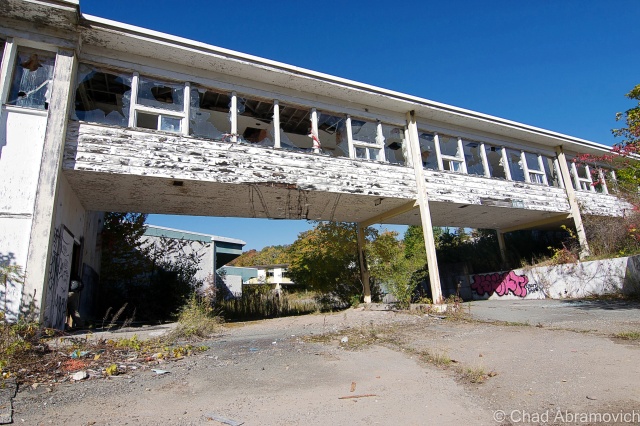
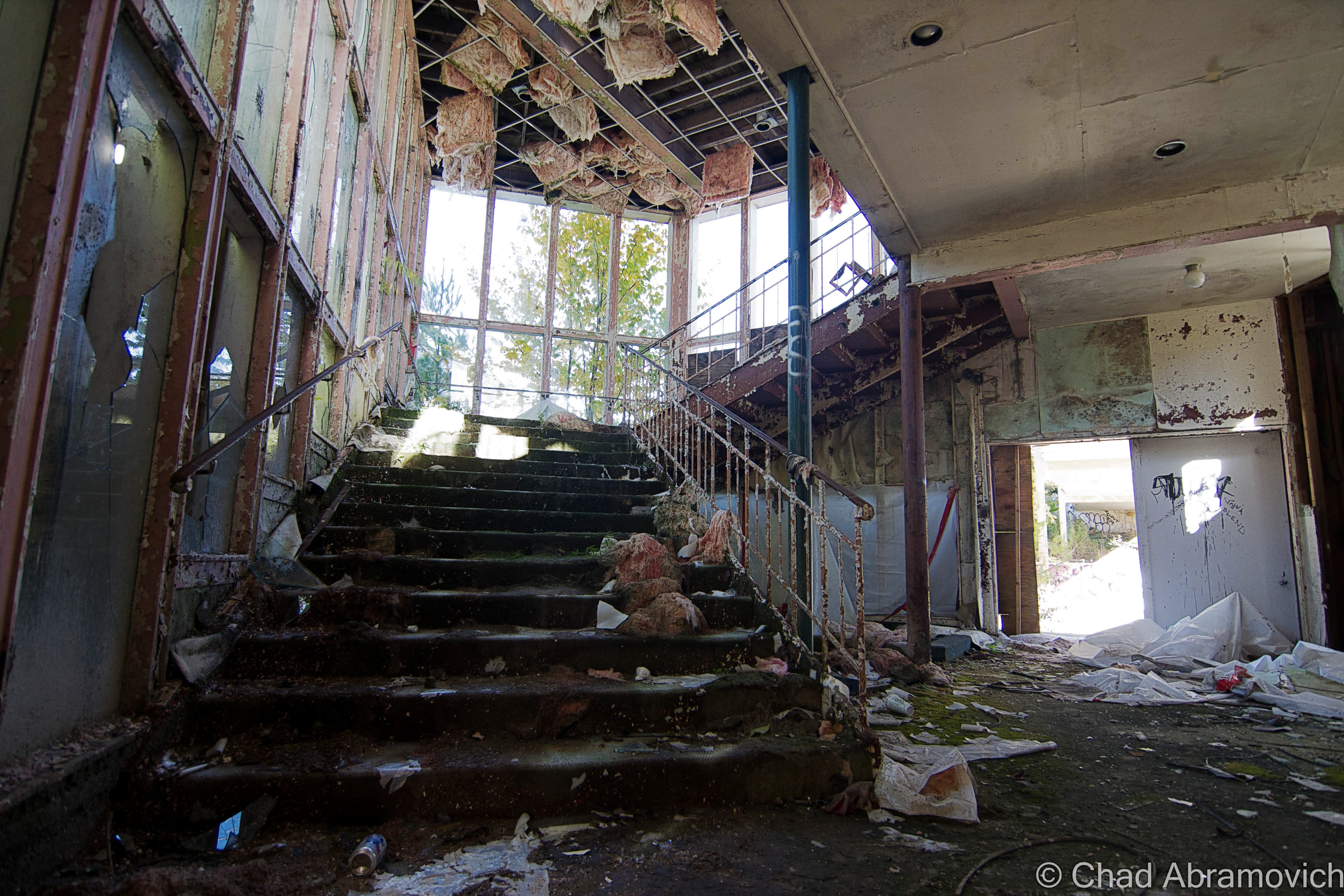
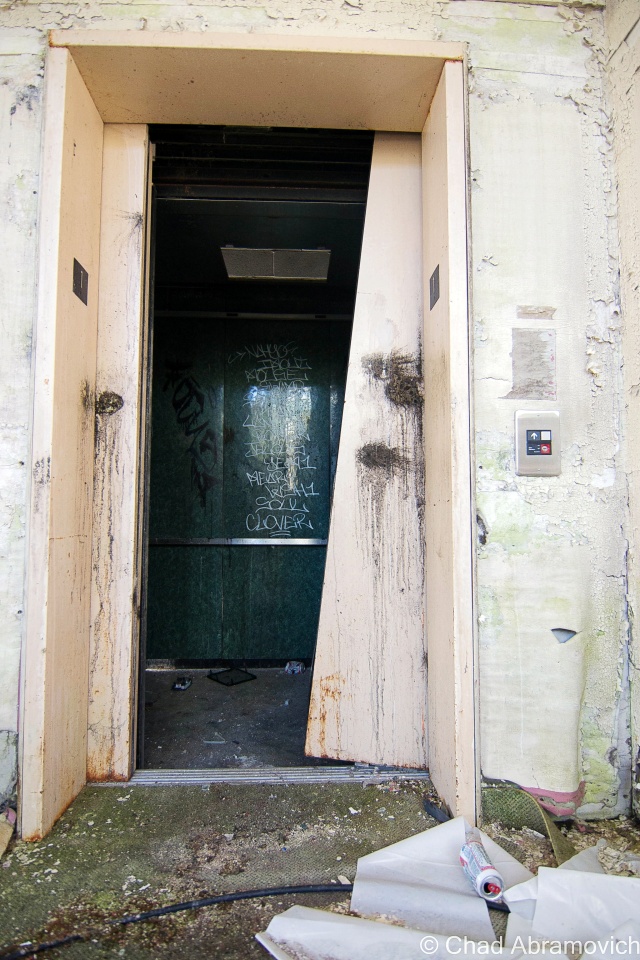
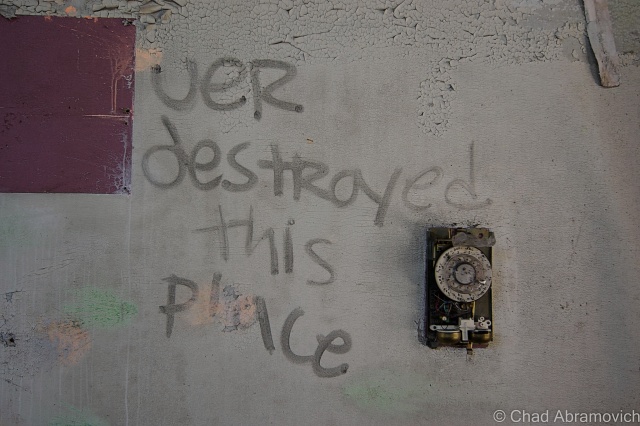
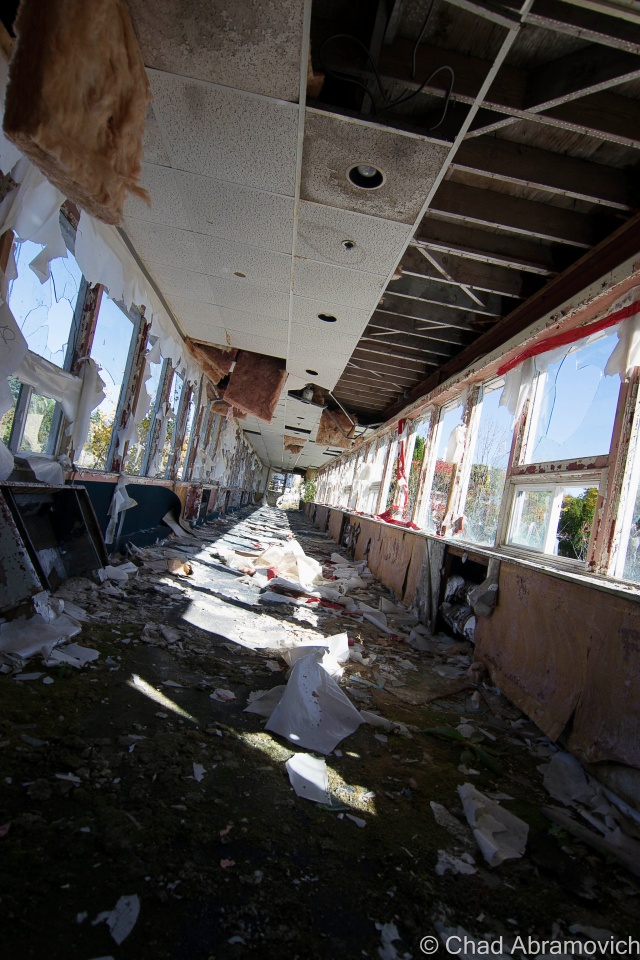
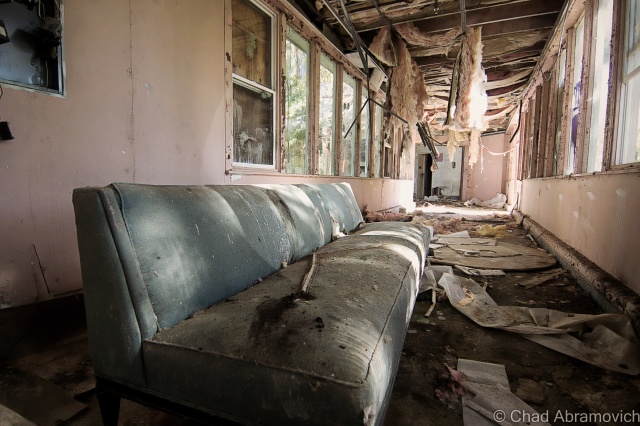
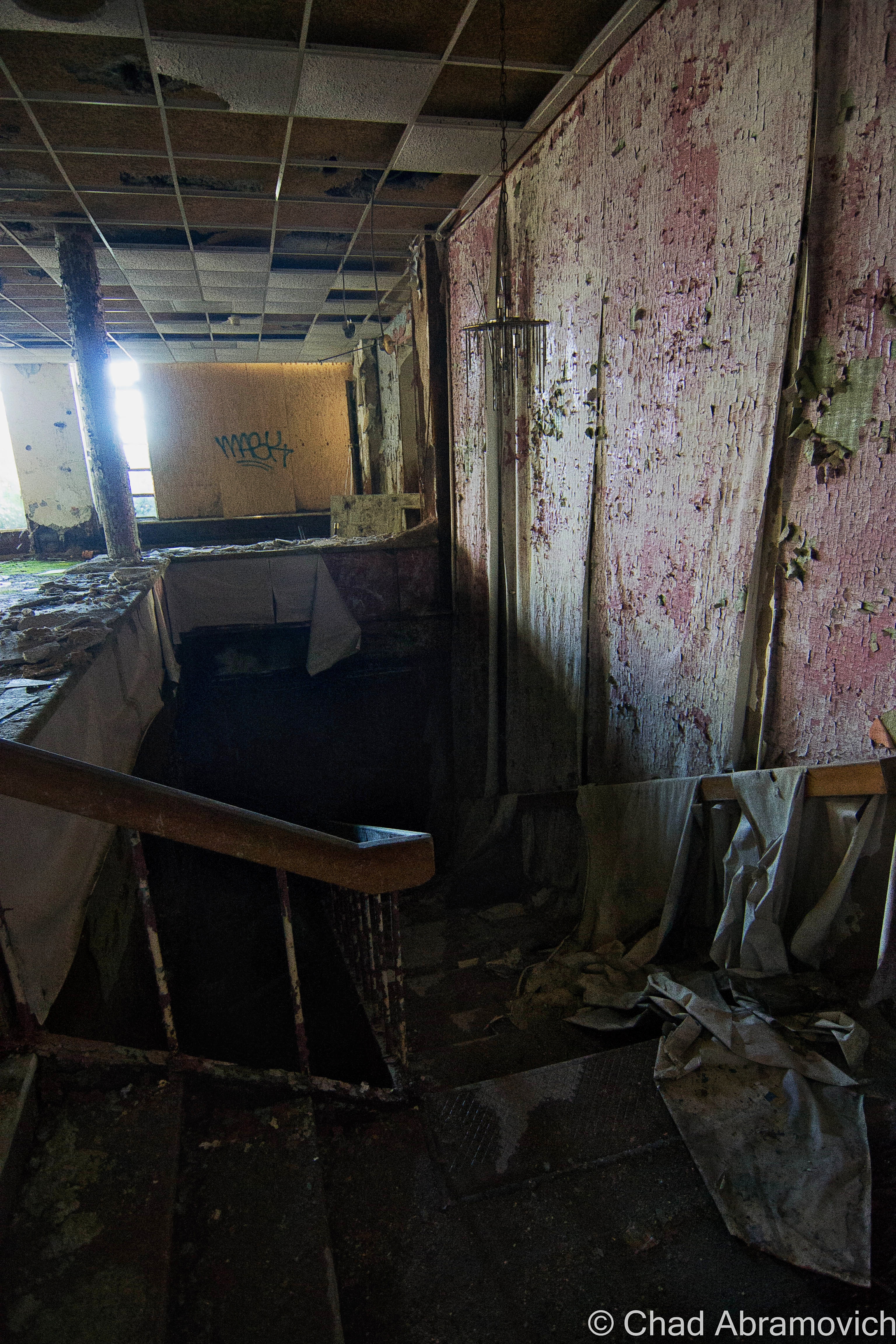
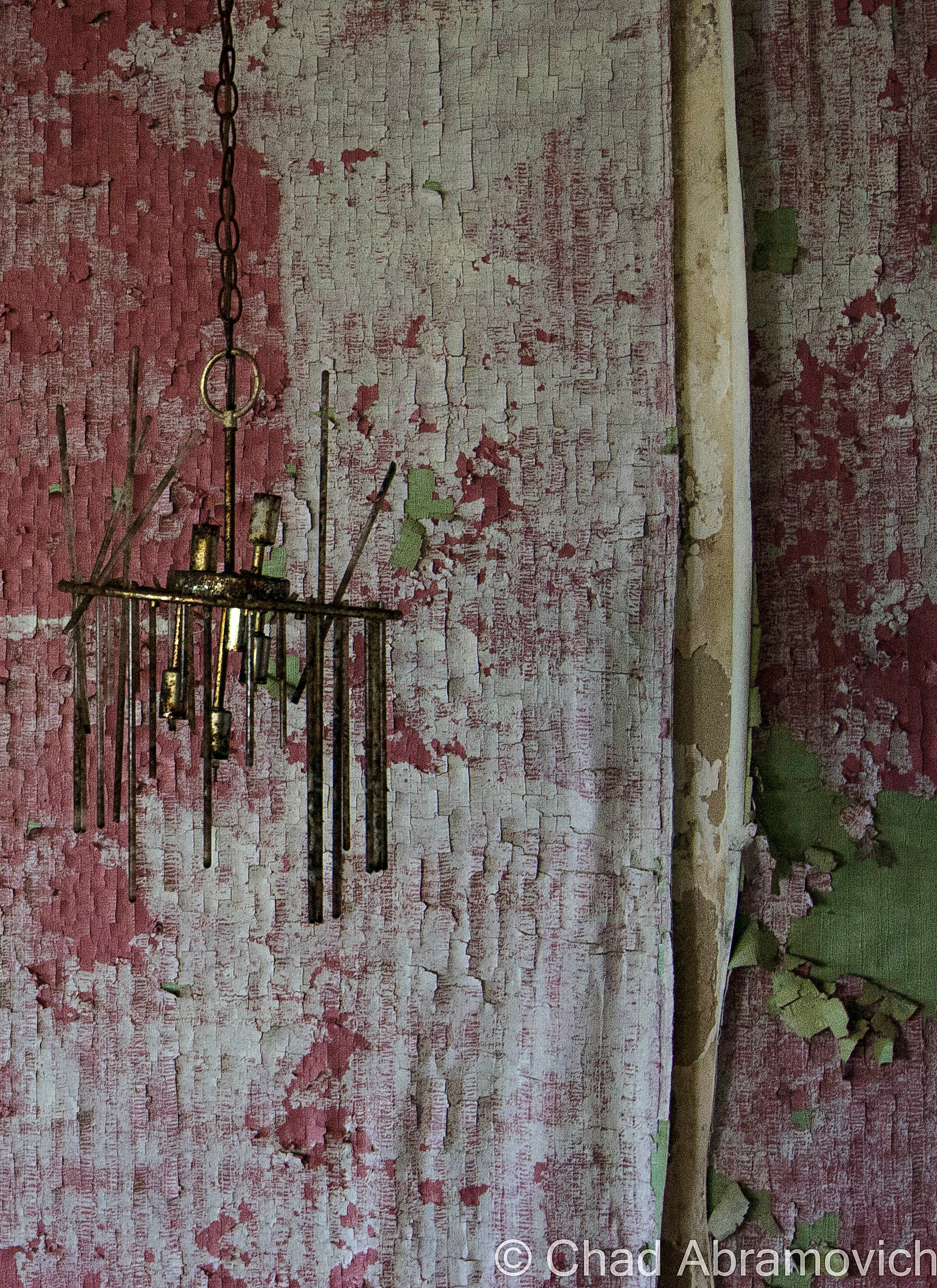
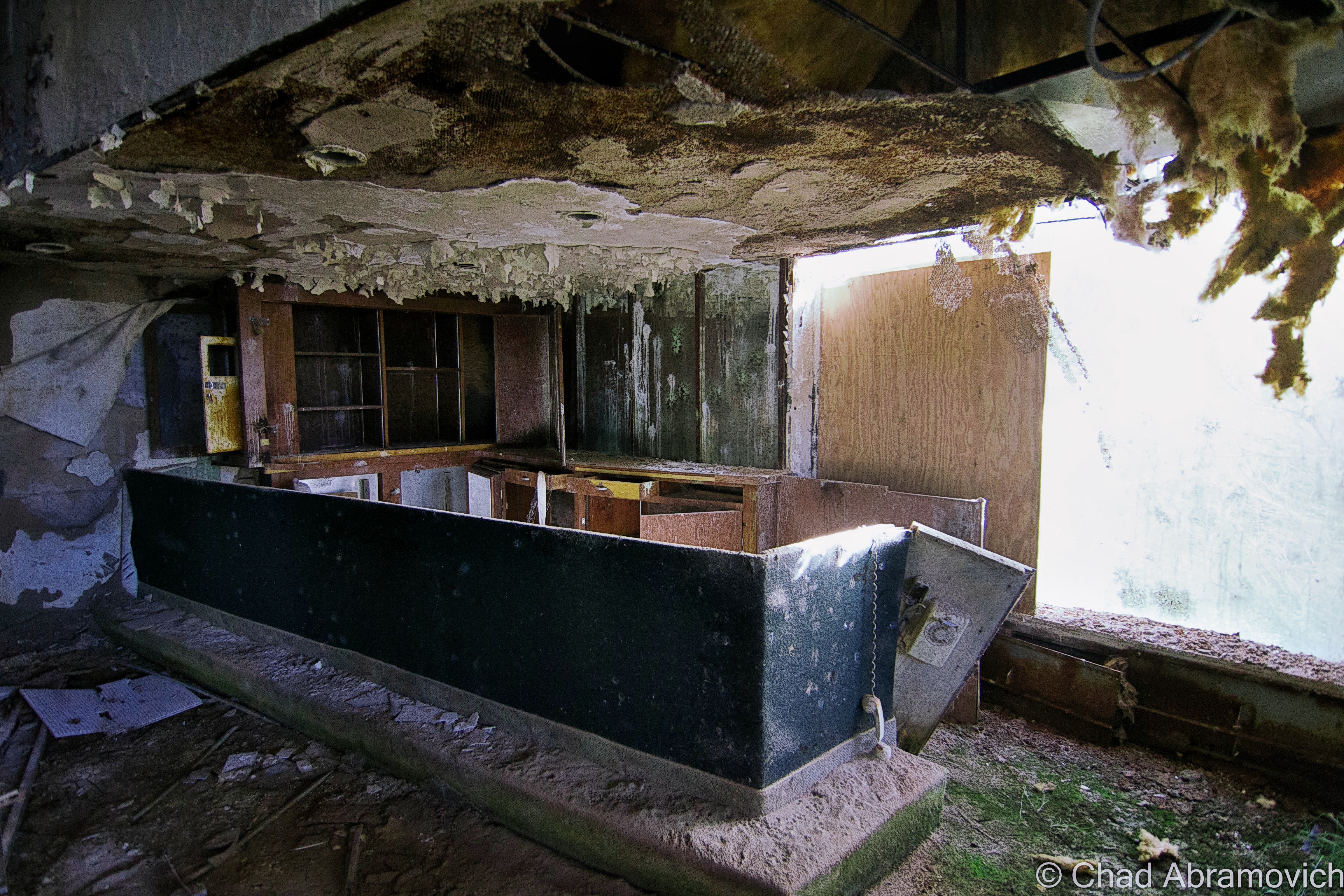
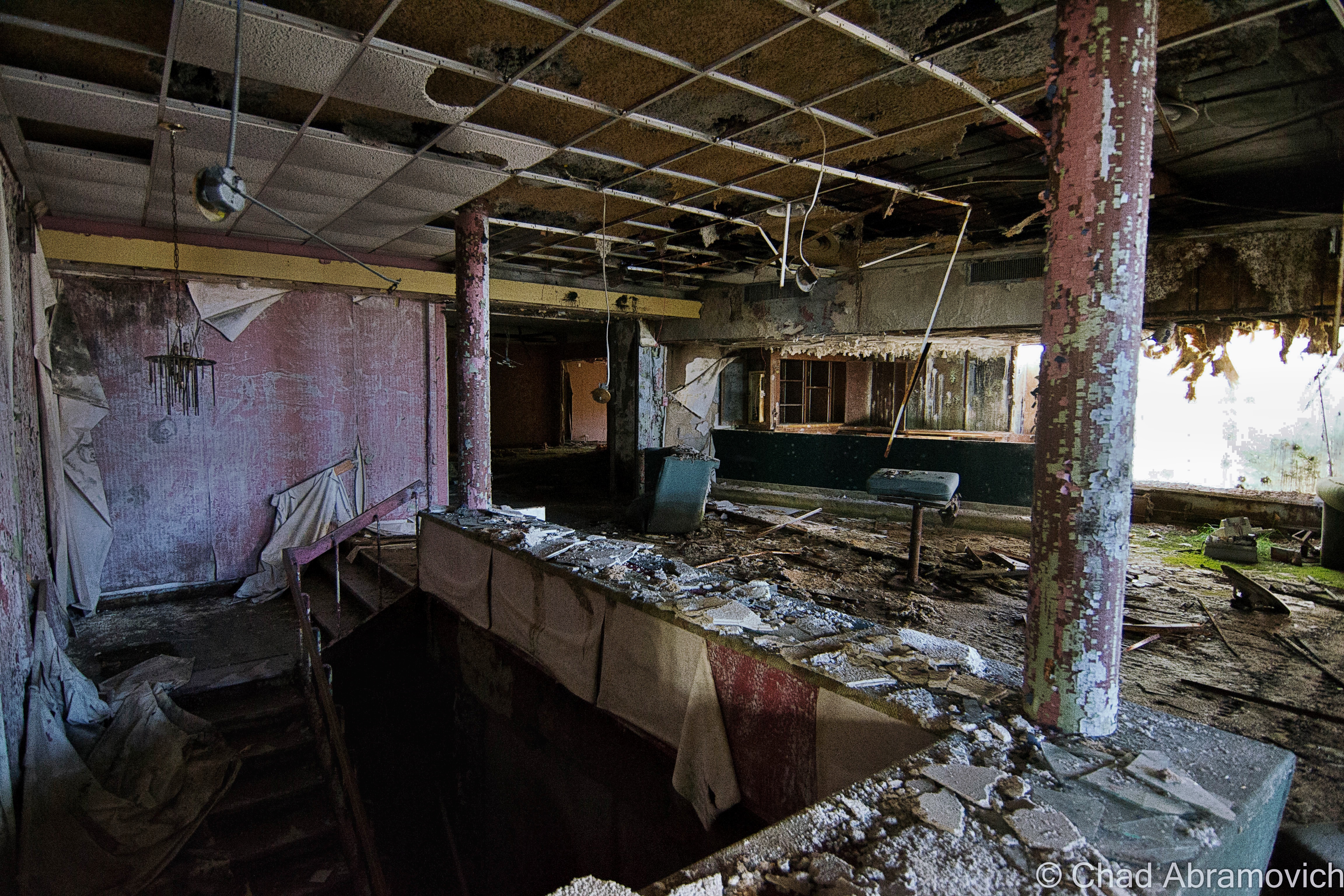
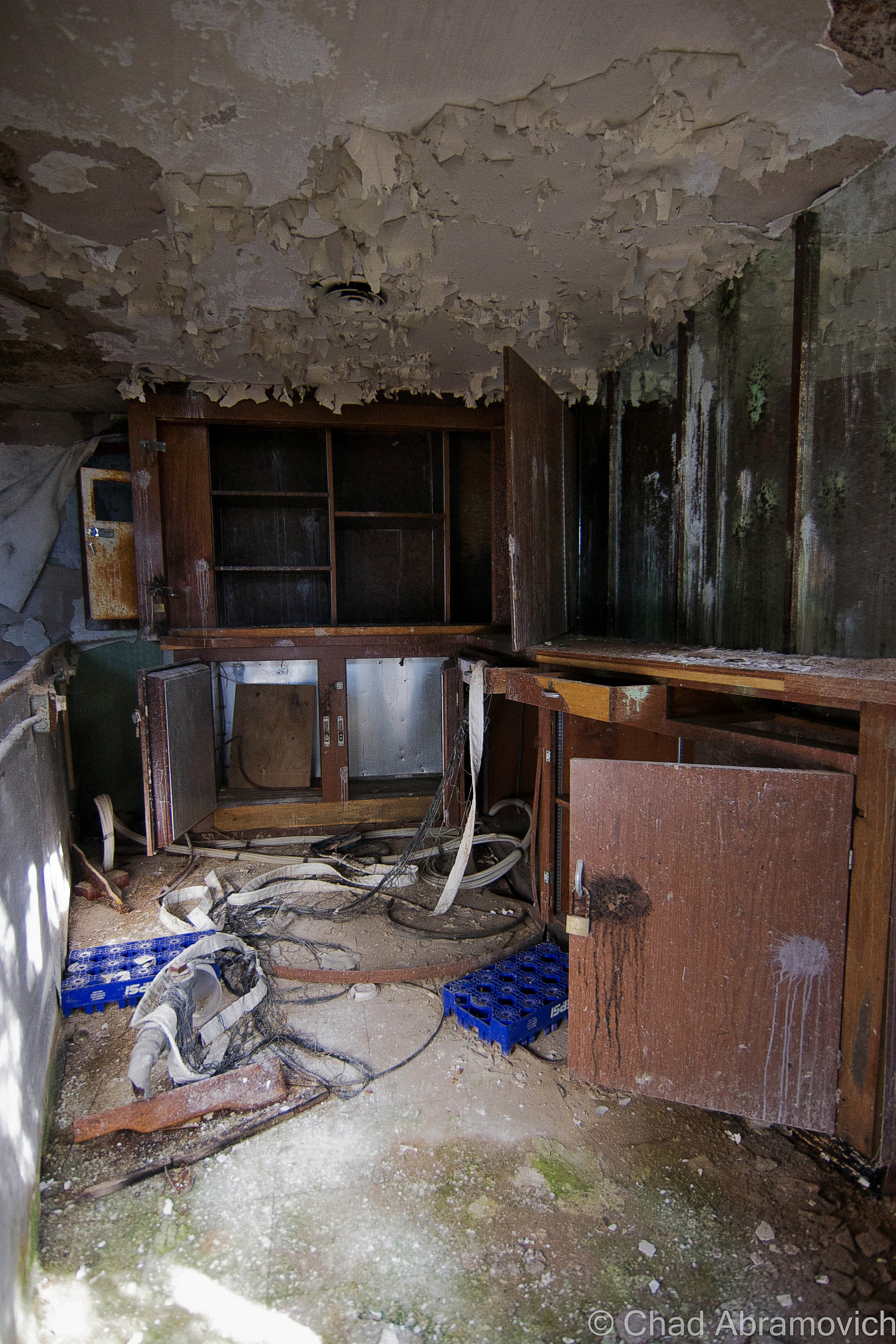
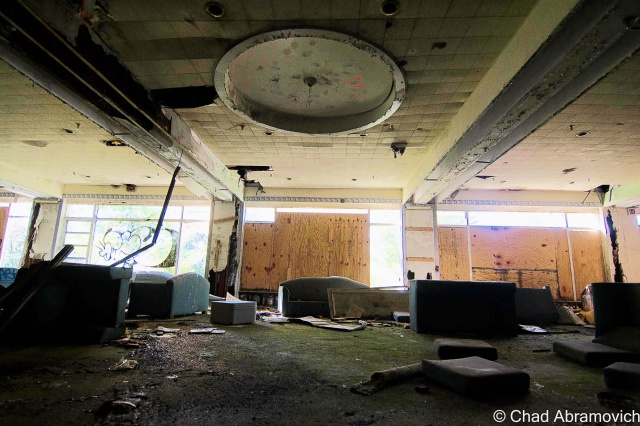
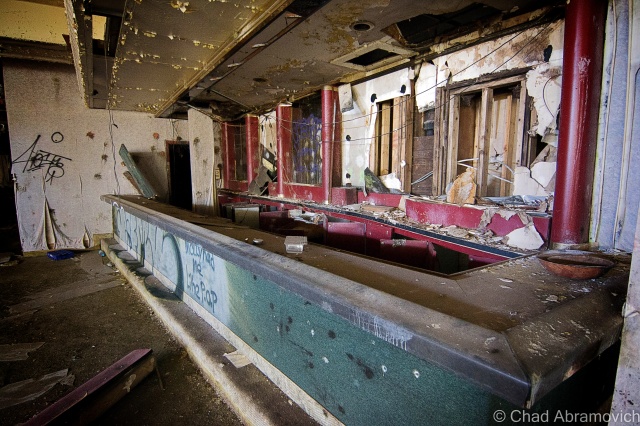
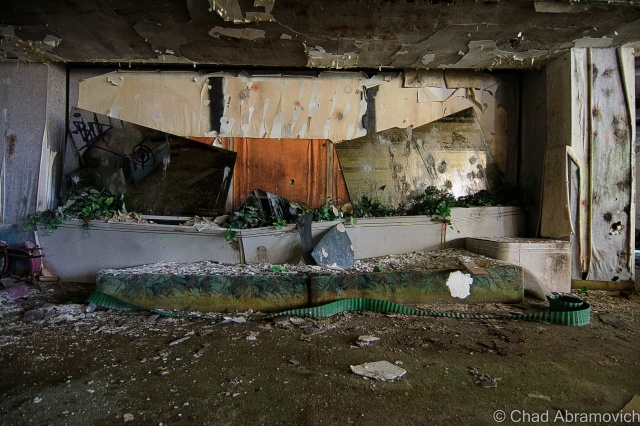
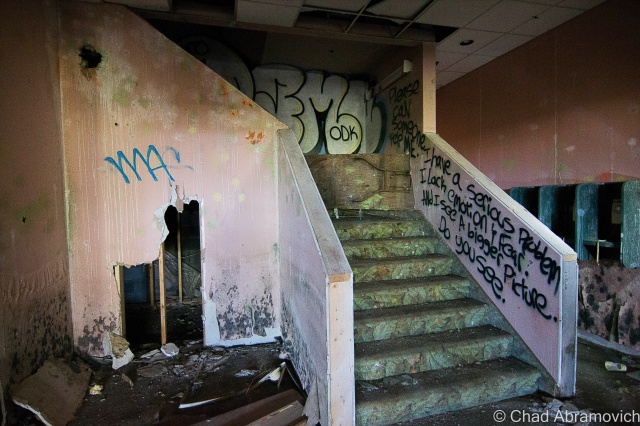
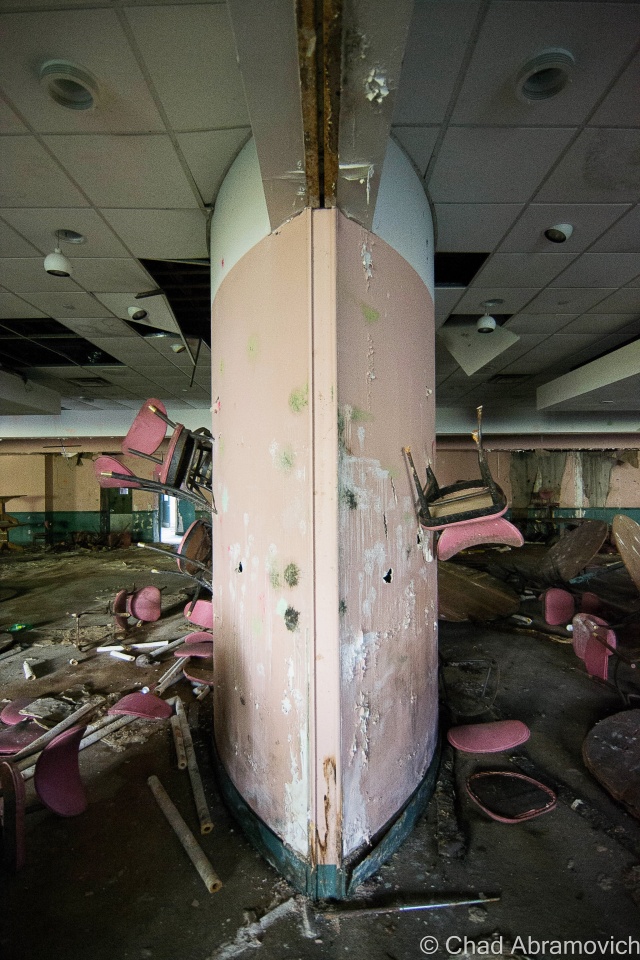
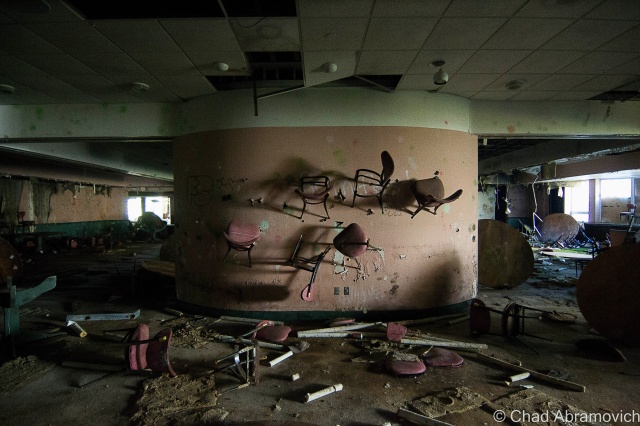

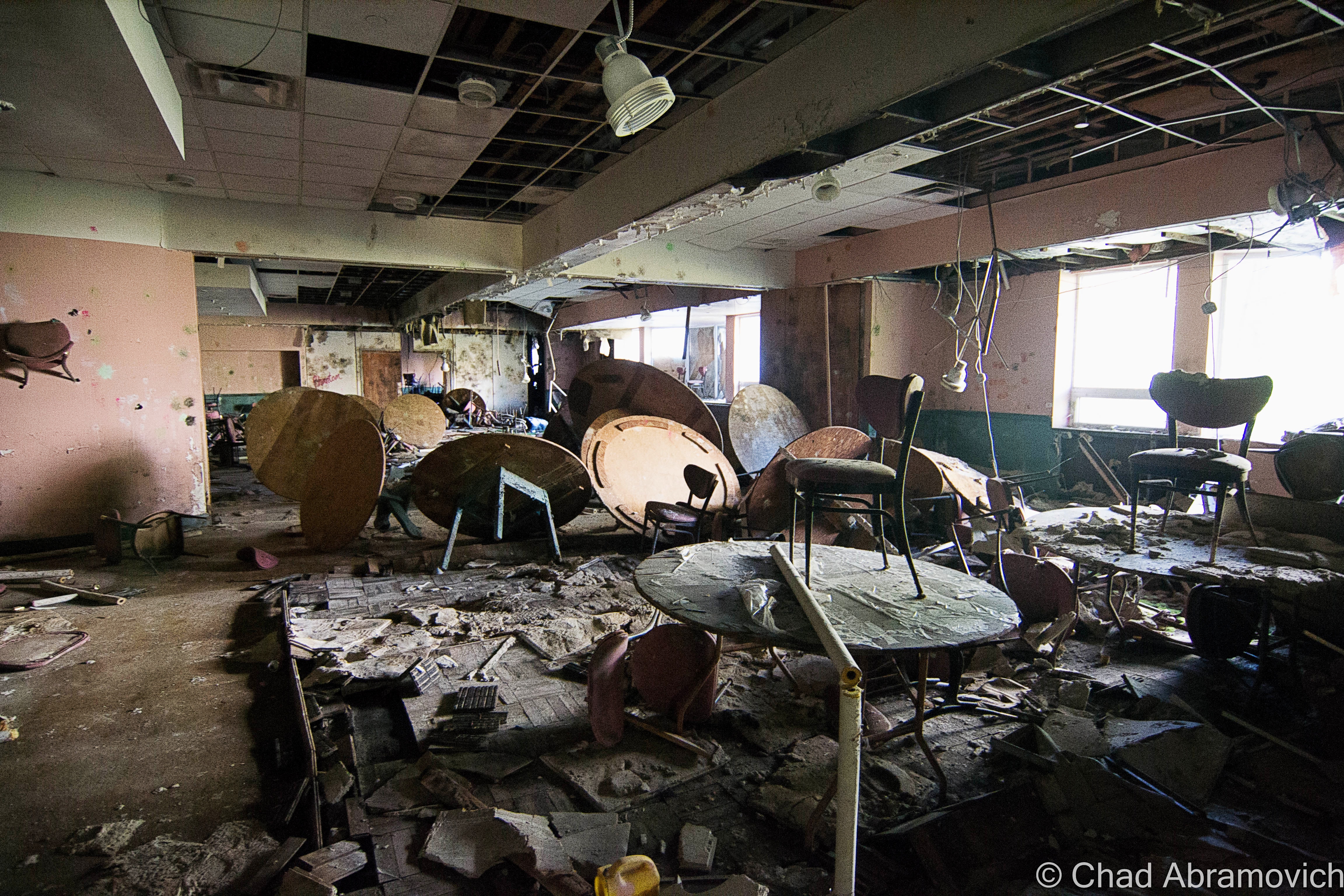

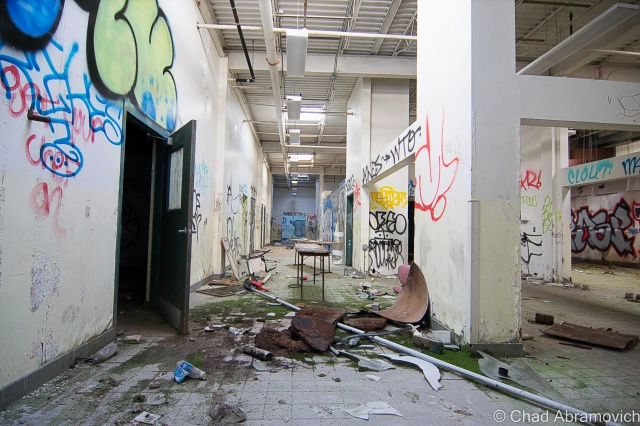
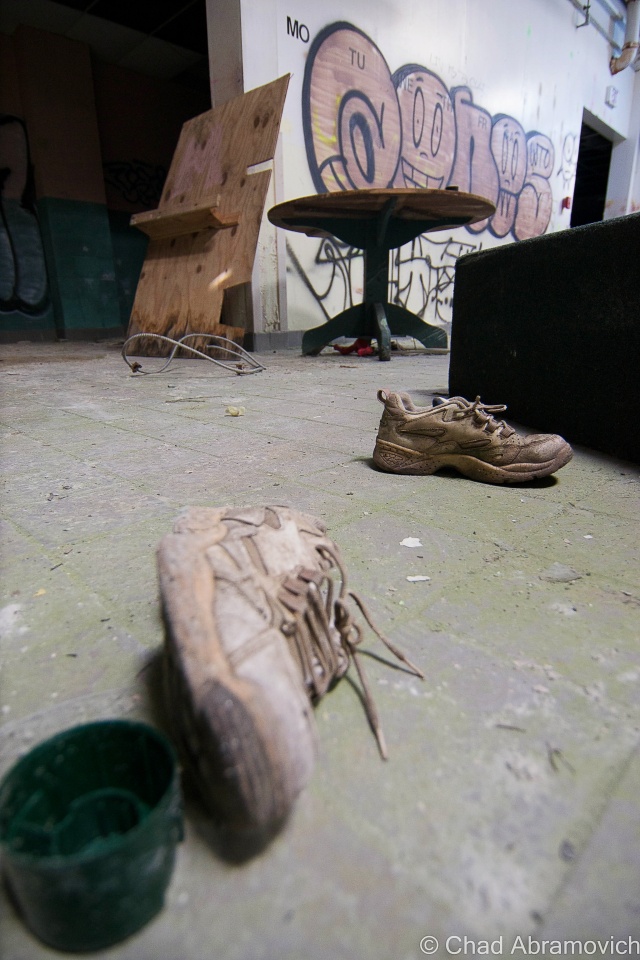
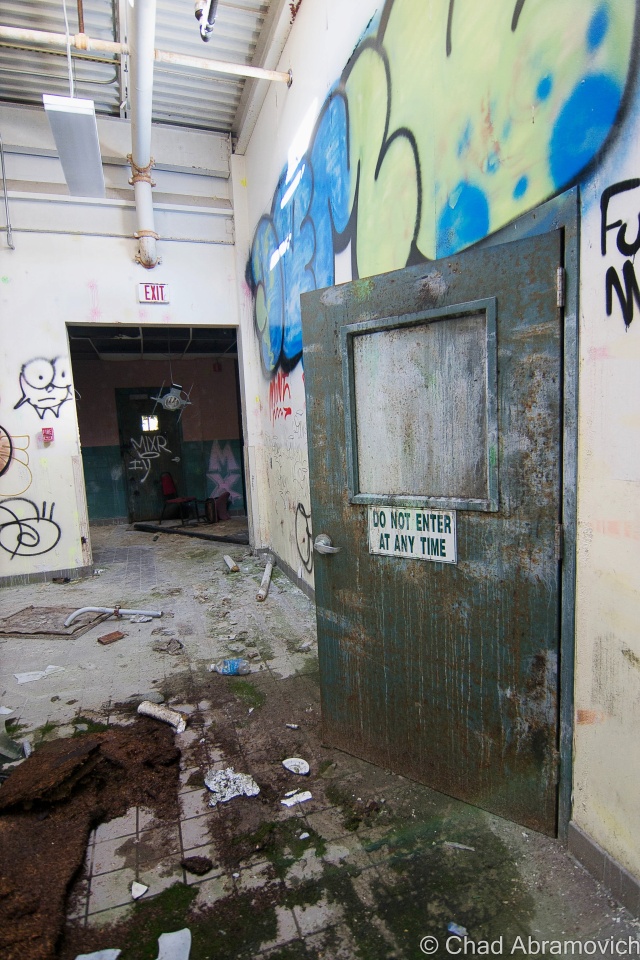

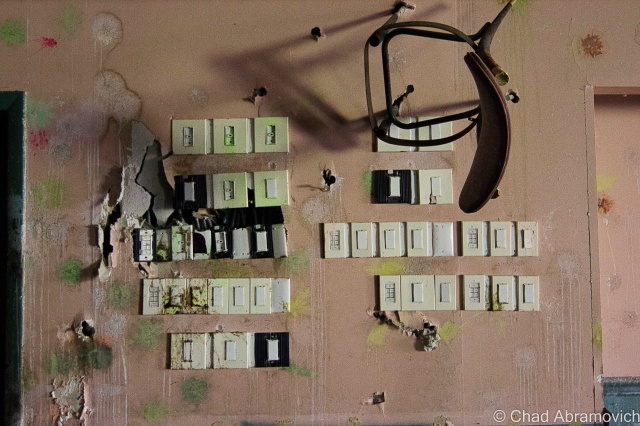
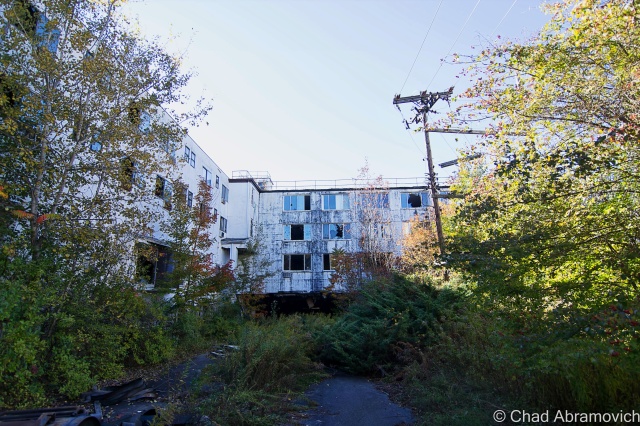
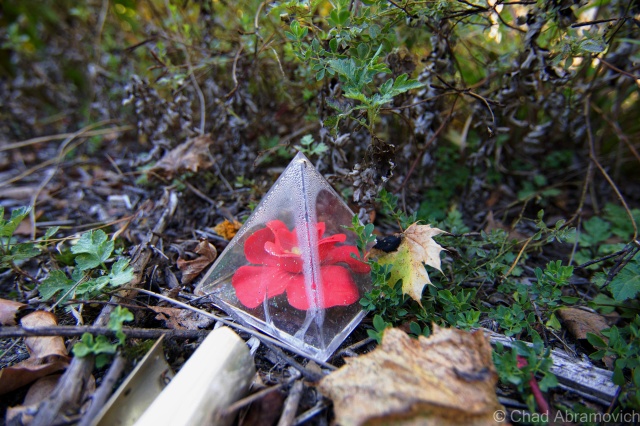
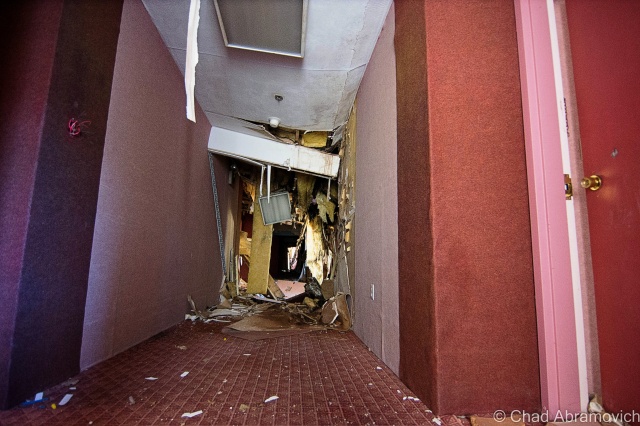
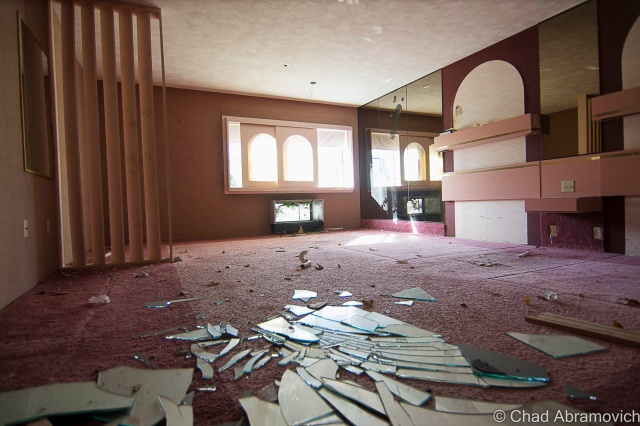
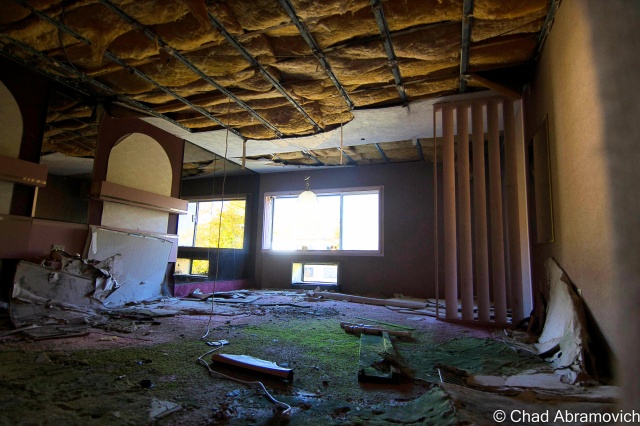
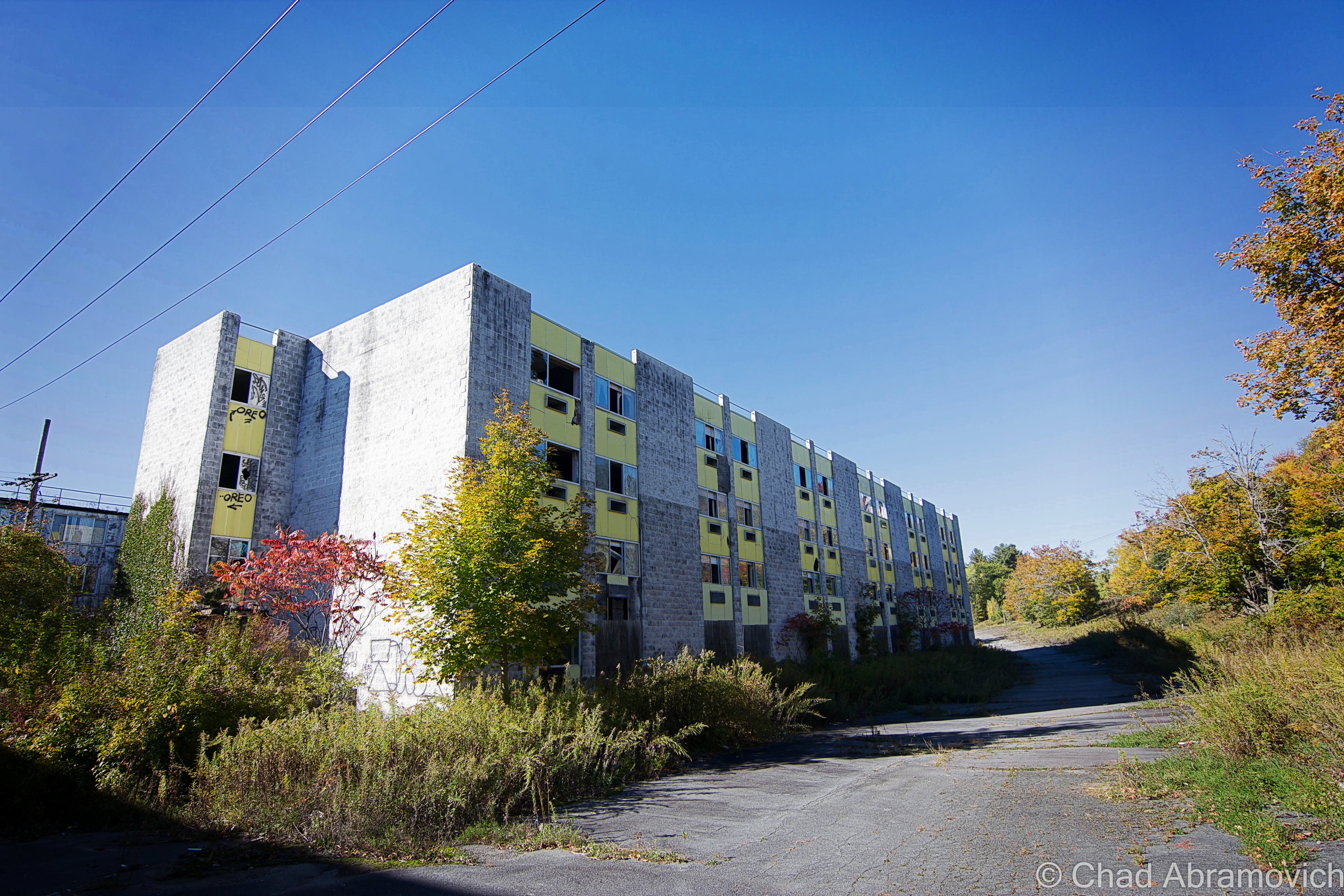
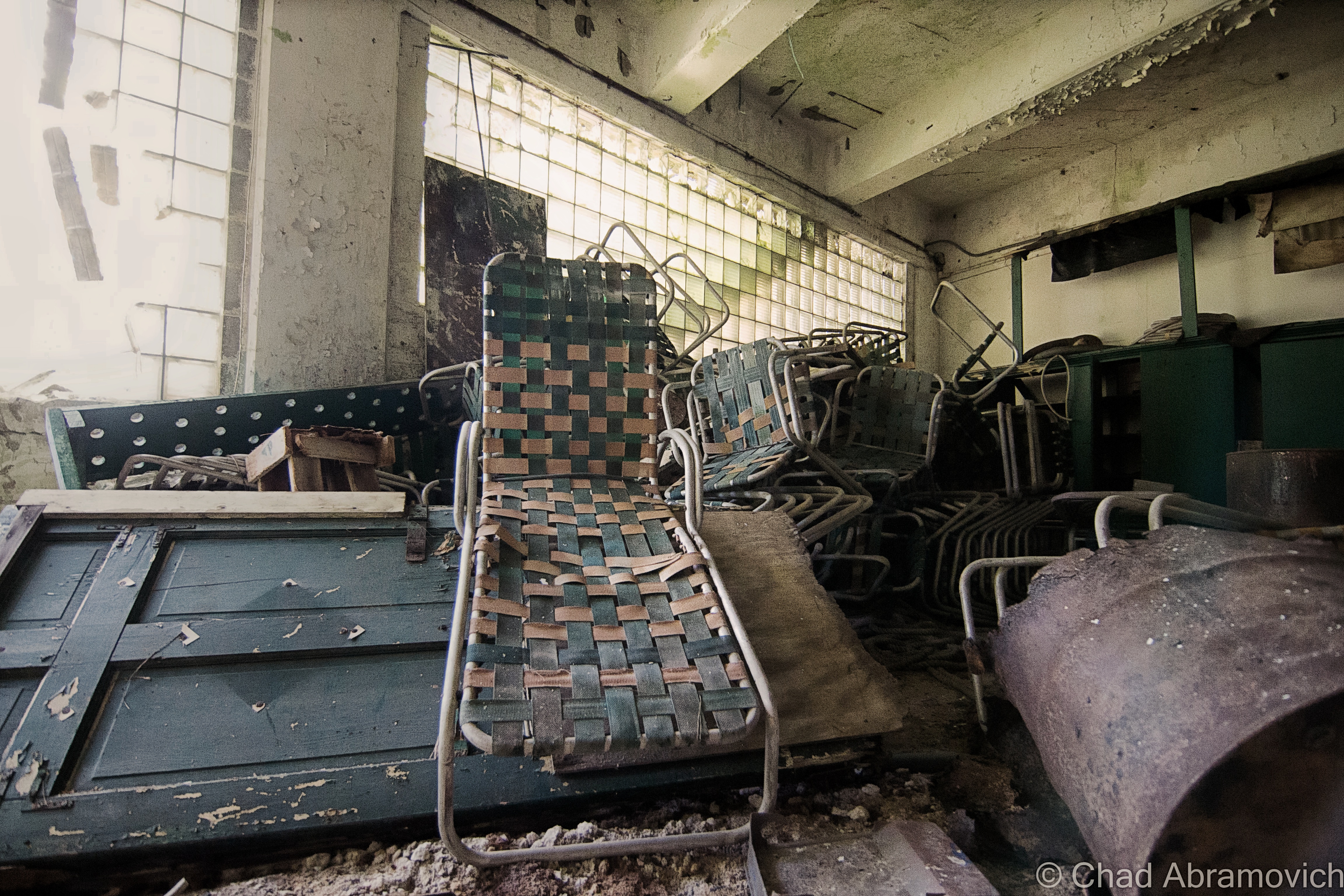
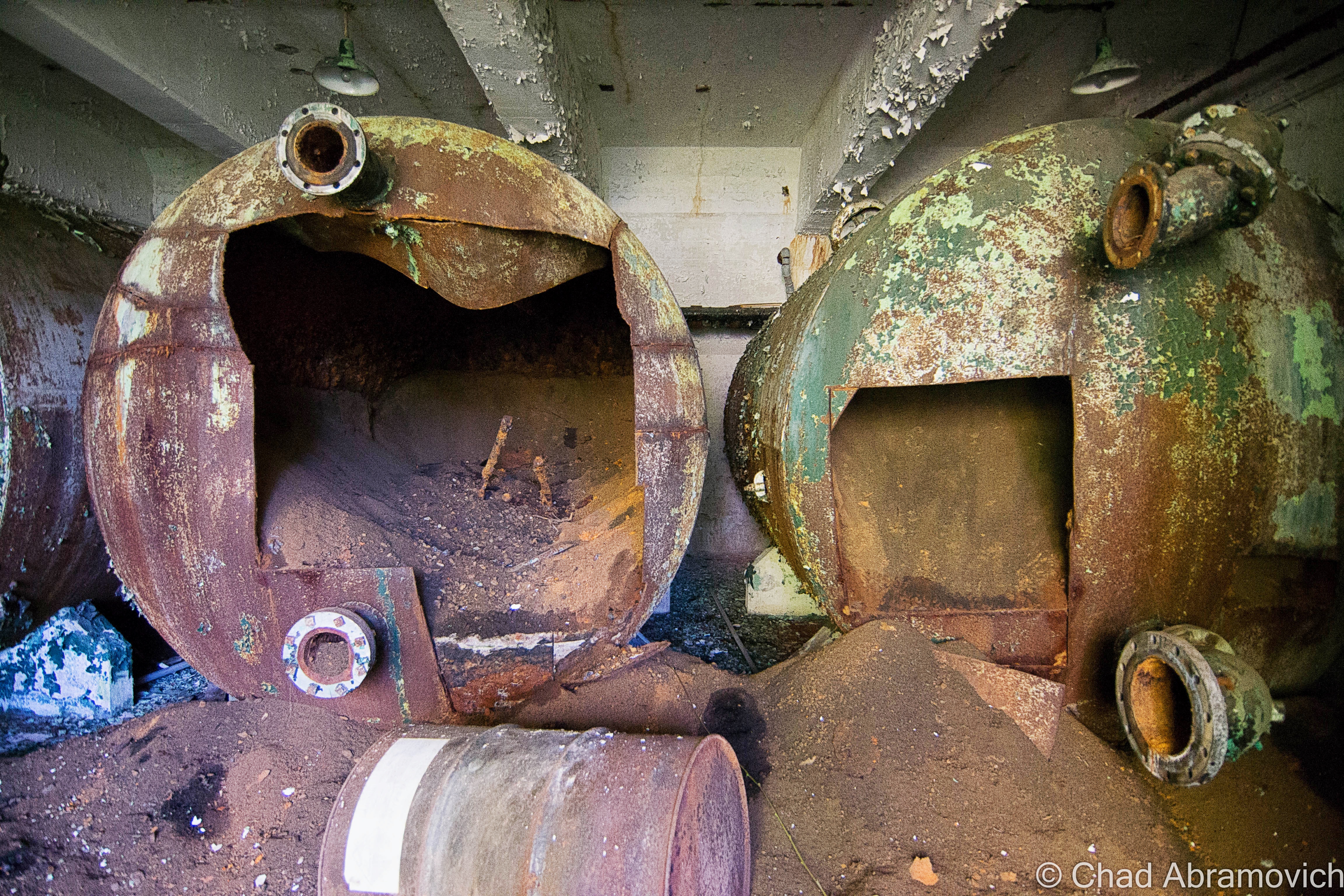
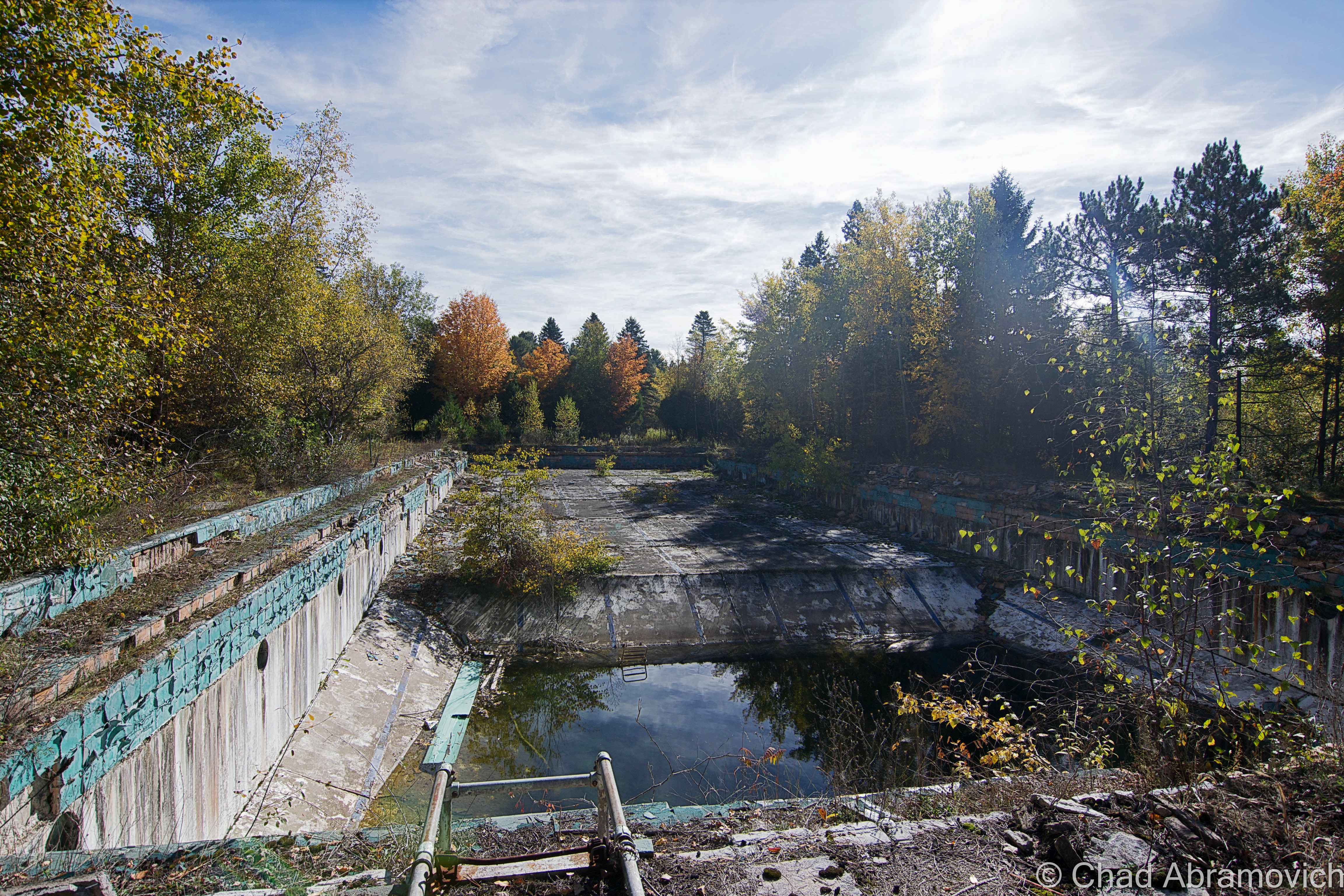

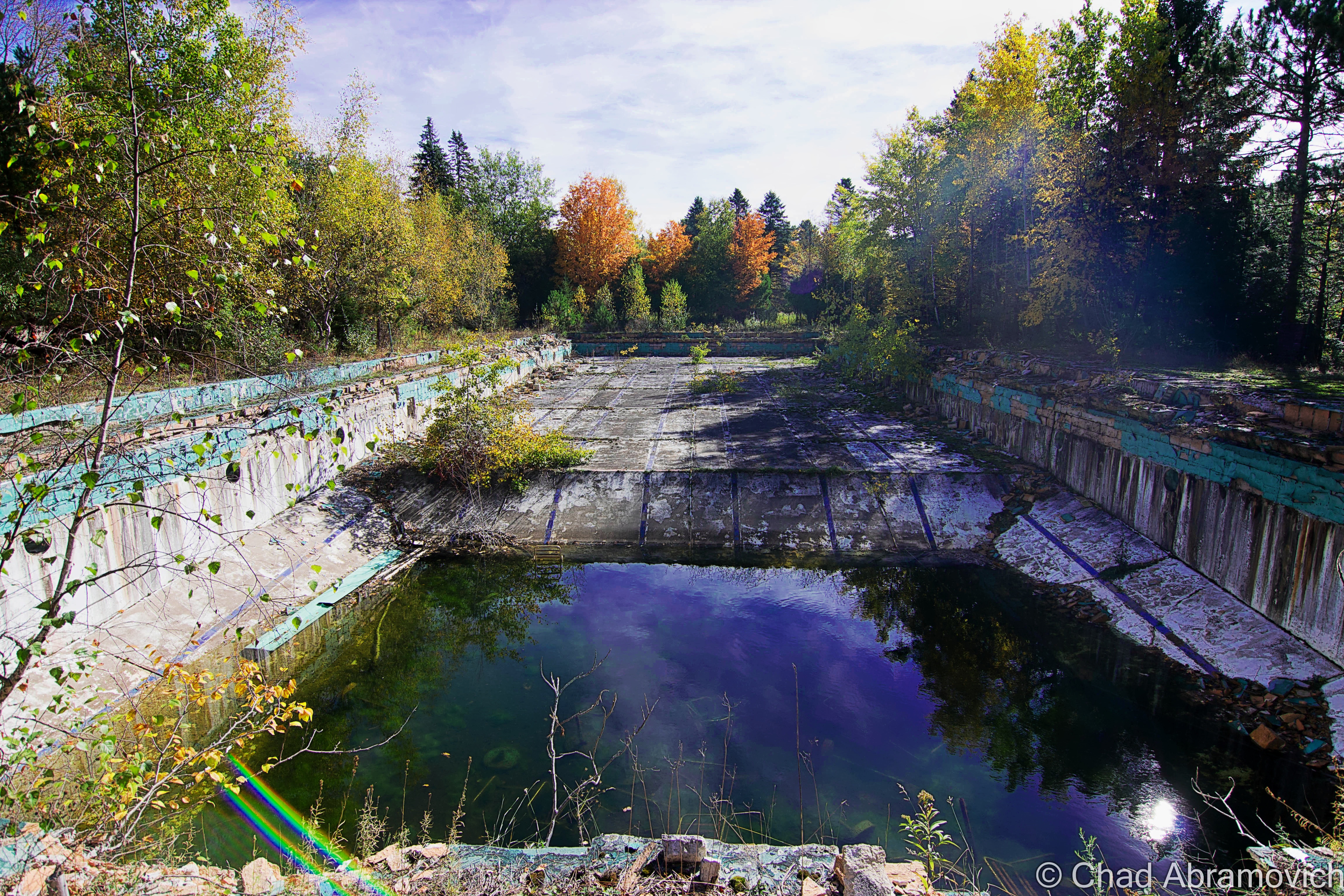
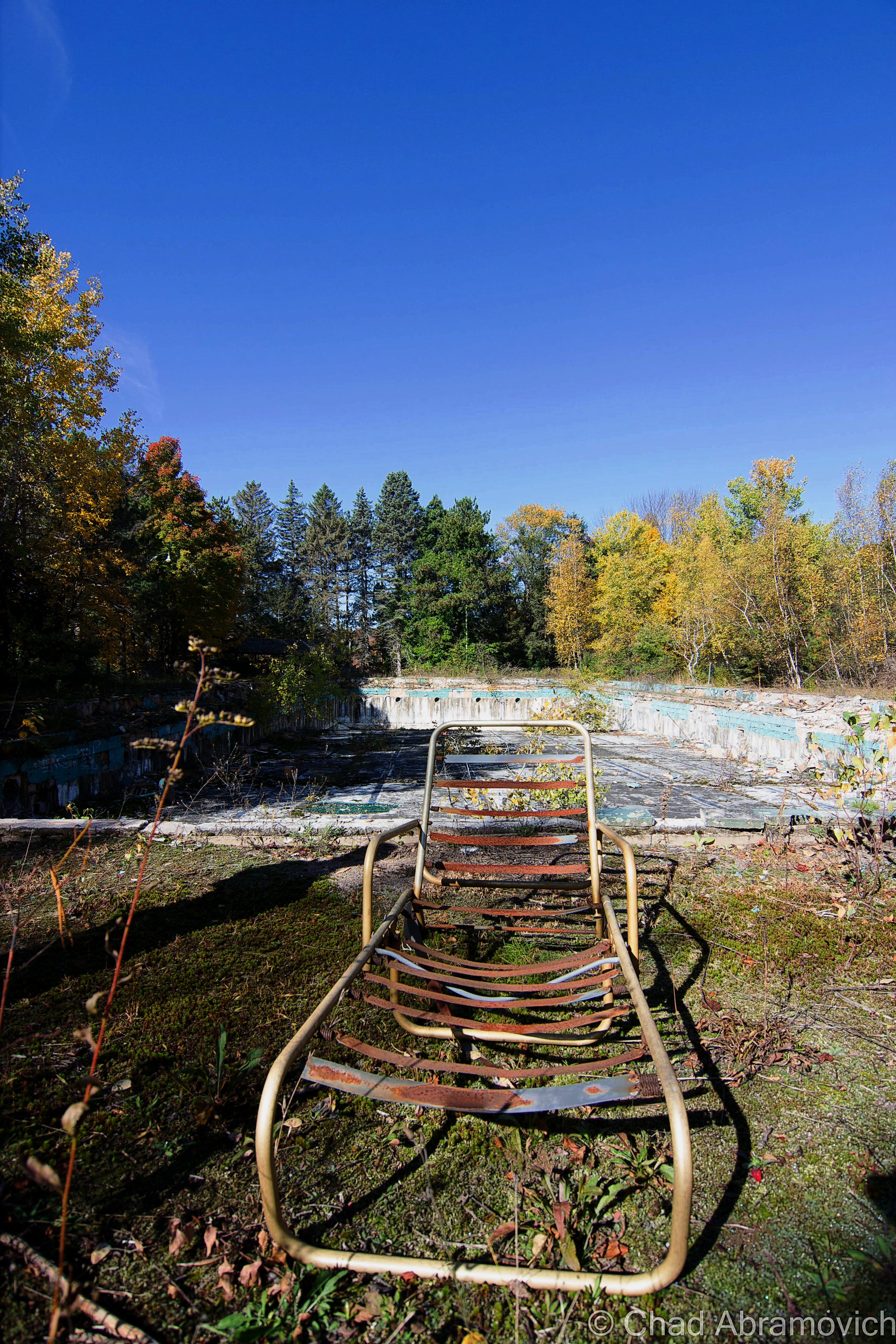

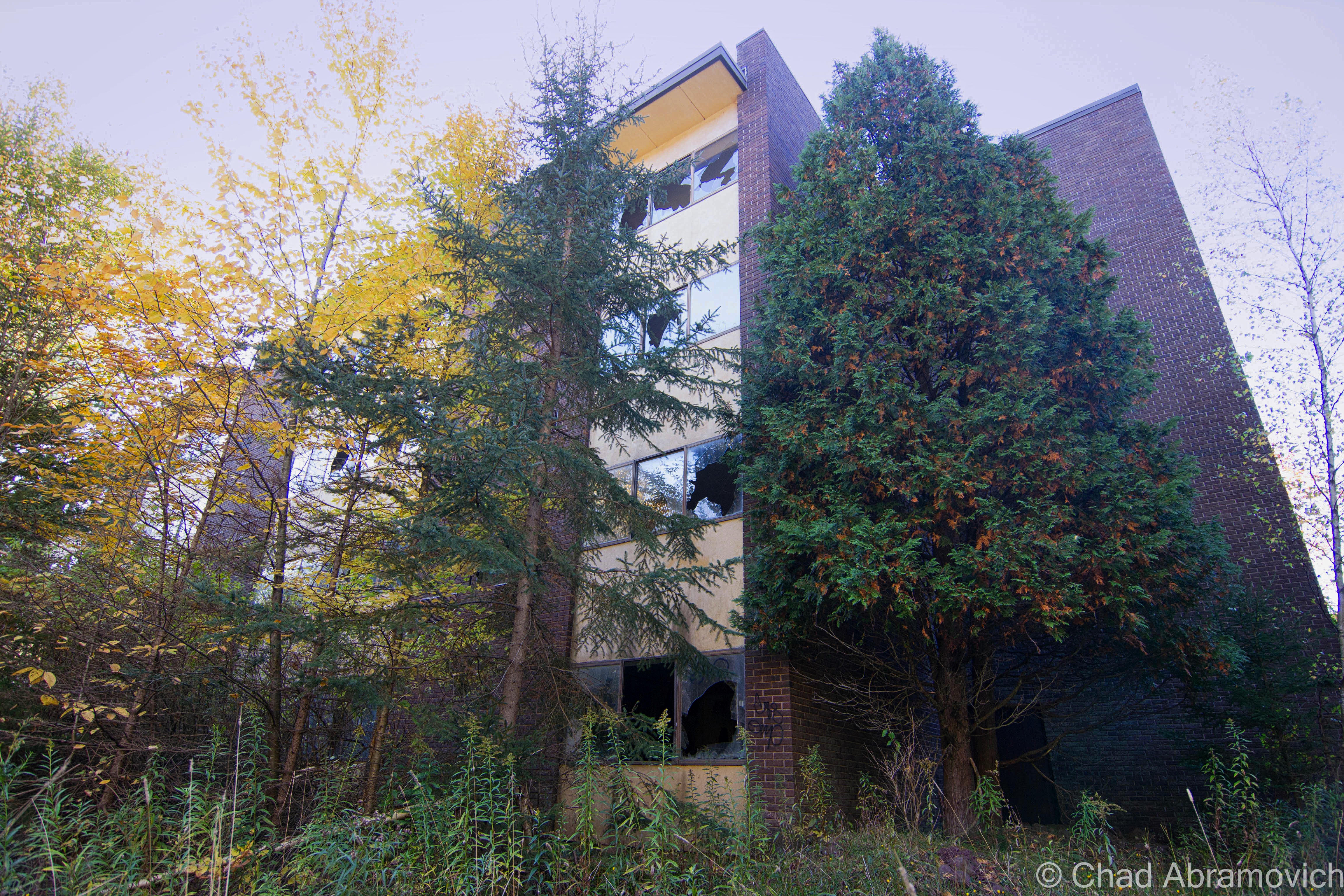
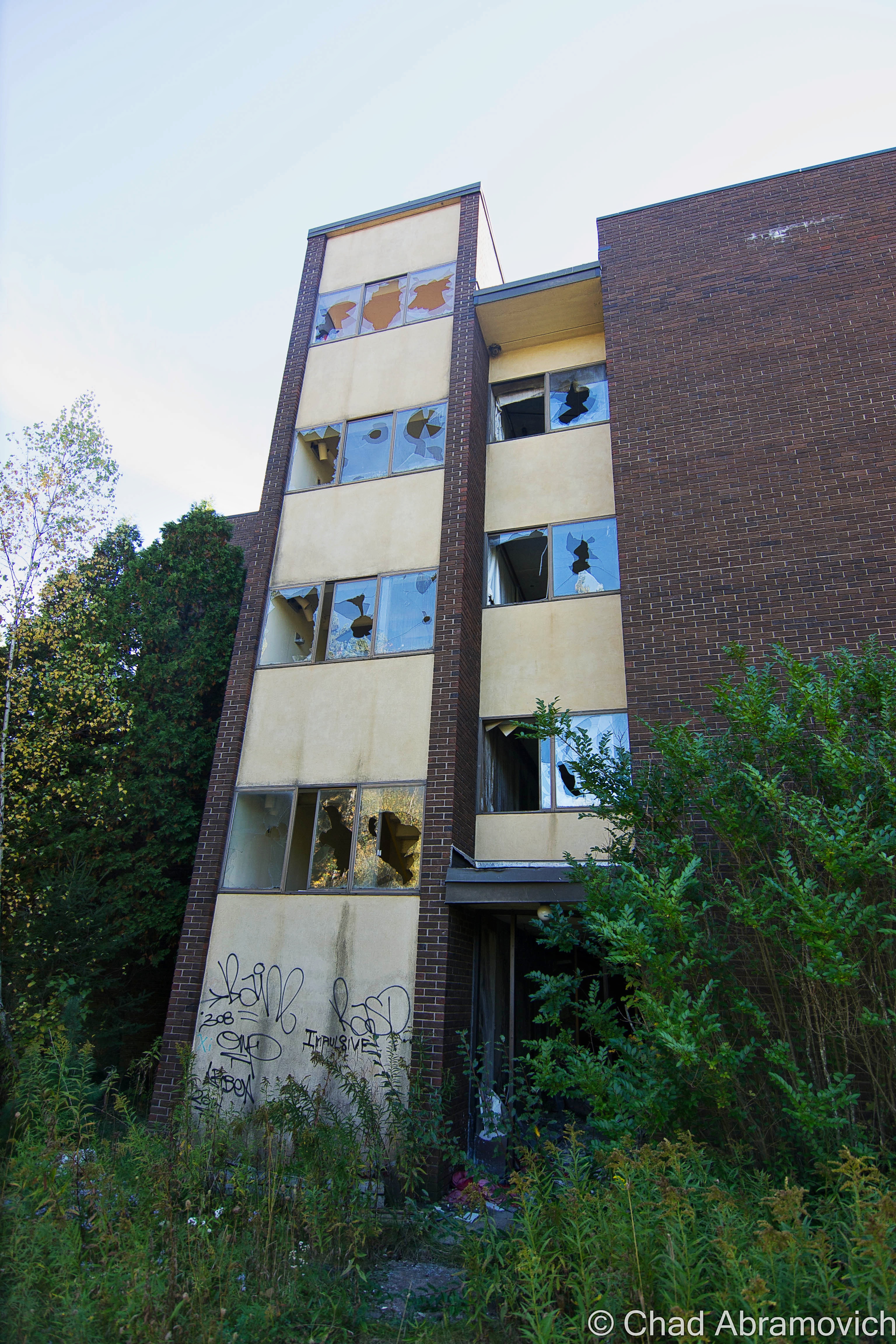
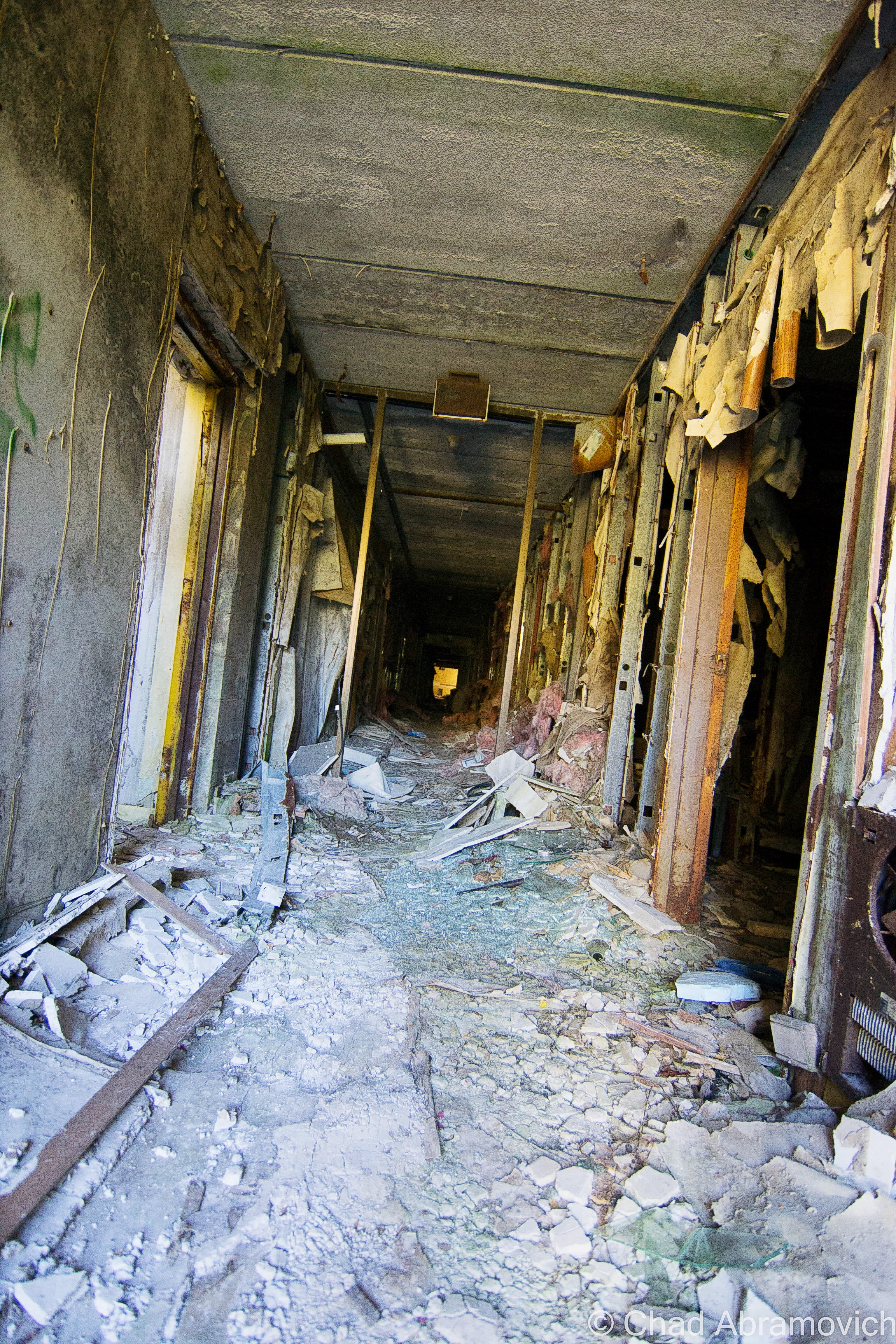
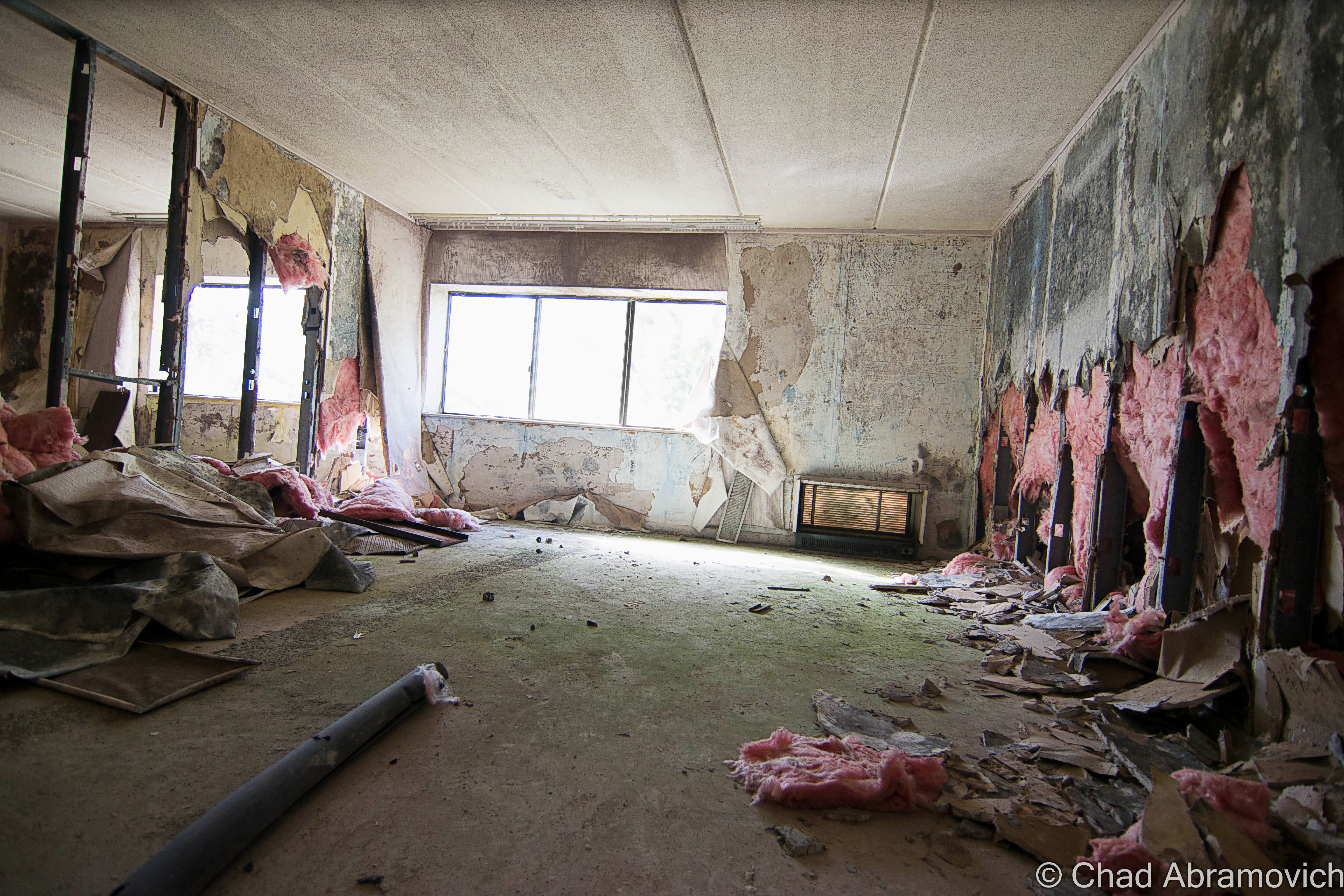
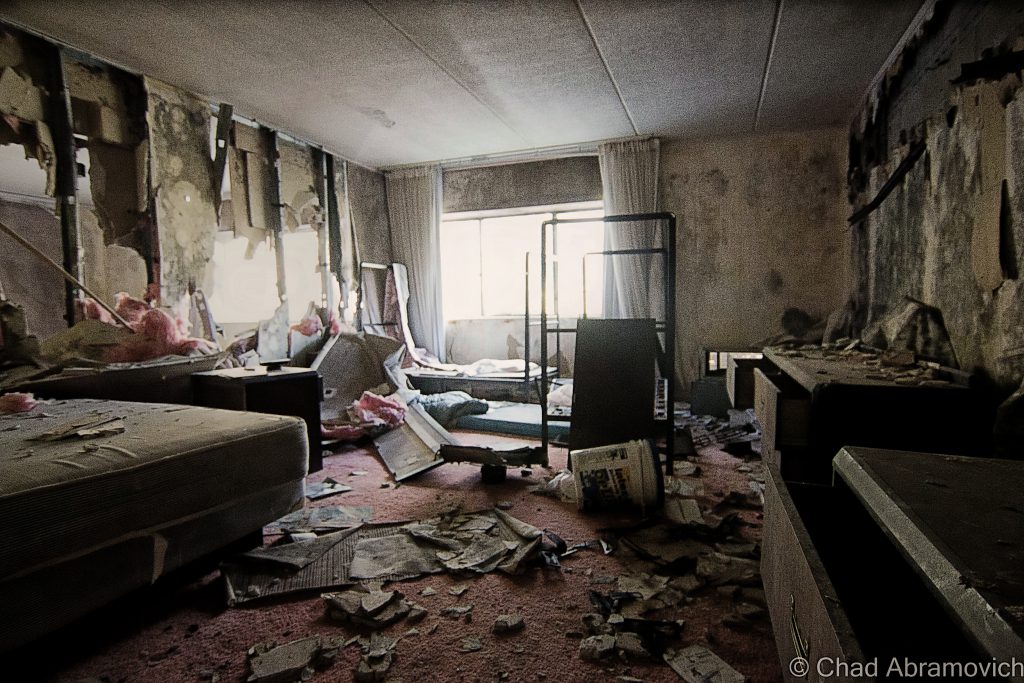

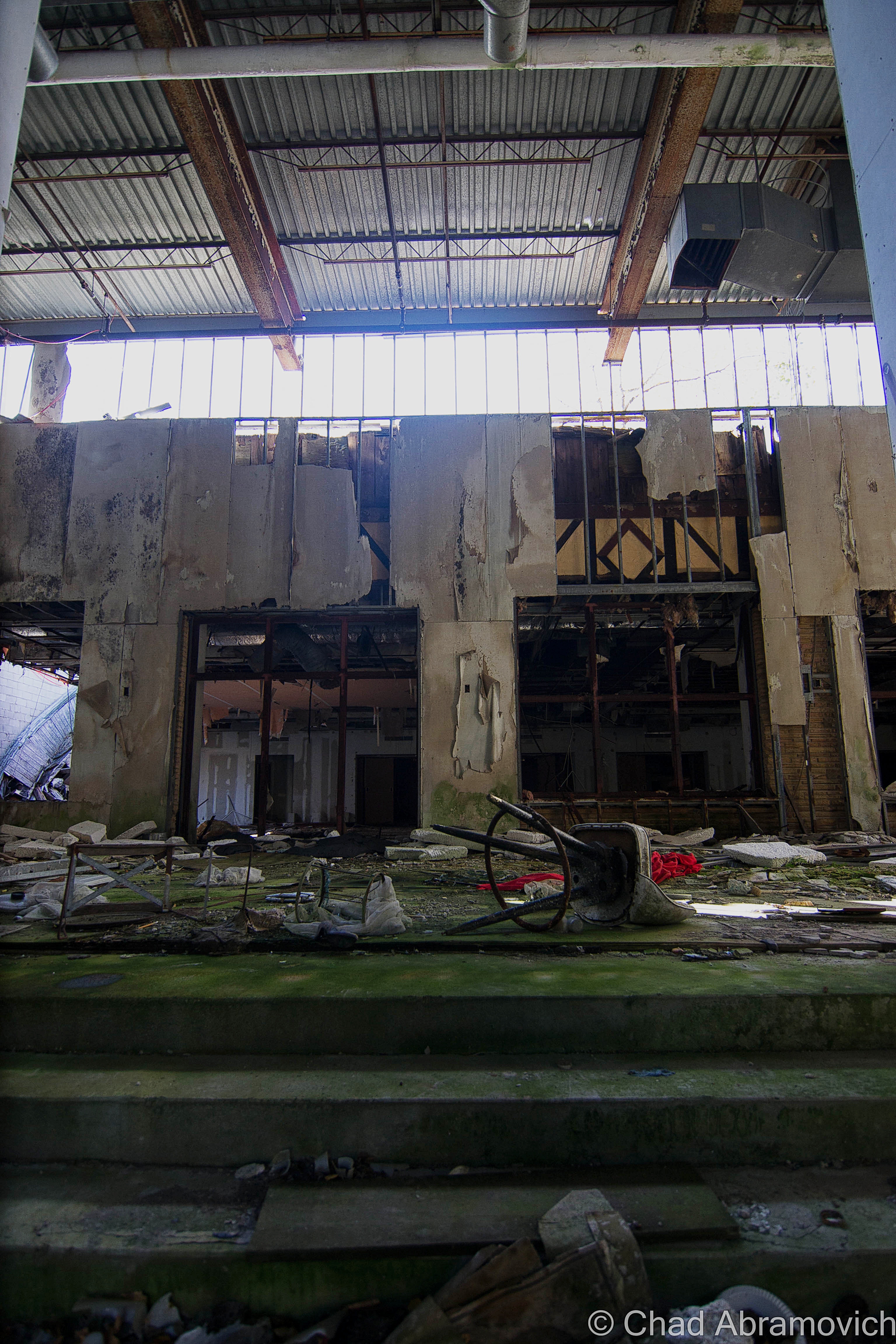
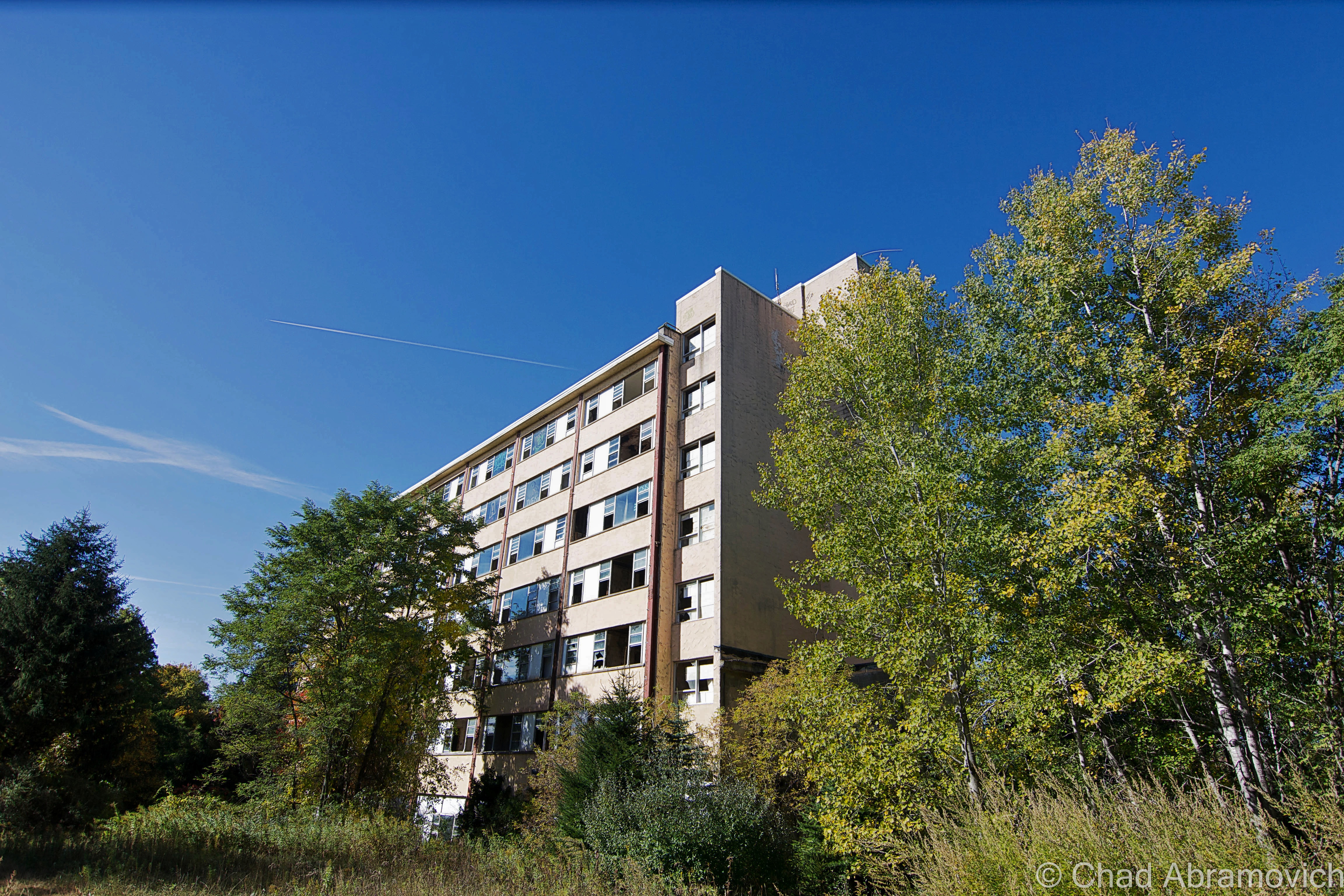
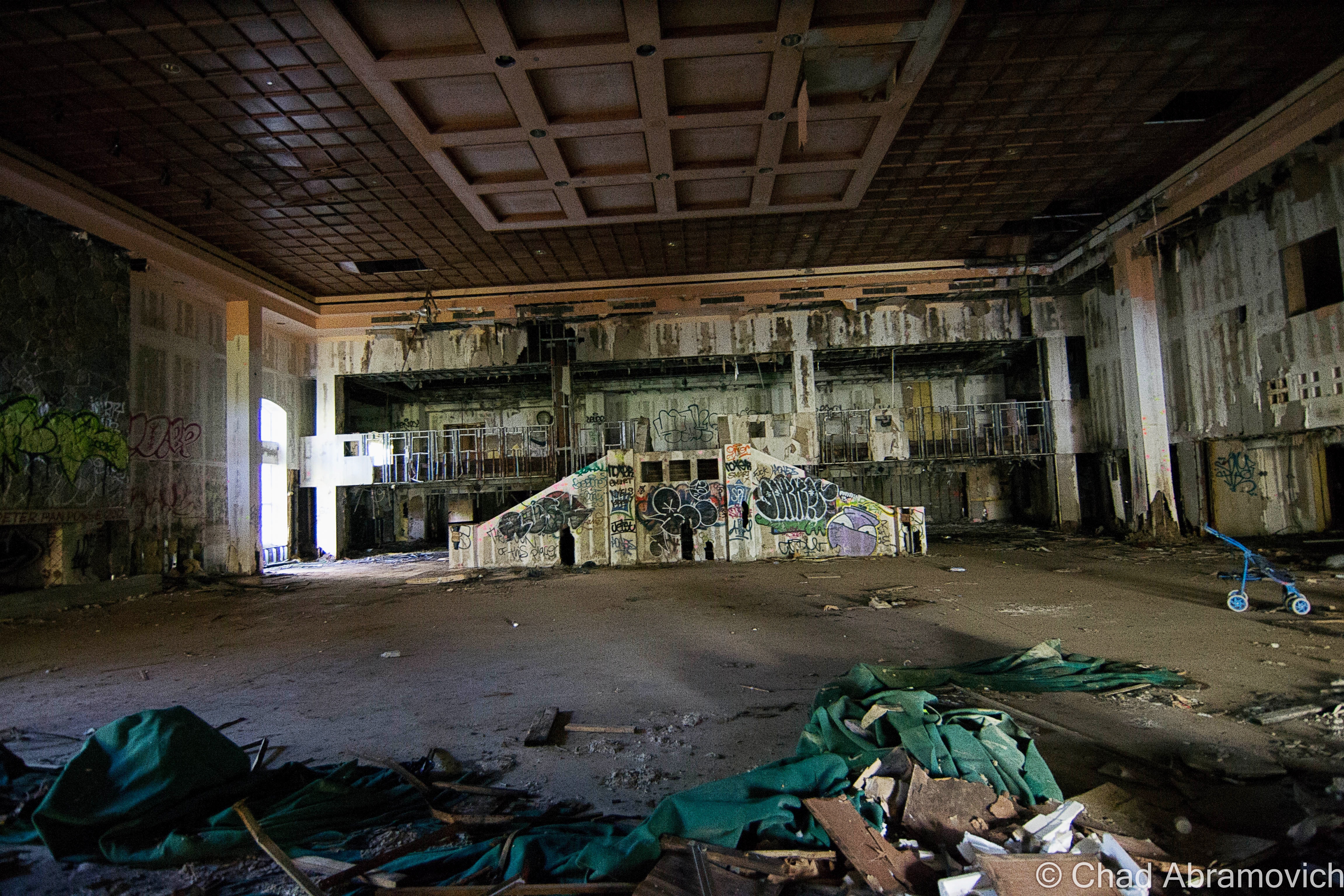
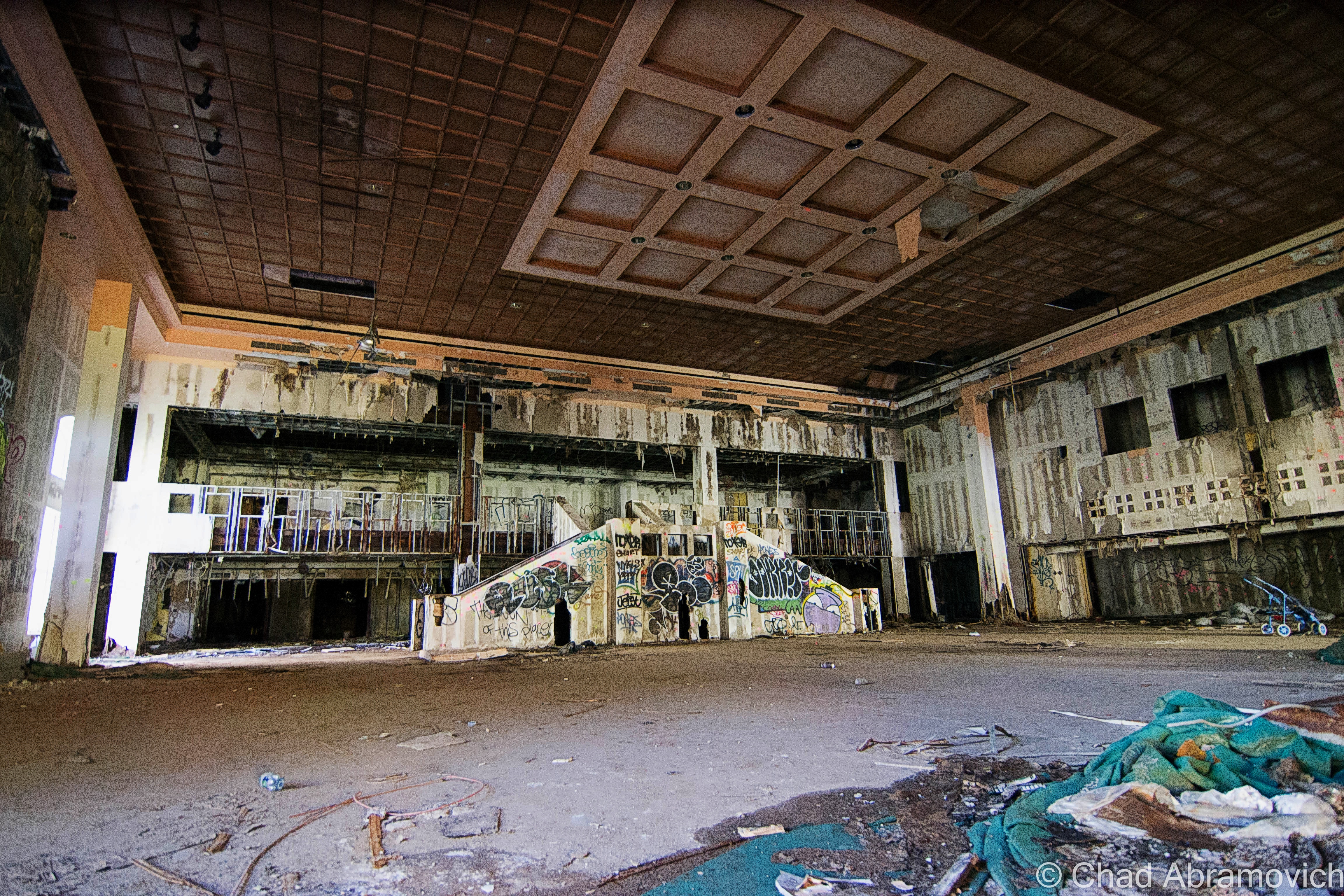

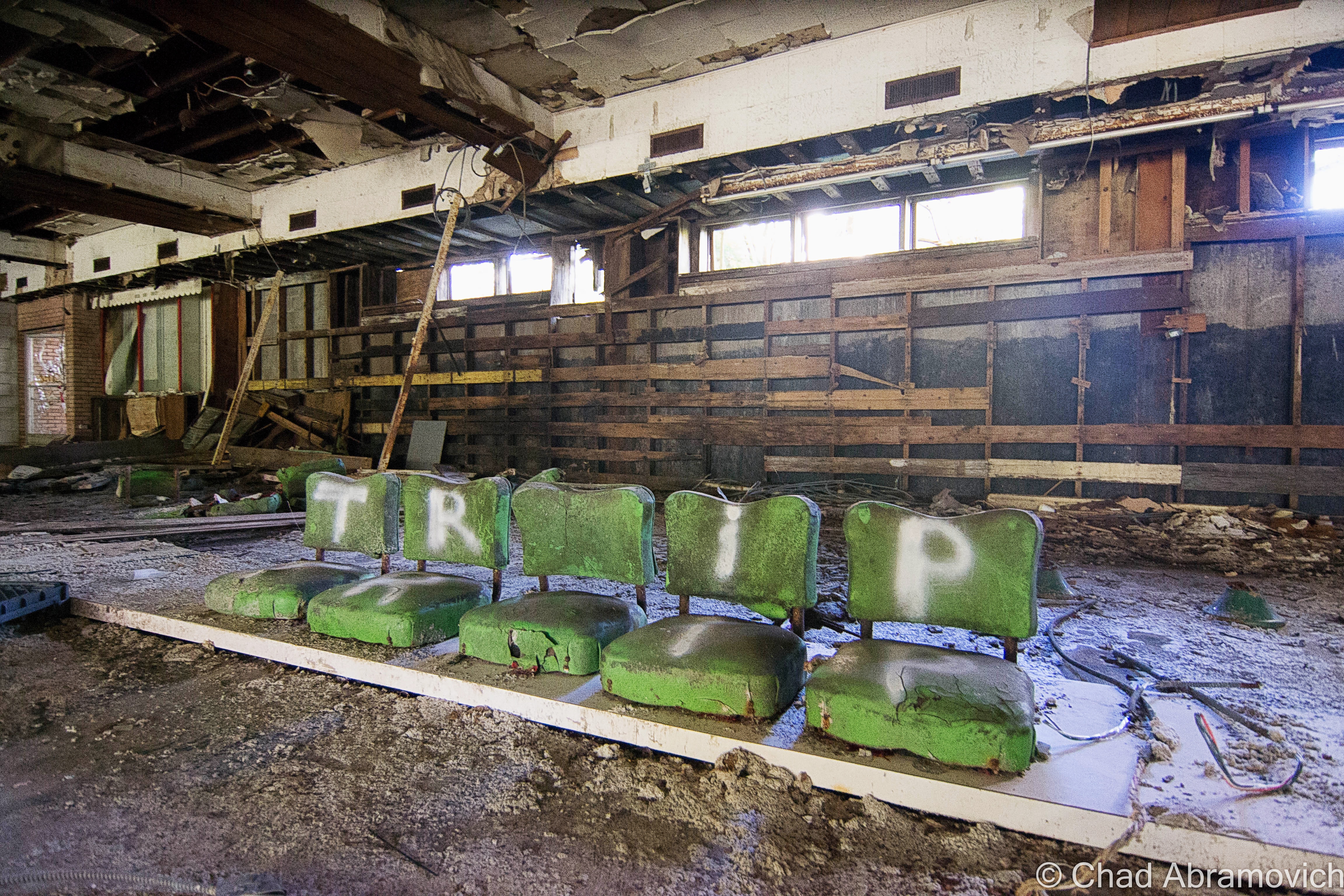
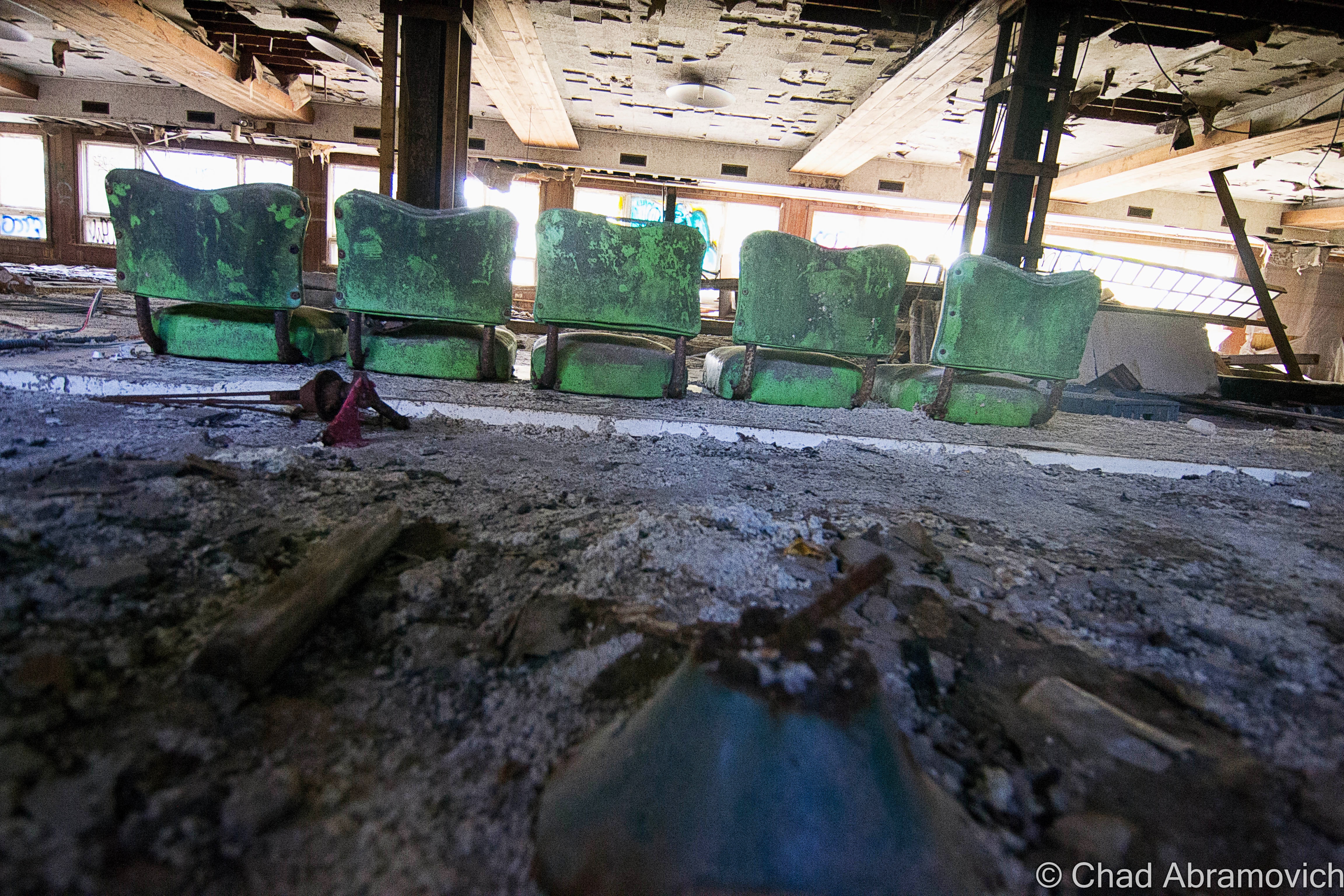
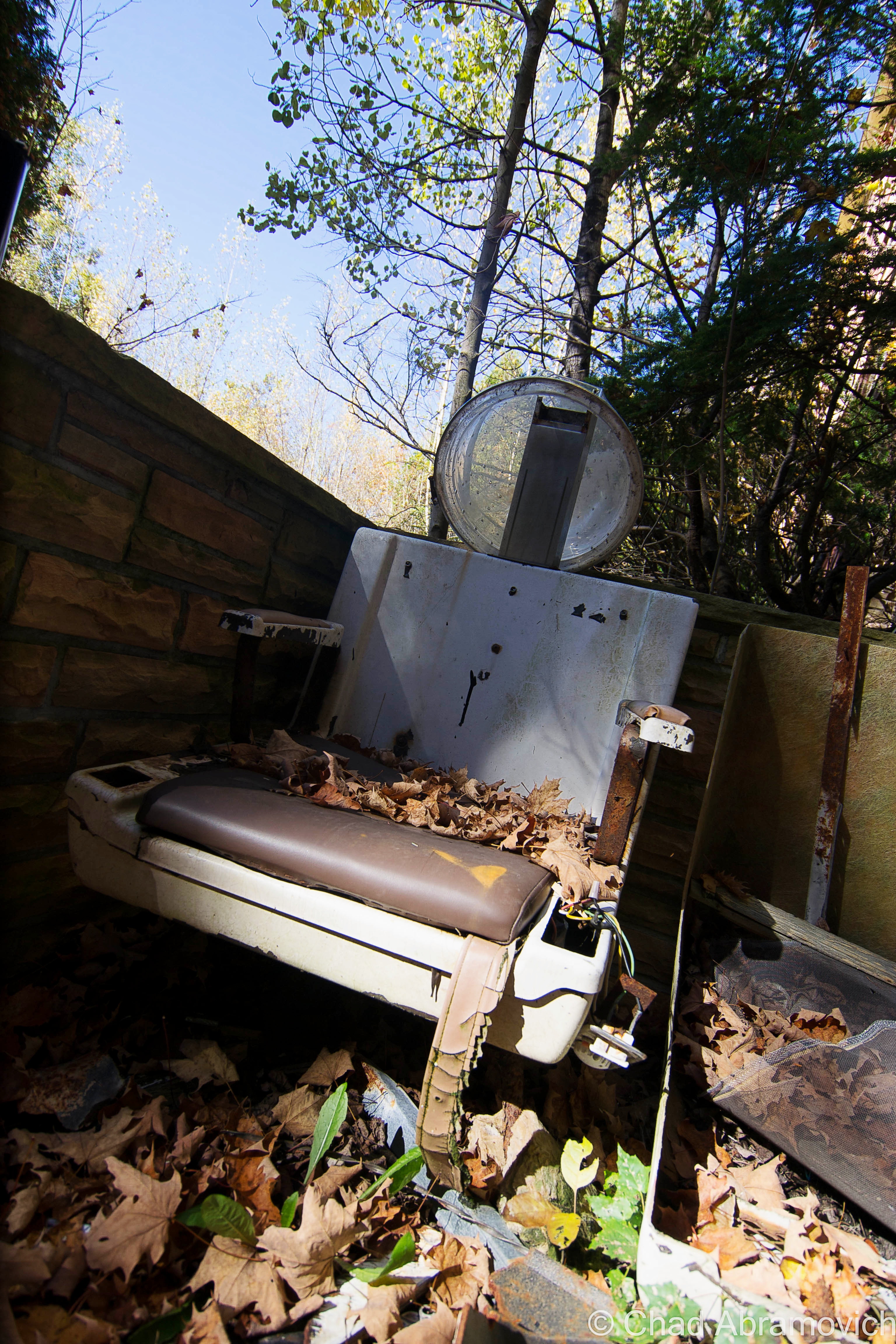
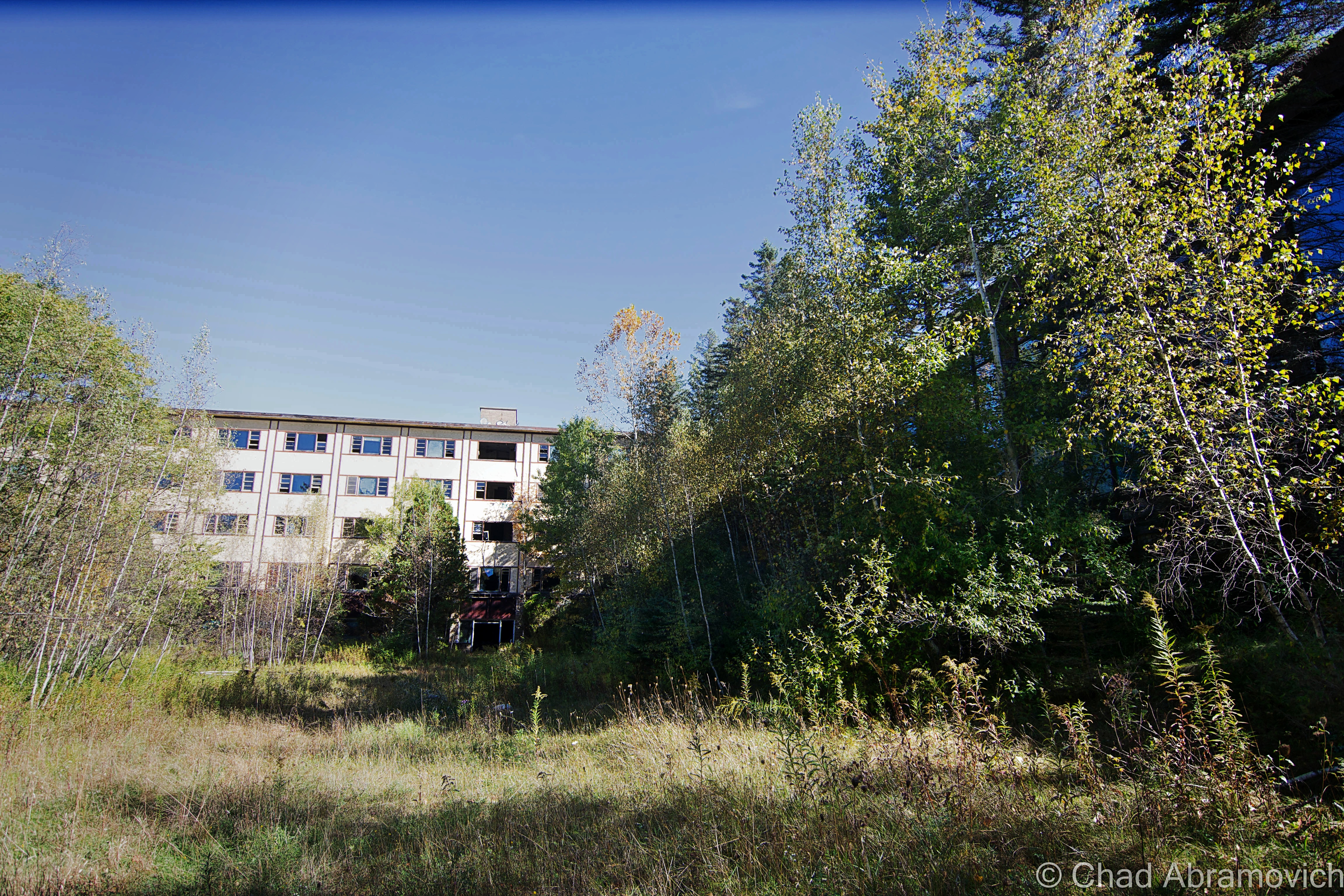
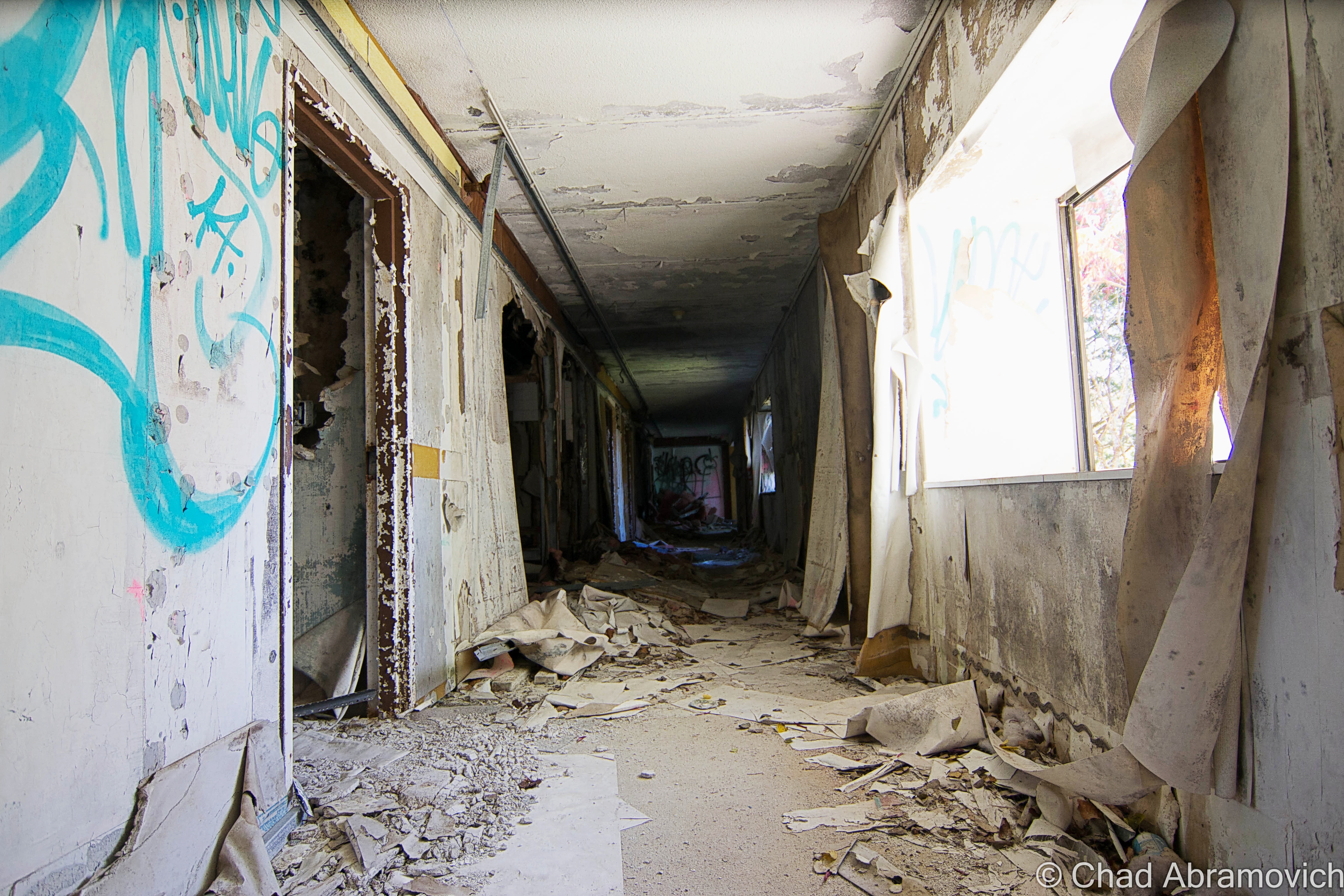

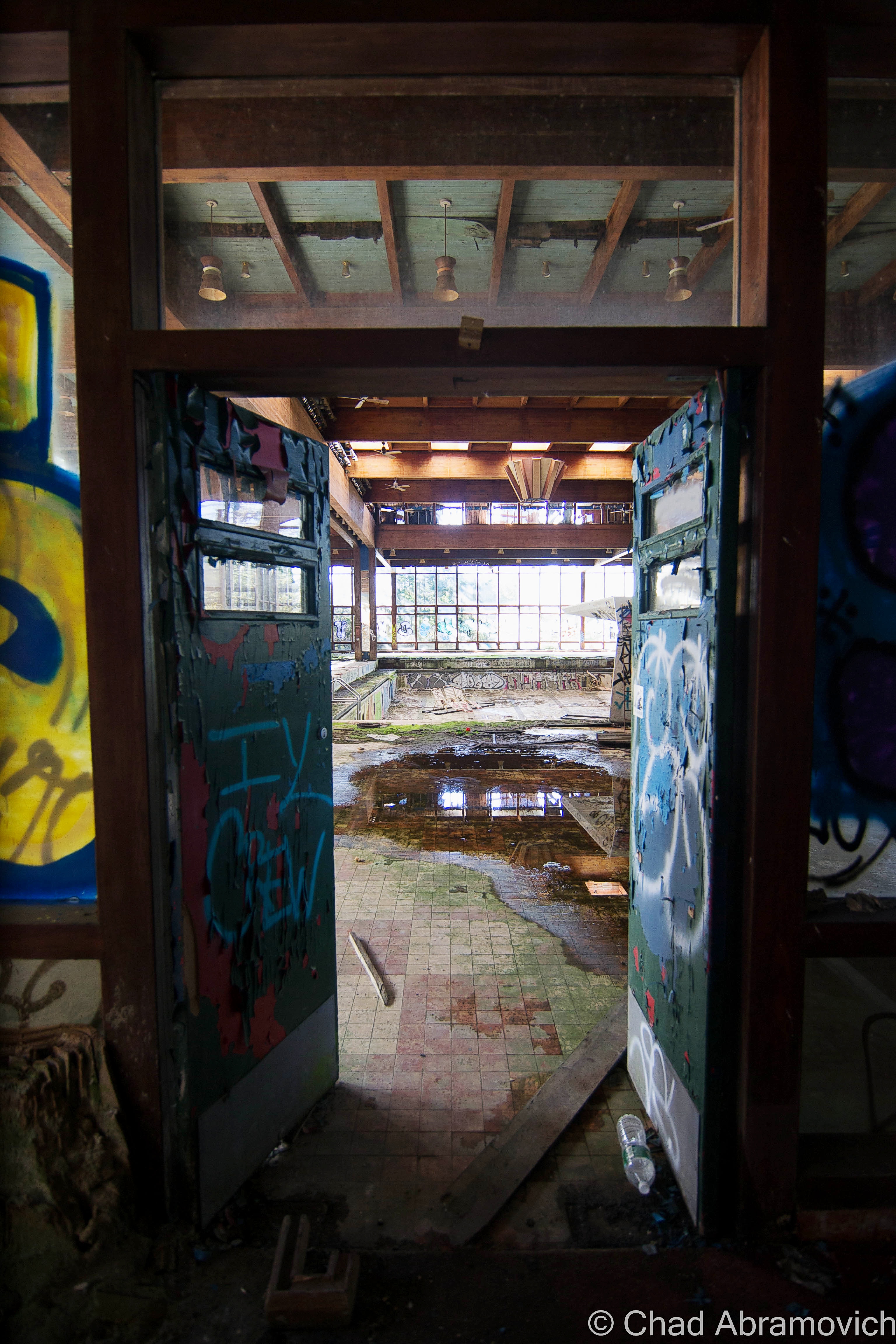


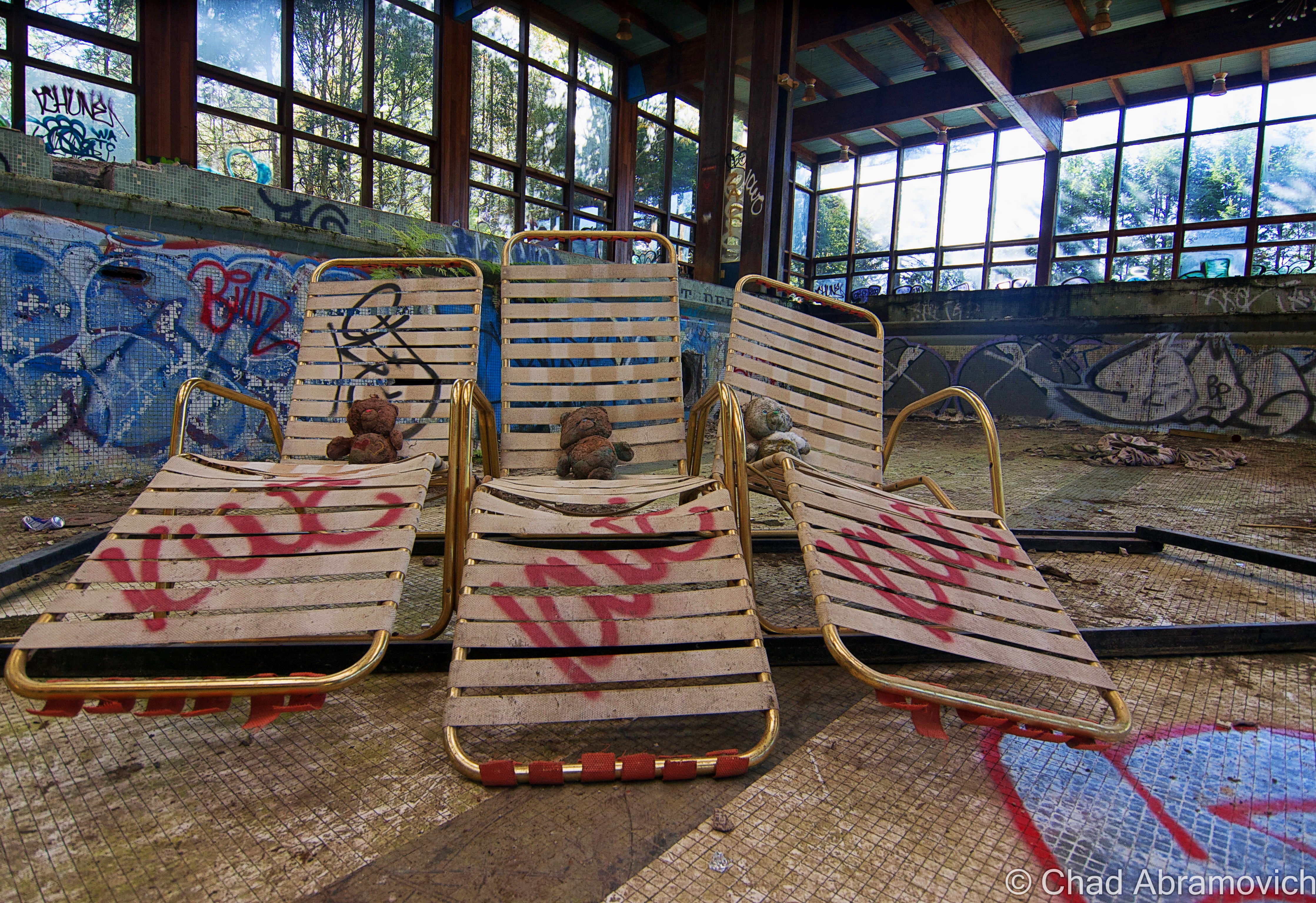

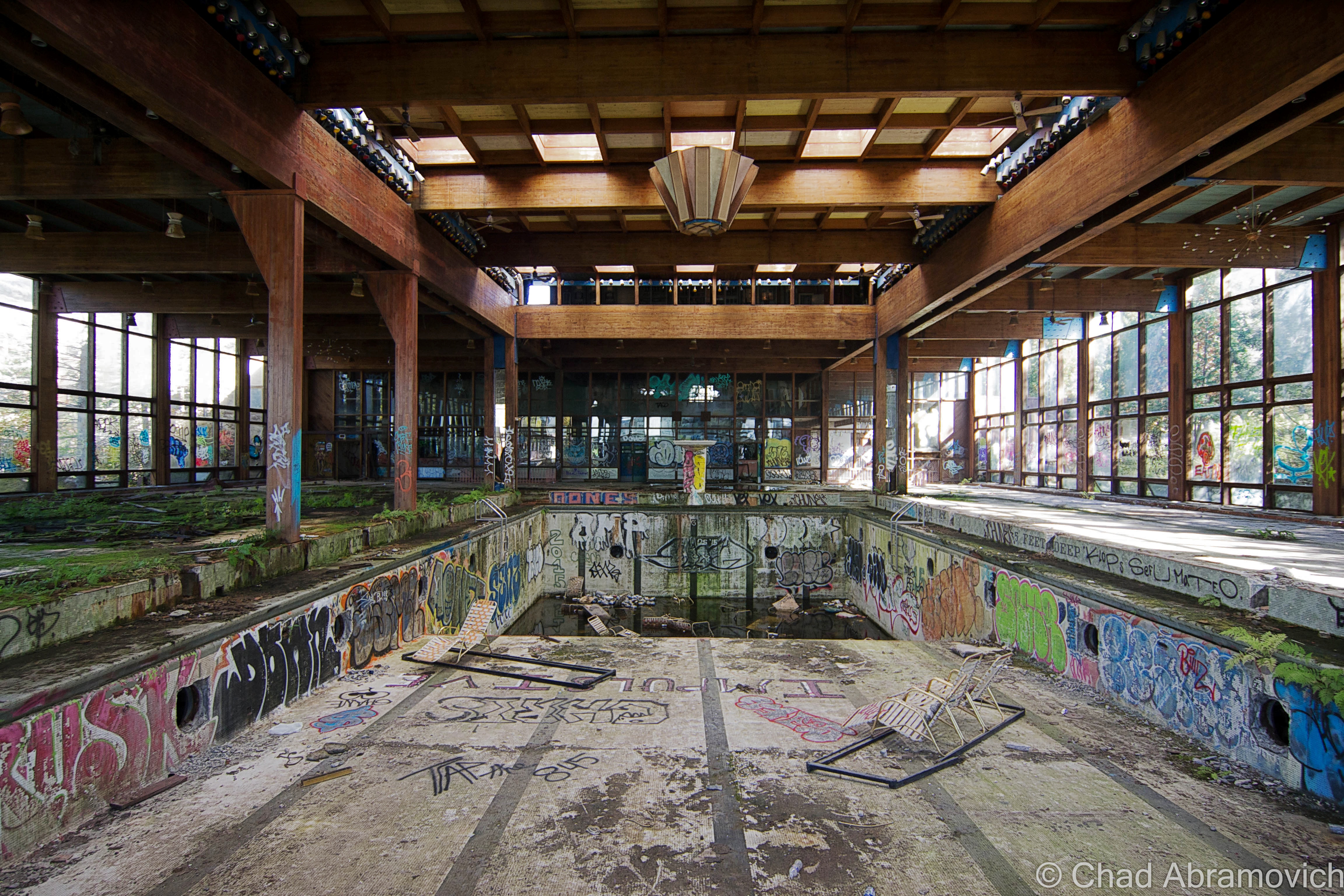


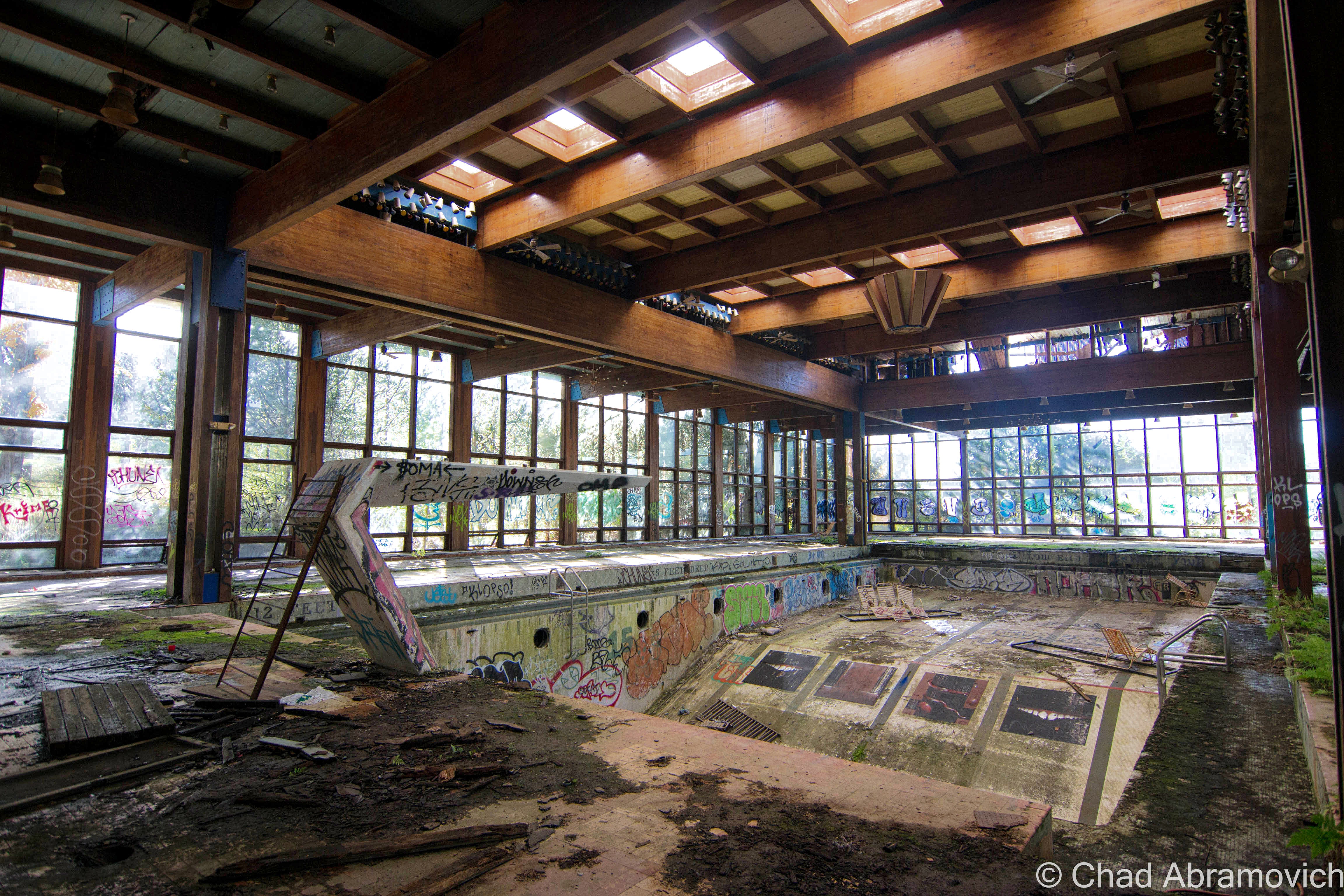
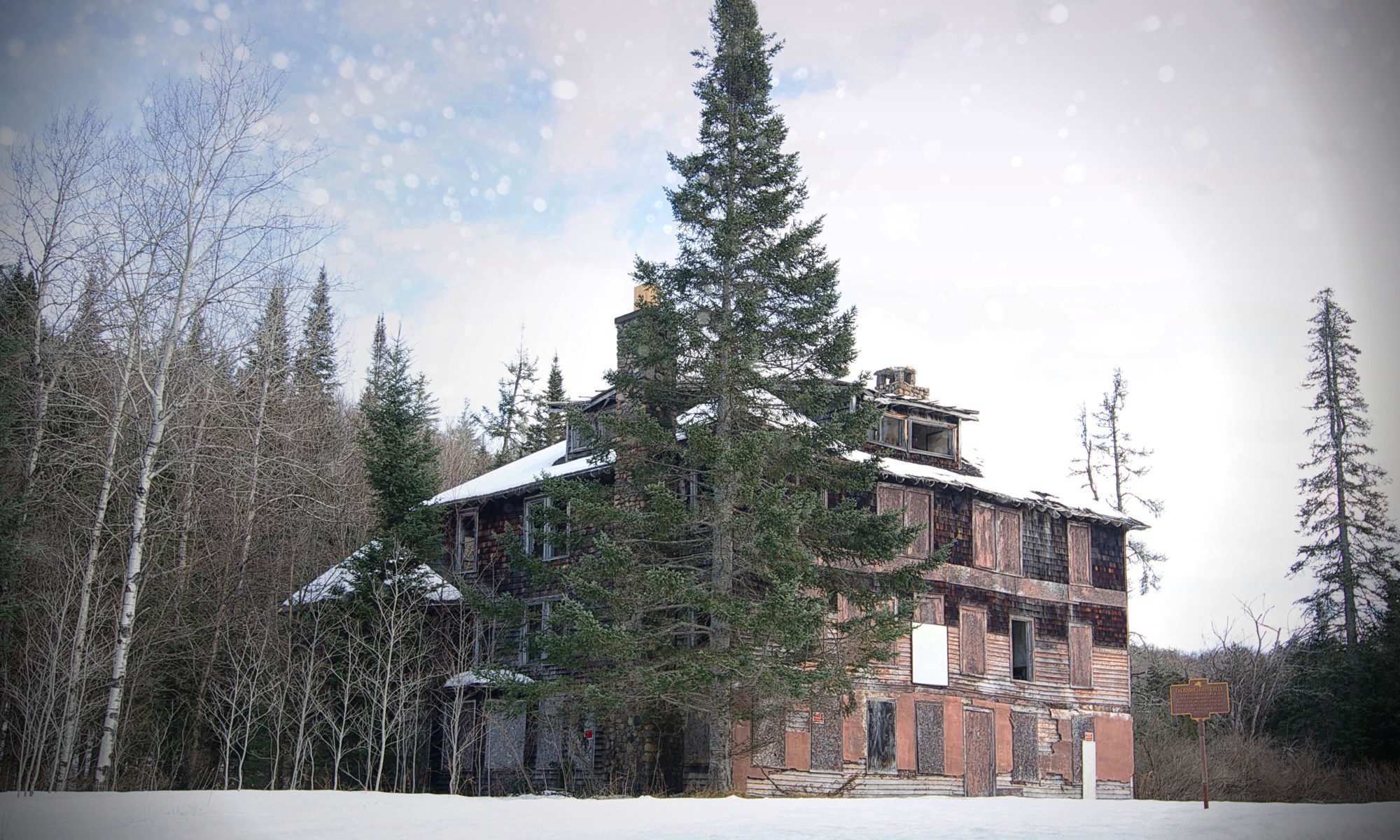
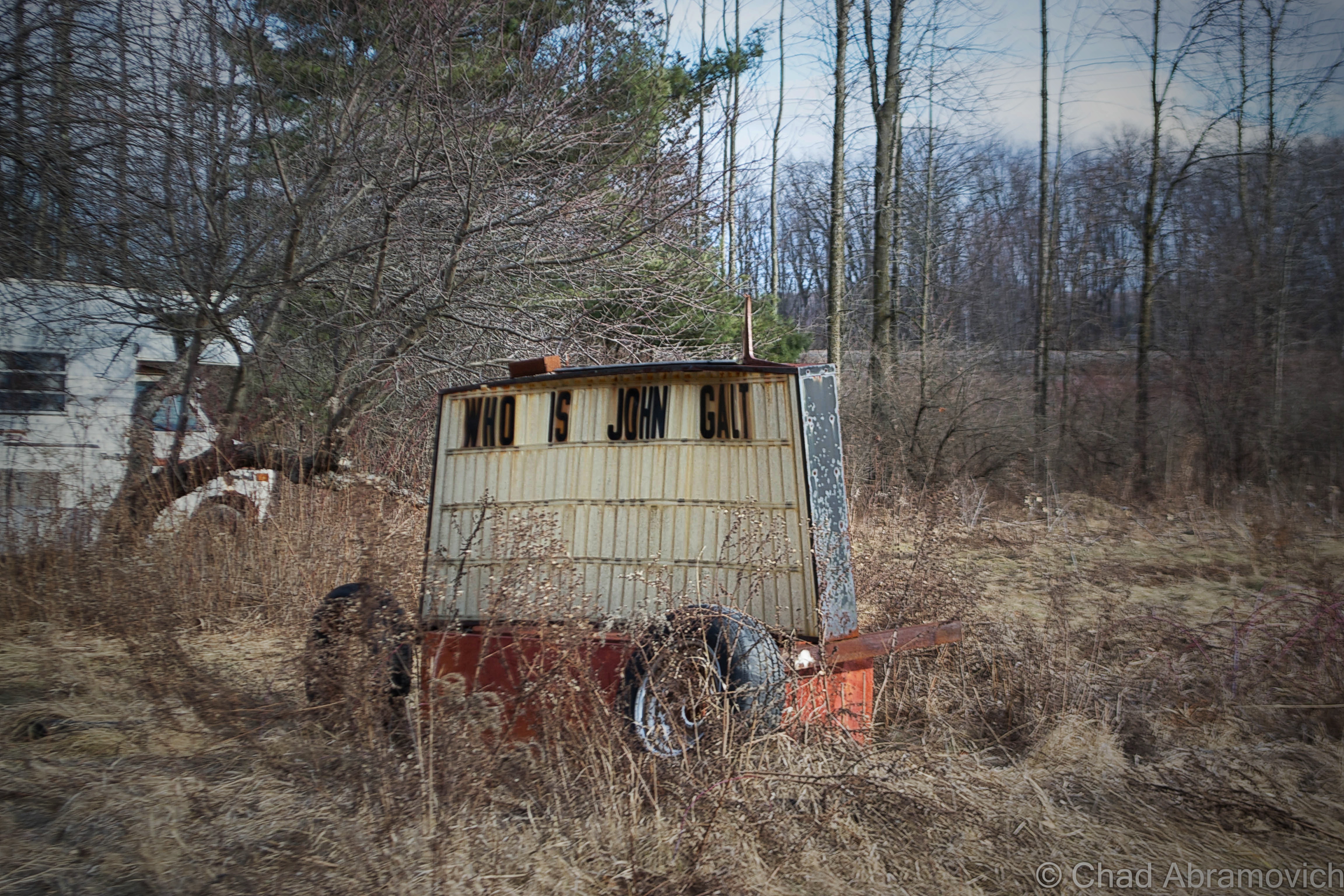
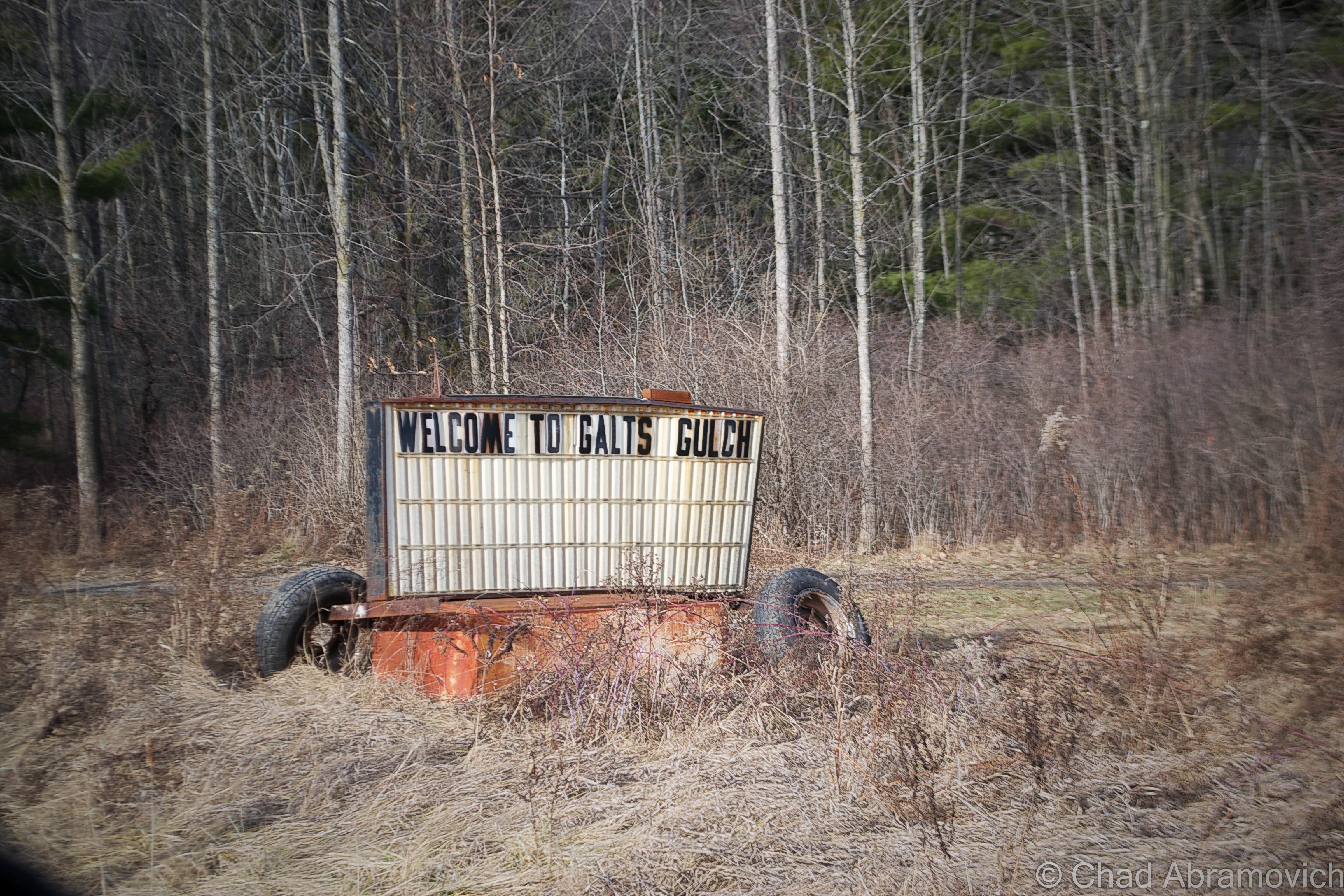




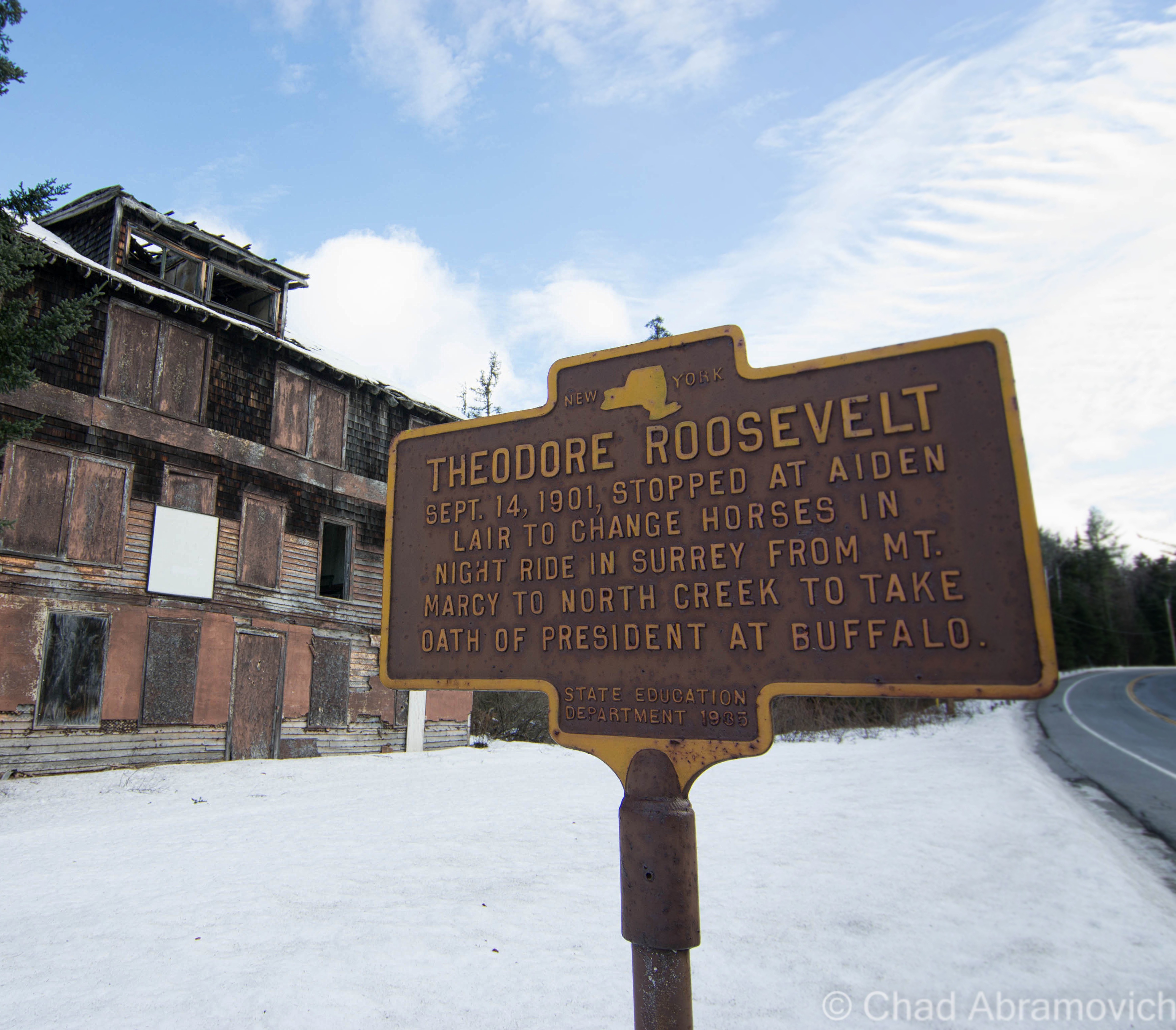
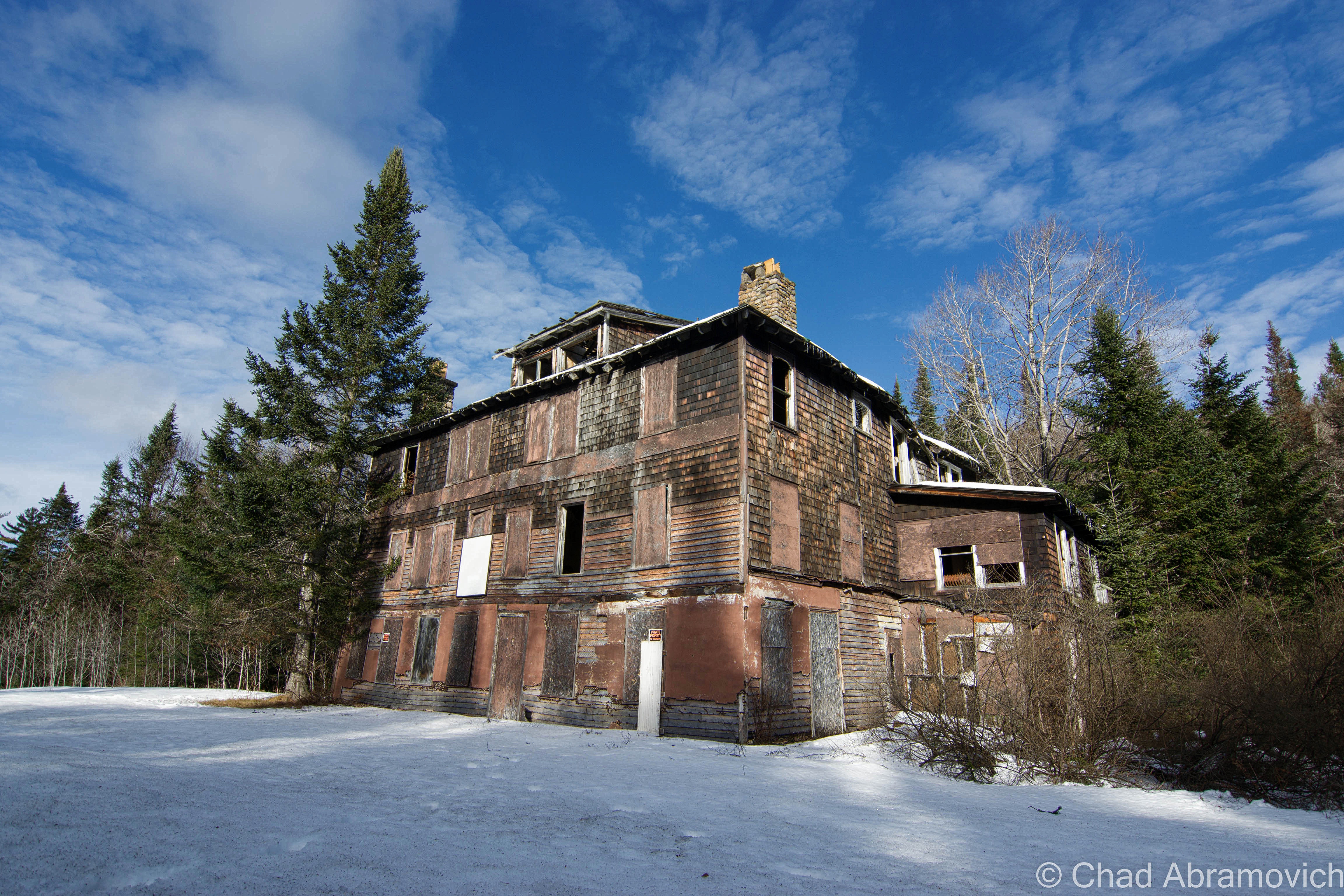
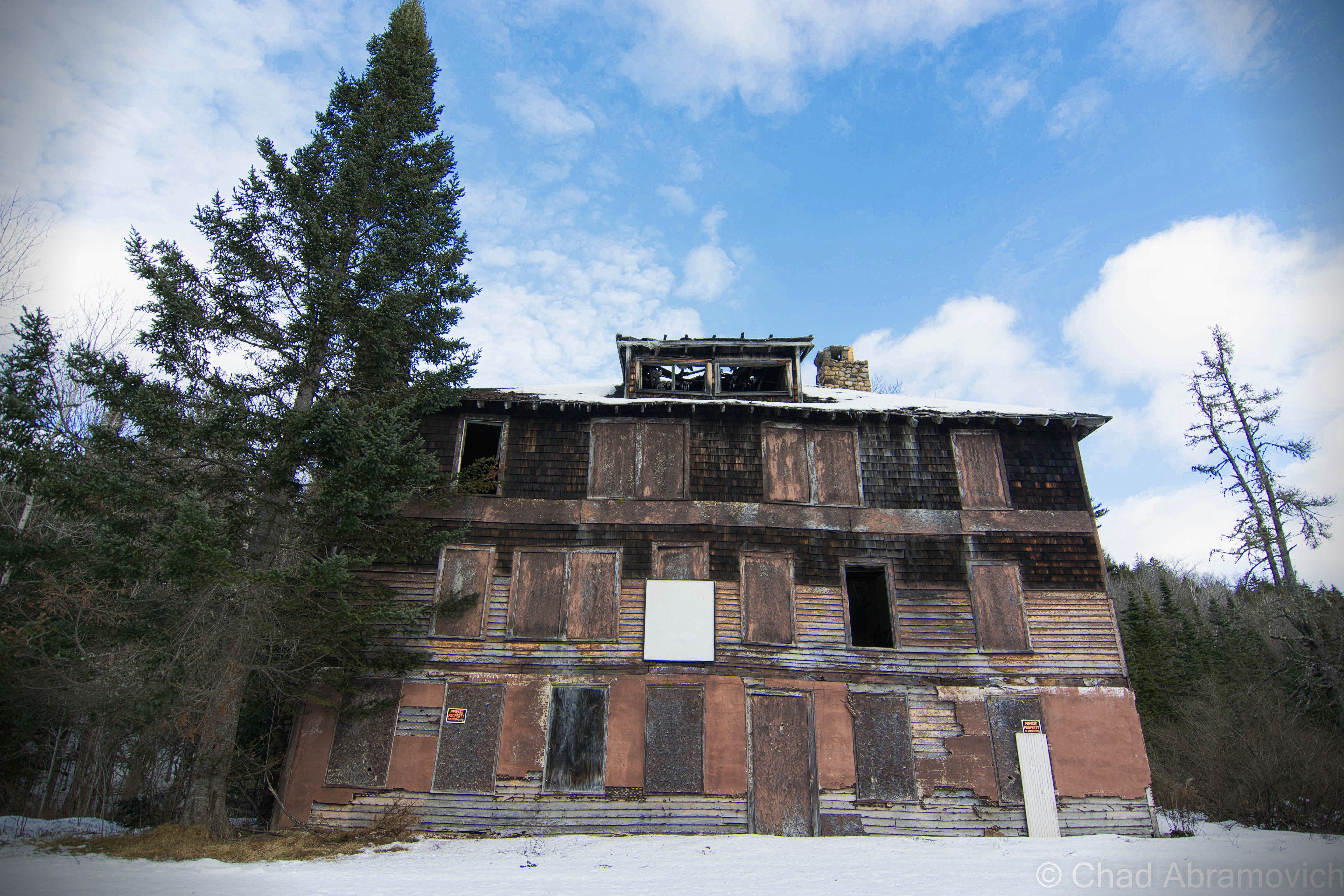
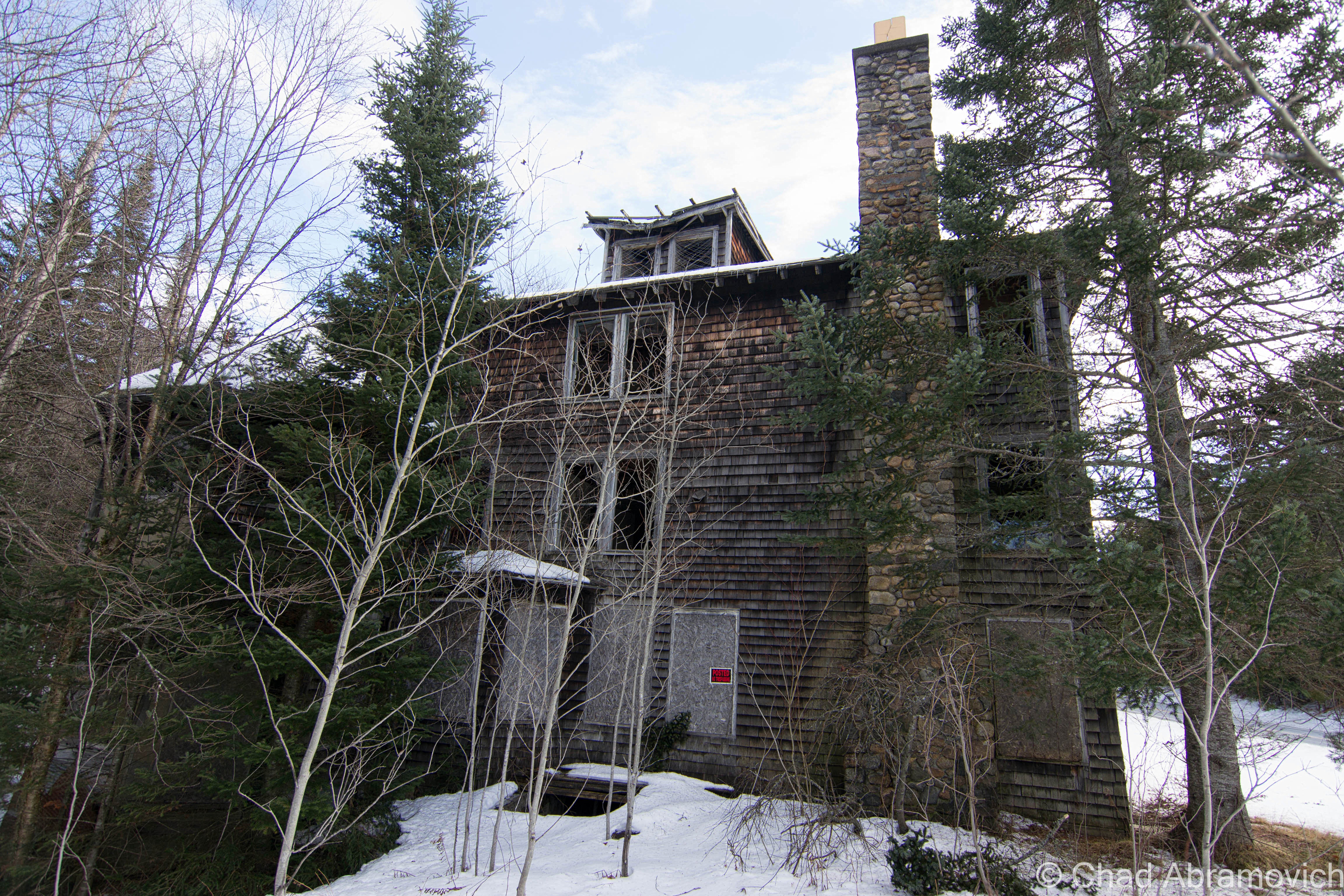

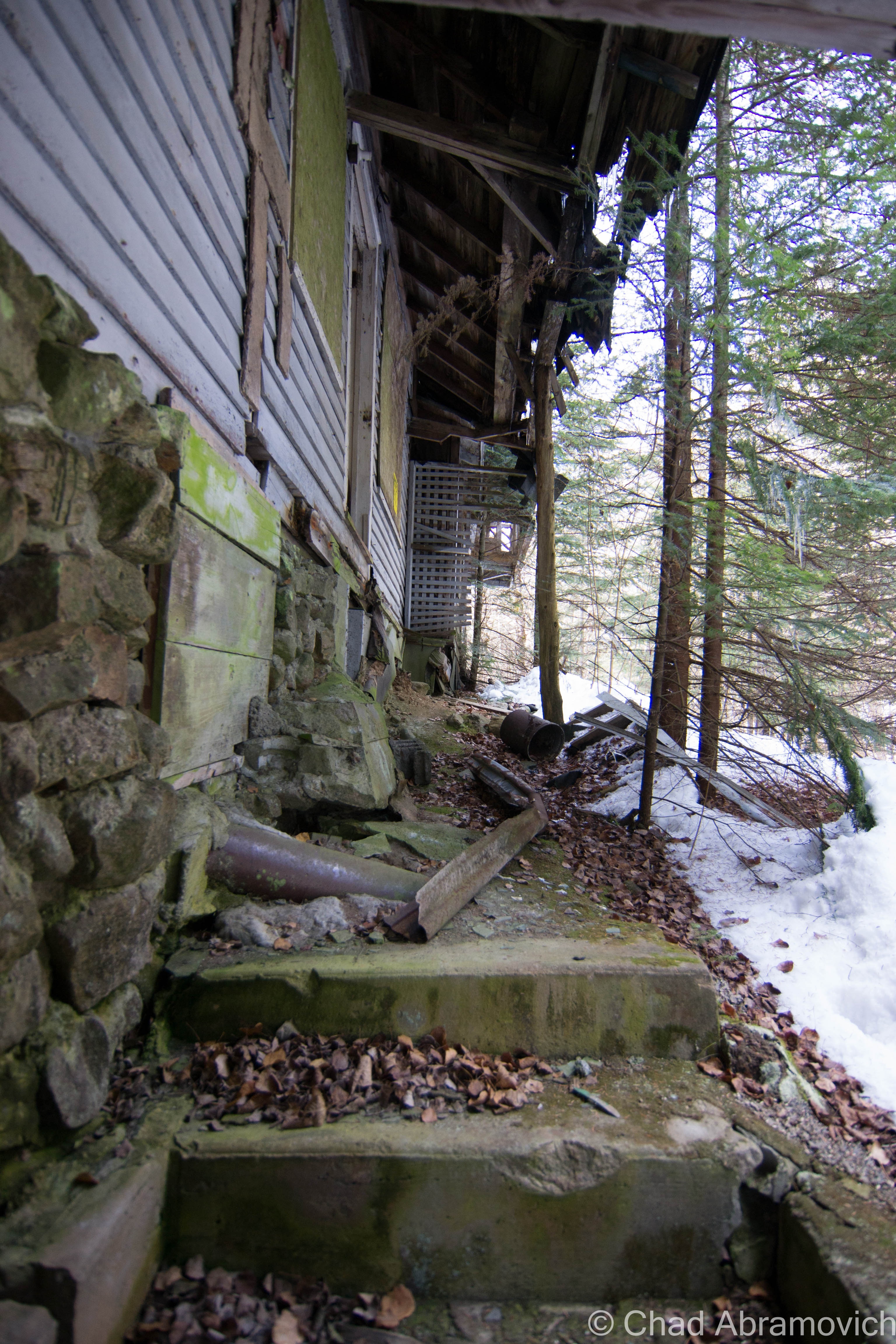



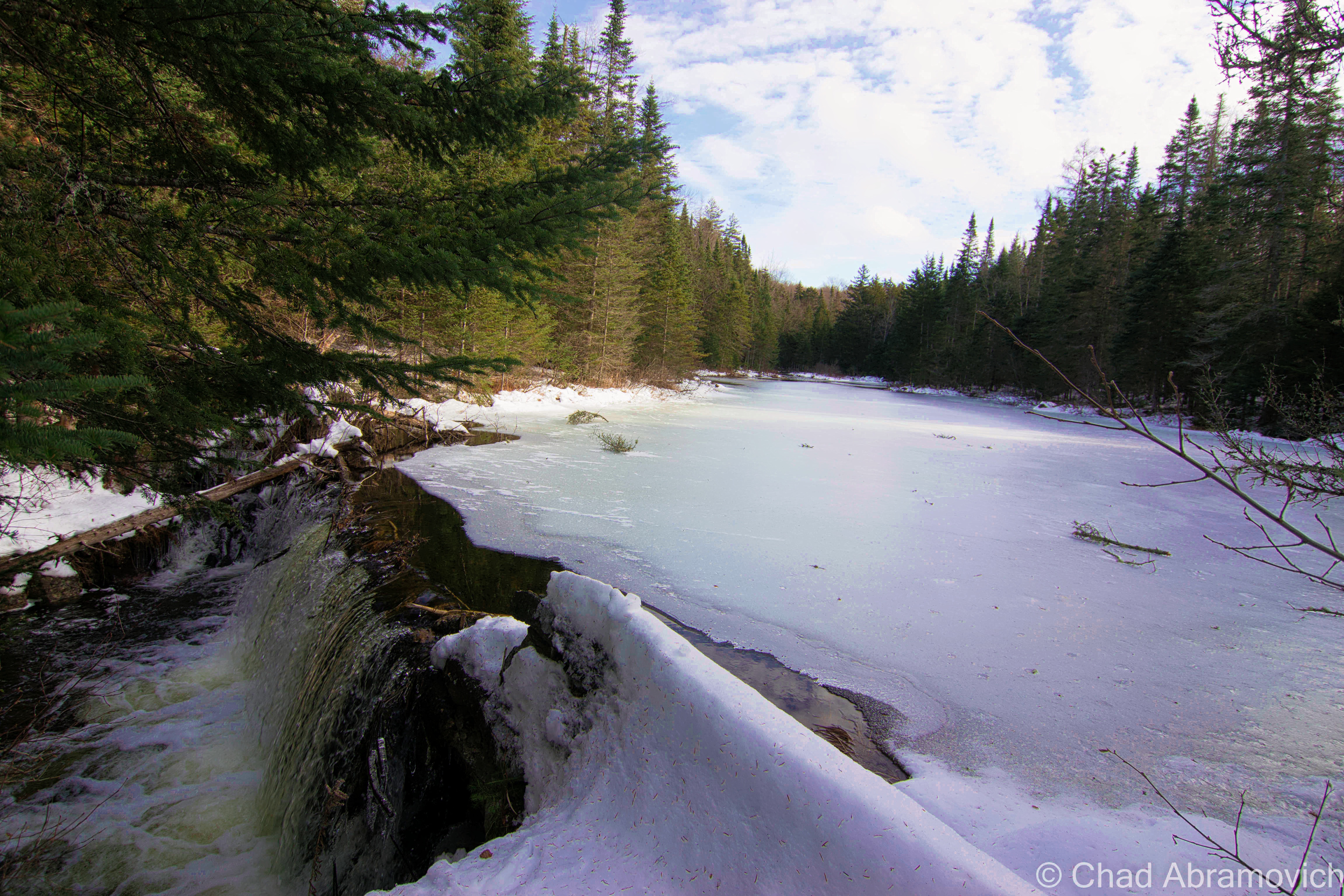
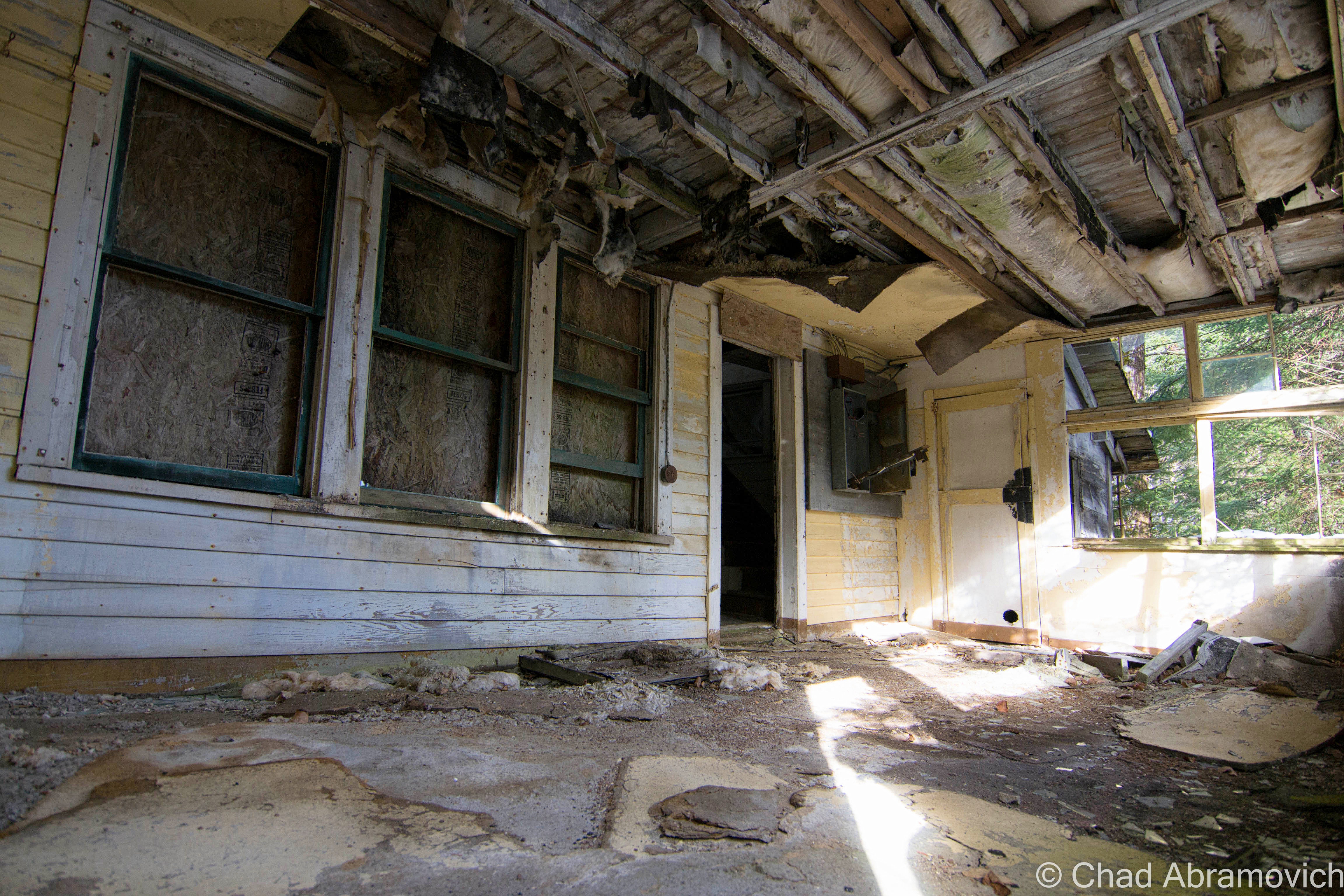
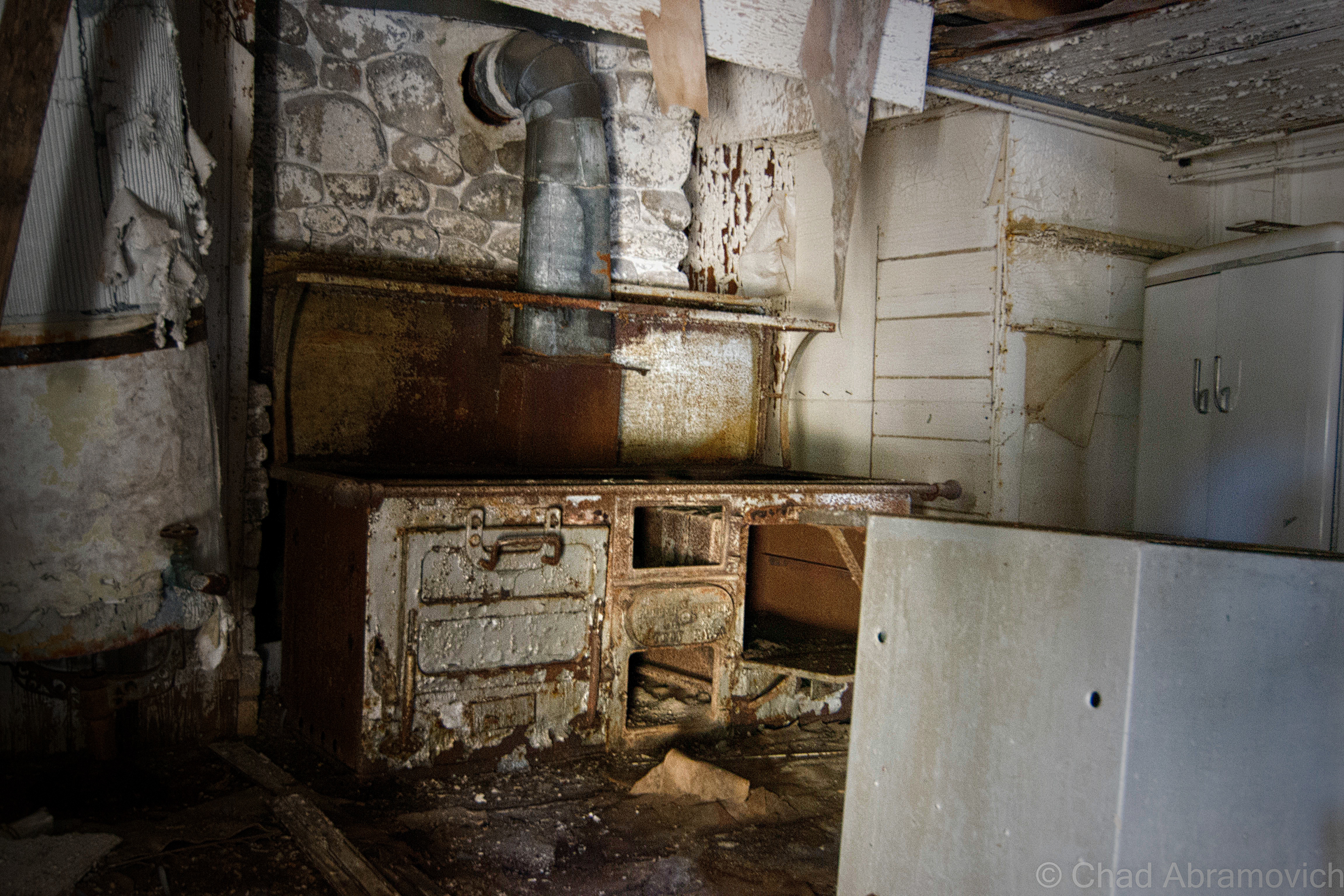
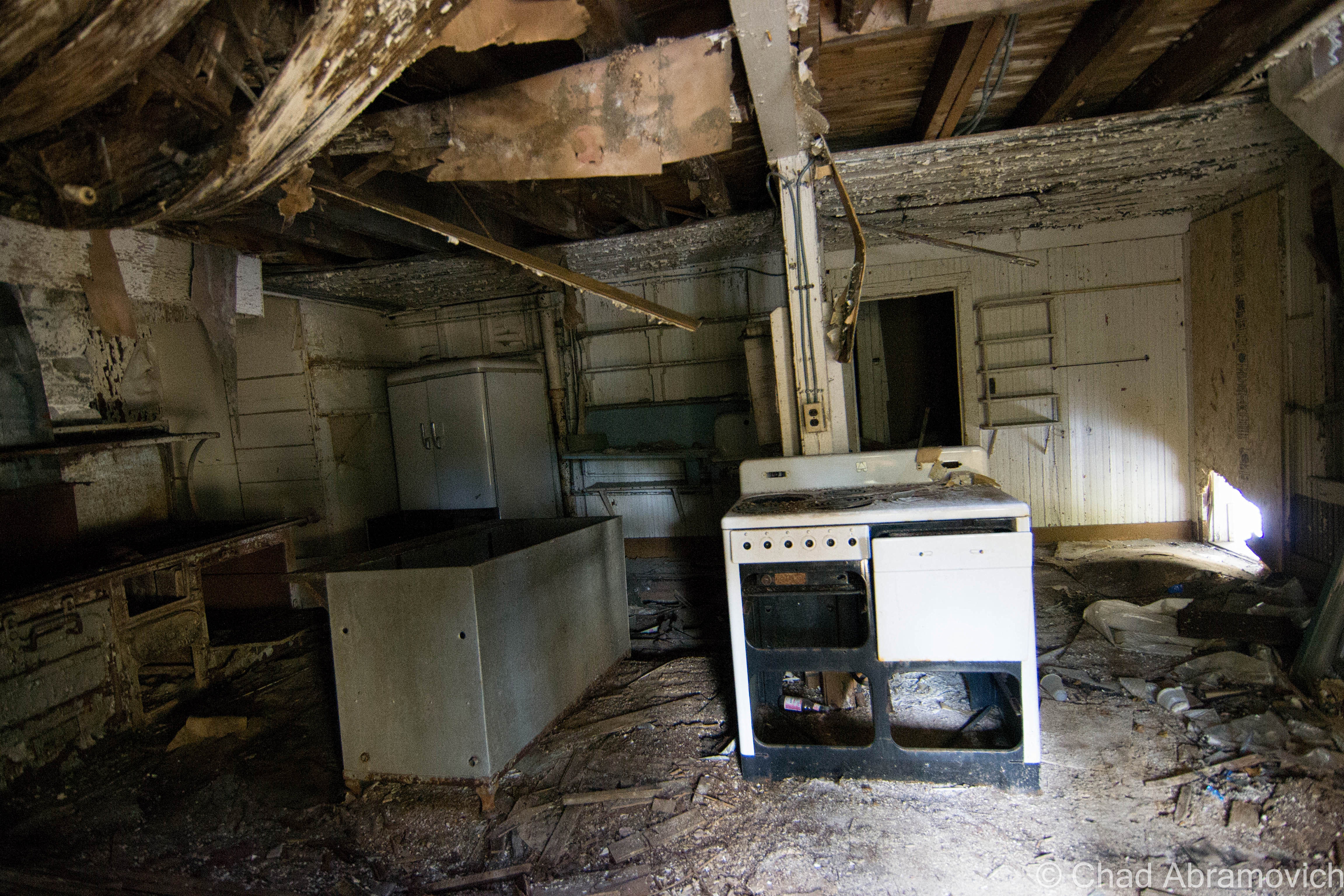
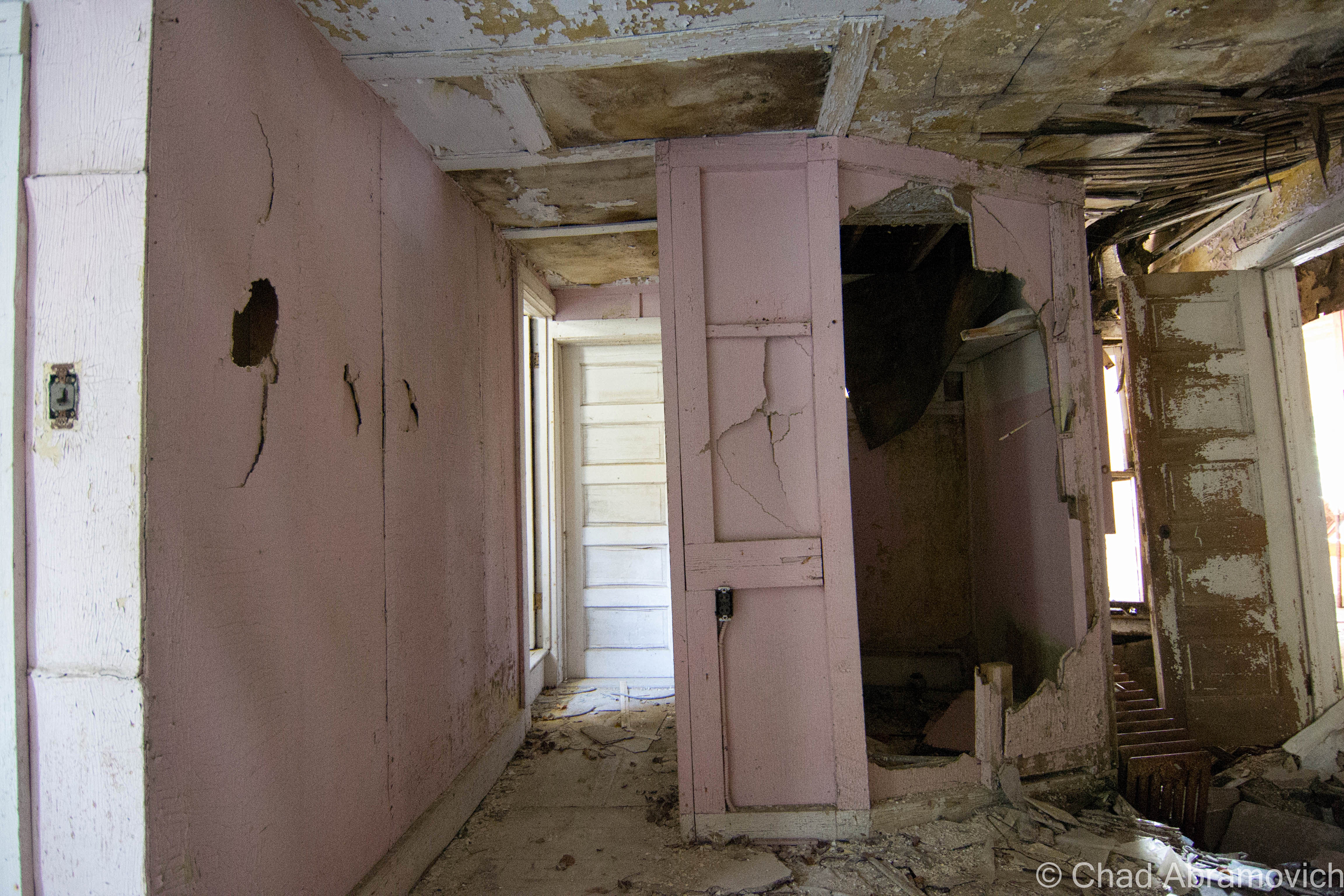
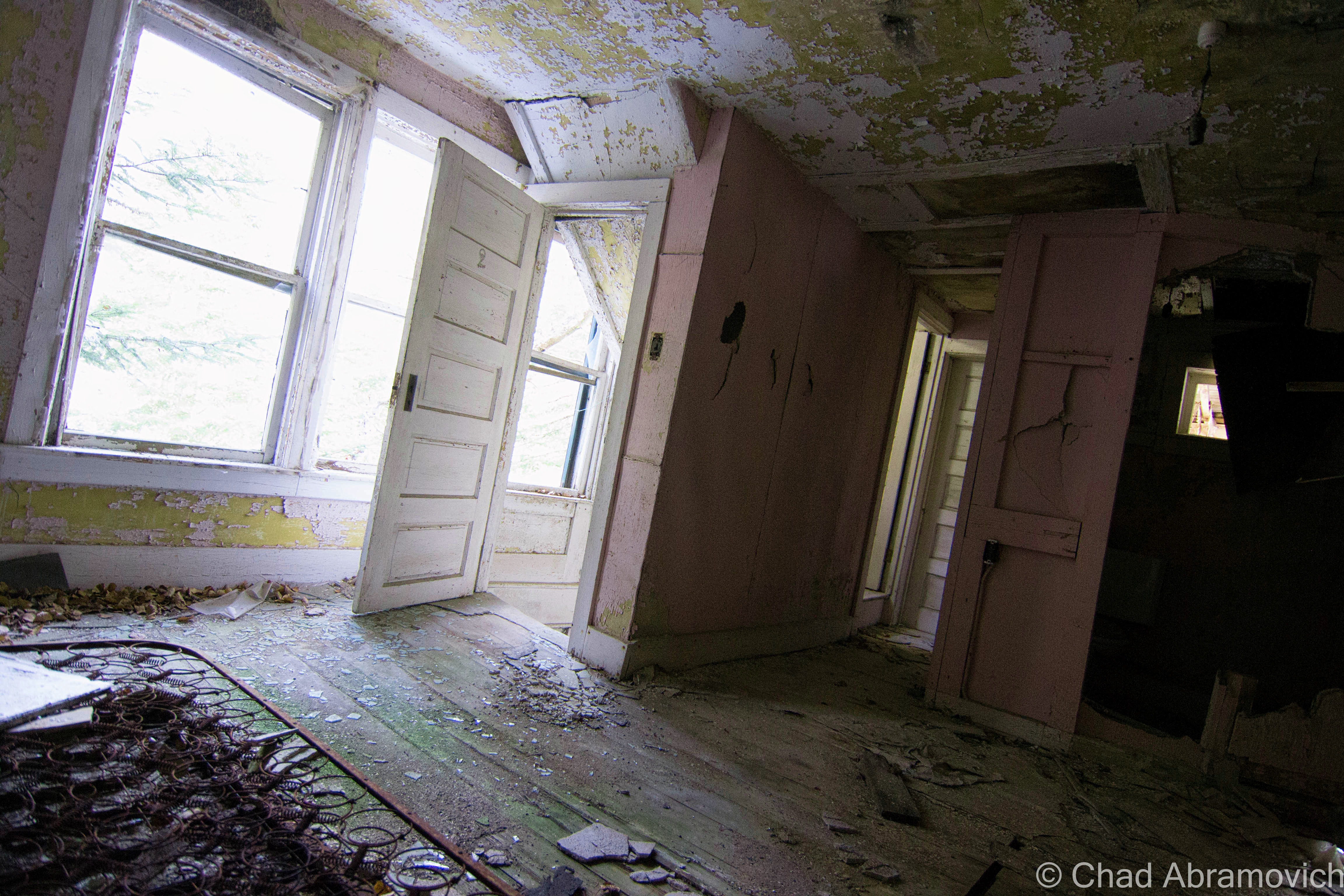
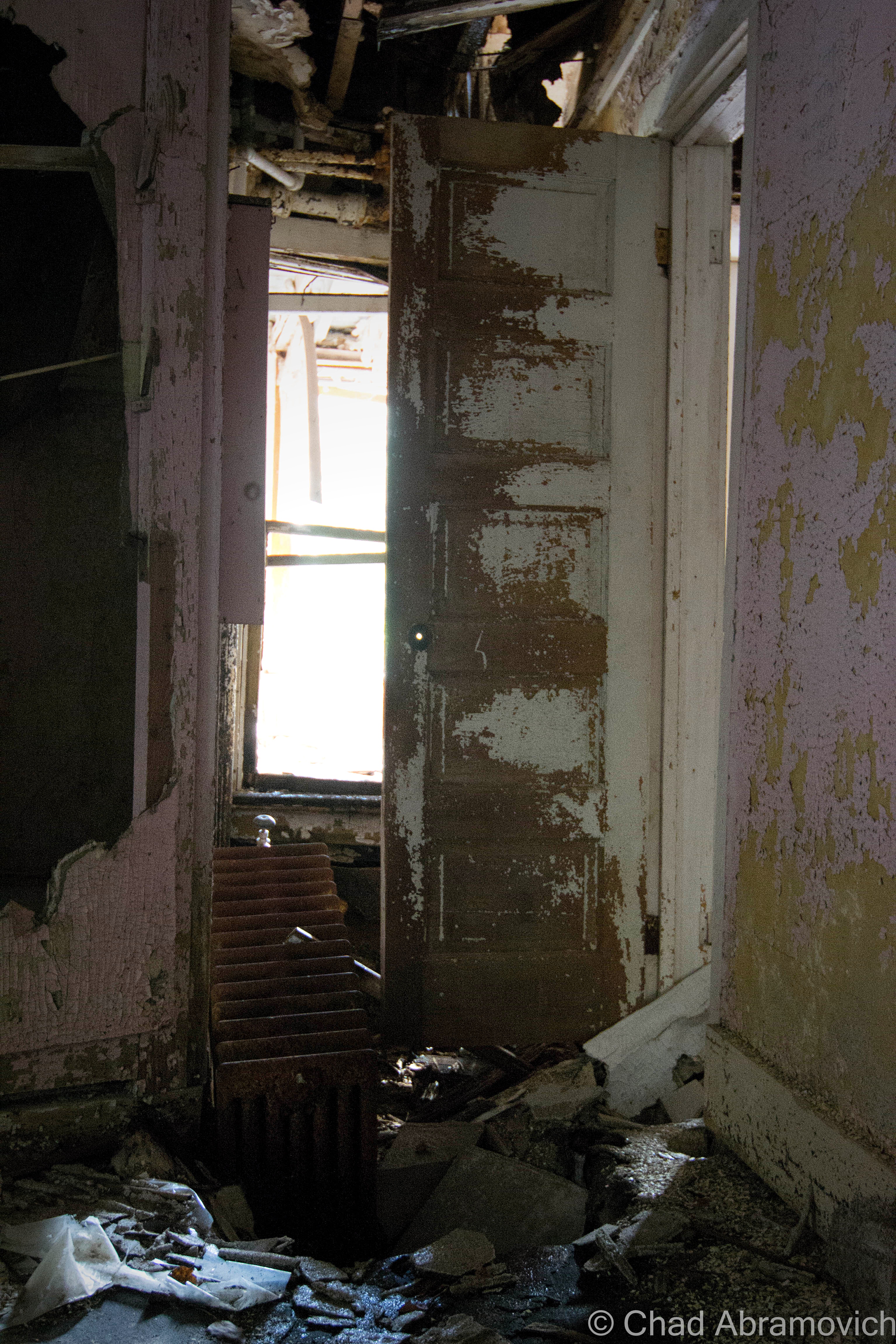
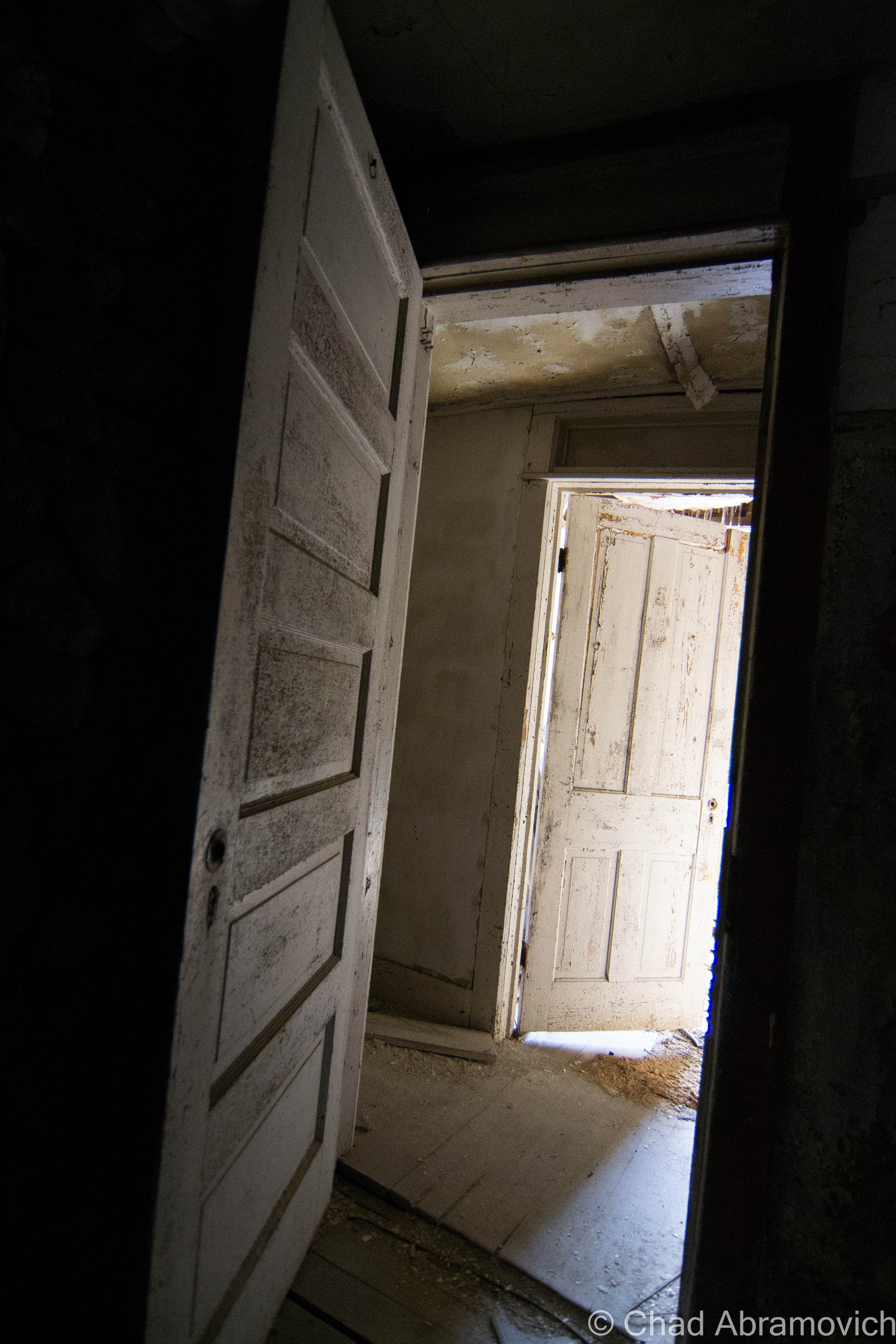
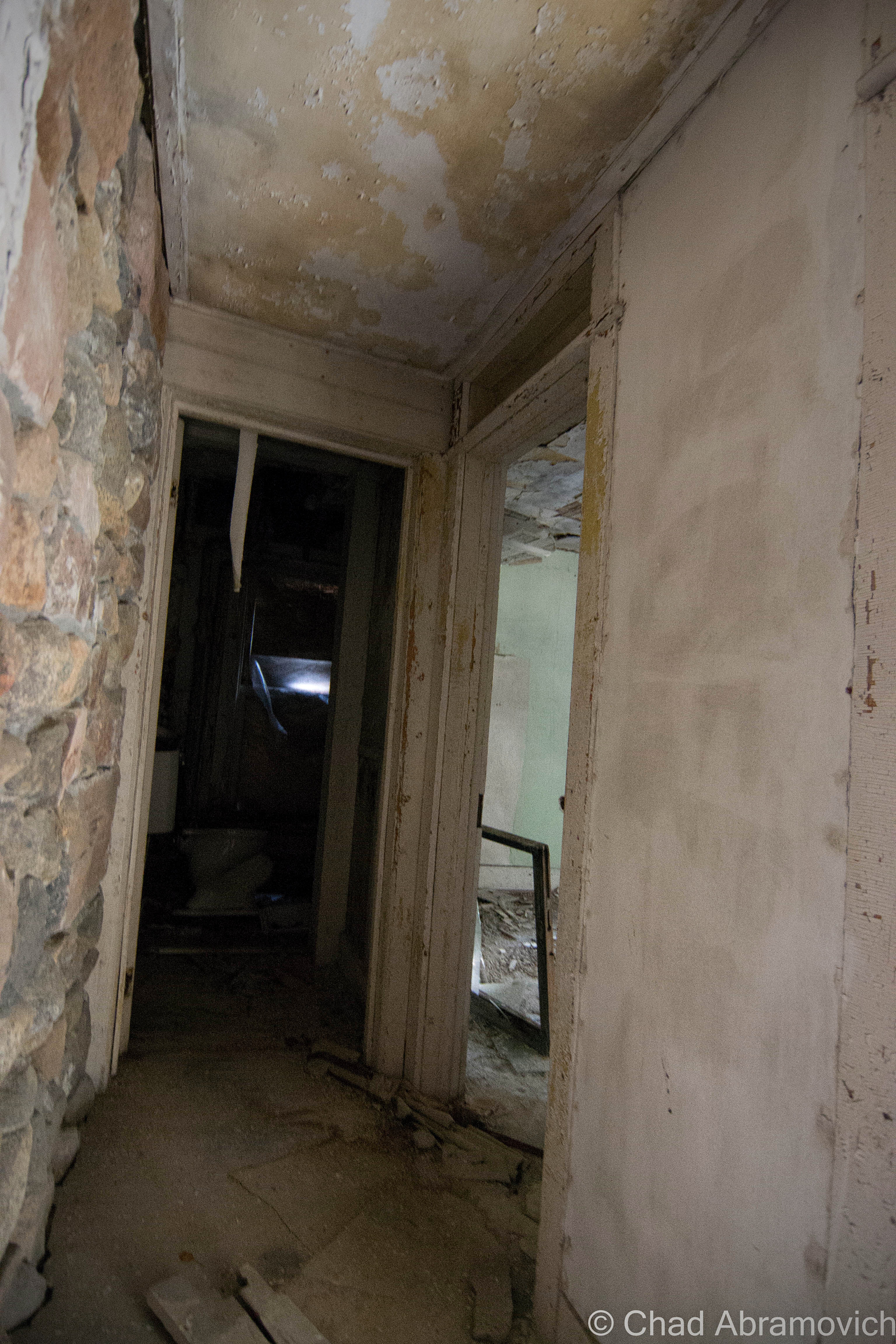
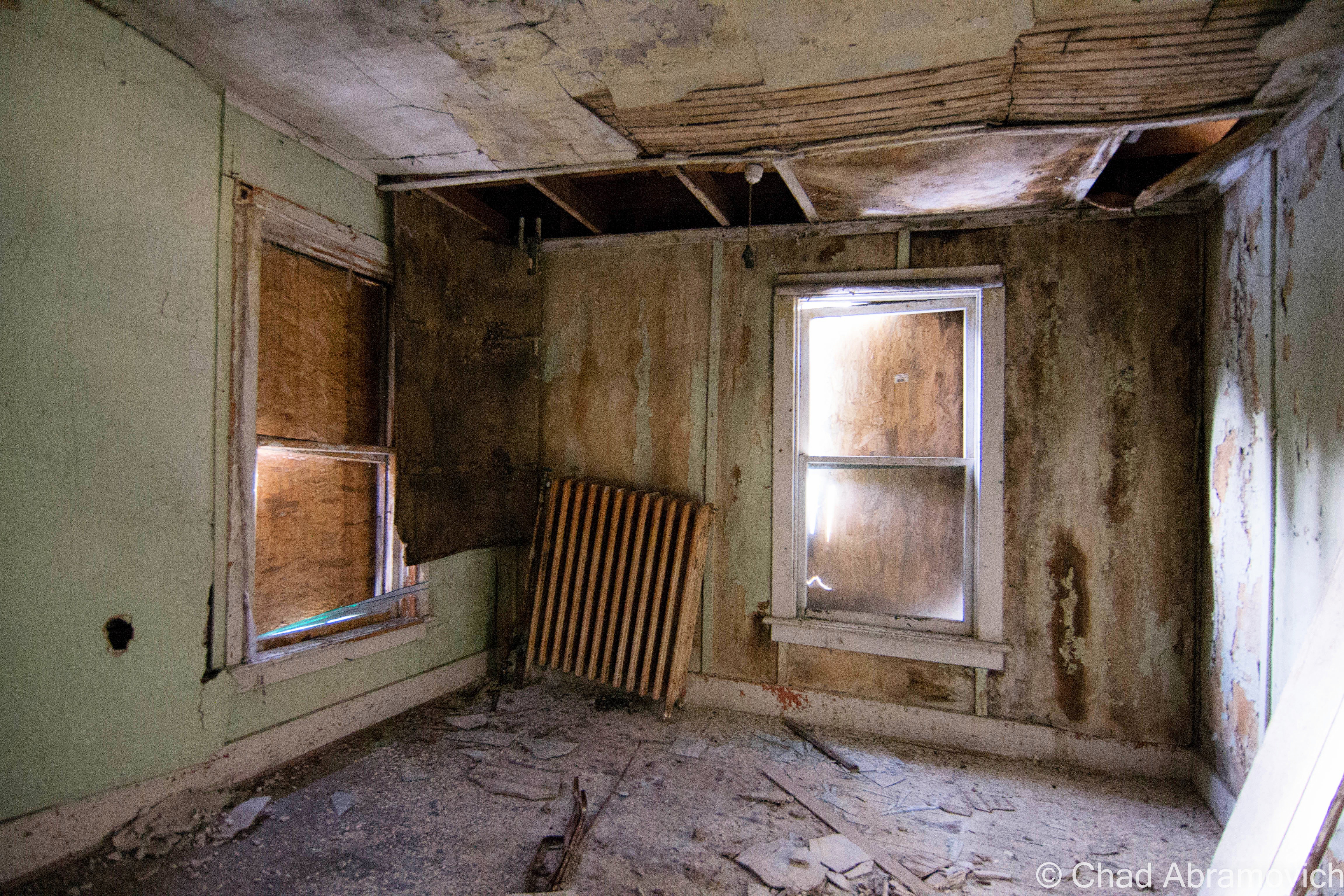
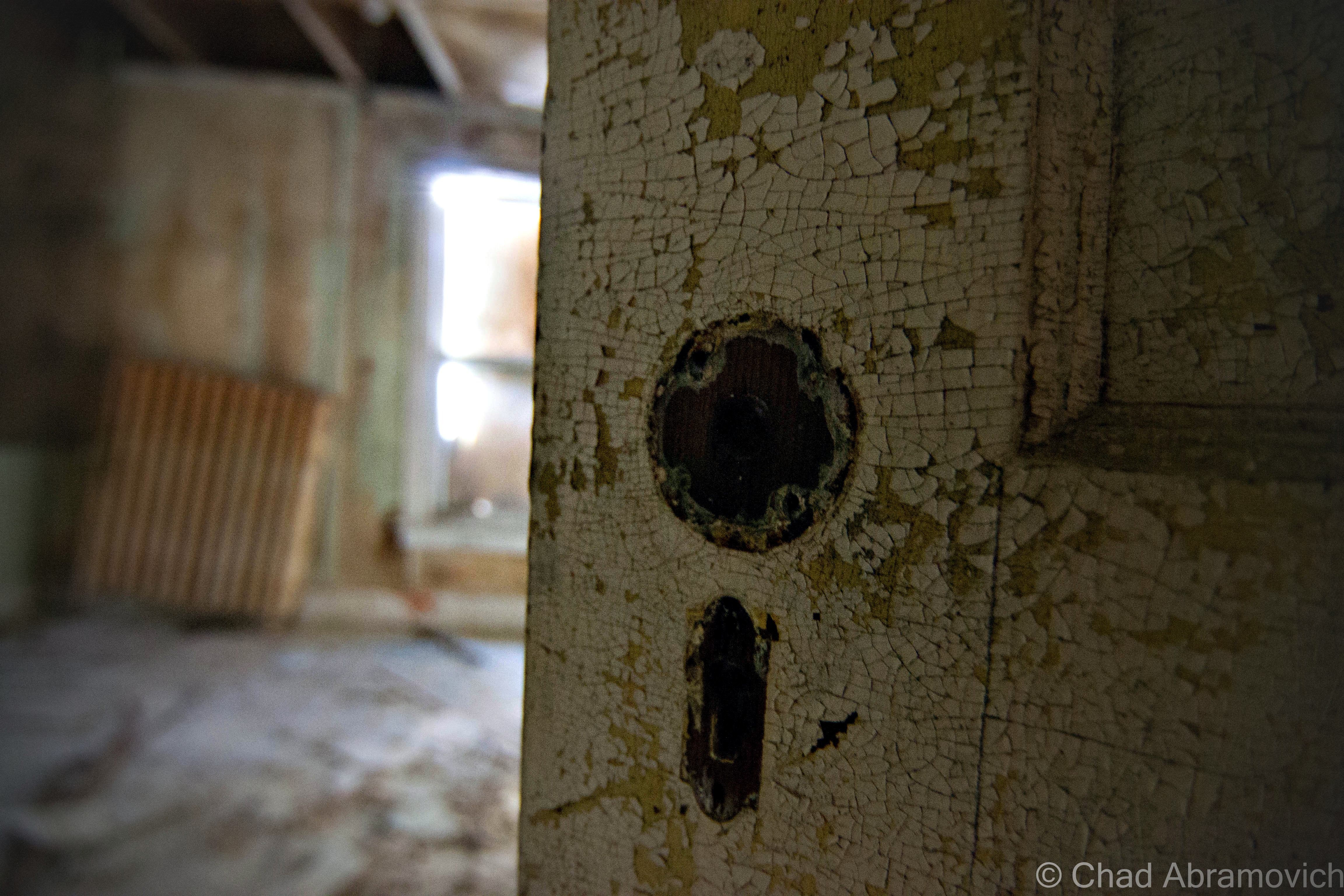
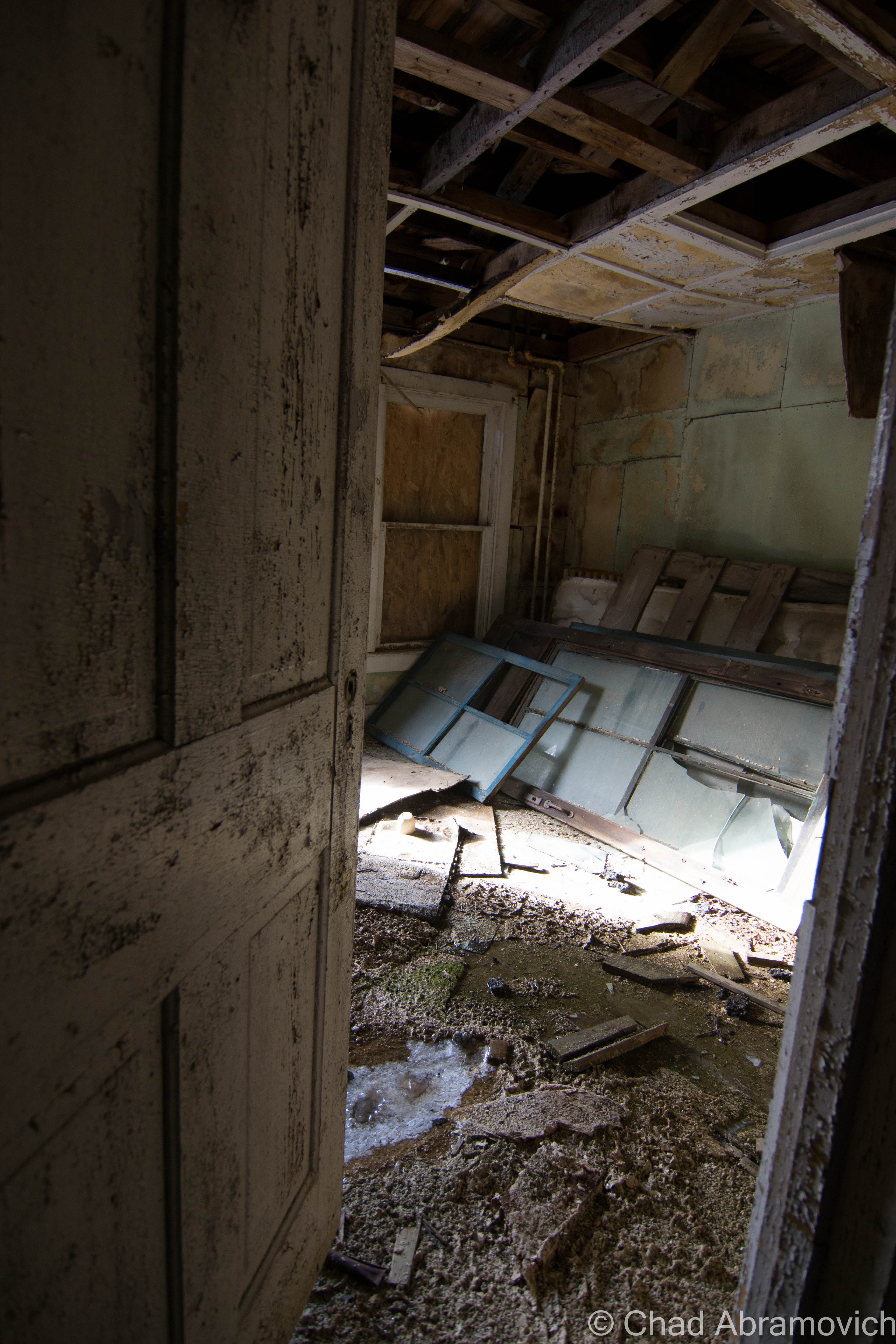
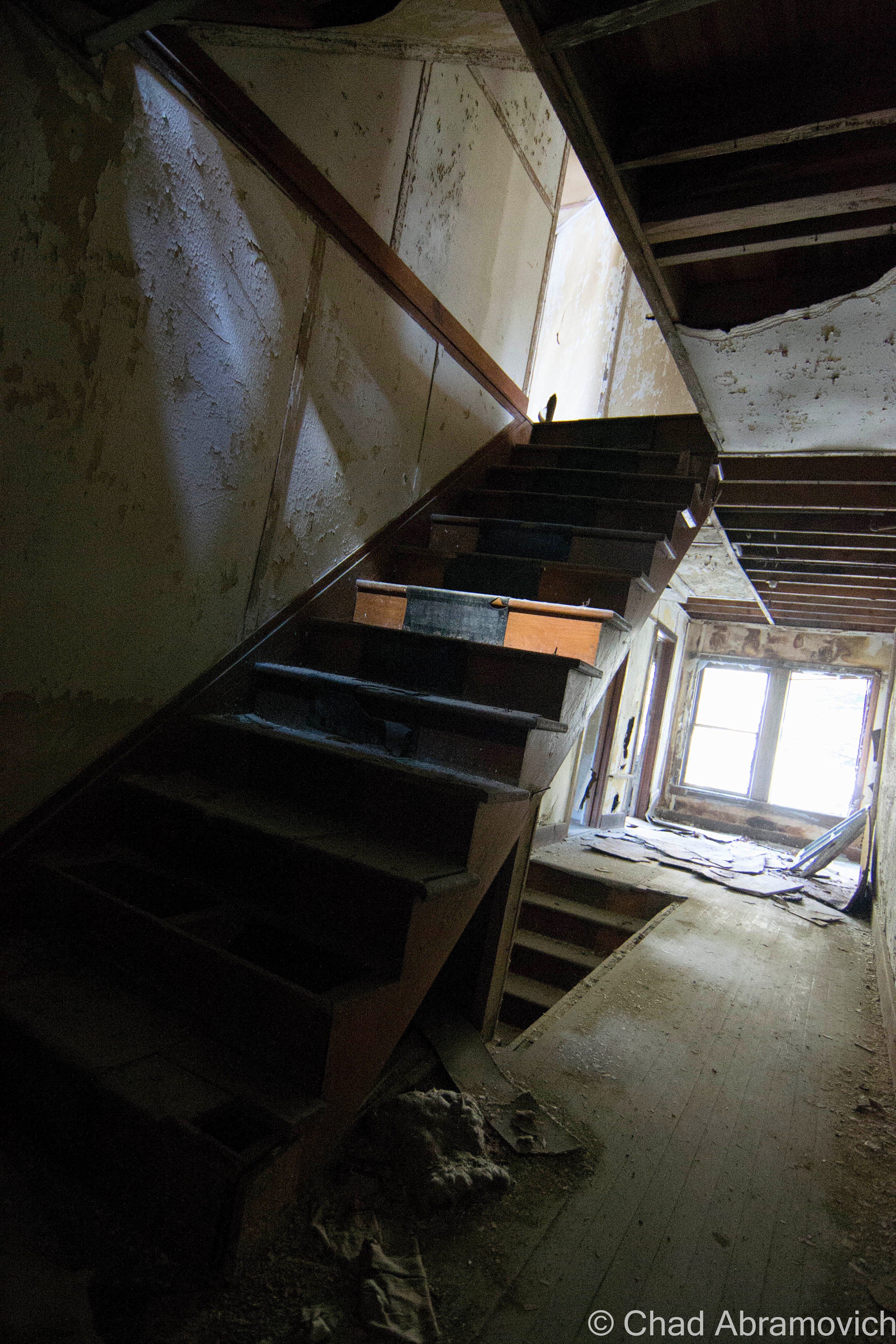
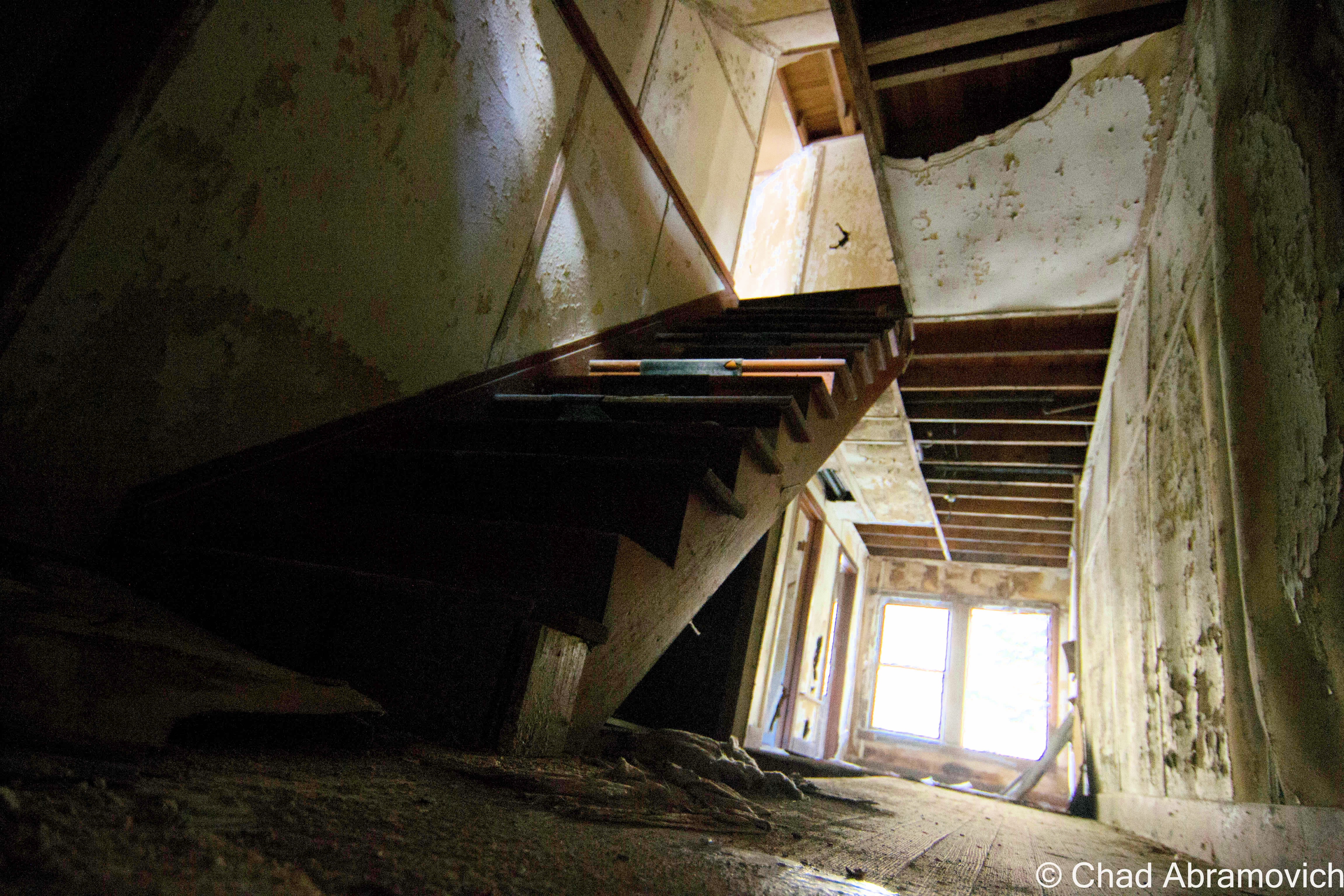
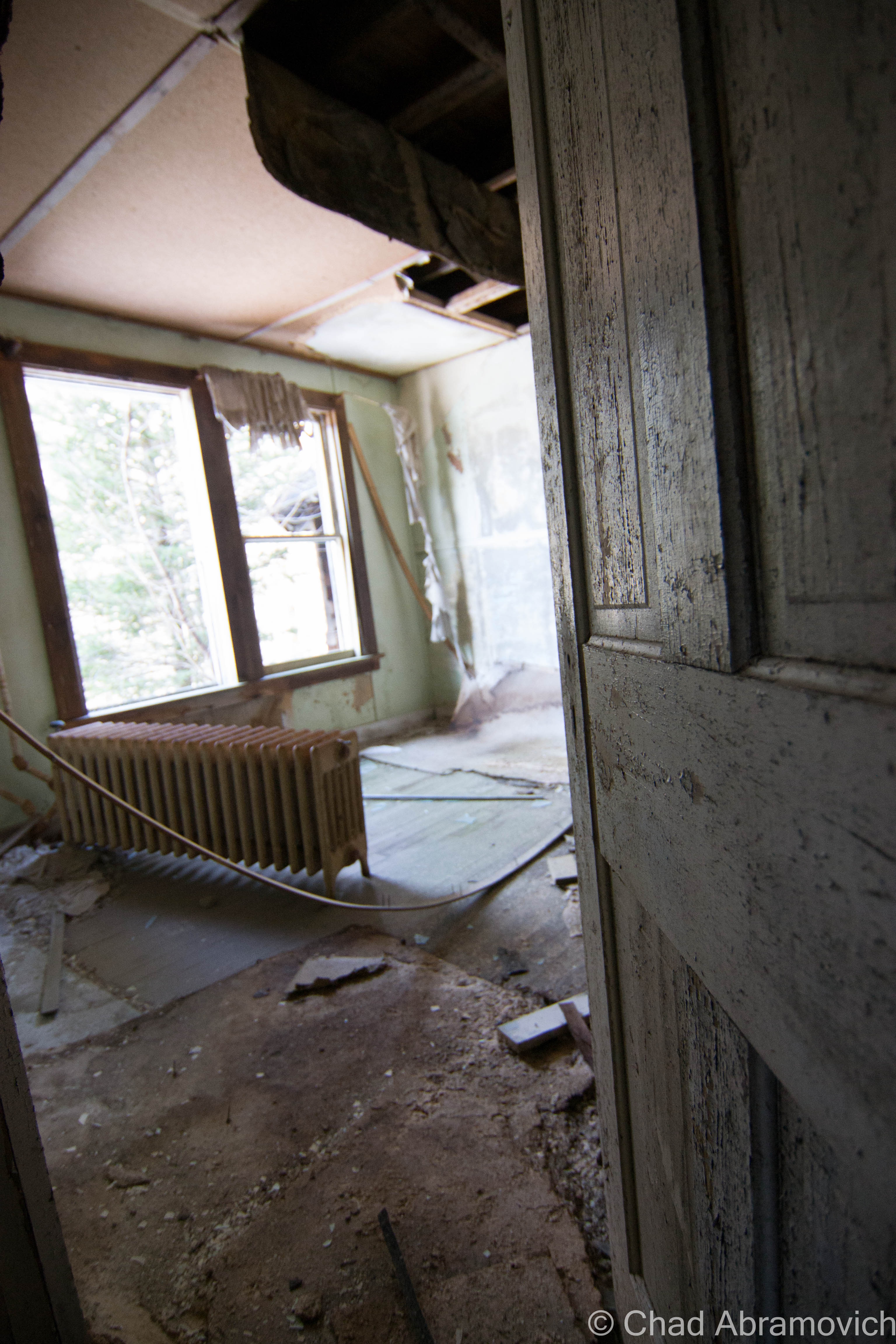
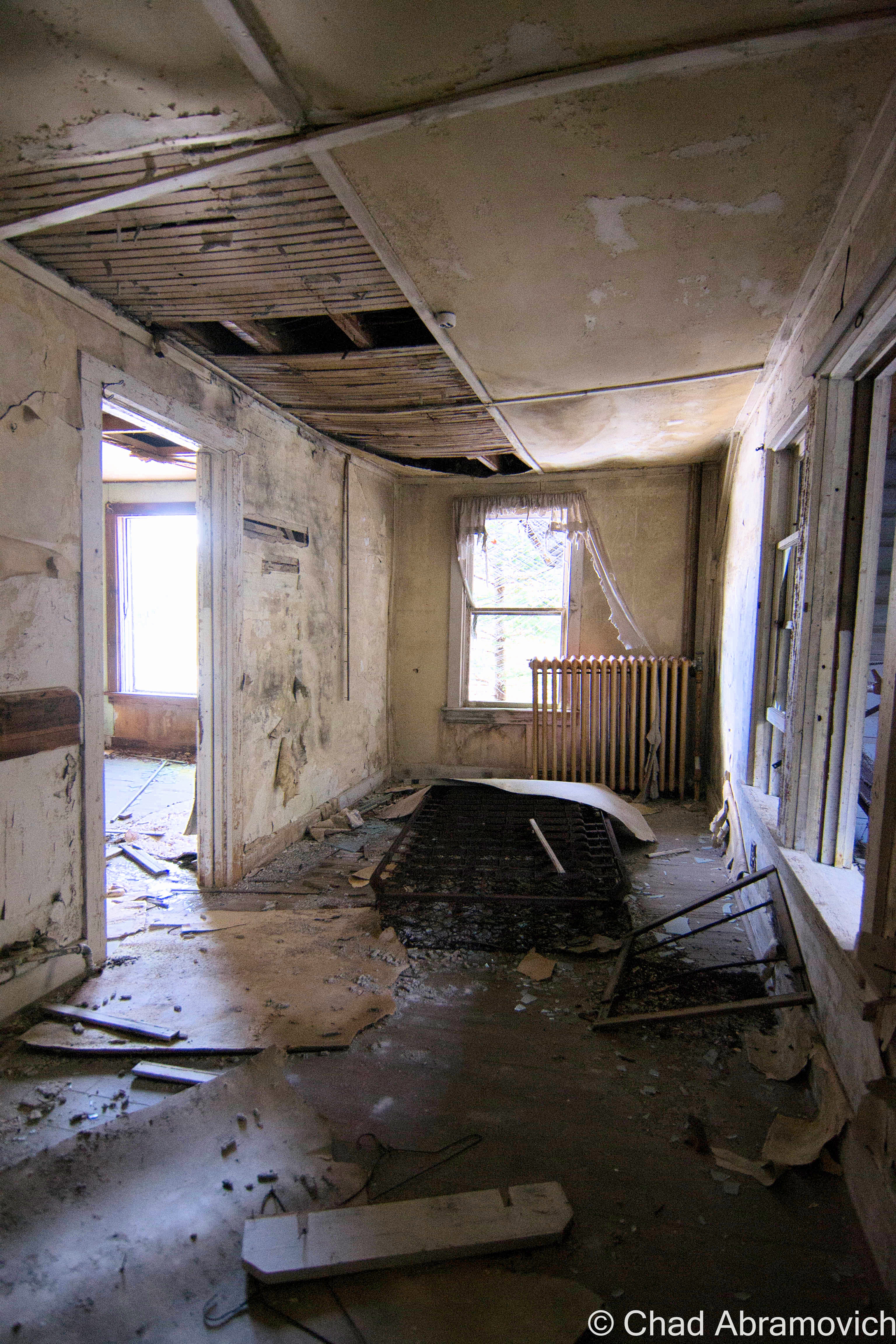


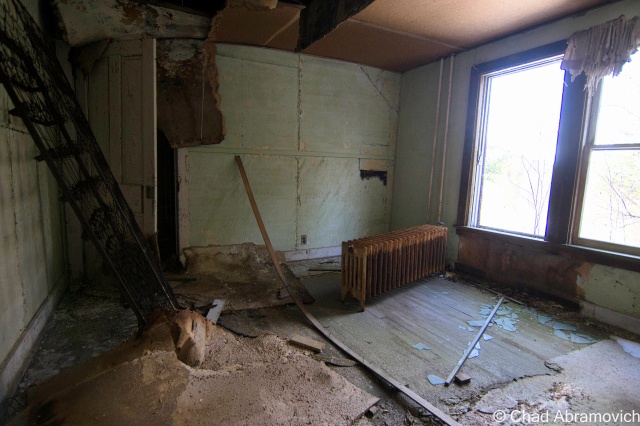




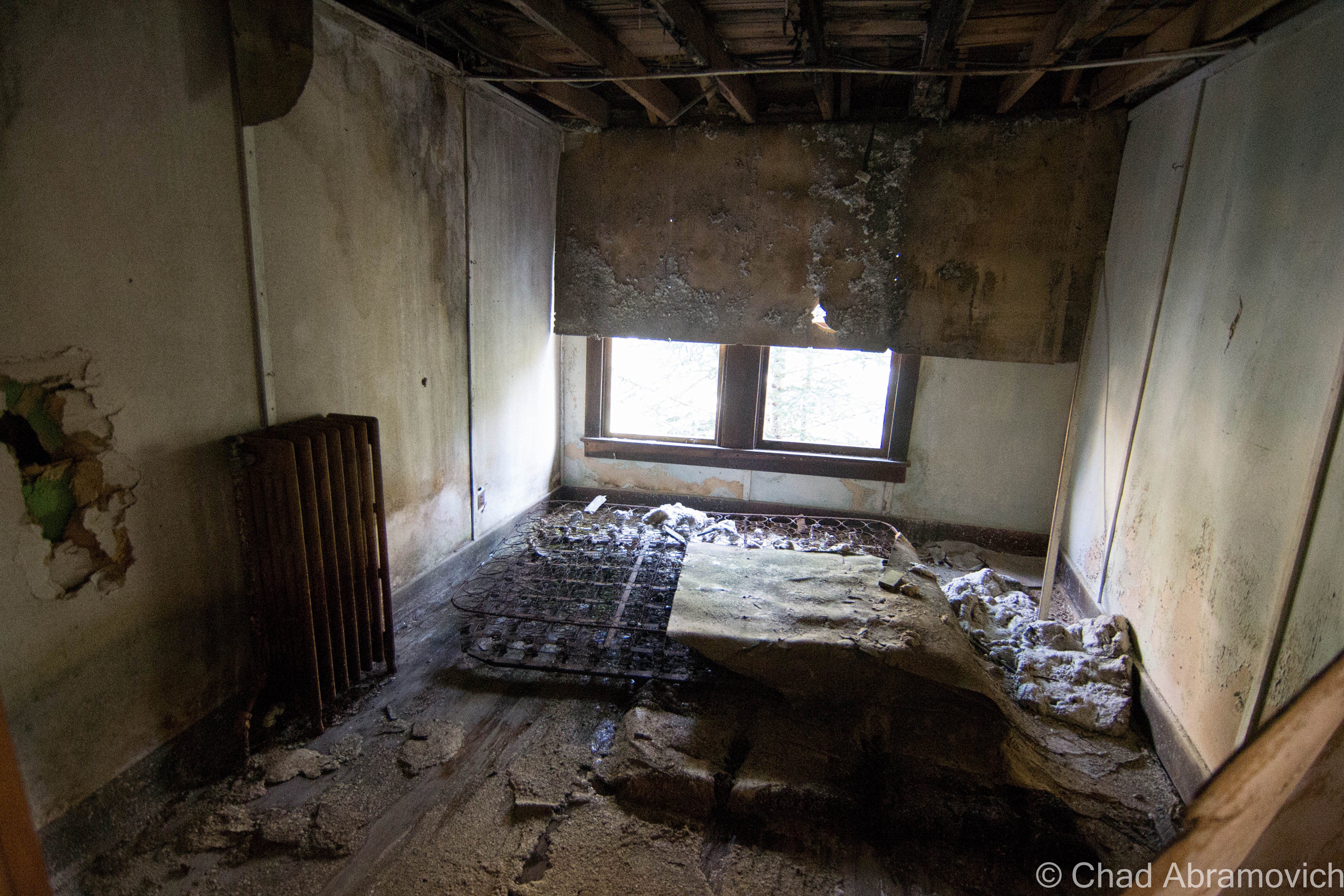
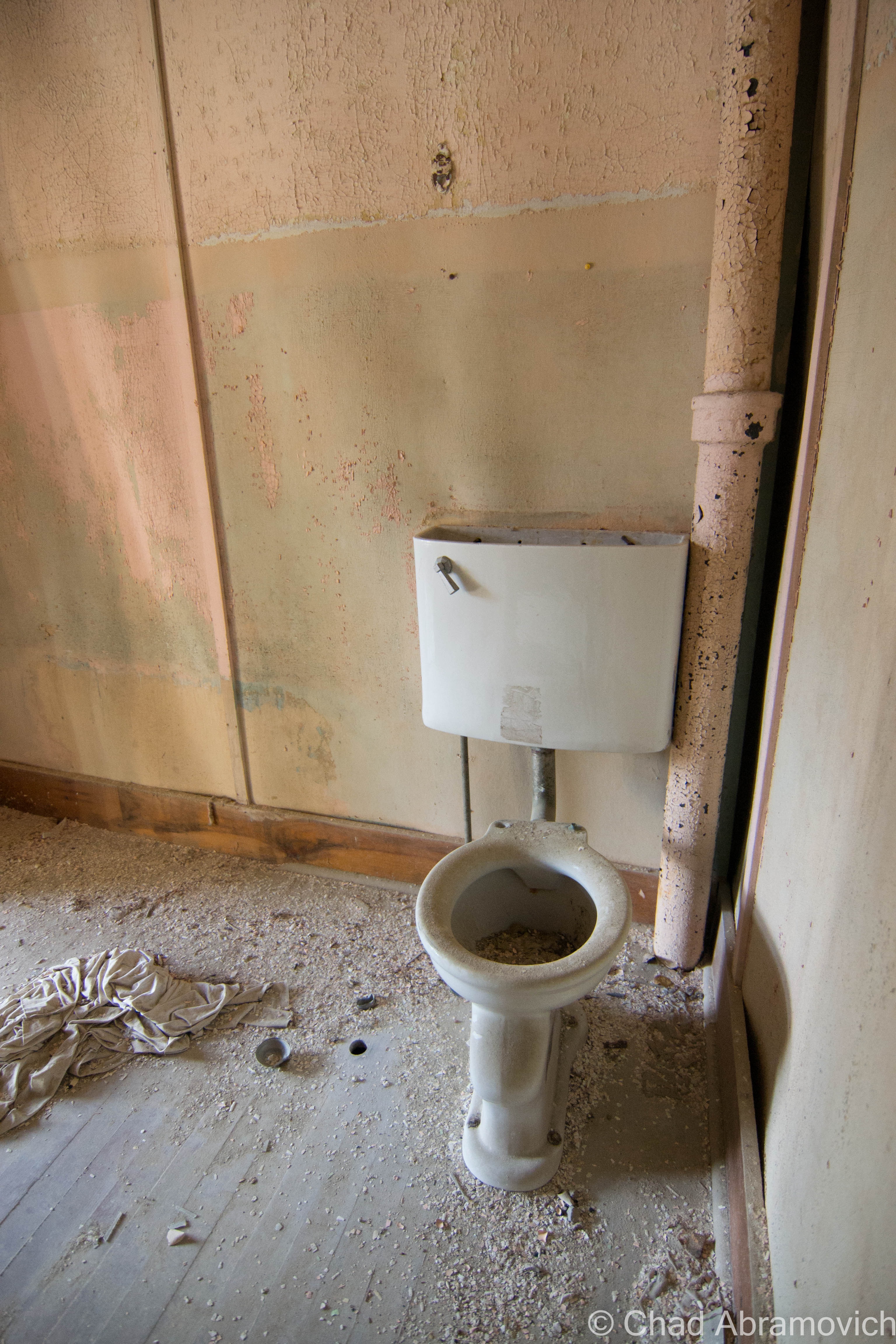
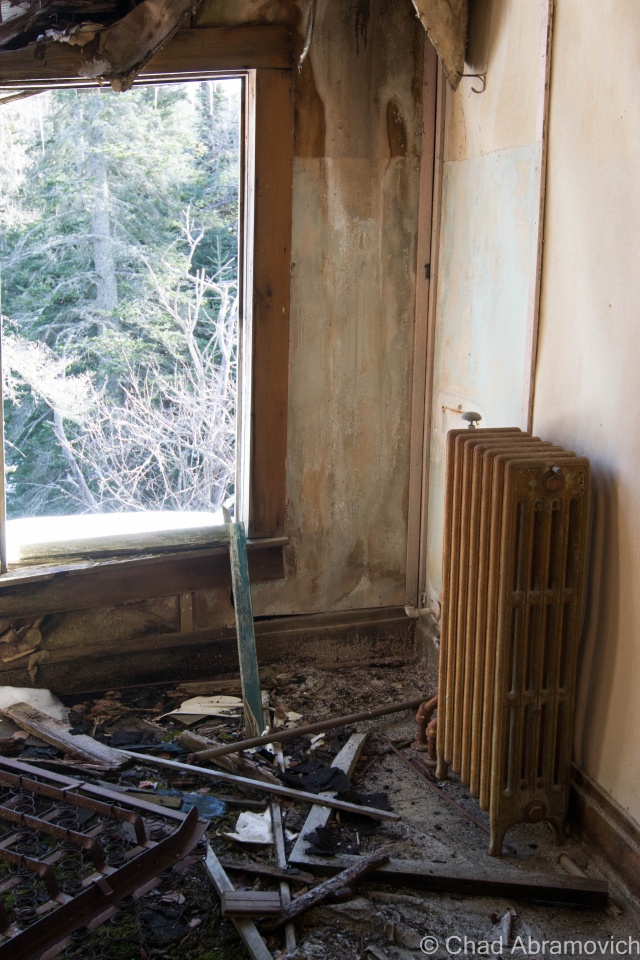

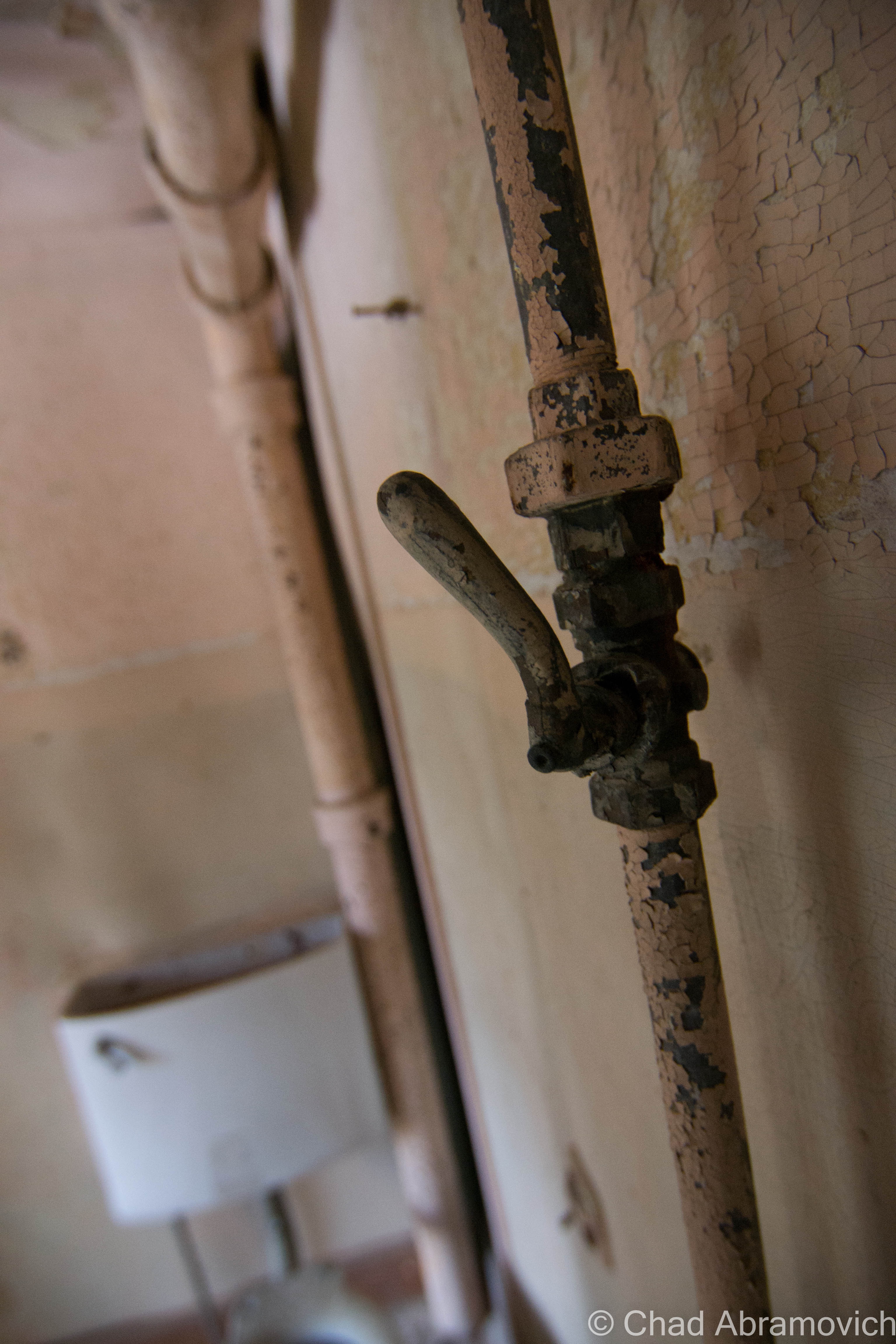
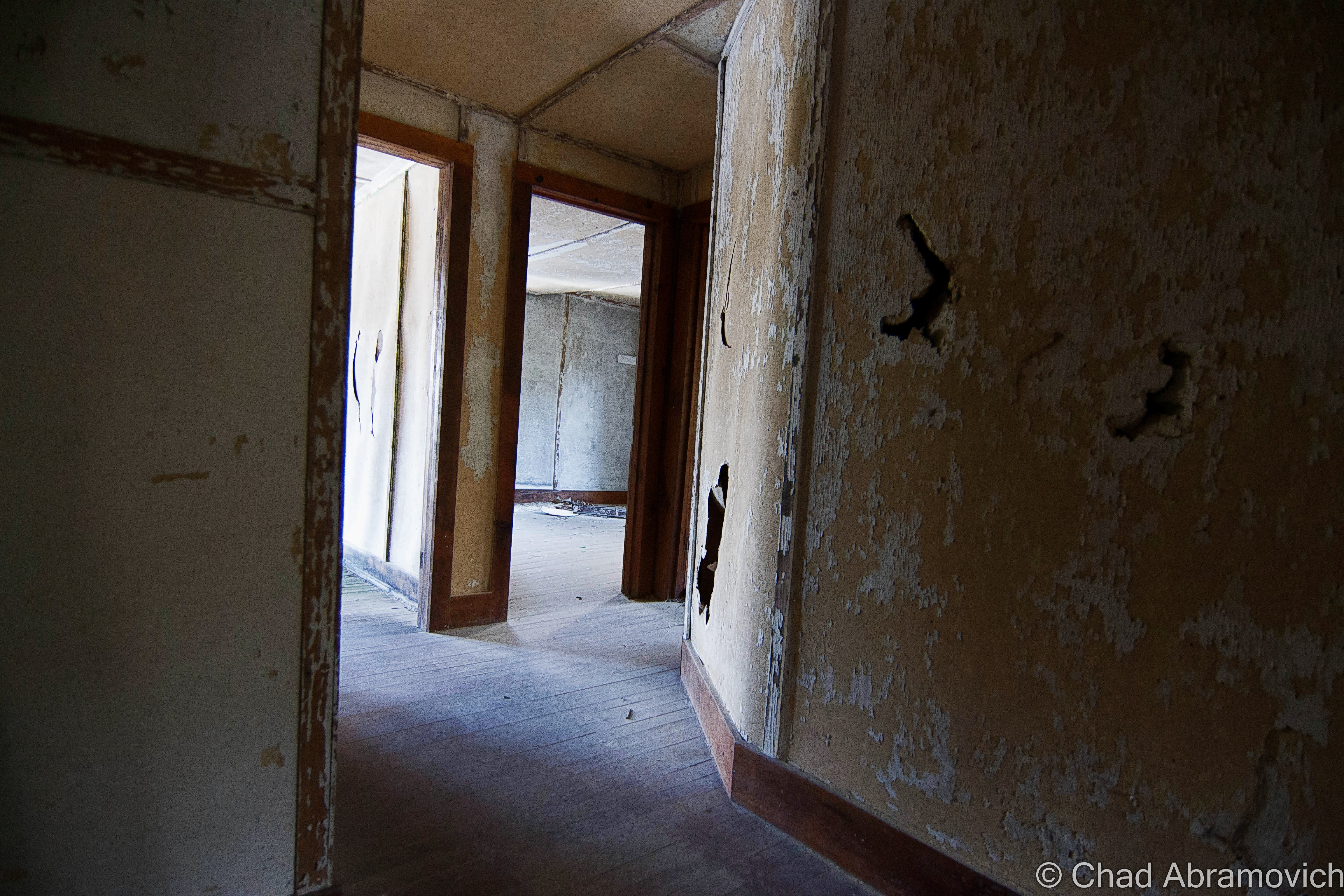
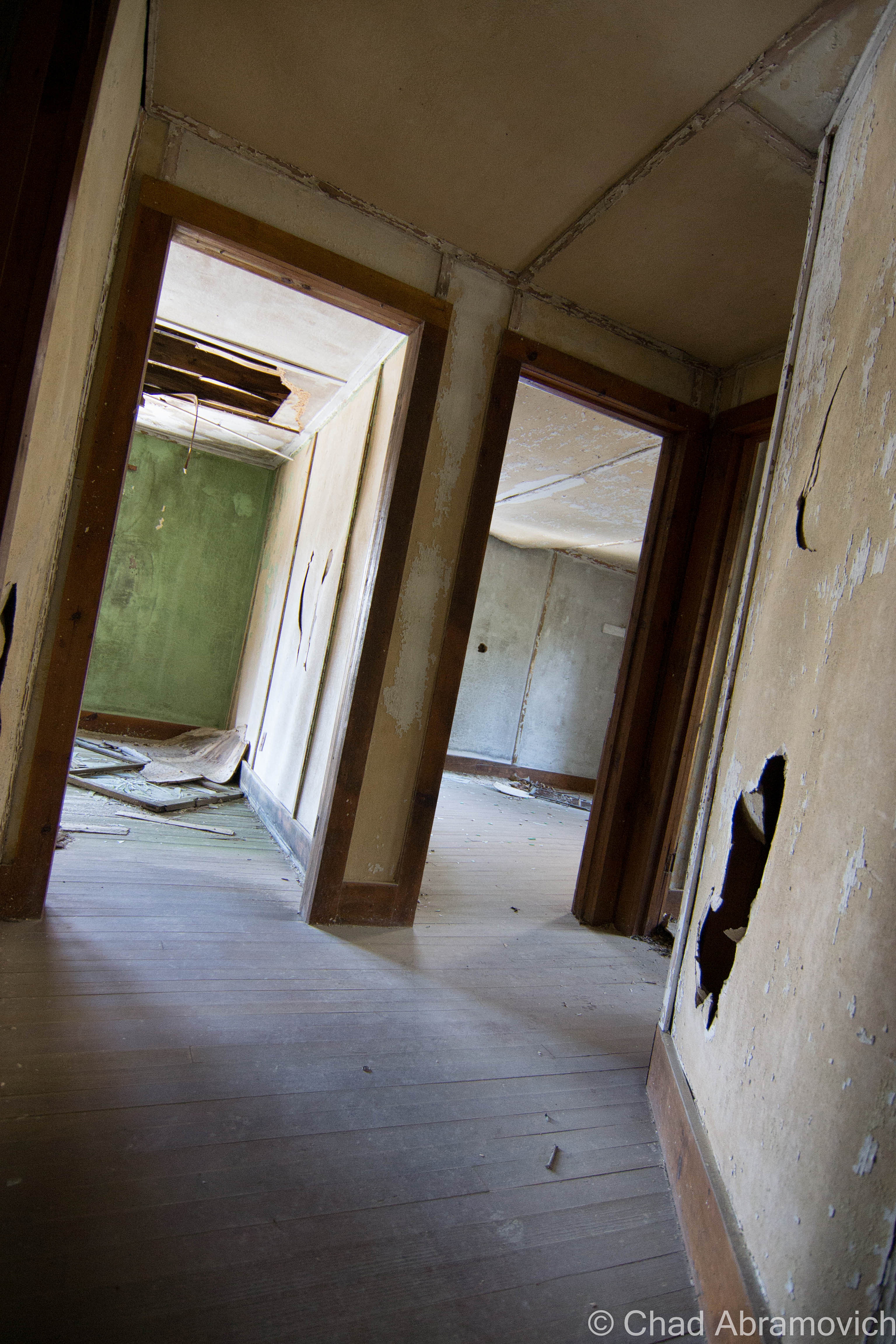
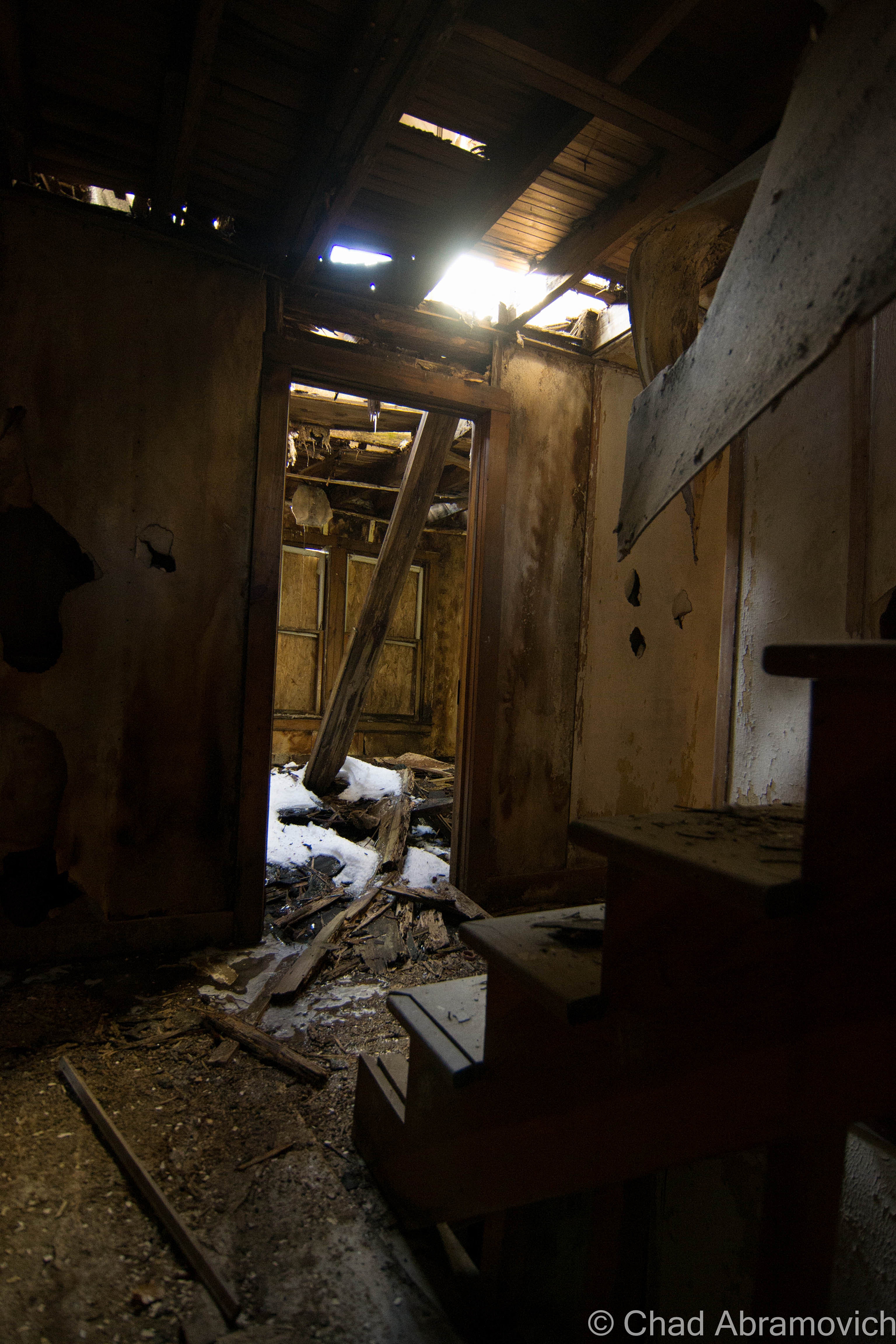
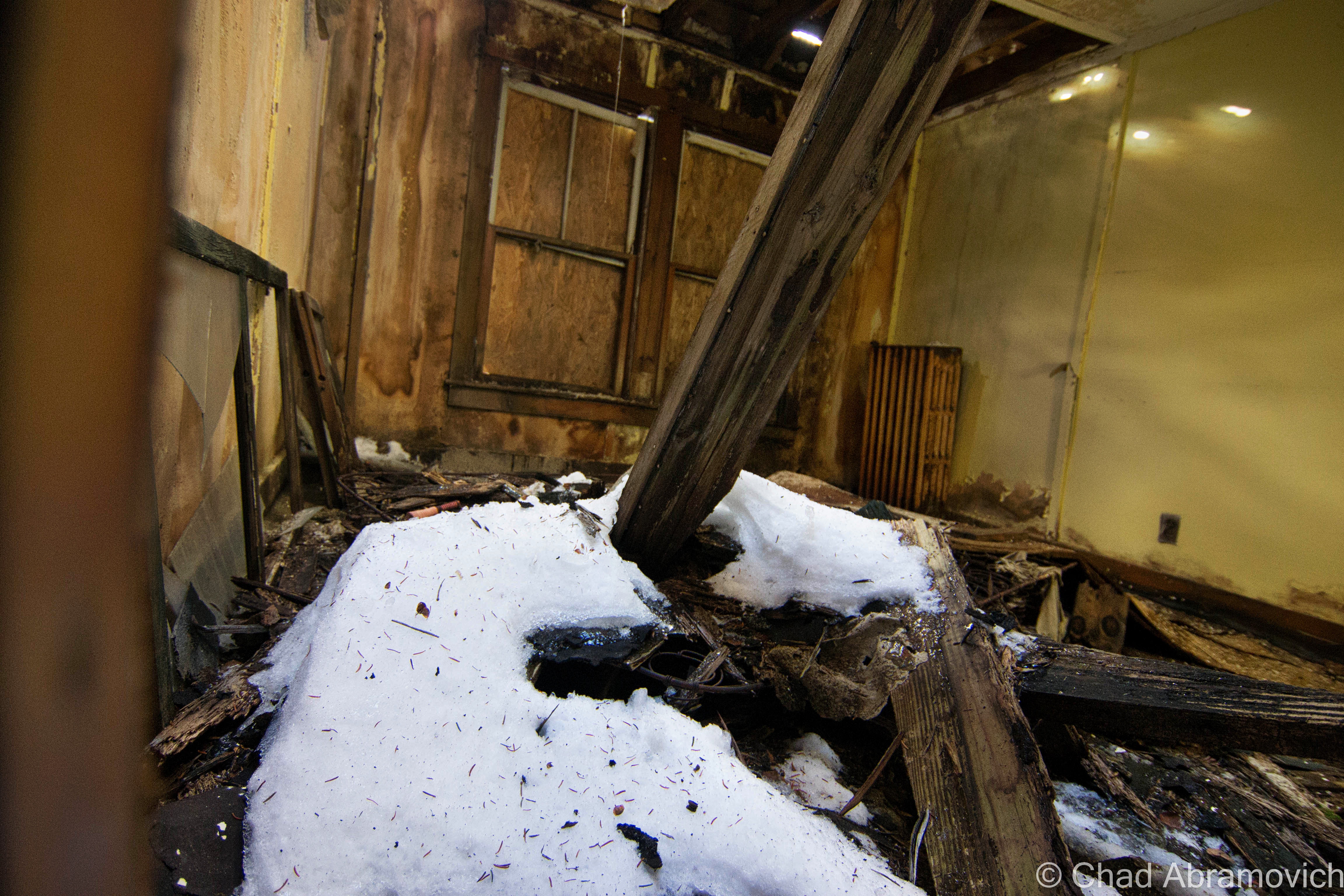
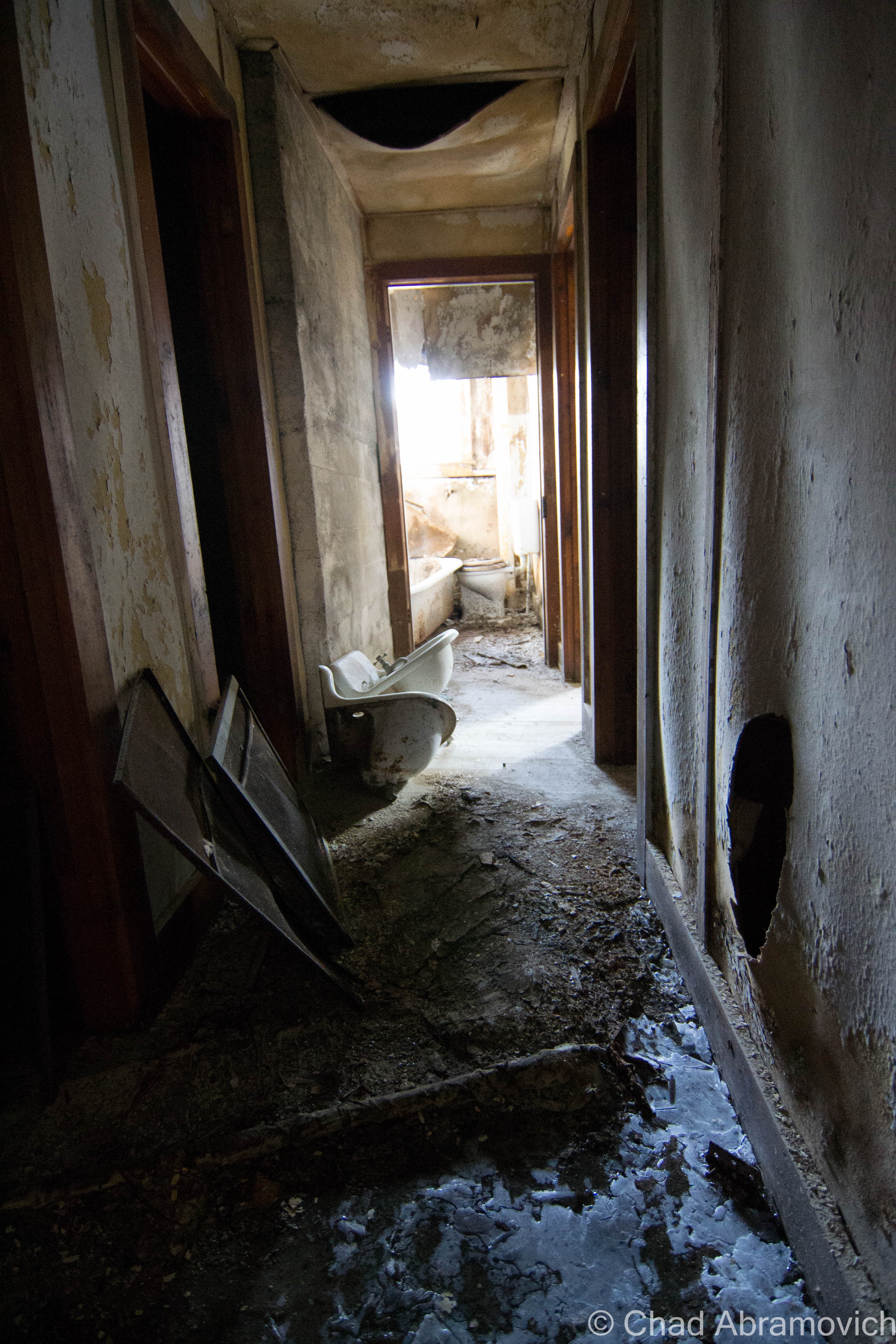
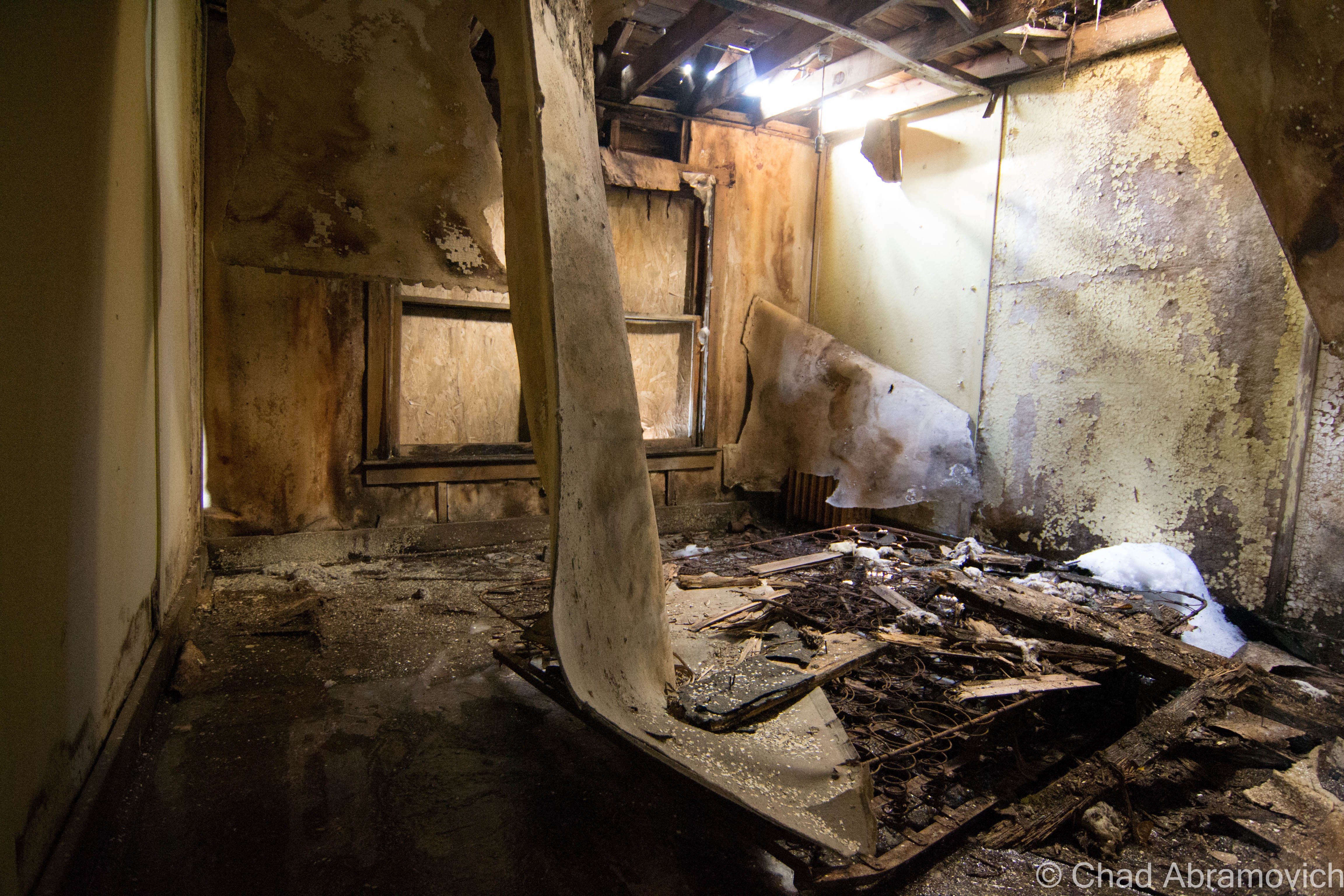
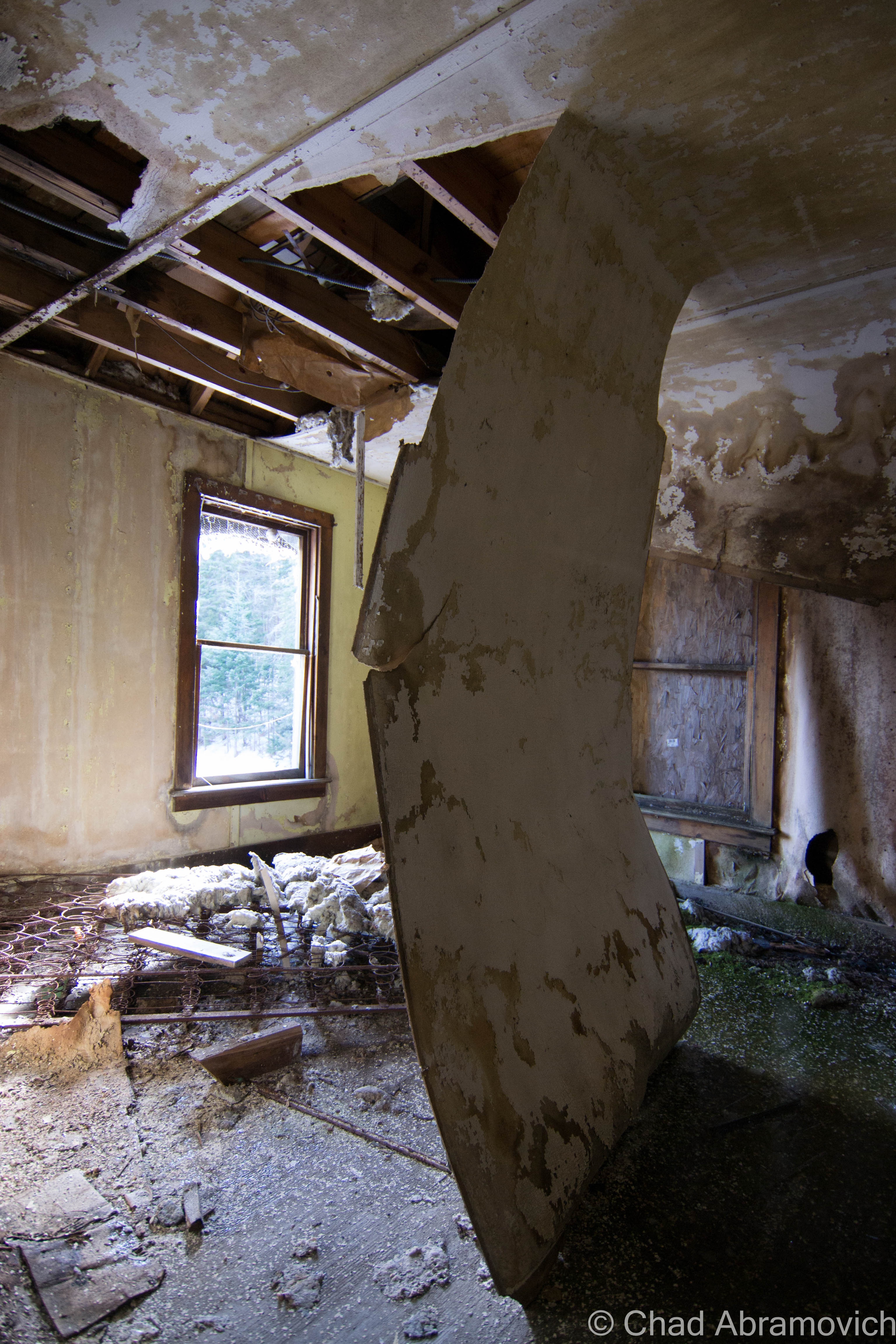
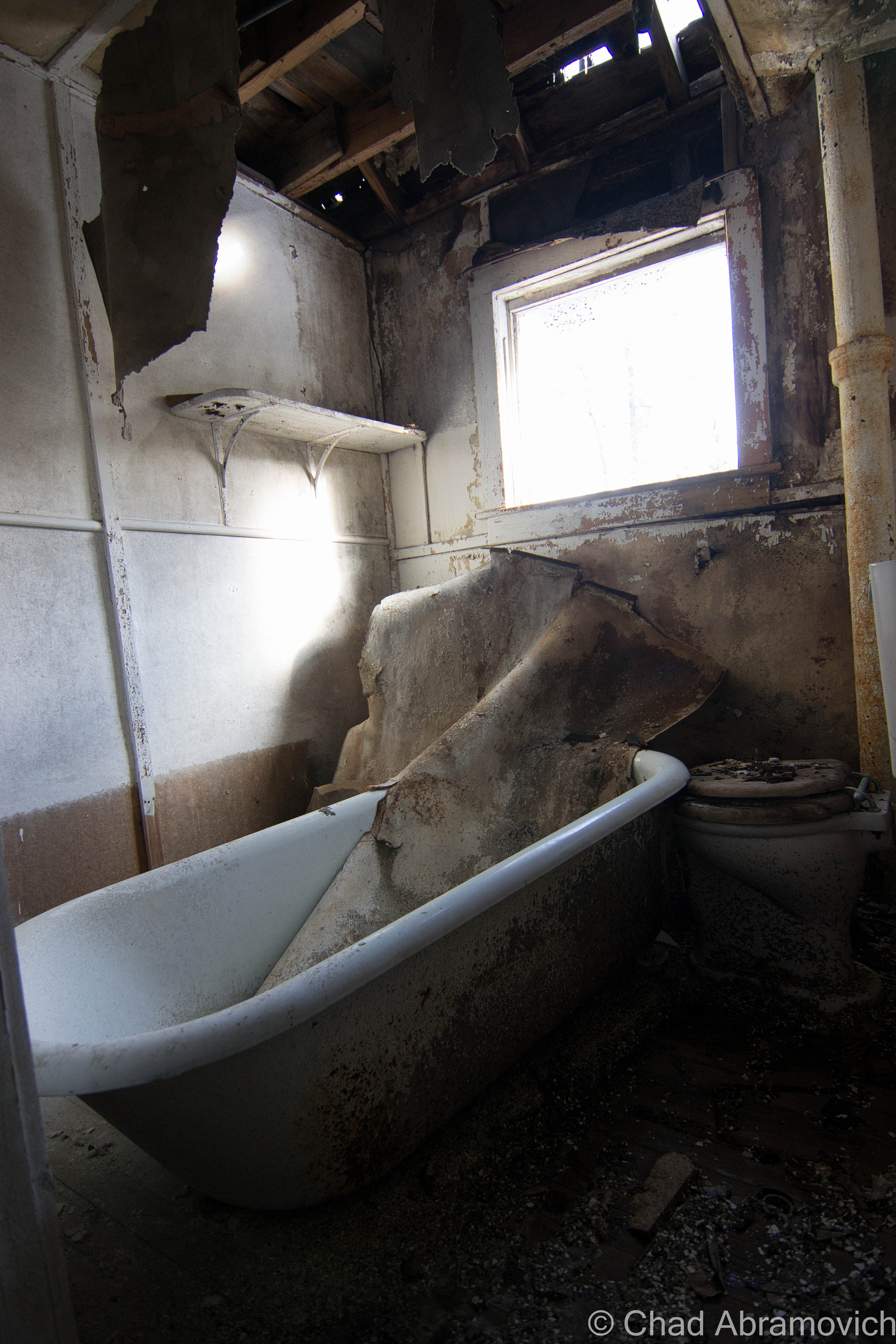
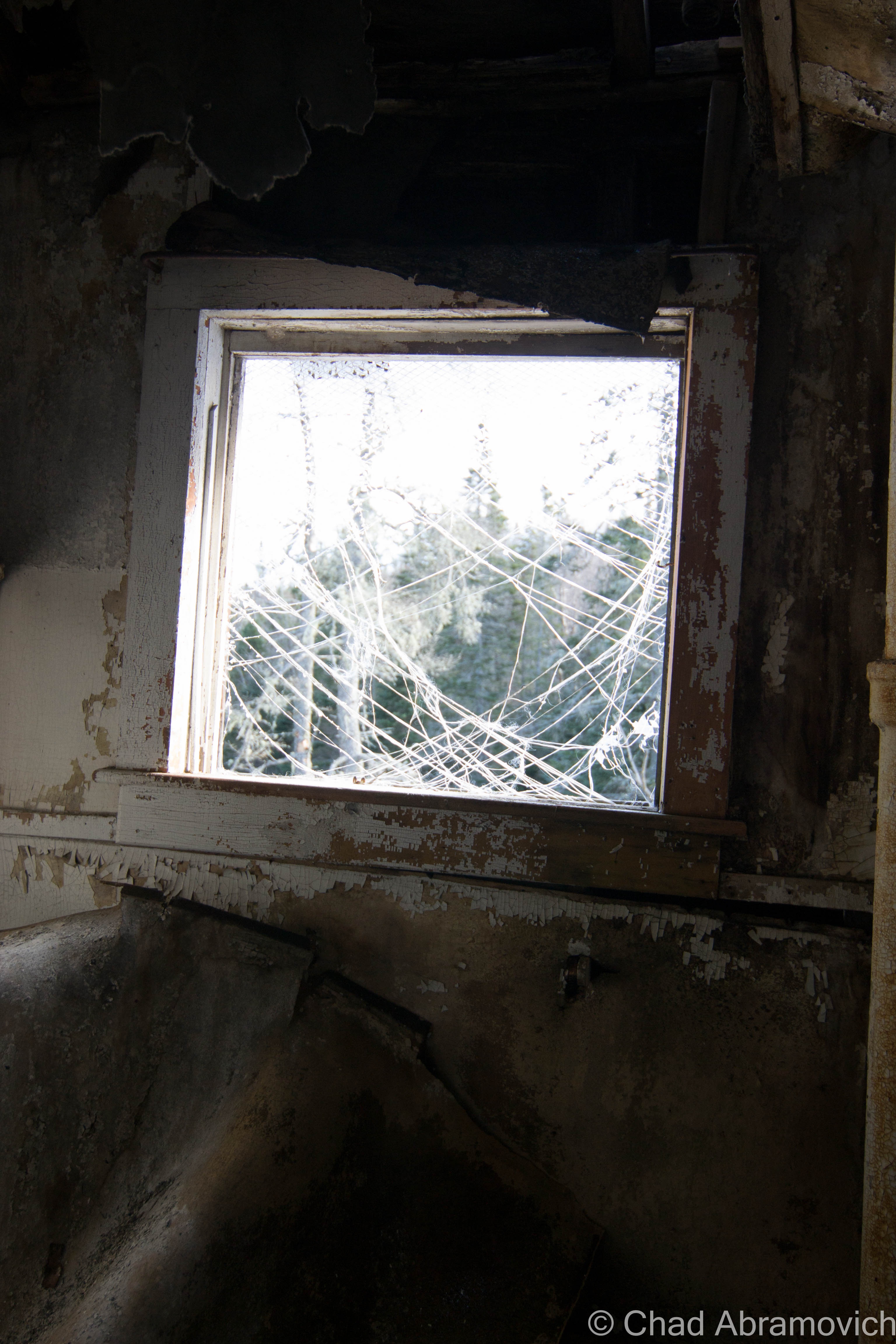

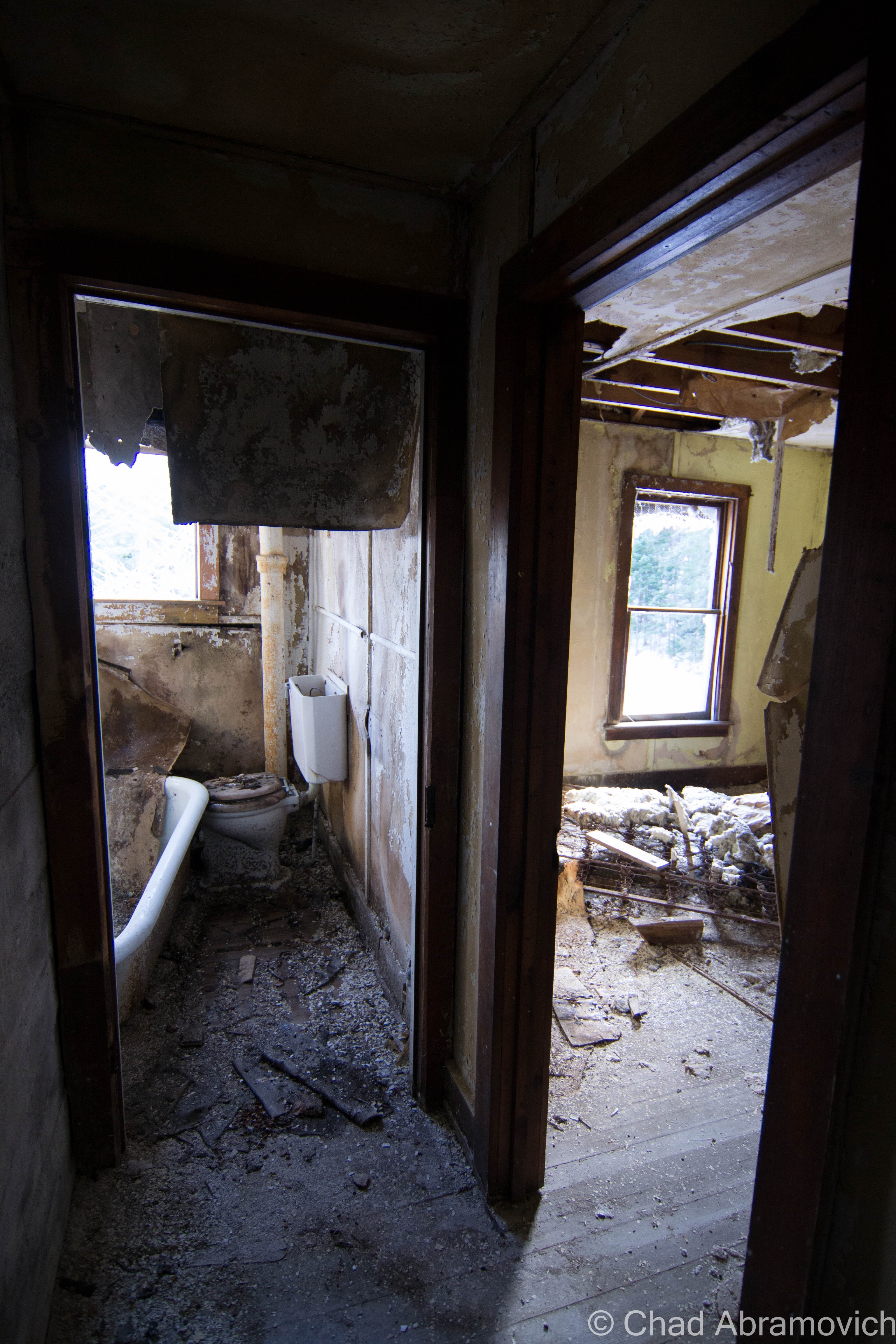
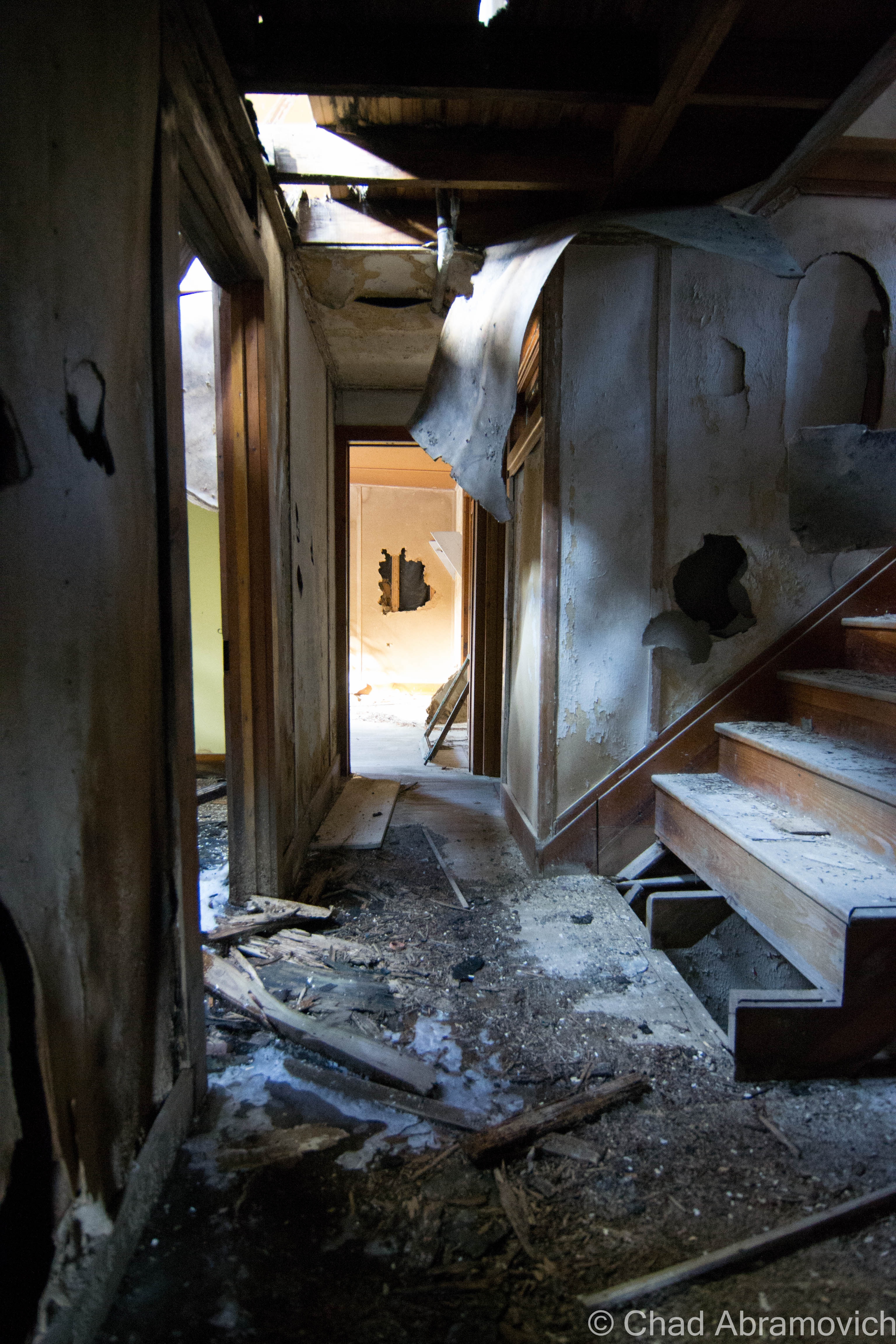
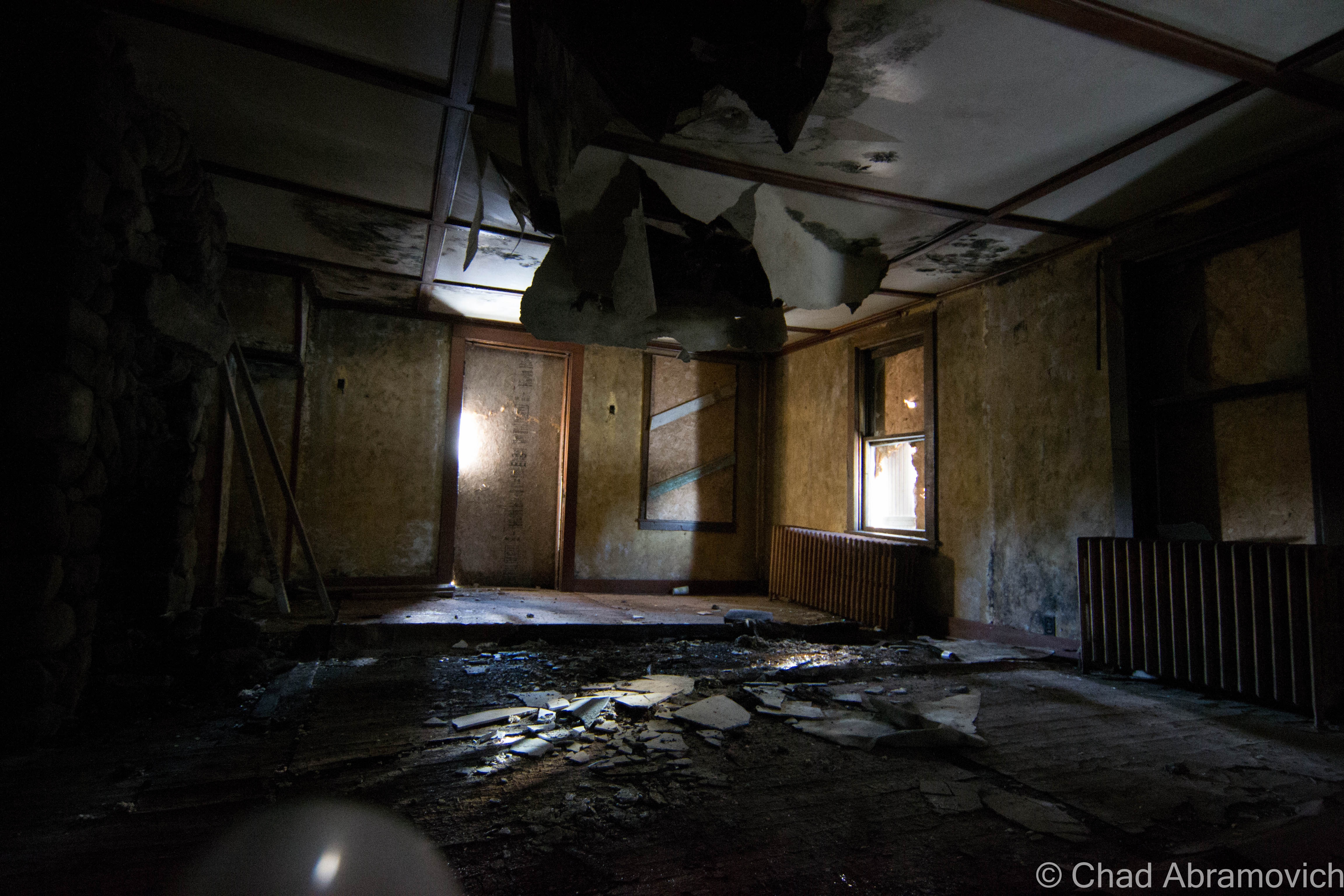
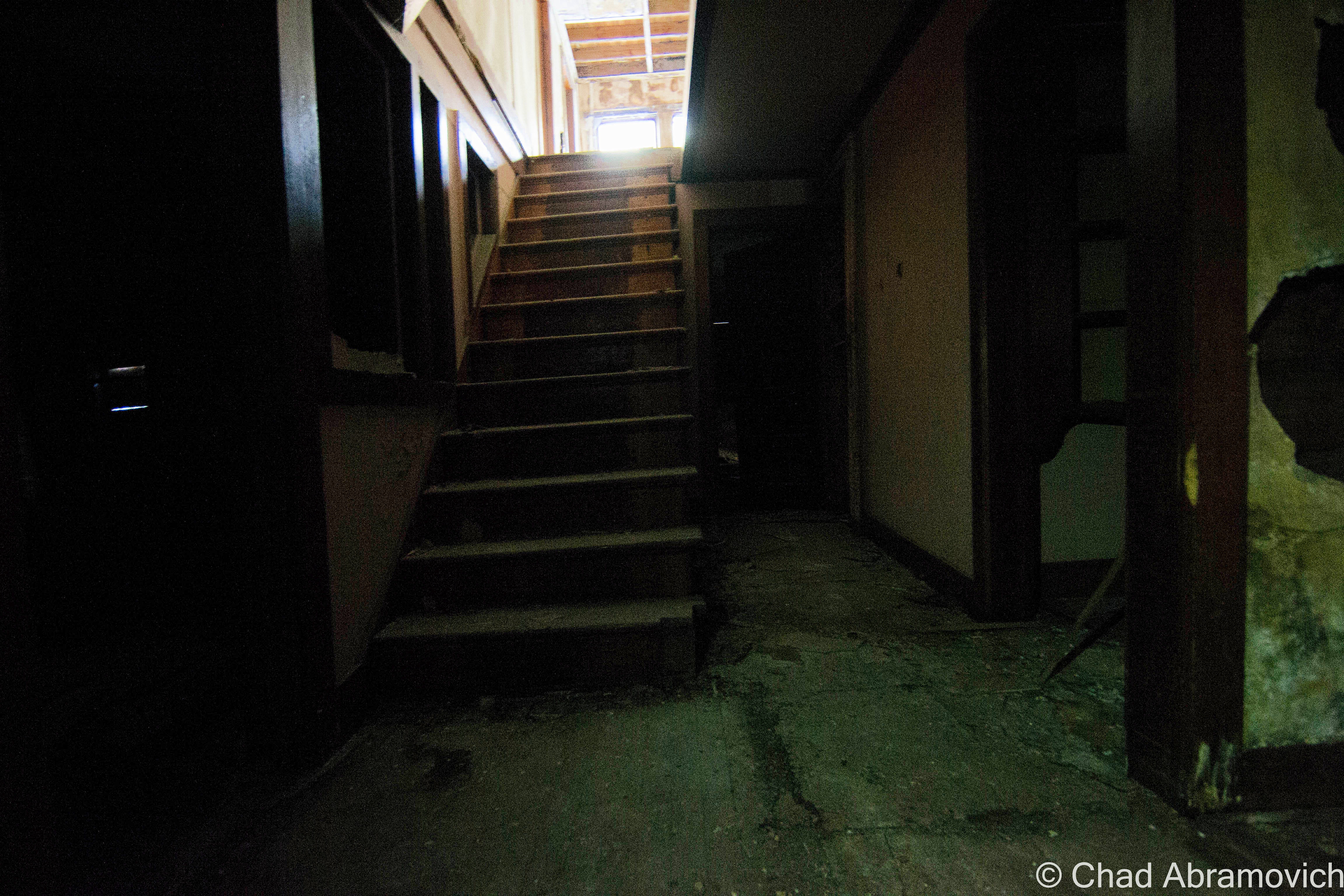

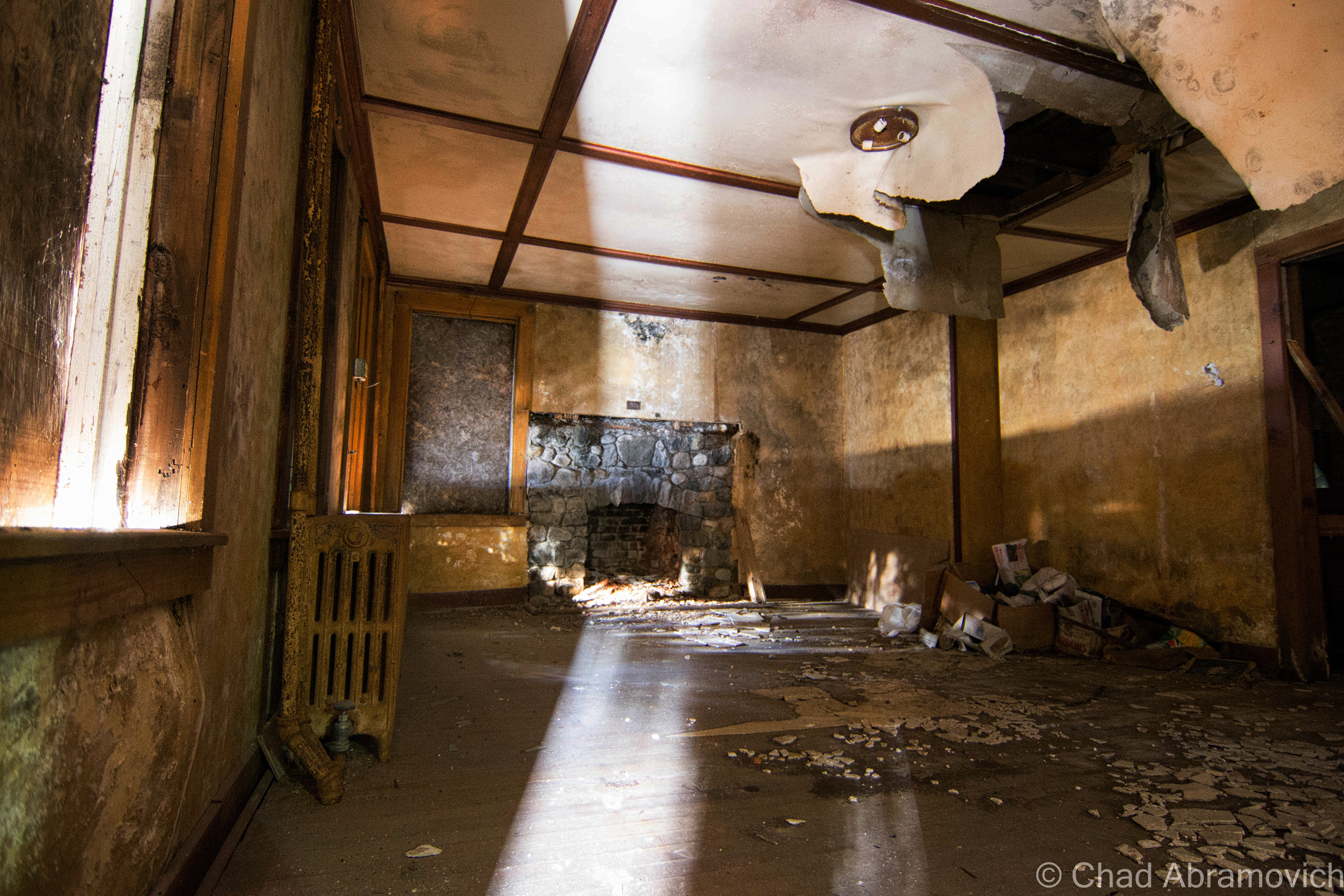

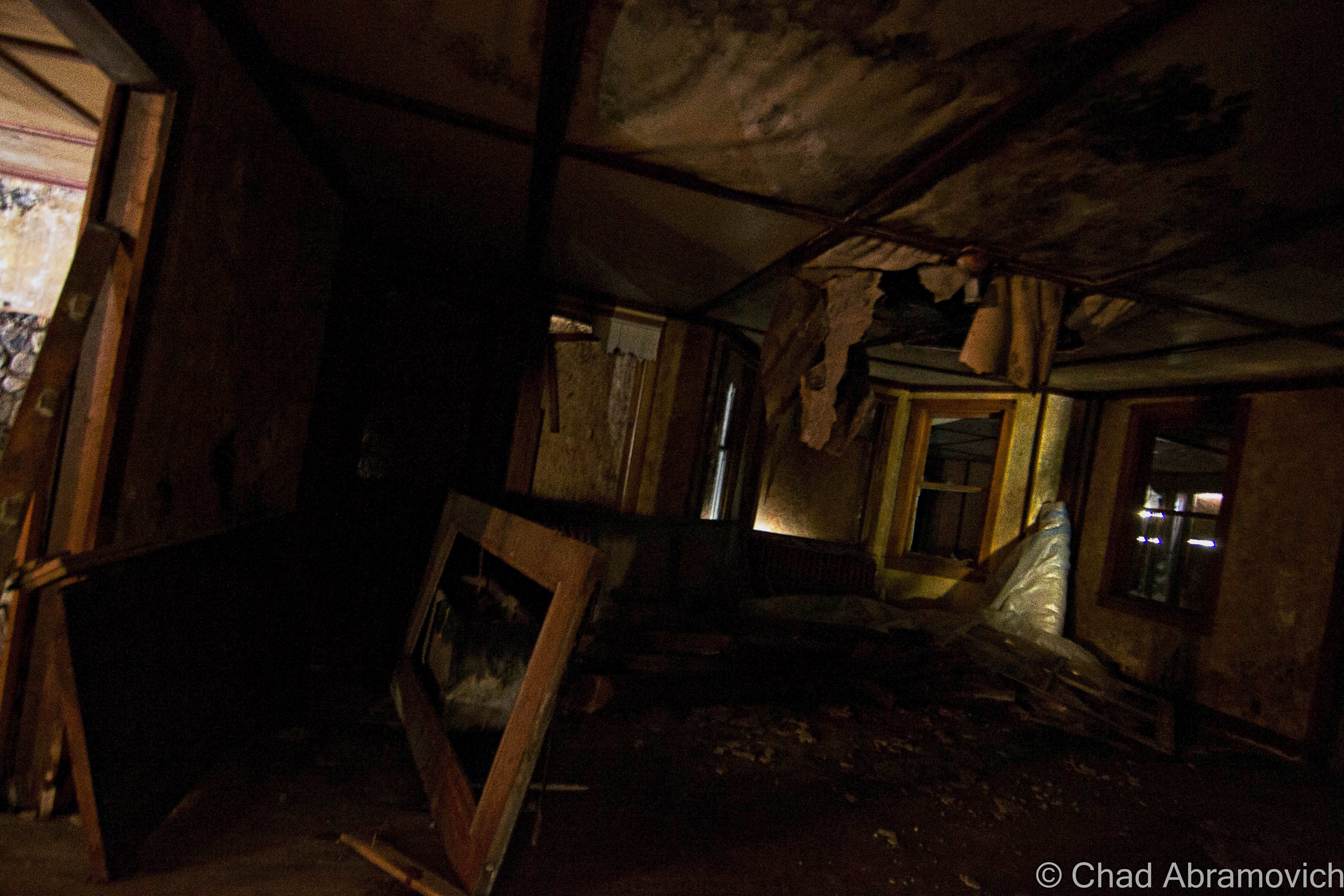
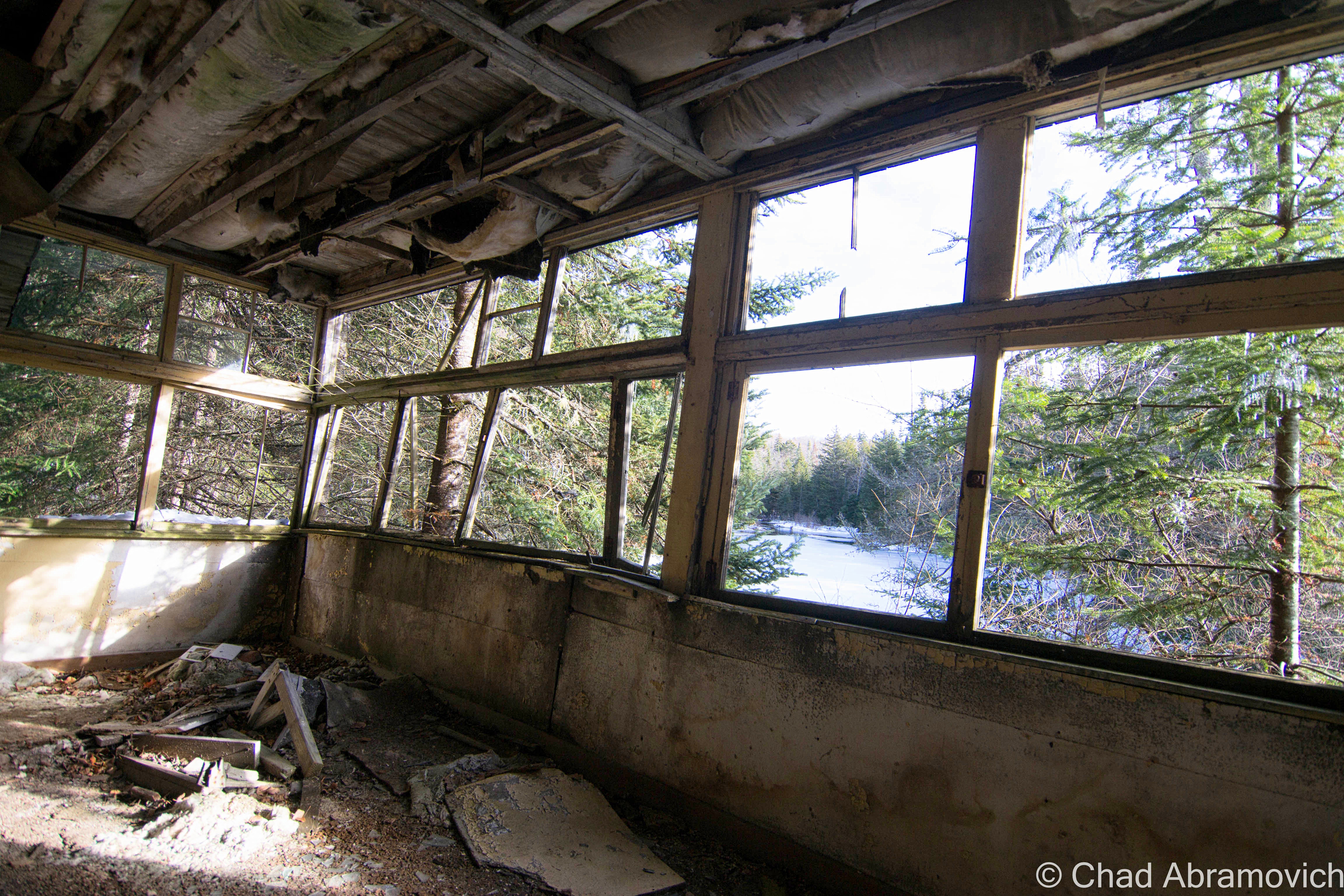
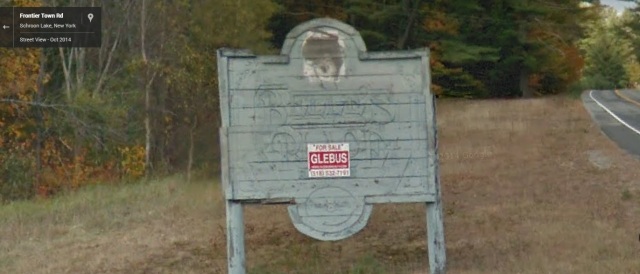
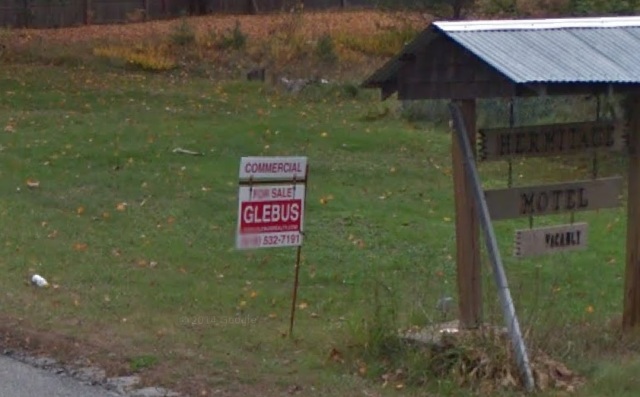

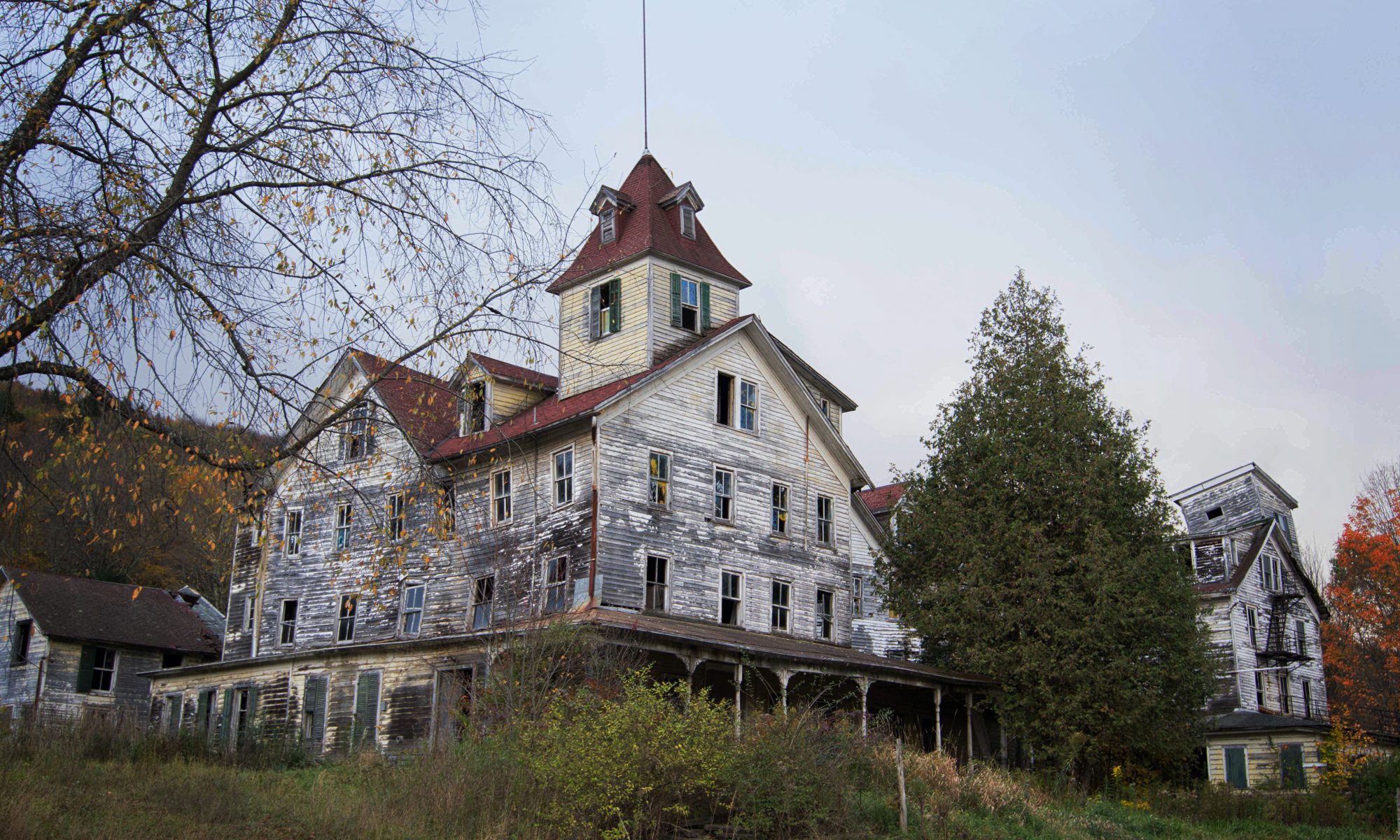
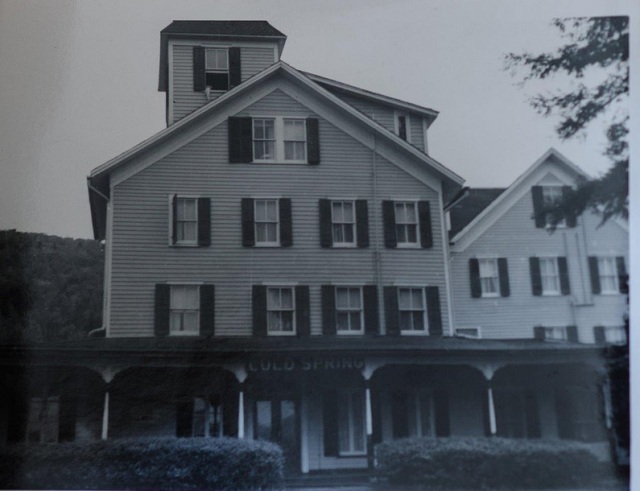
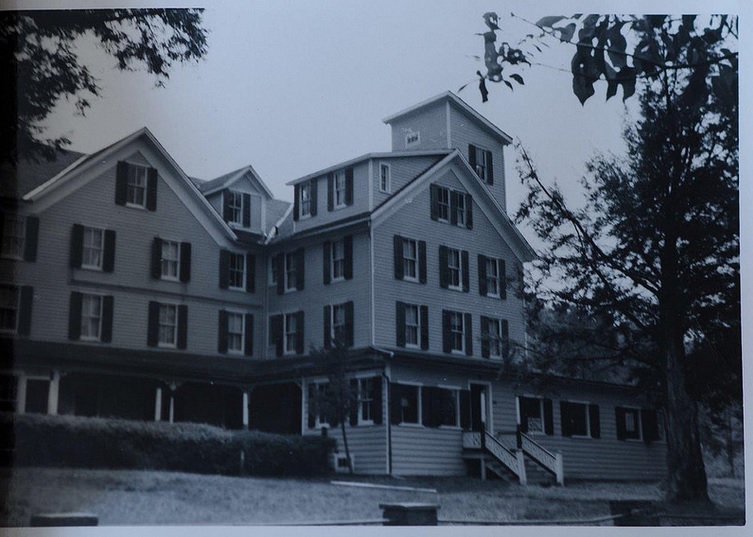
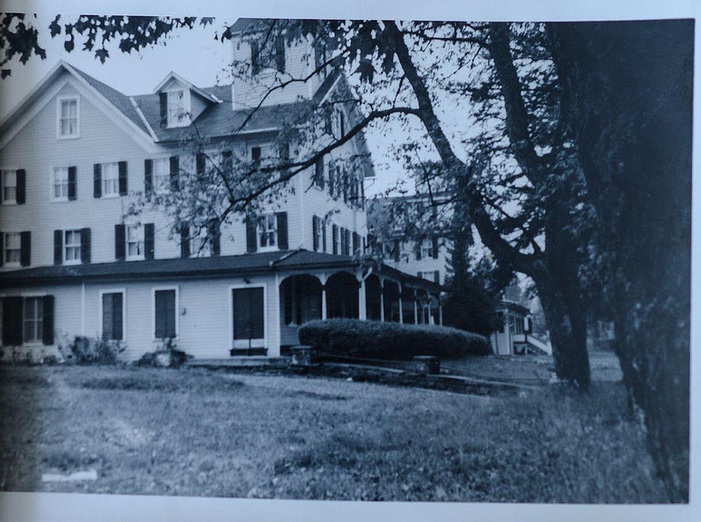
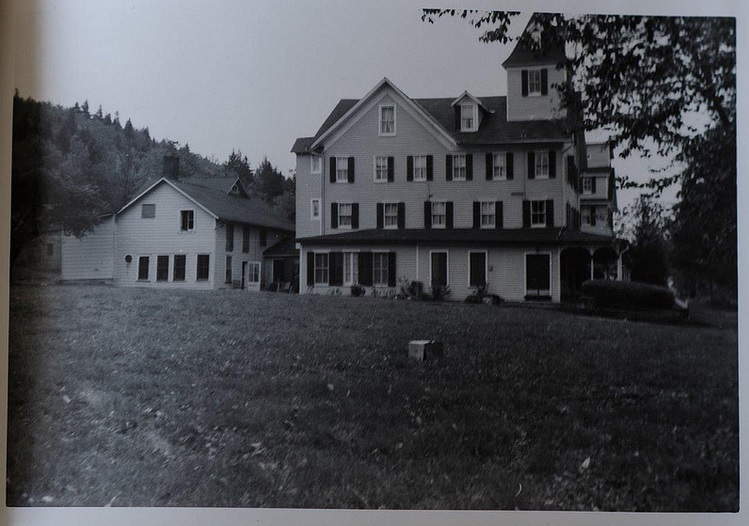
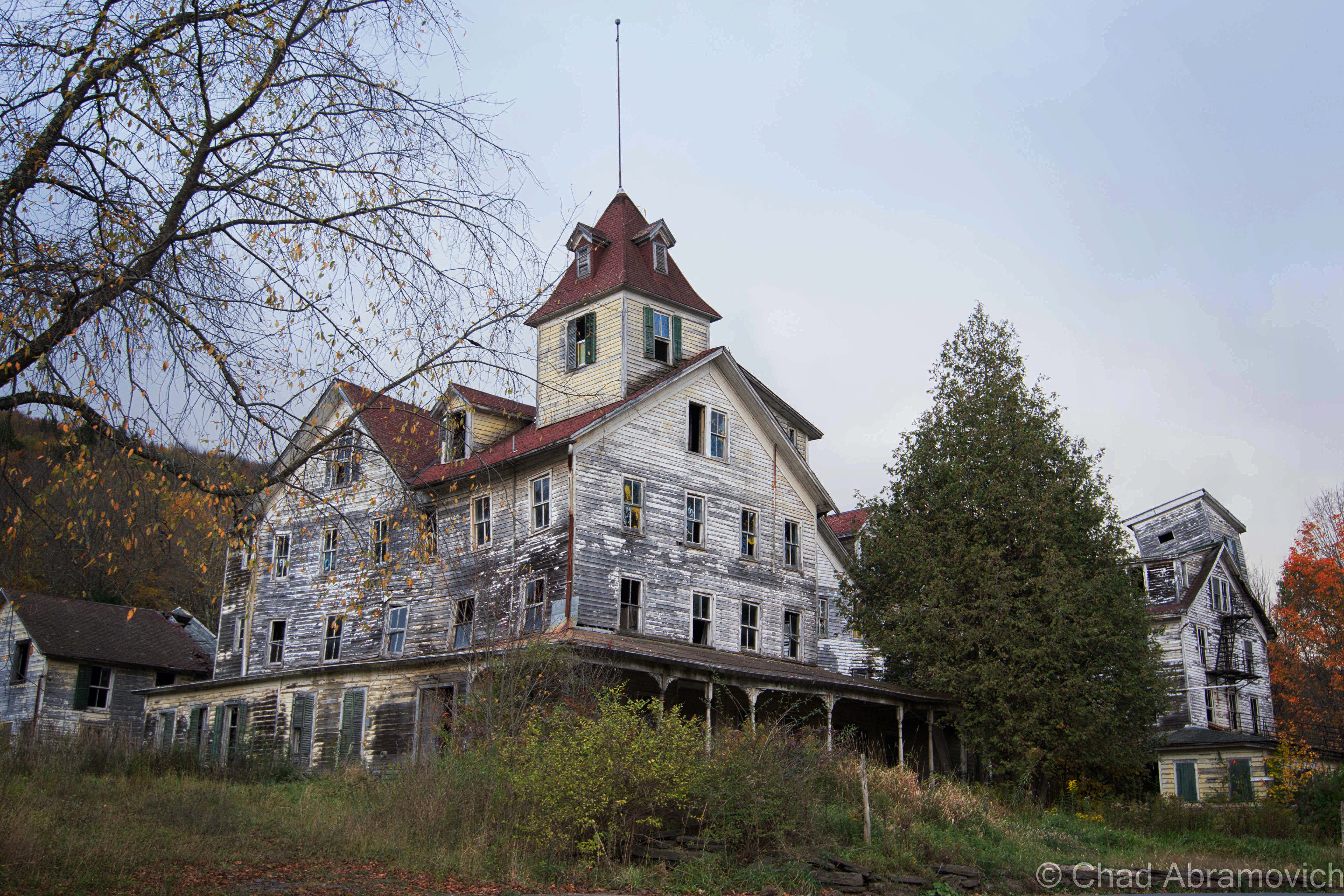
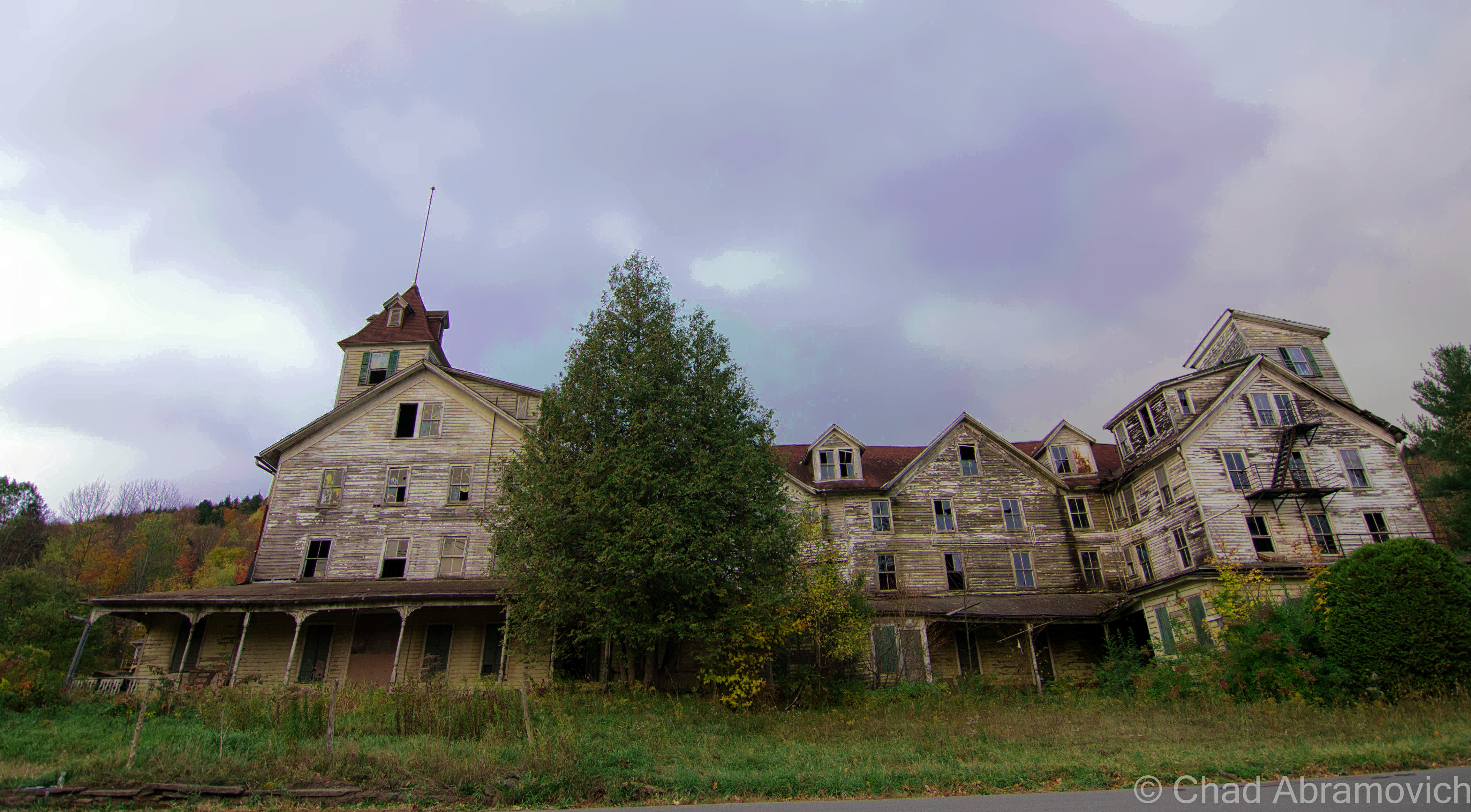

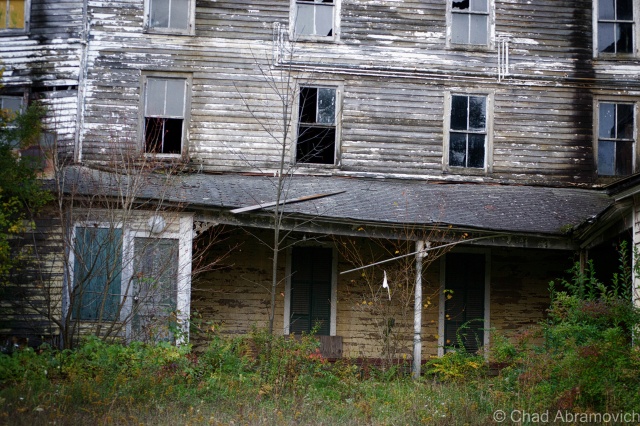

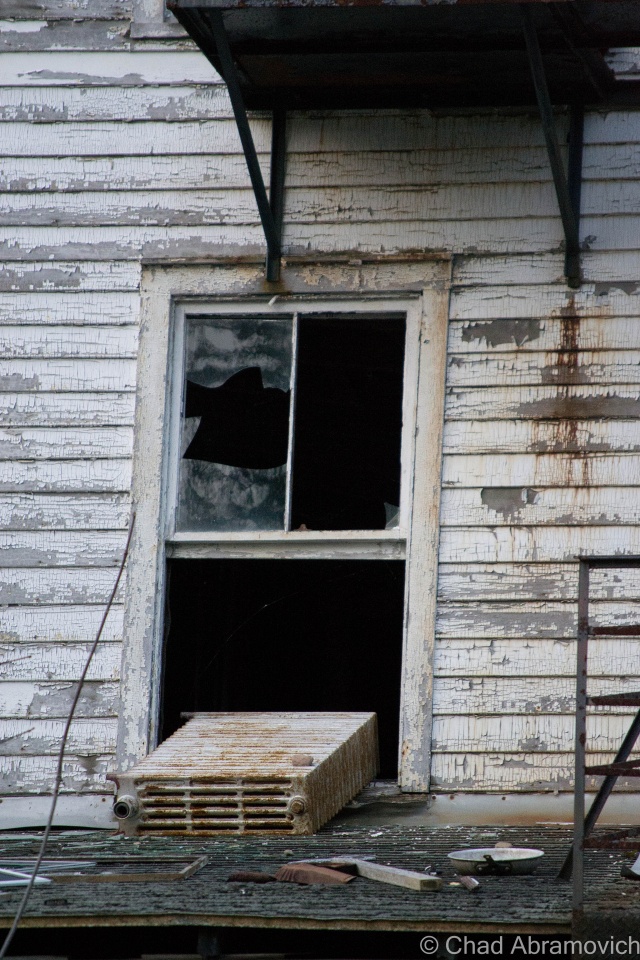
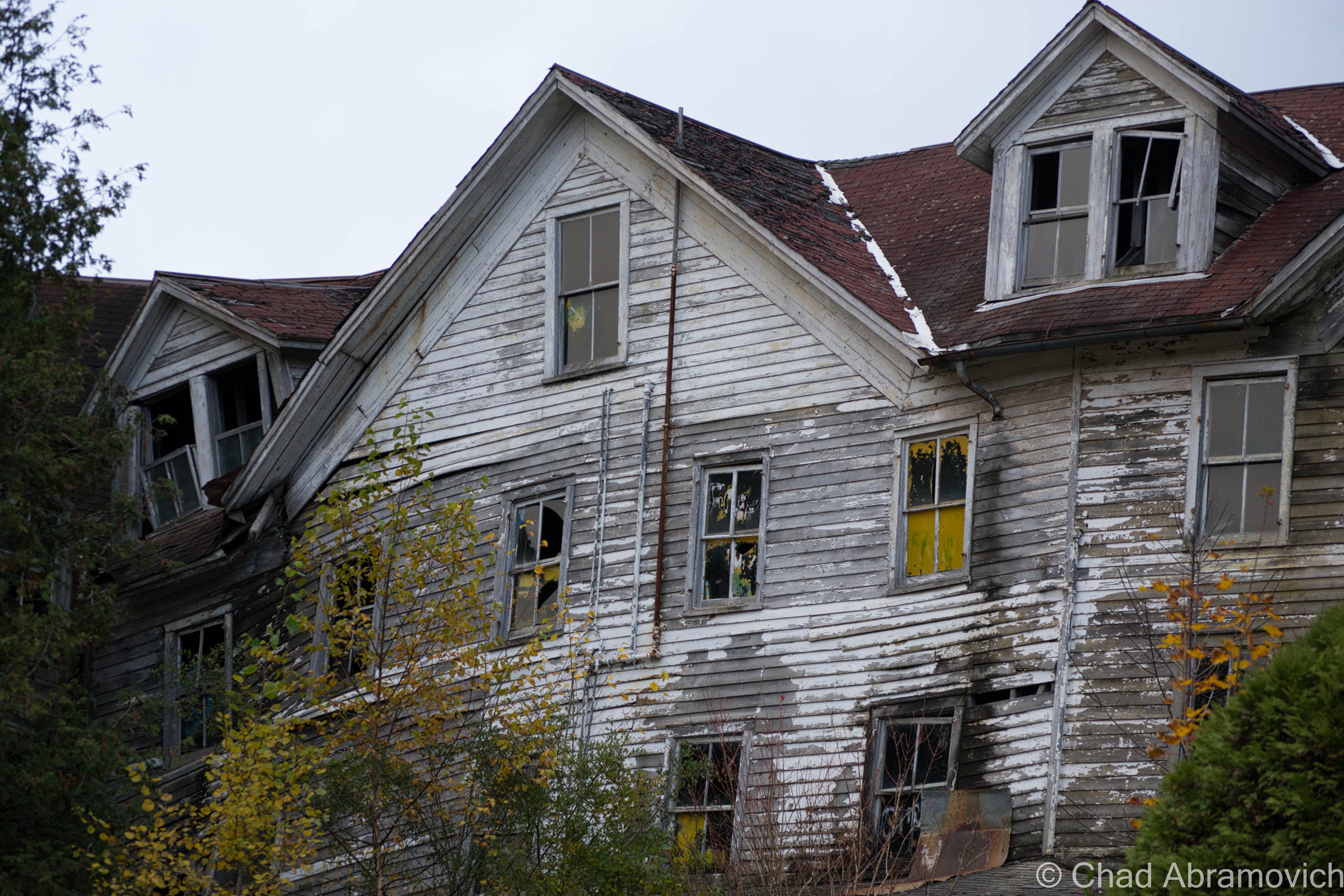
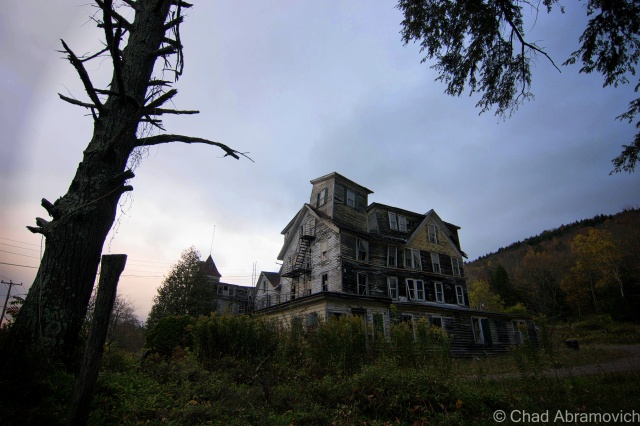
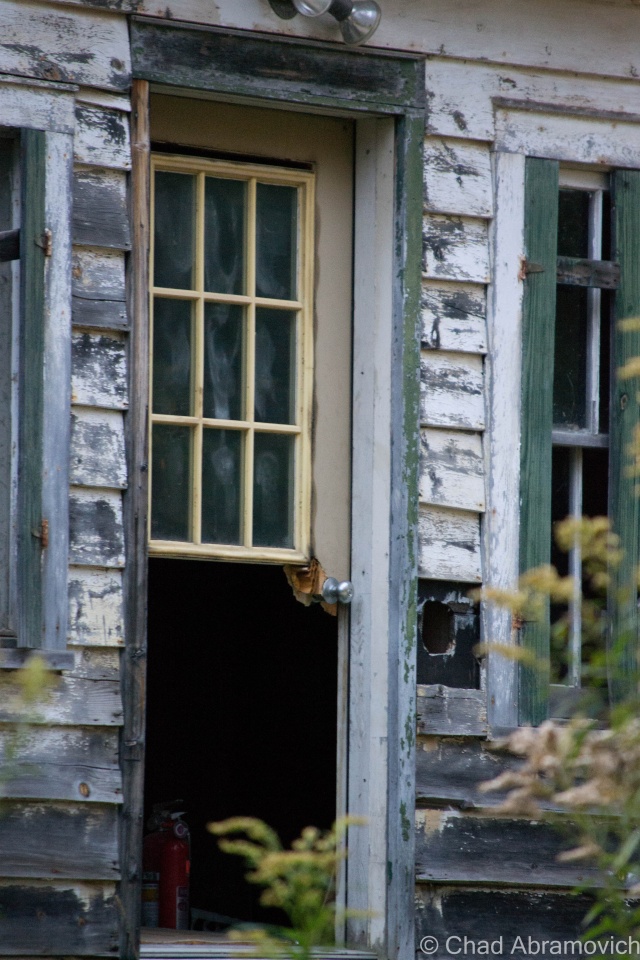
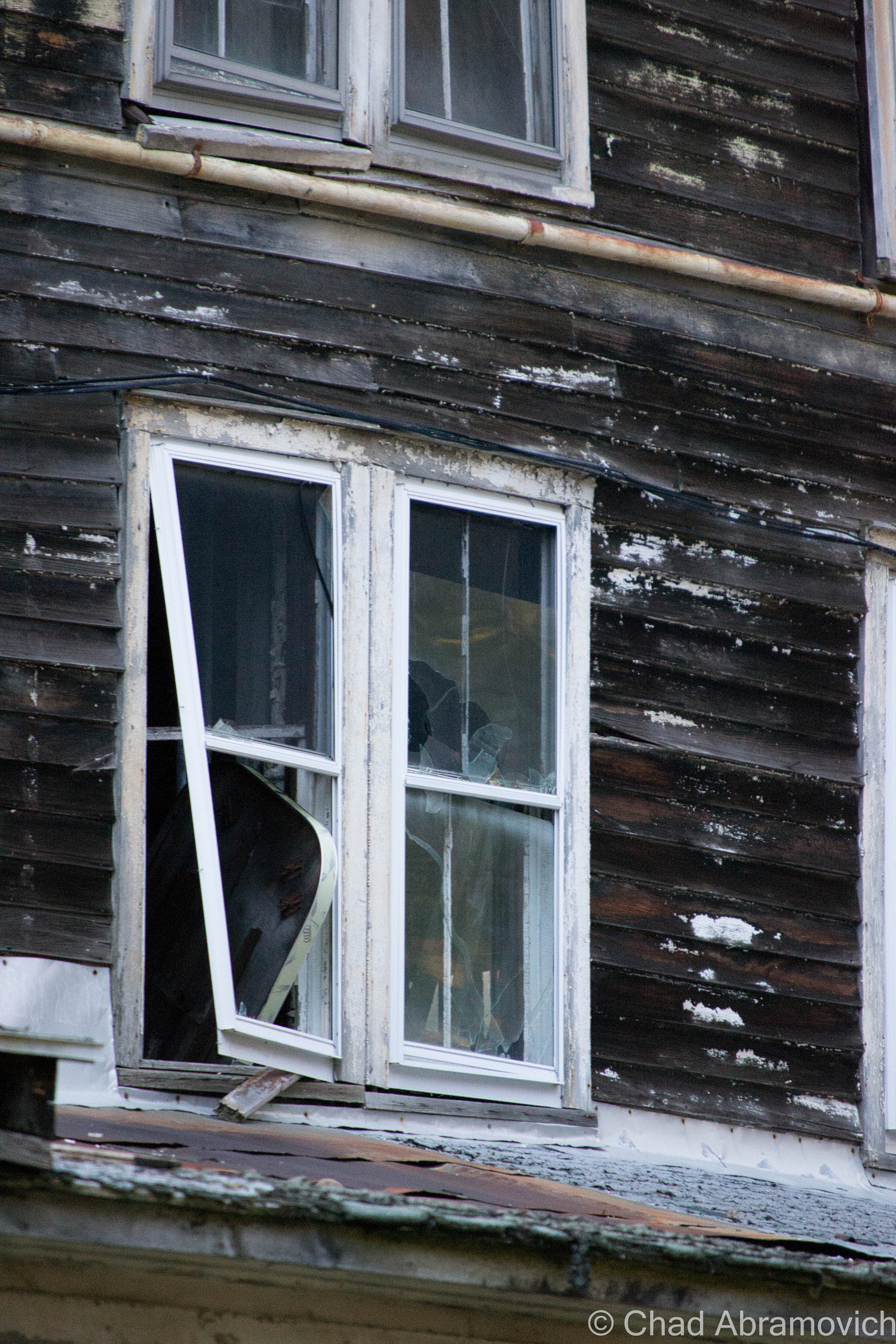
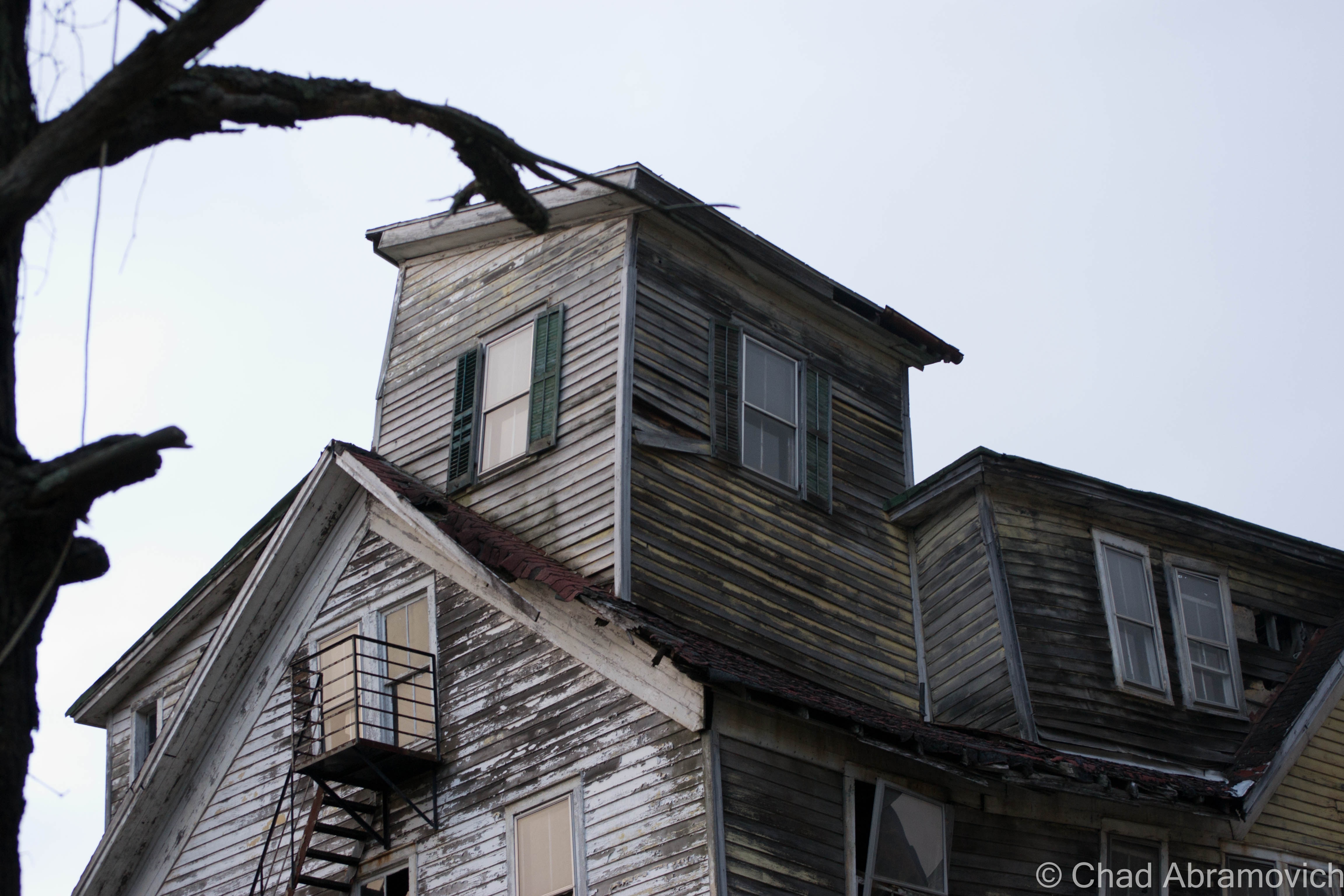
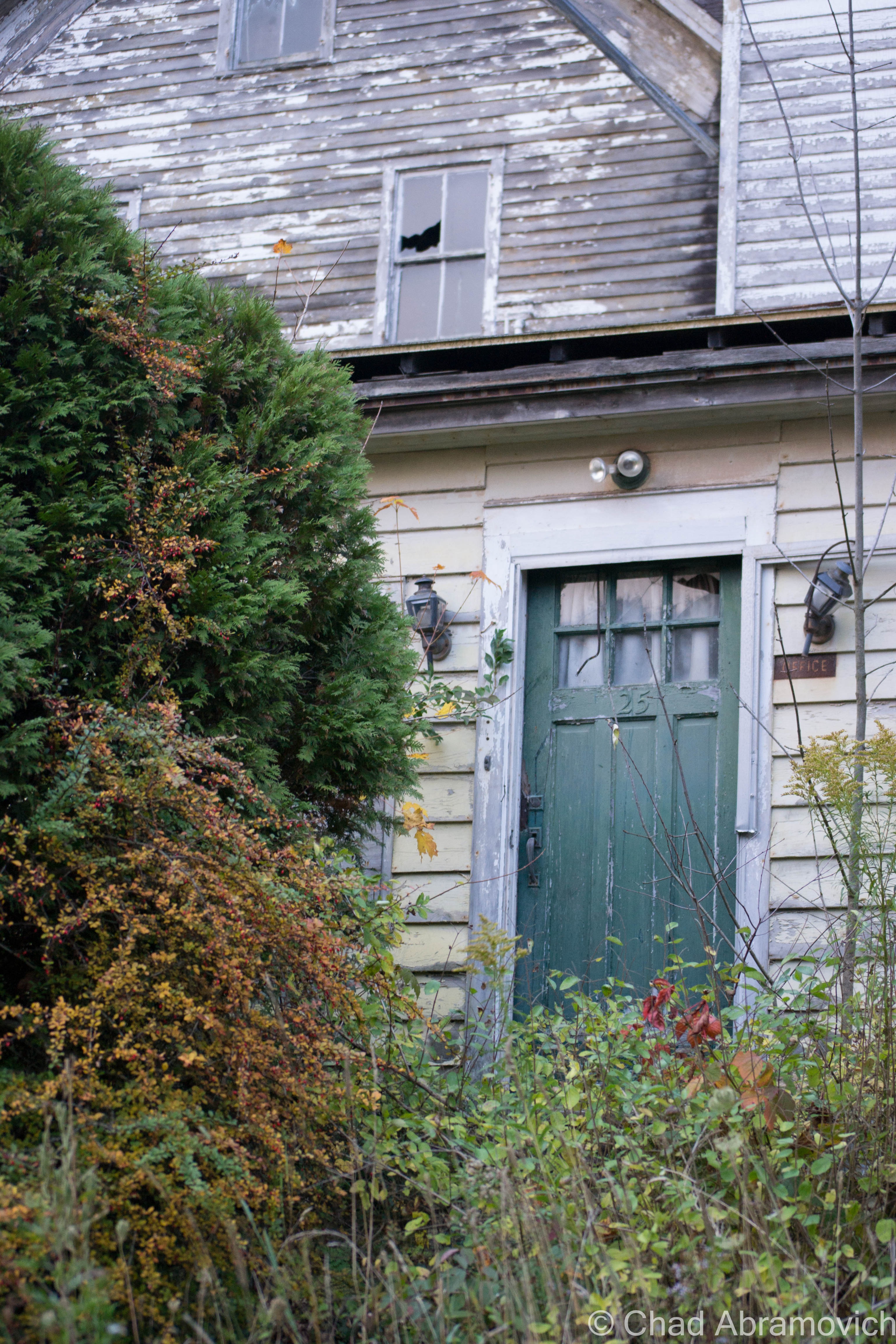
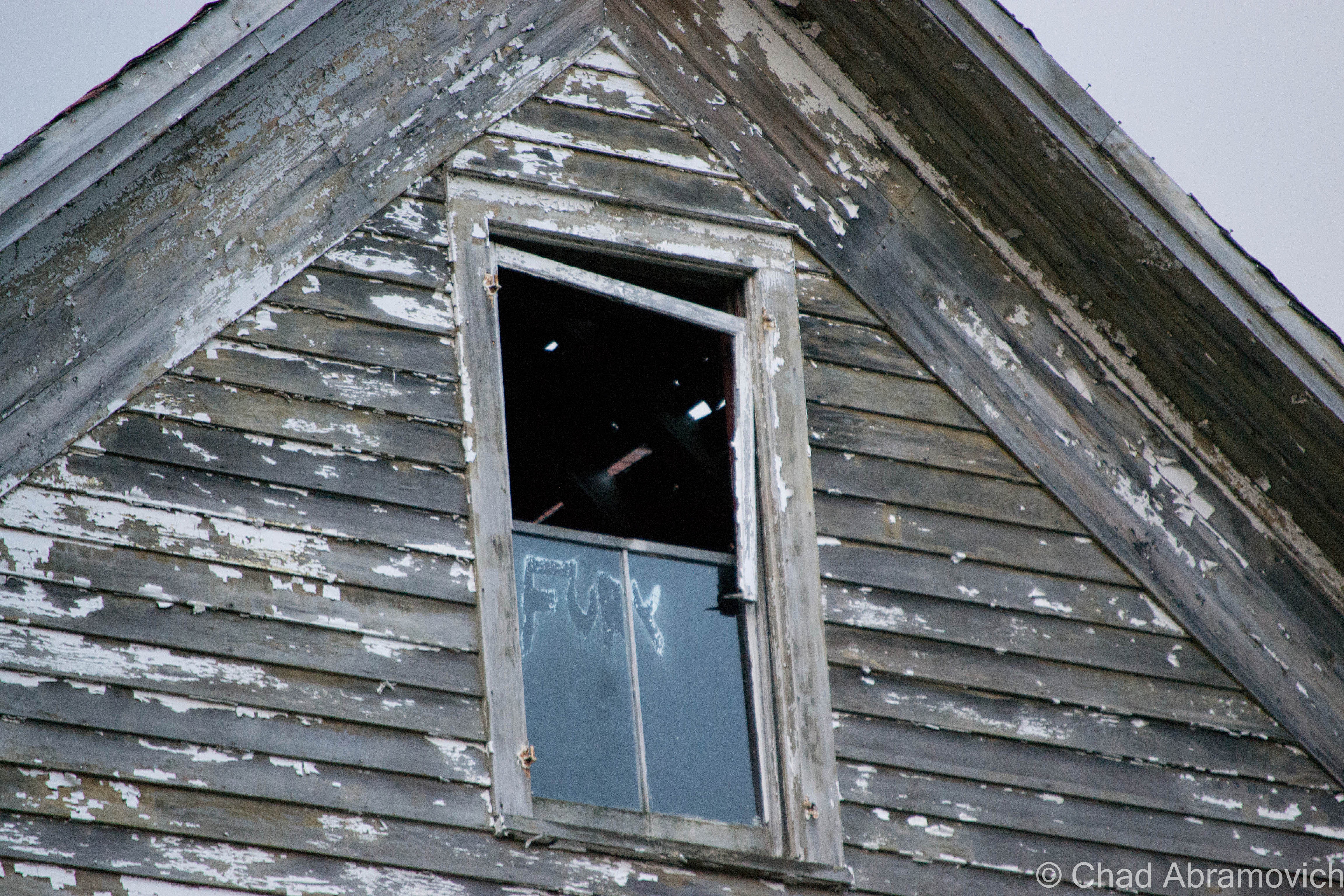
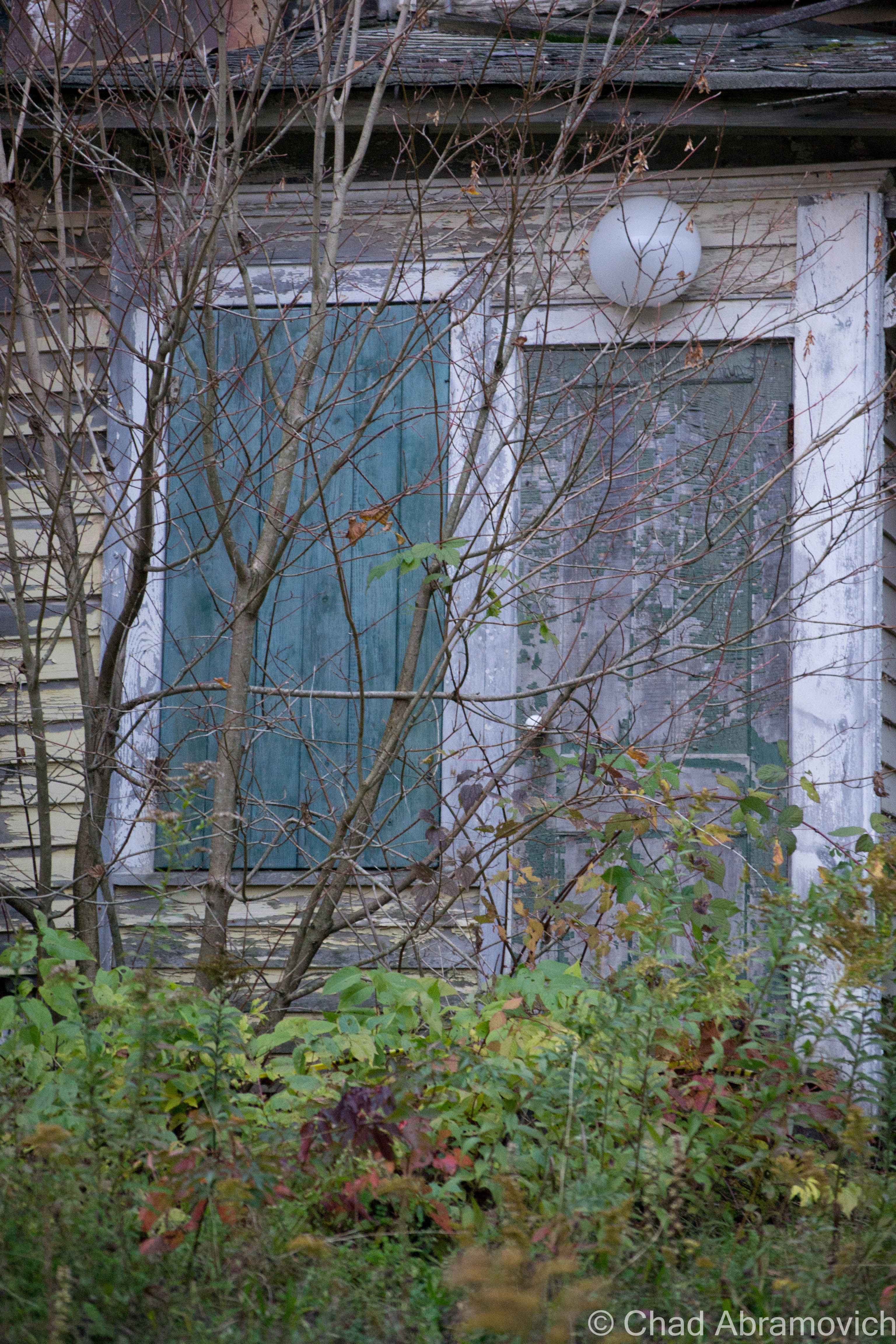
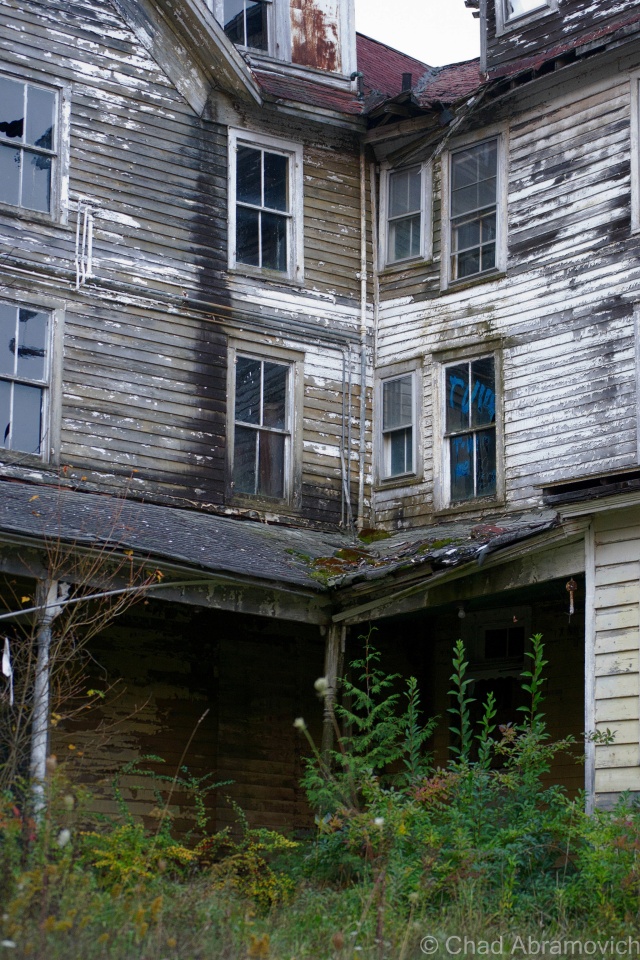
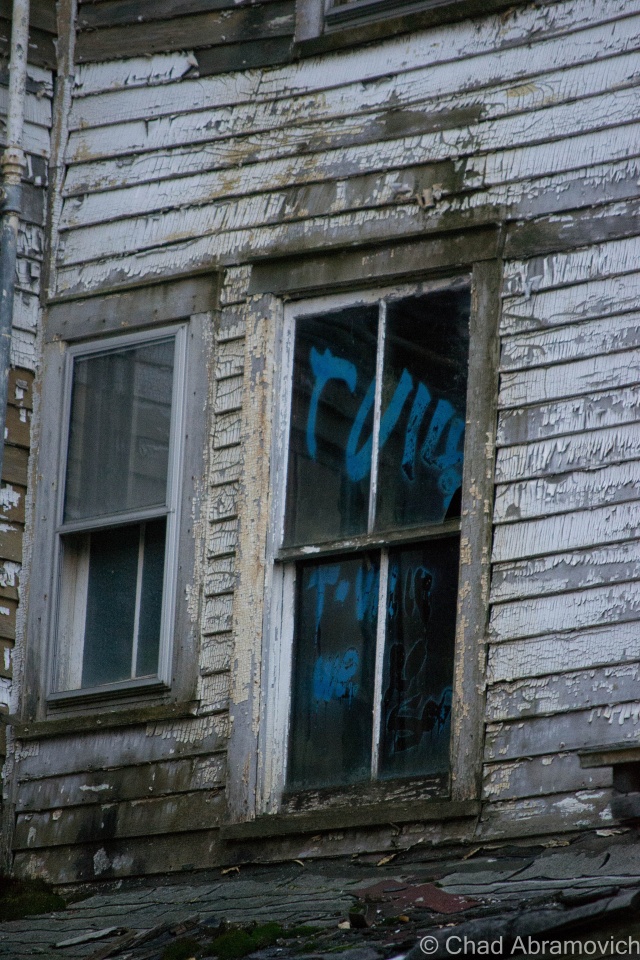
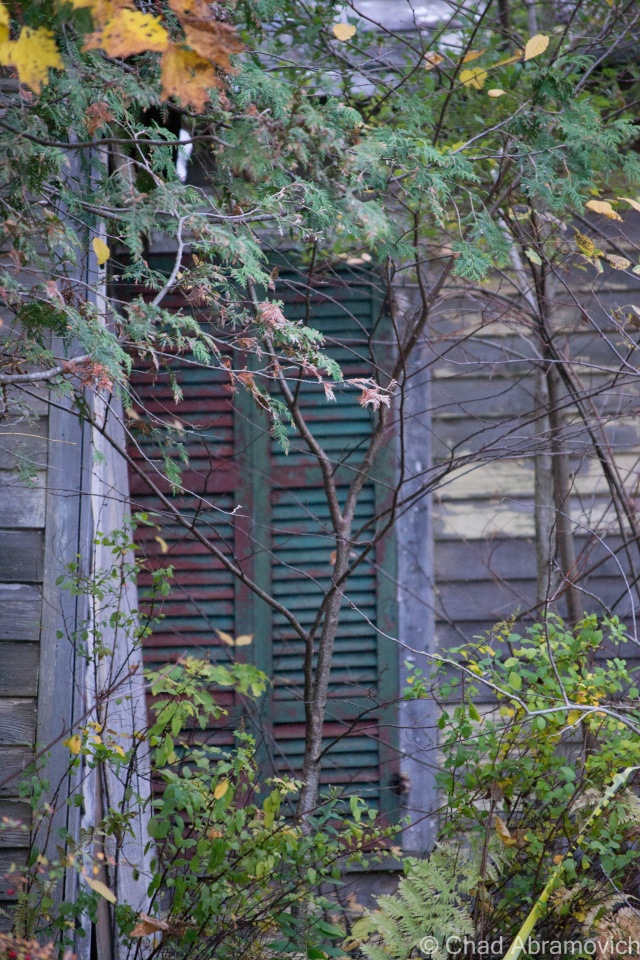
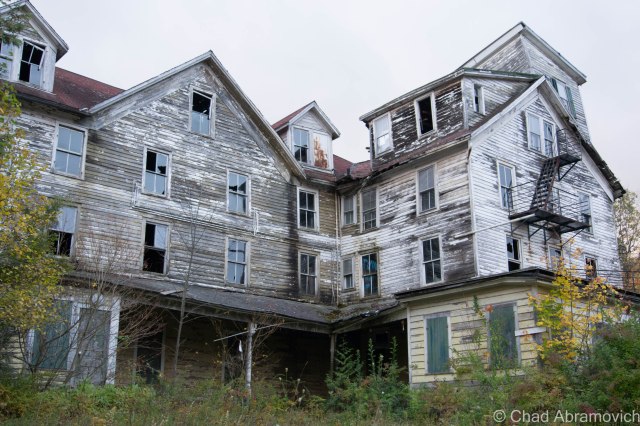
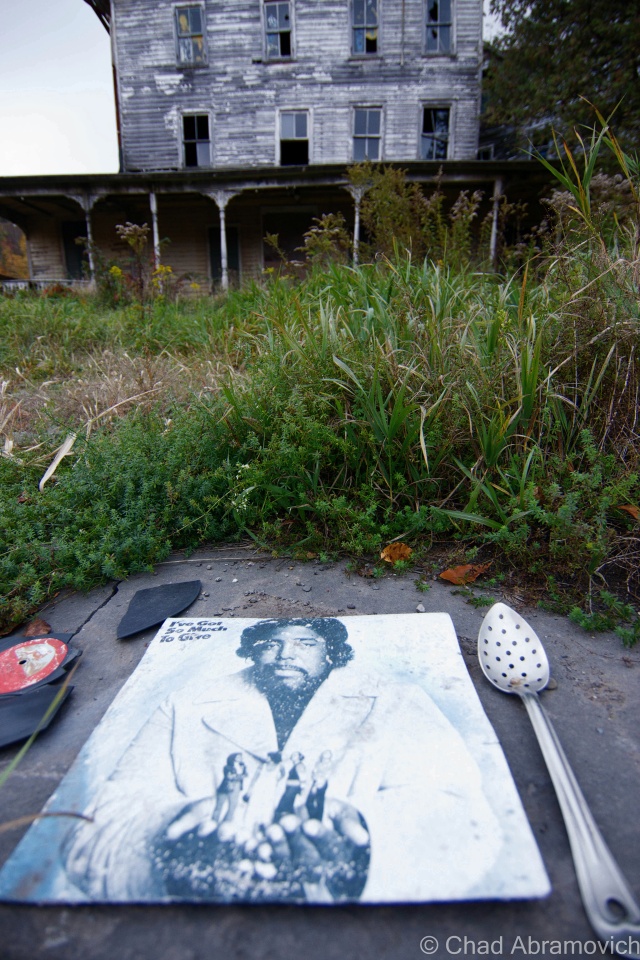
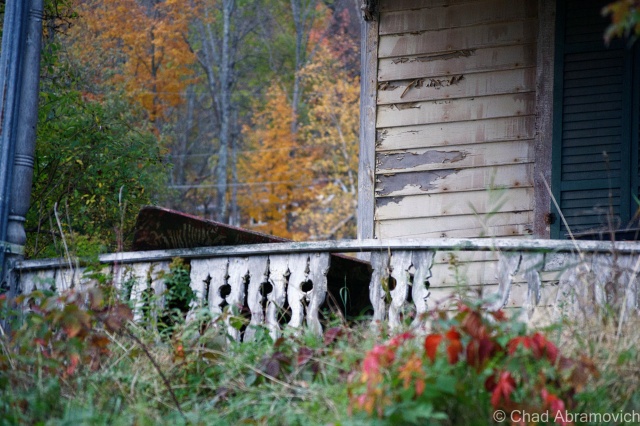
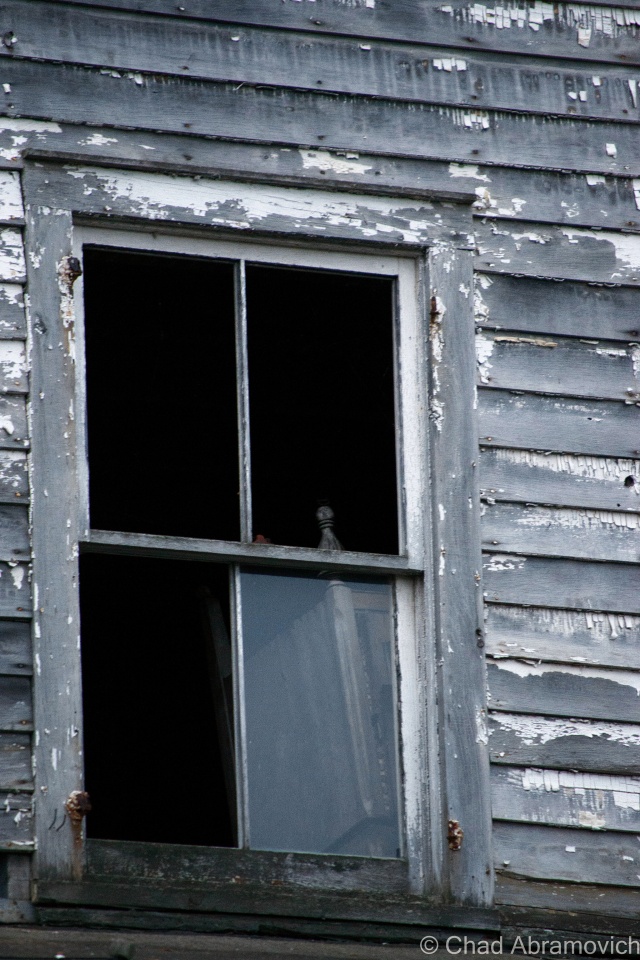
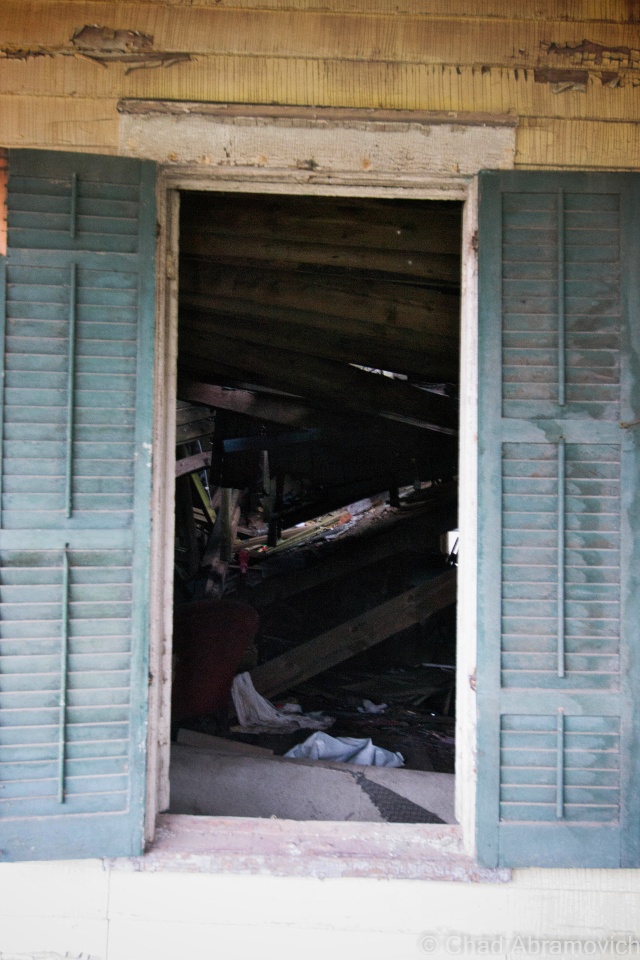
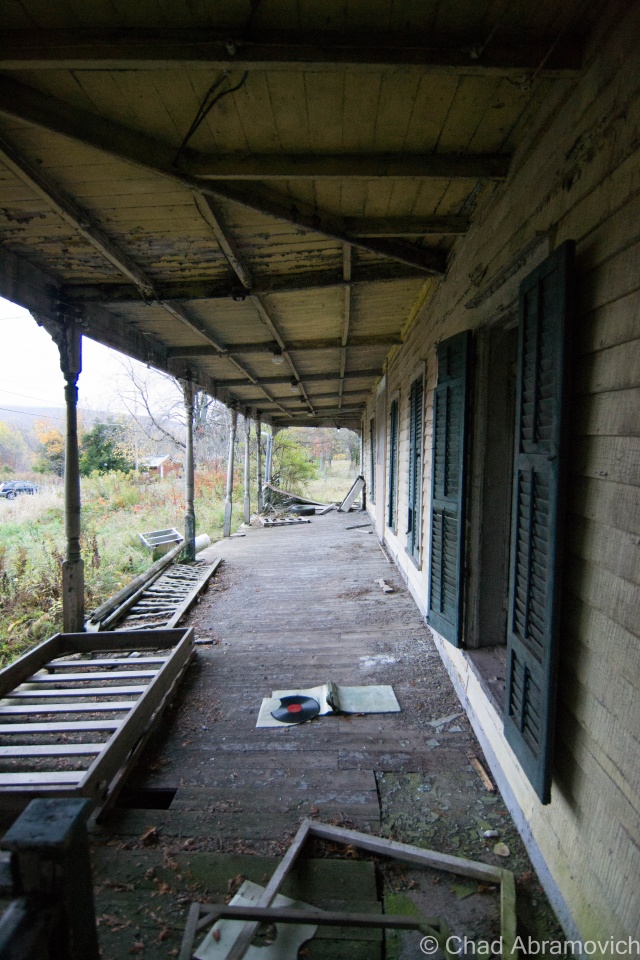
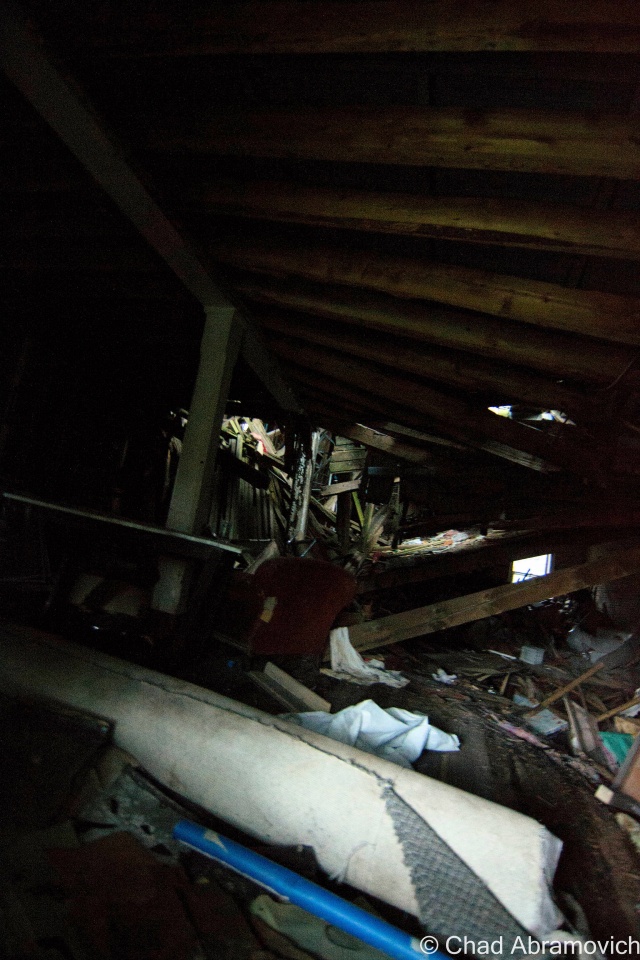
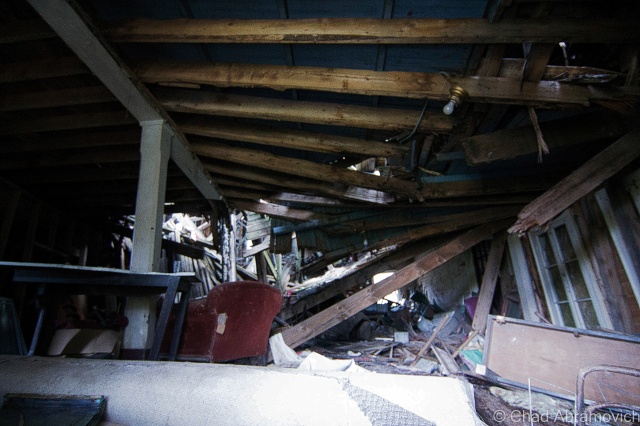
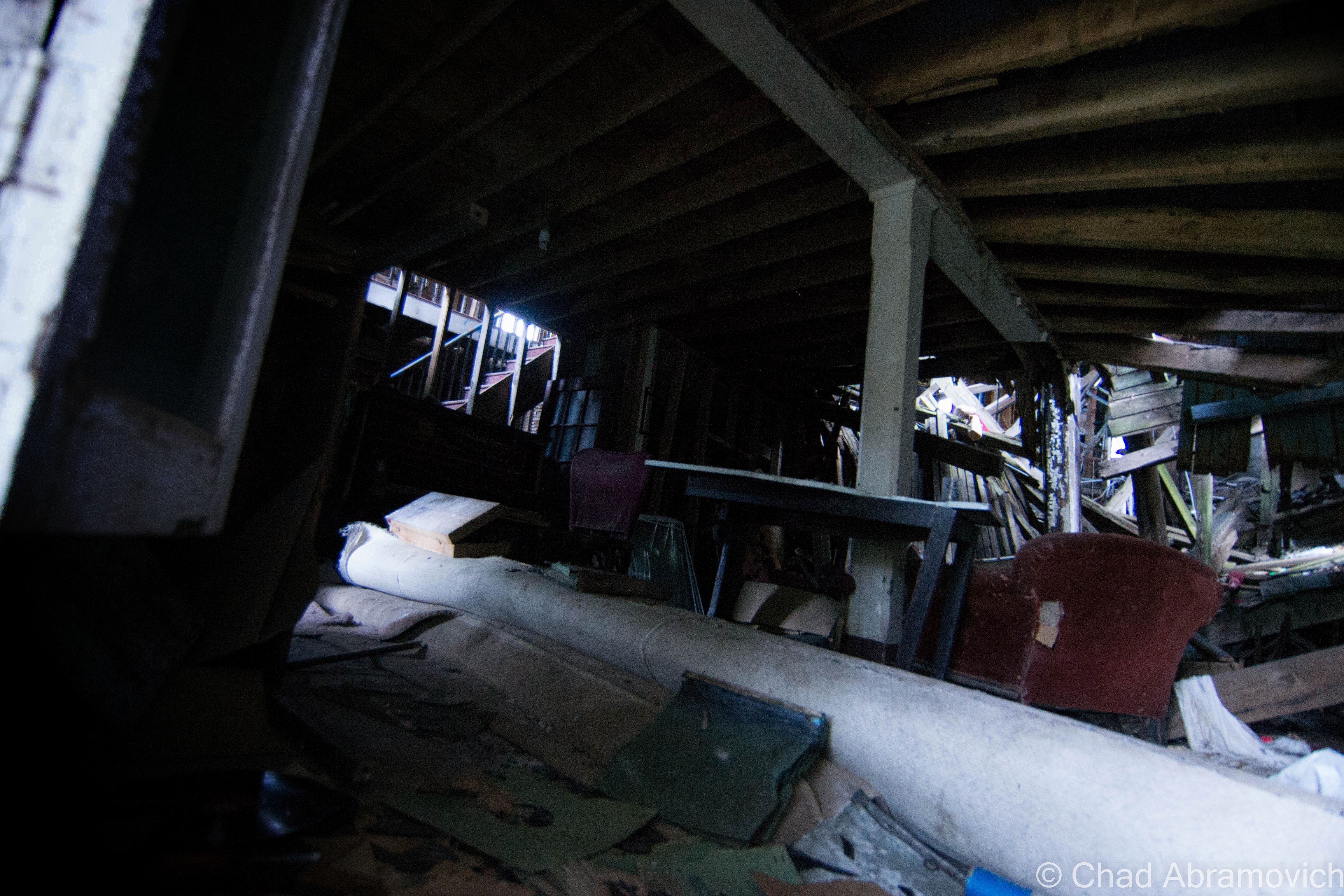
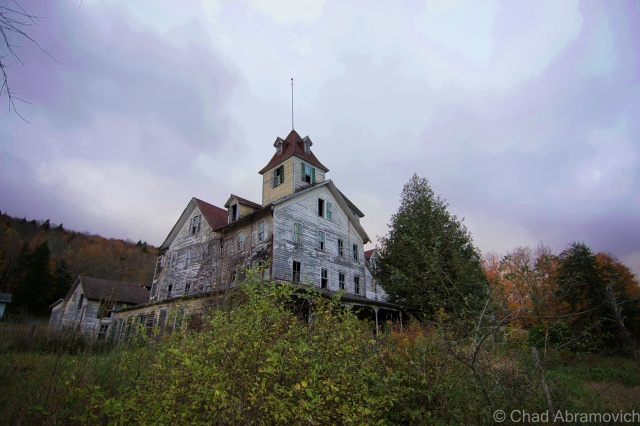
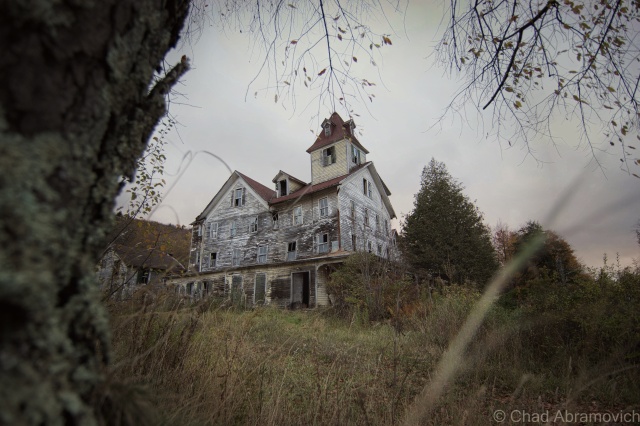
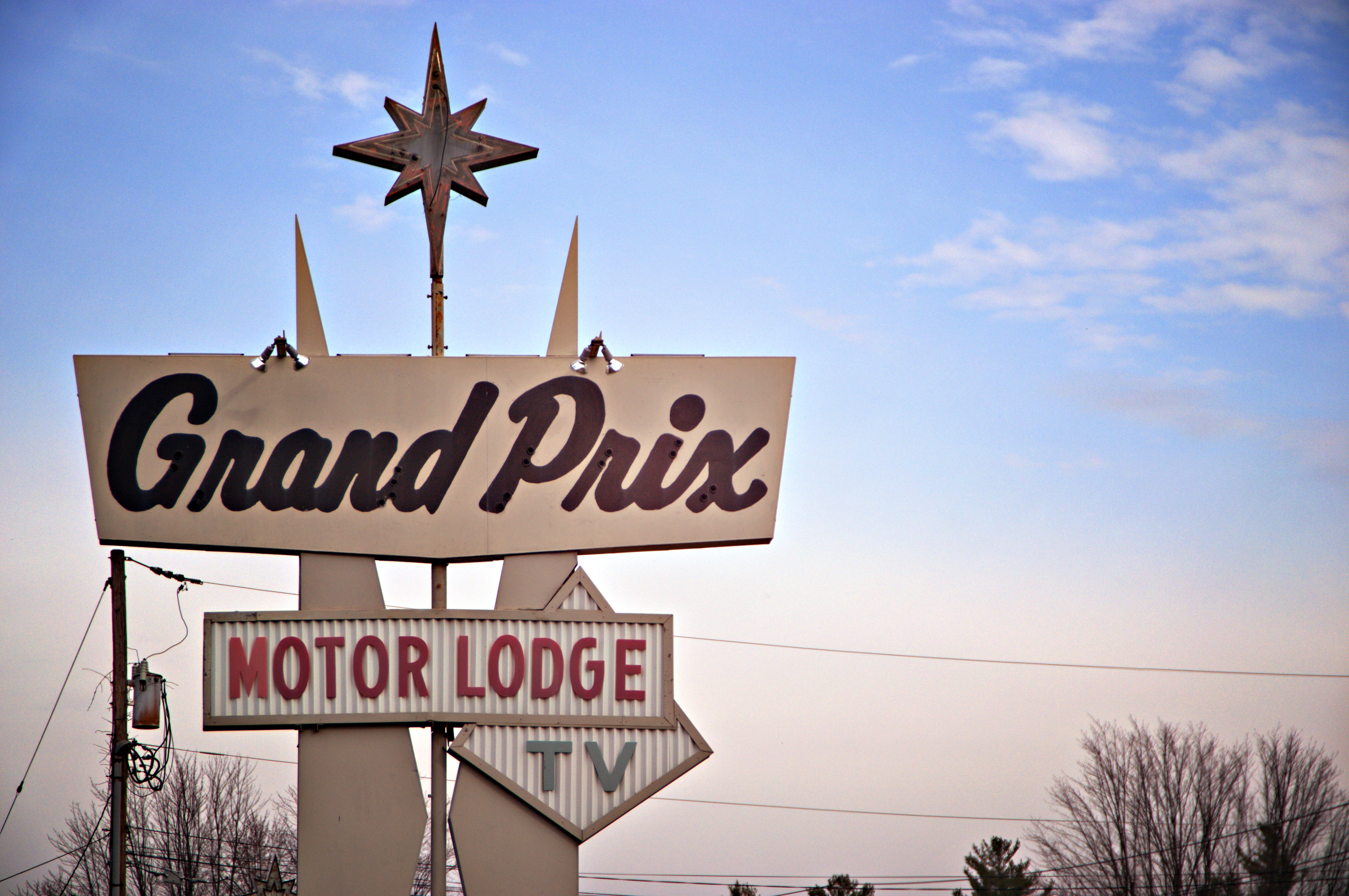
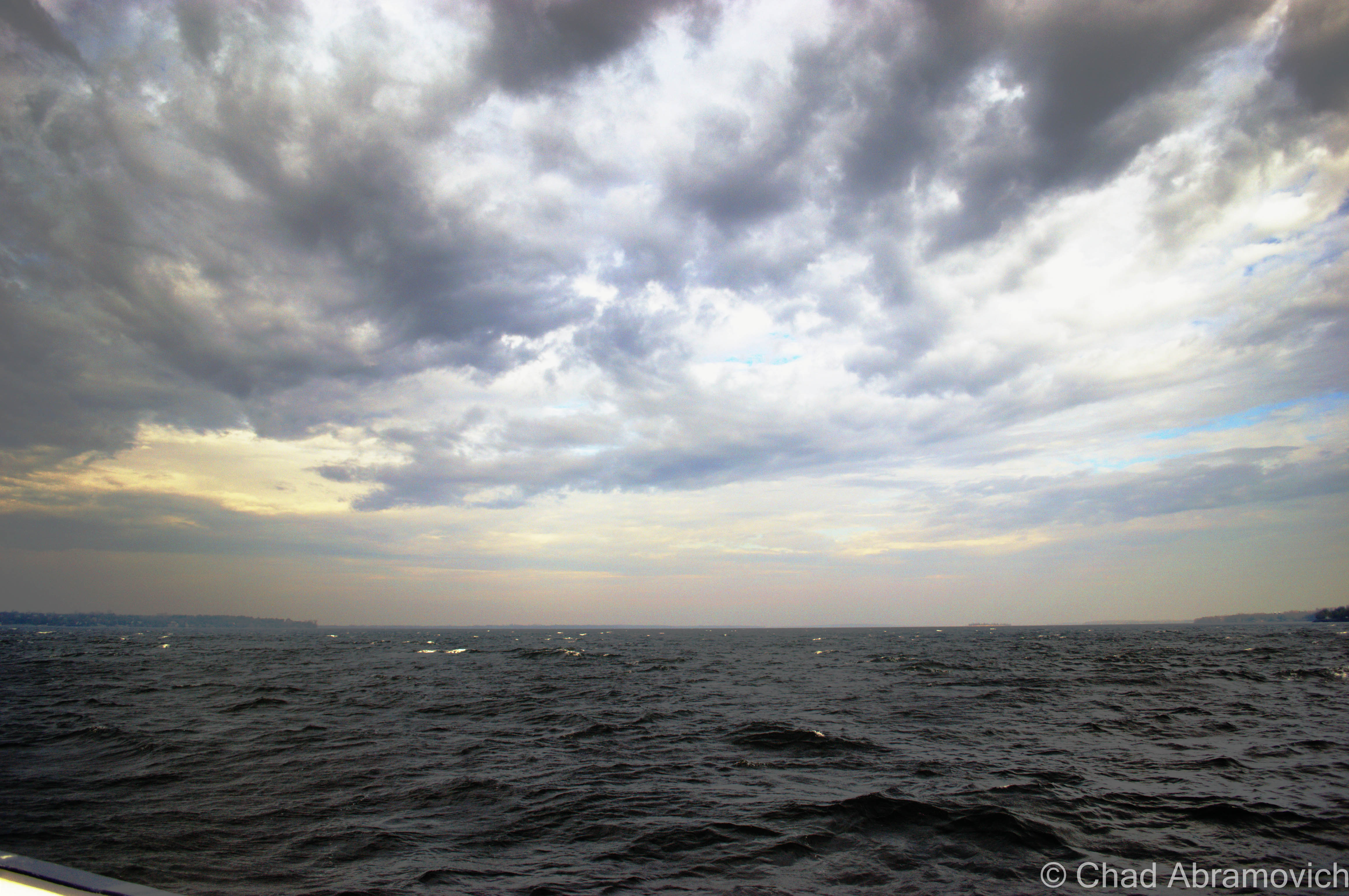
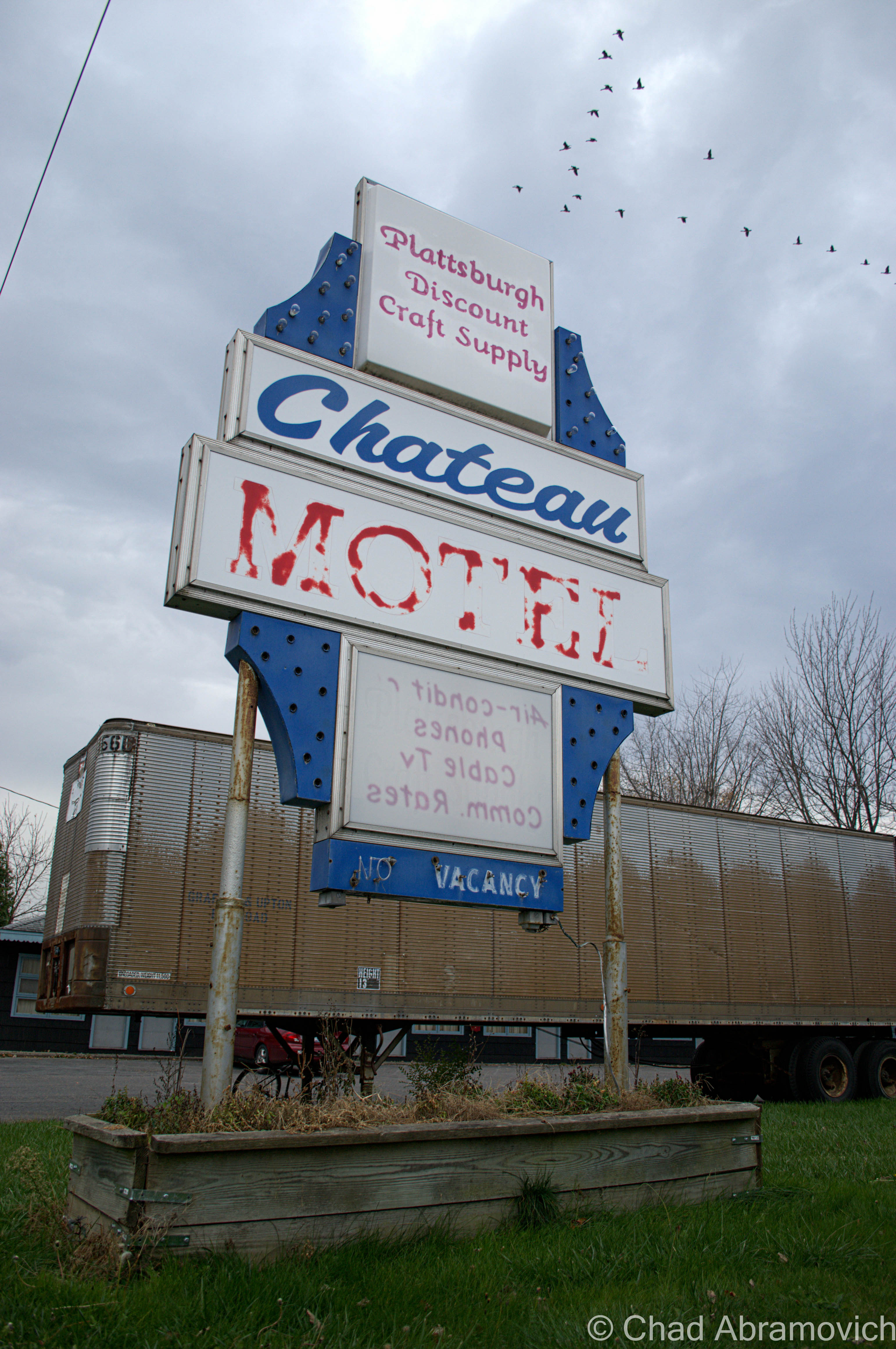
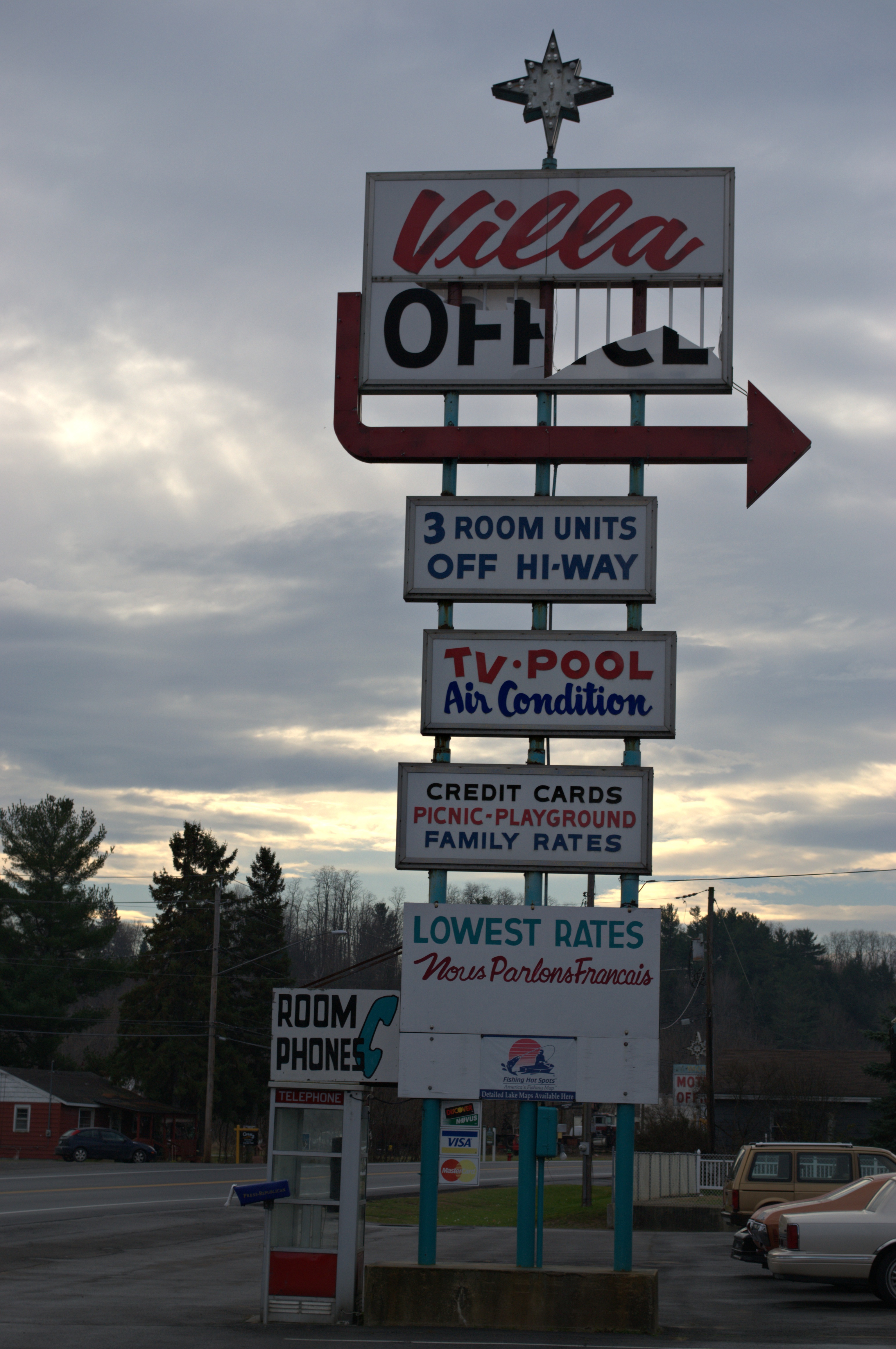
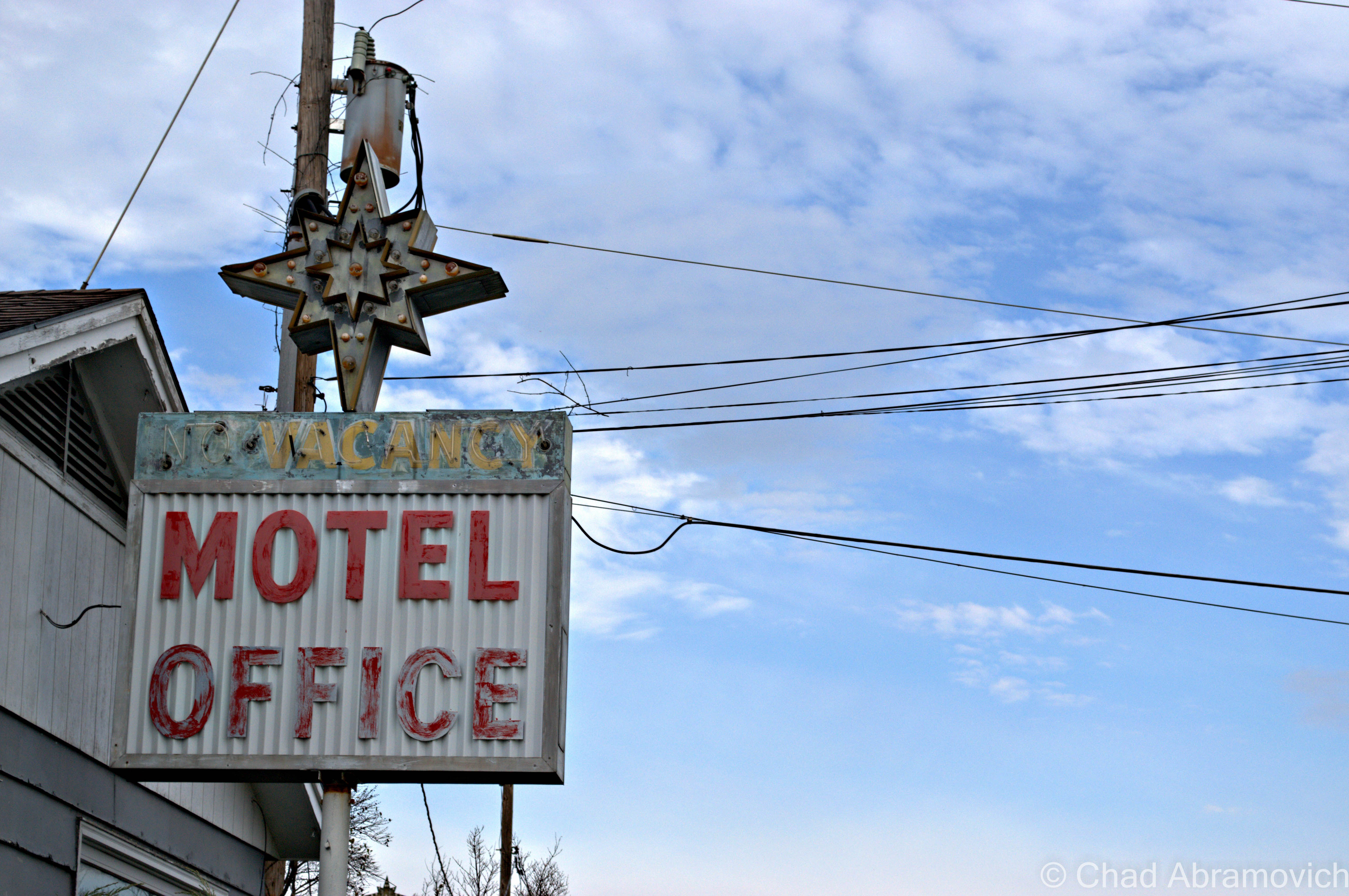
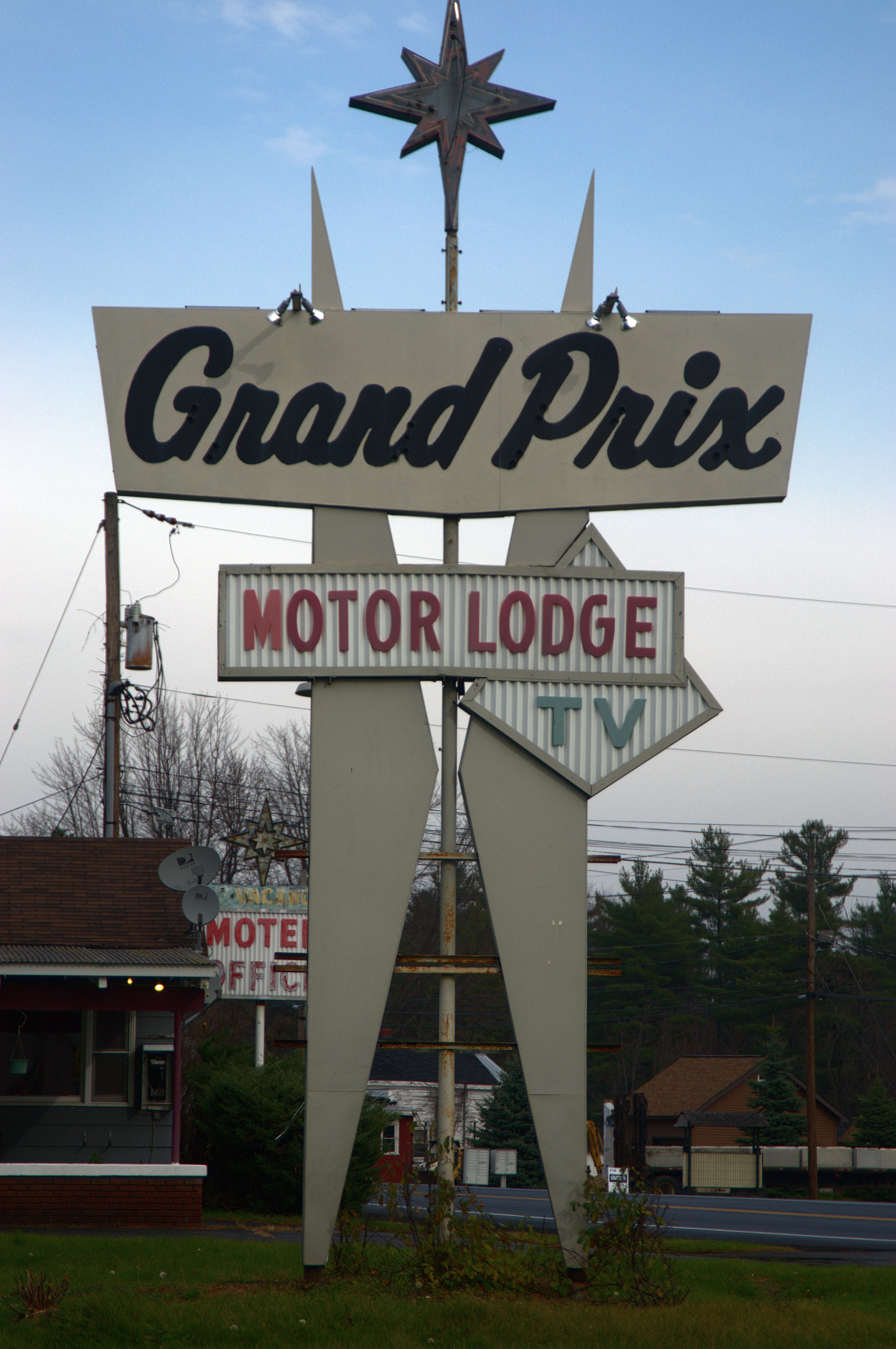
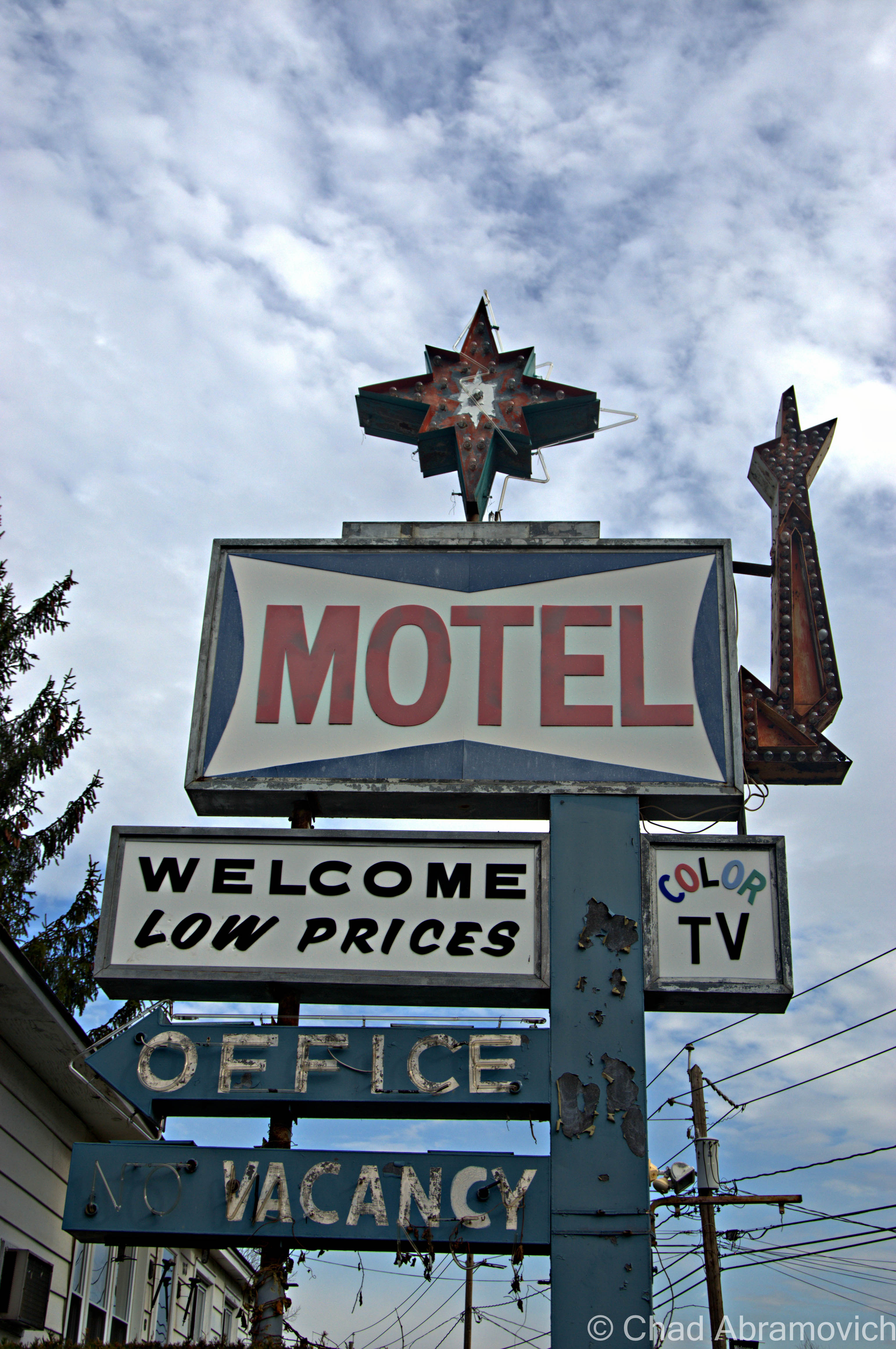
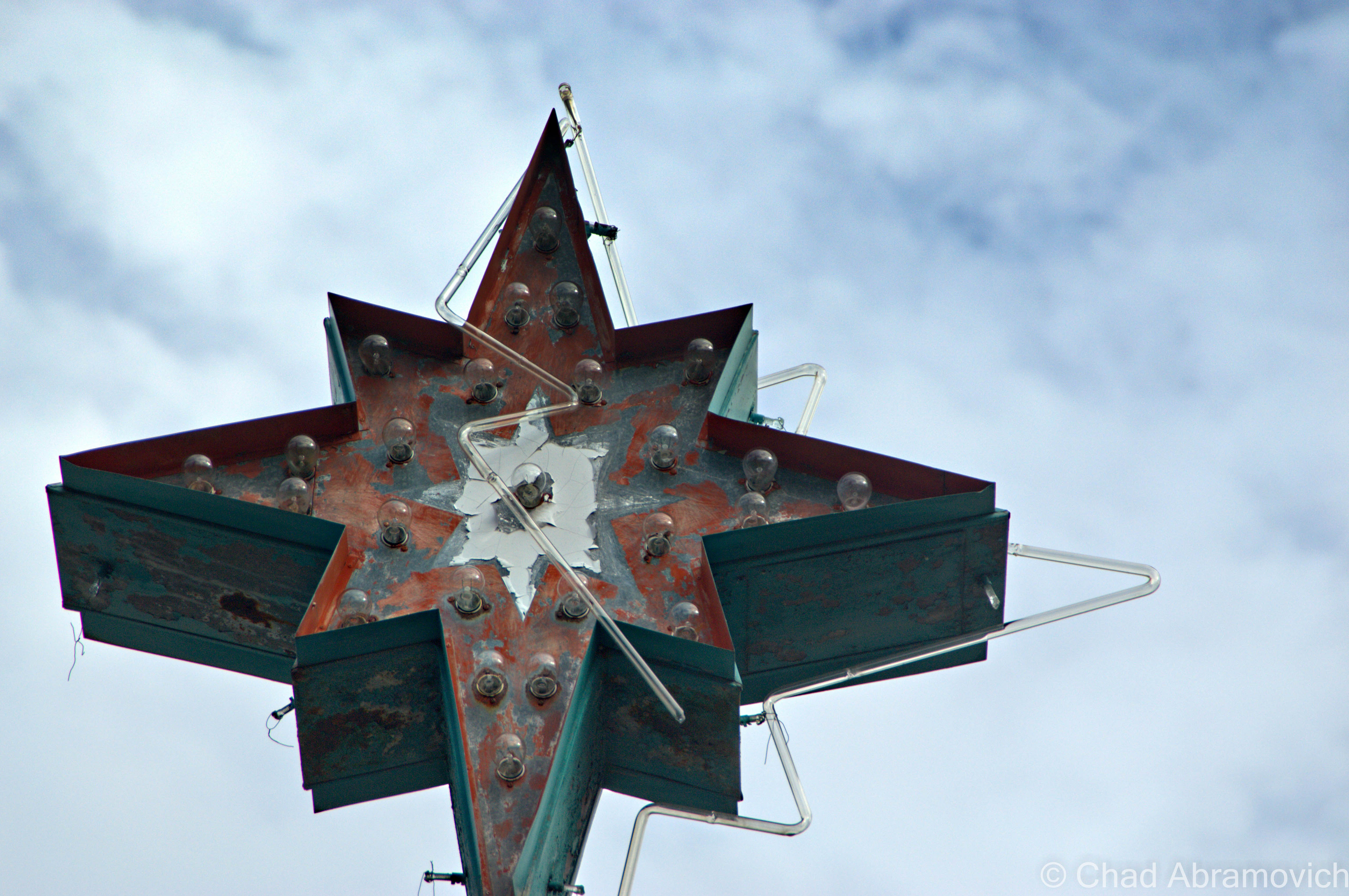
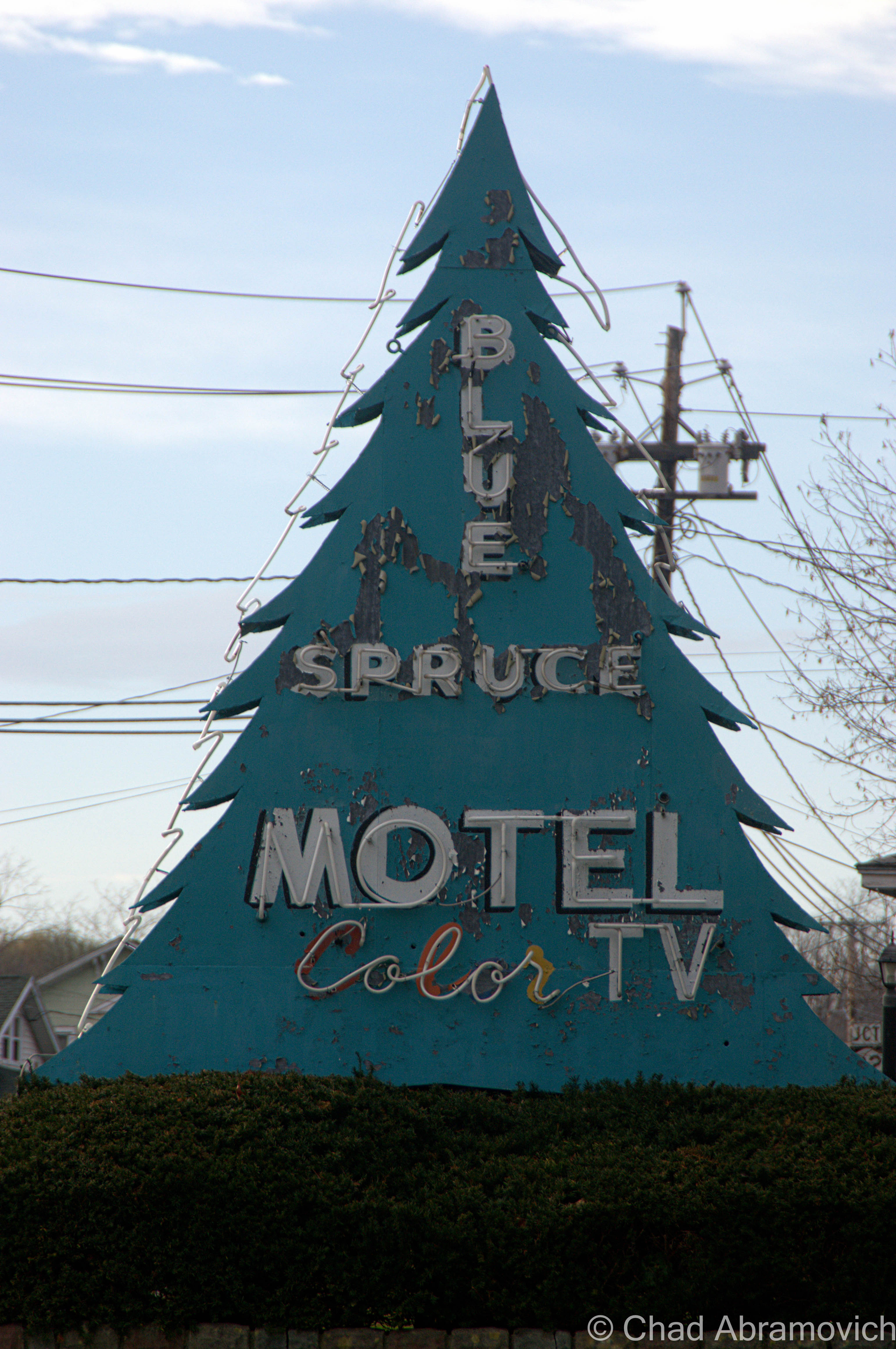
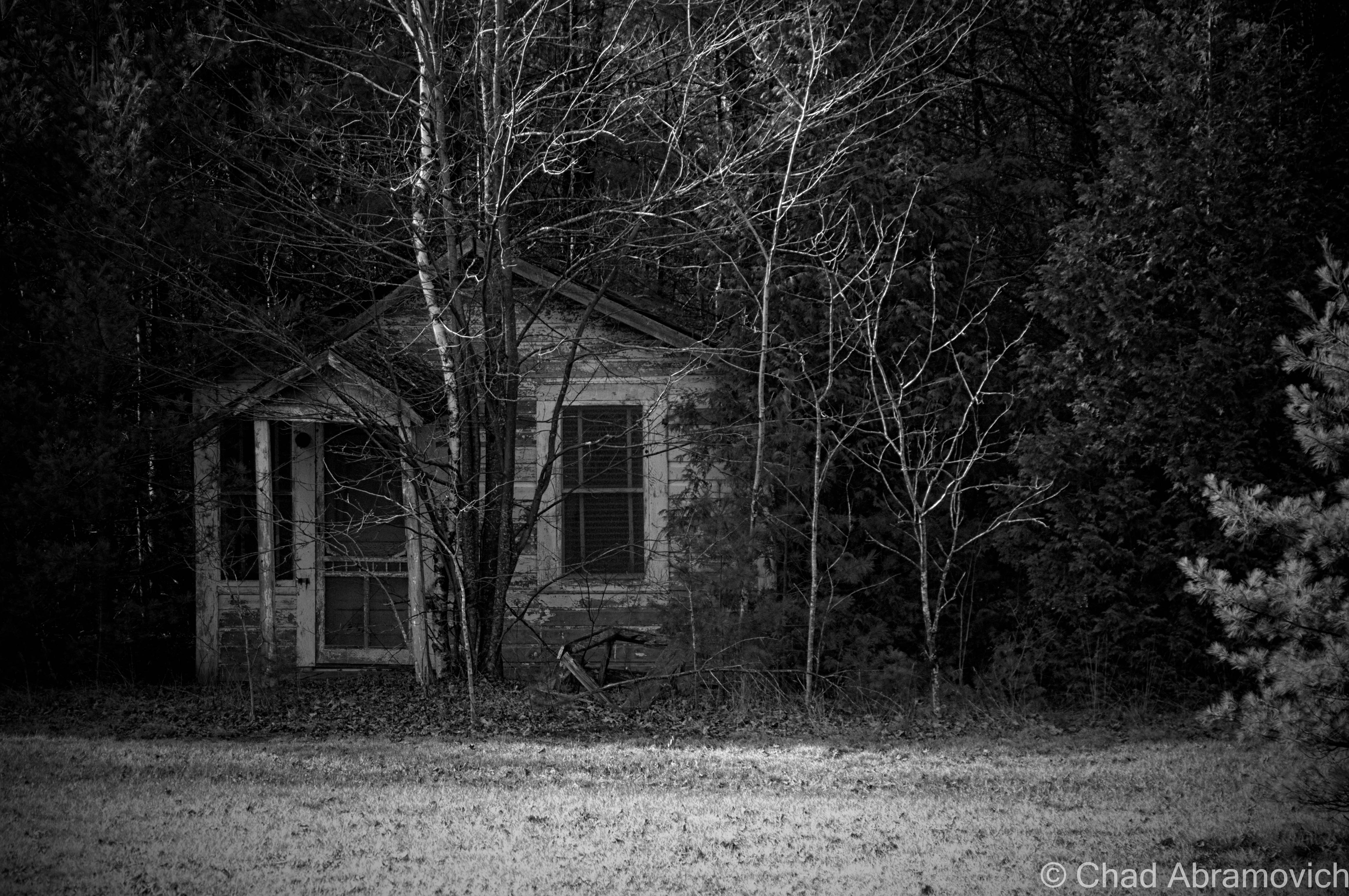

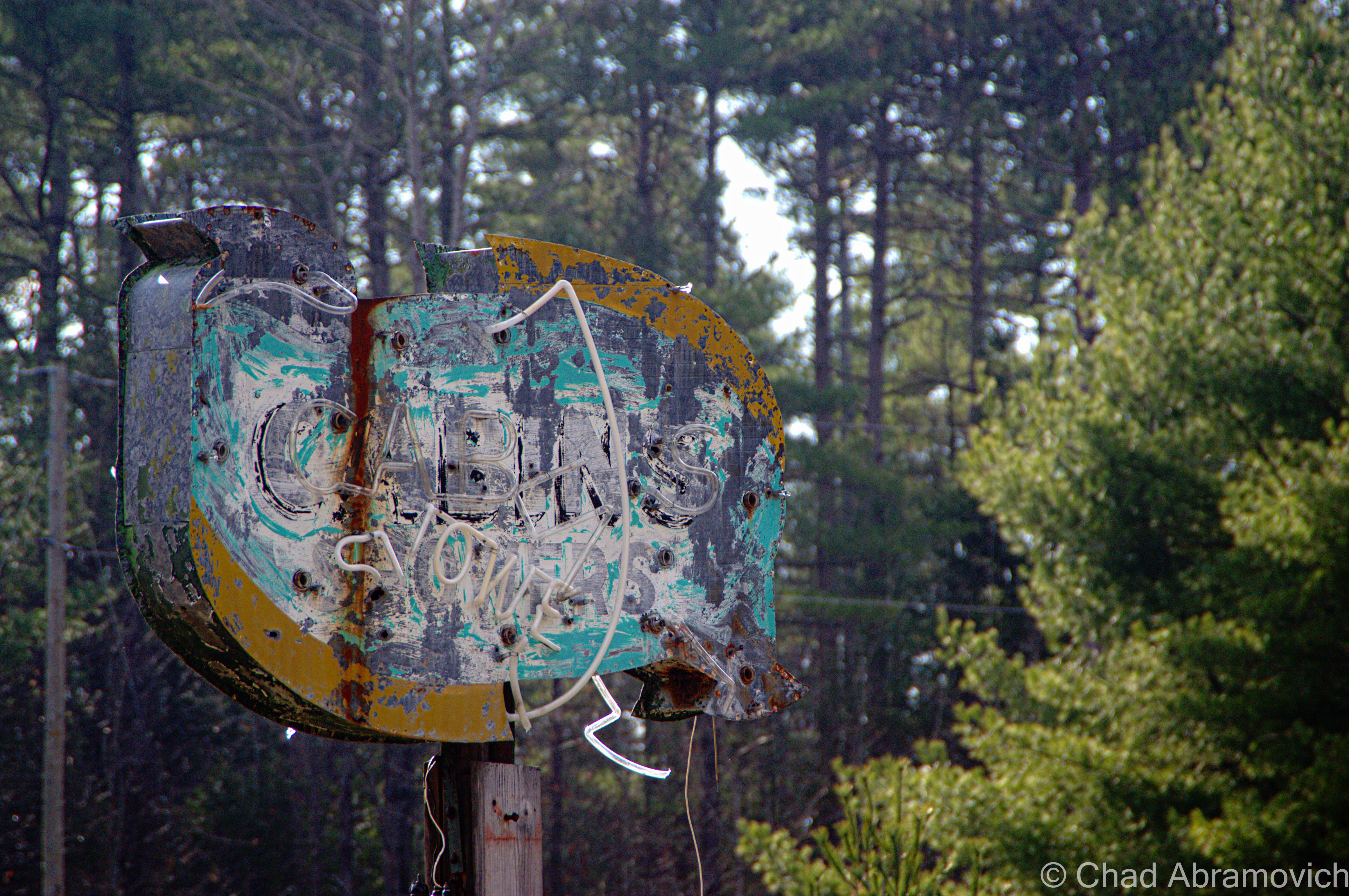
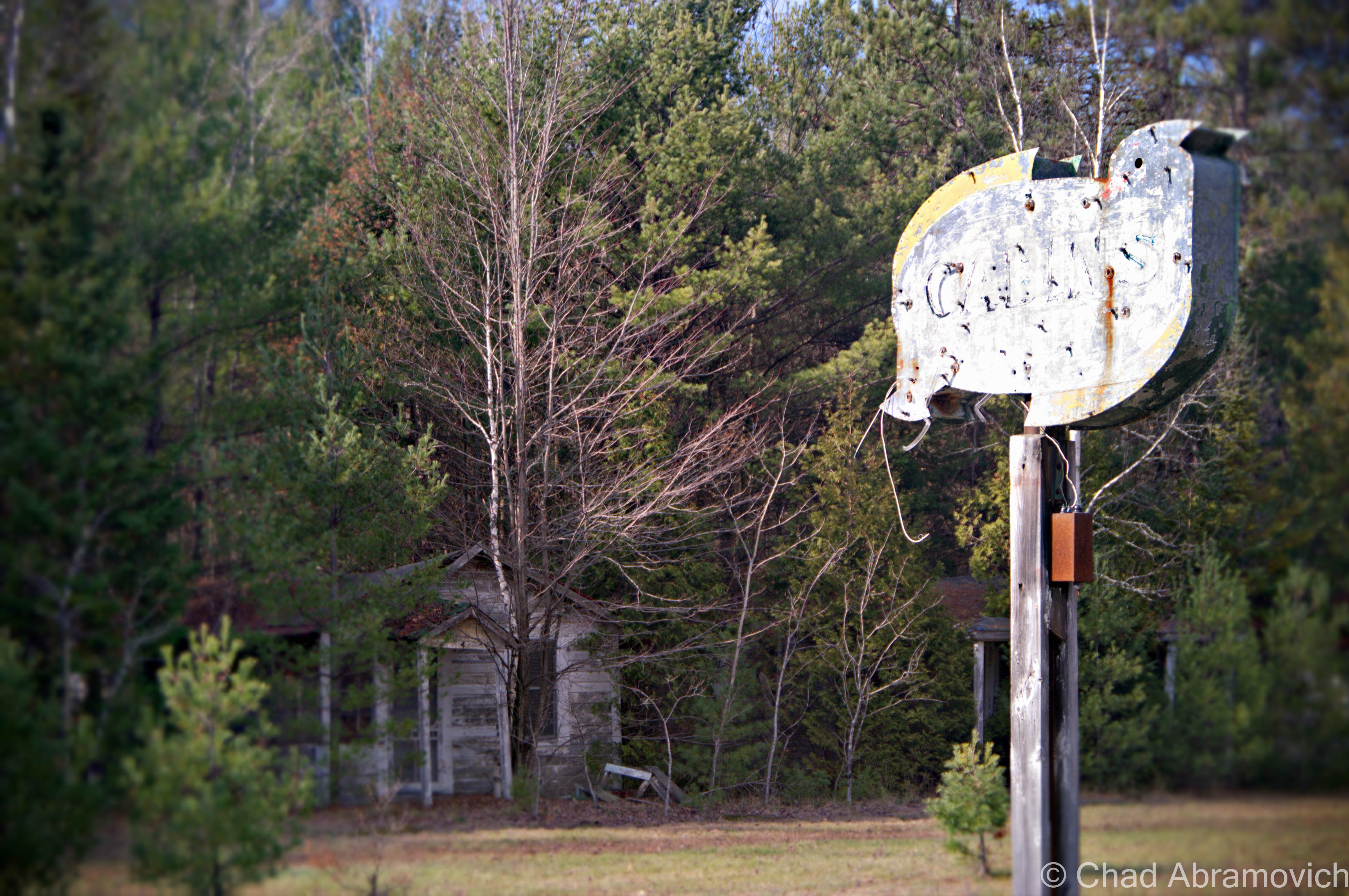
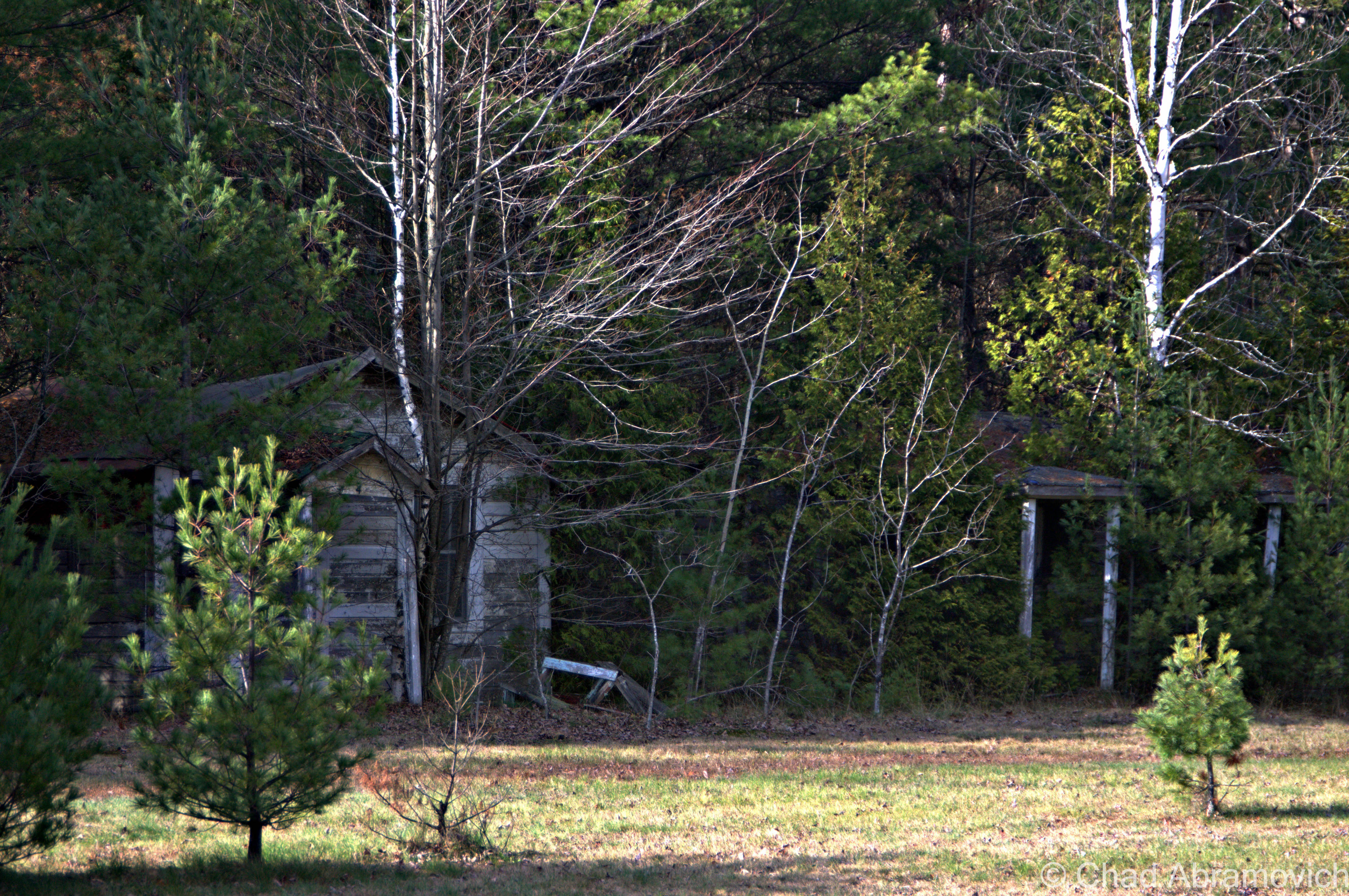
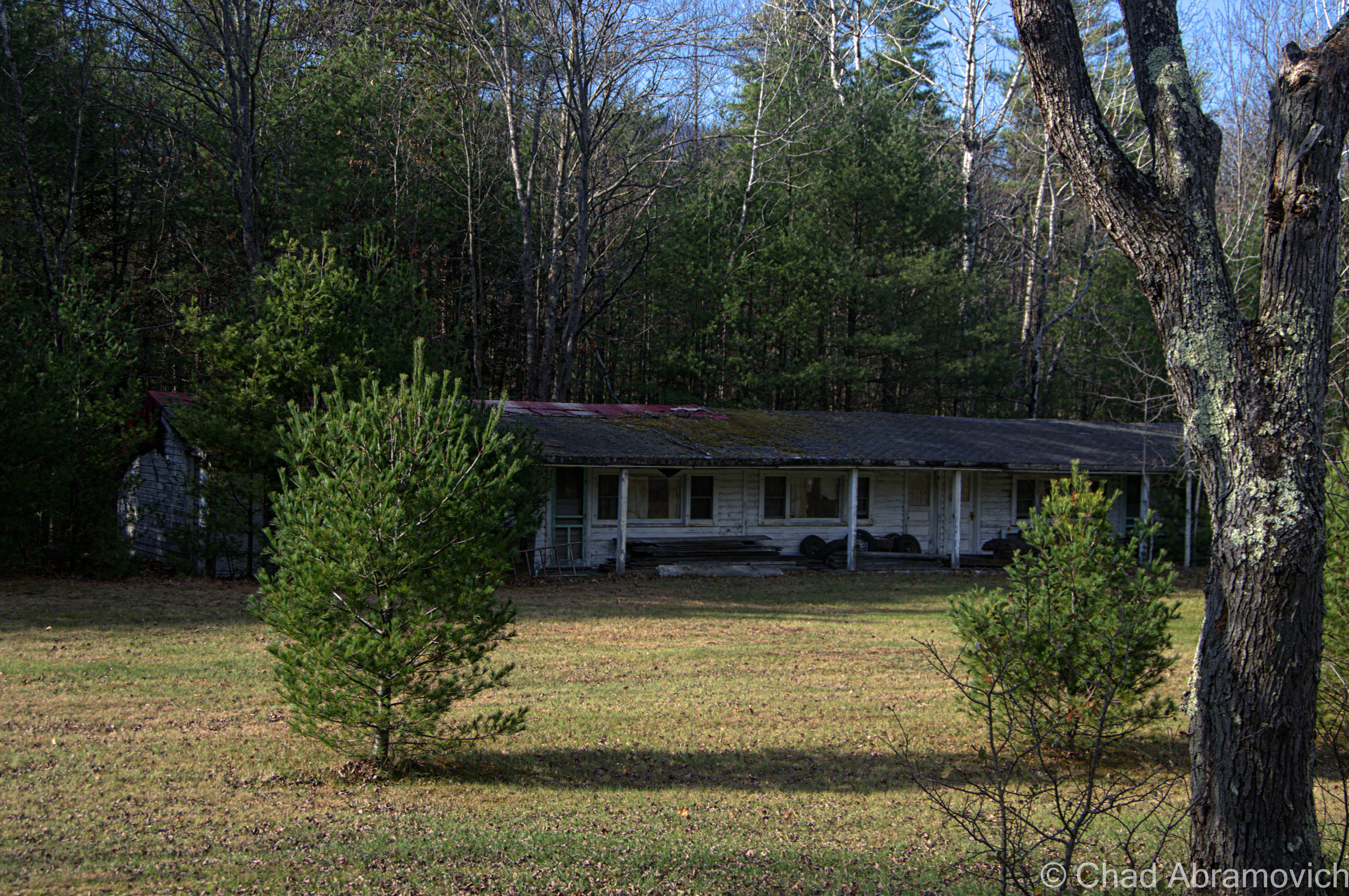

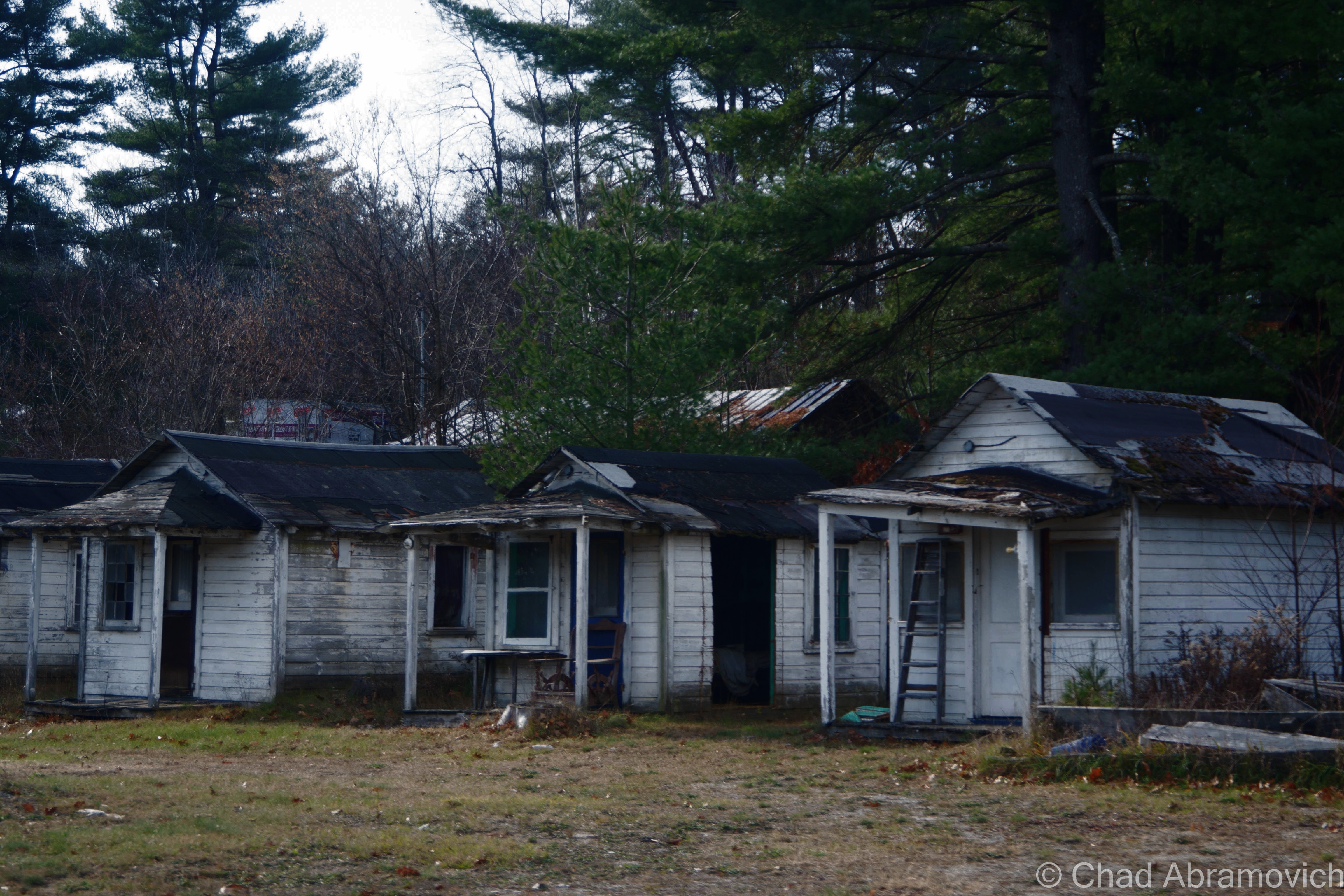
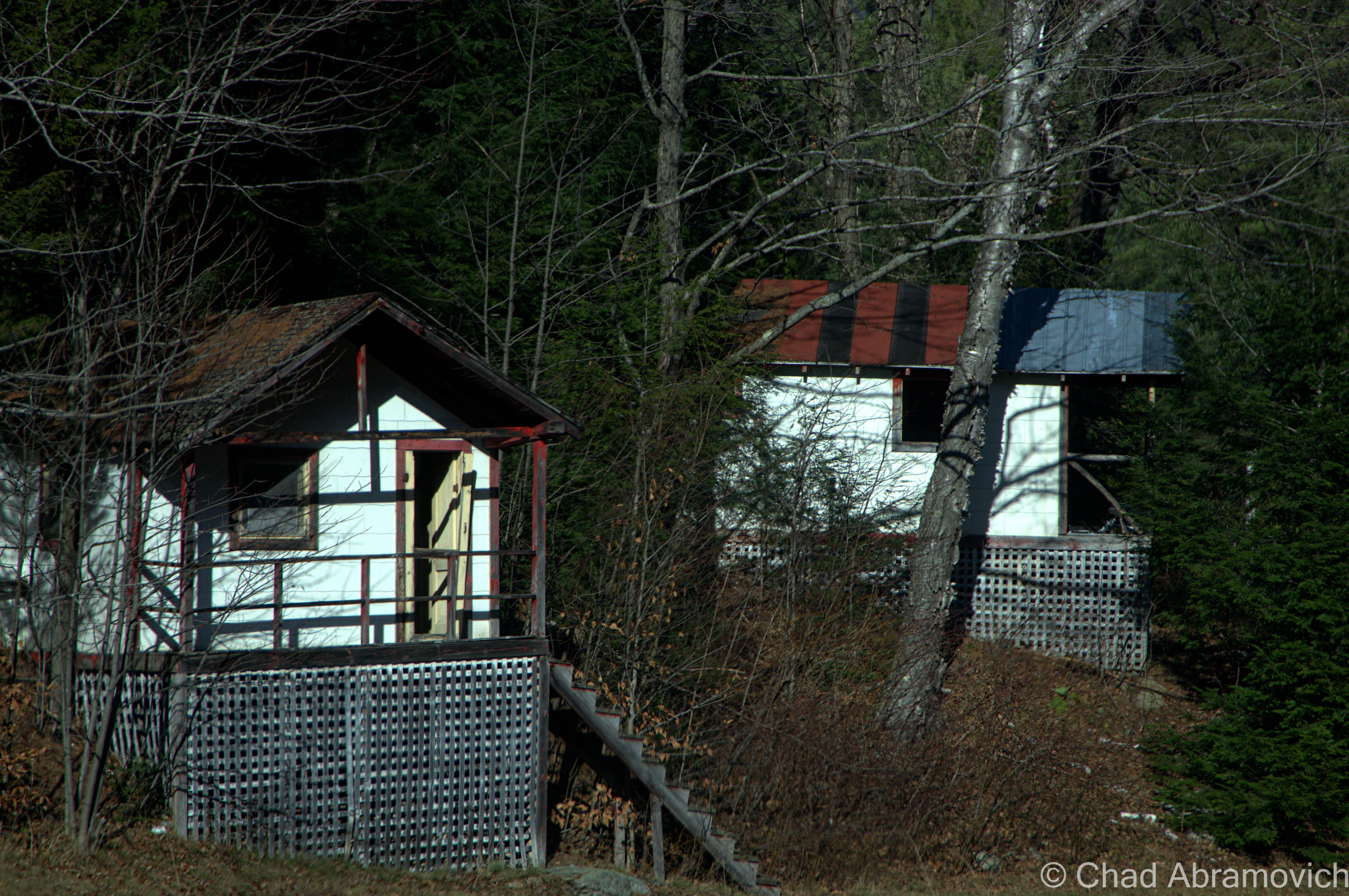
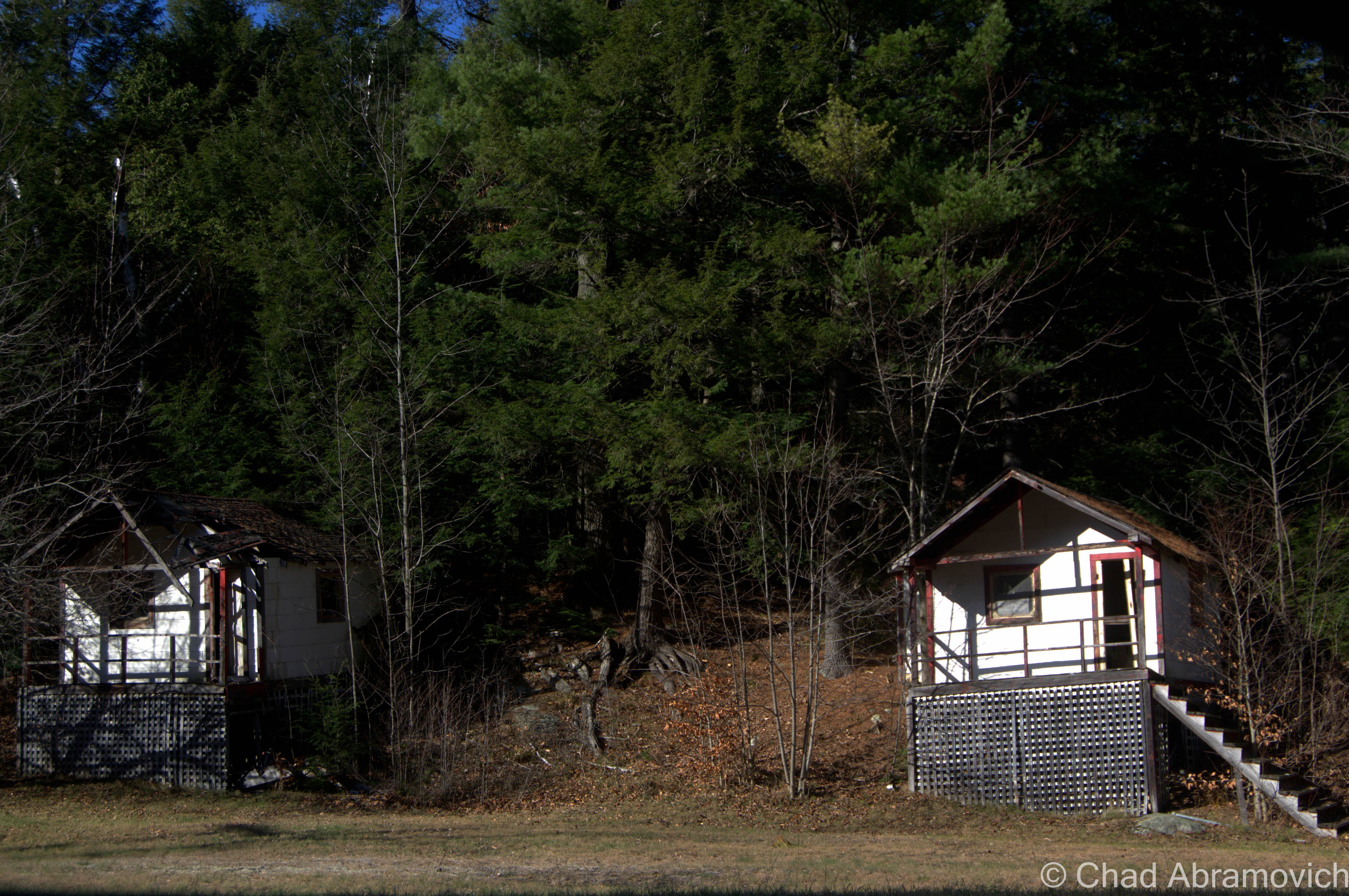
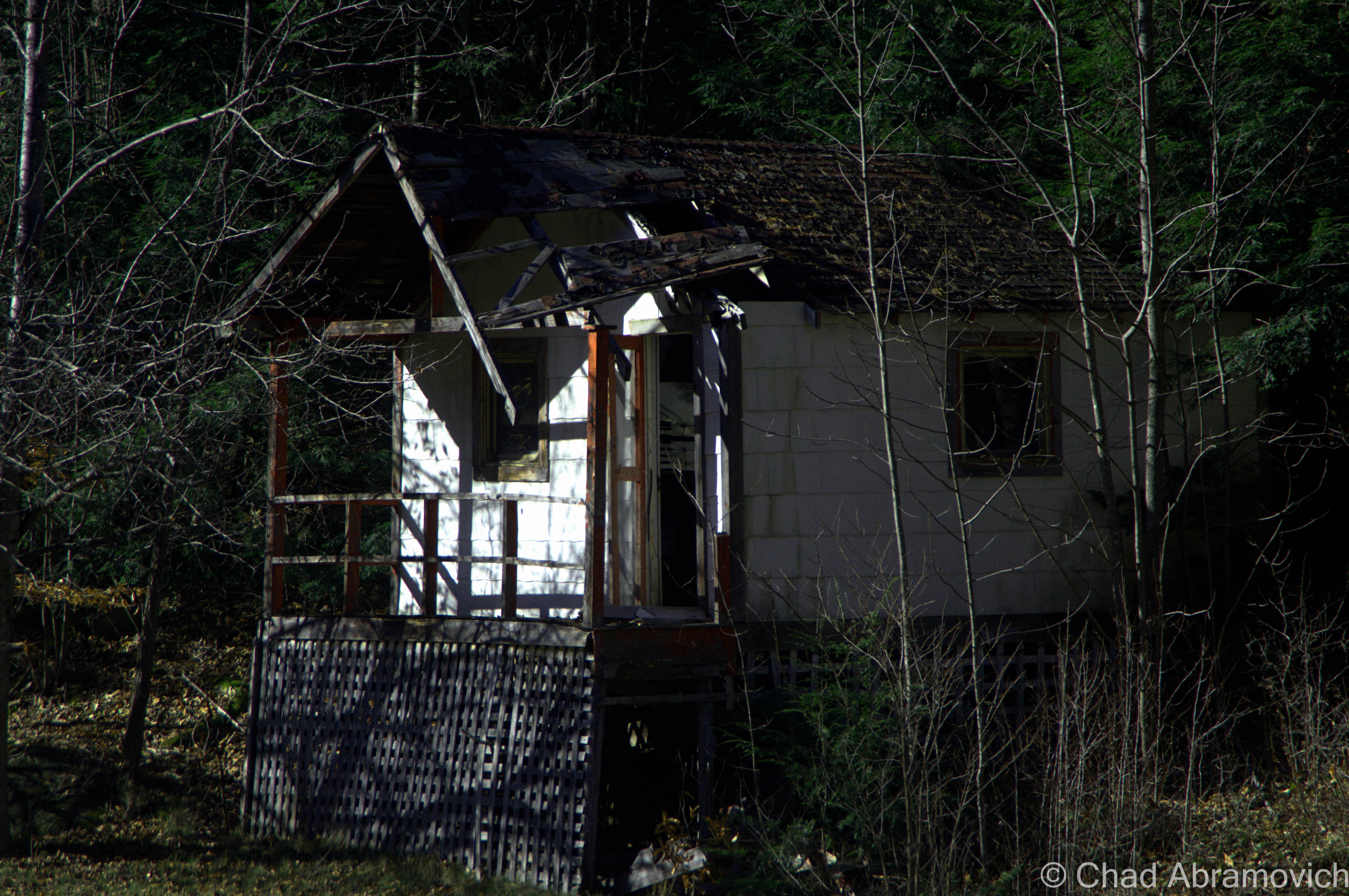
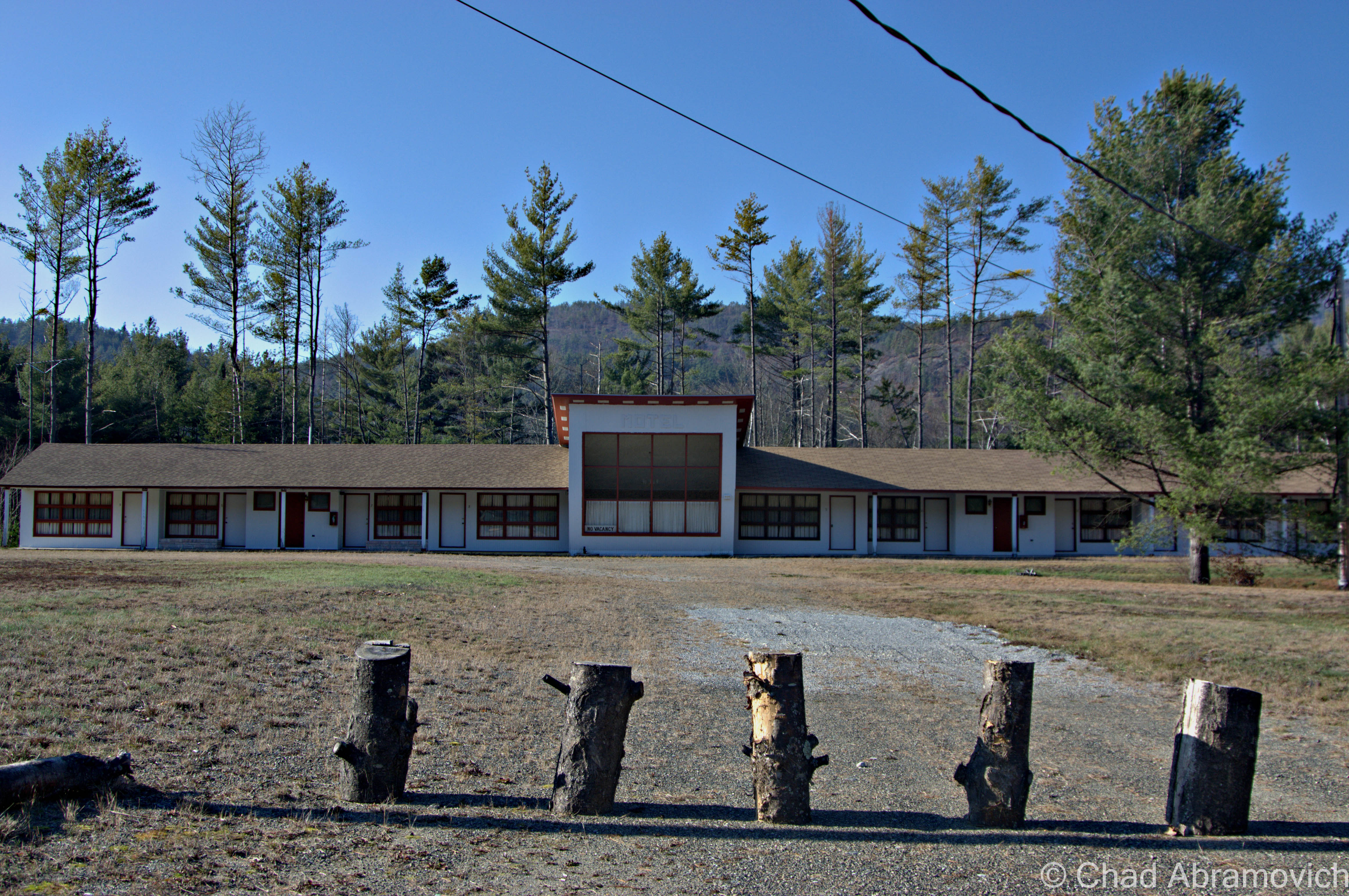
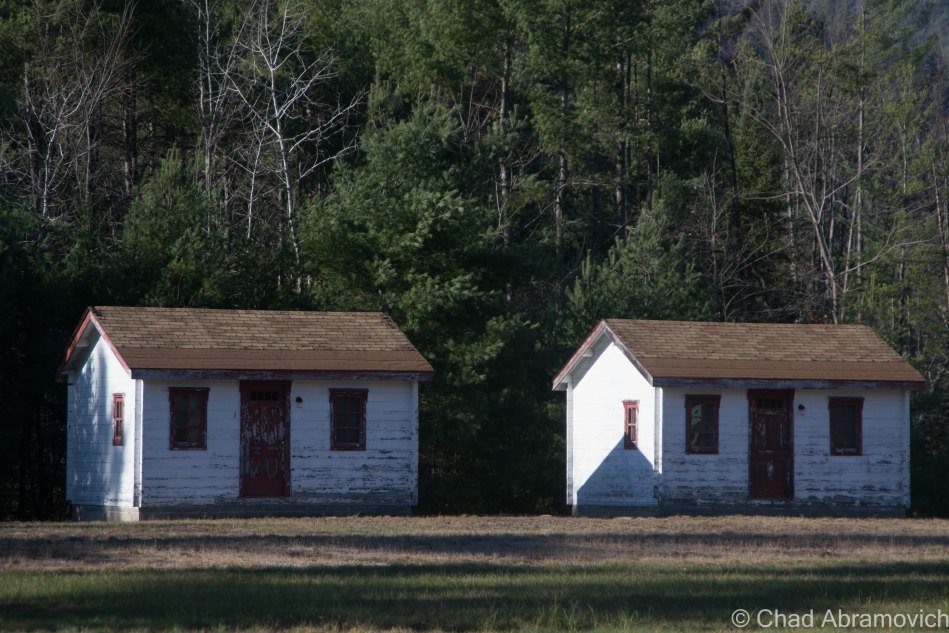
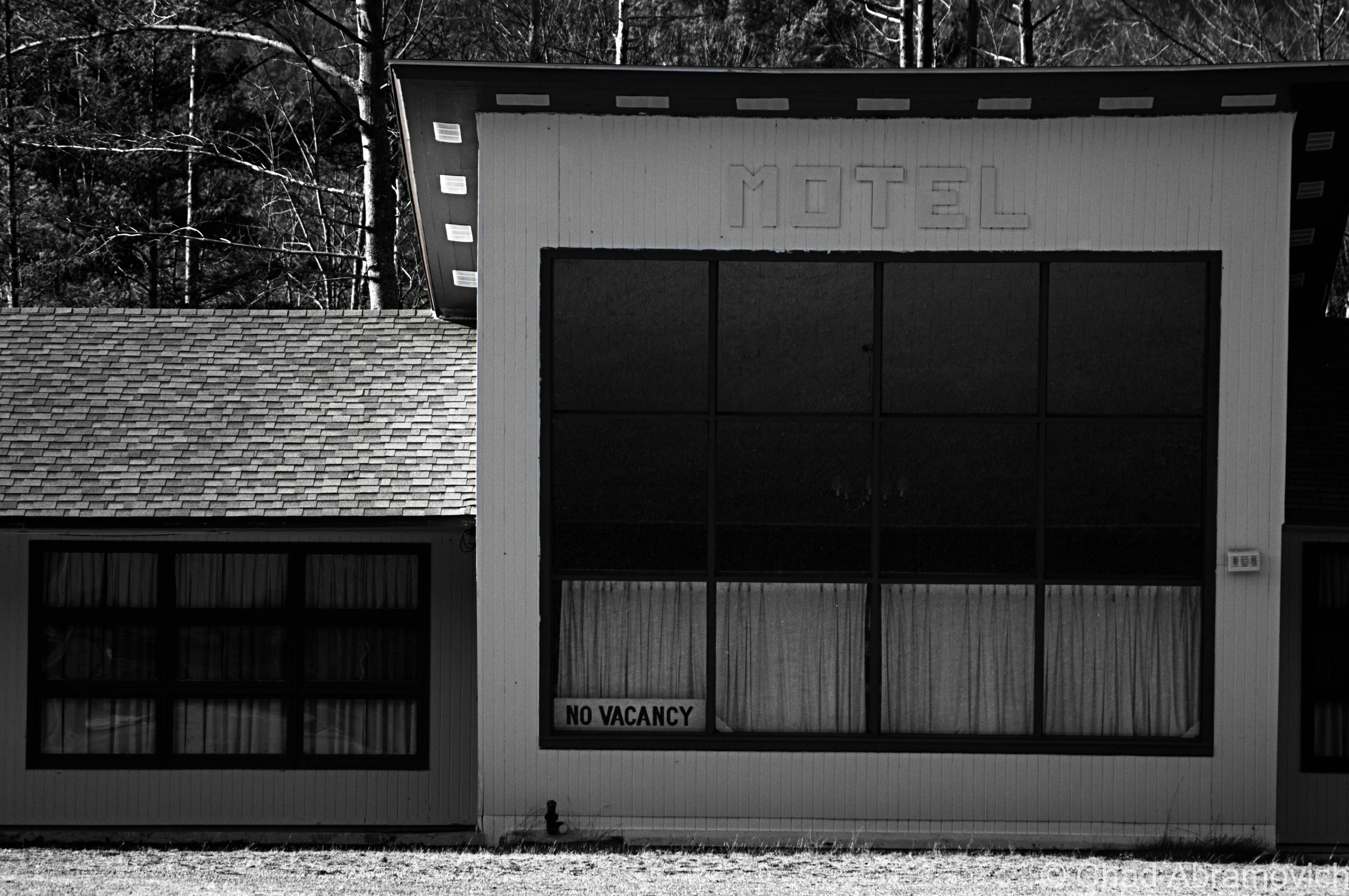
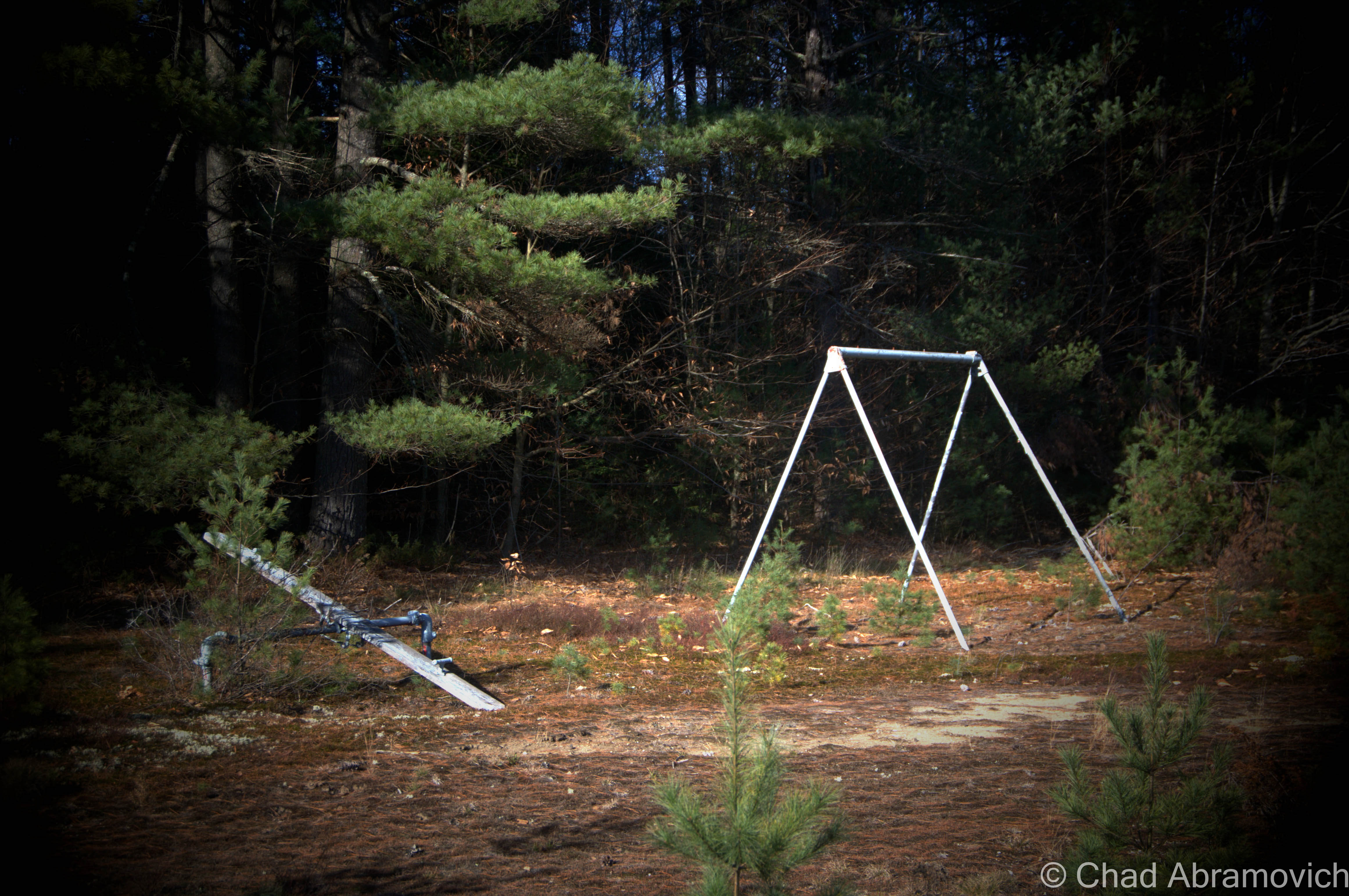
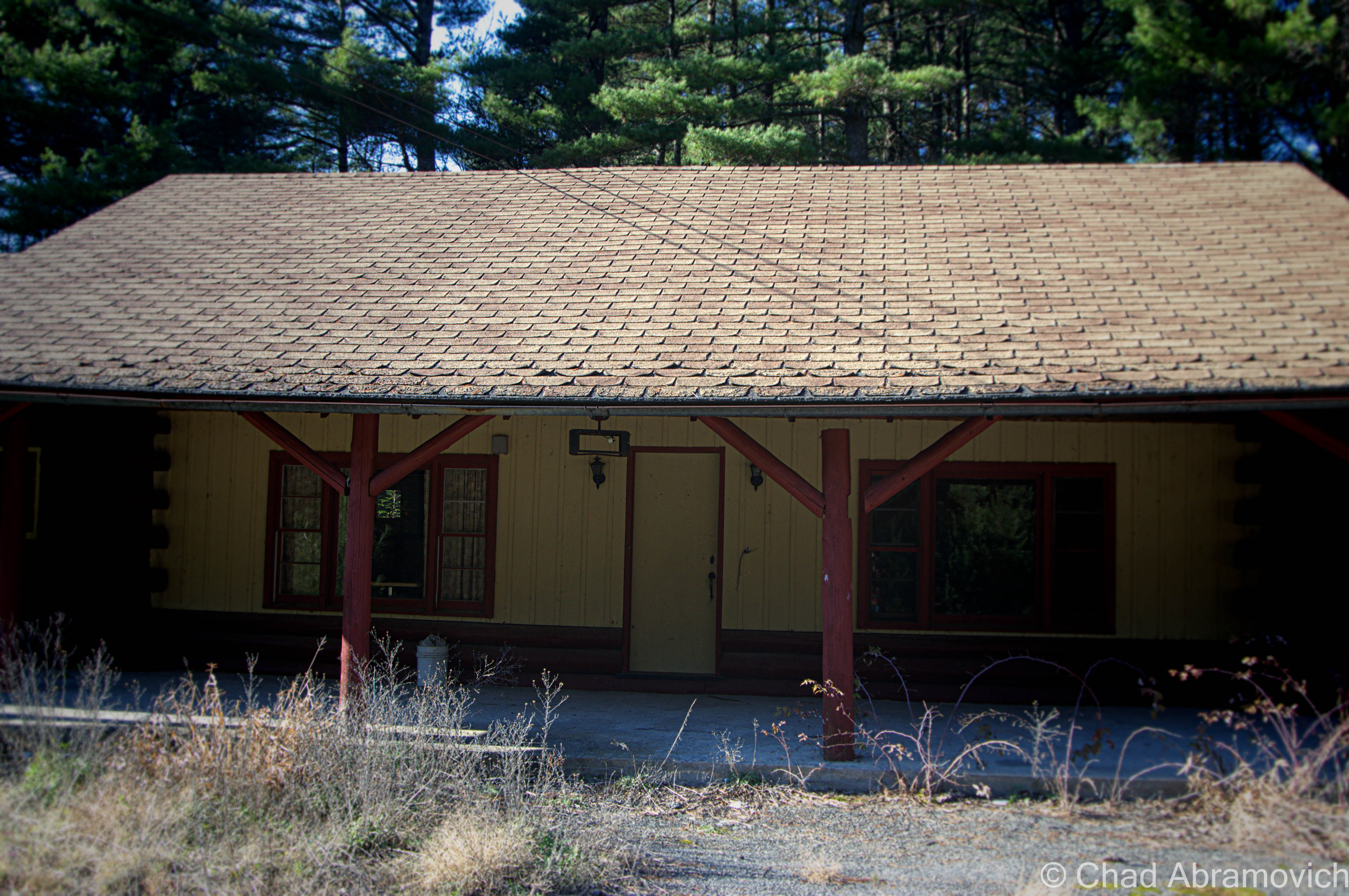
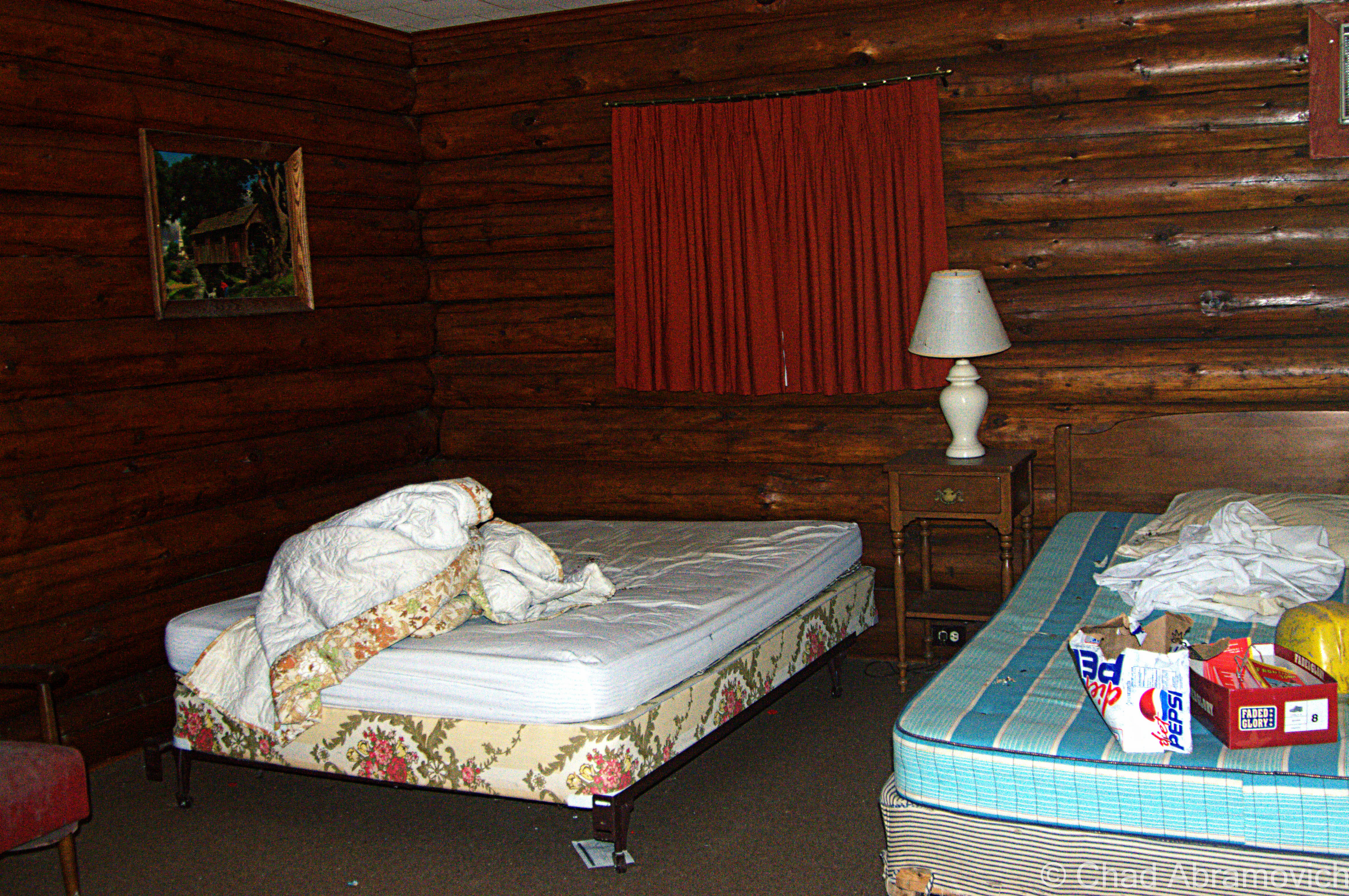

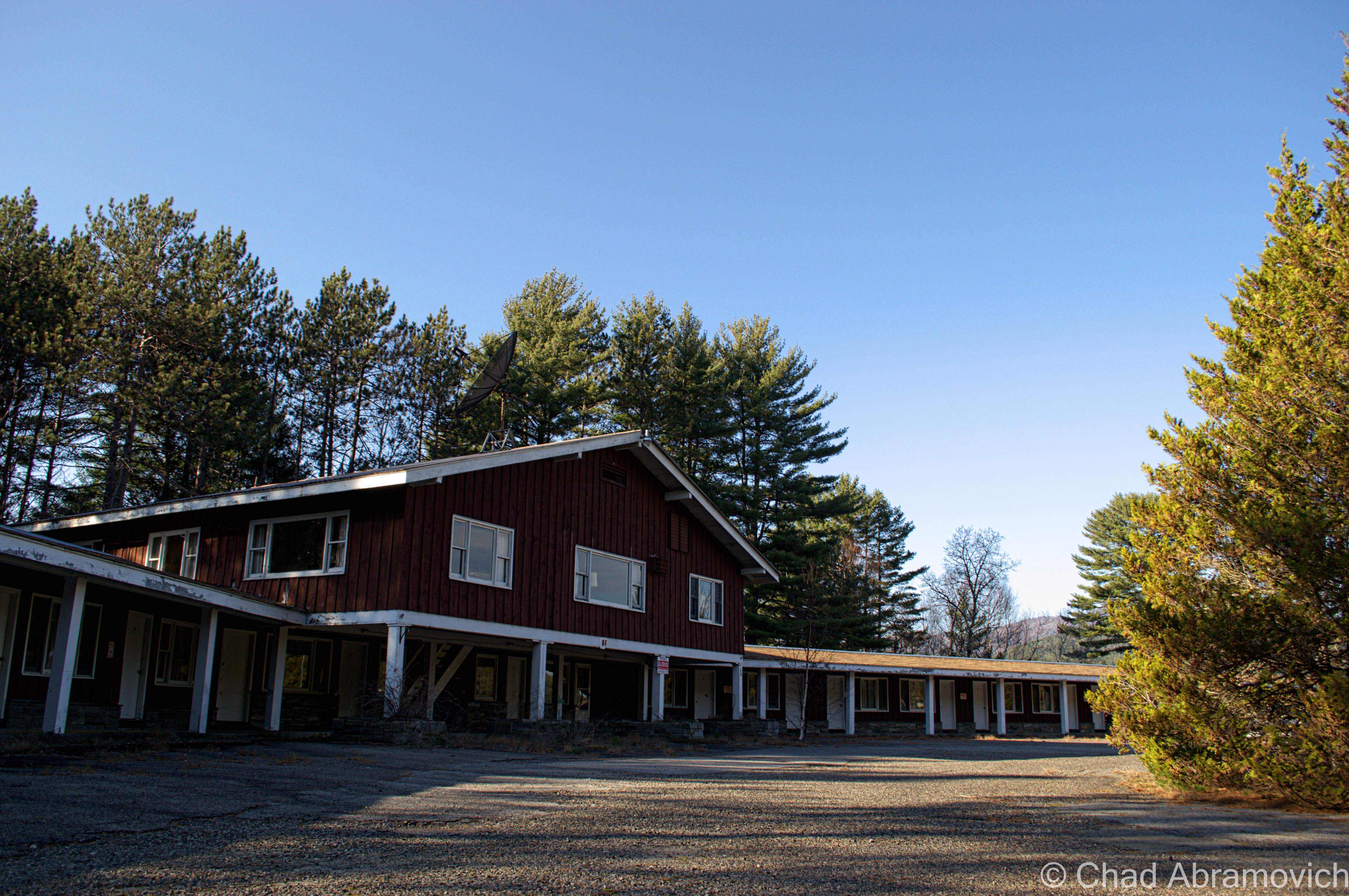
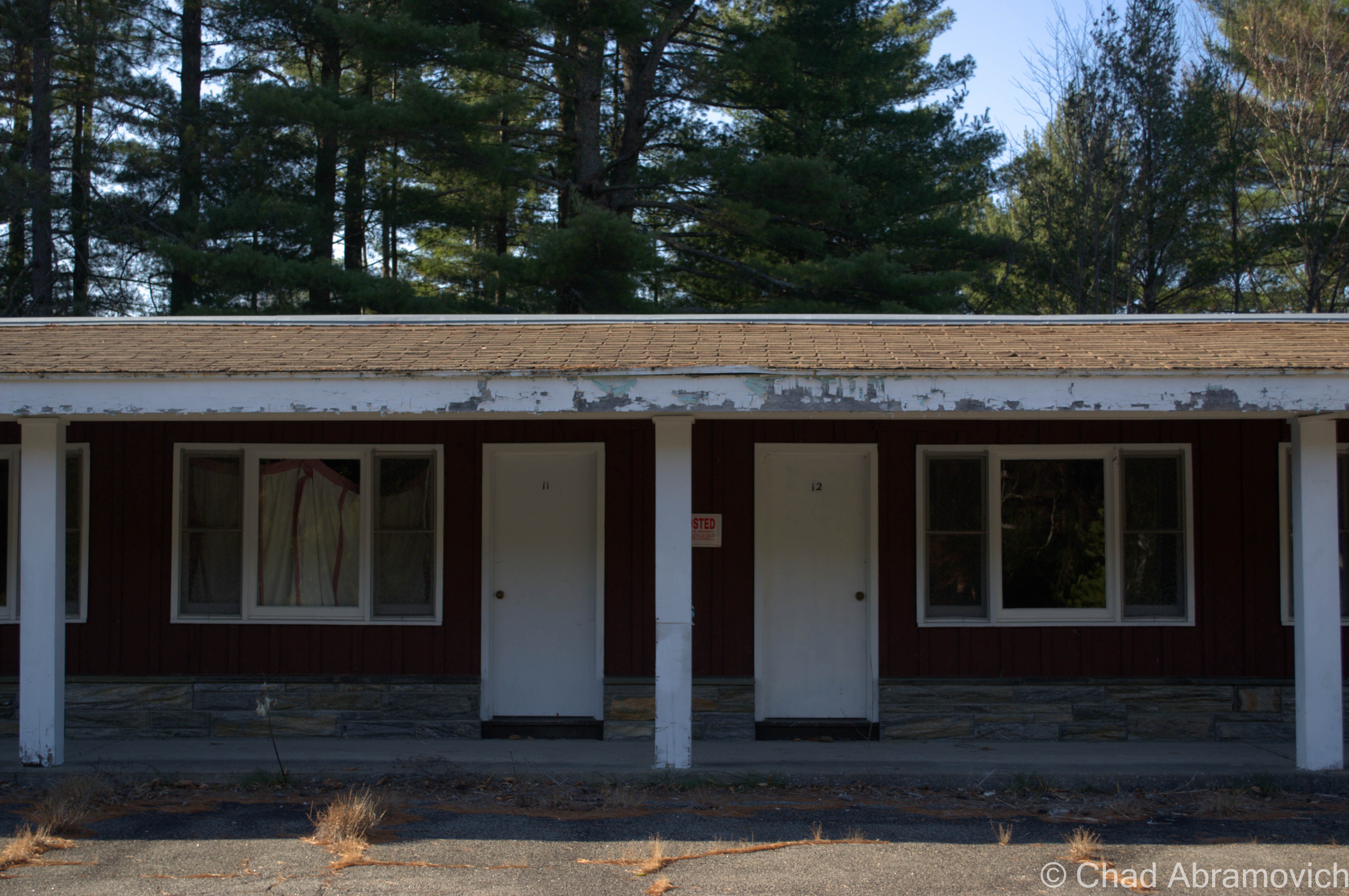
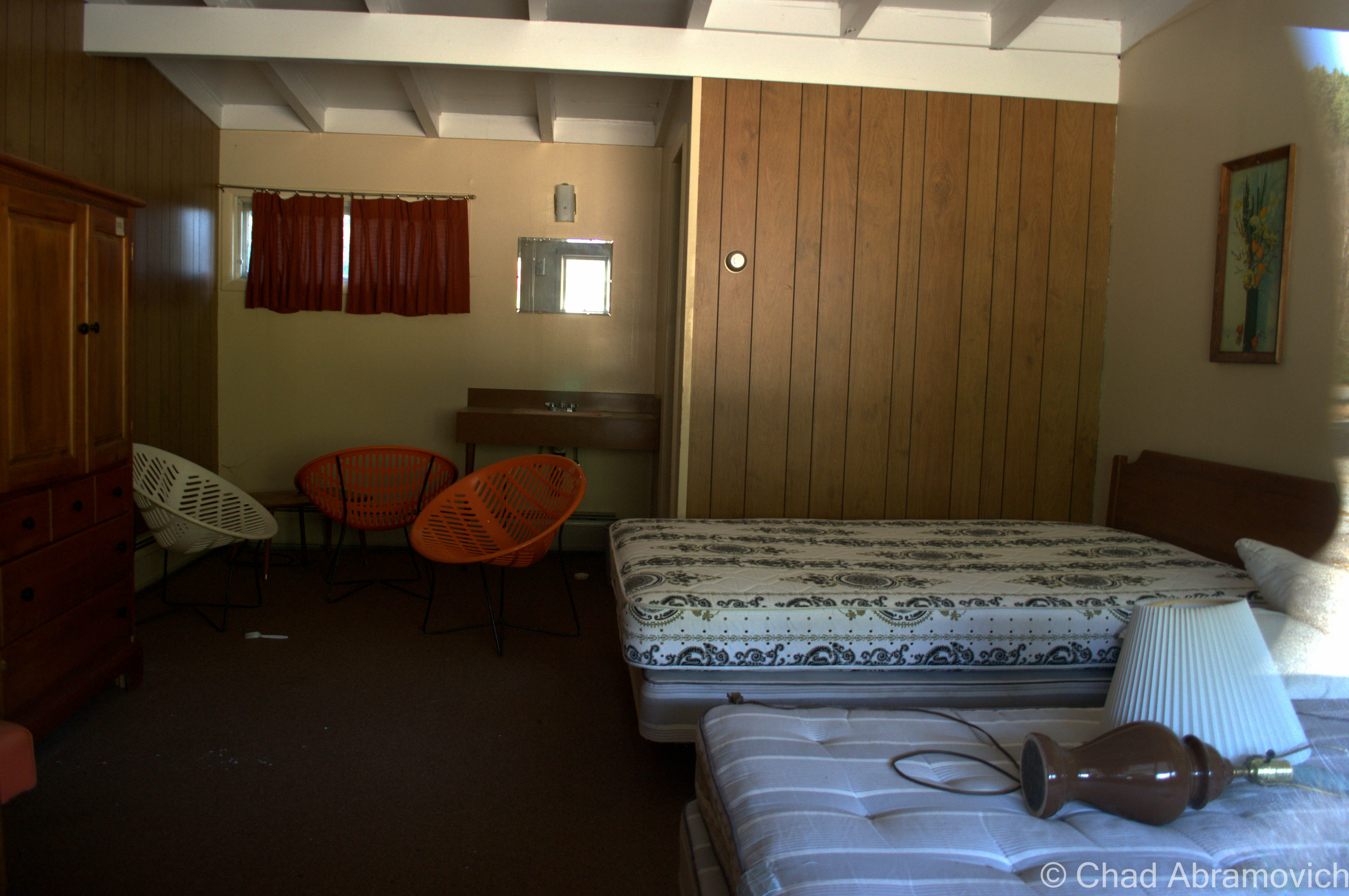
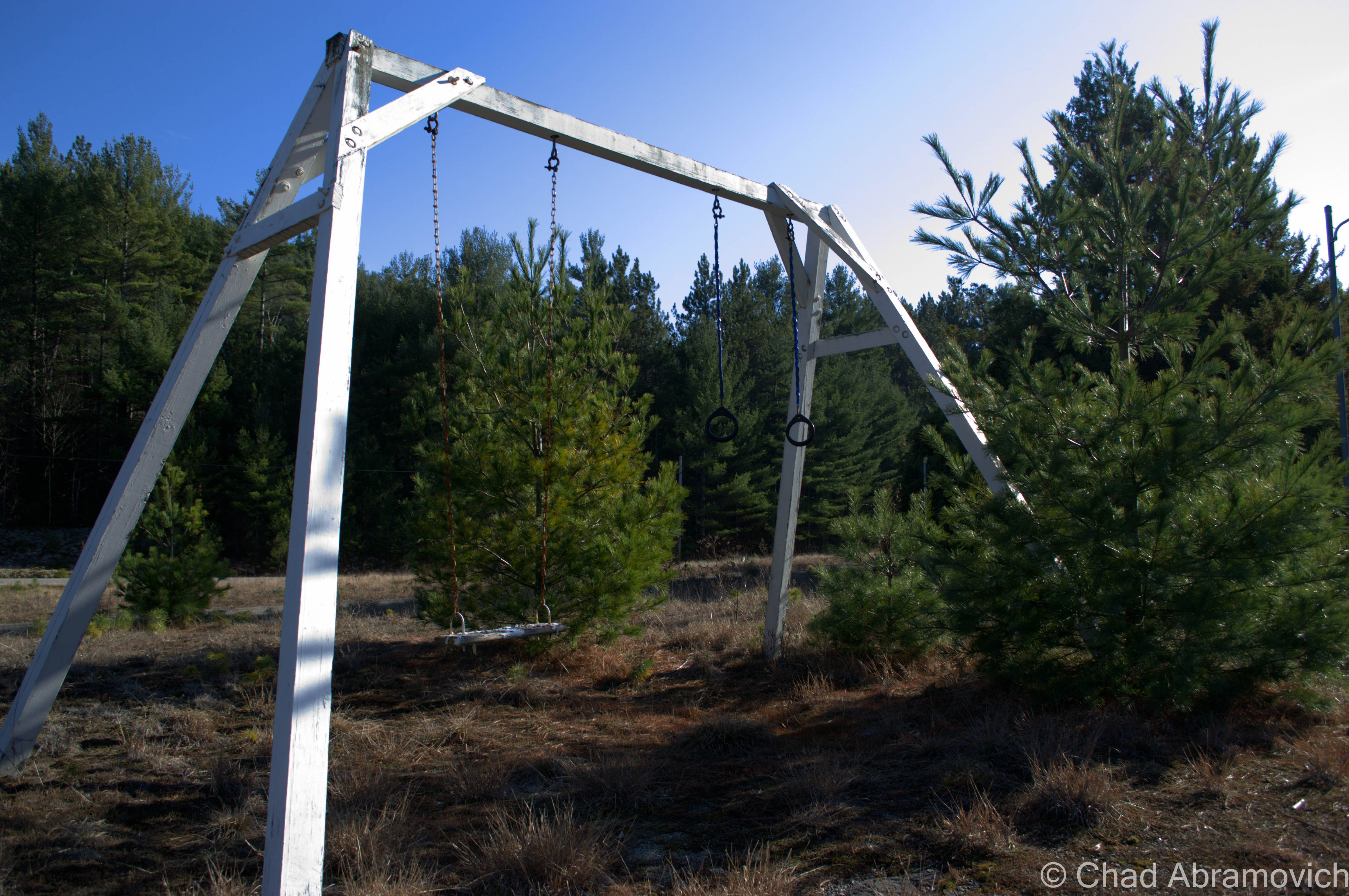
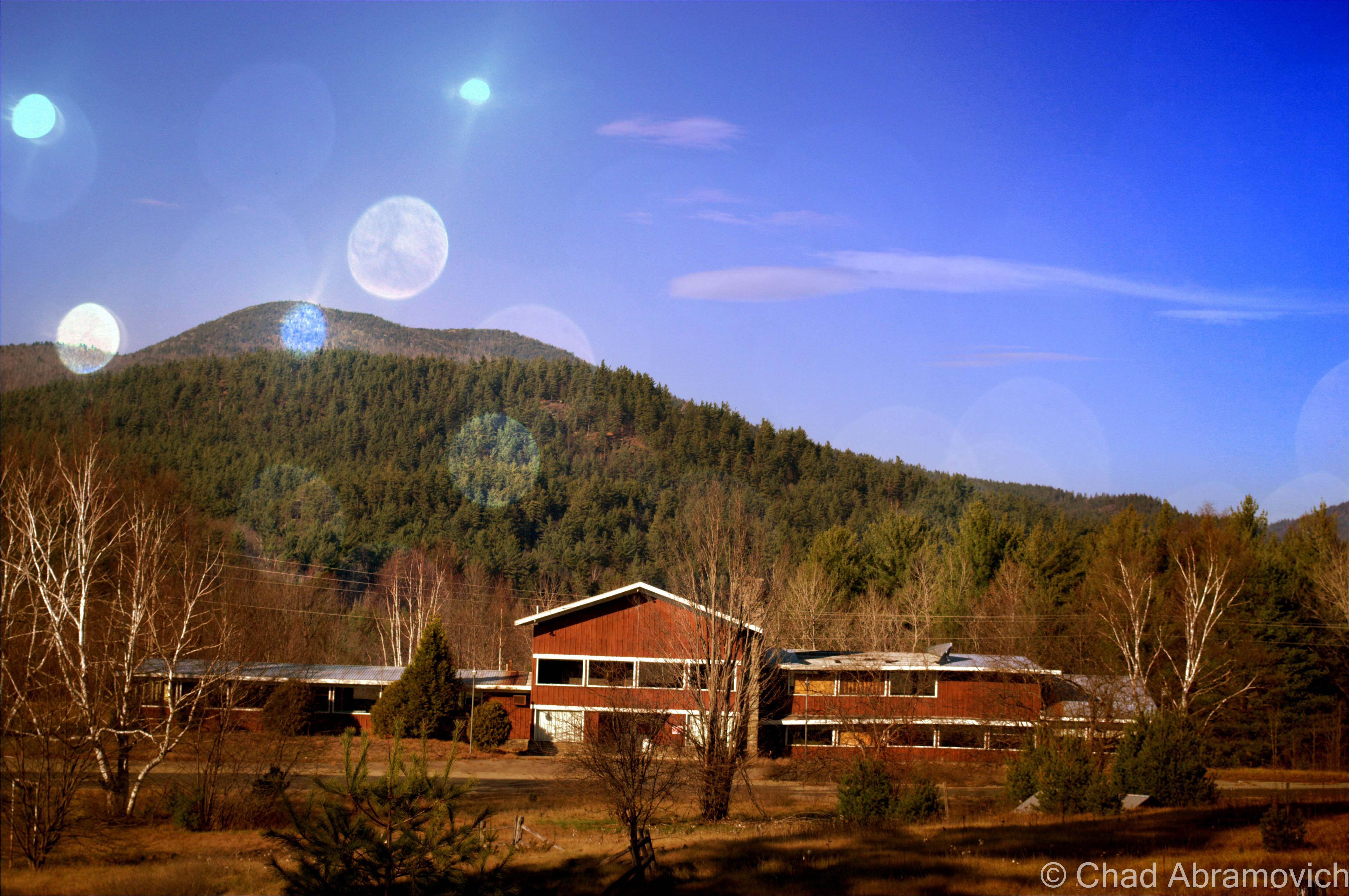
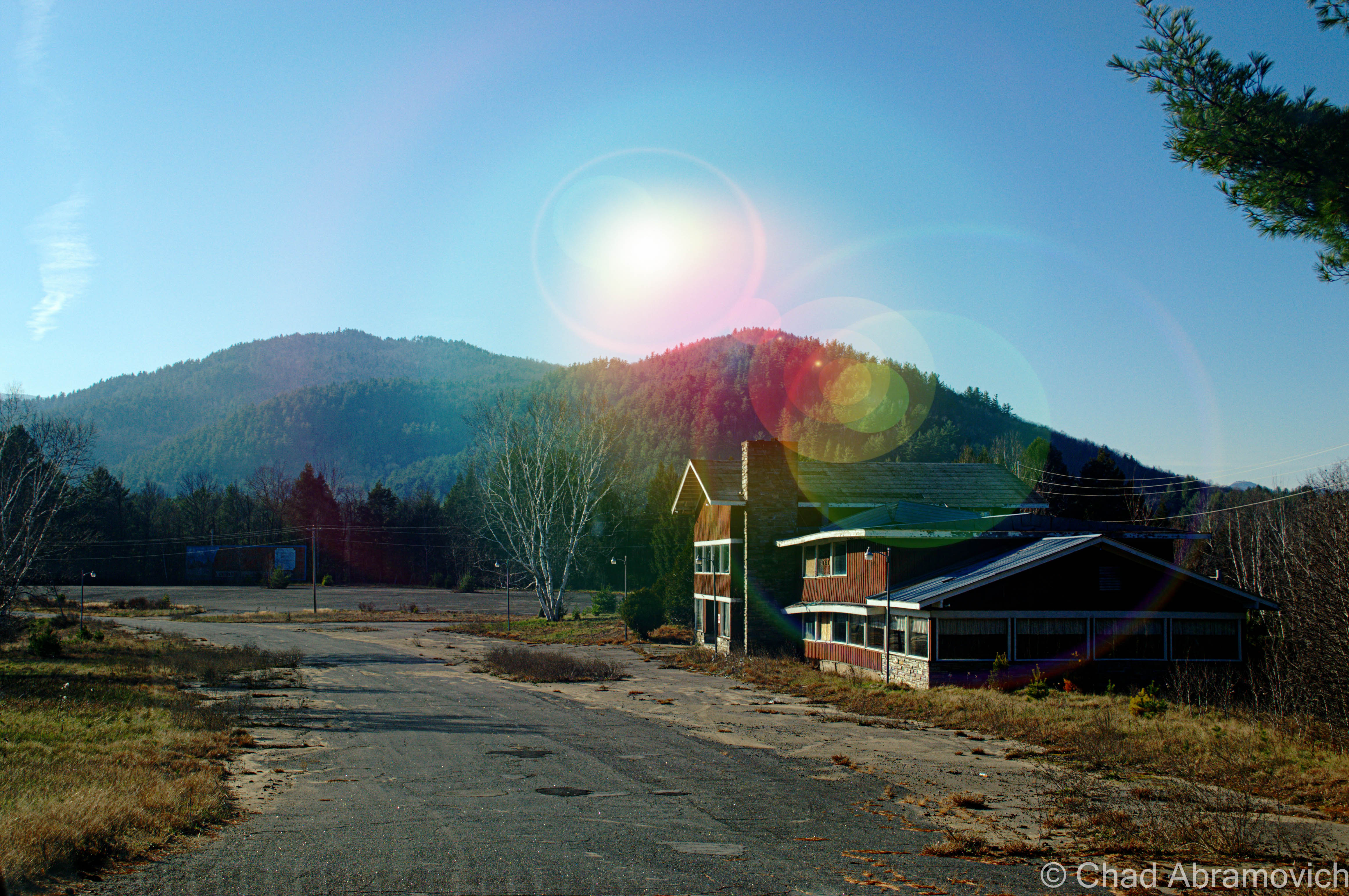
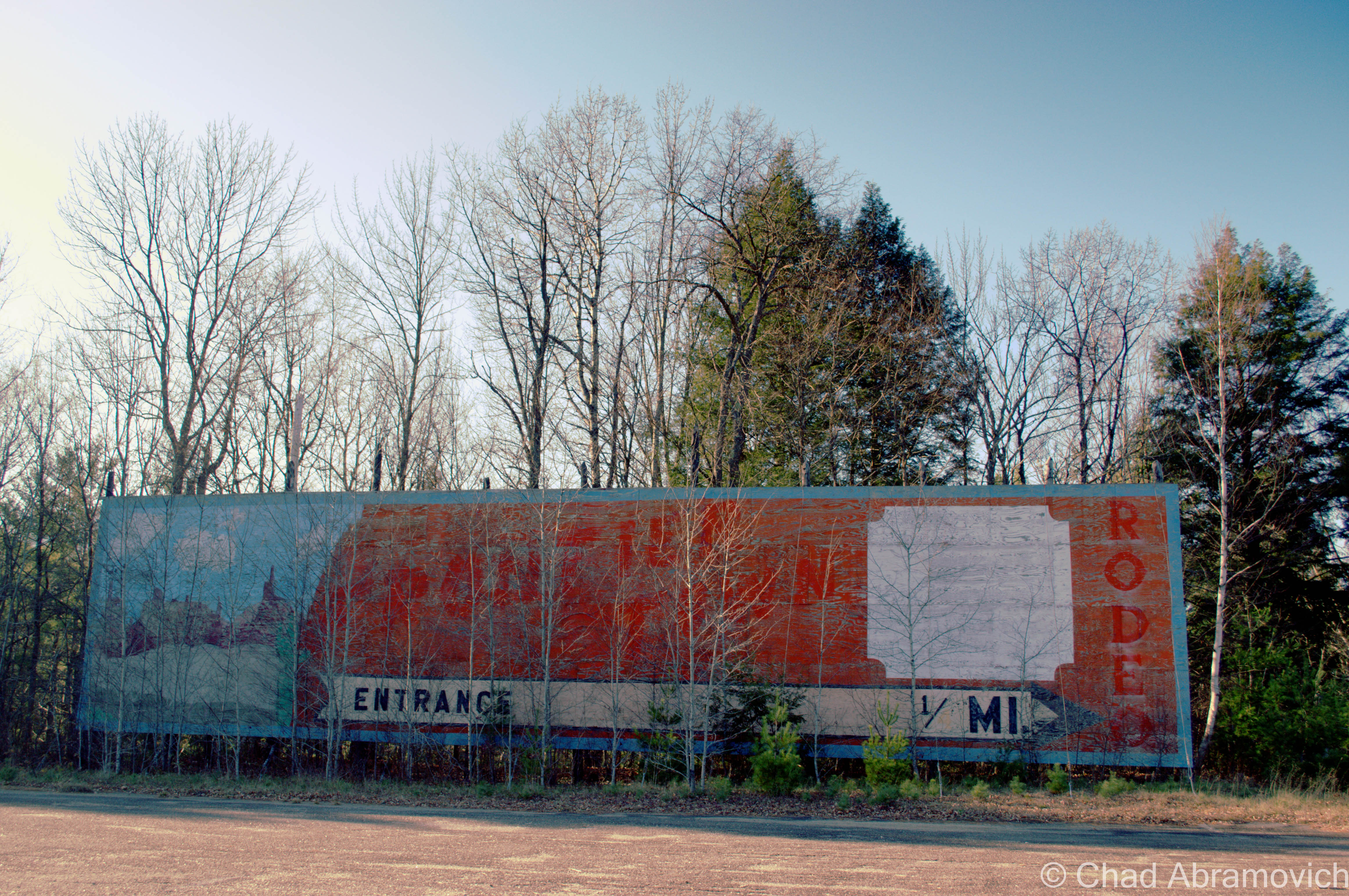 Side Note: There is a ghost town in the mountains behind Frontier Town. If you’re curious, click on
Side Note: There is a ghost town in the mountains behind Frontier Town. If you’re curious, click on 